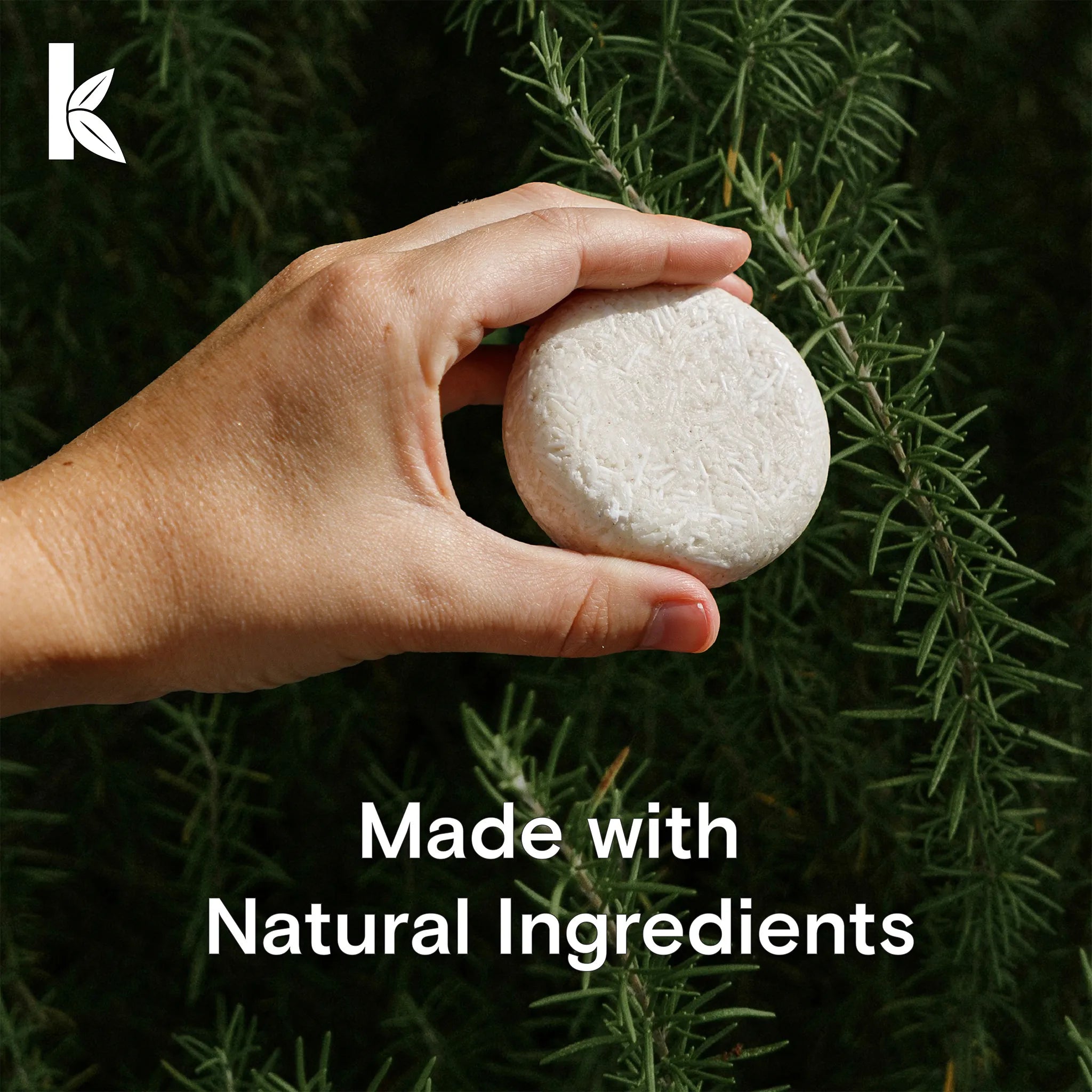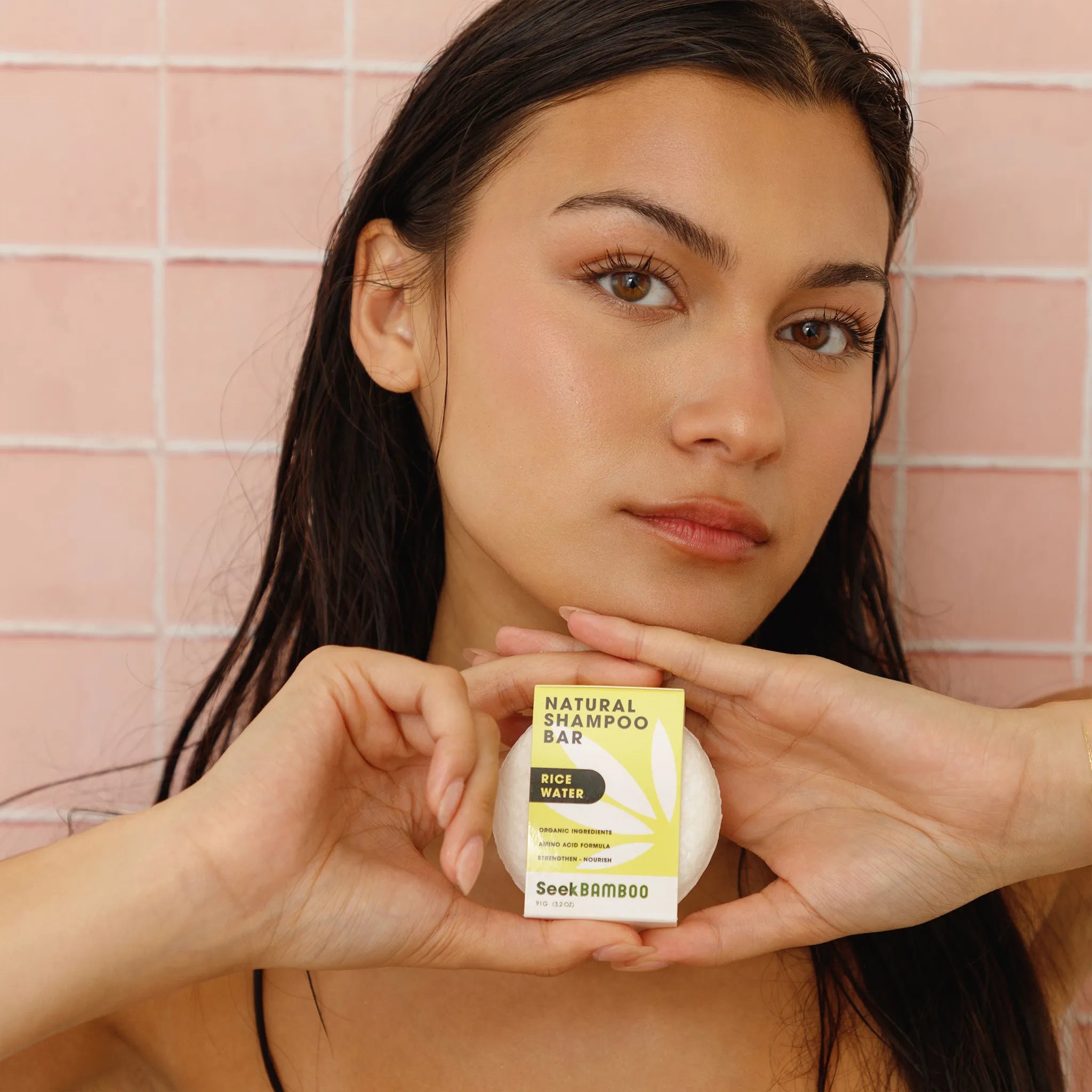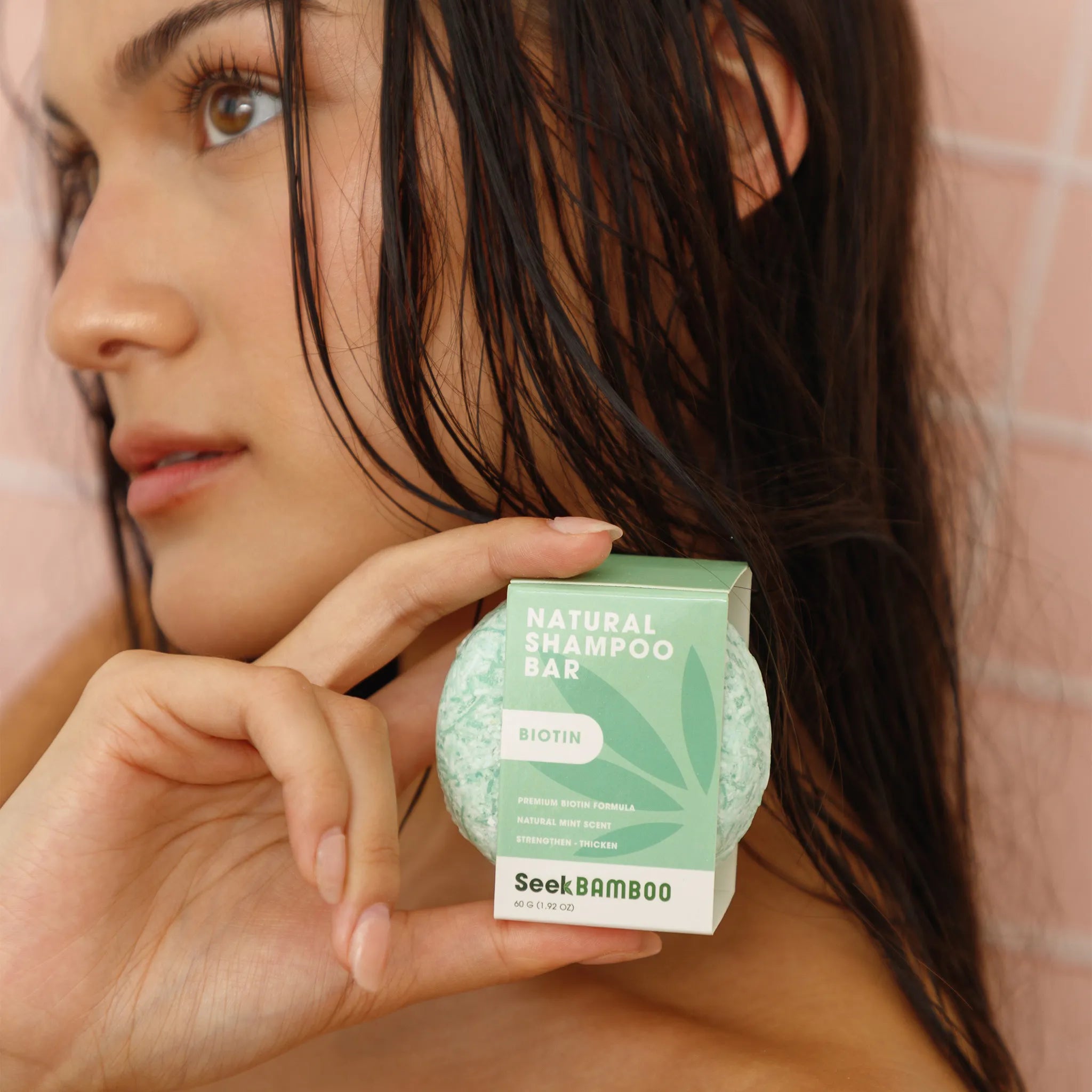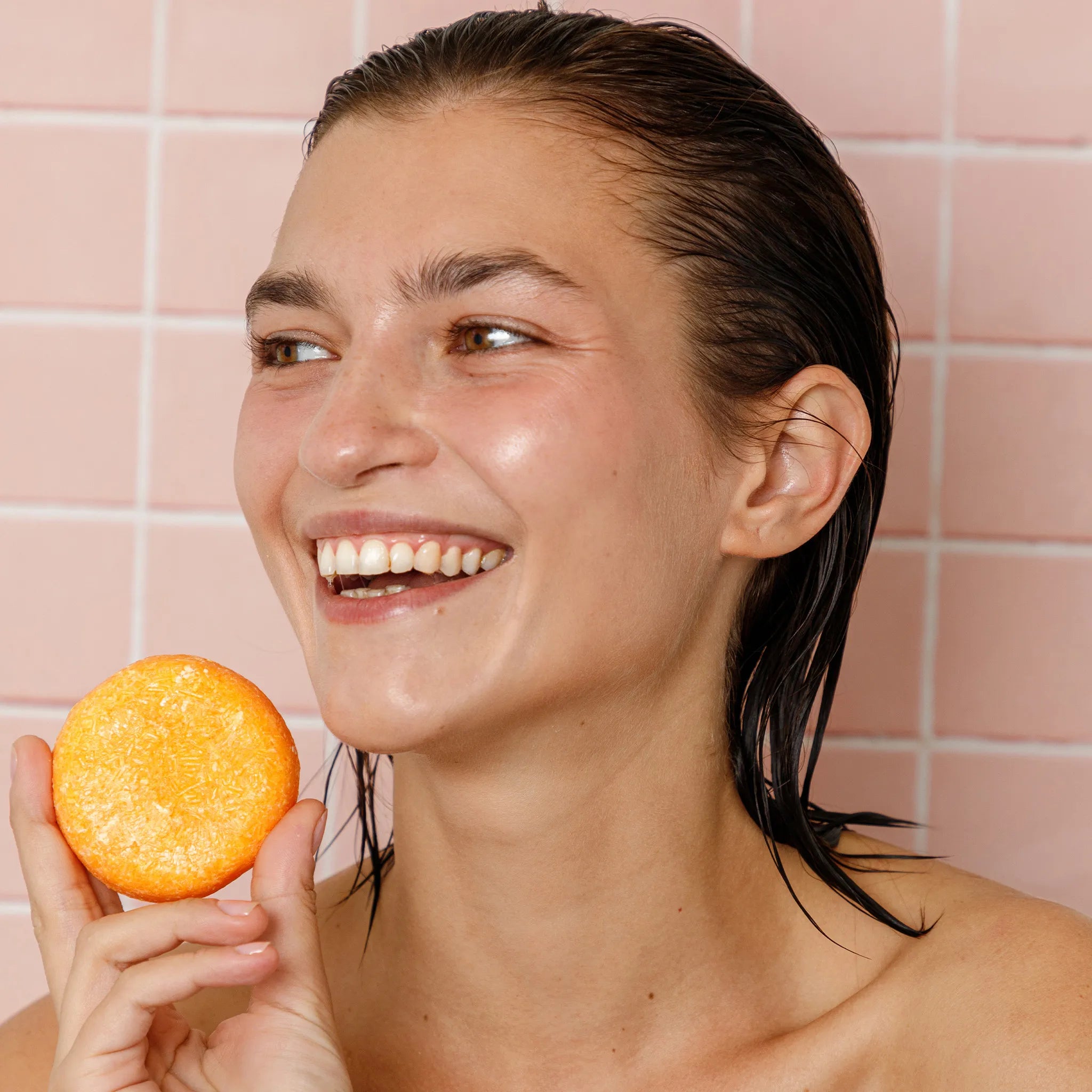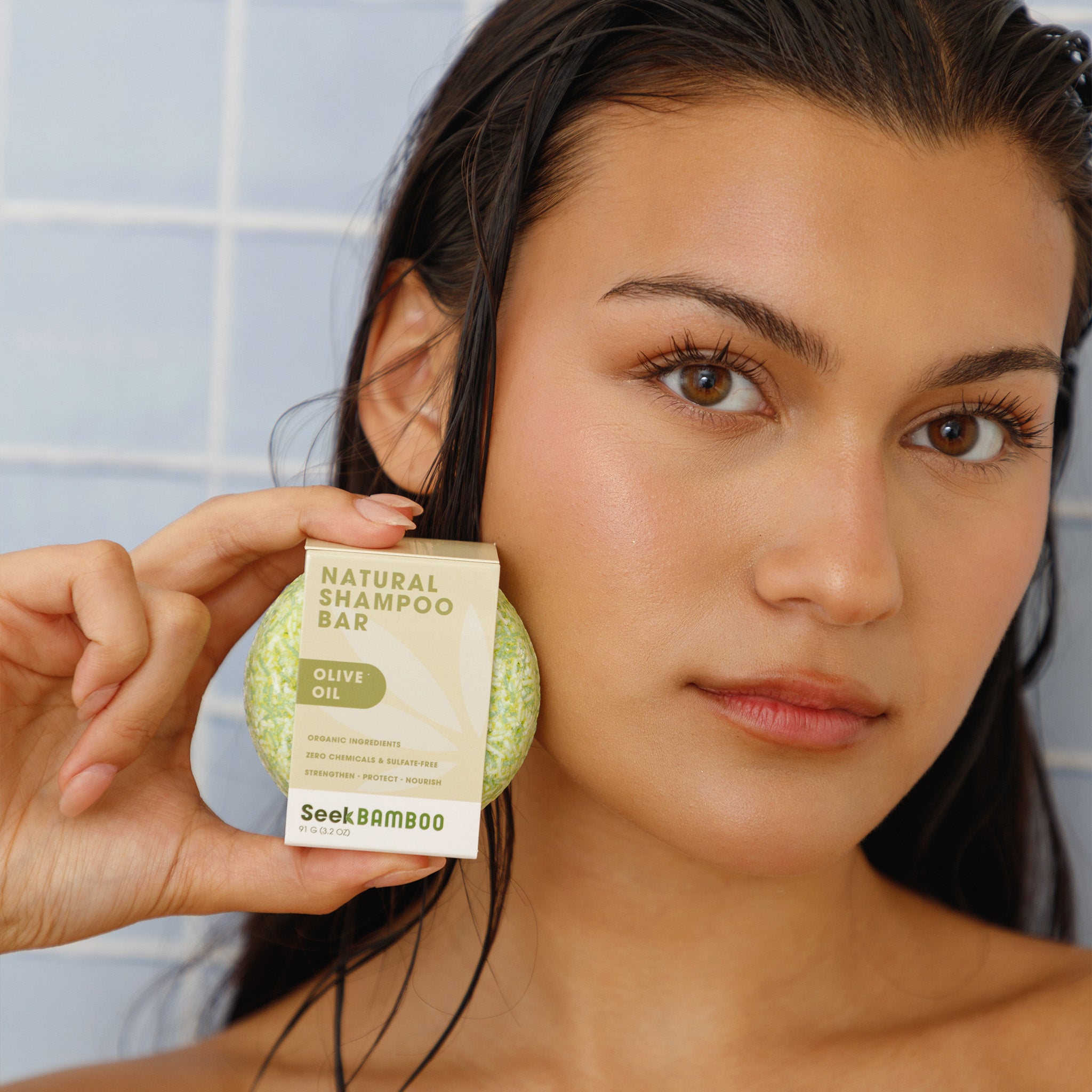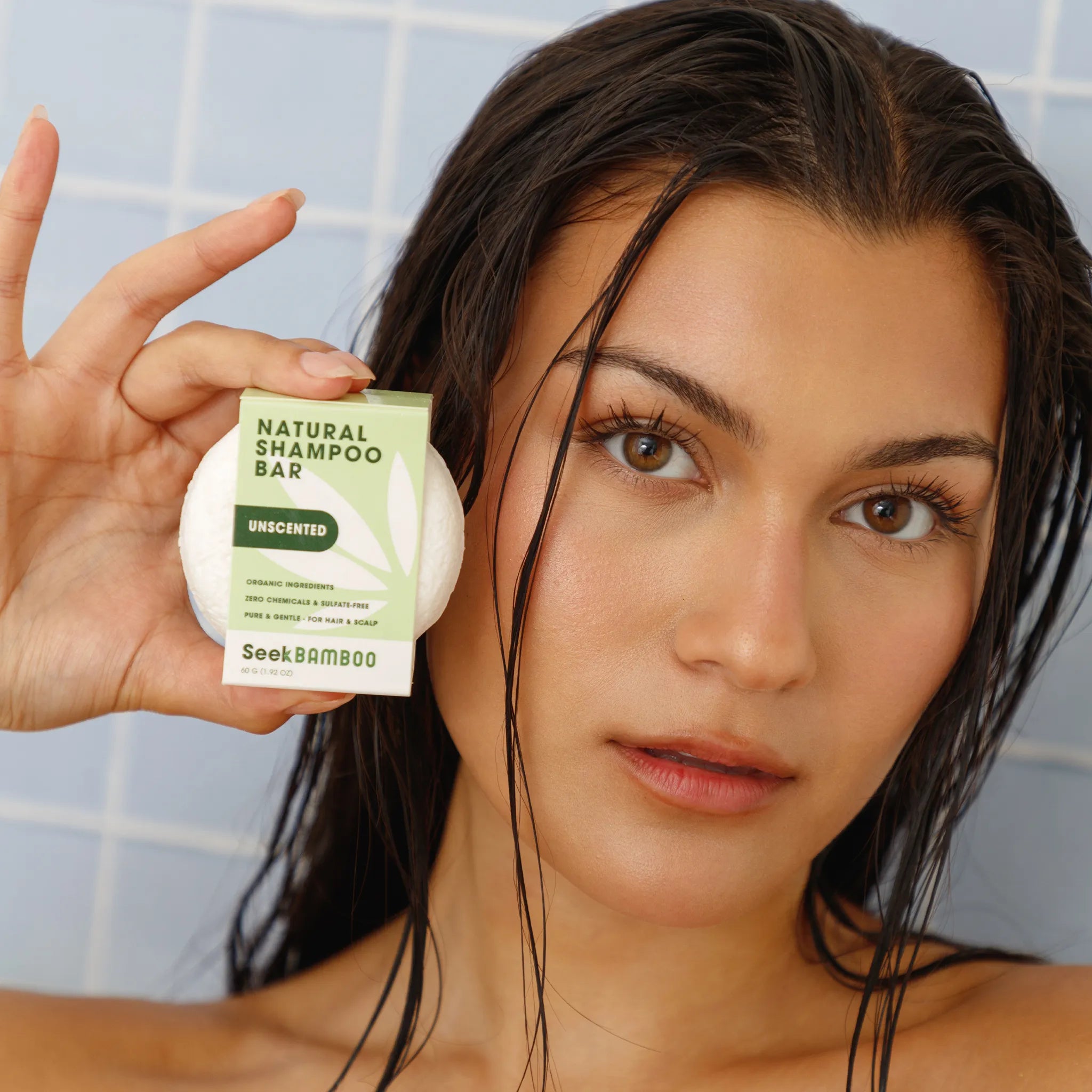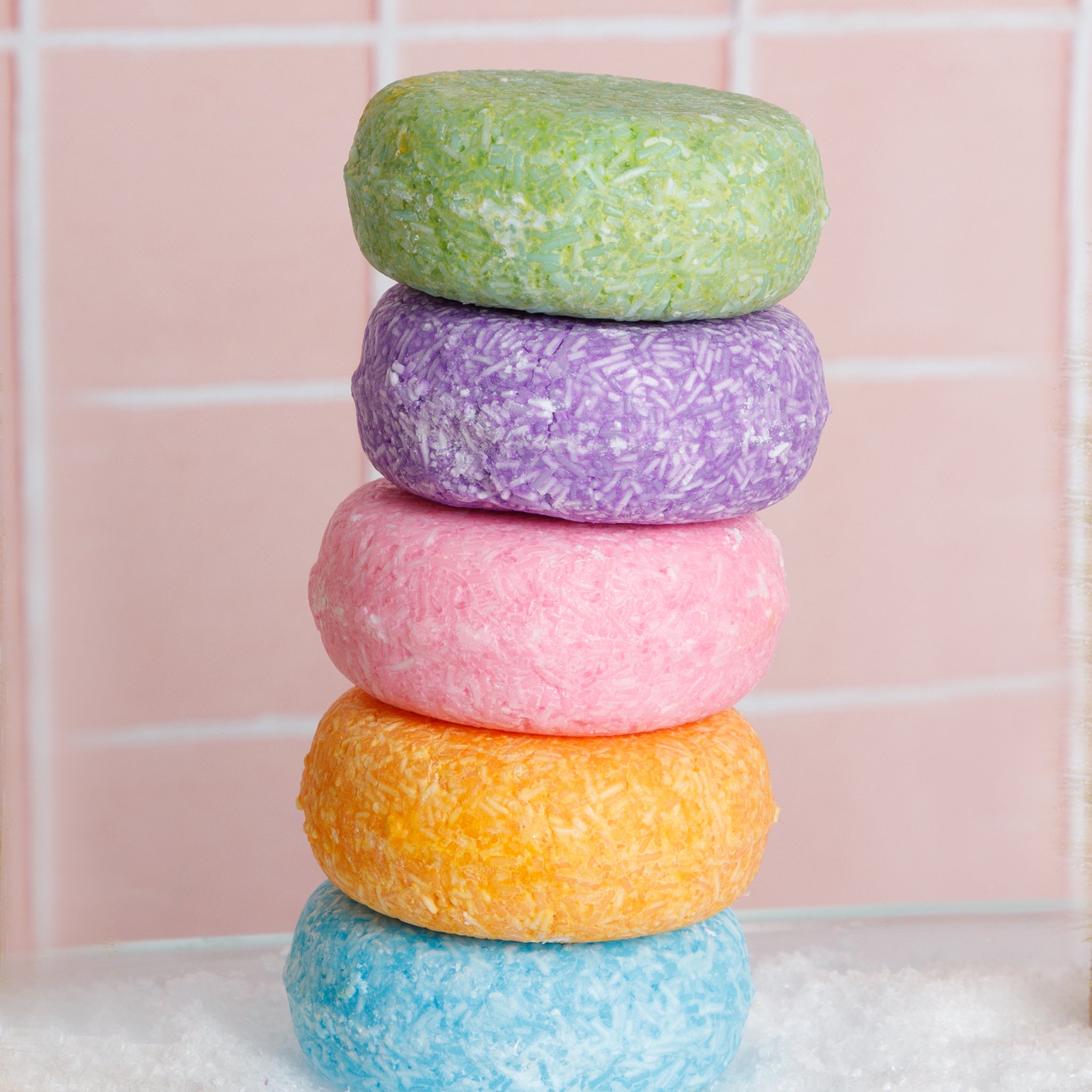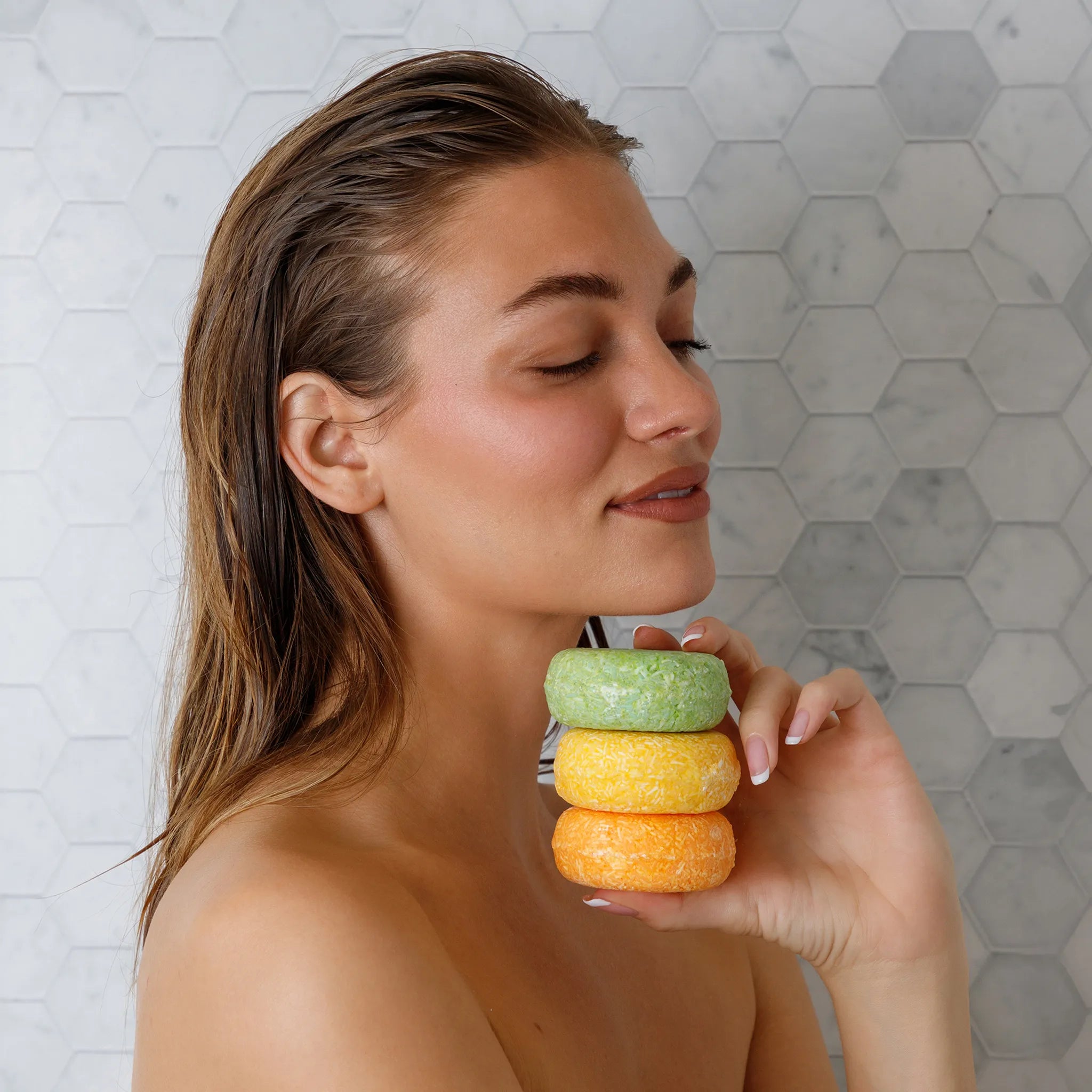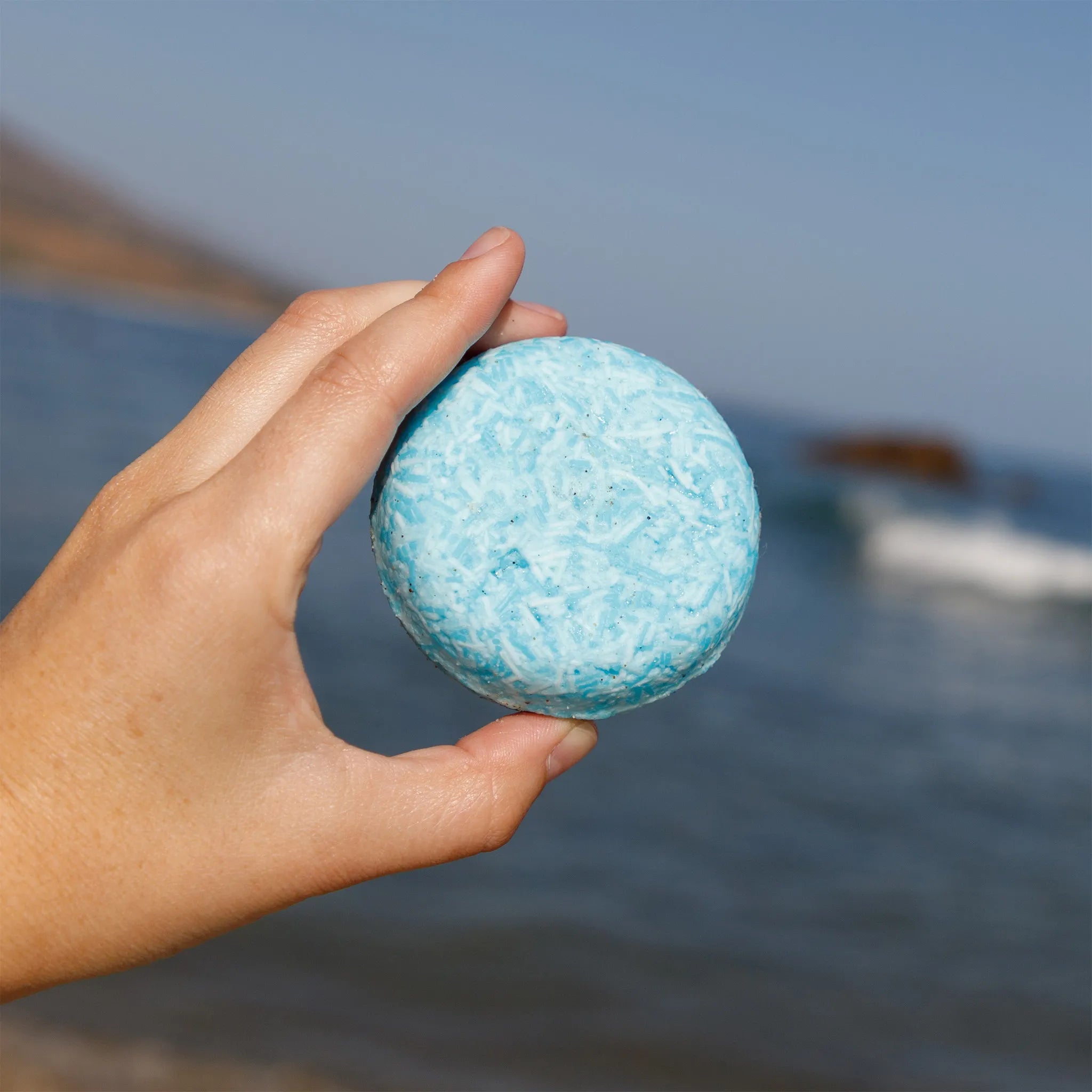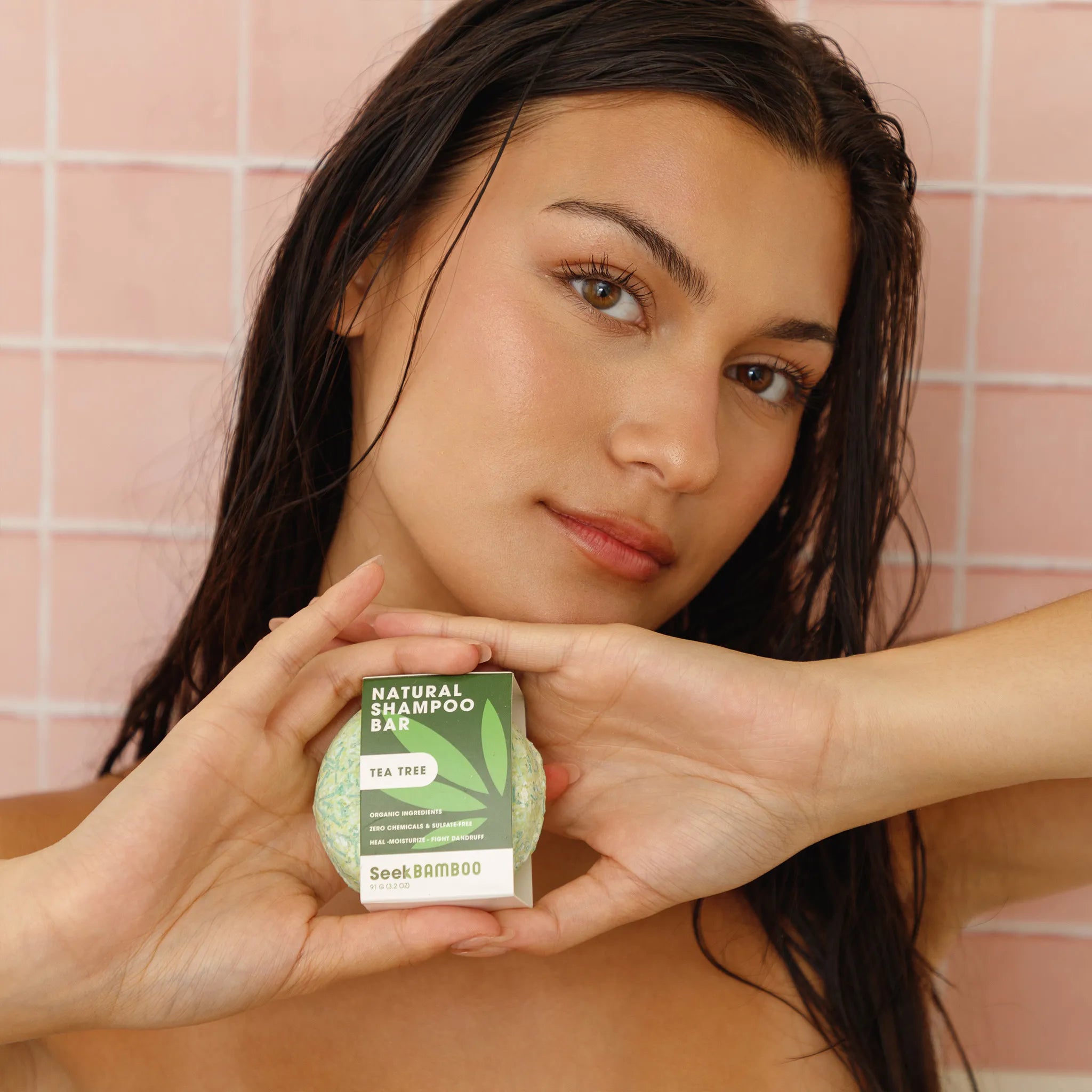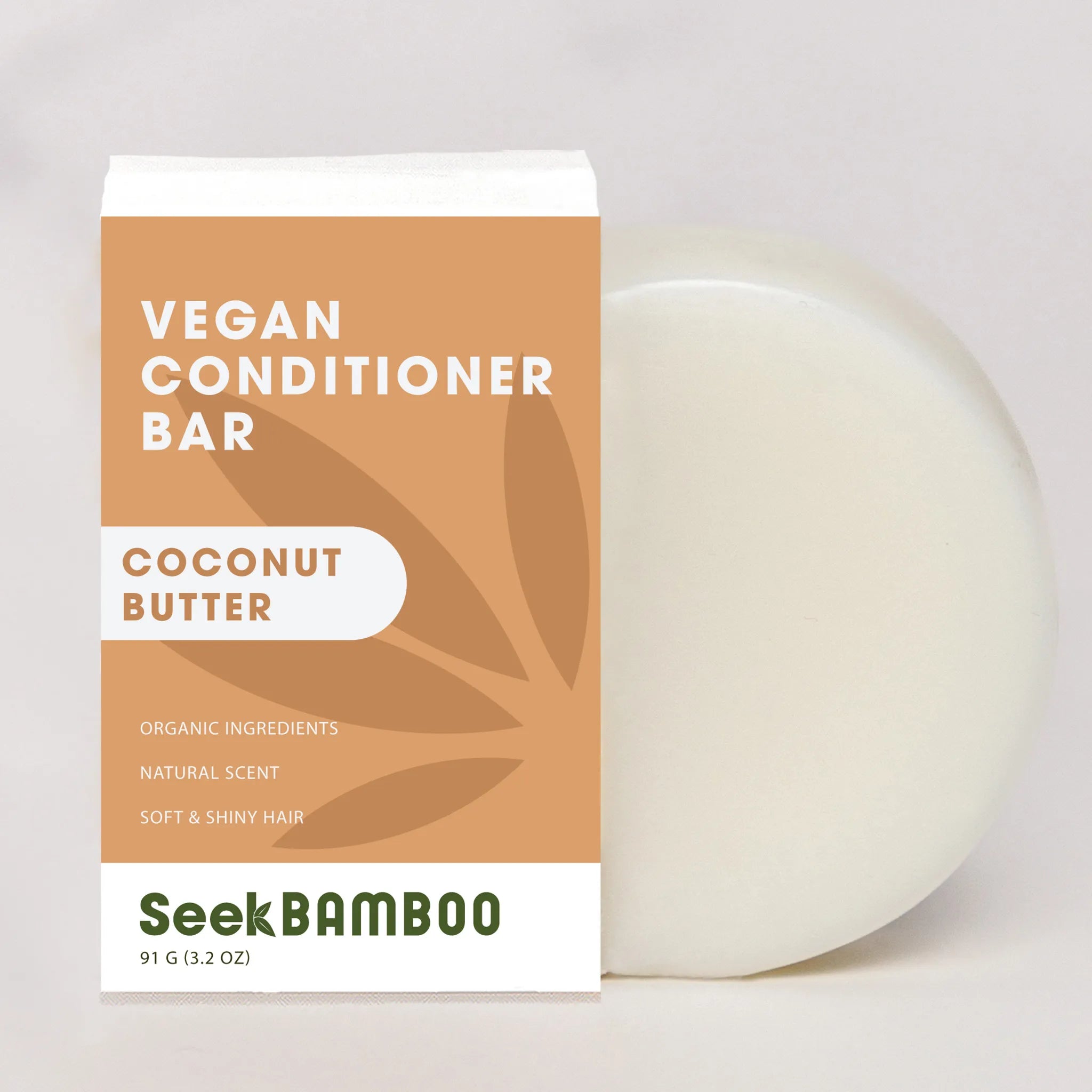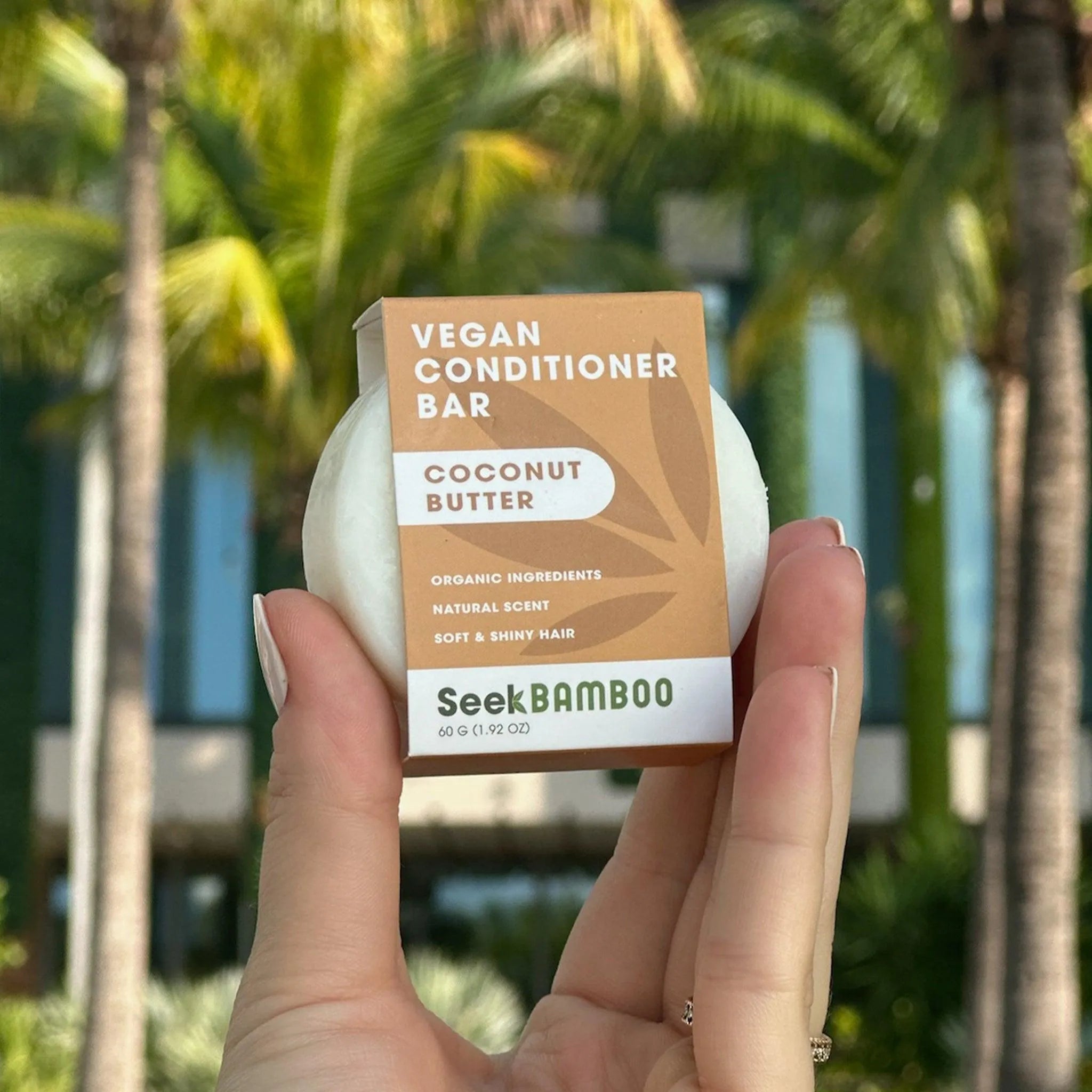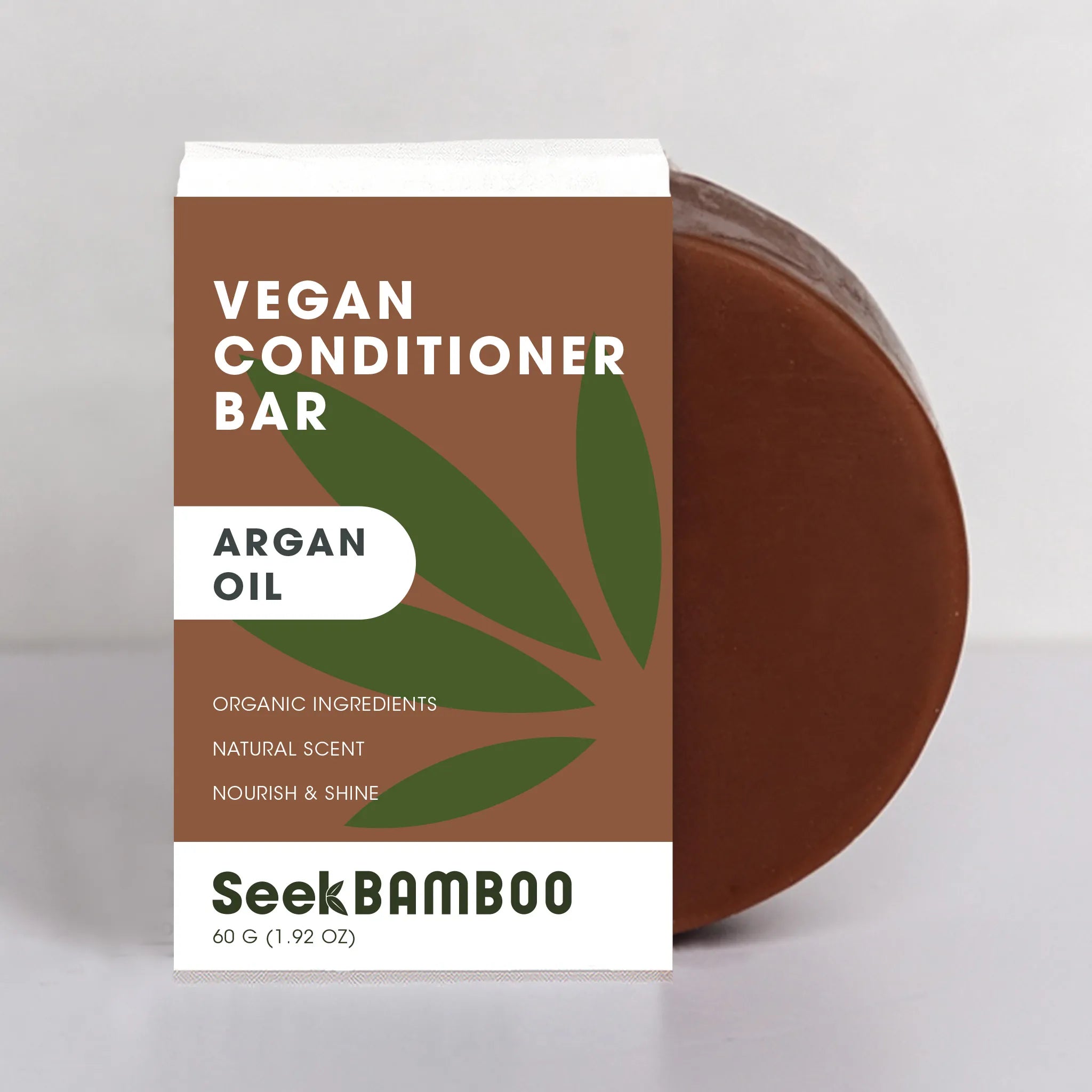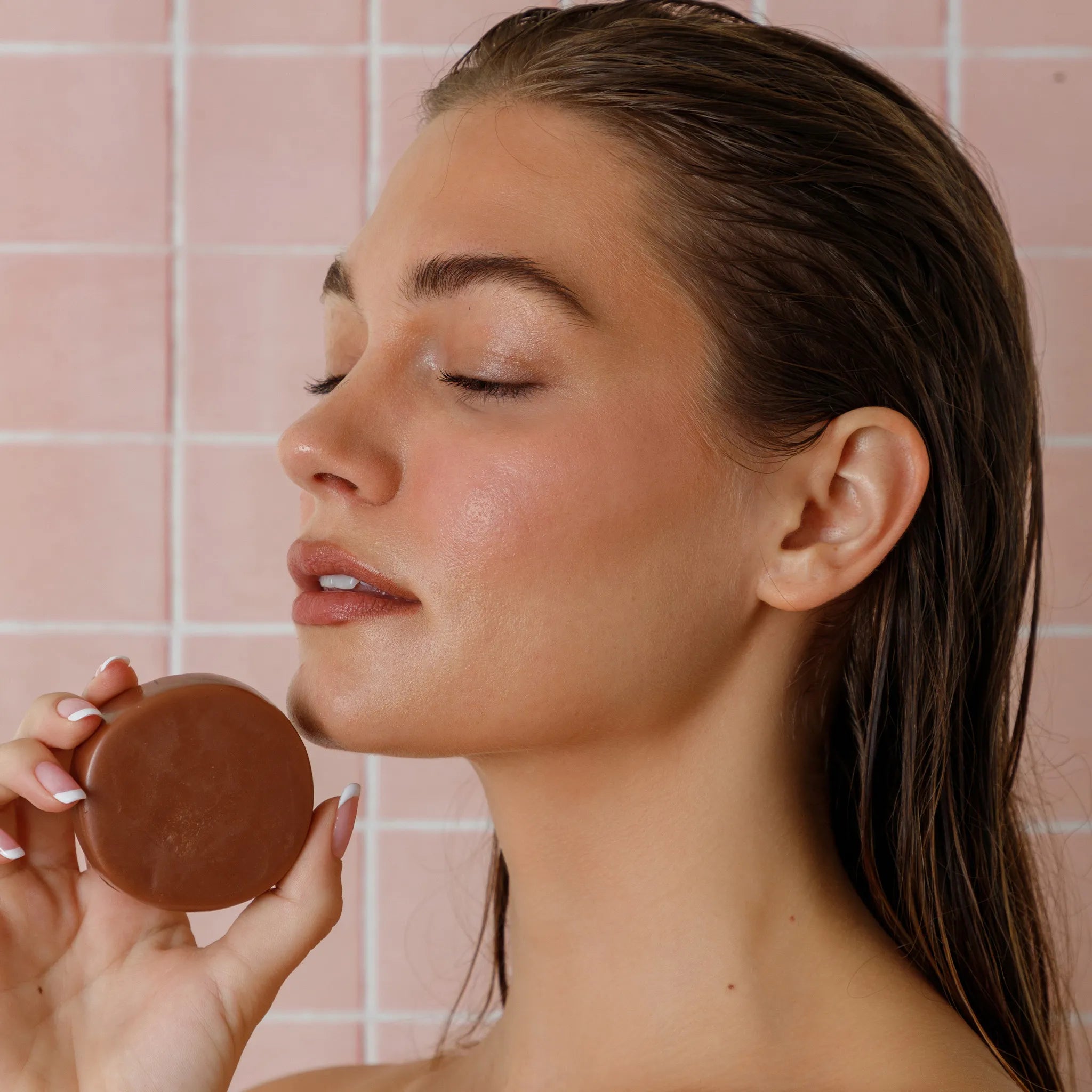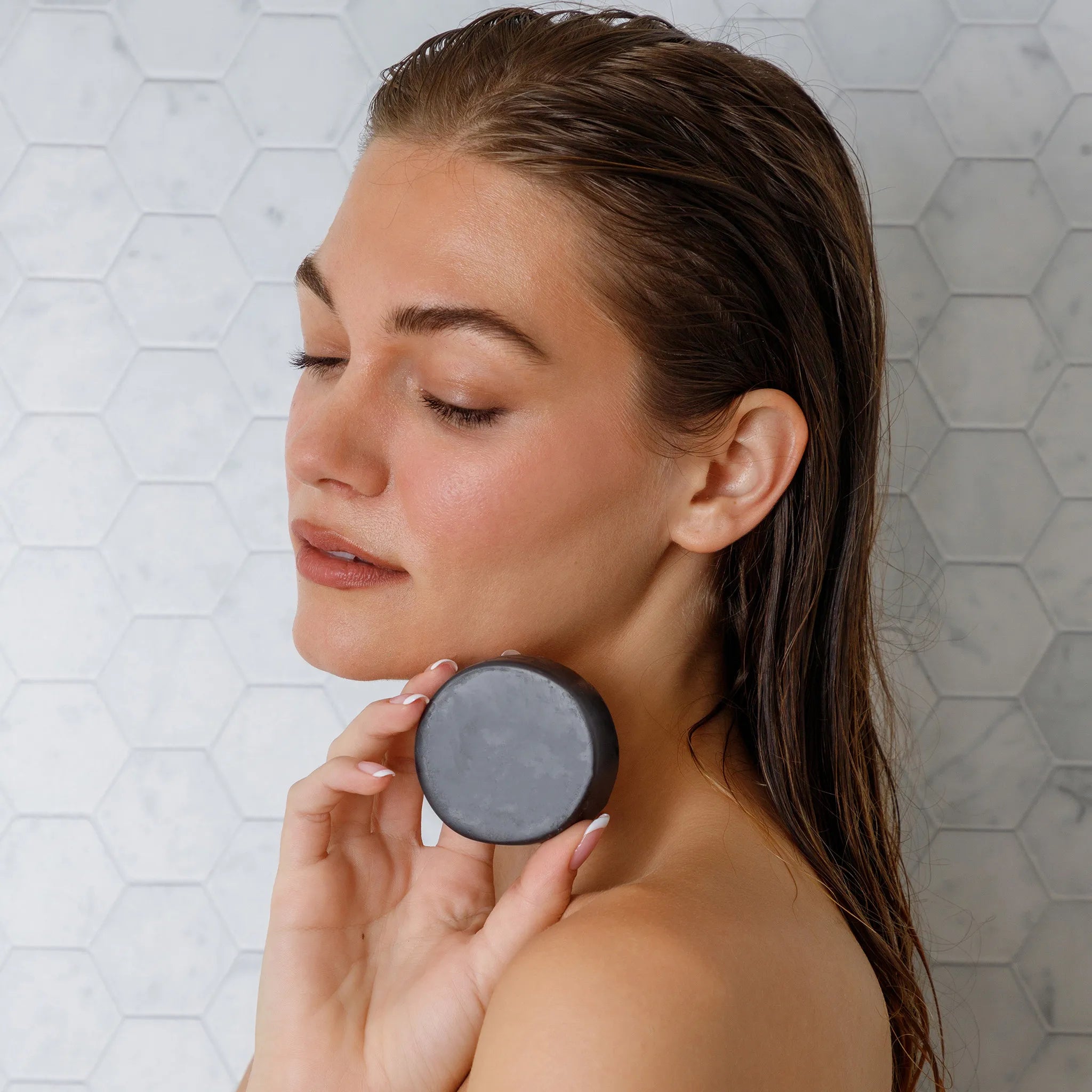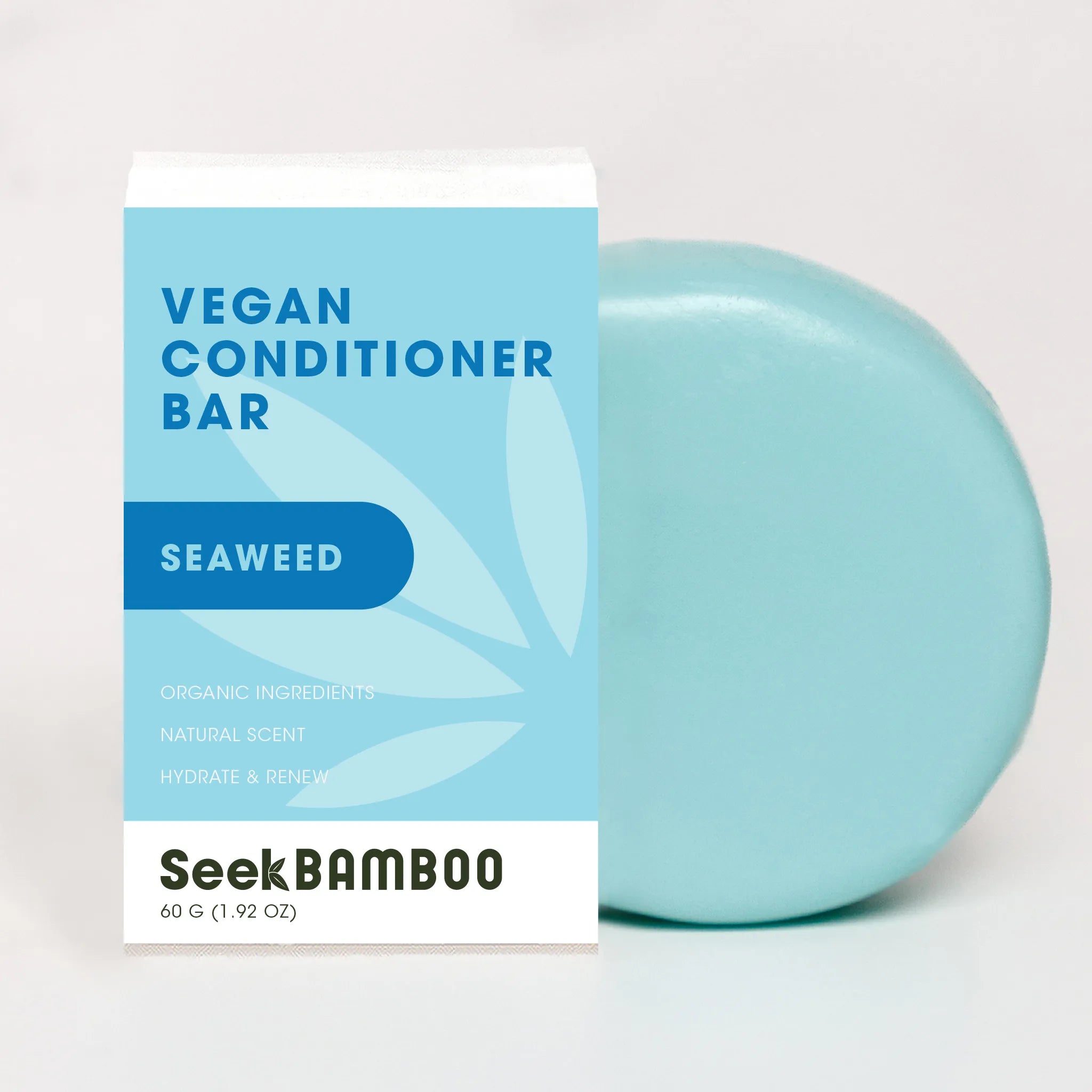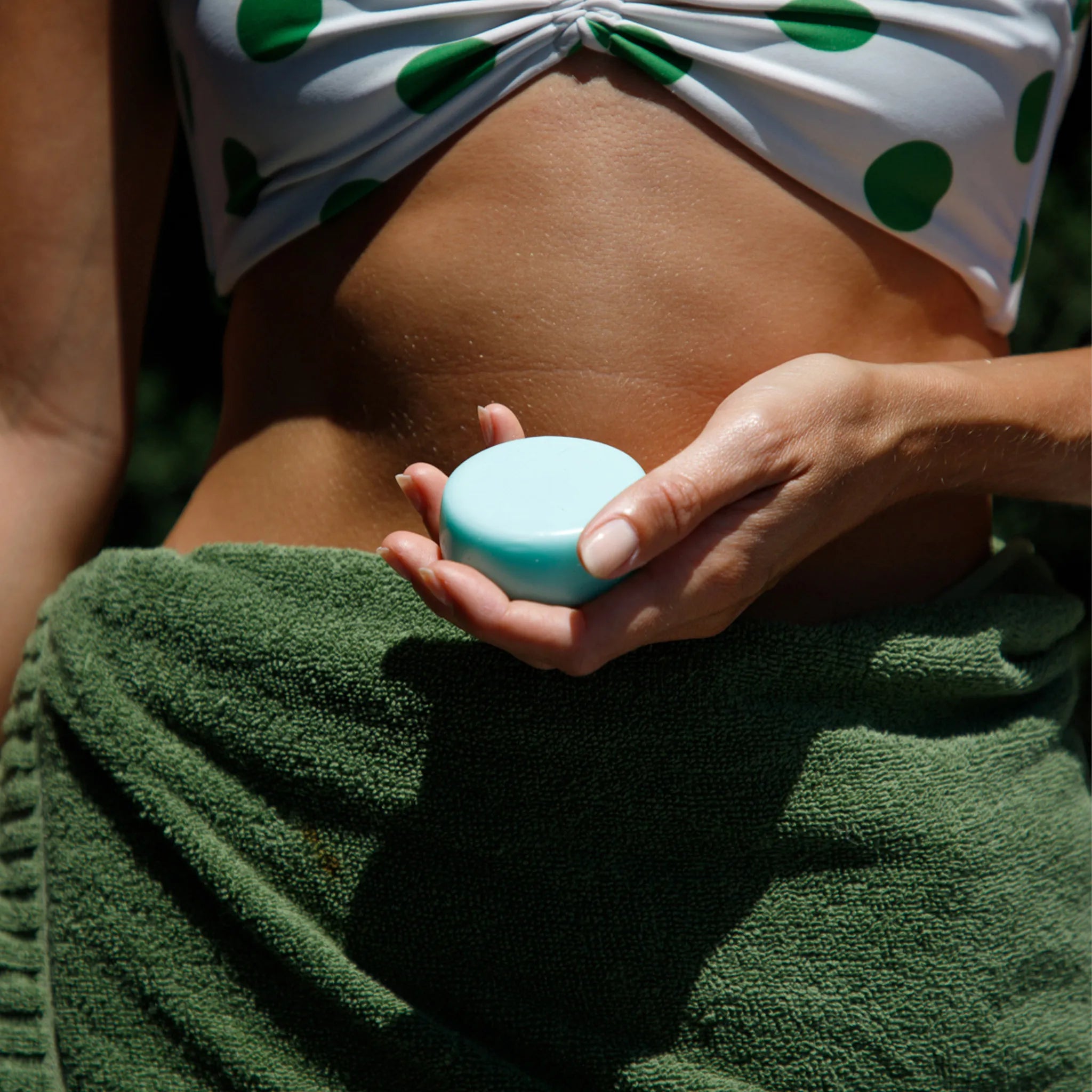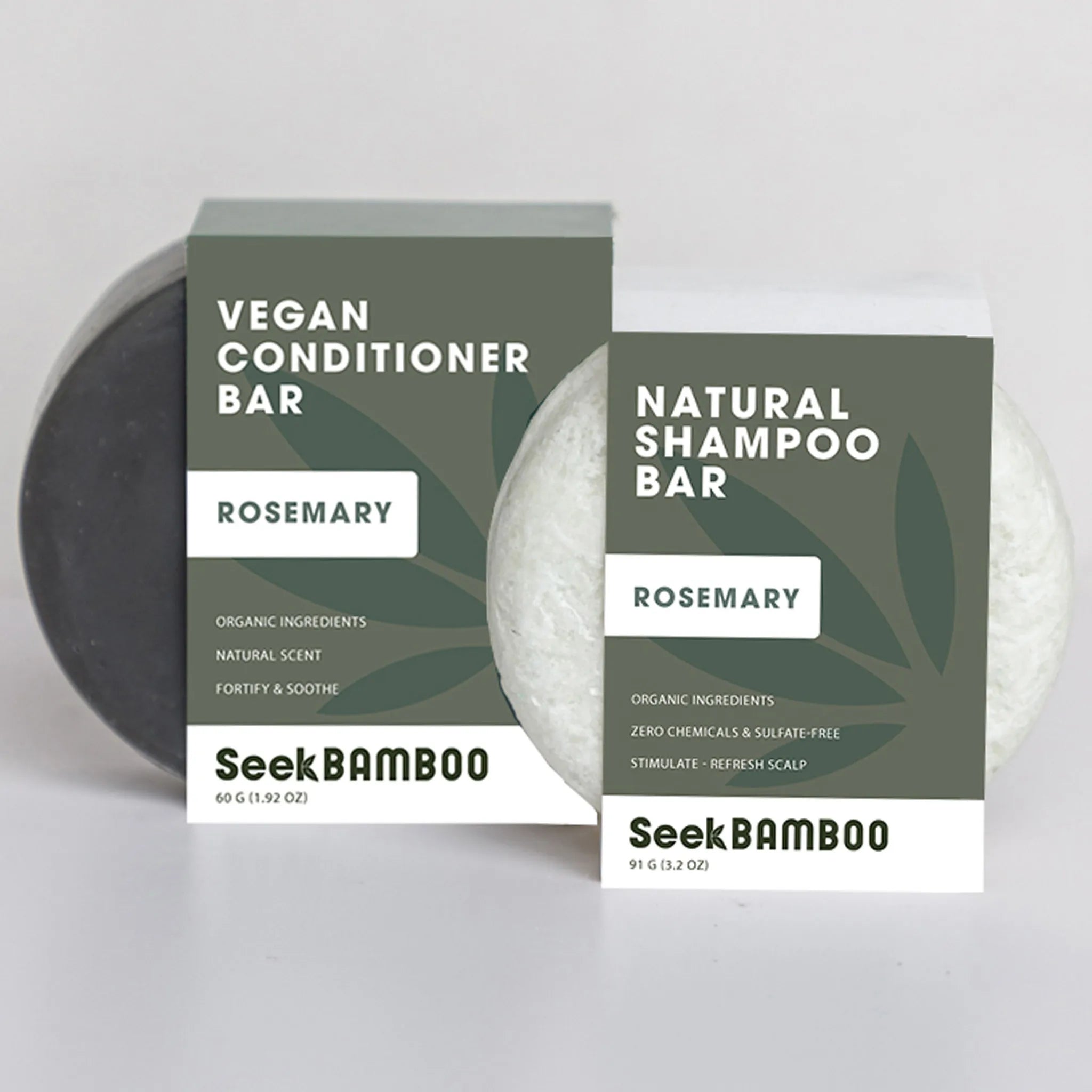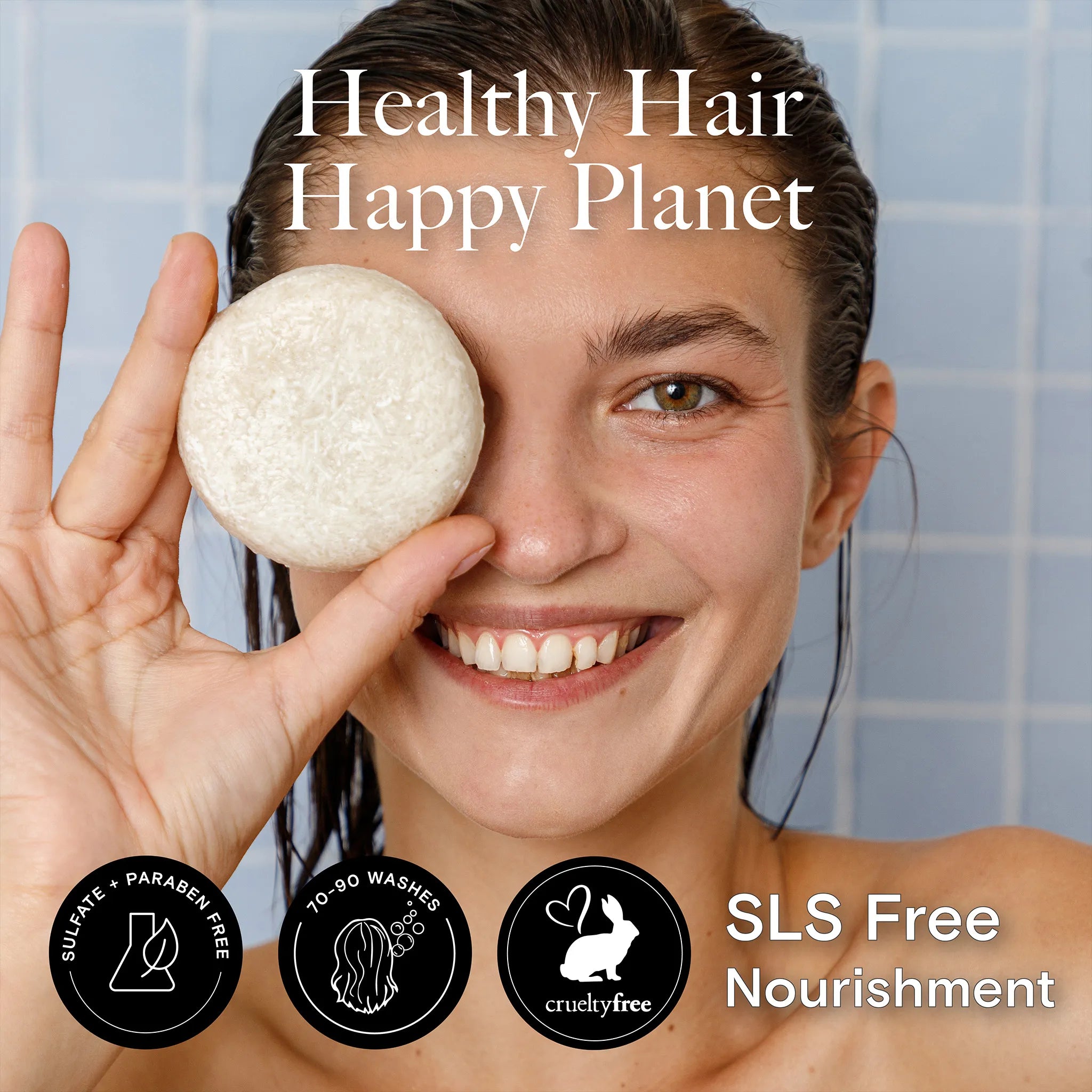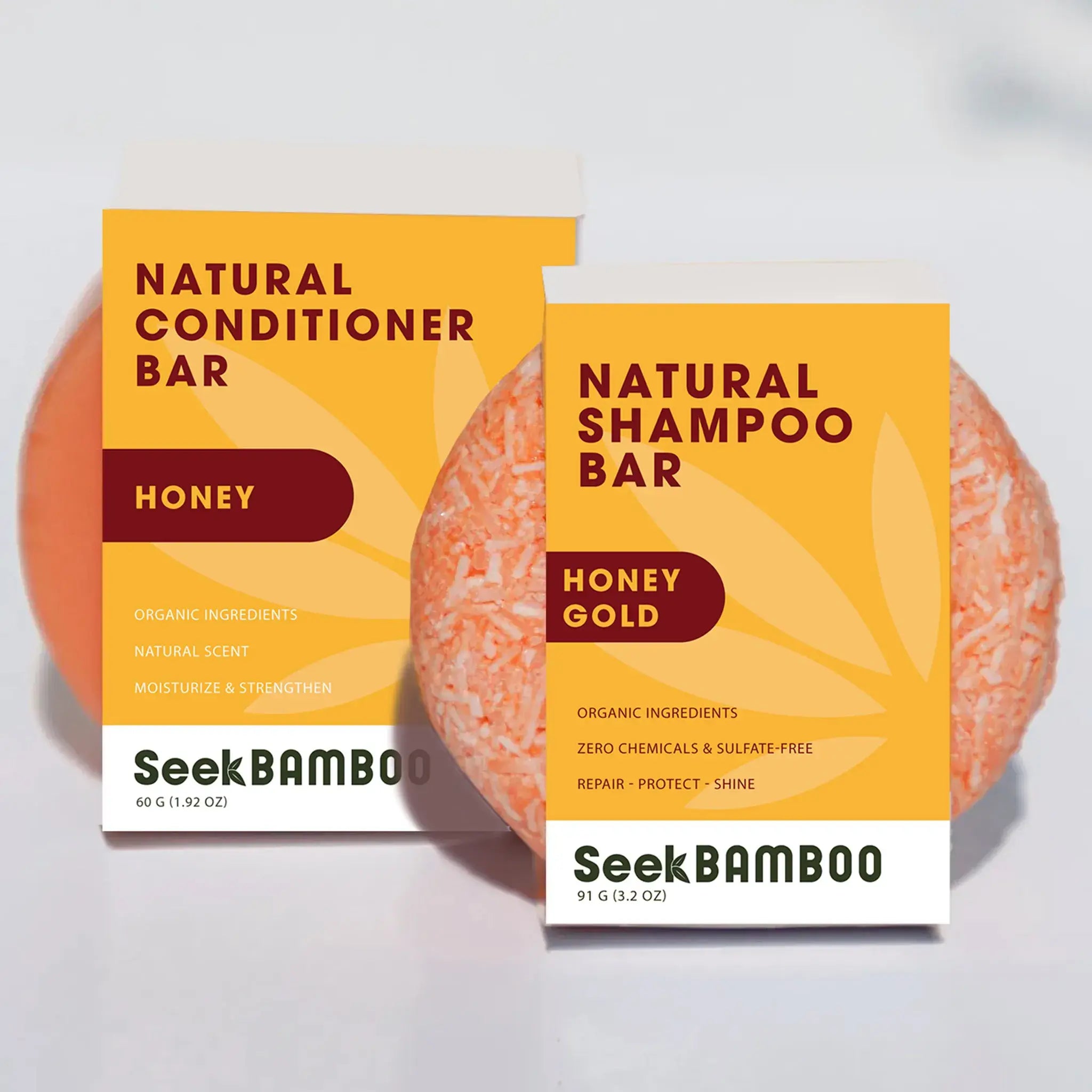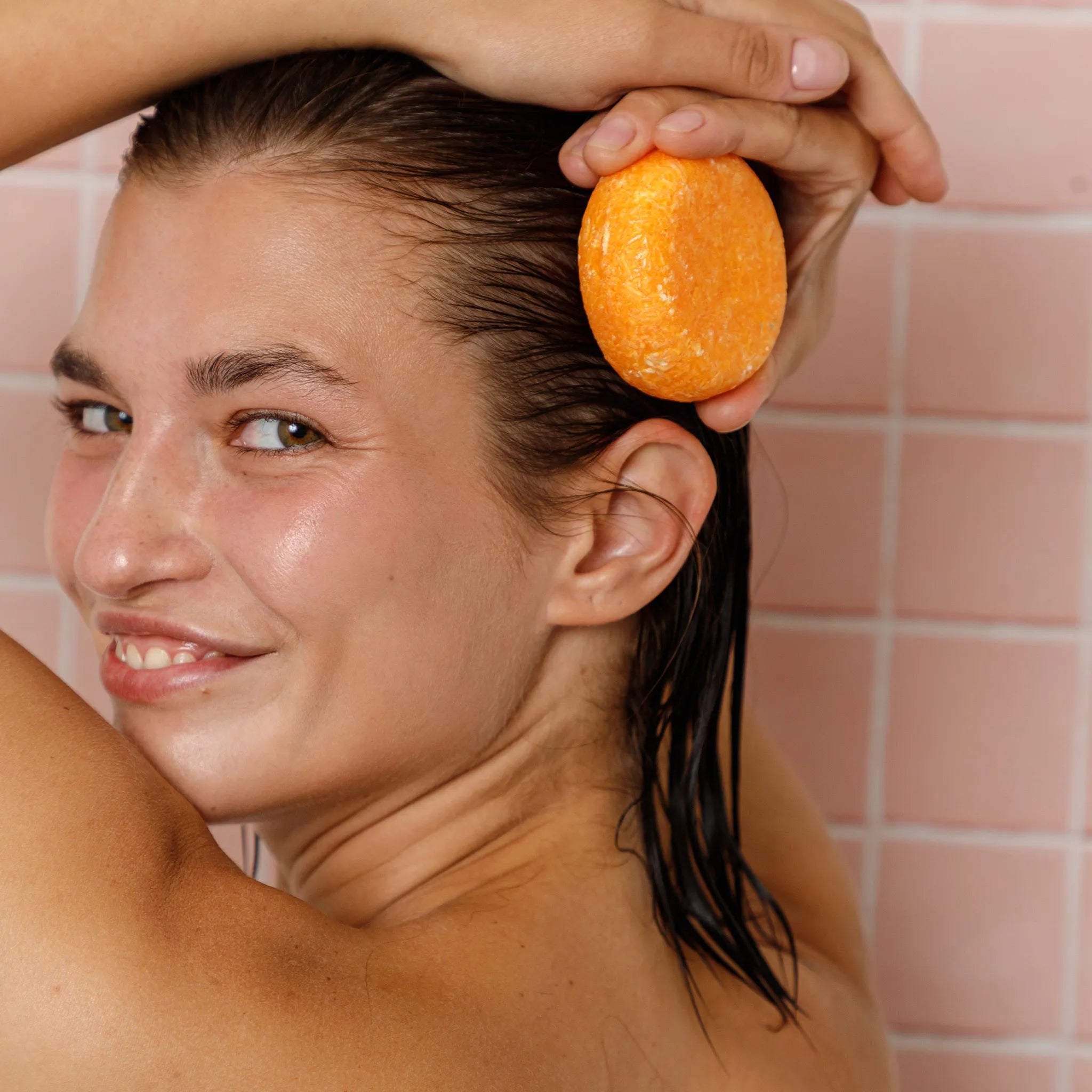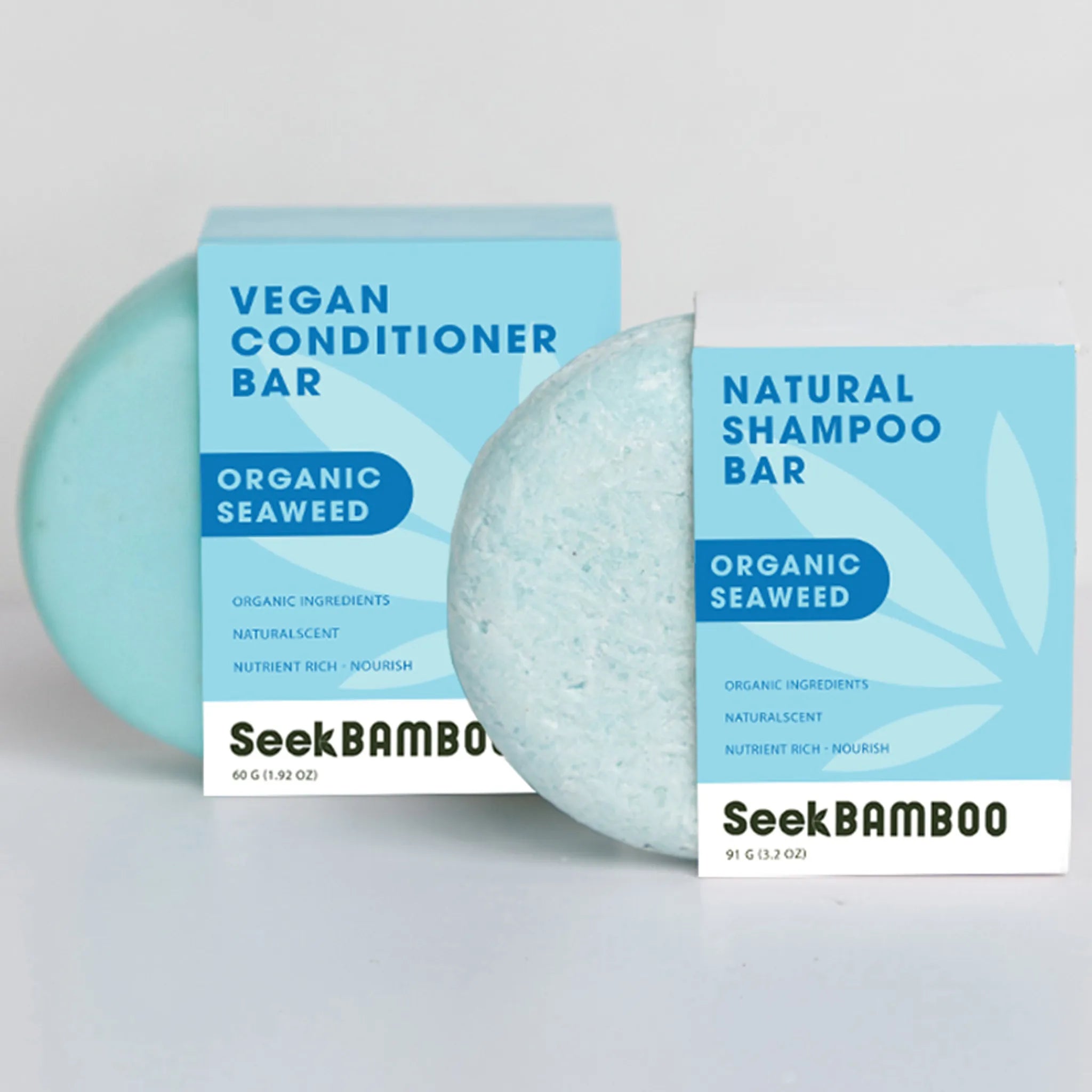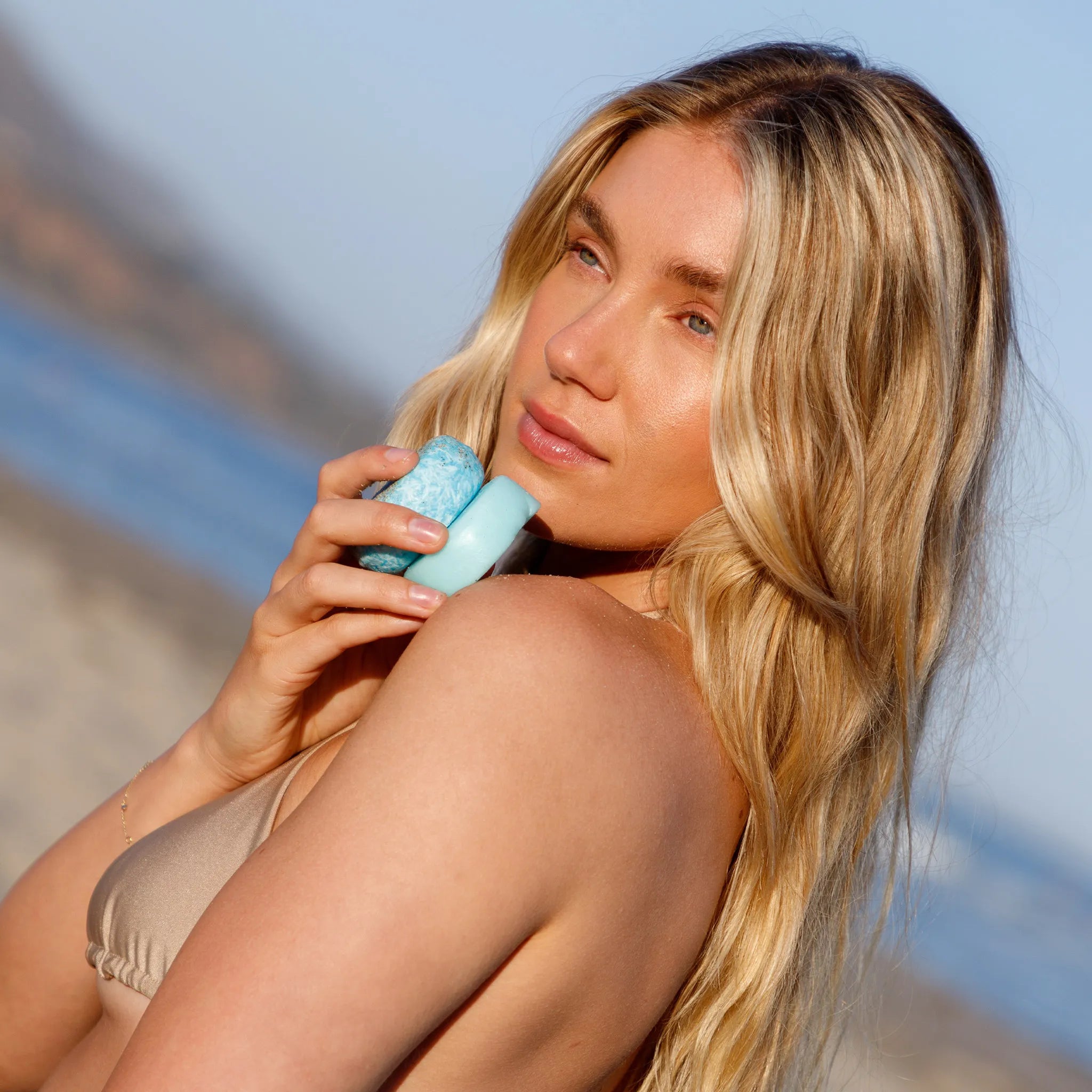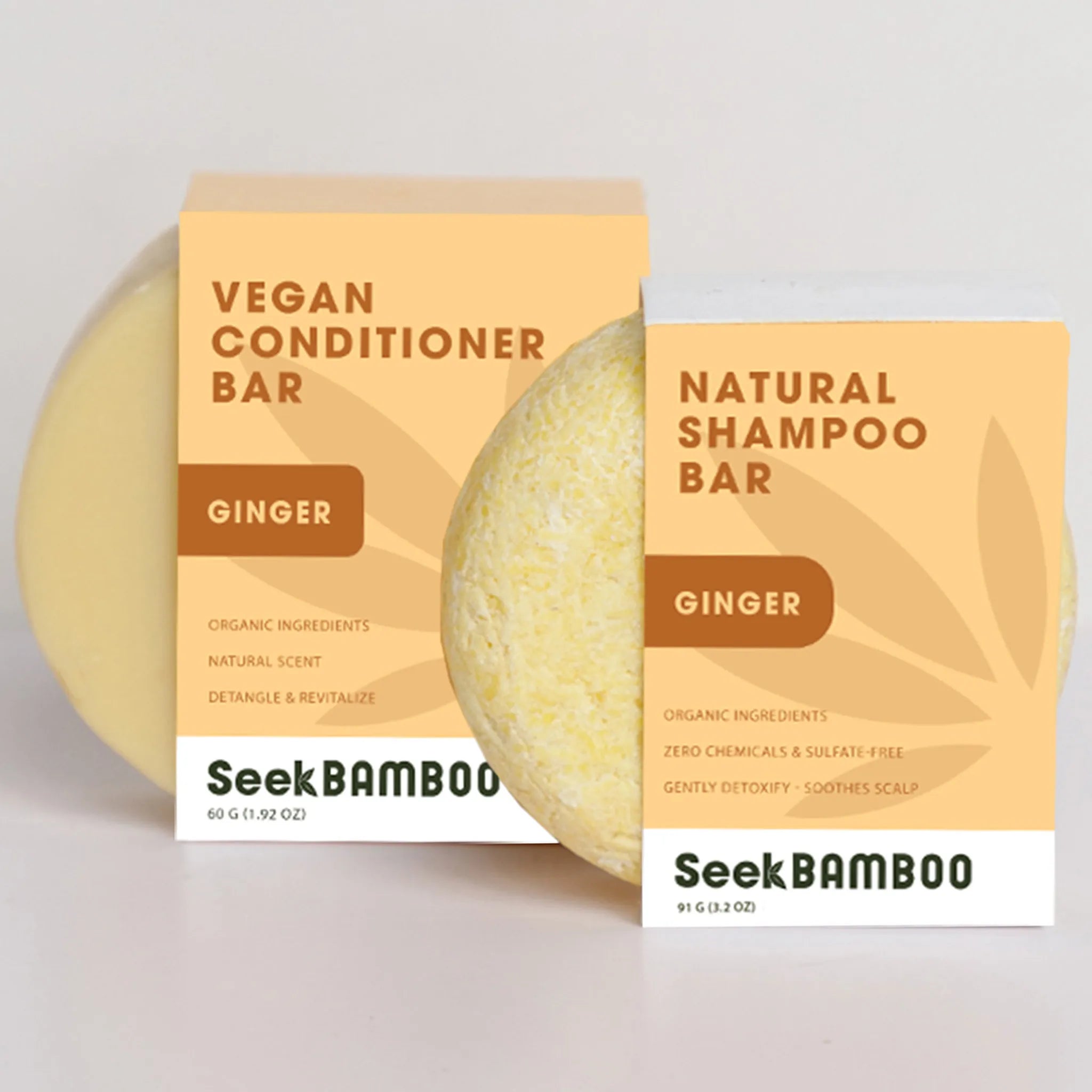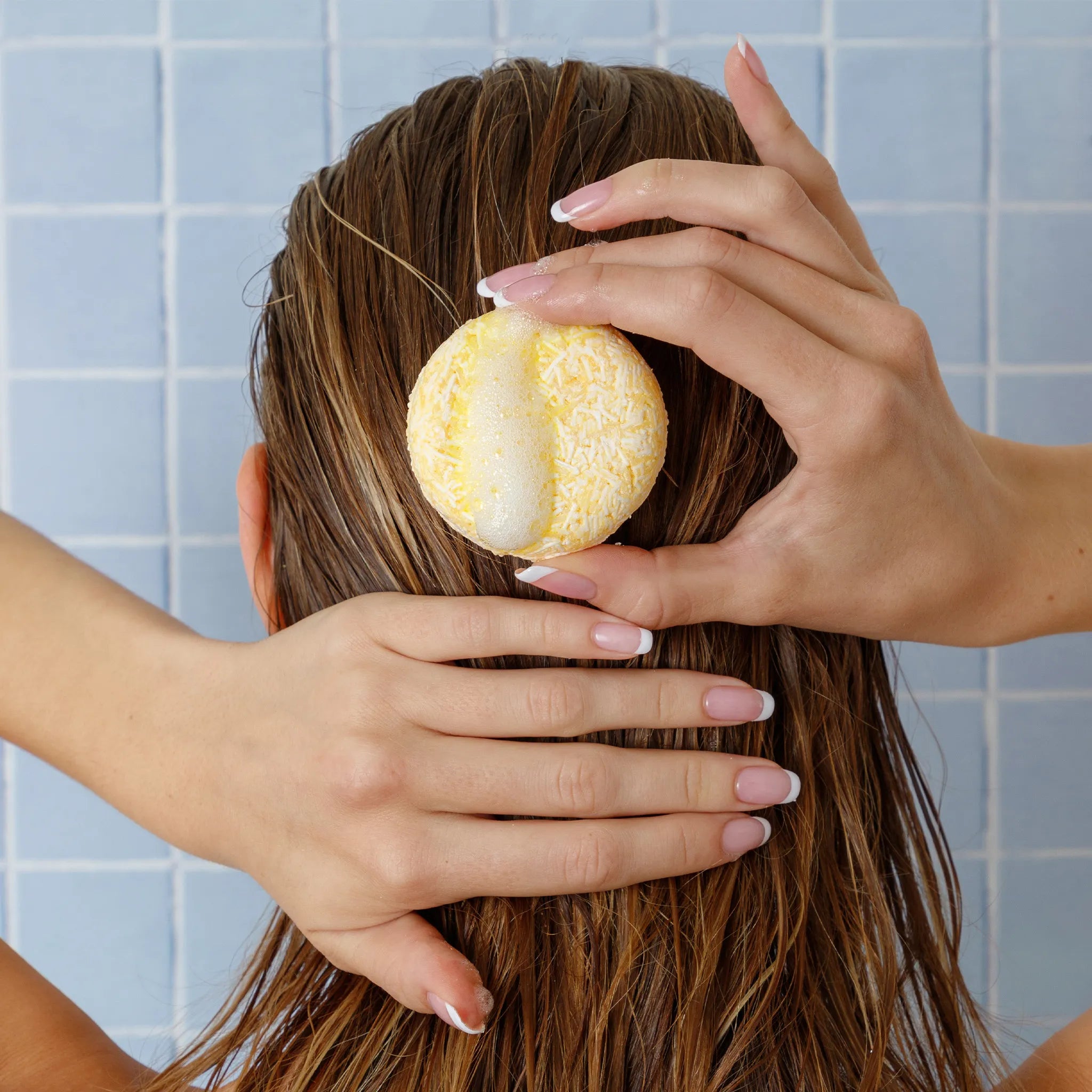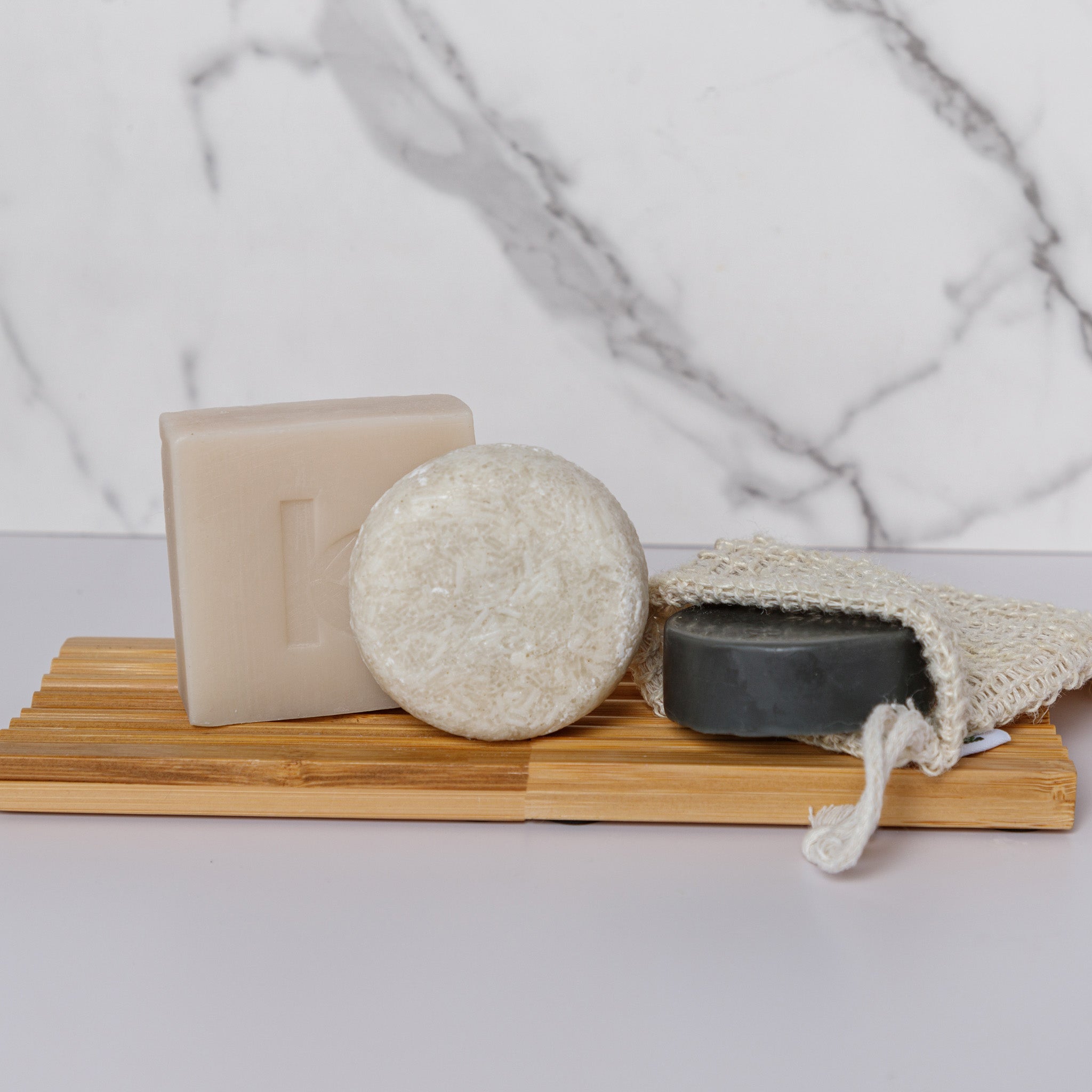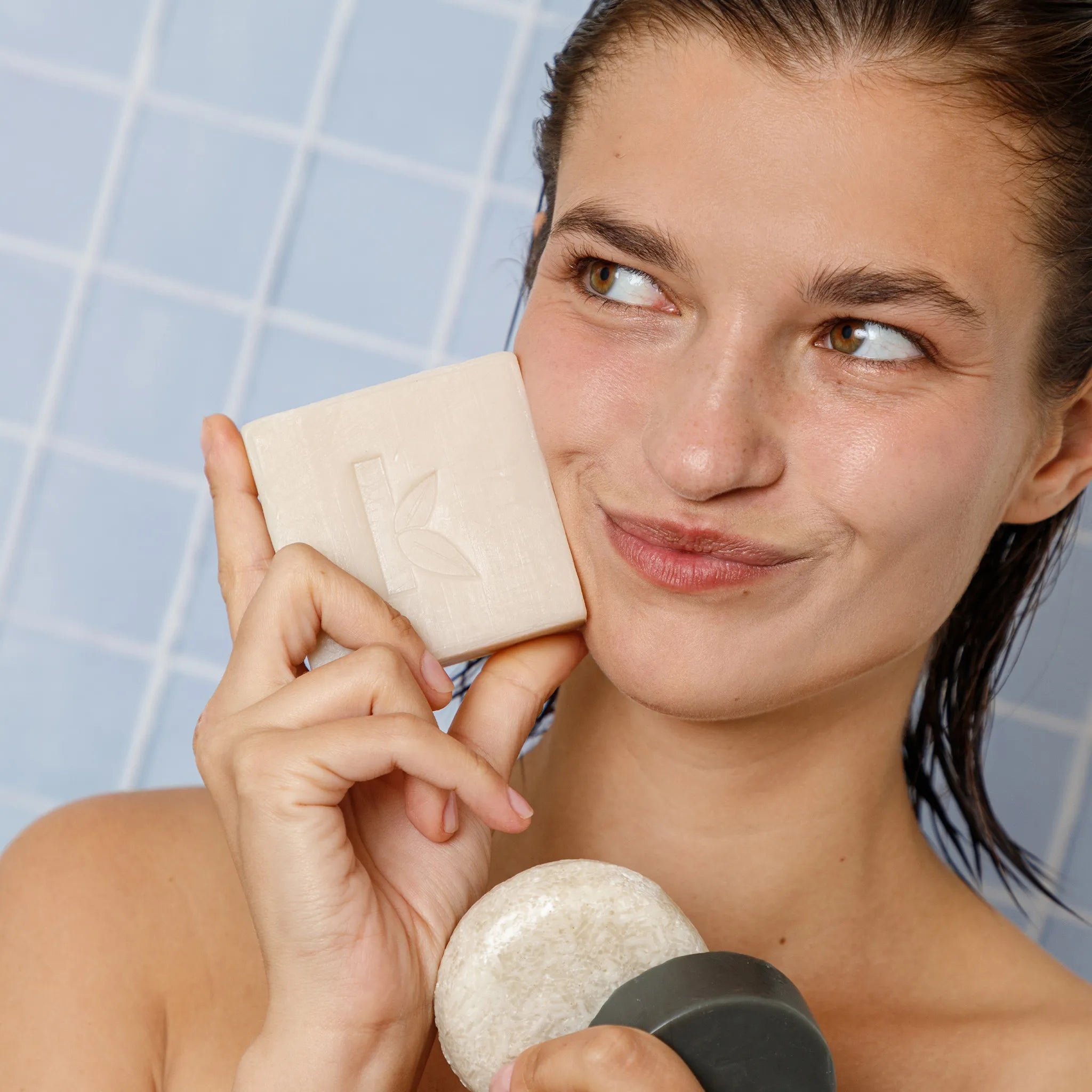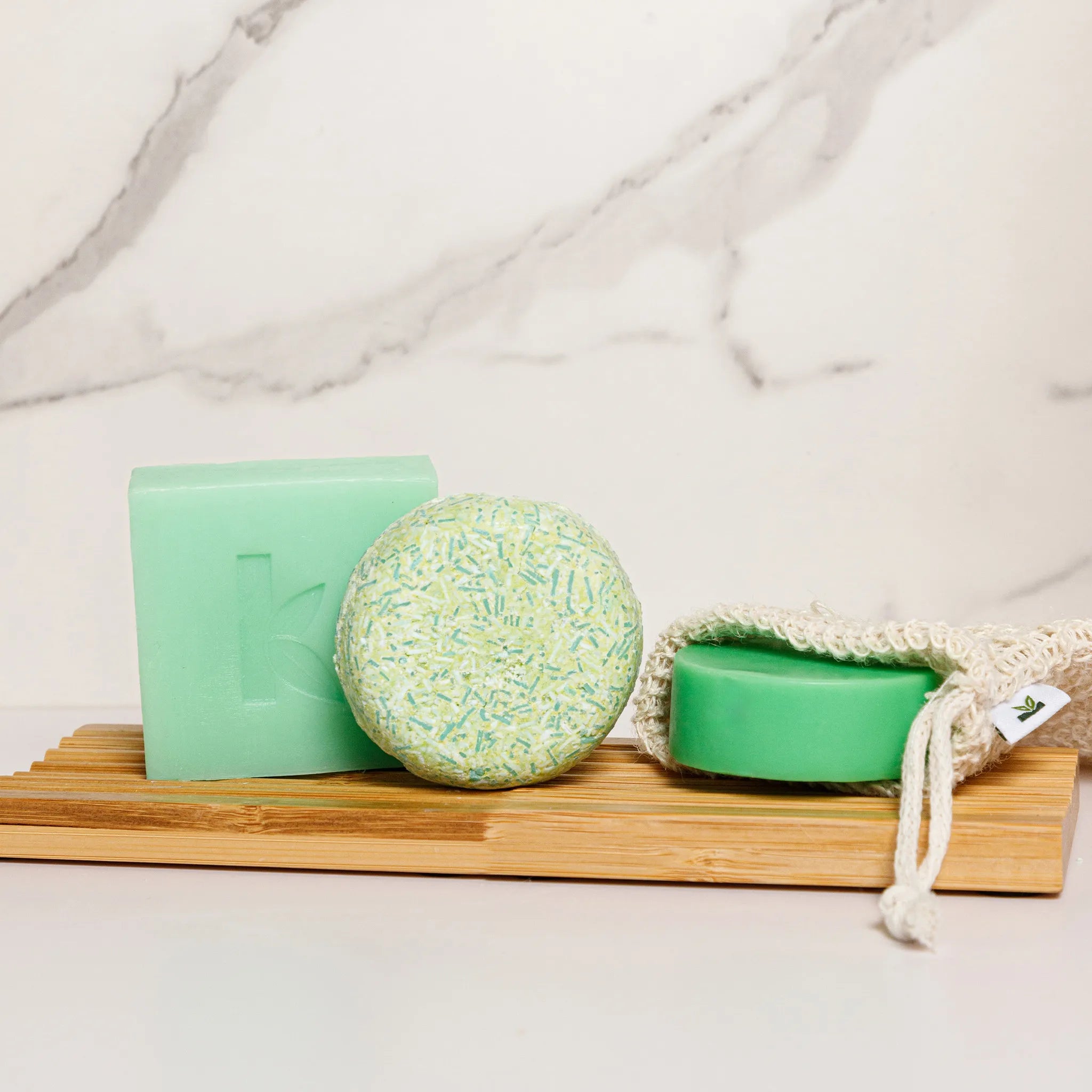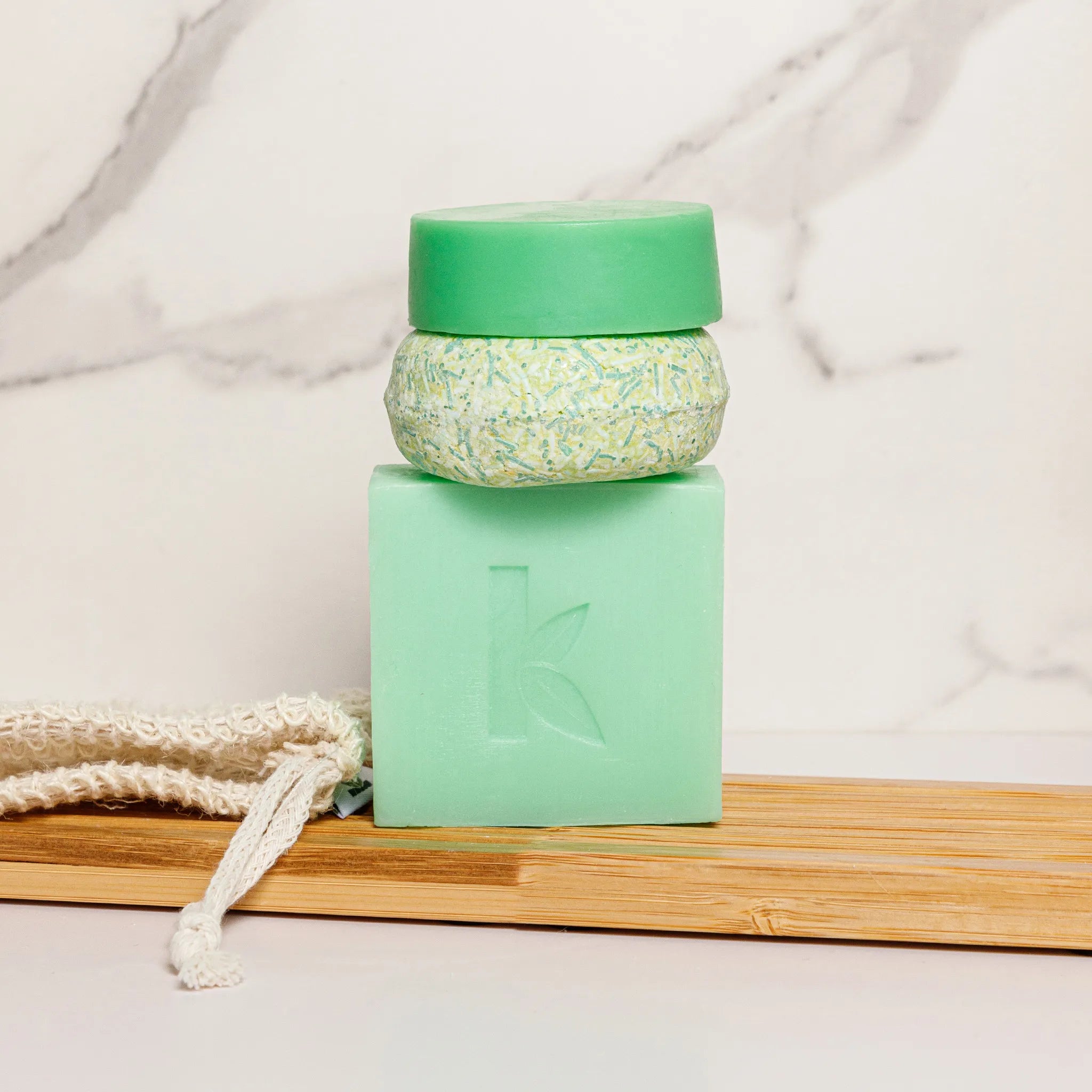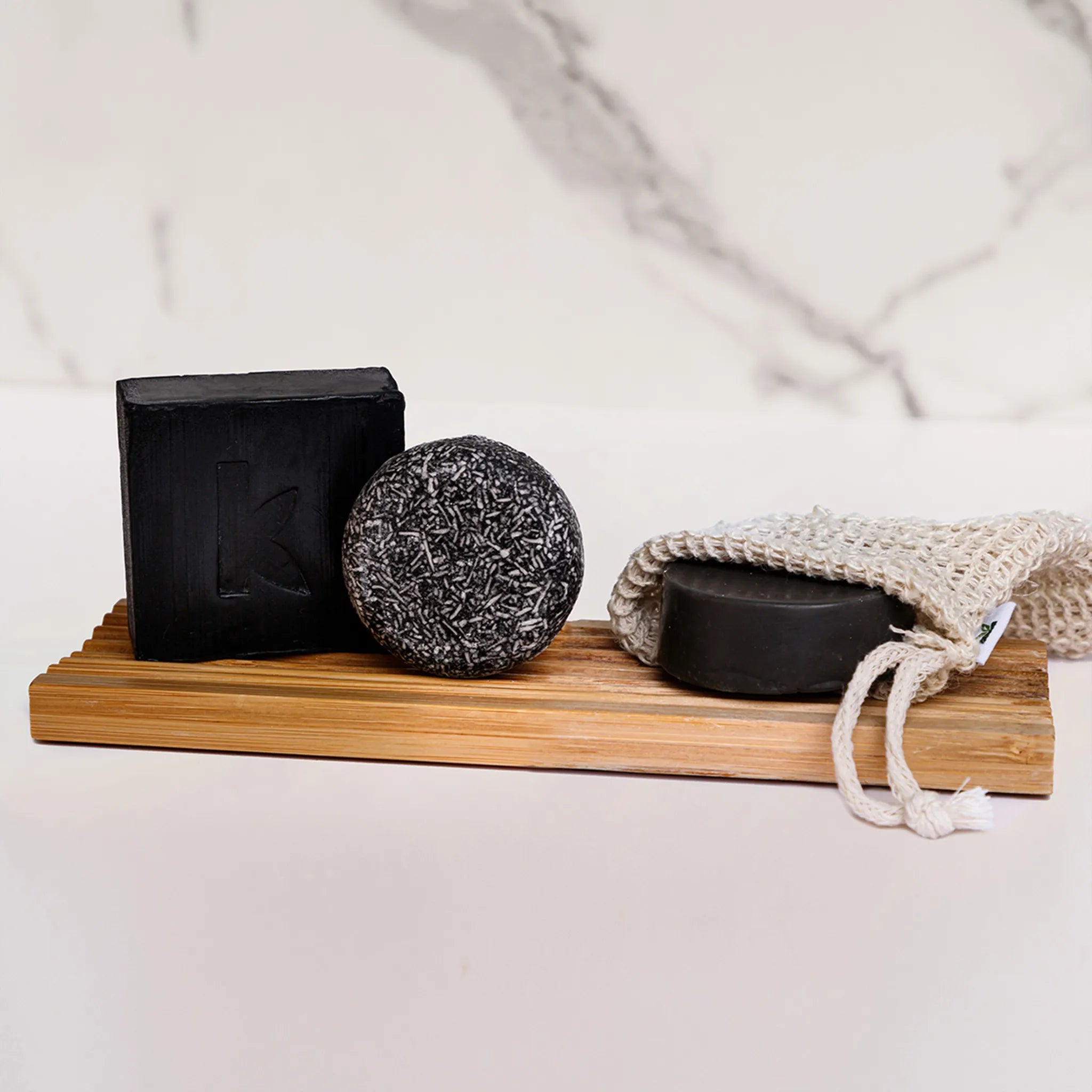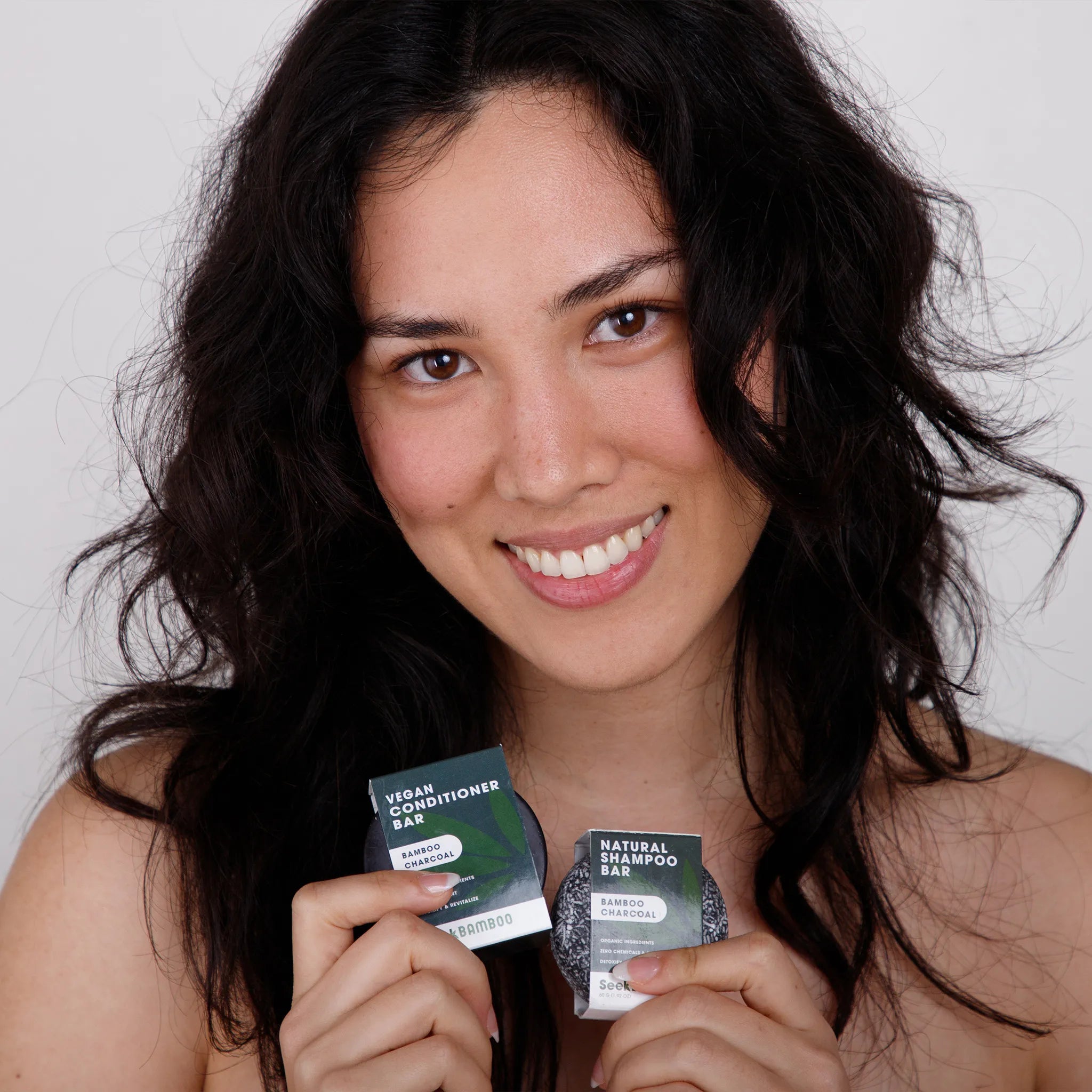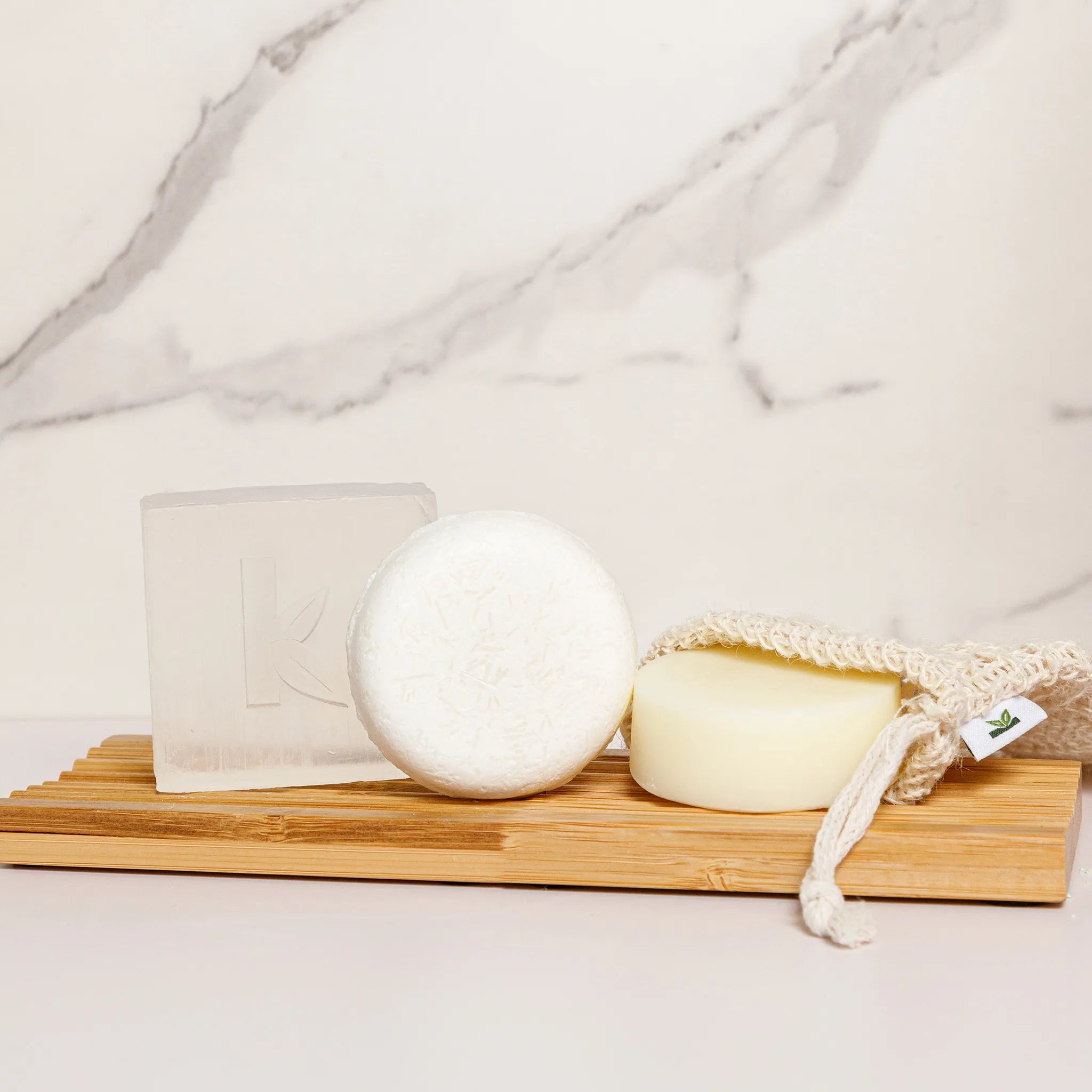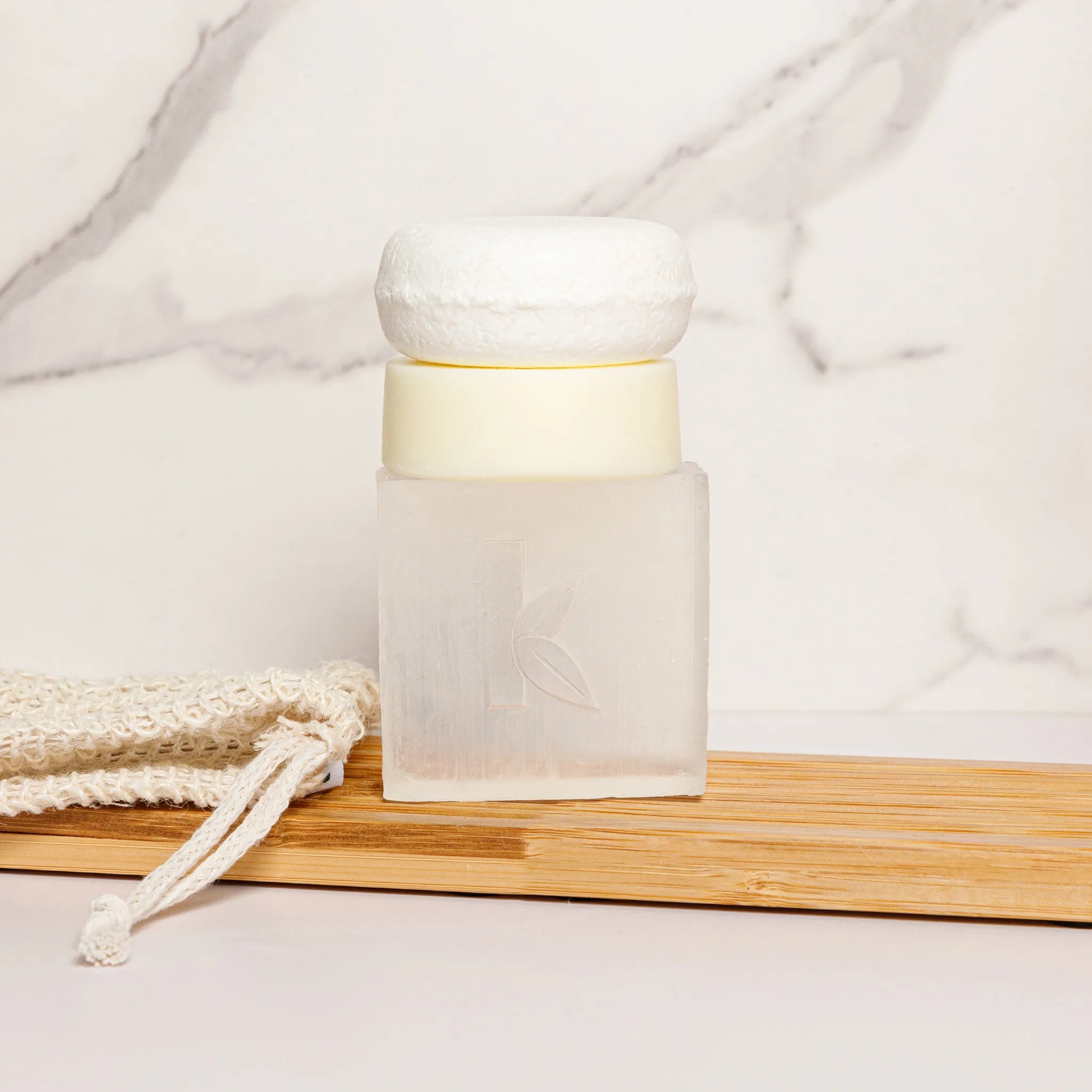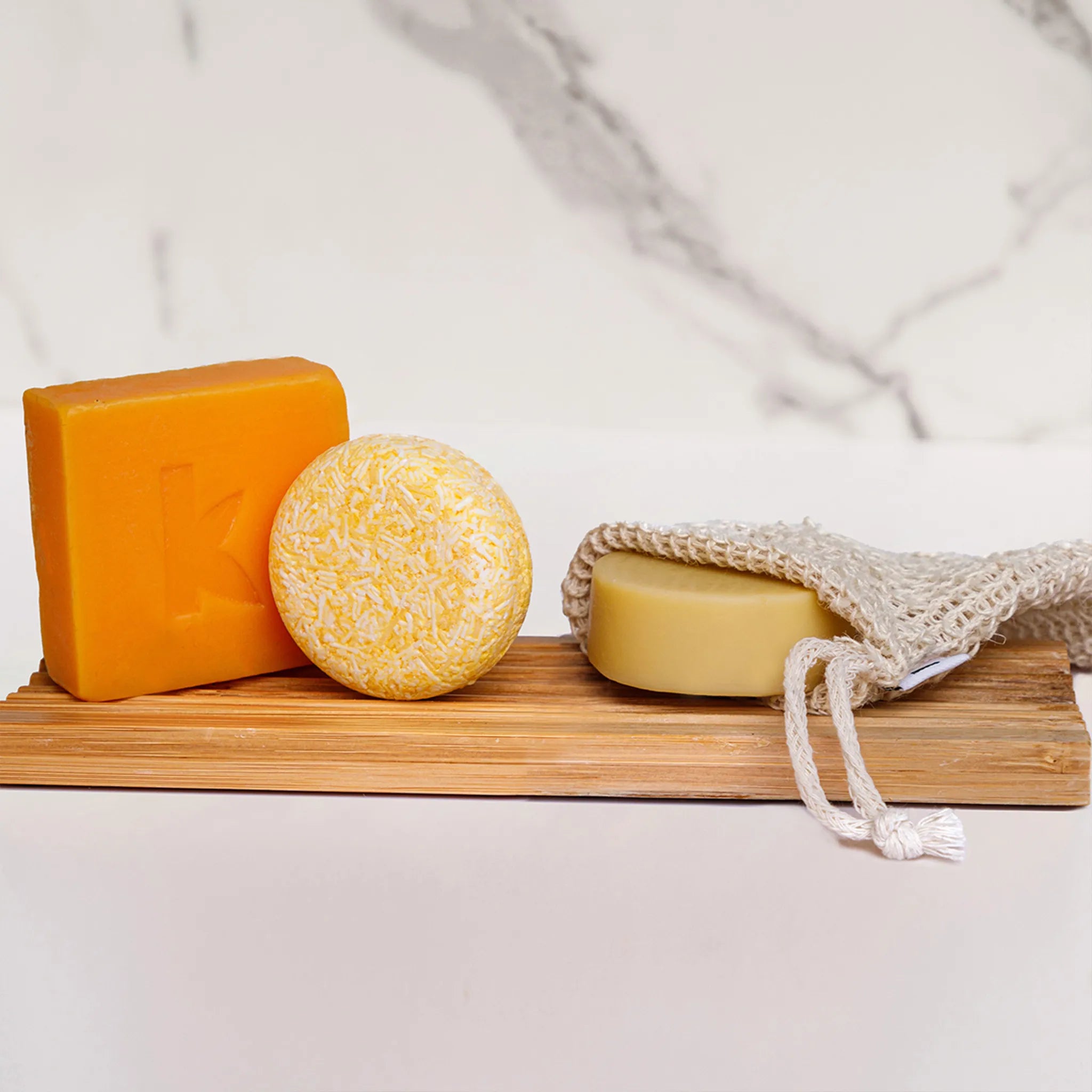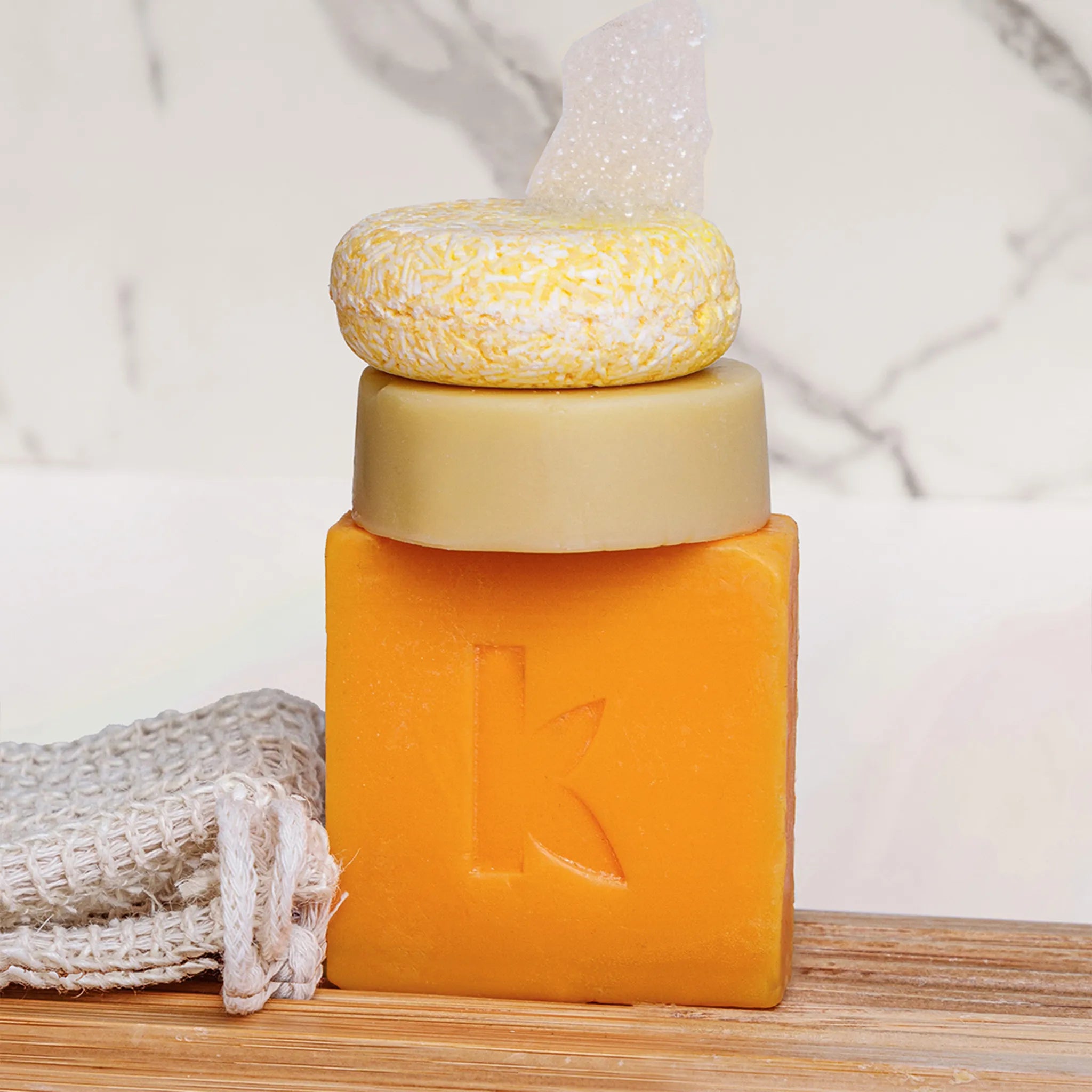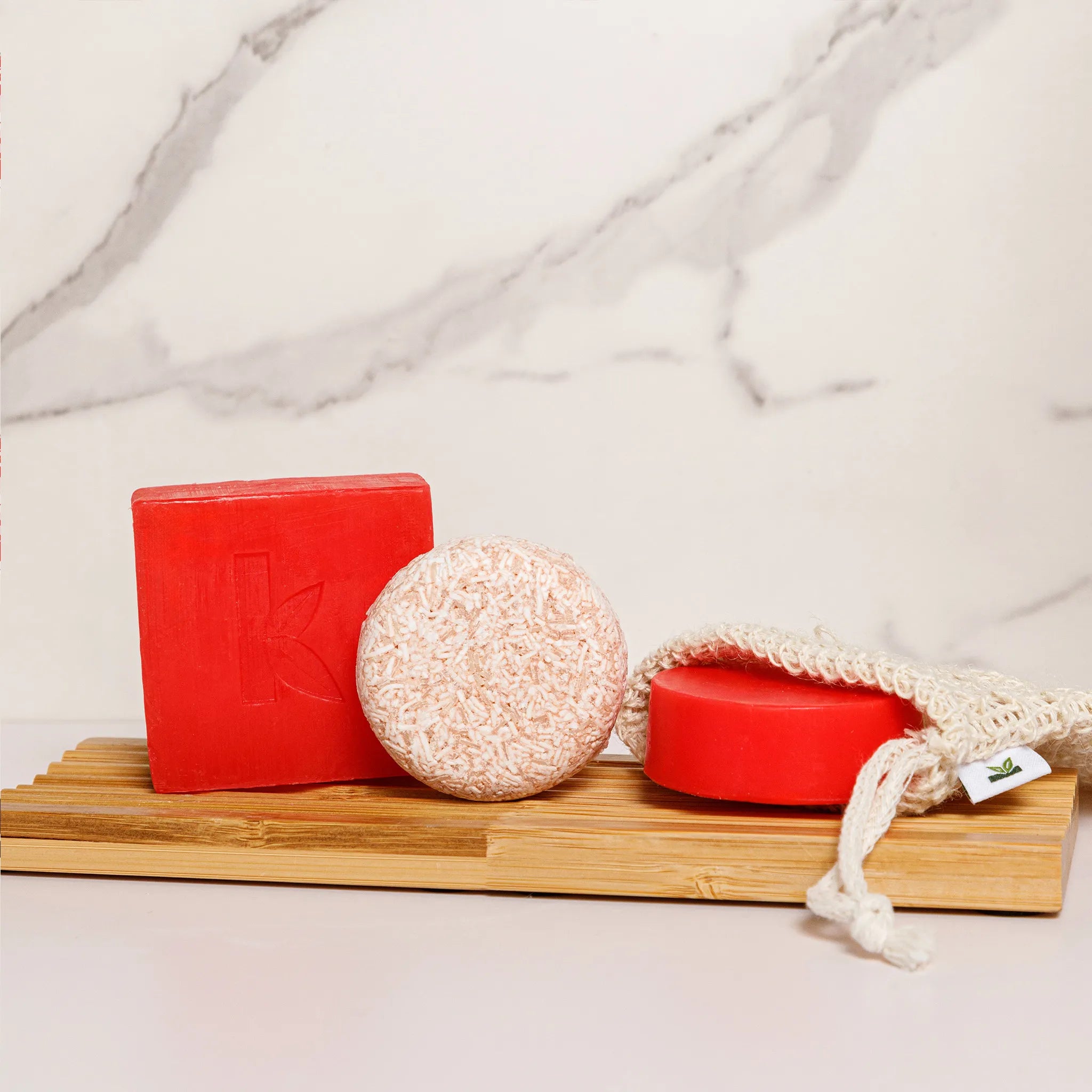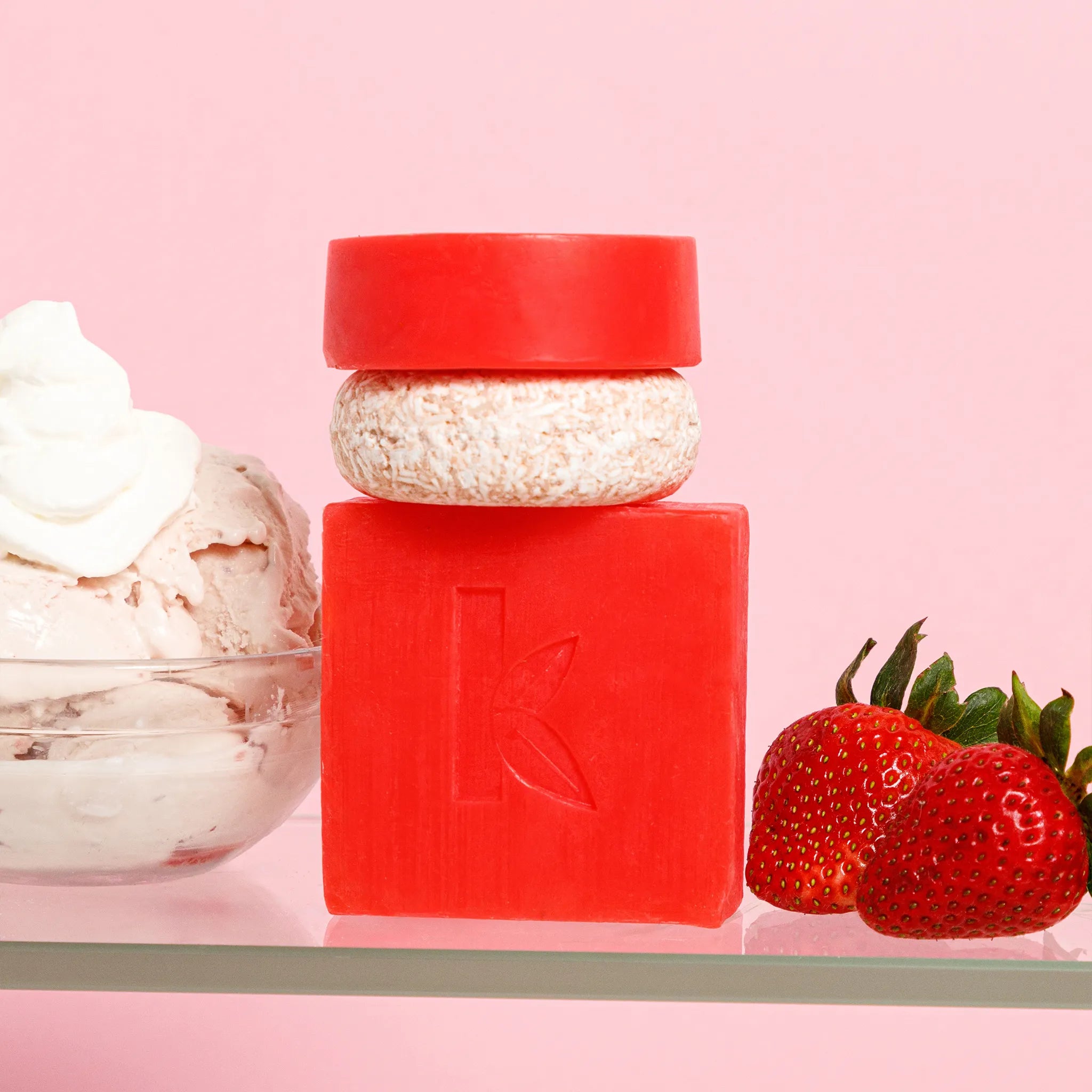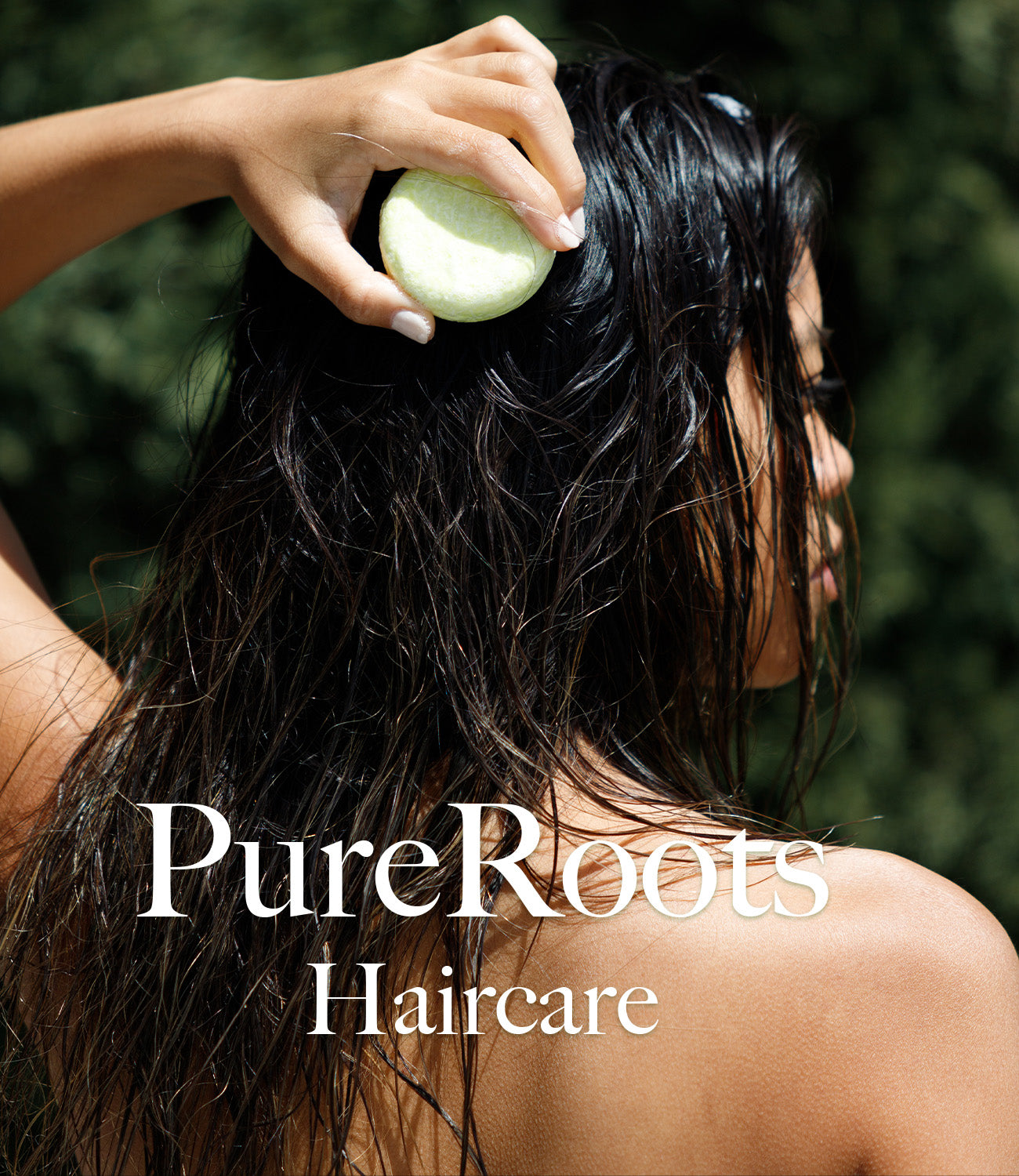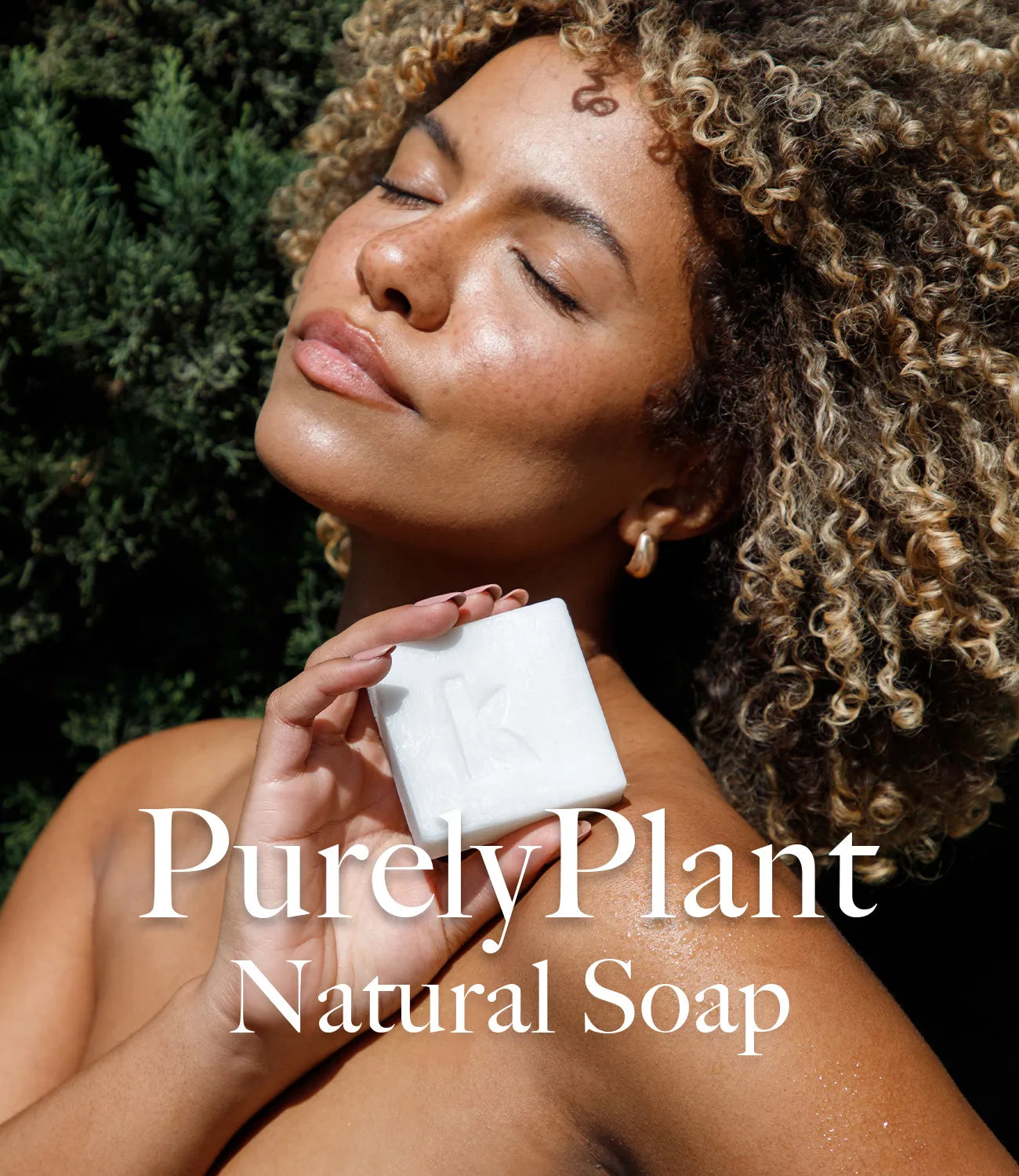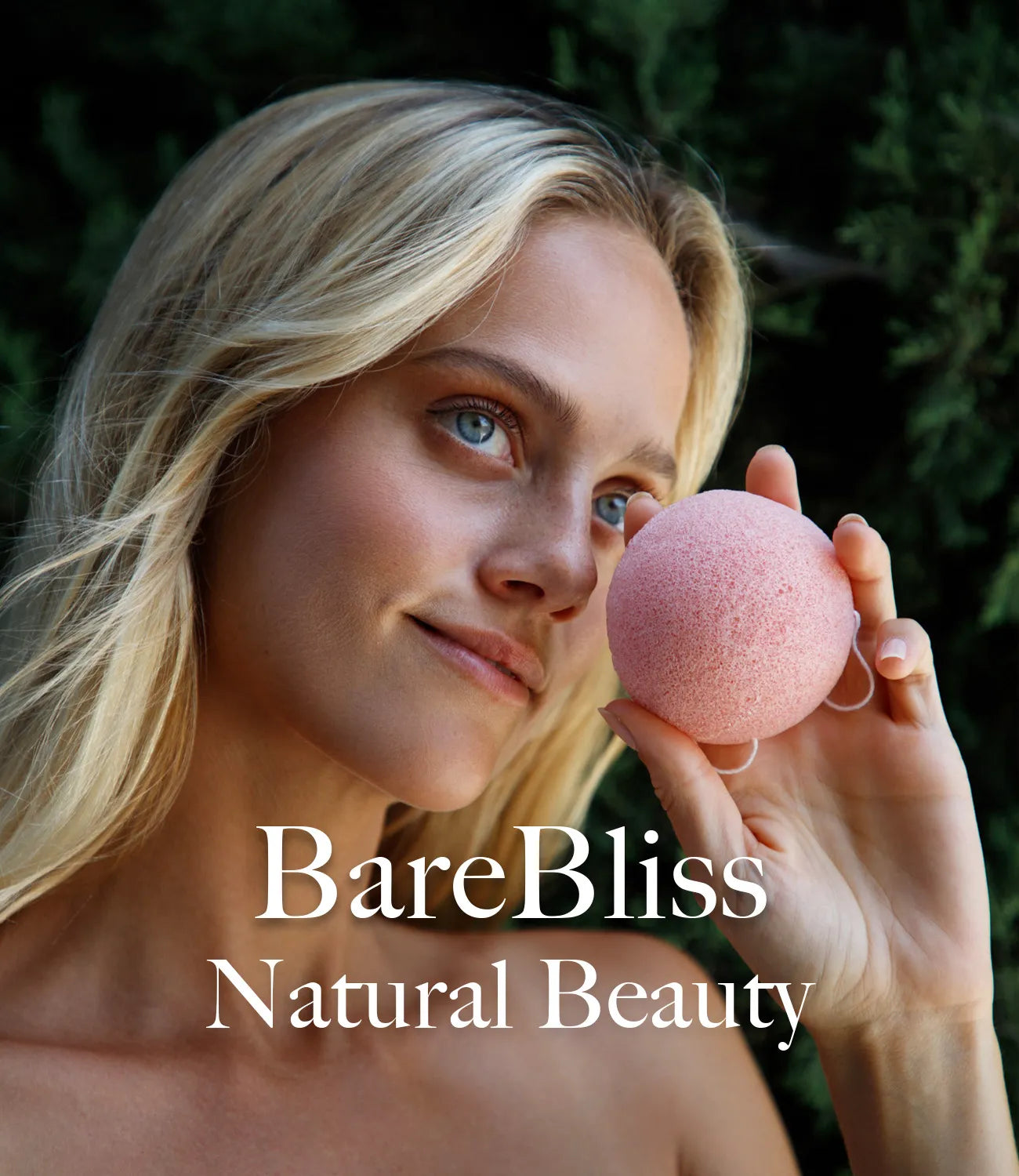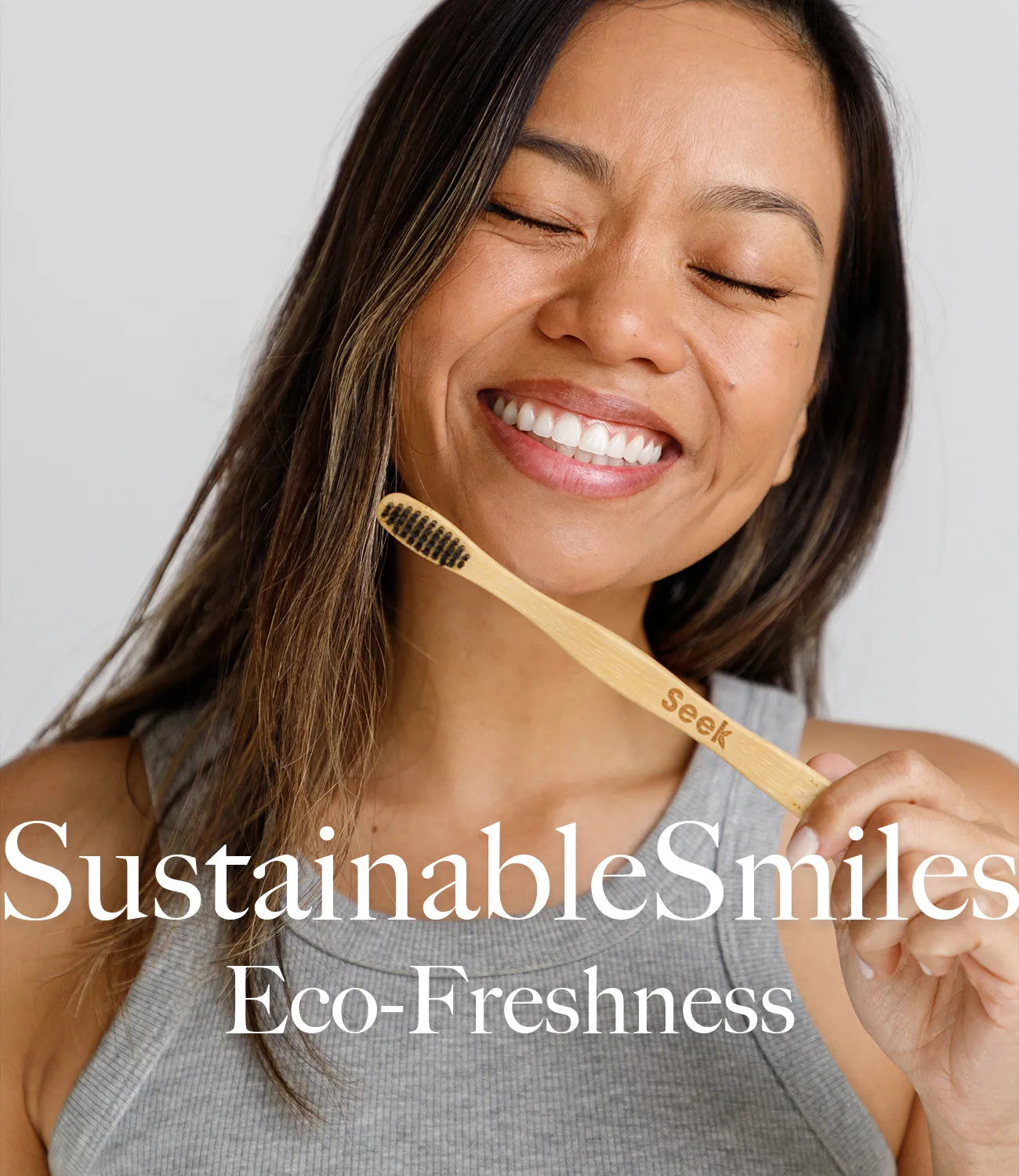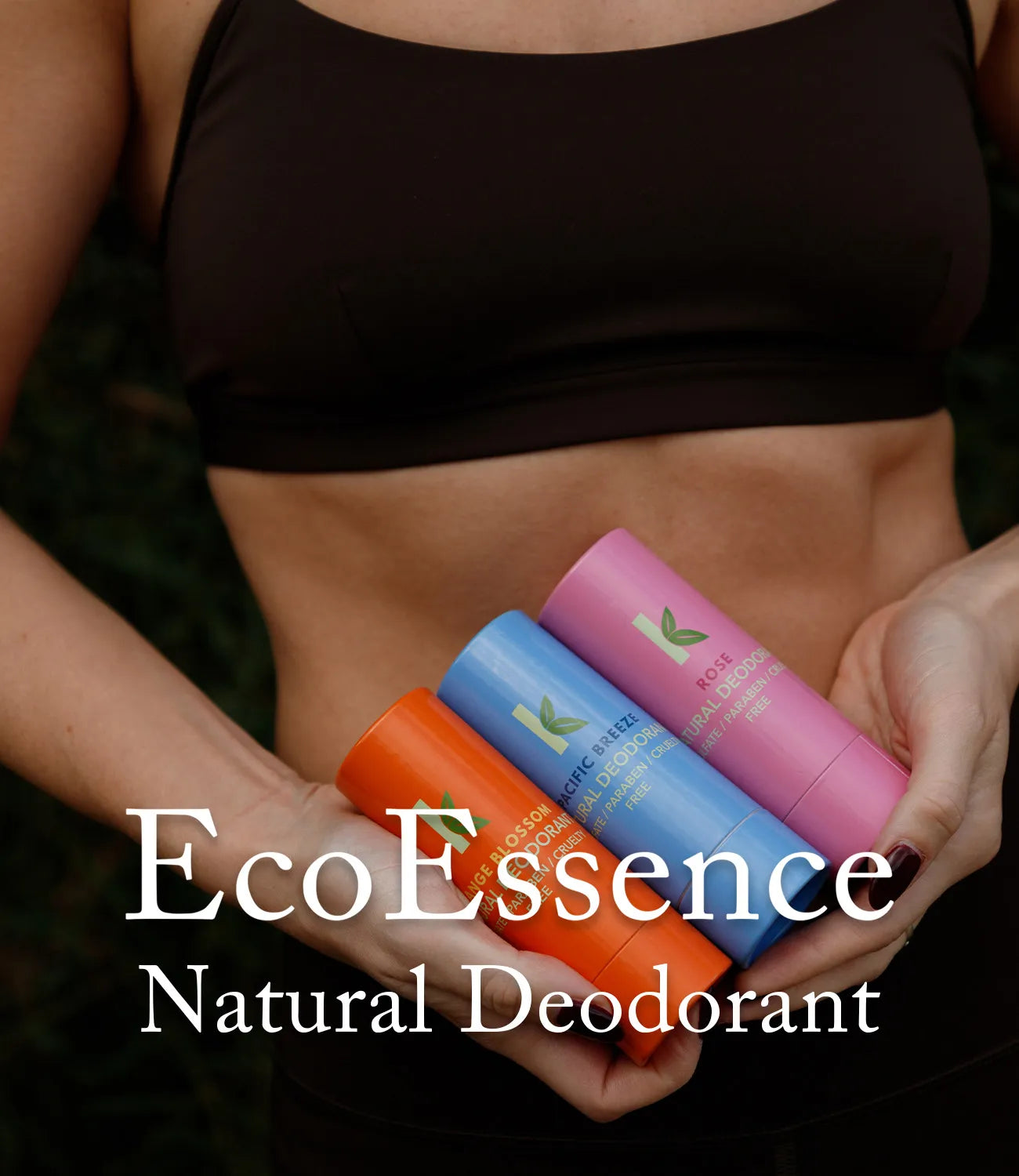How To Get Rid Of Frizzy Hair
Frizz — it’s the hair struggle we all know too well. Whether it’s those stubborn flyaways, untamed curls, or a full-blown halo of frizz, many of us have battled this unruly hair problem. But why does hair get frizzy in the first place, and is there a way to keep it smooth, shiny, and under control? The answer lies in understanding the causes of frizz and learning how to care for your hair the right way.
In this guide, we’ll dive deep into what causes frizzy hair, from moisture imbalances and dryness to damage from styling and environmental factors. We’ll also debunk common mistakes — like over-washing and rough drying — that could be making your frizz worse without you realizing it. And because no two heads of hair are the same, we’ll cover how your specific hair type, whether straight, wavy, curly, or coily, affects your battle with frizz.
Ready to tame those flyaways for good? We’ll show you exactly how to prevent frizz with smart haircare practices, including the right way to wash, condition, and style your hair. Plus, we’ll reveal the top ingredients to look for (and avoid!) in your anti-frizz products. From nourishing oils and hydrating masks to the tools and techniques that make a real difference, you’ll have everything you need to build your perfect frizz-fighting routine.
For those who love a little DIY, we’ve included easy, natural remedies that can be whipped up at home to smooth and soften your hair. You’ll also find seasonal tips to combat summer humidity and winter dryness, ensuring frizz-free locks all year round. By the end of this guide, you’ll not only understand the science behind frizz but also have a collection of practical tips and product recommendations to make sure your hair looks sleek, smooth, and stunning every day.
Causes of Frizzy Hair
Understanding why your hair gets frizzy is the first step to taming it. Frizz can be frustrating, but it’s often the result of a few common causes that affect how your hair retains moisture and reacts to its environment. Let’s explore the main reasons behind frizz and how each factor can turn smooth strands into a frizzy mess.
Moisture Imbalance
One of the biggest culprits of frizzy hair is a moisture imbalance. When the humidity levels rise, your hair tries to absorb the moisture in the air, causing the cuticle (the outer layer of the hair strand) to swell. This swelling leads to that puffy, frizzy look we all dread. On the flip side, if your hair is already dry, it will be more prone to absorbing moisture from the air, amplifying the frizz. Hair thrives on balanced hydration — too much or too little moisture can both result in frizz.
Dryness & Dehydration
Dry, dehydrated hair is a recipe for frizz. When hair lacks moisture, the cuticle lifts, making strands rough and frizzy. This dryness can come from environmental factors like sun exposure and wind or from frequent washing that strips away natural oils. Hard water, which contains minerals that make it difficult for hair to retain moisture, can also contribute to dehydration. Keeping hair properly moisturized with hydrating shampoos, conditioners, and leave-in products is essential for smooth, frizz-free hair.
Hair Damage
Damaged hair is more likely to frizz because the cuticle has been compromised. Regular use of heat styling tools, such as flat irons, curling wands, and blow dryers, can weaken hair, making it dry and brittle. Chemical treatments, including hair dye, bleach, relaxers, and perms, can also damage the cuticle, leading to increased frizz. Even harsh shampoos with sulfates can strip the hair of its natural oils, leaving it more vulnerable to frizz. Repairing and protecting damaged hair is key to keeping frizz at bay.
Hair Type Factors
Some hair types are naturally more prone to frizz. Curly, wavy, and coarse hair textures tend to have a more open cuticle structure, making it easier for moisture to escape and external humidity to seep in, leading to frizz. The unique shape of curls and waves also means natural oils from the scalp have a harder time traveling down the hair shaft, resulting in drier strands that are more susceptible to frizz. While straight hair can still get frizzy, it often shows up as flyaways rather than full-blown frizz. Understanding your hair type can help you choose the right products and care routine to minimize frizz.
Frizz may seem like an inevitable part of life, but knowing what causes it can help you take better control. Whether it’s balancing moisture, preventing damage, or choosing products tailored to your hair type, addressing these common causes is the first step to achieving smooth, manageable hair.
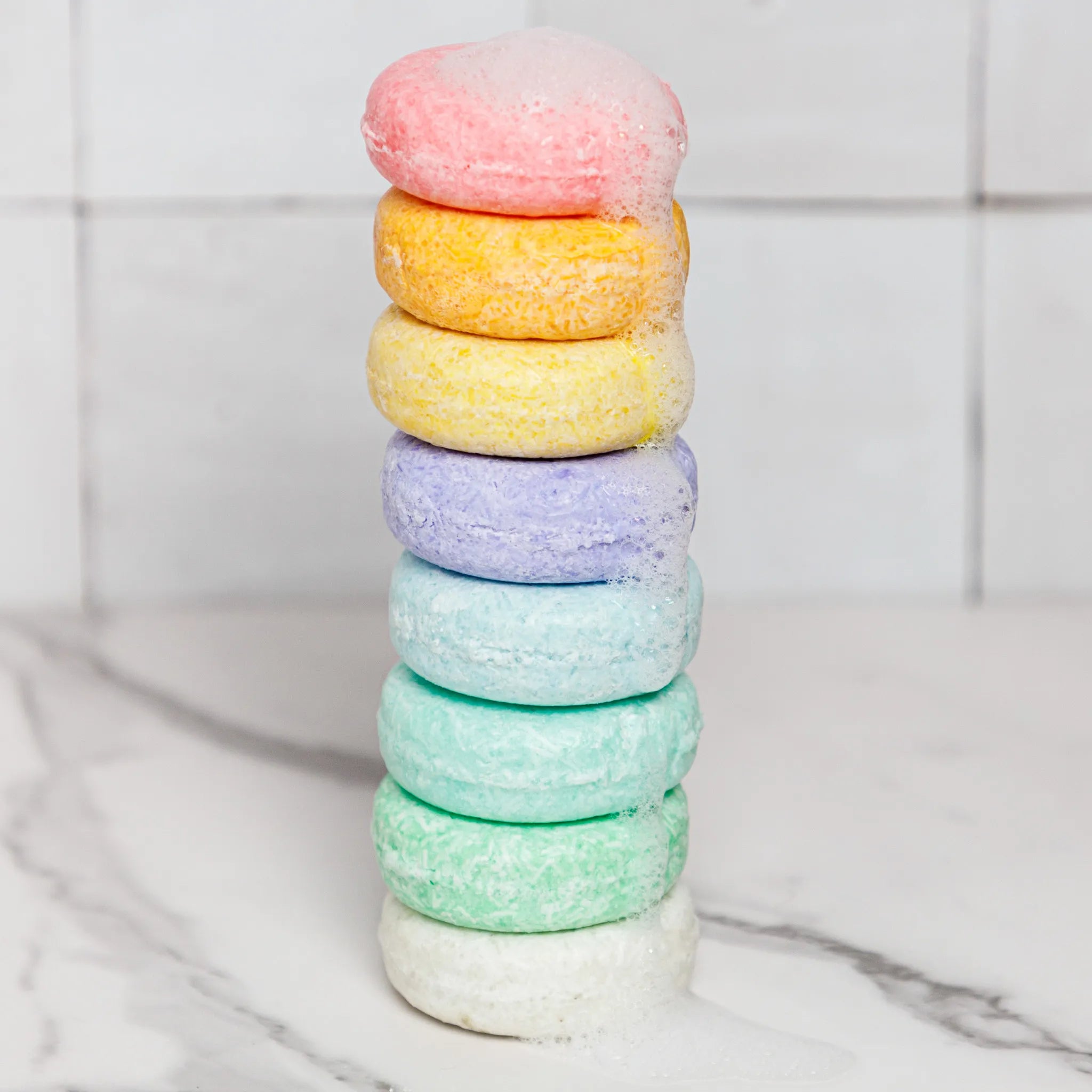
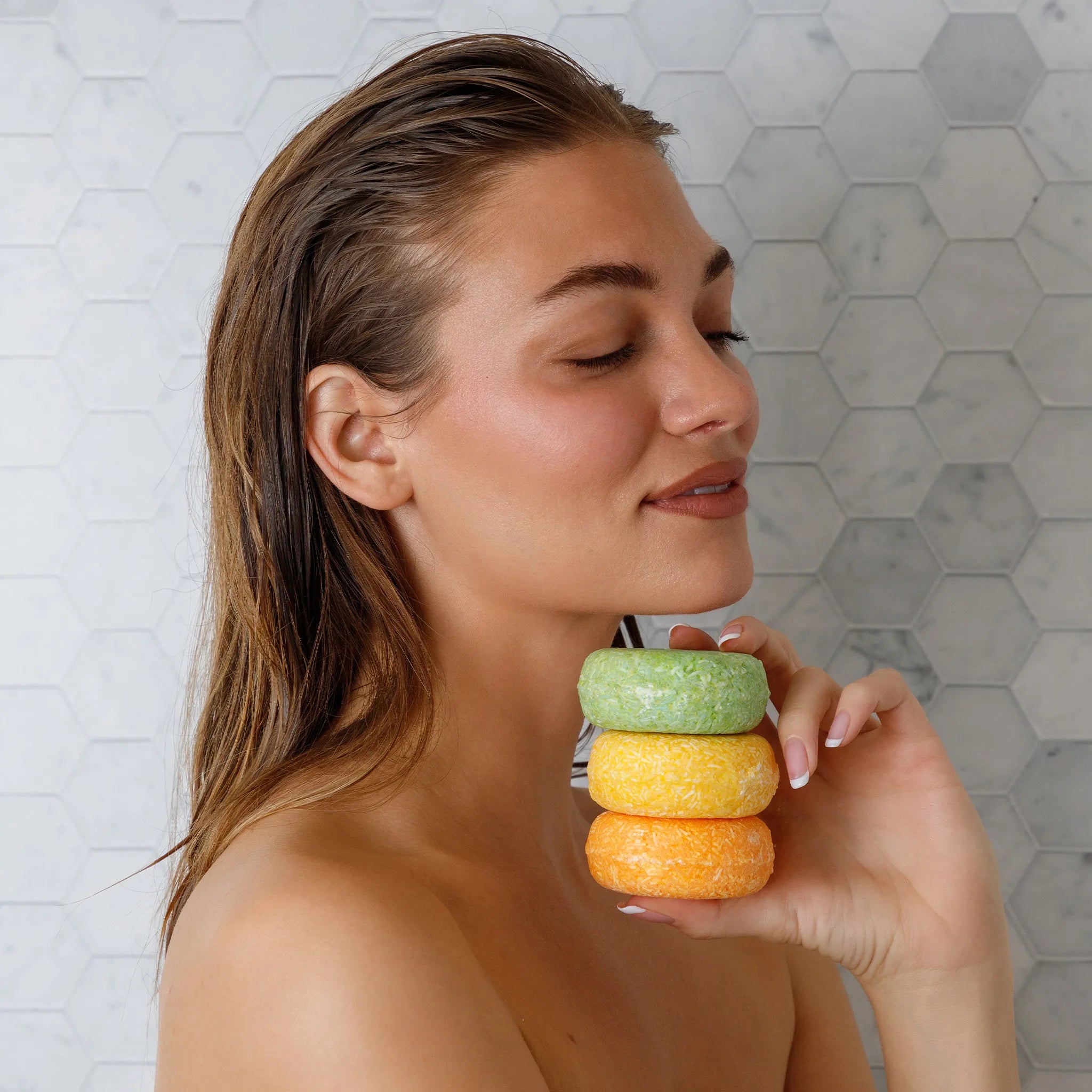
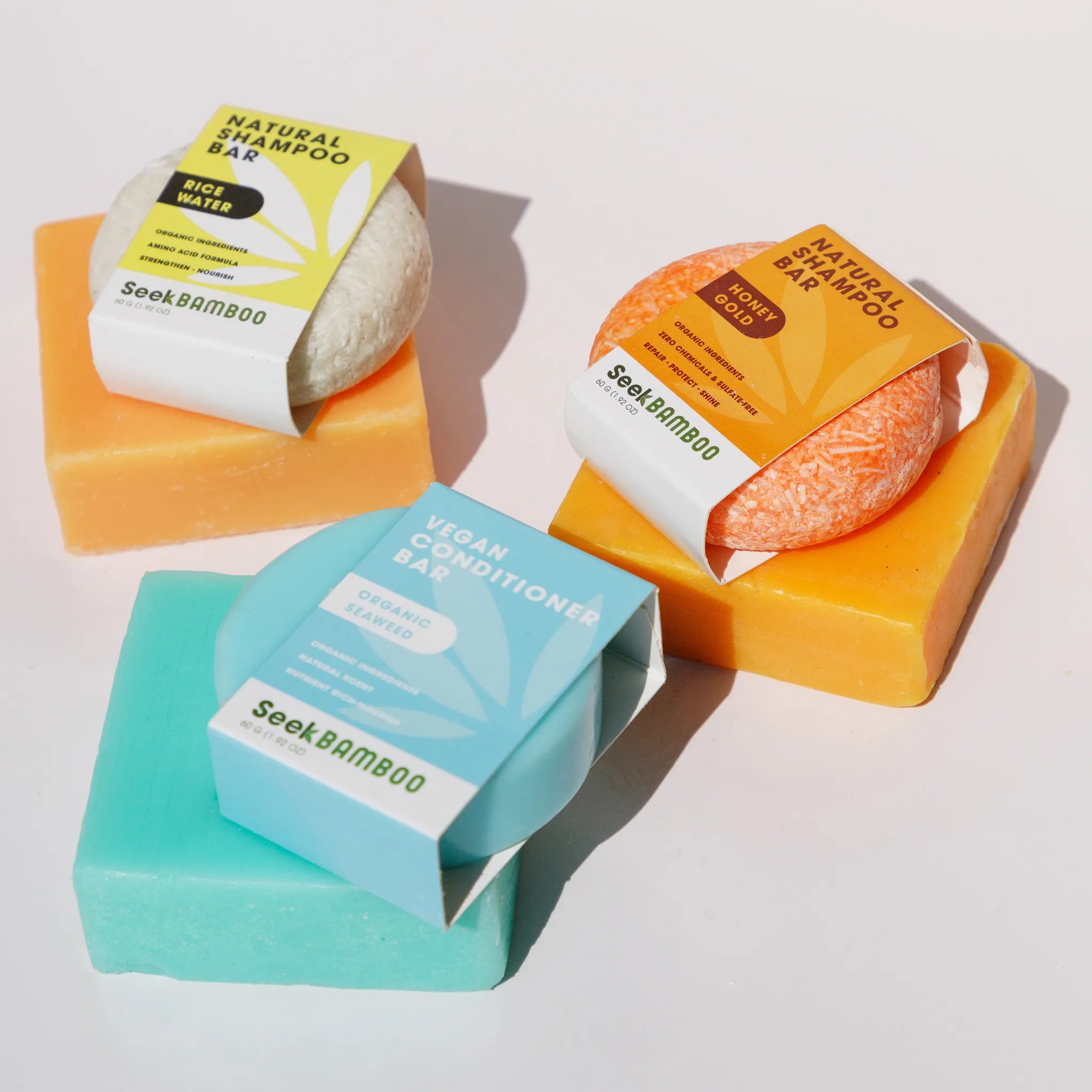
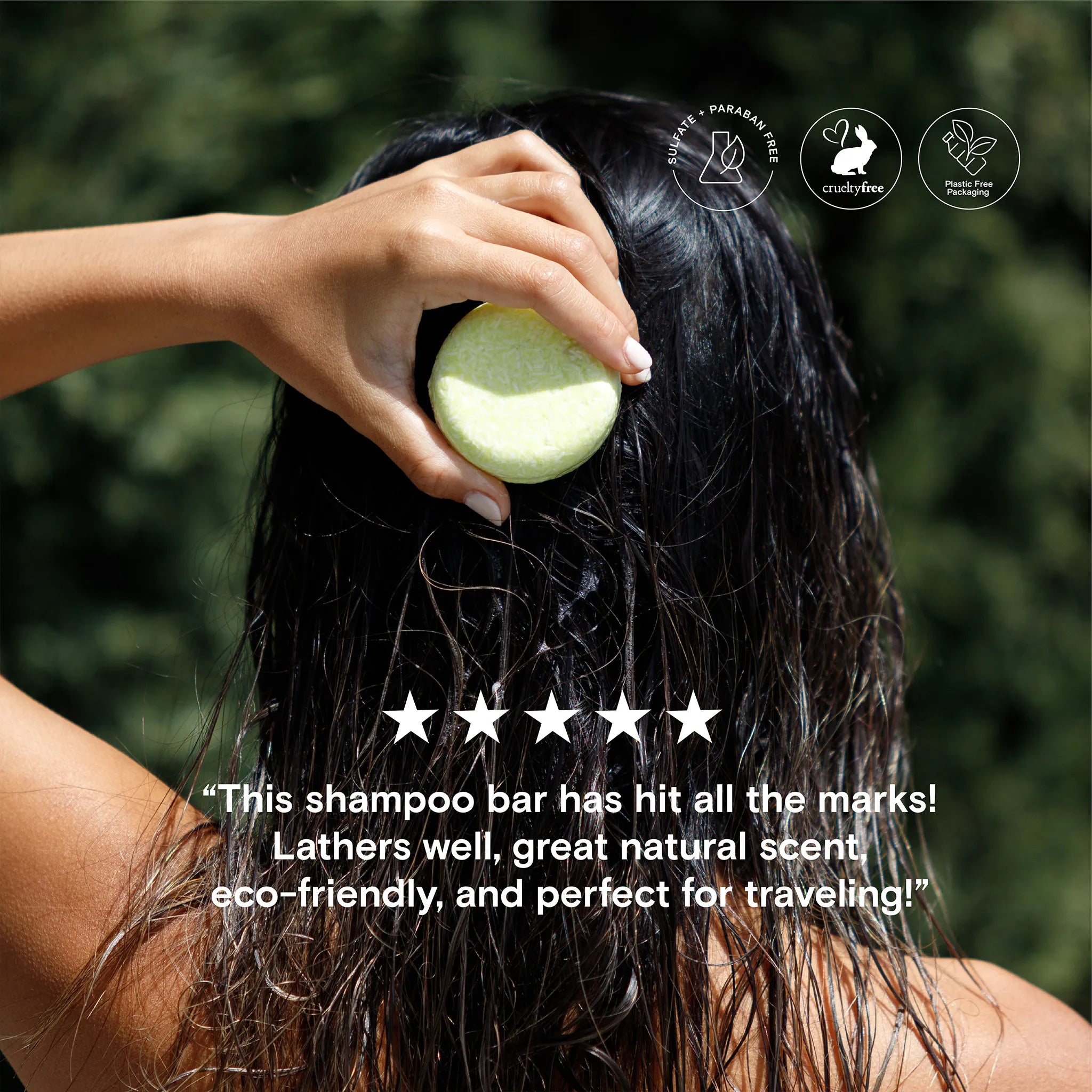
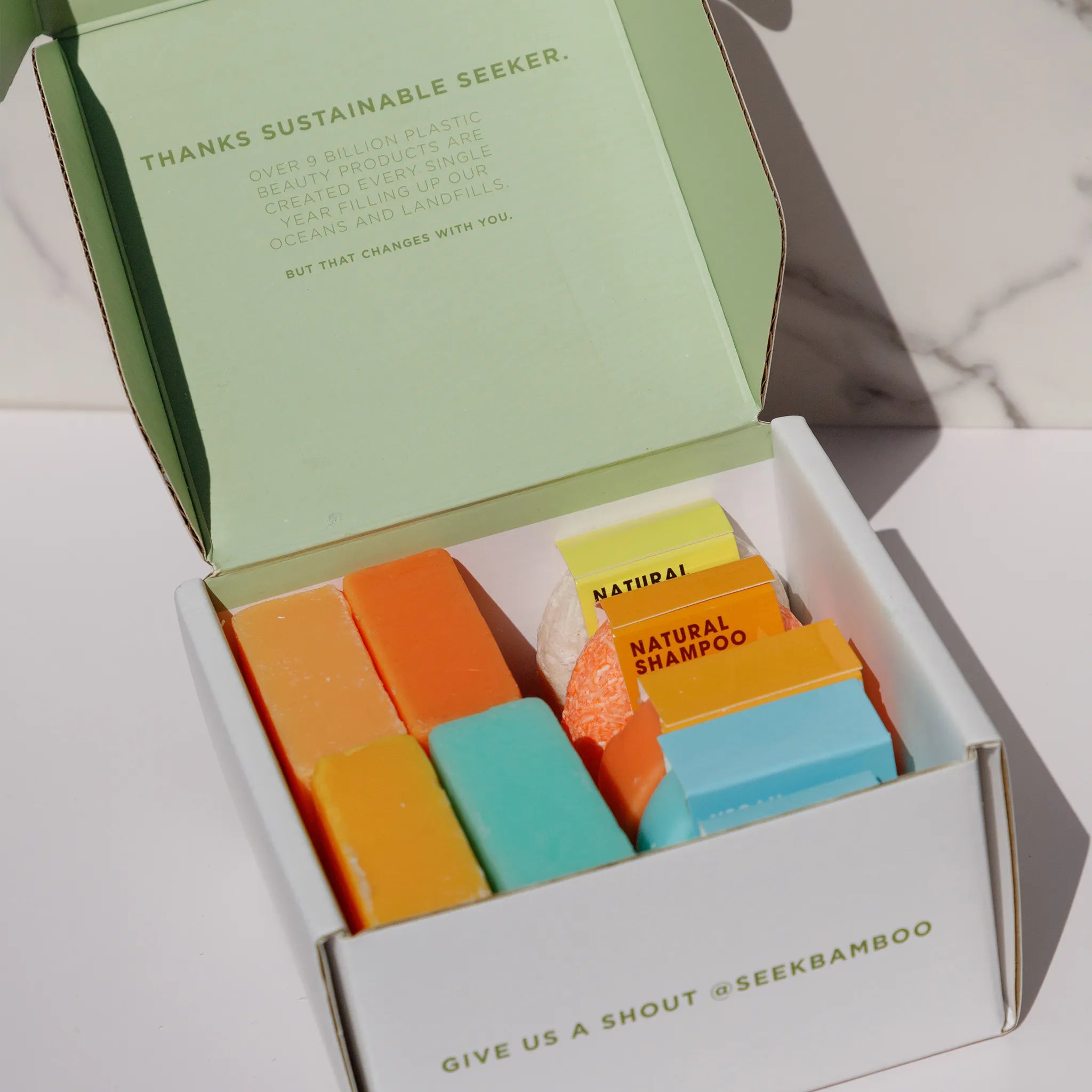
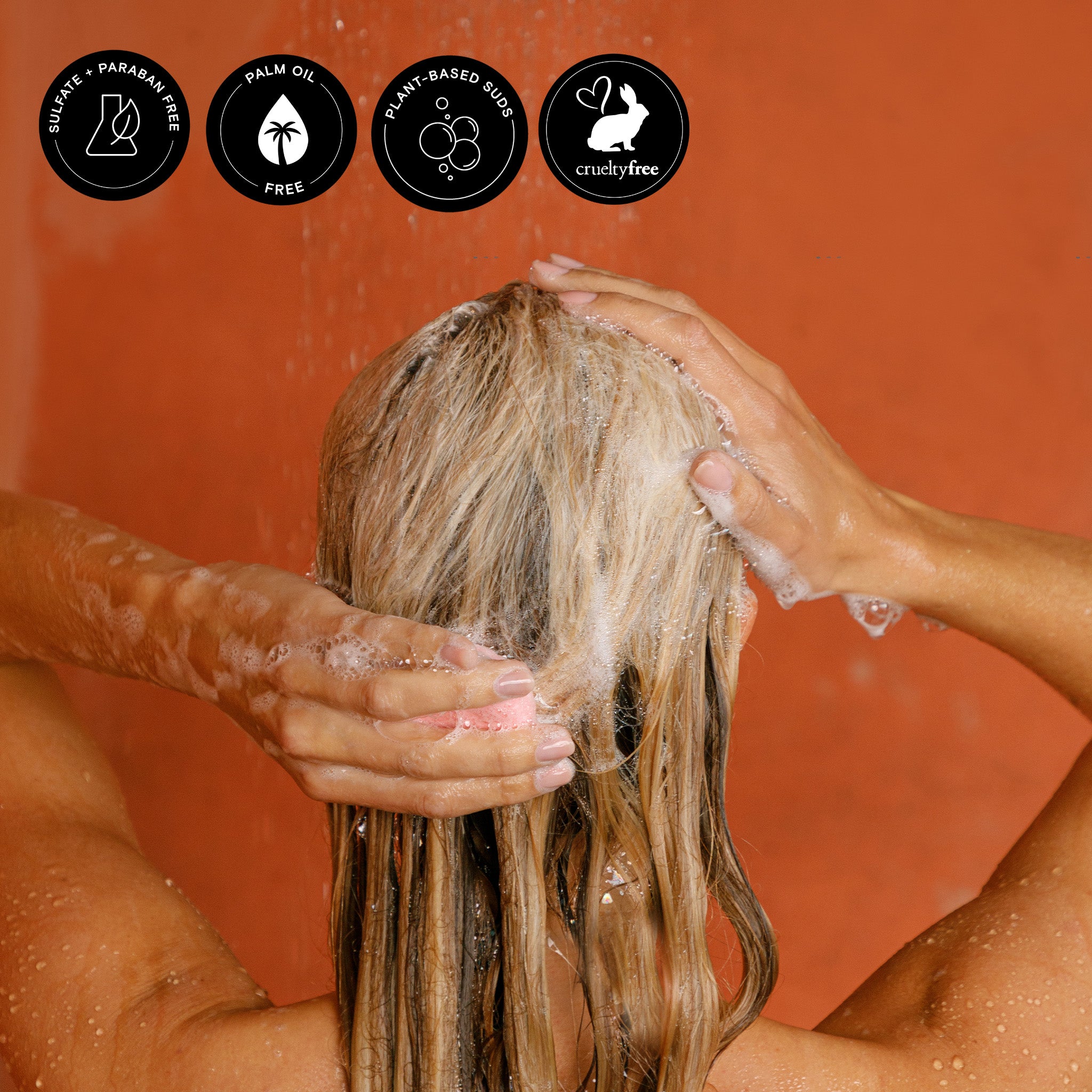
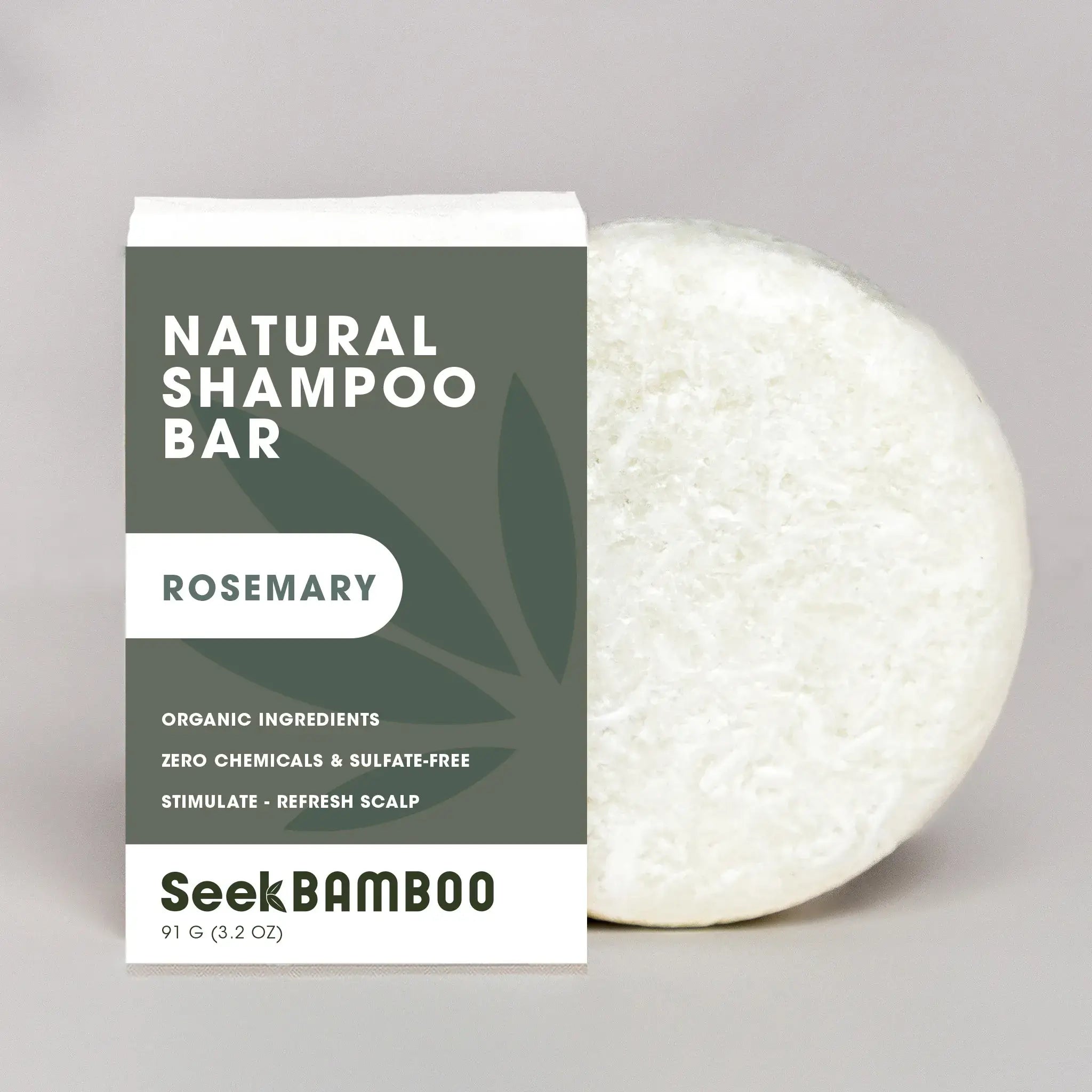
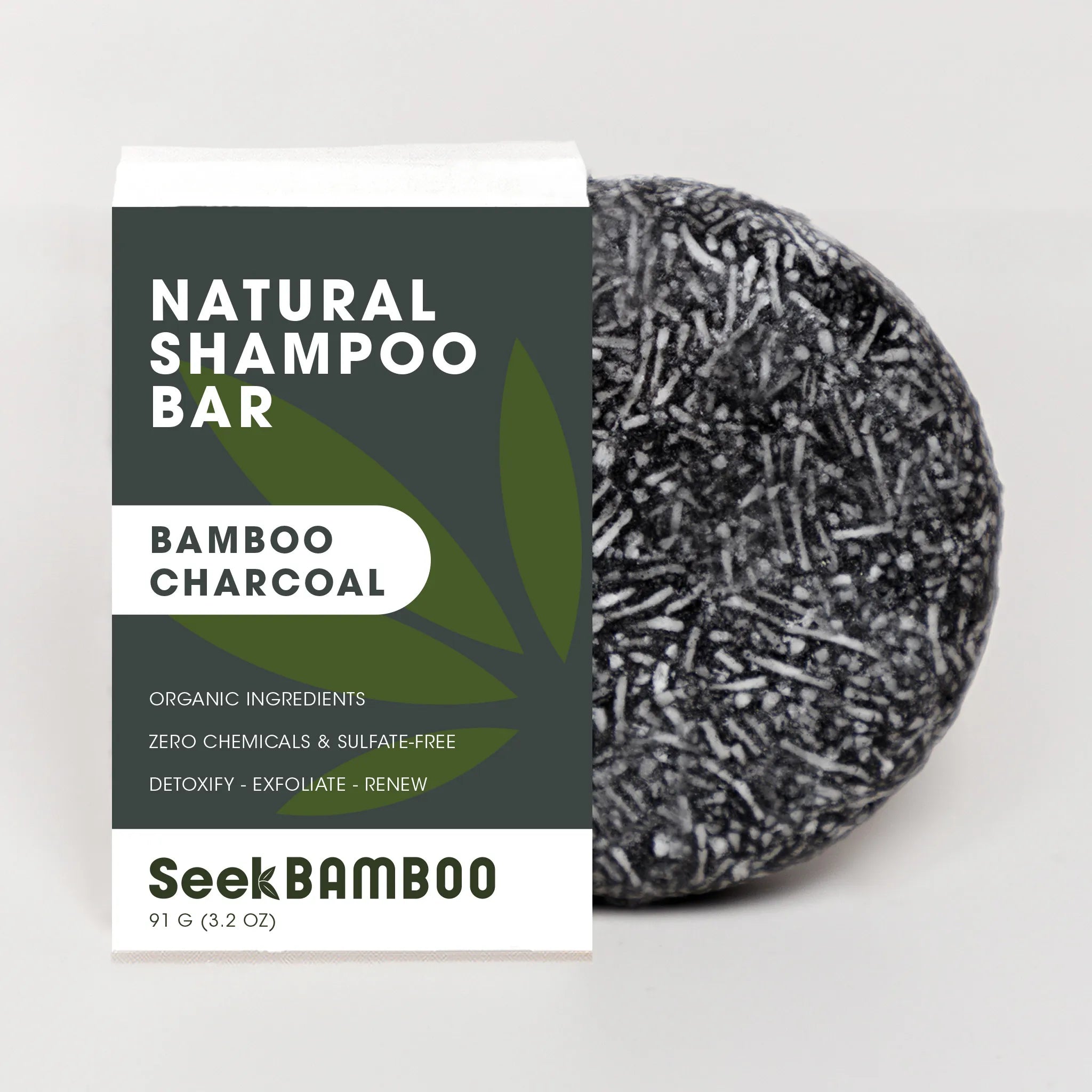
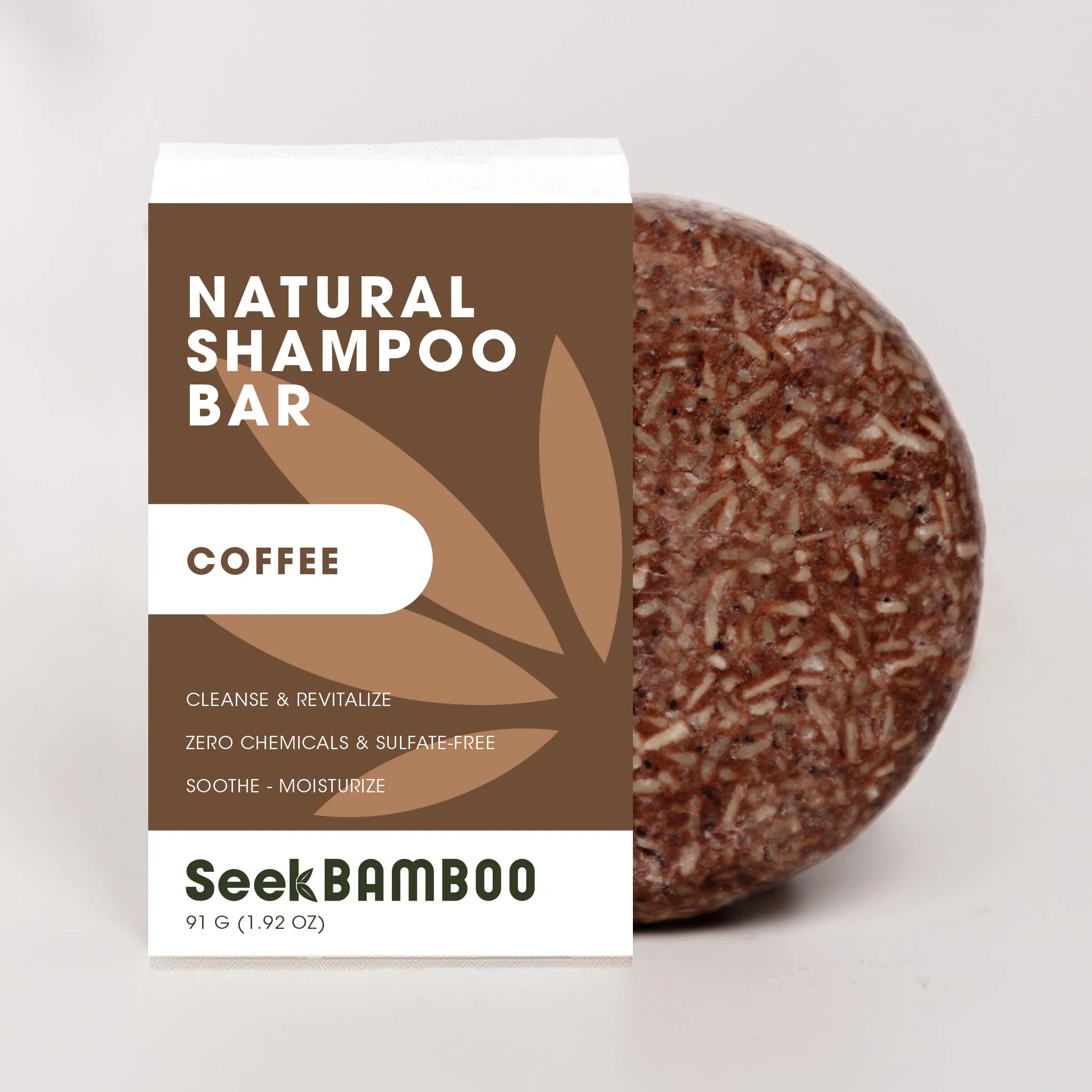
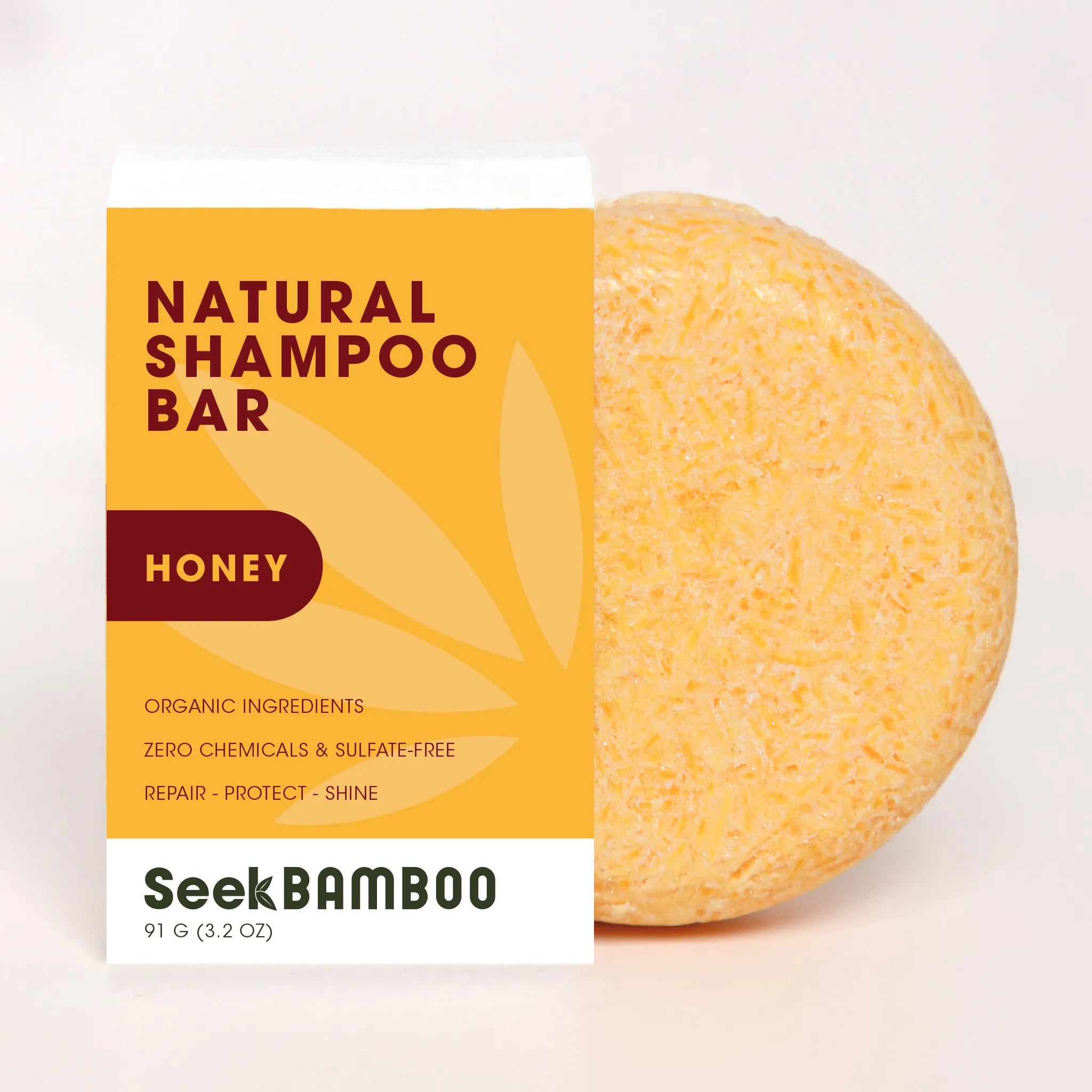
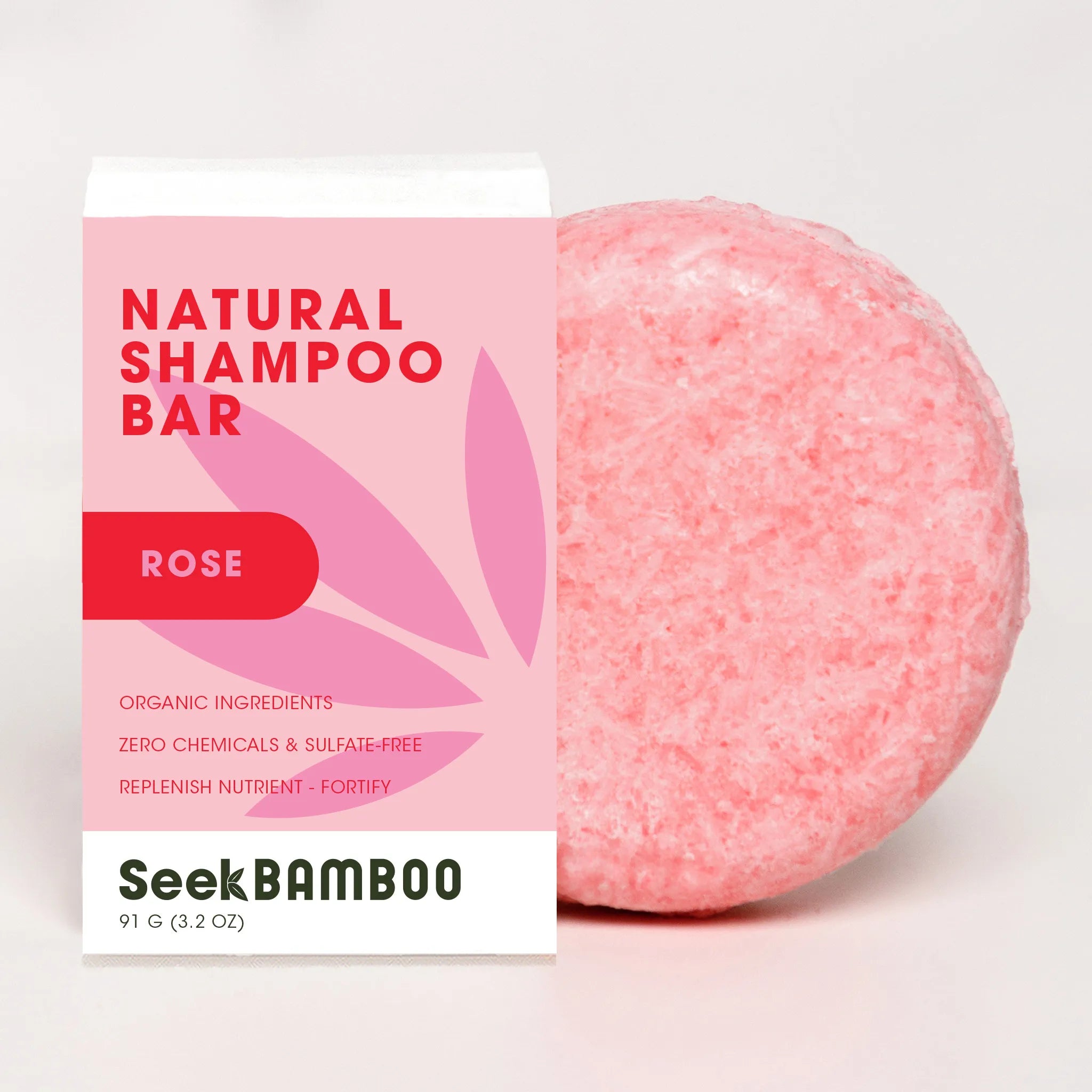
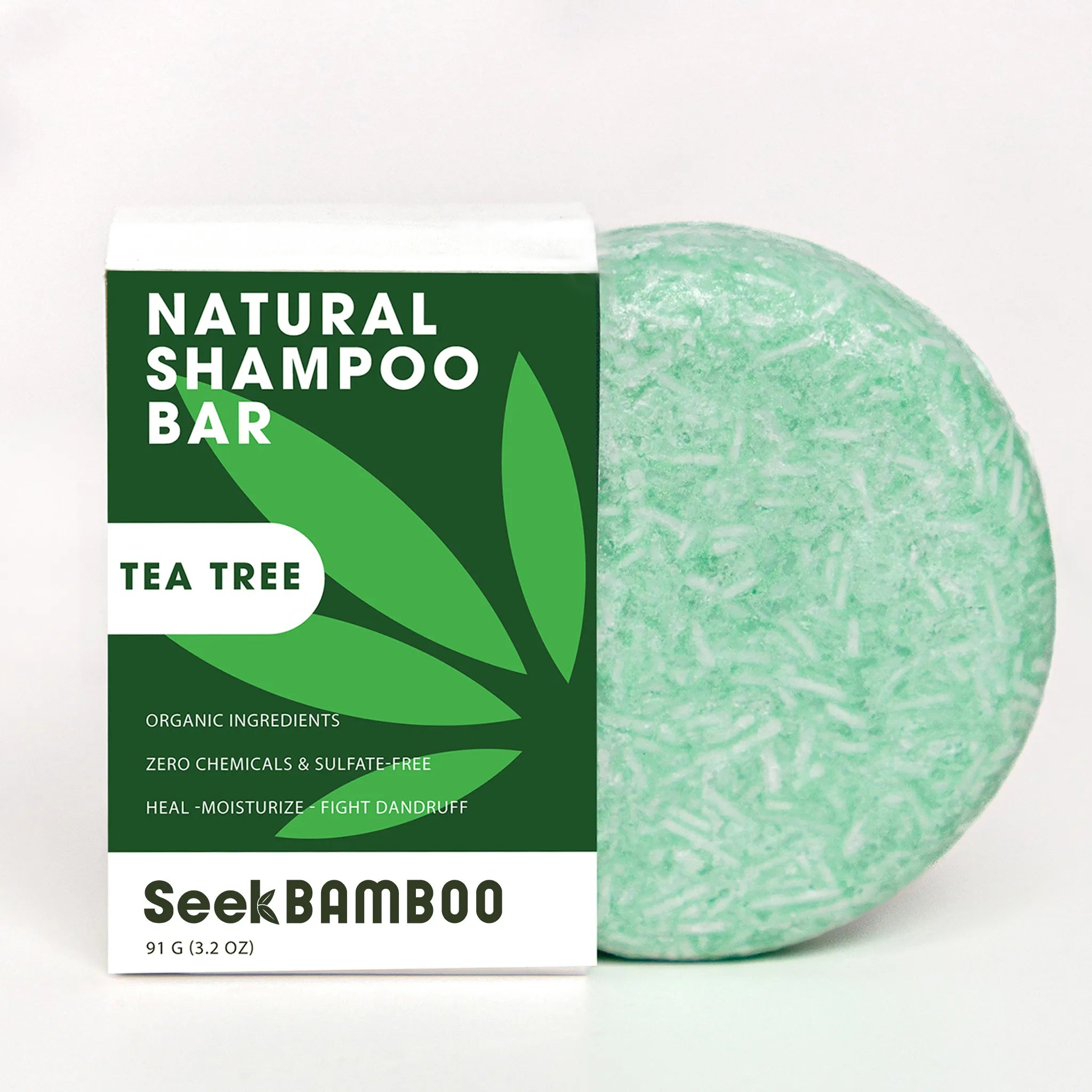
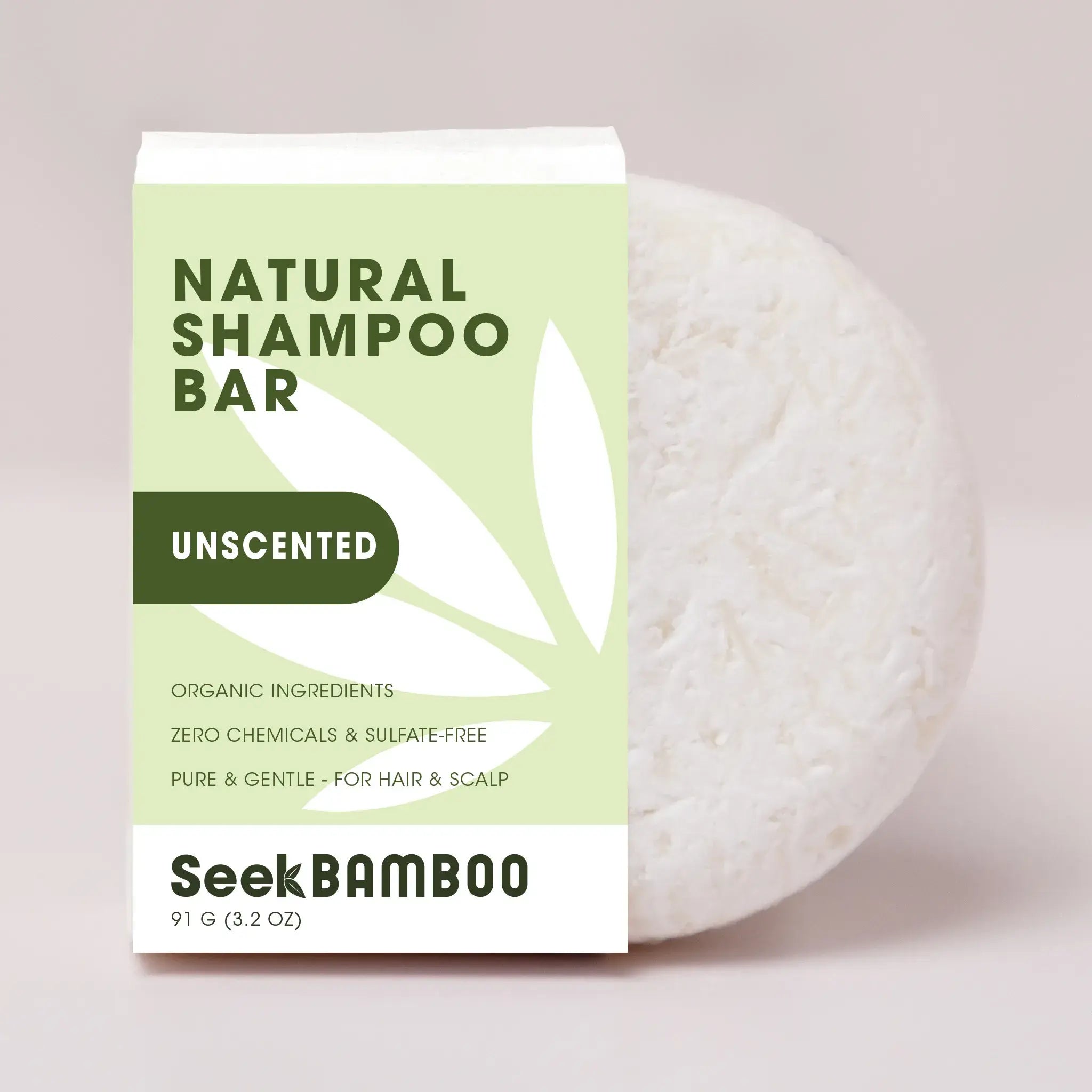
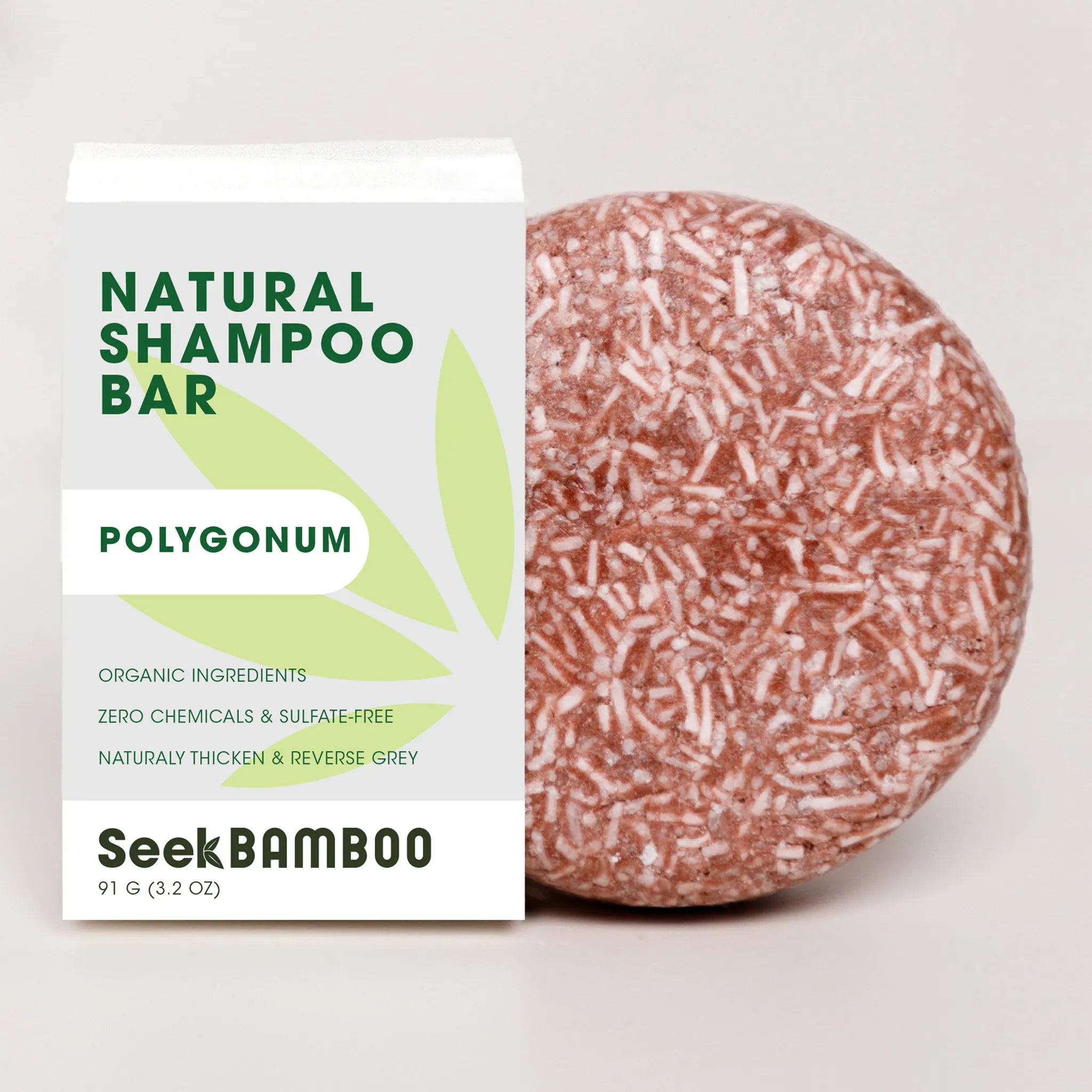
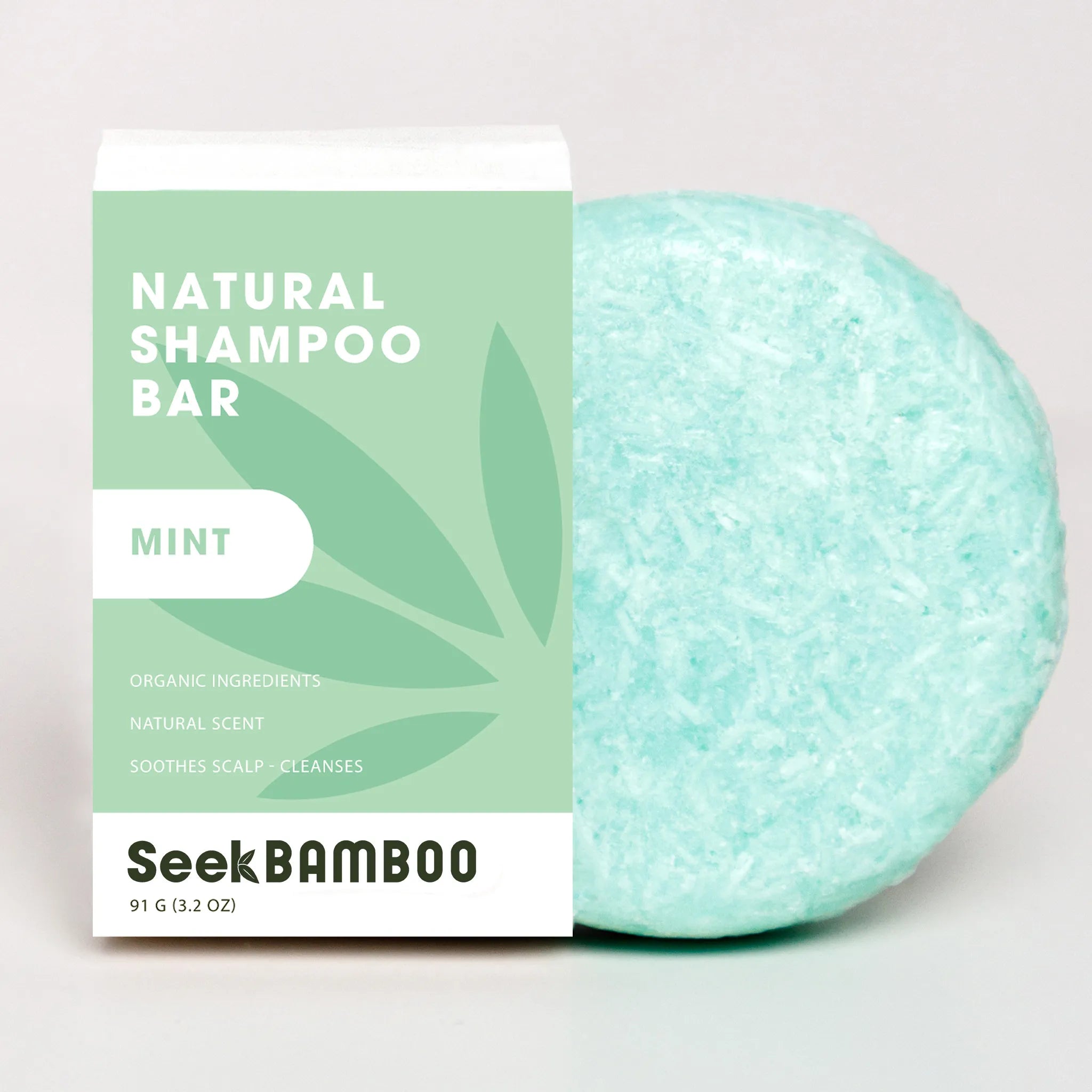
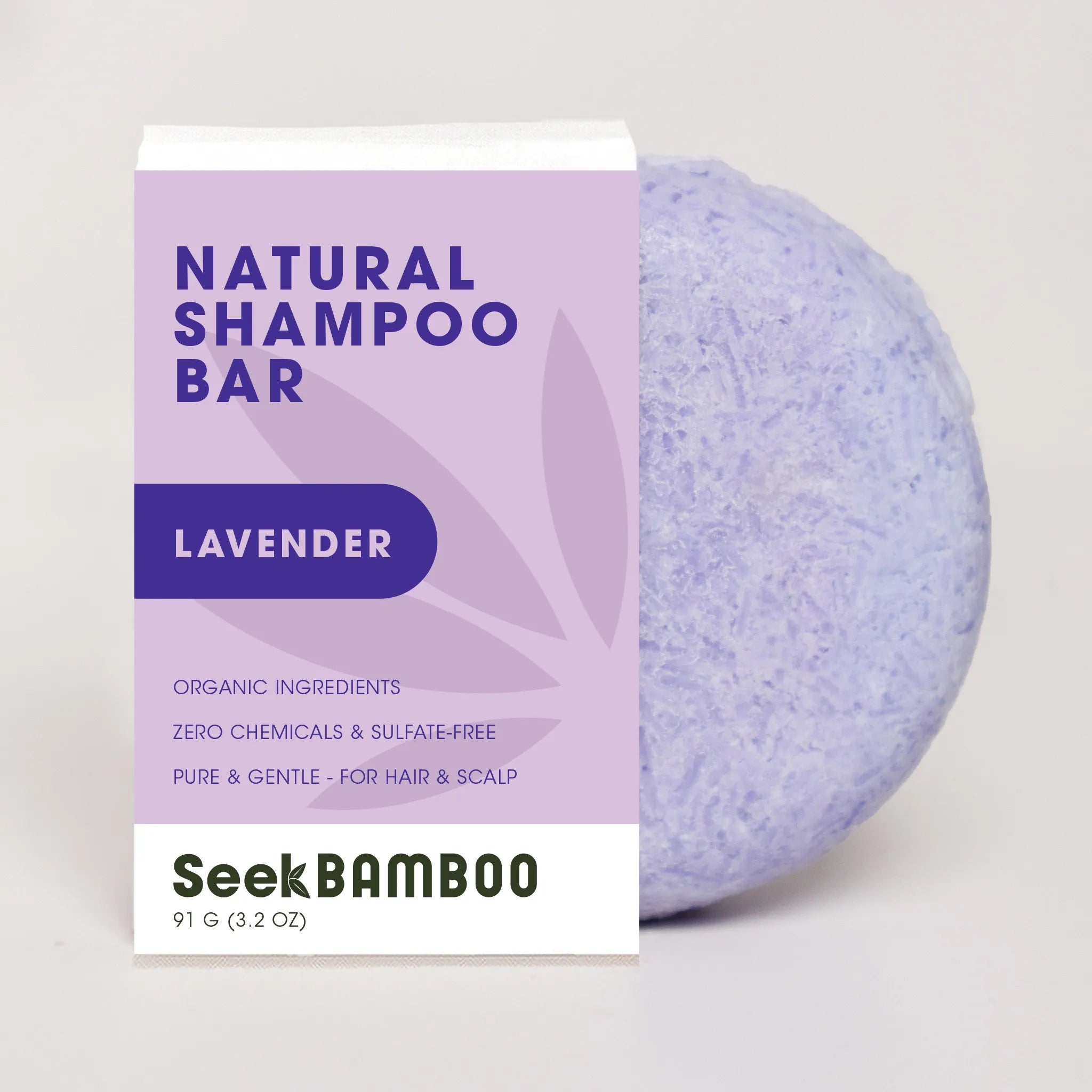
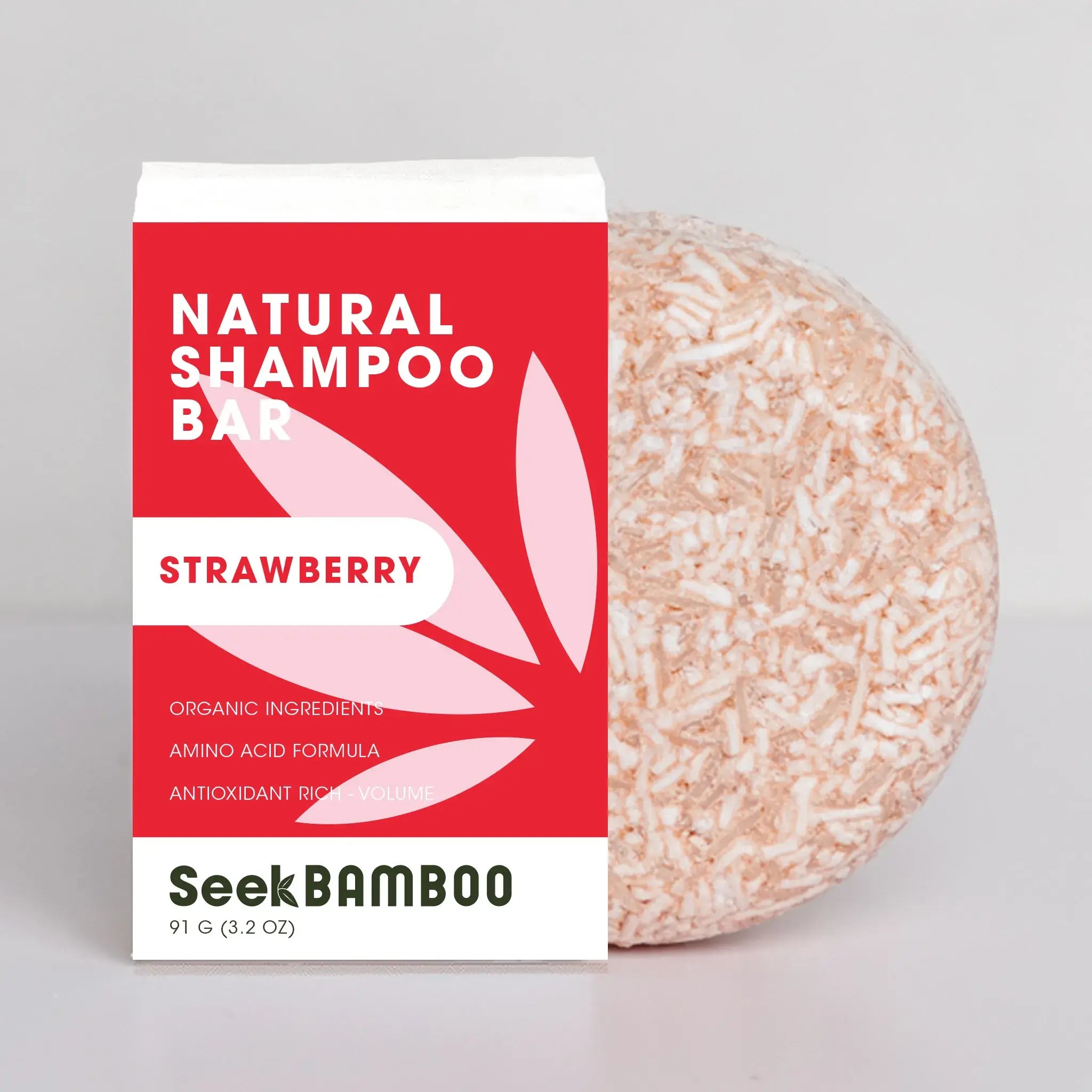
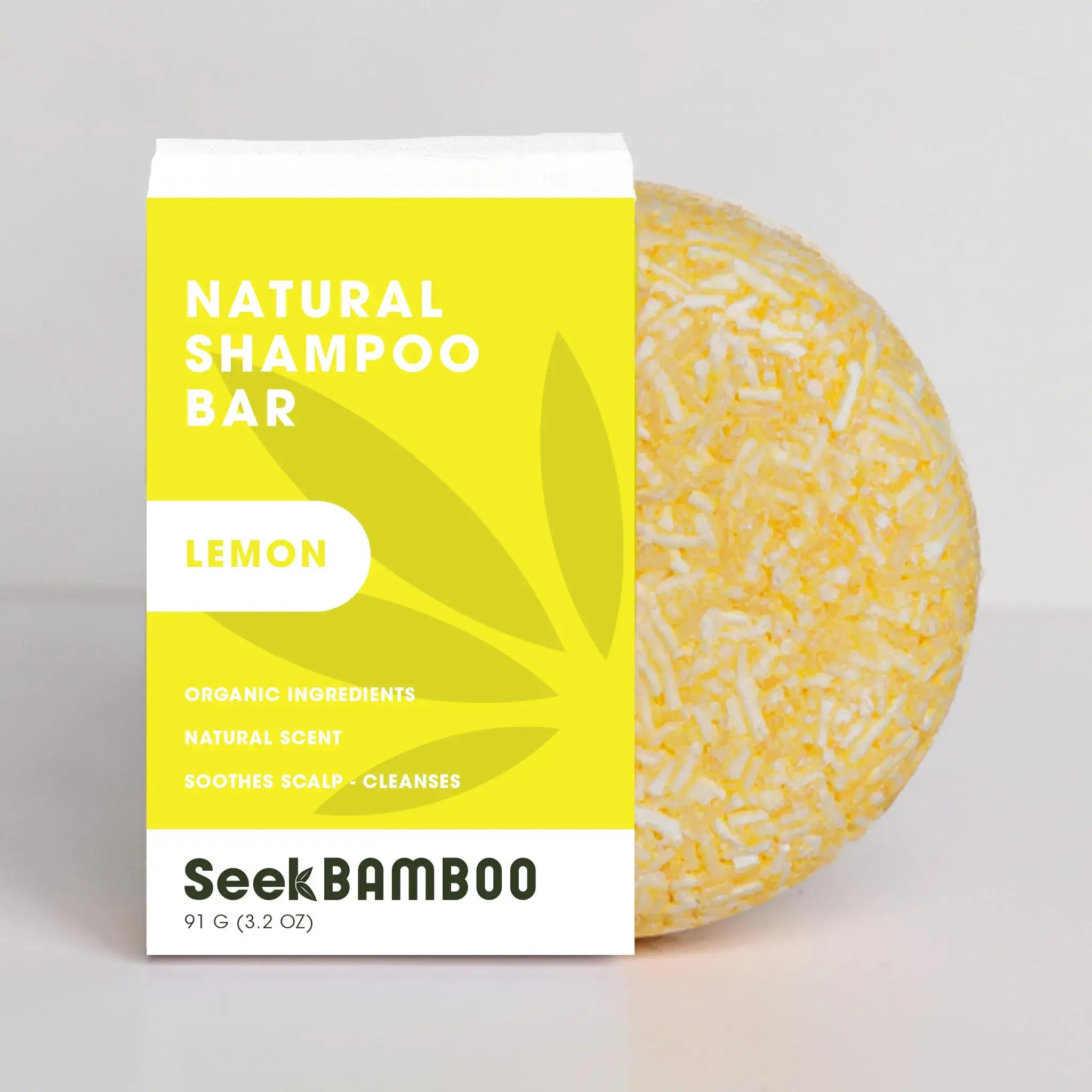
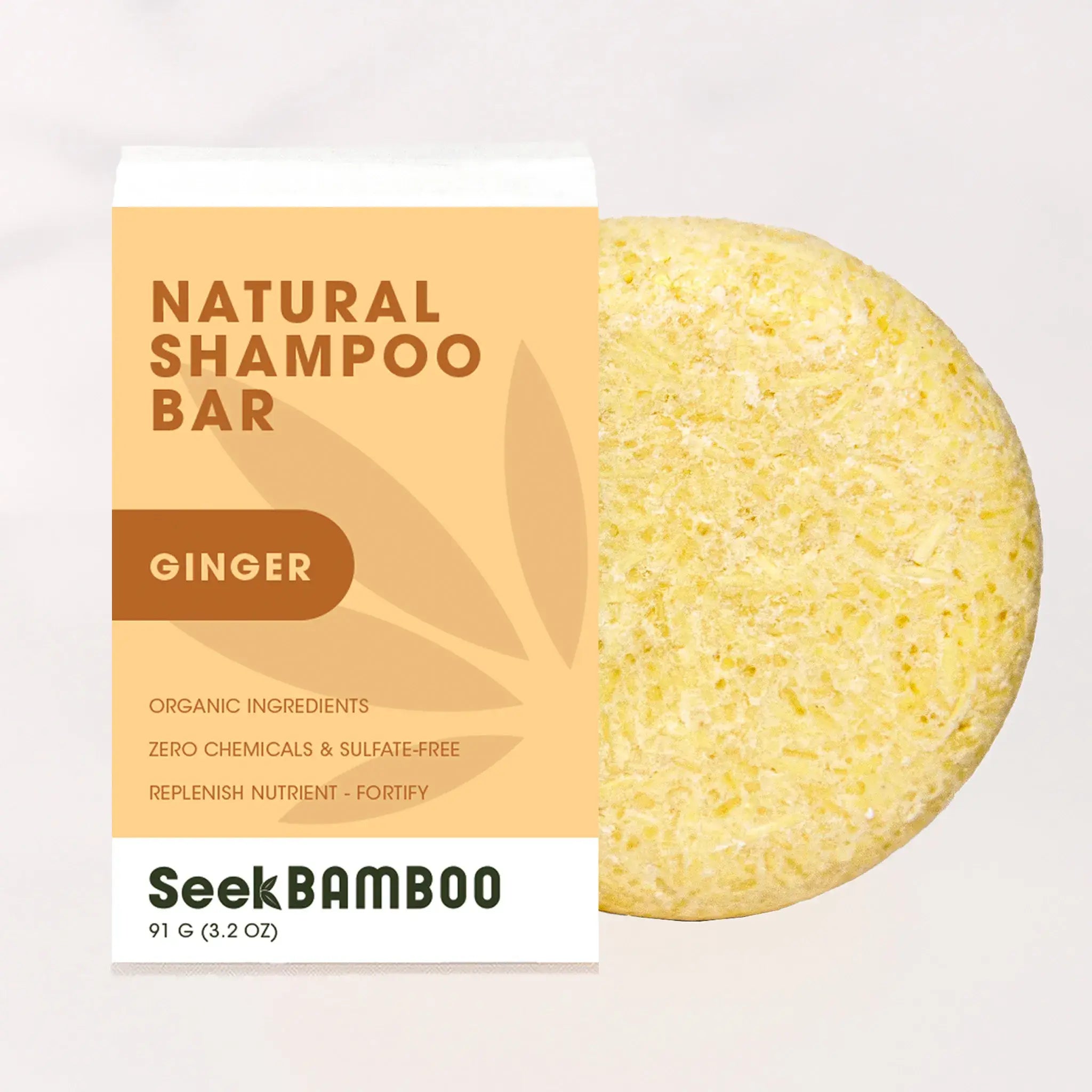

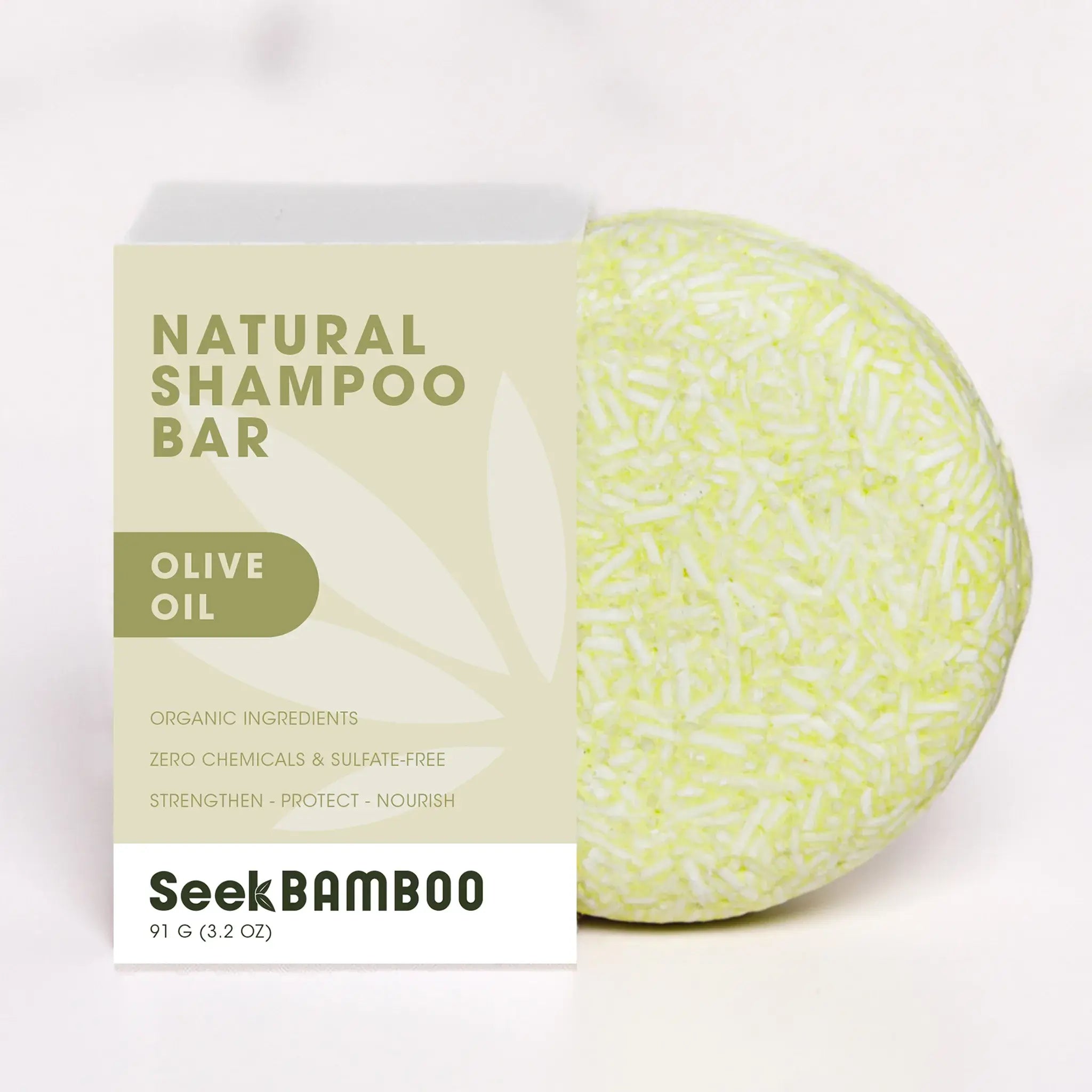
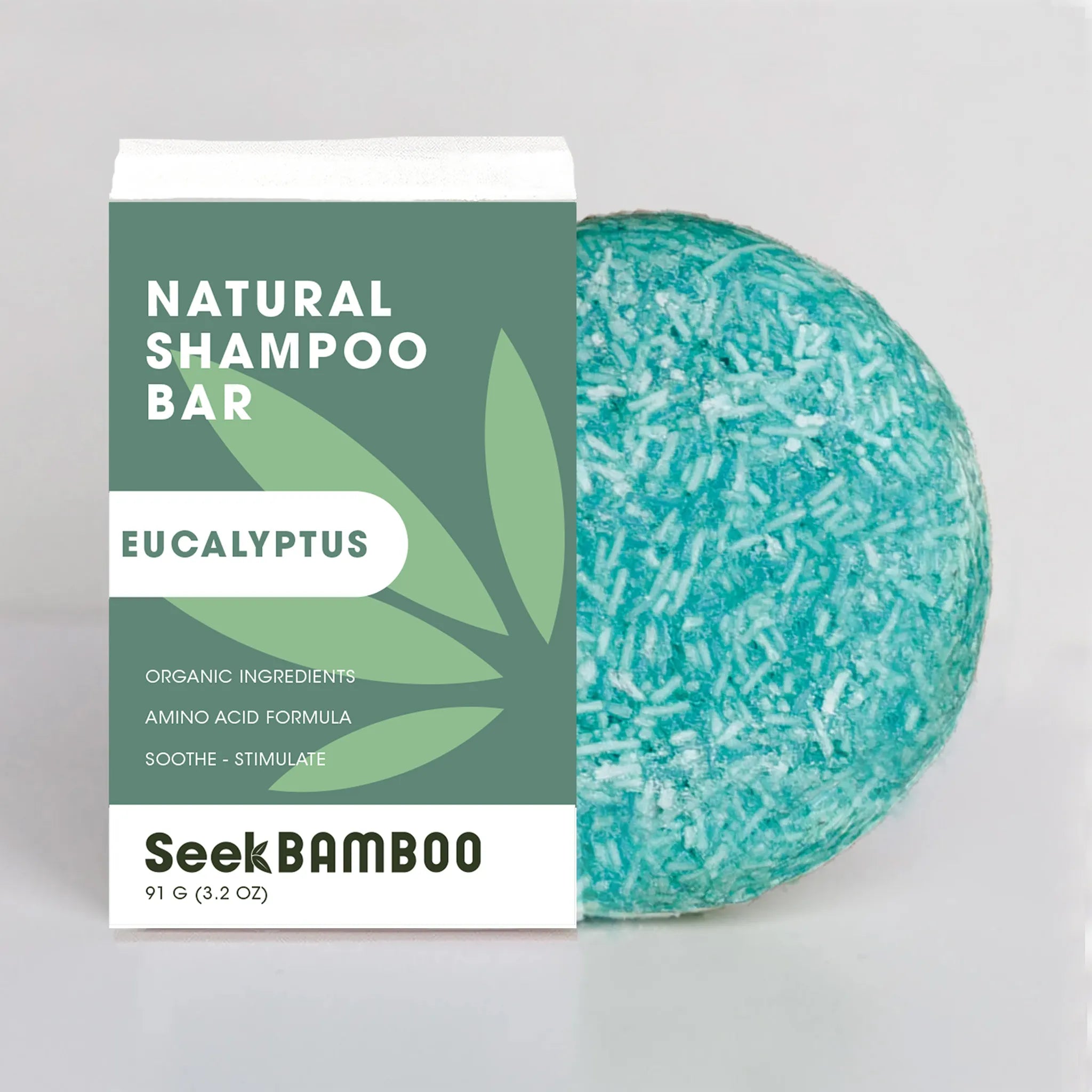
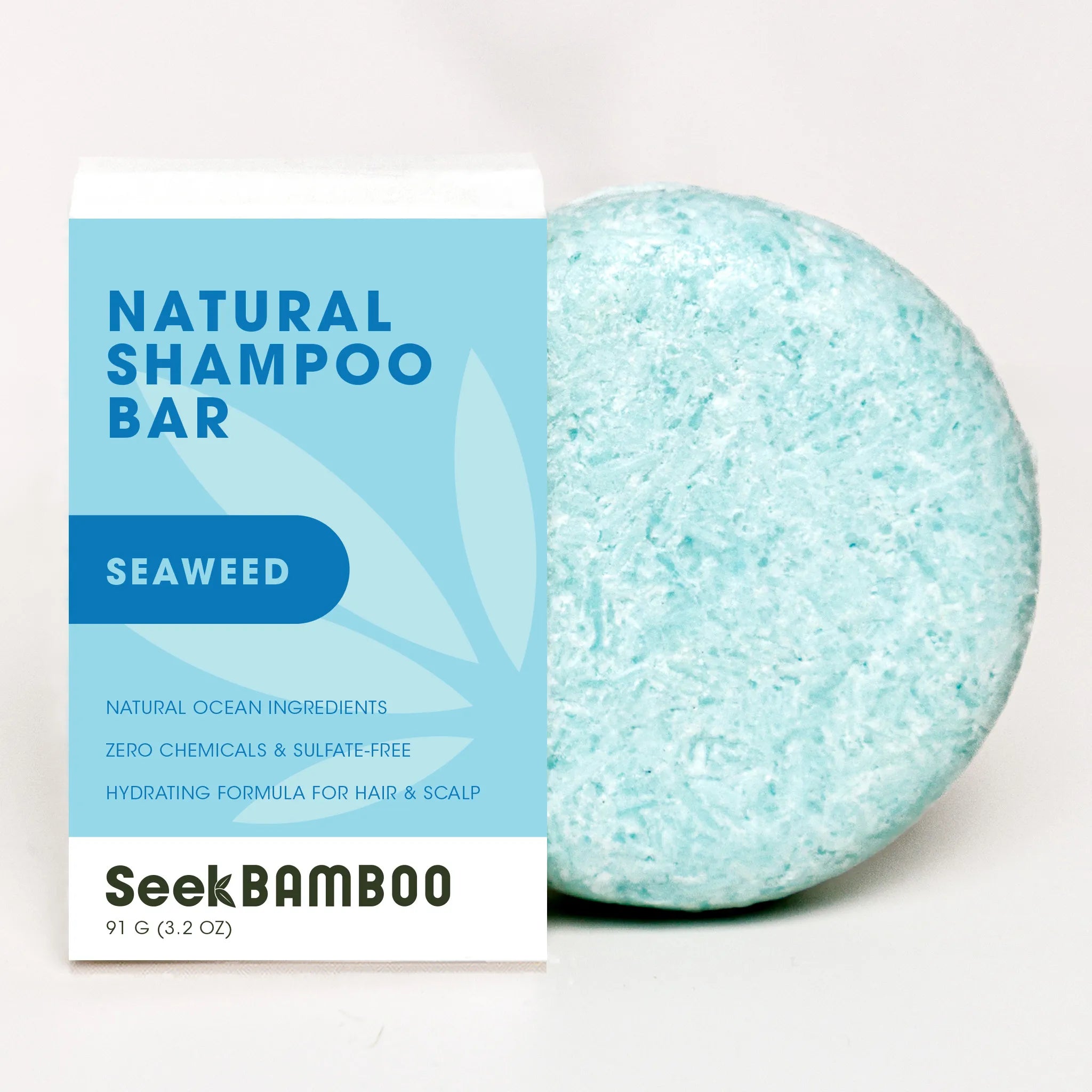
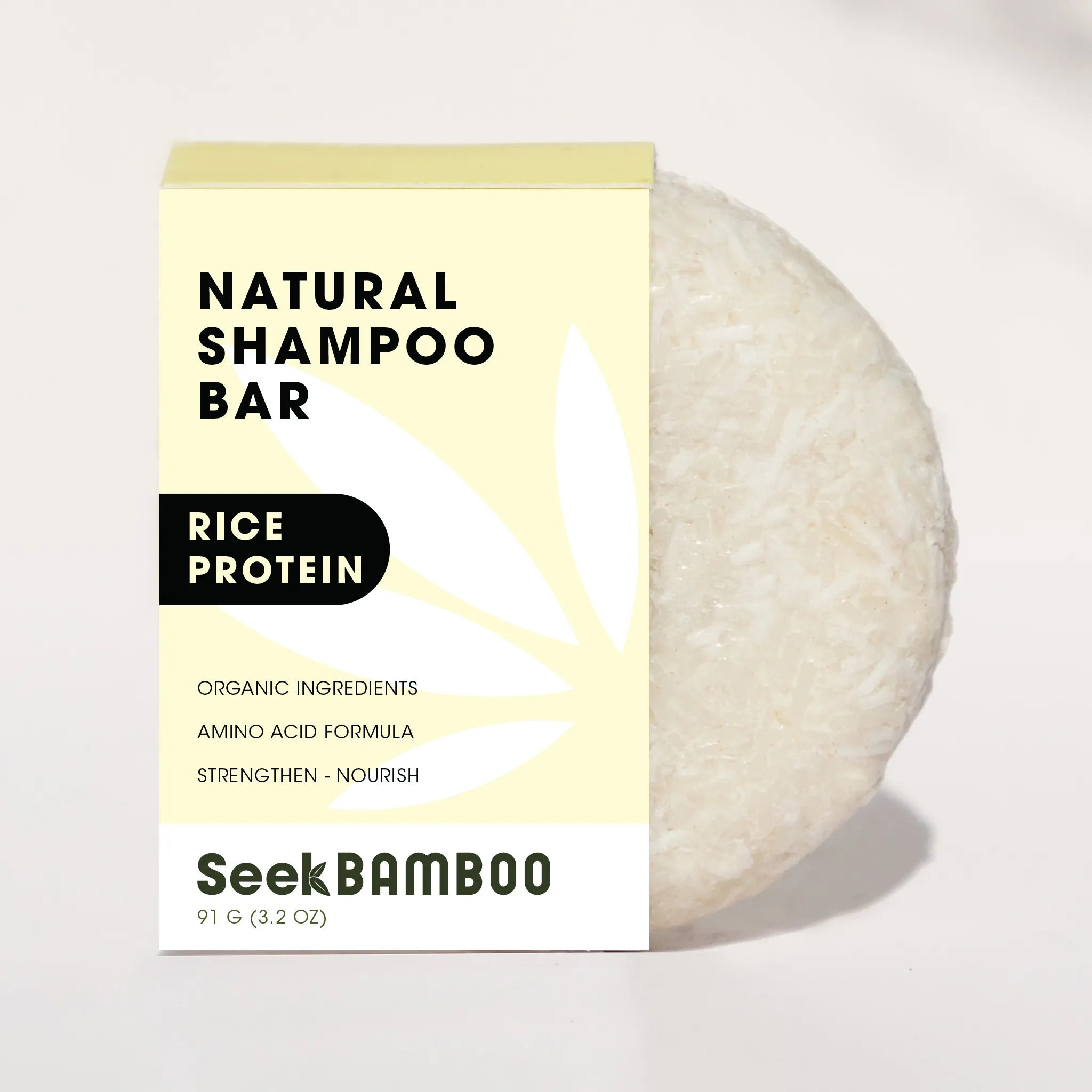
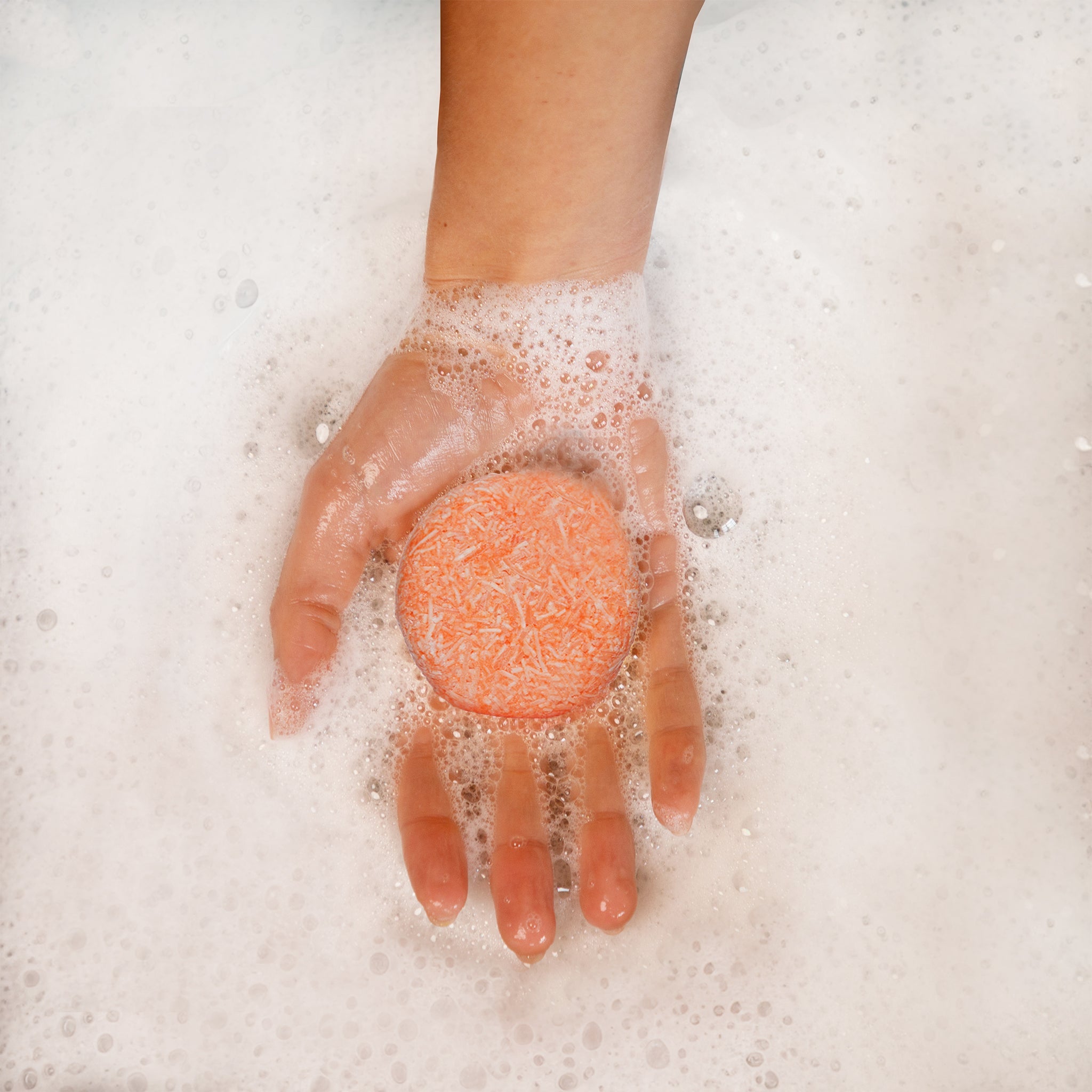
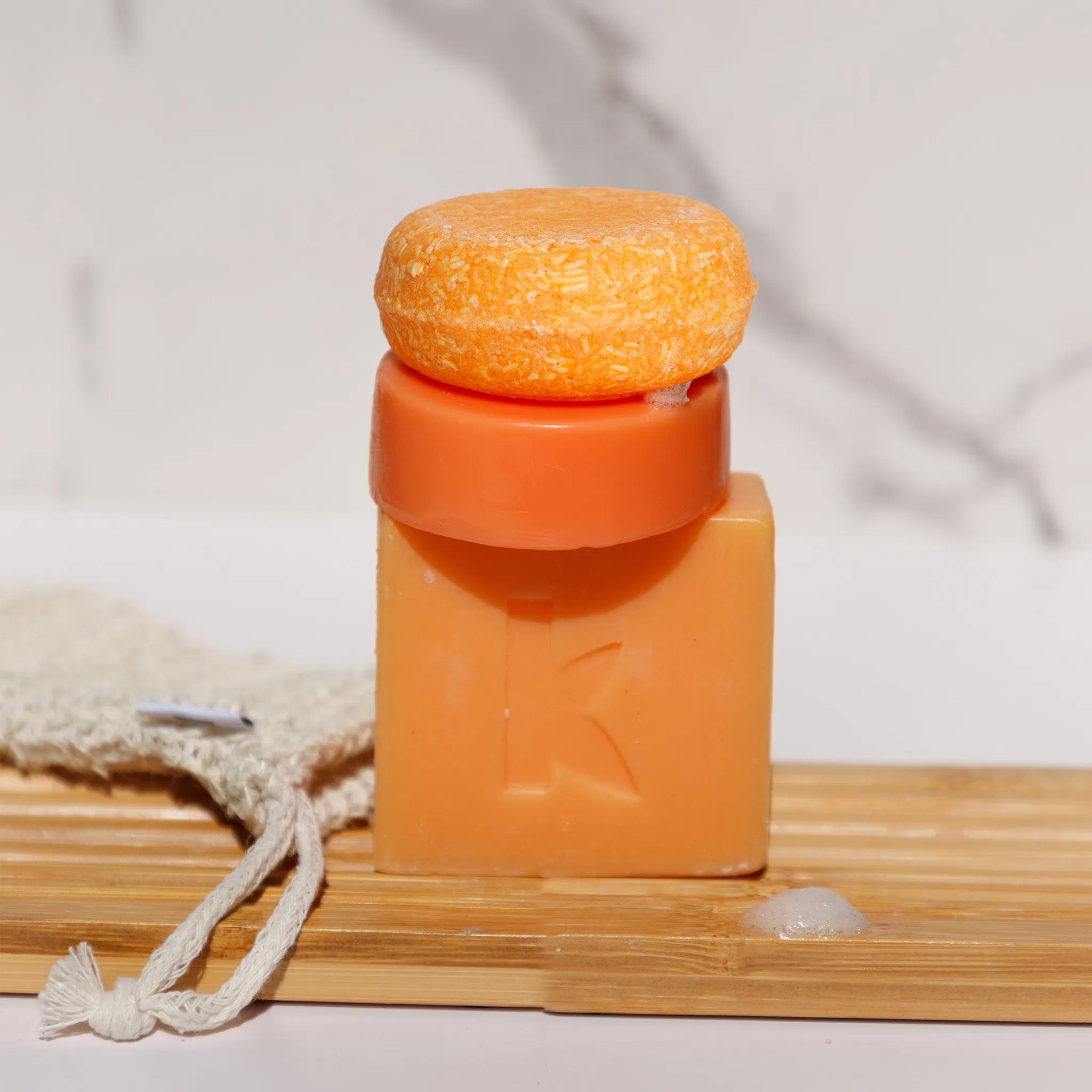

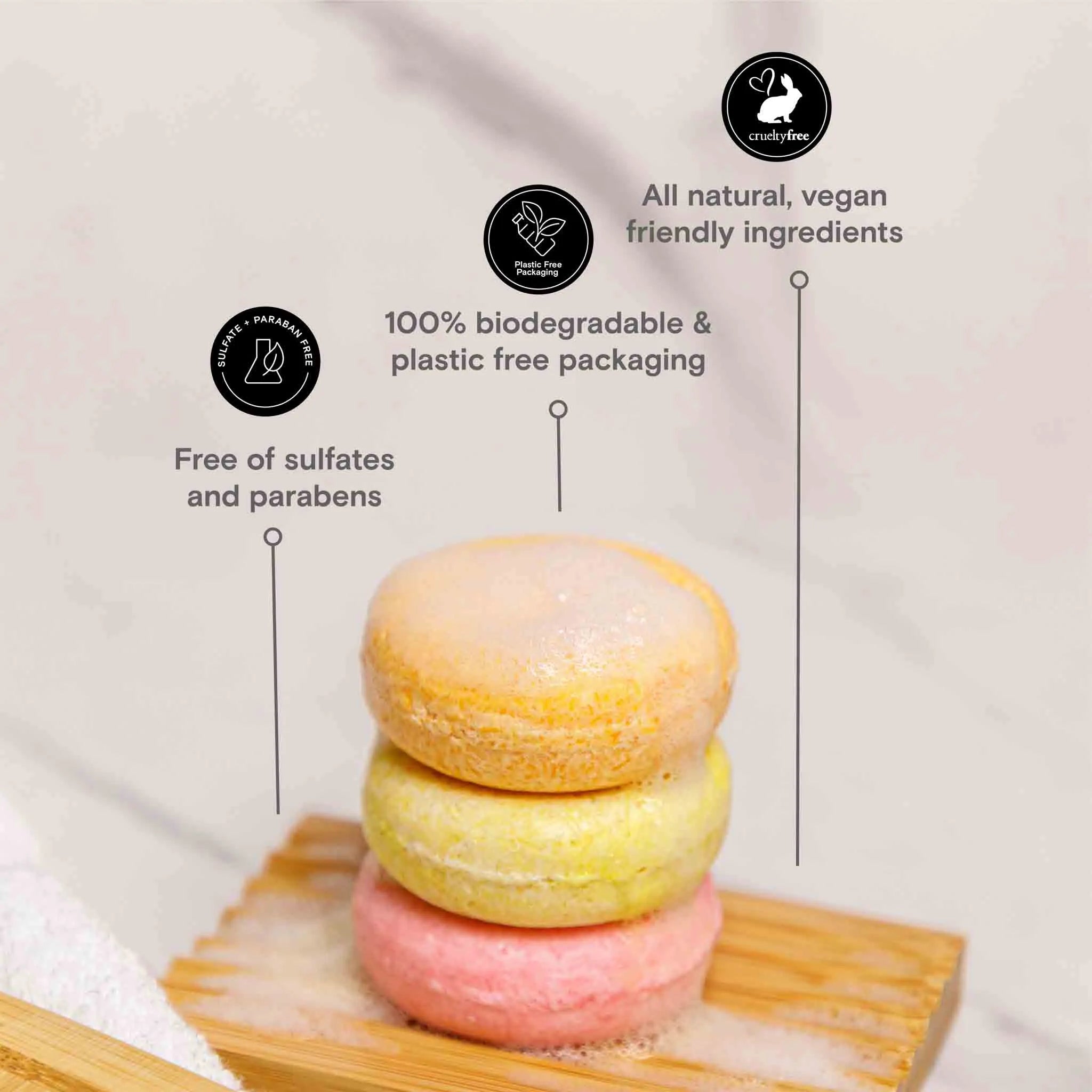
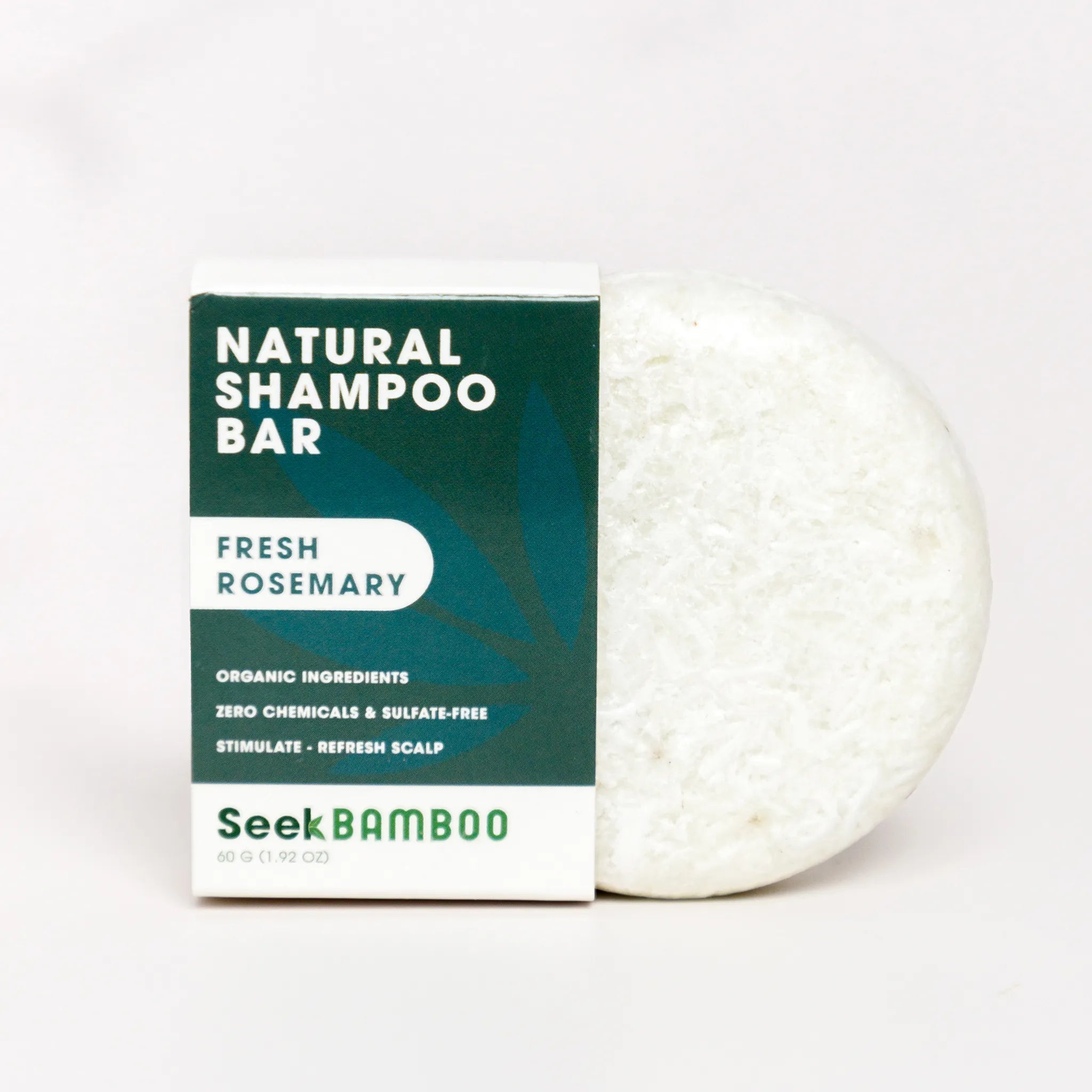
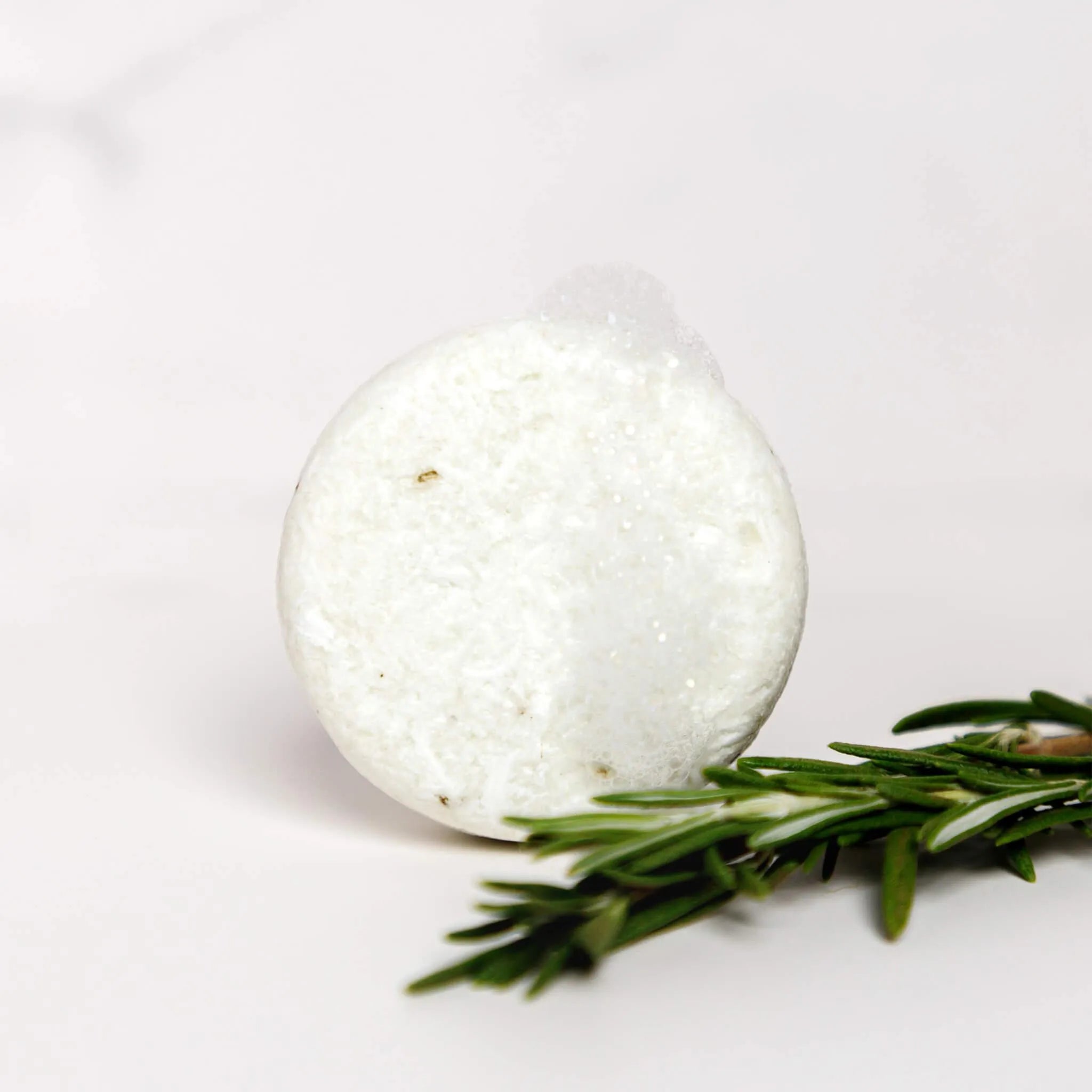
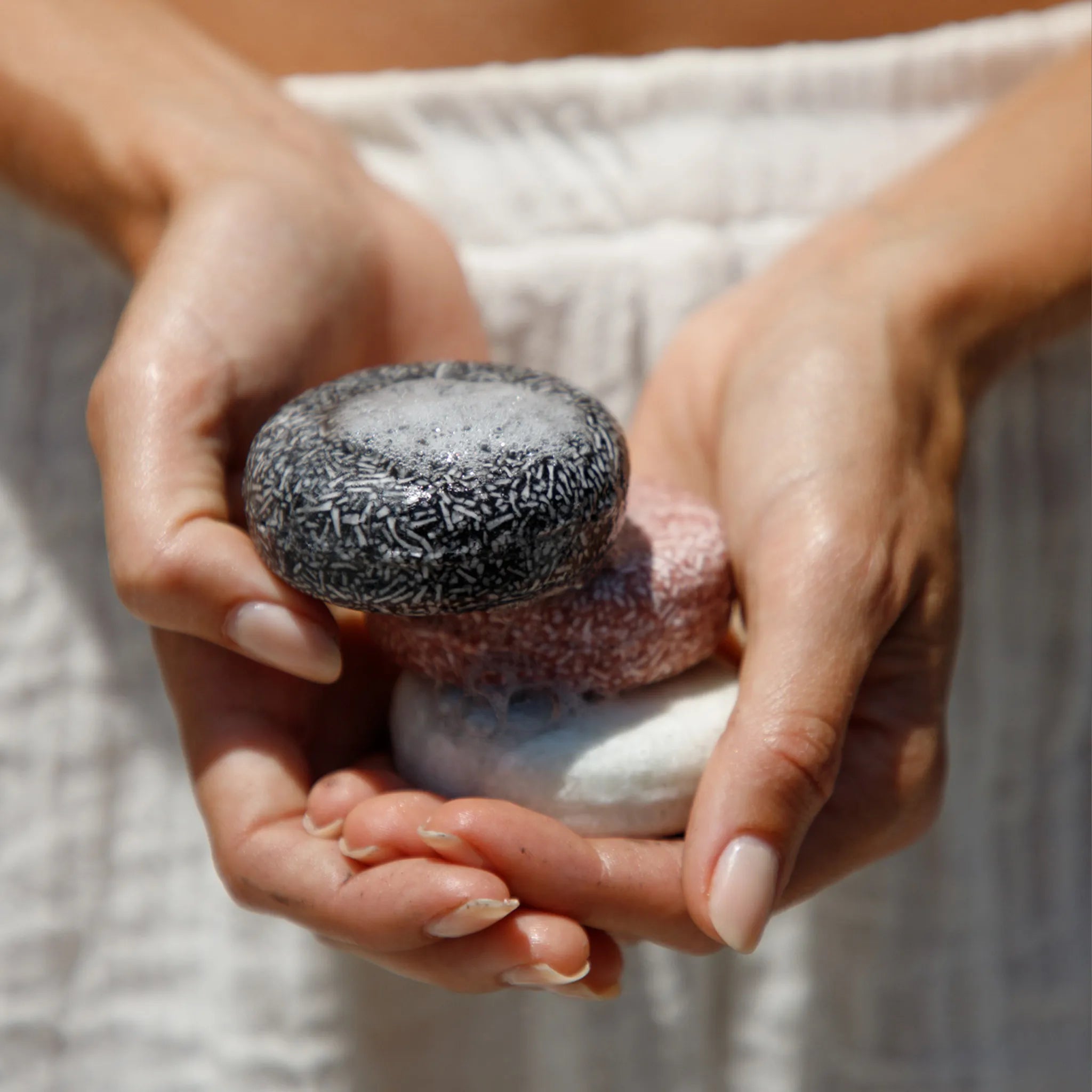
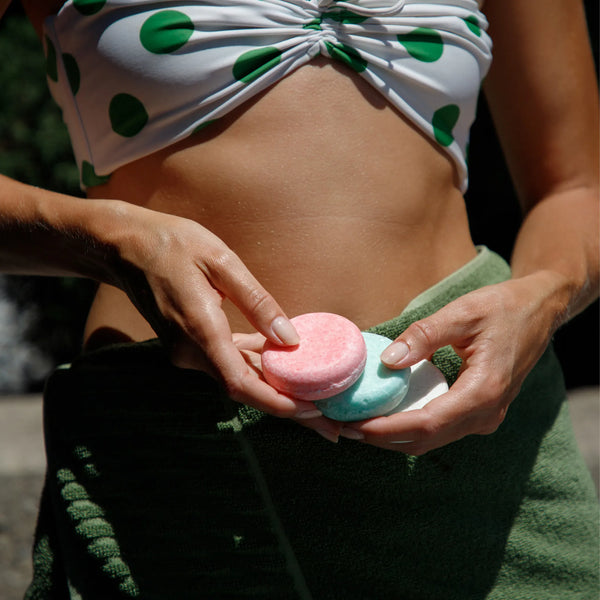

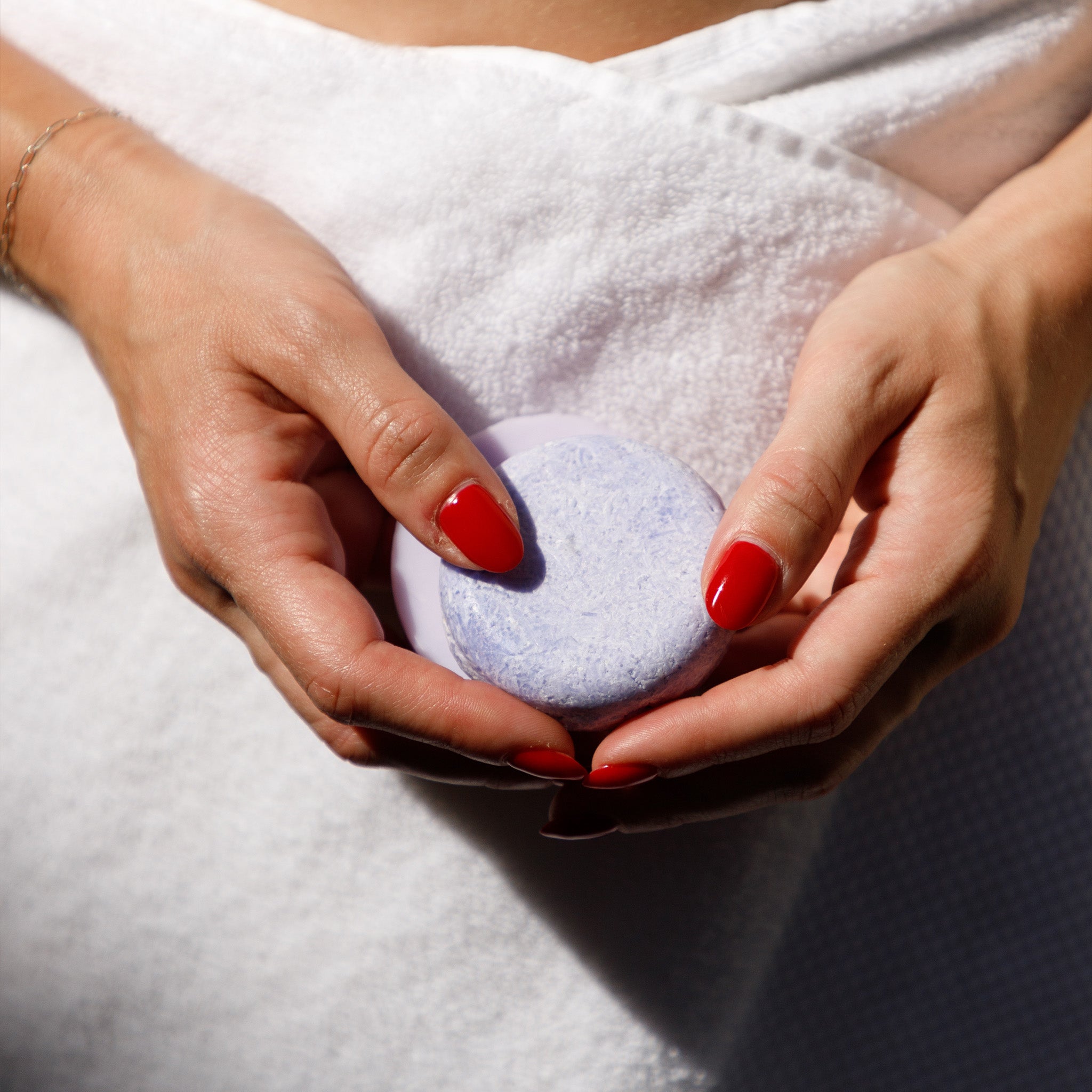
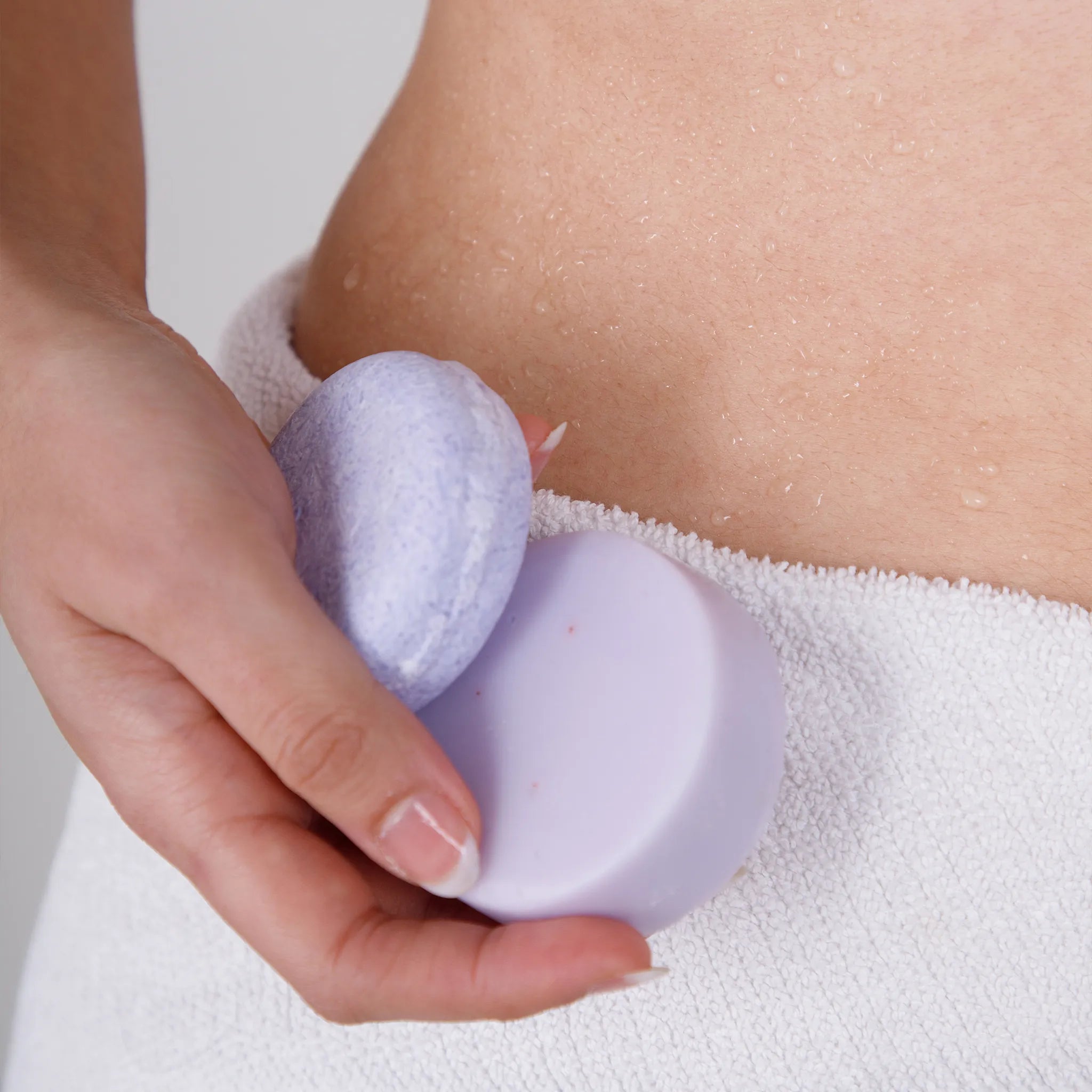

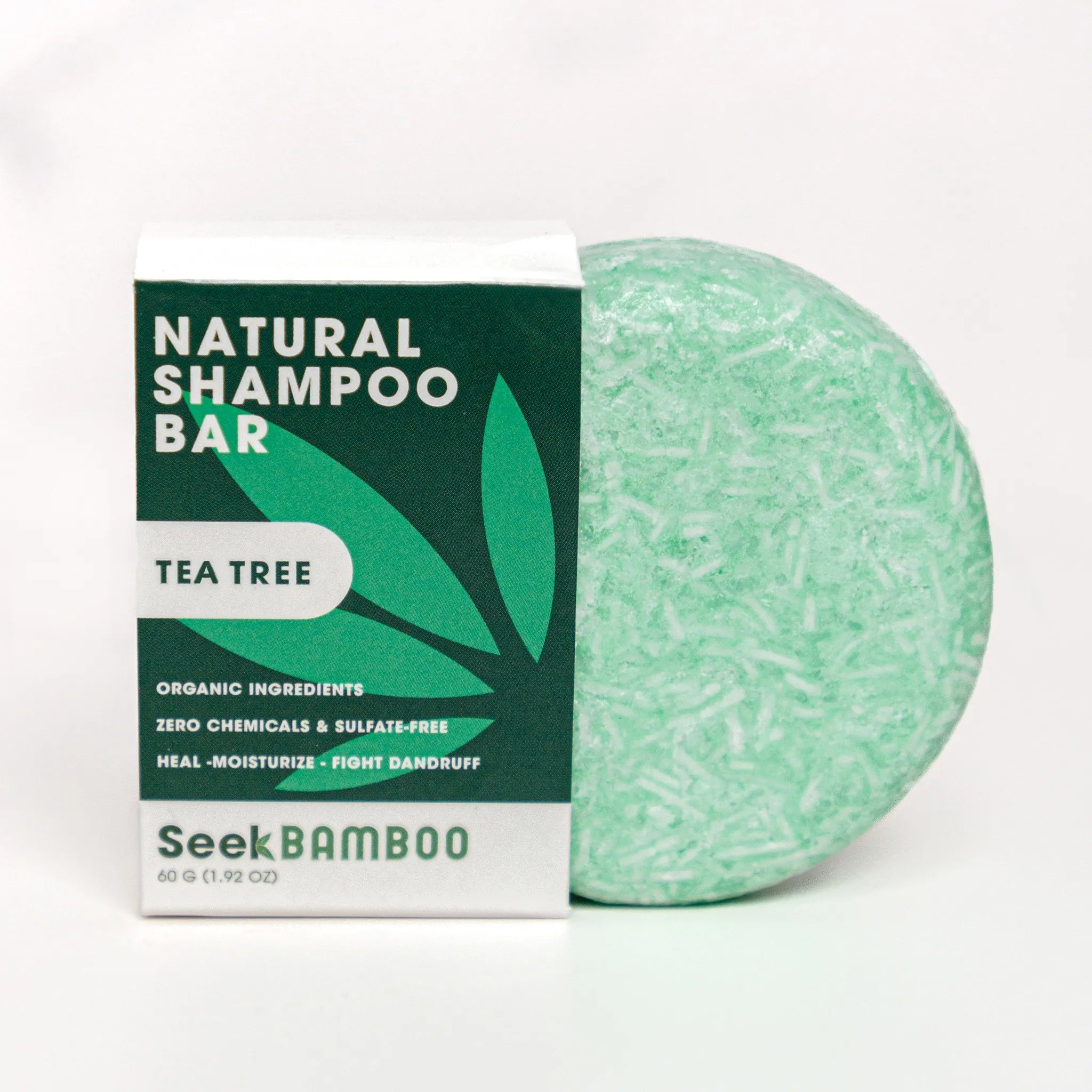
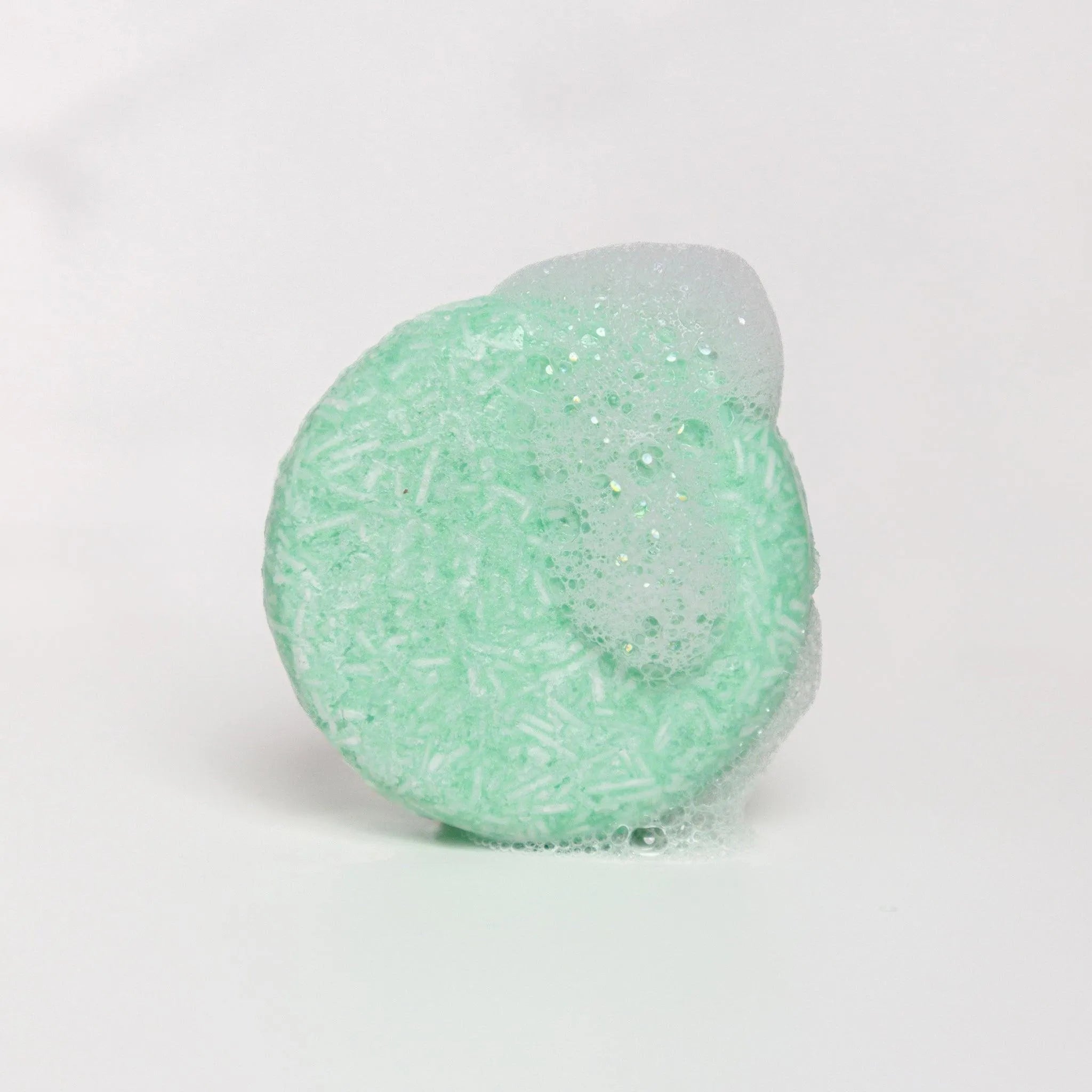
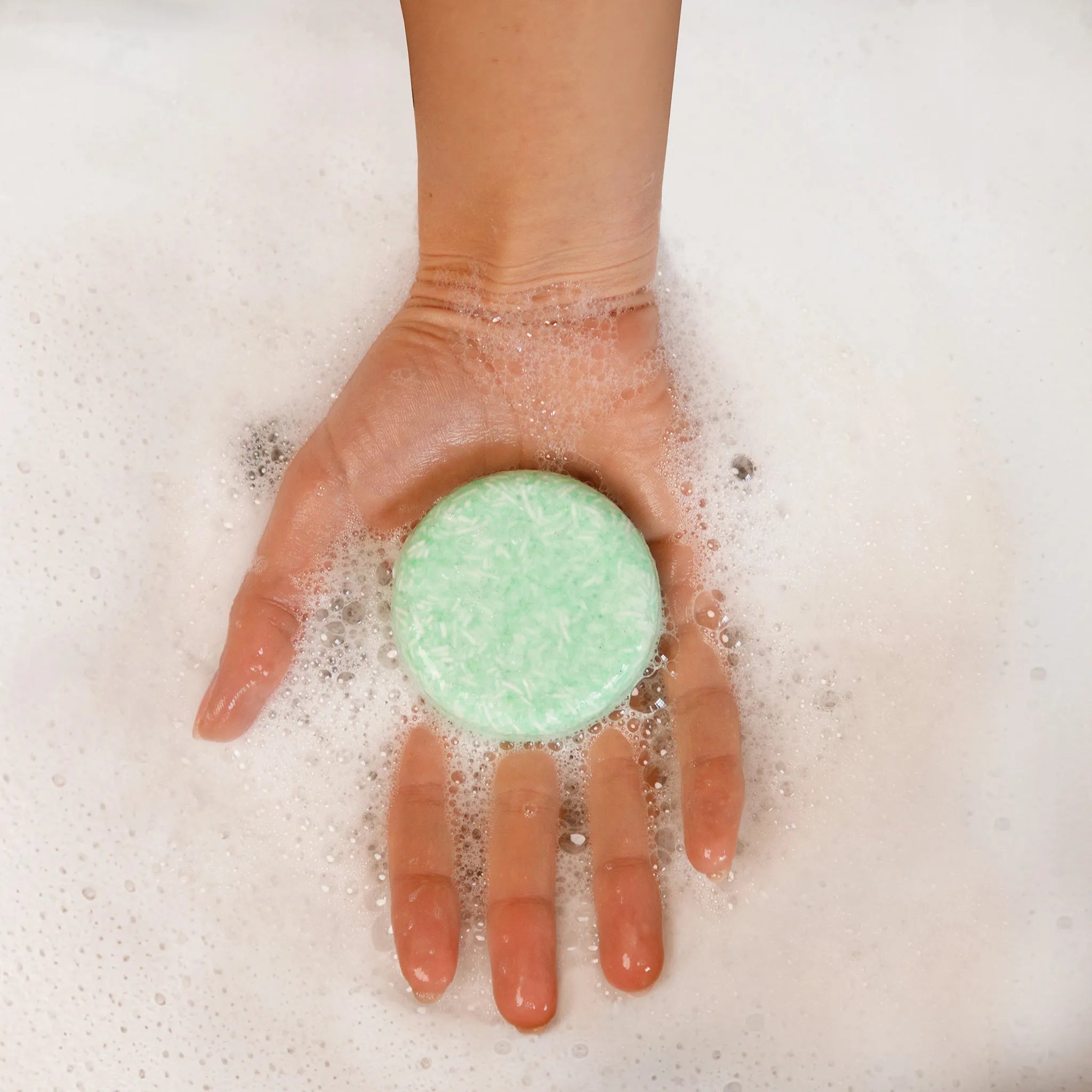
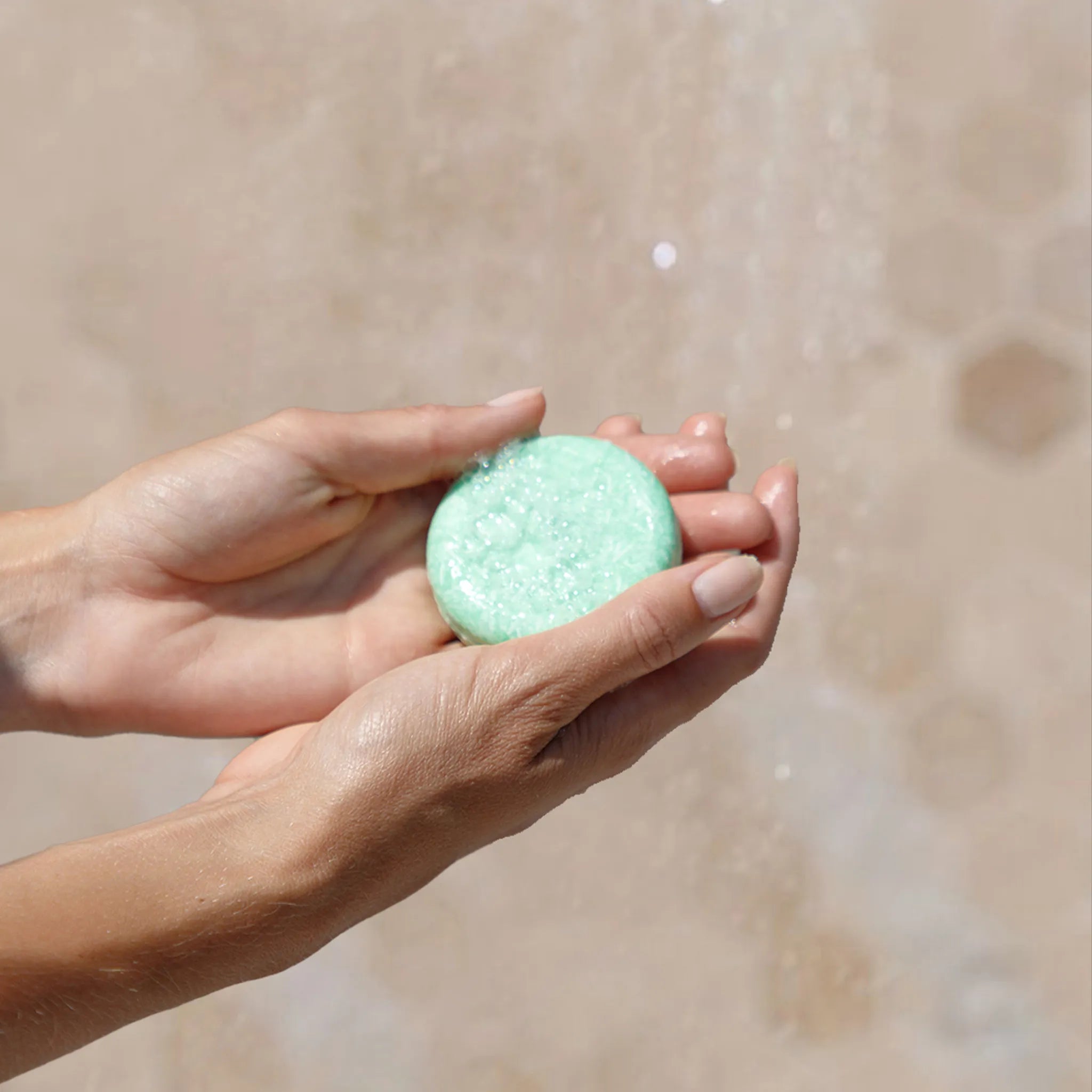
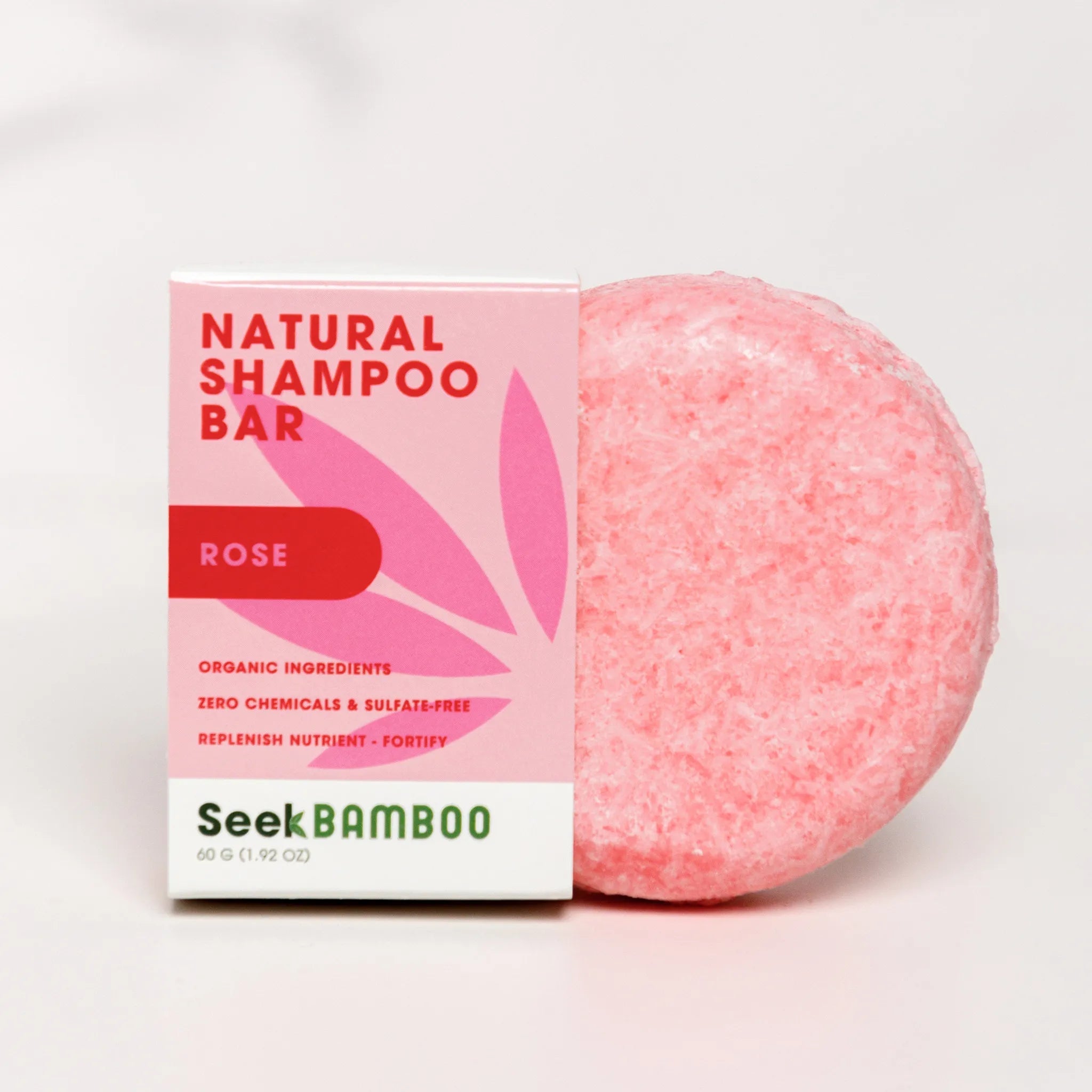
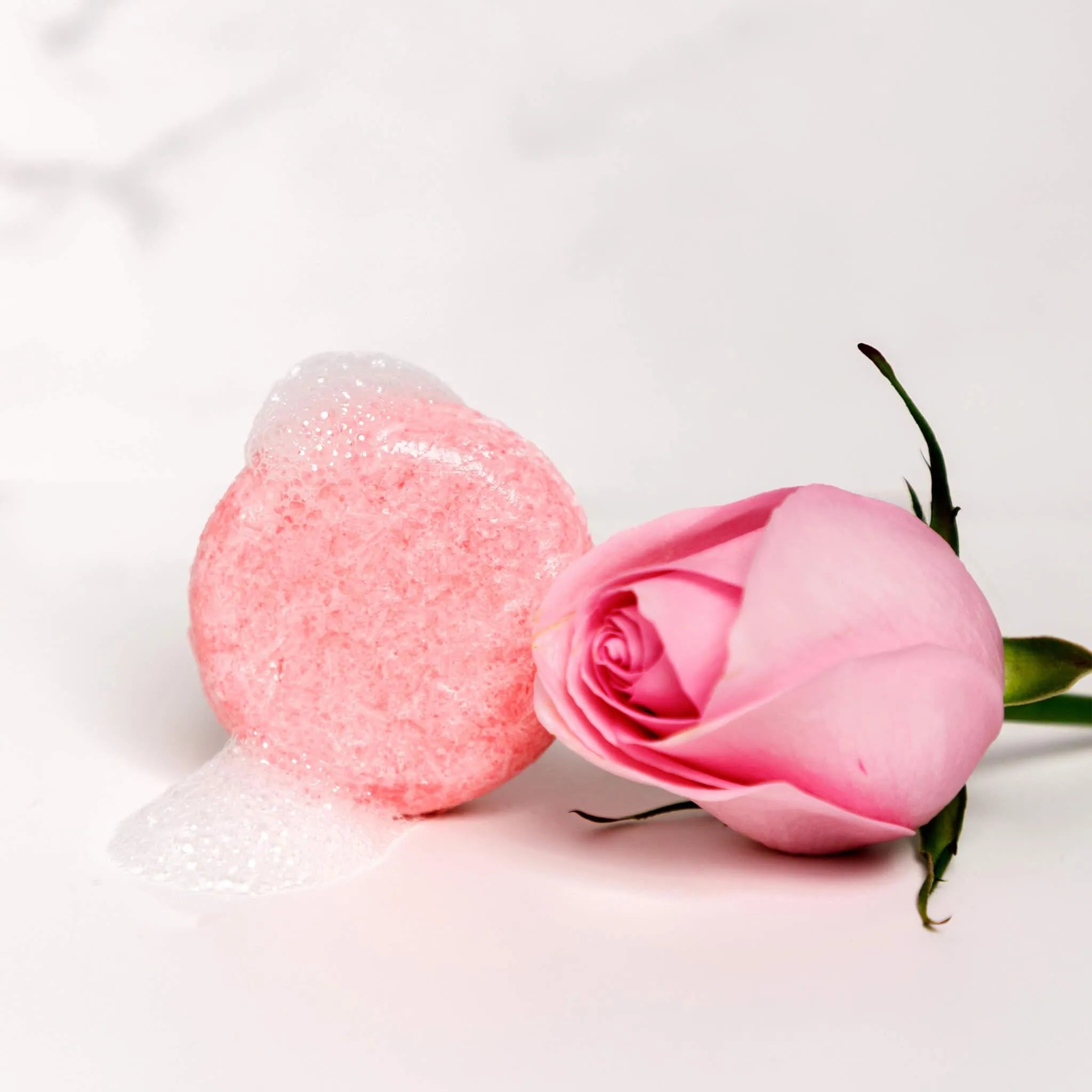
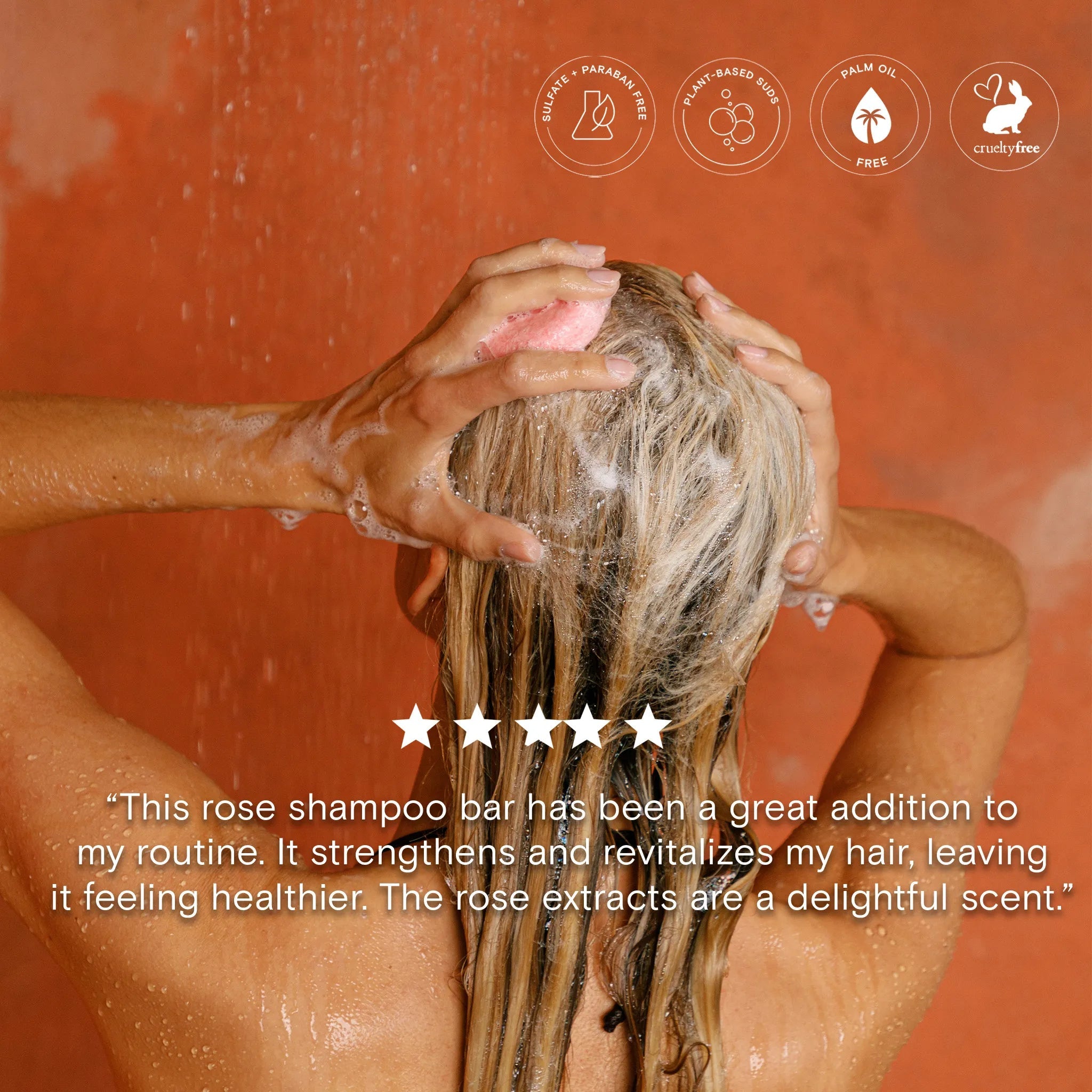
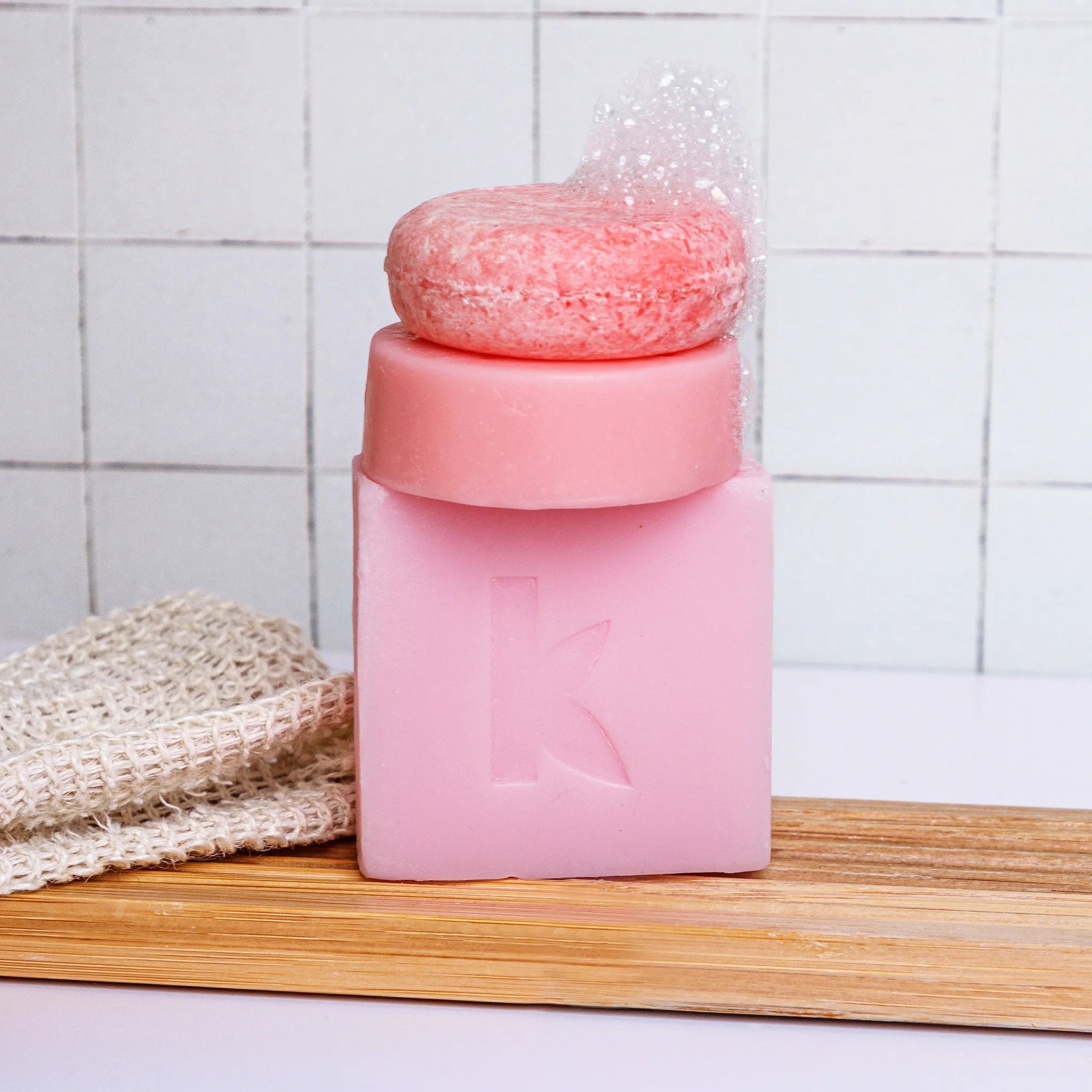
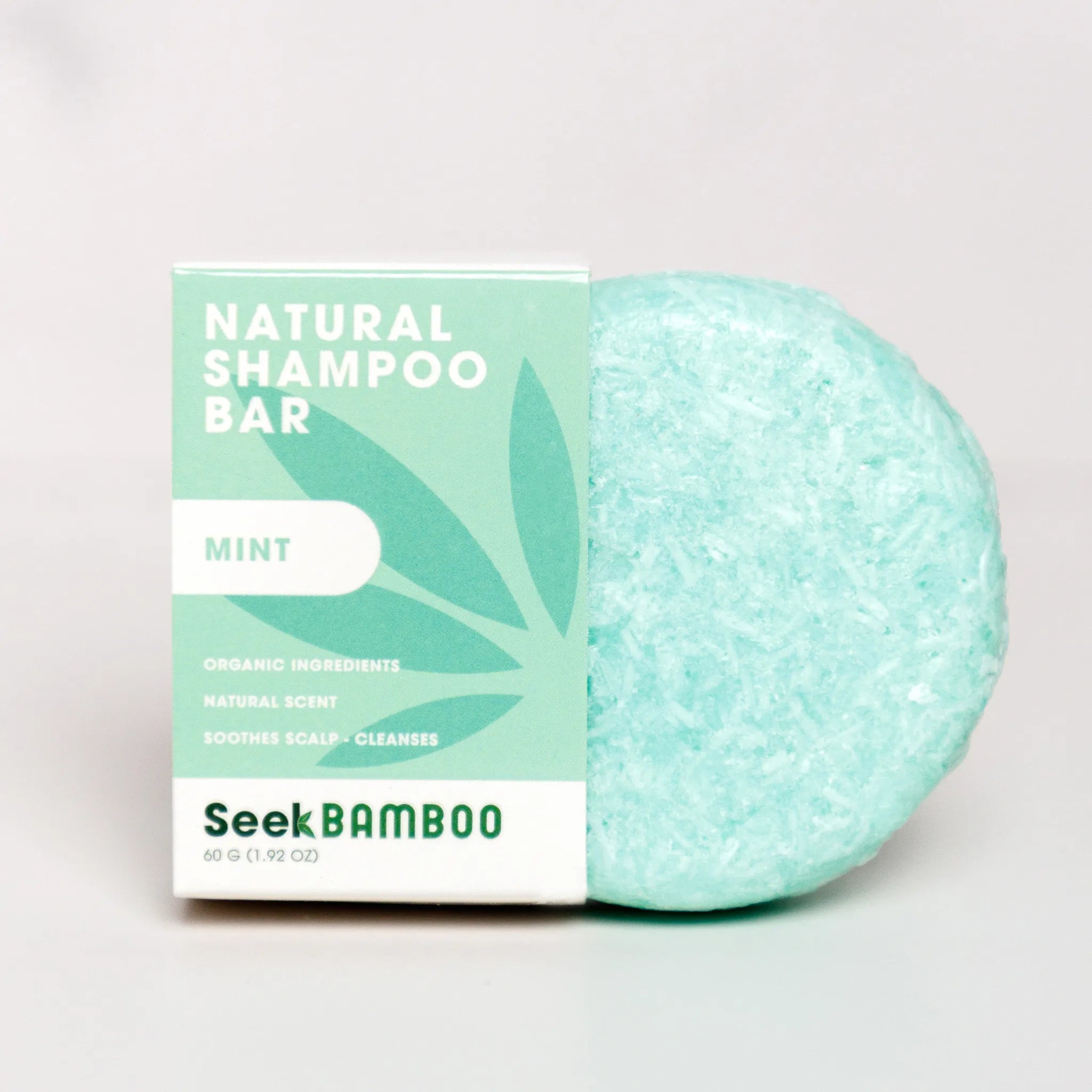
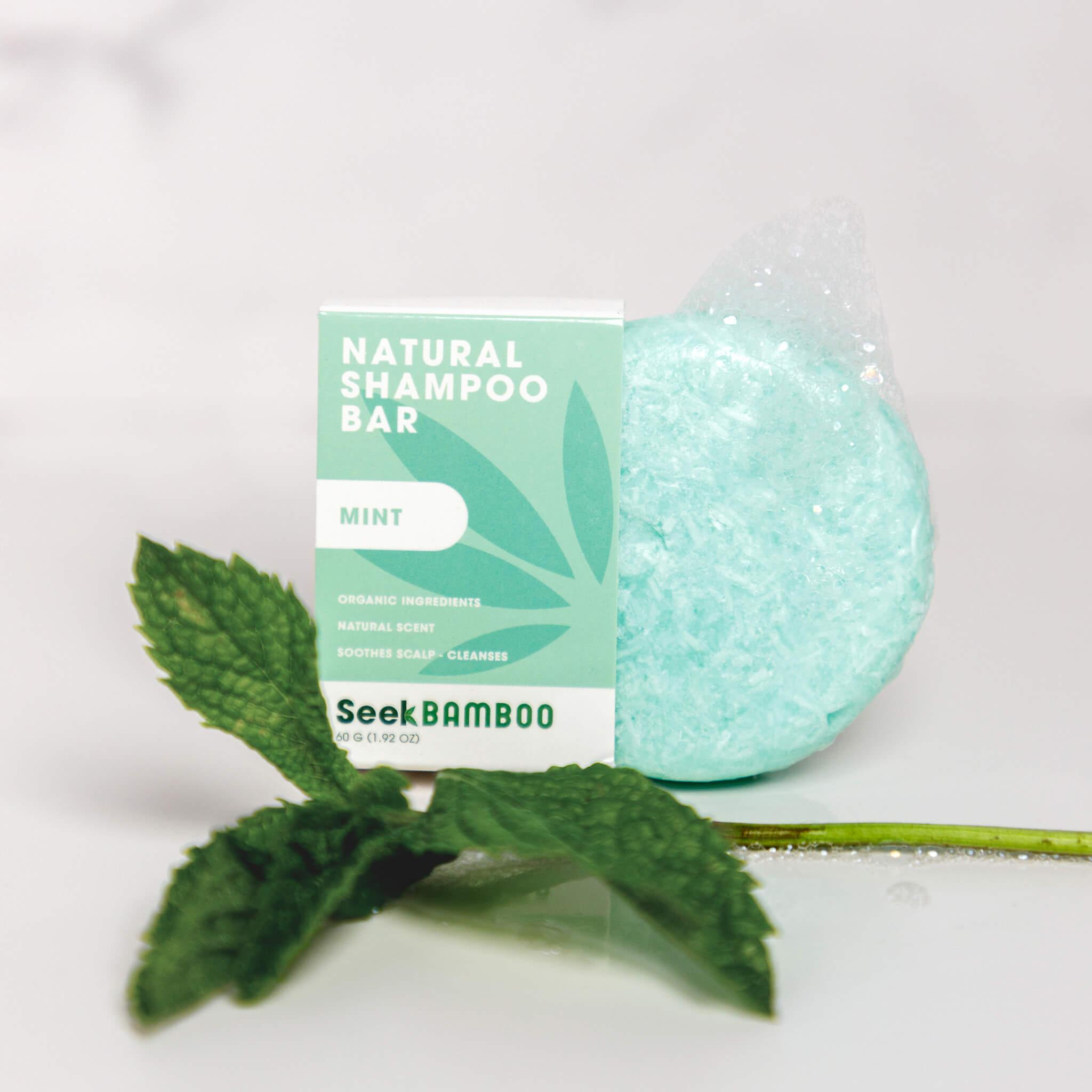
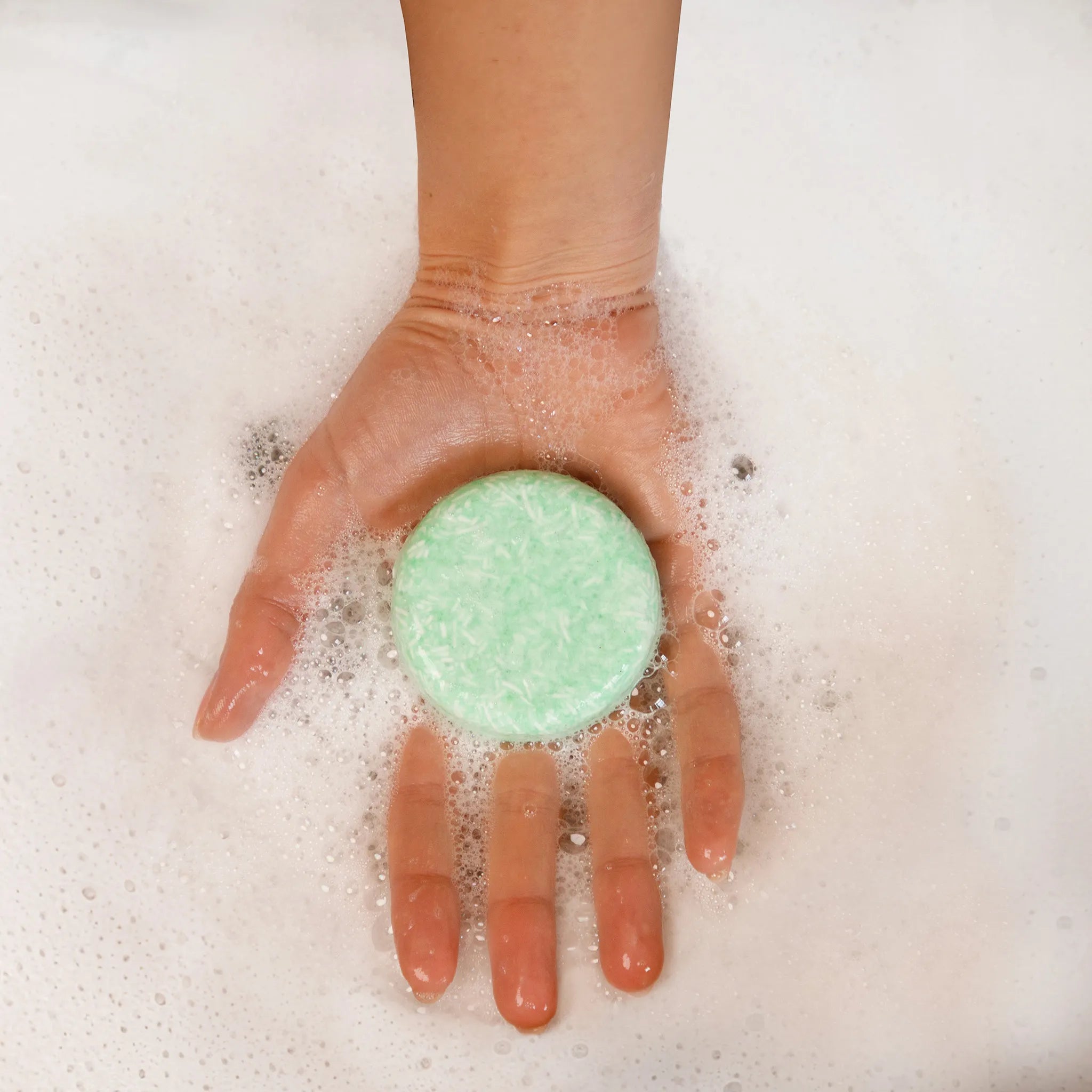
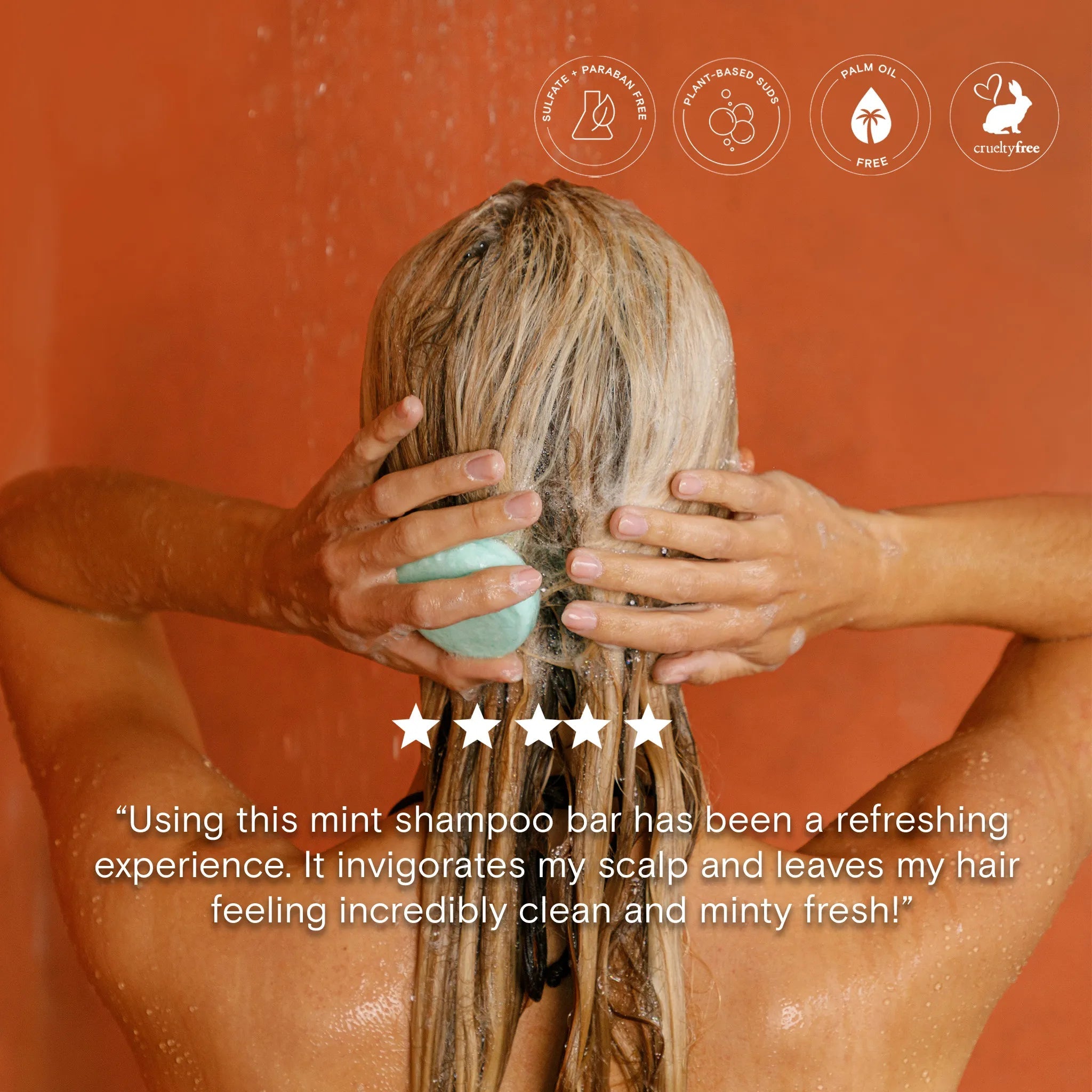

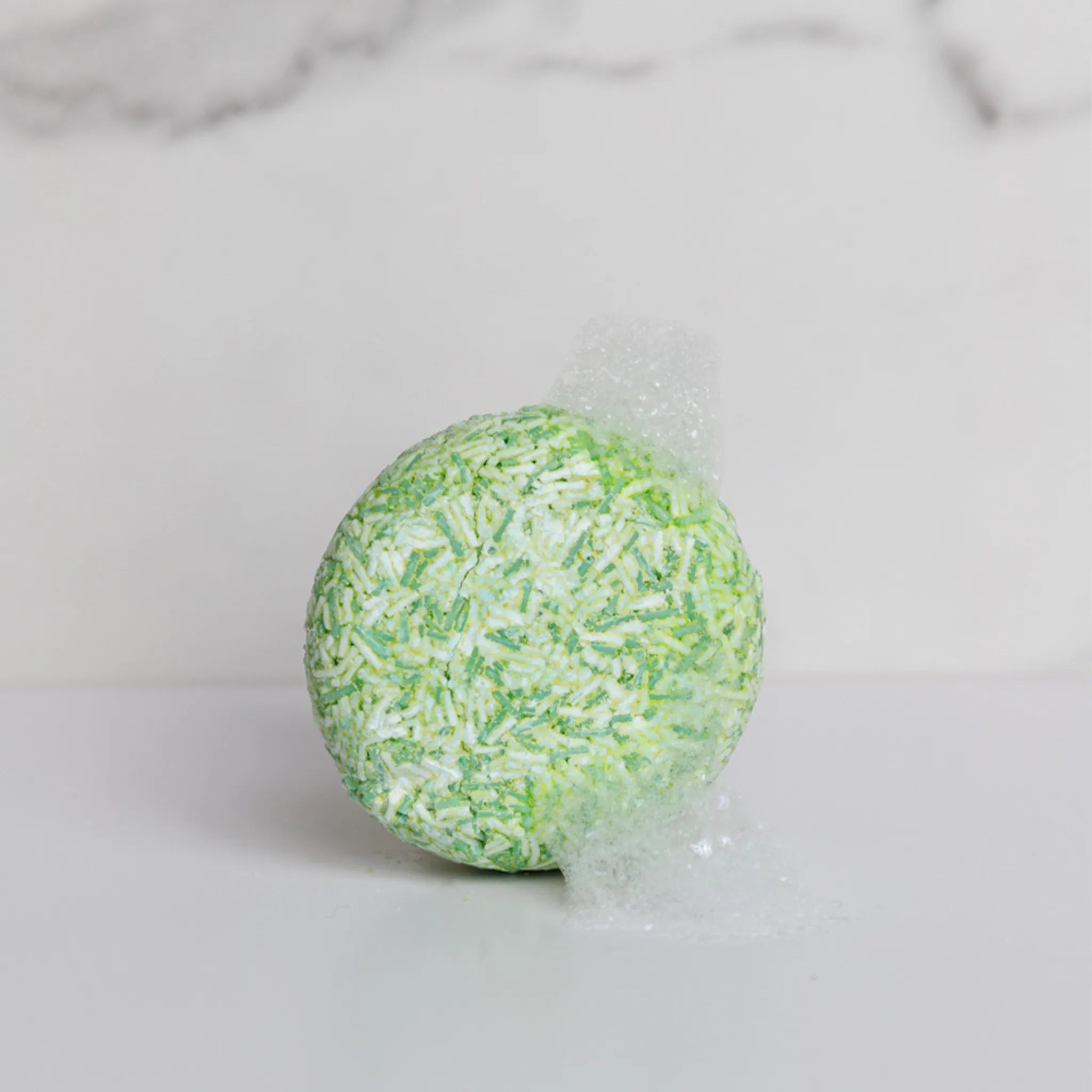
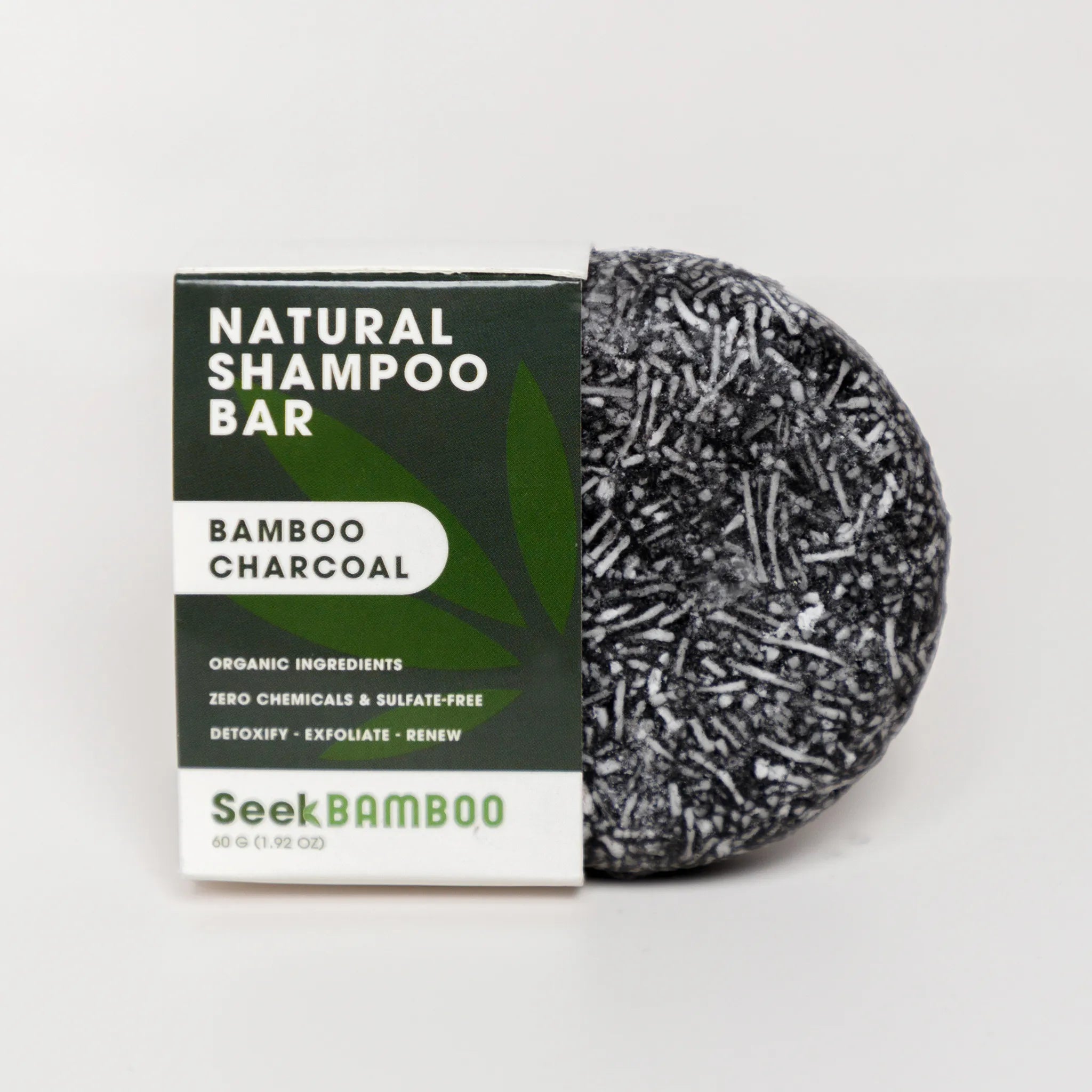
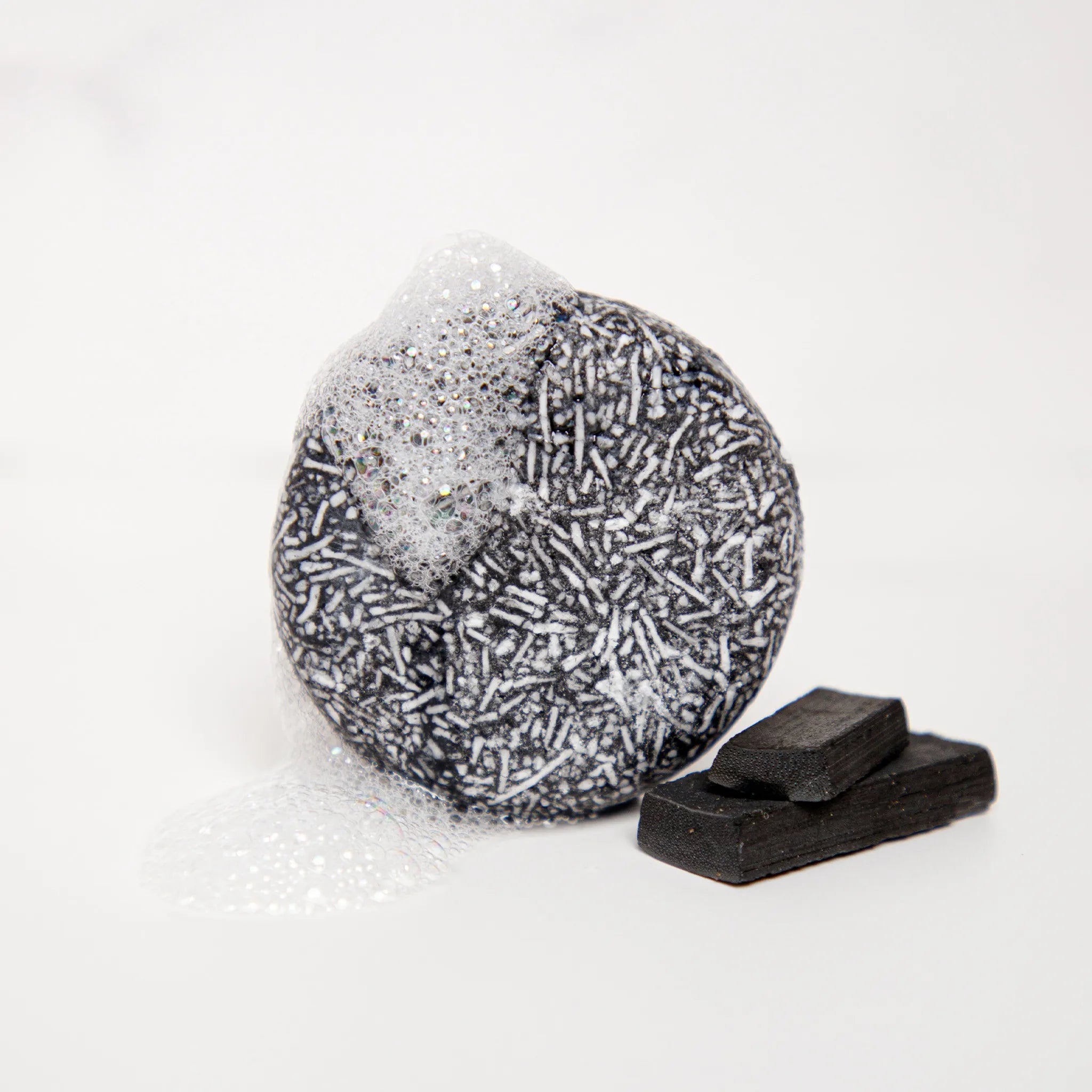
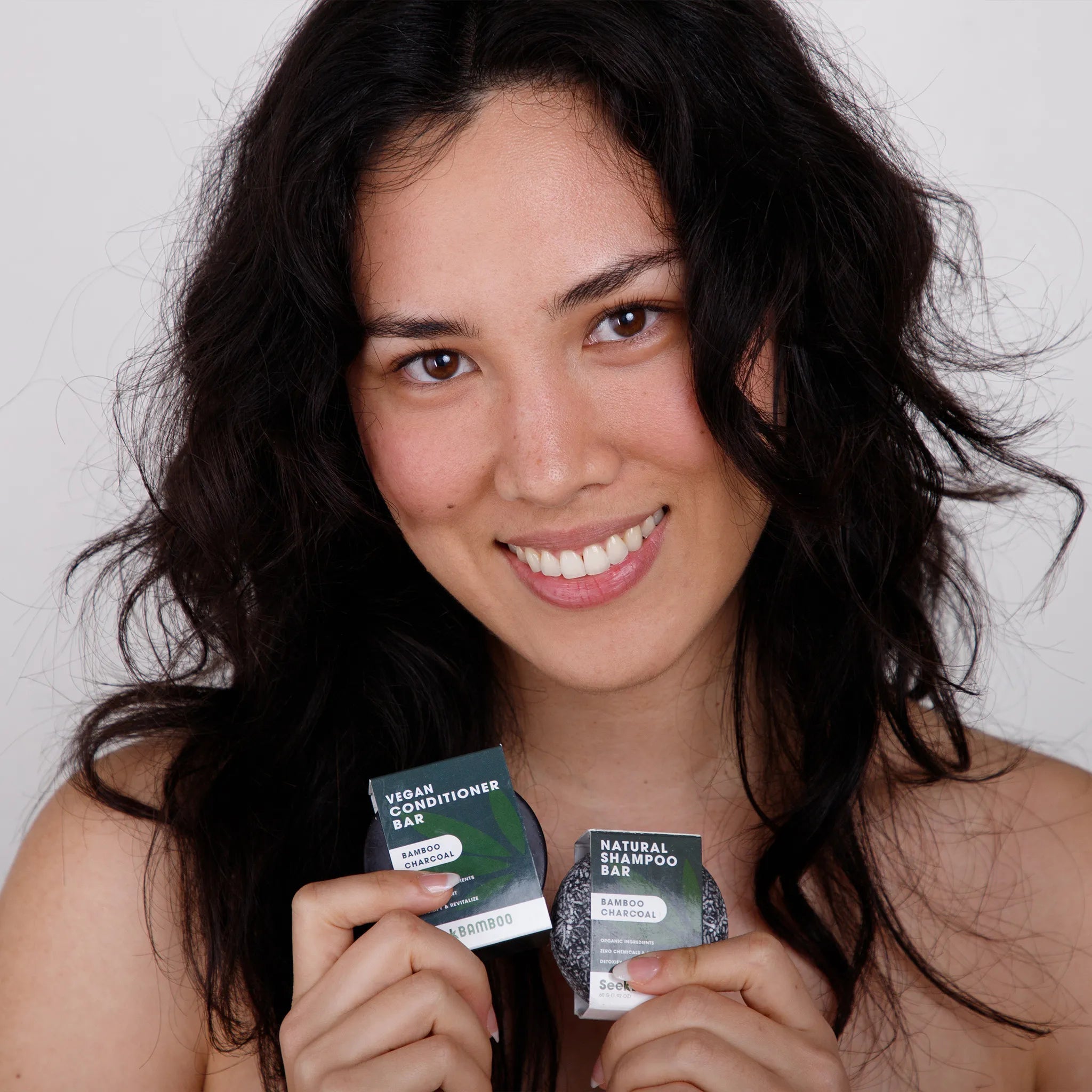
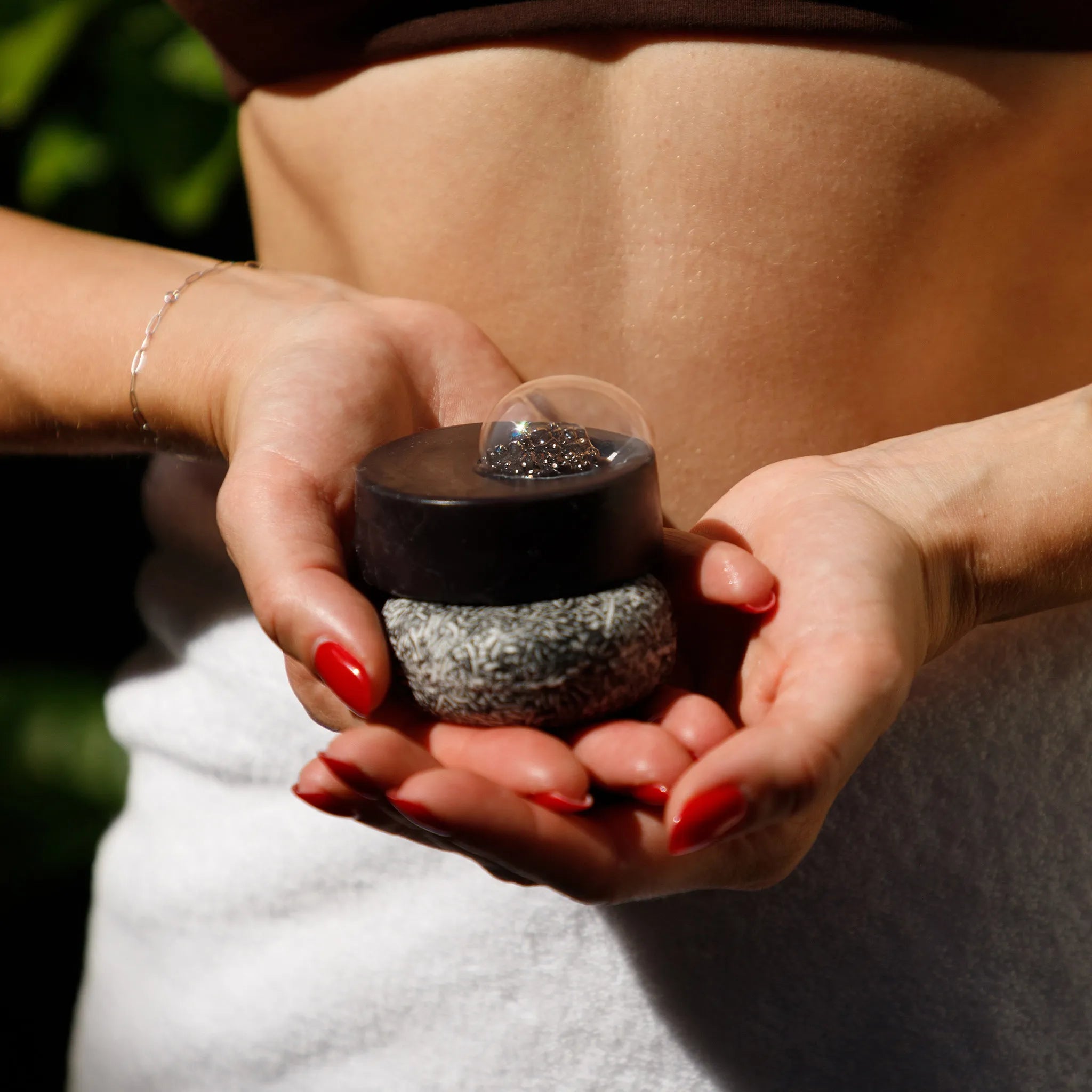
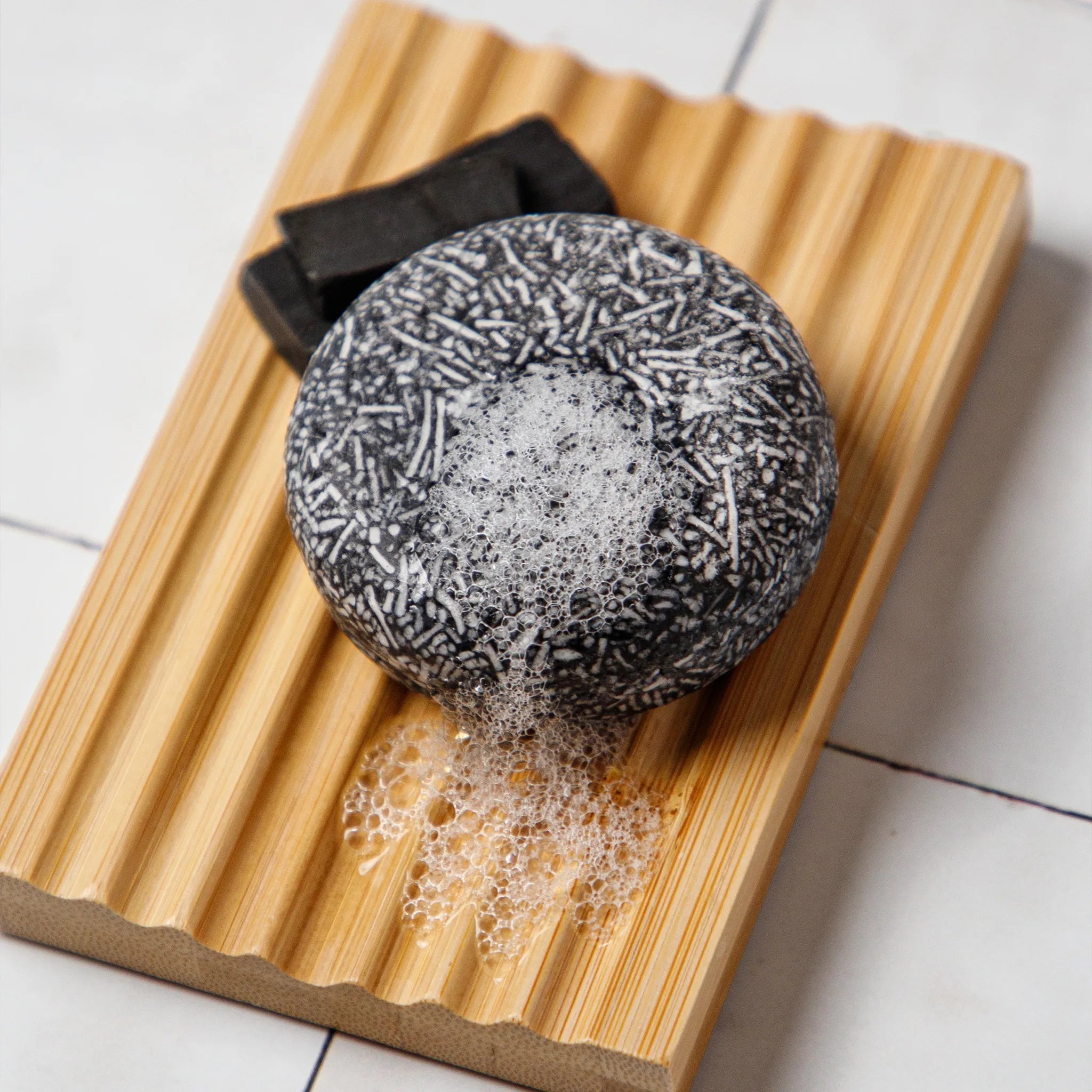
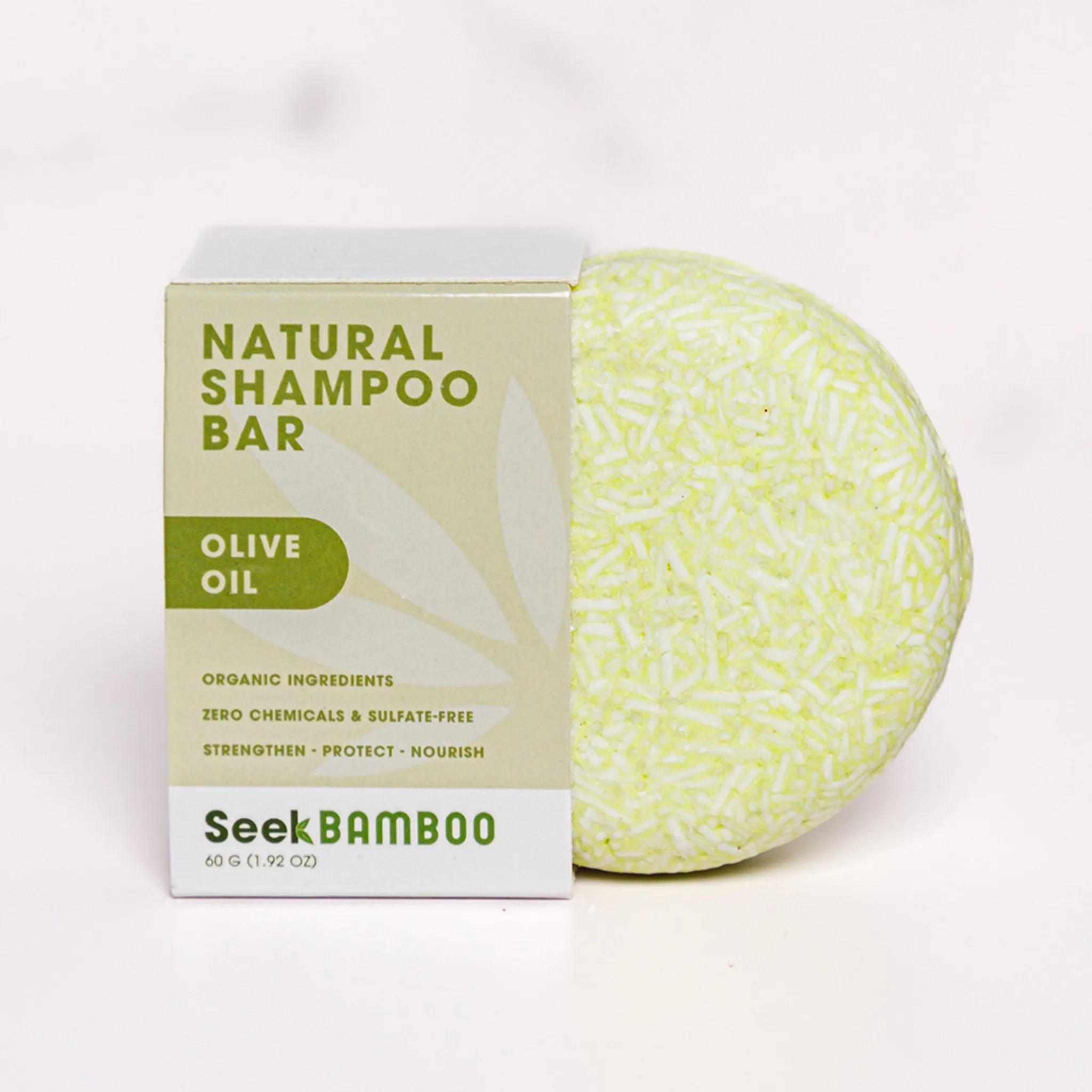
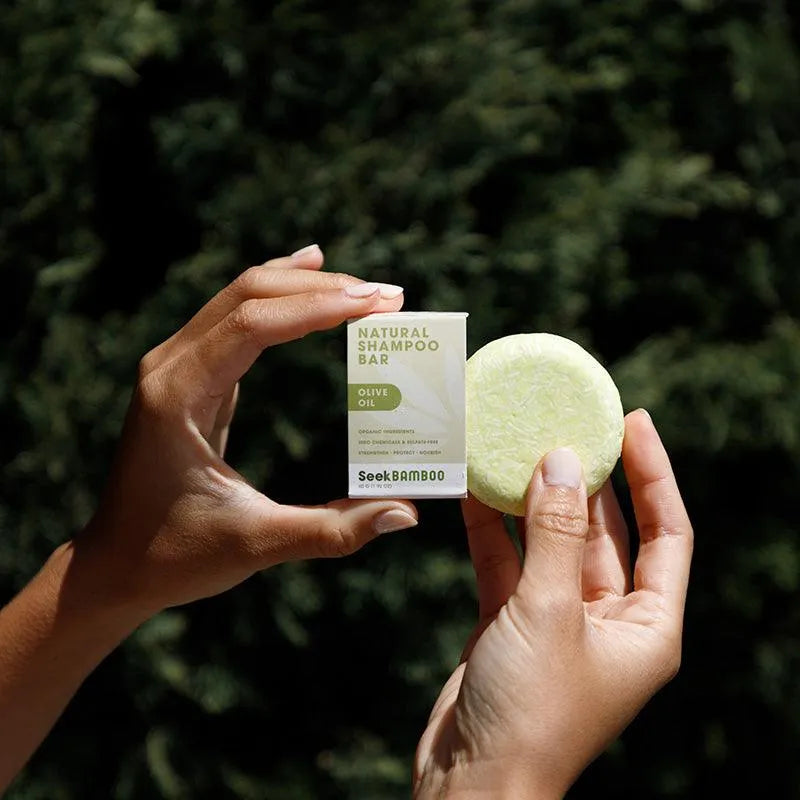
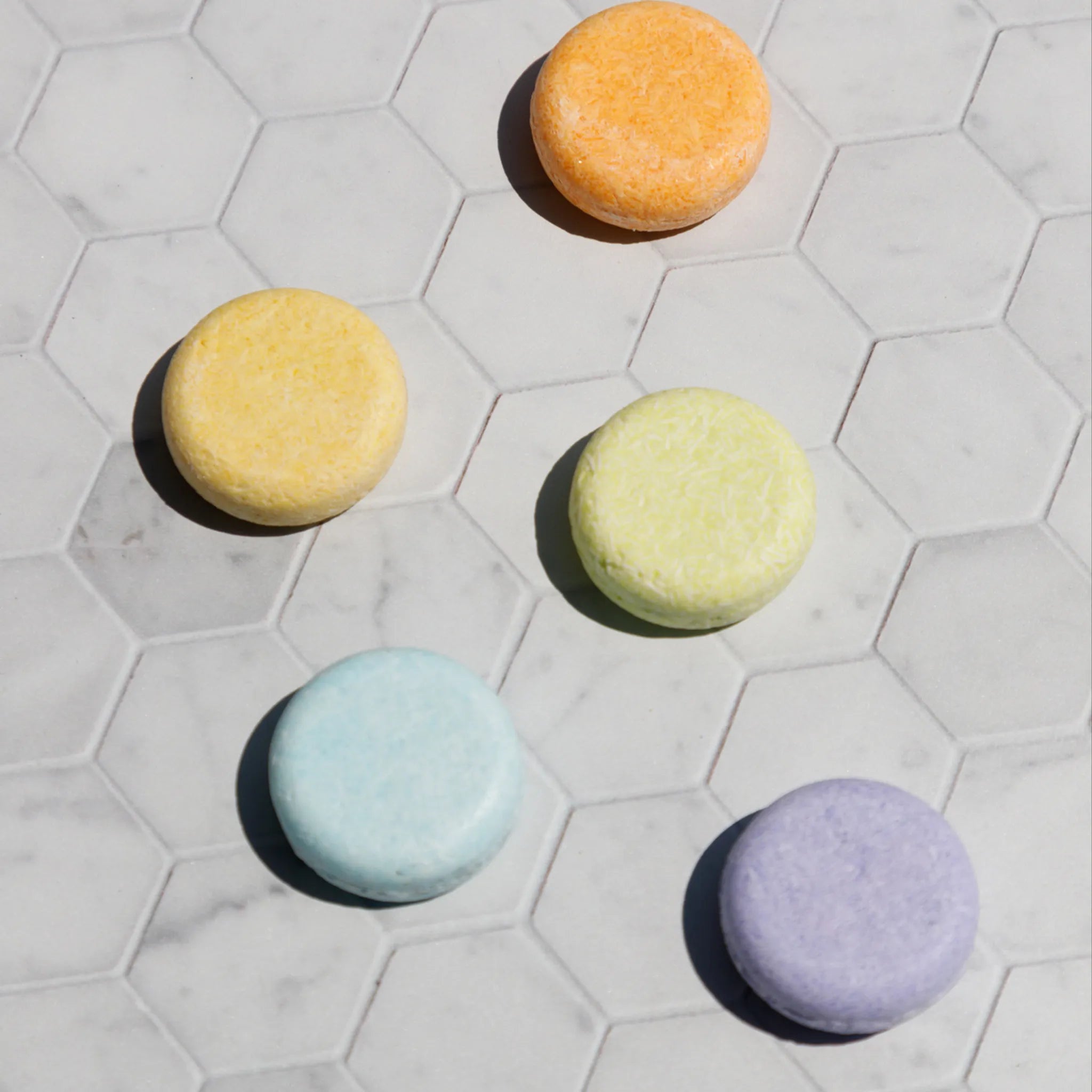
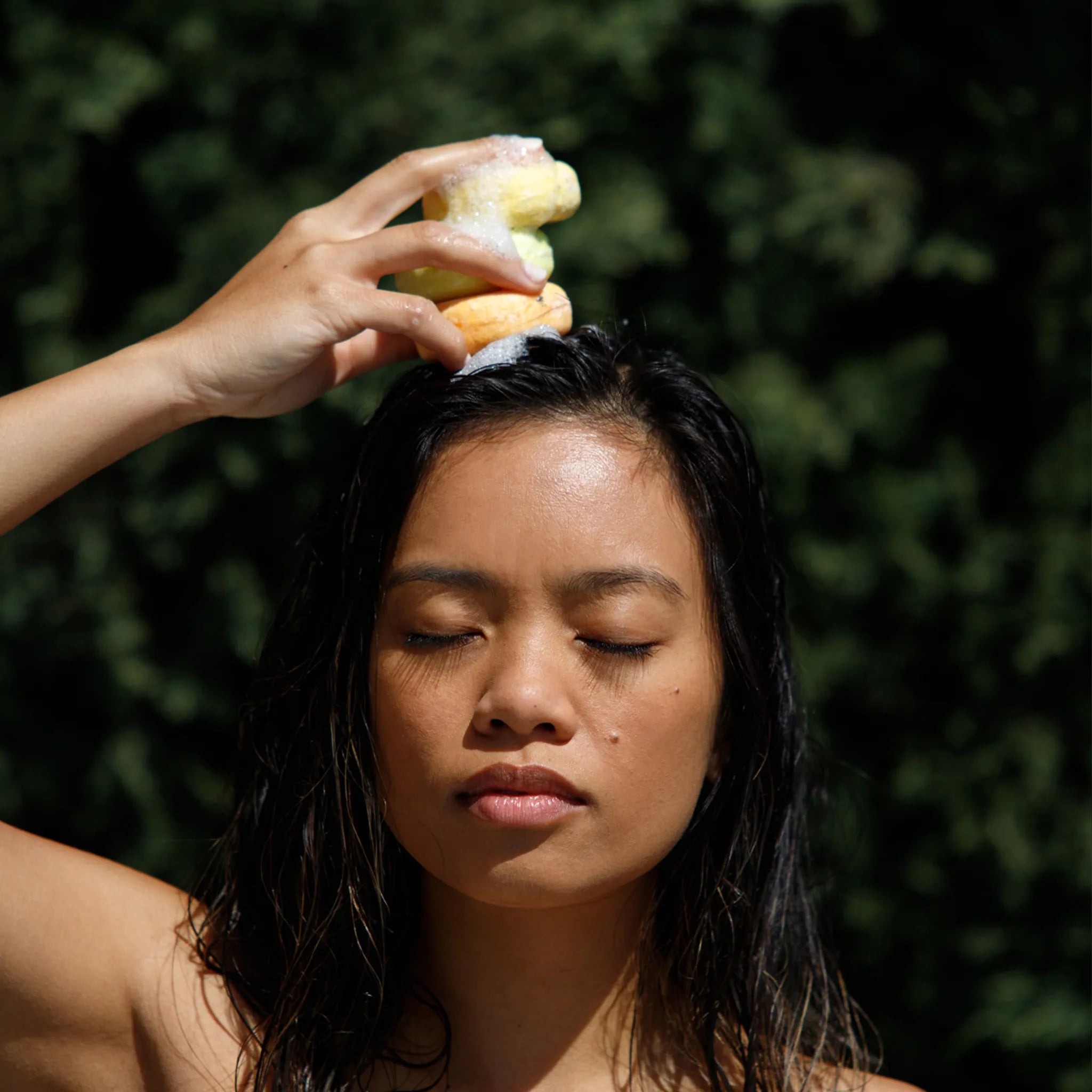
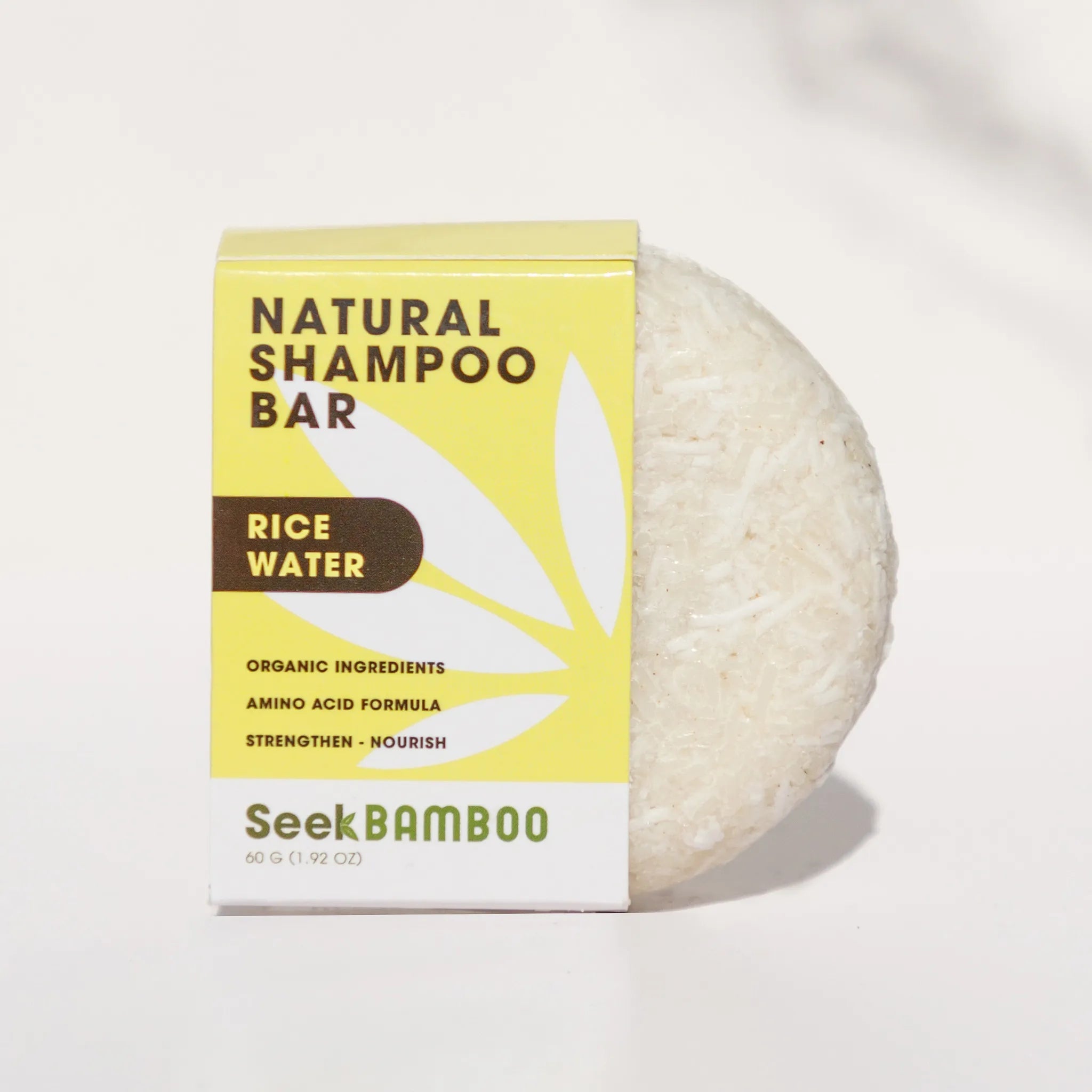
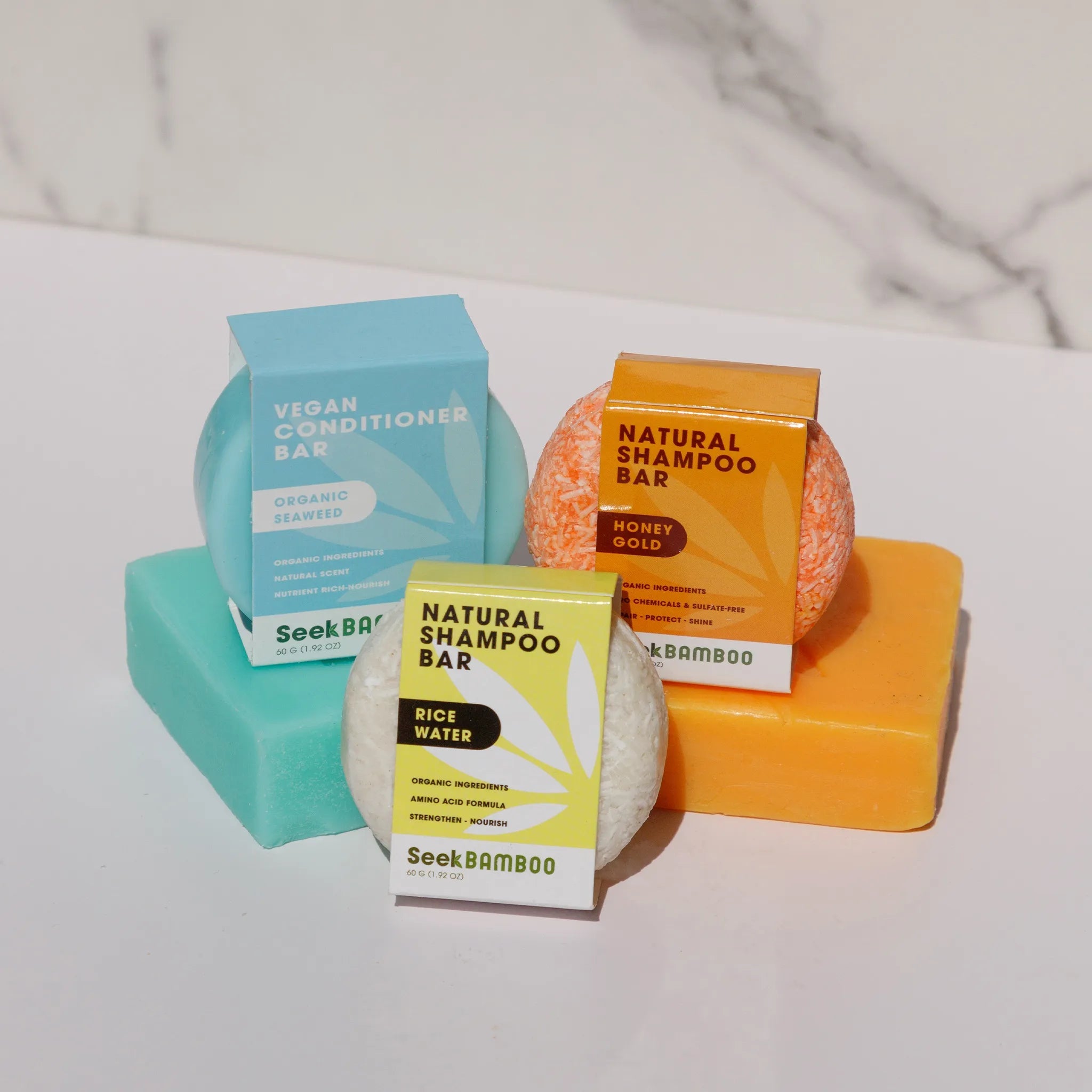
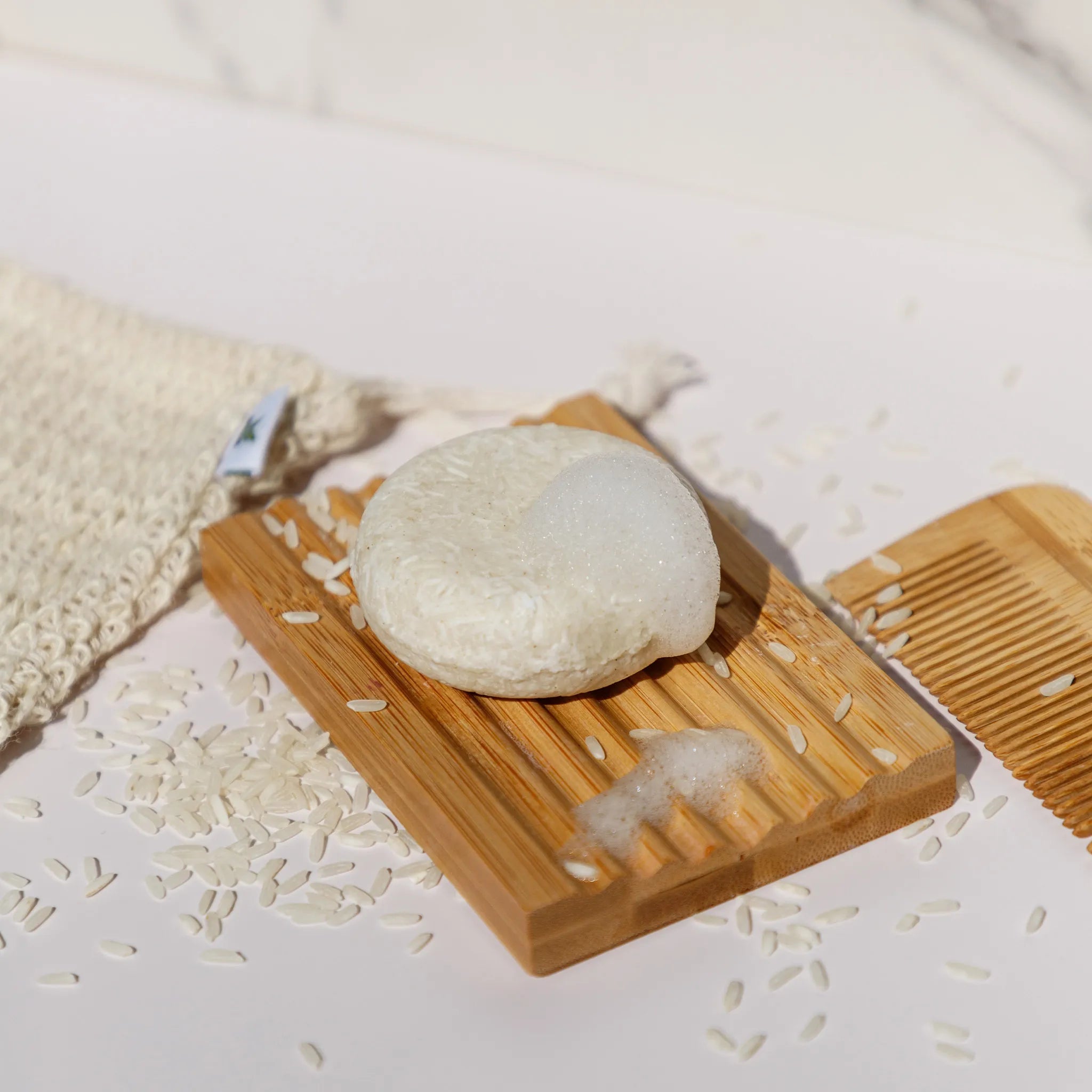
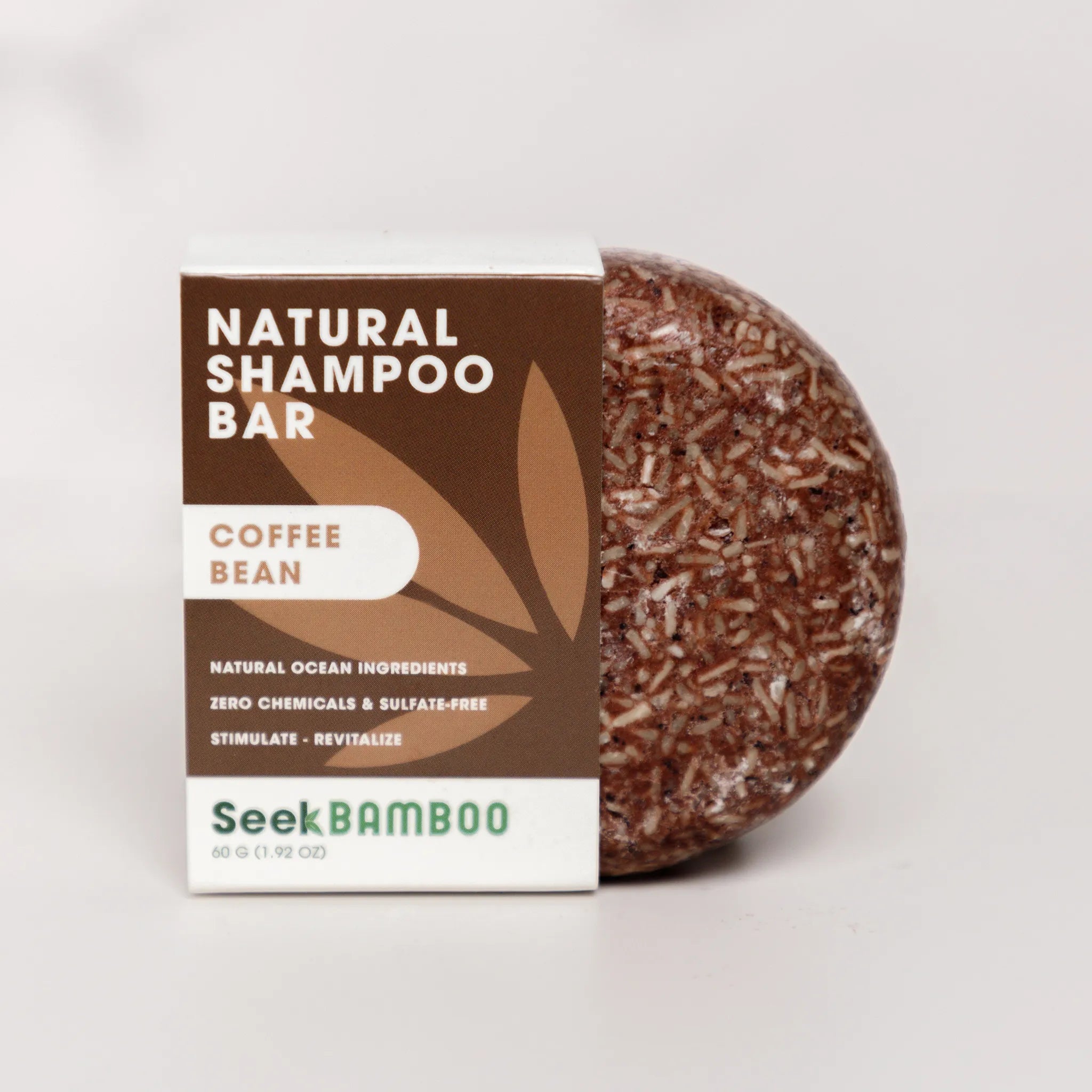
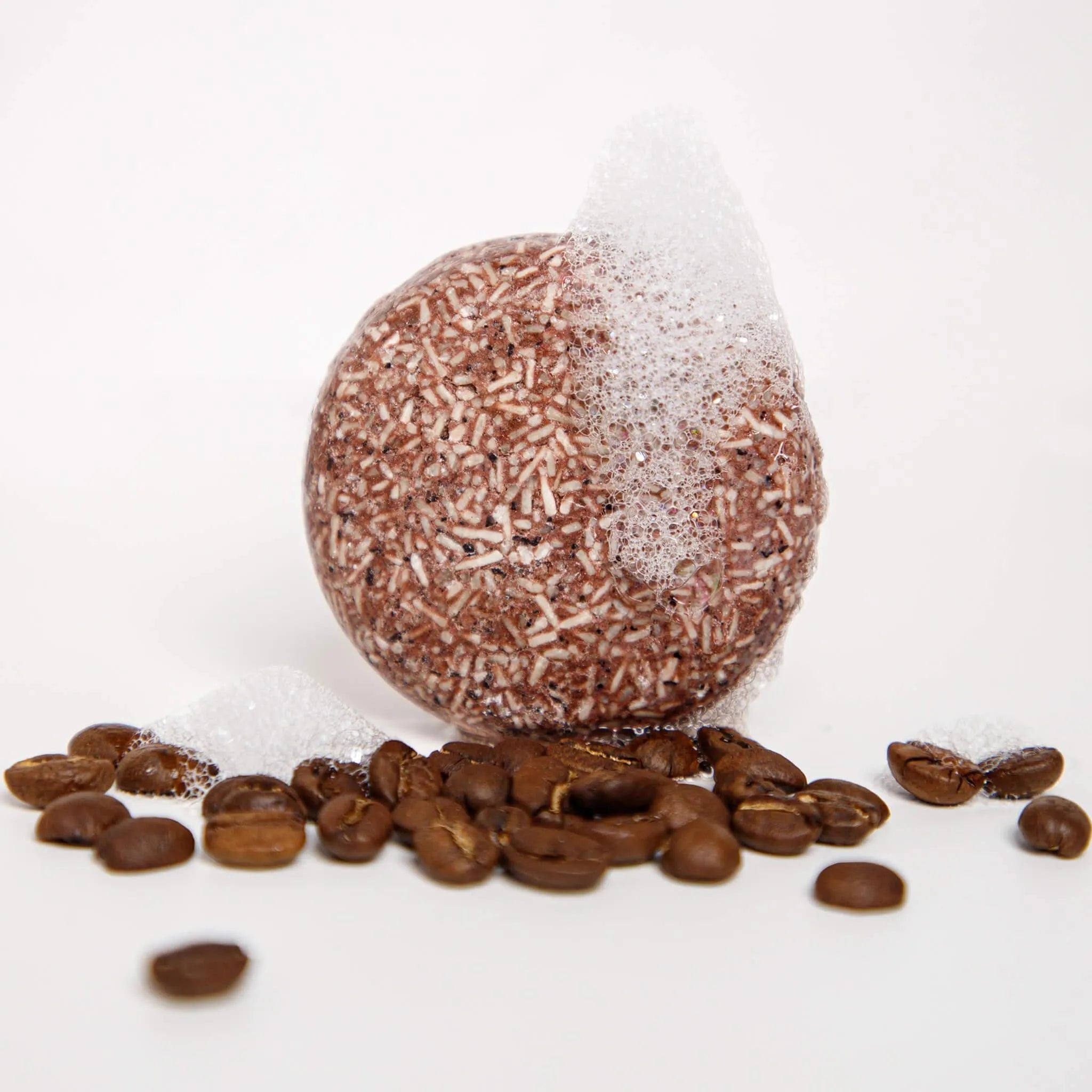

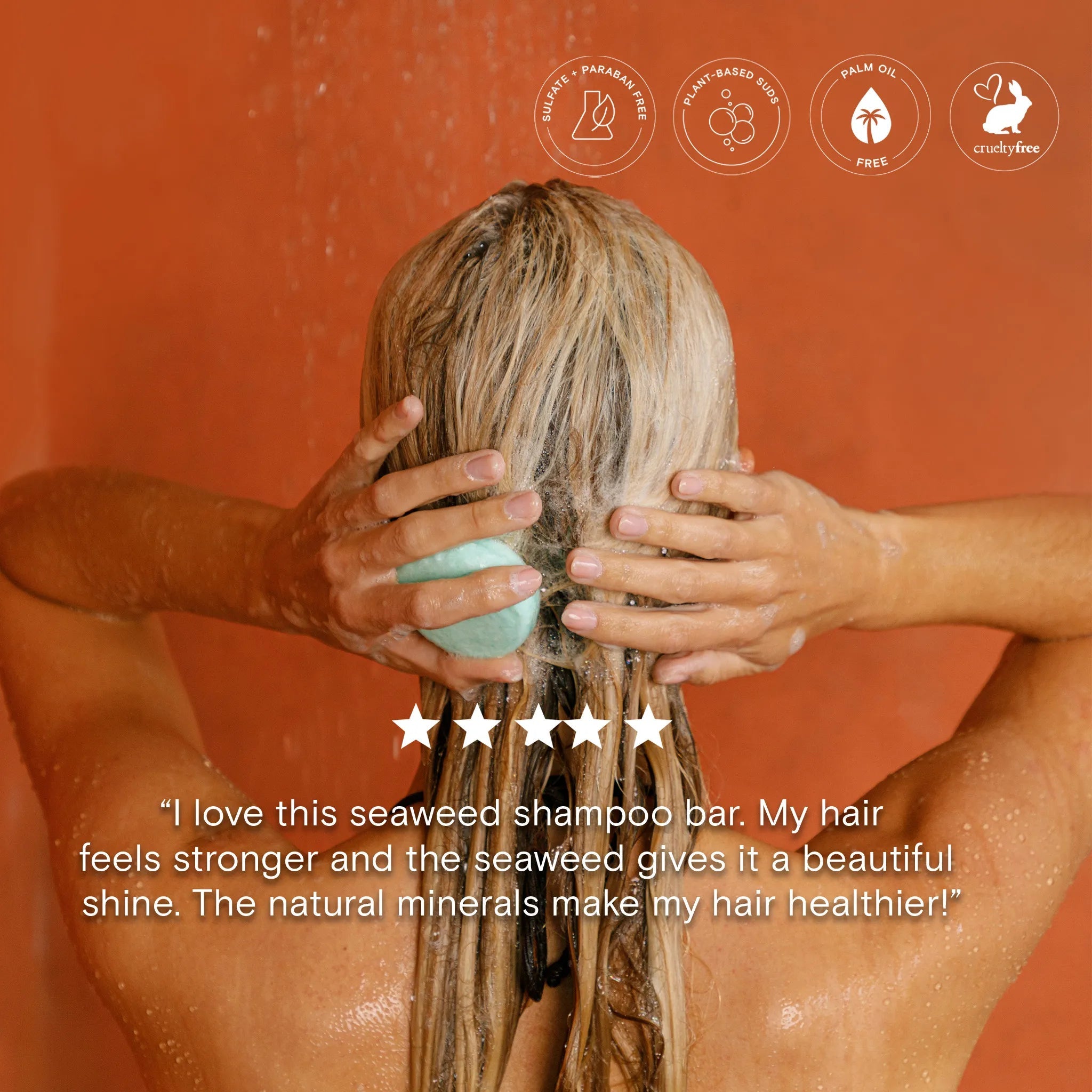
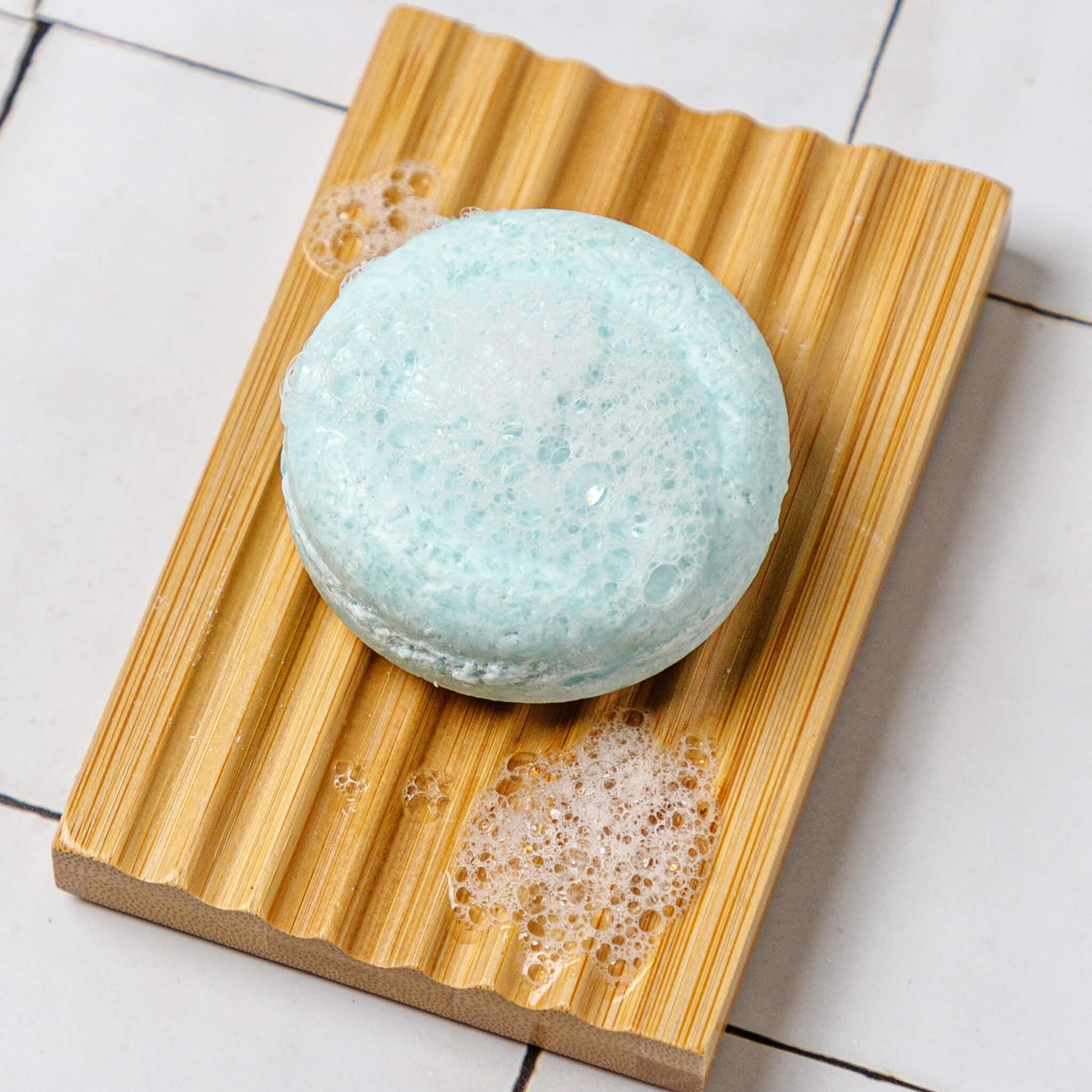
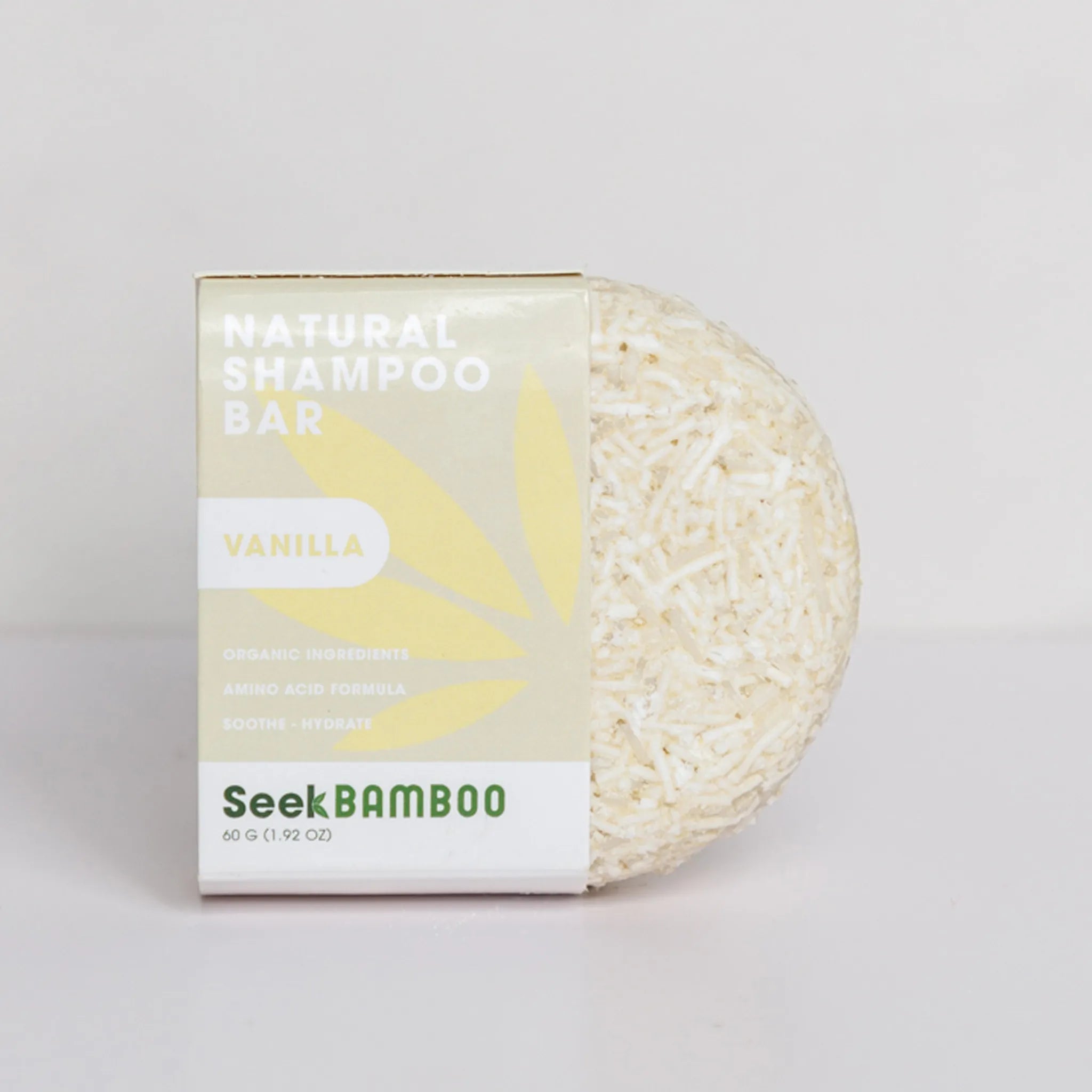
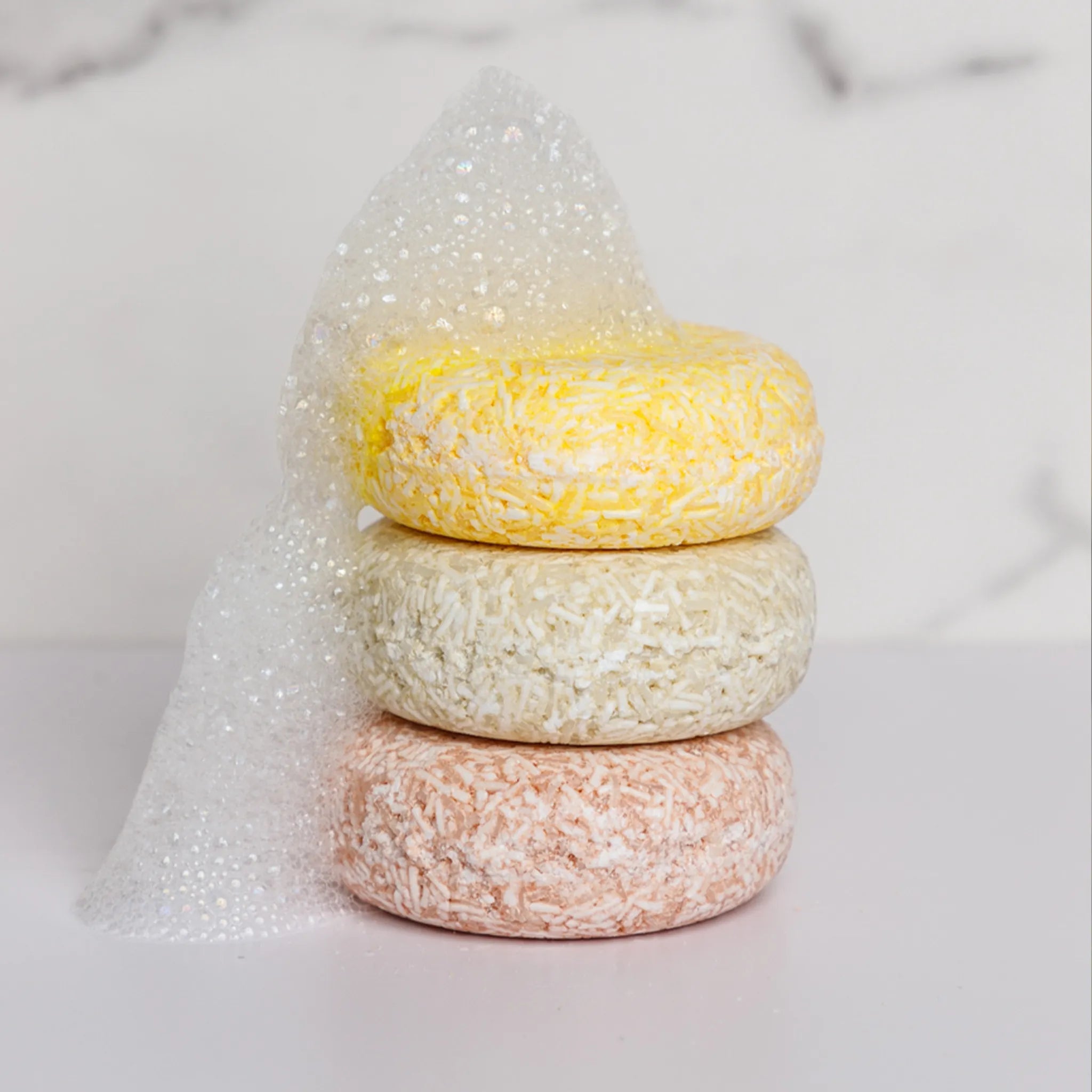
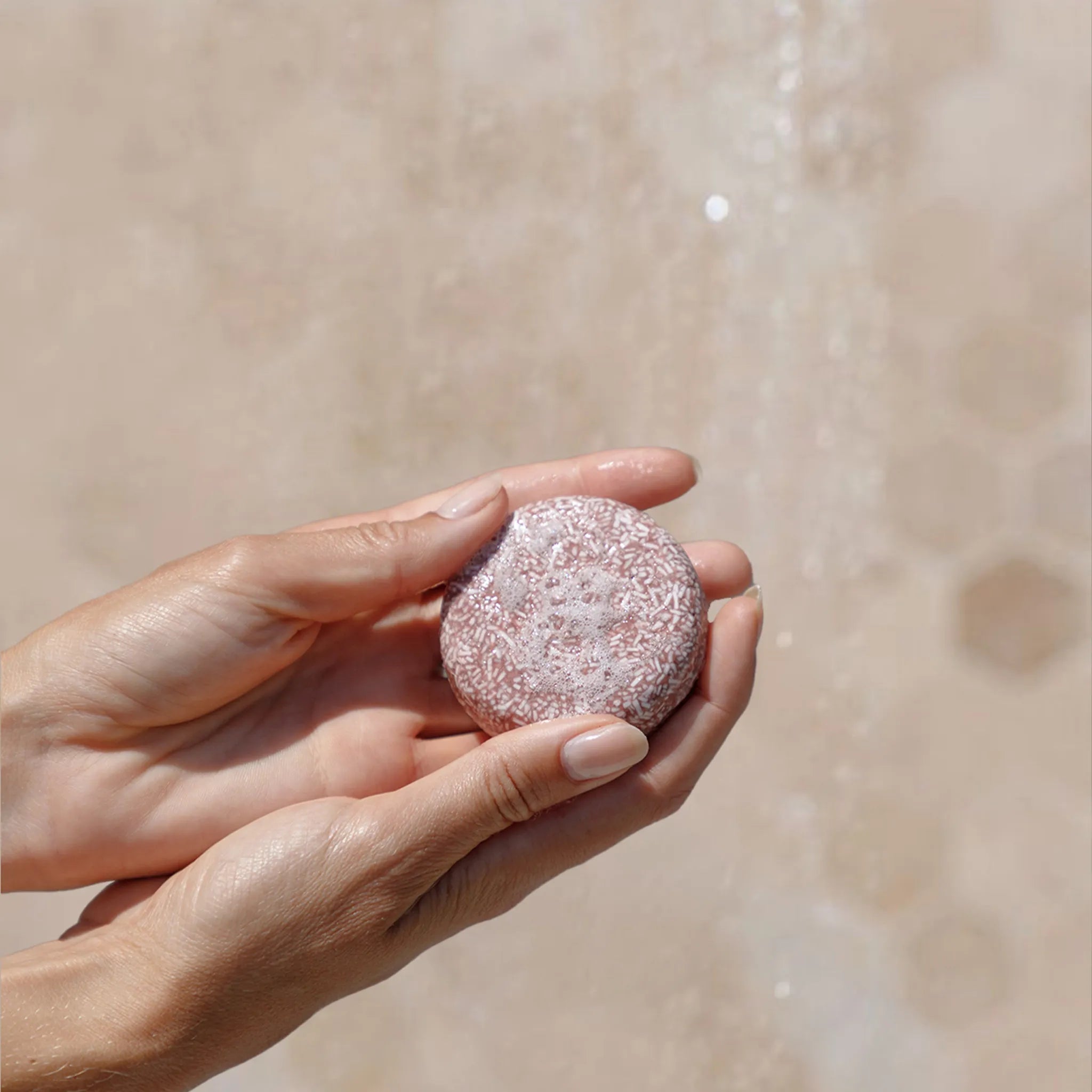
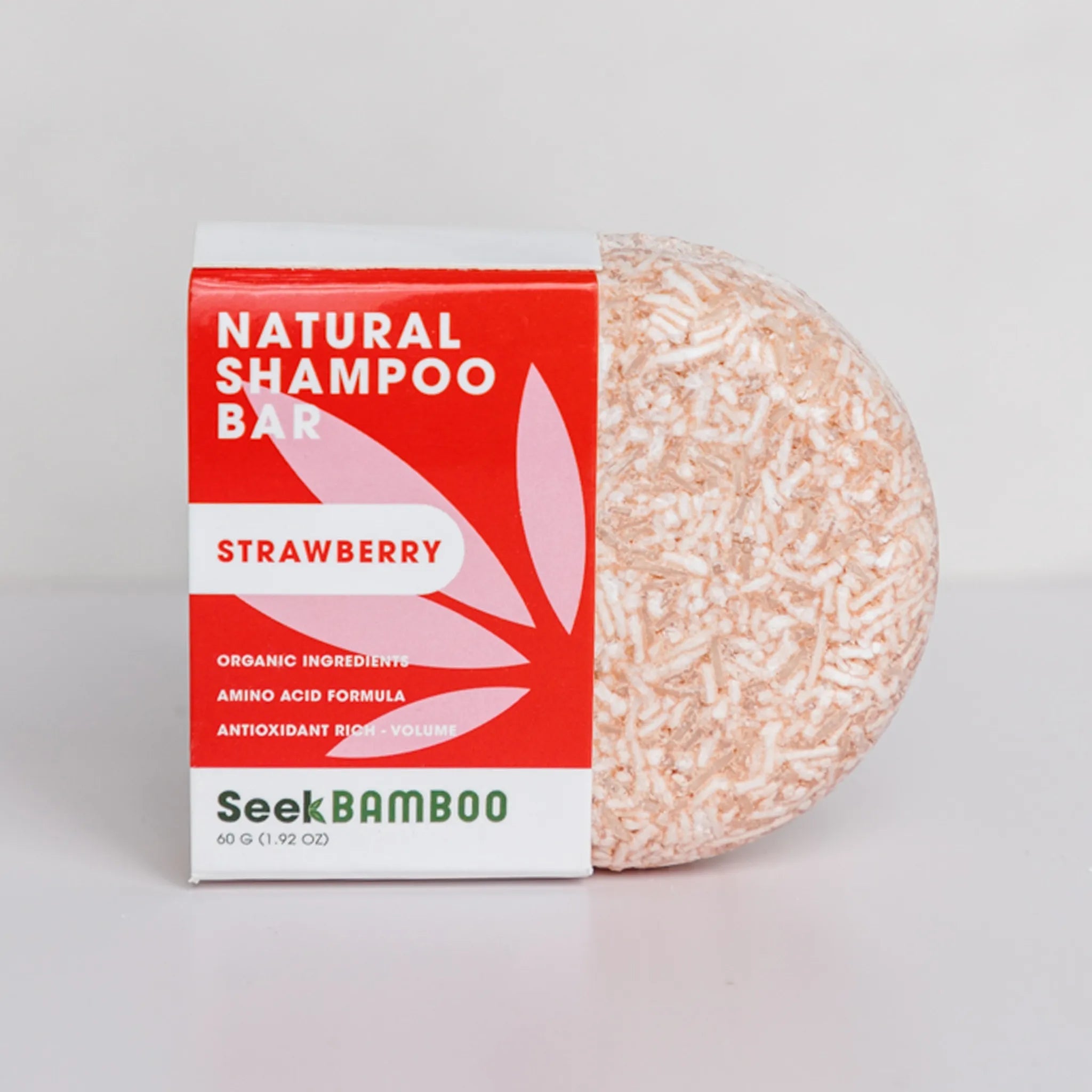
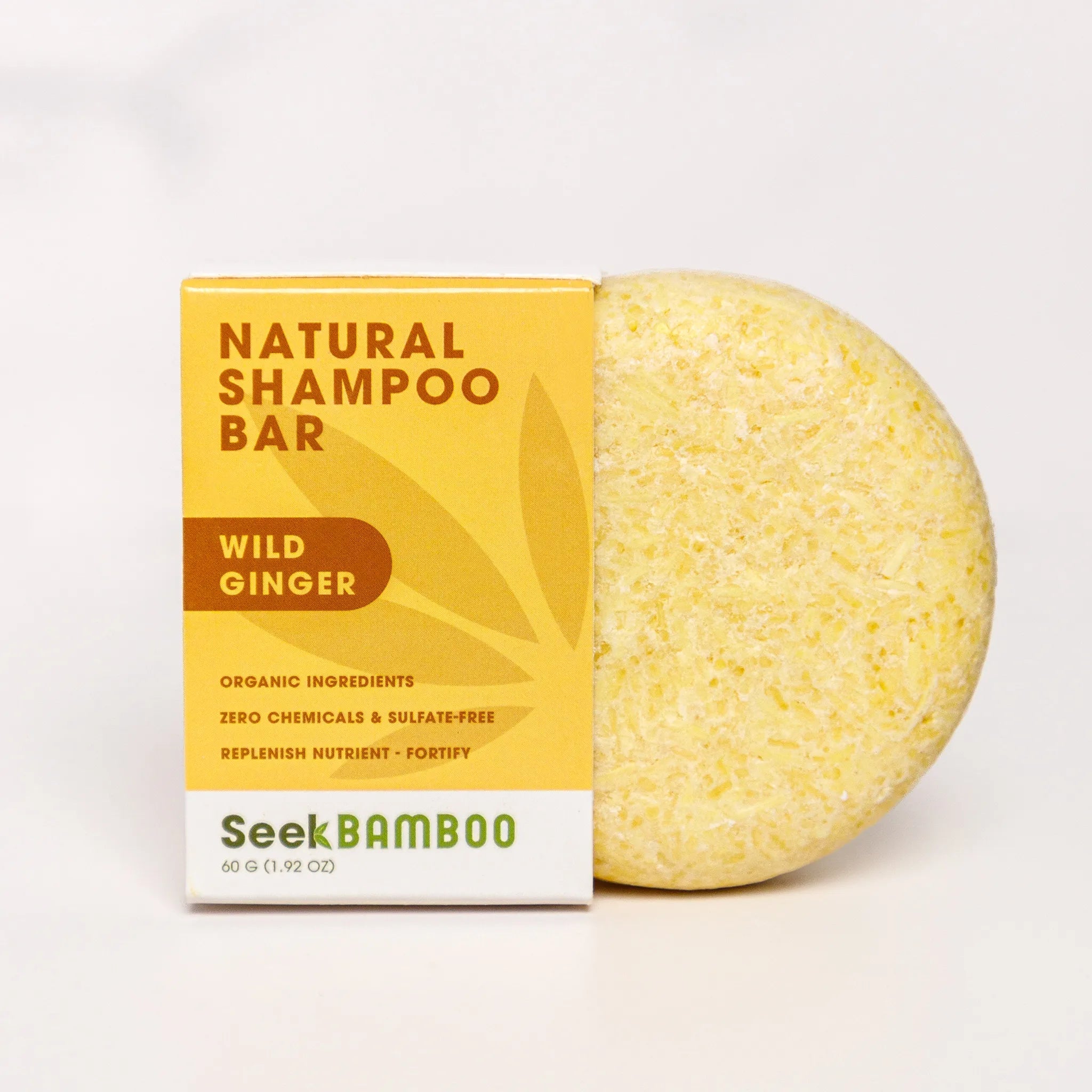
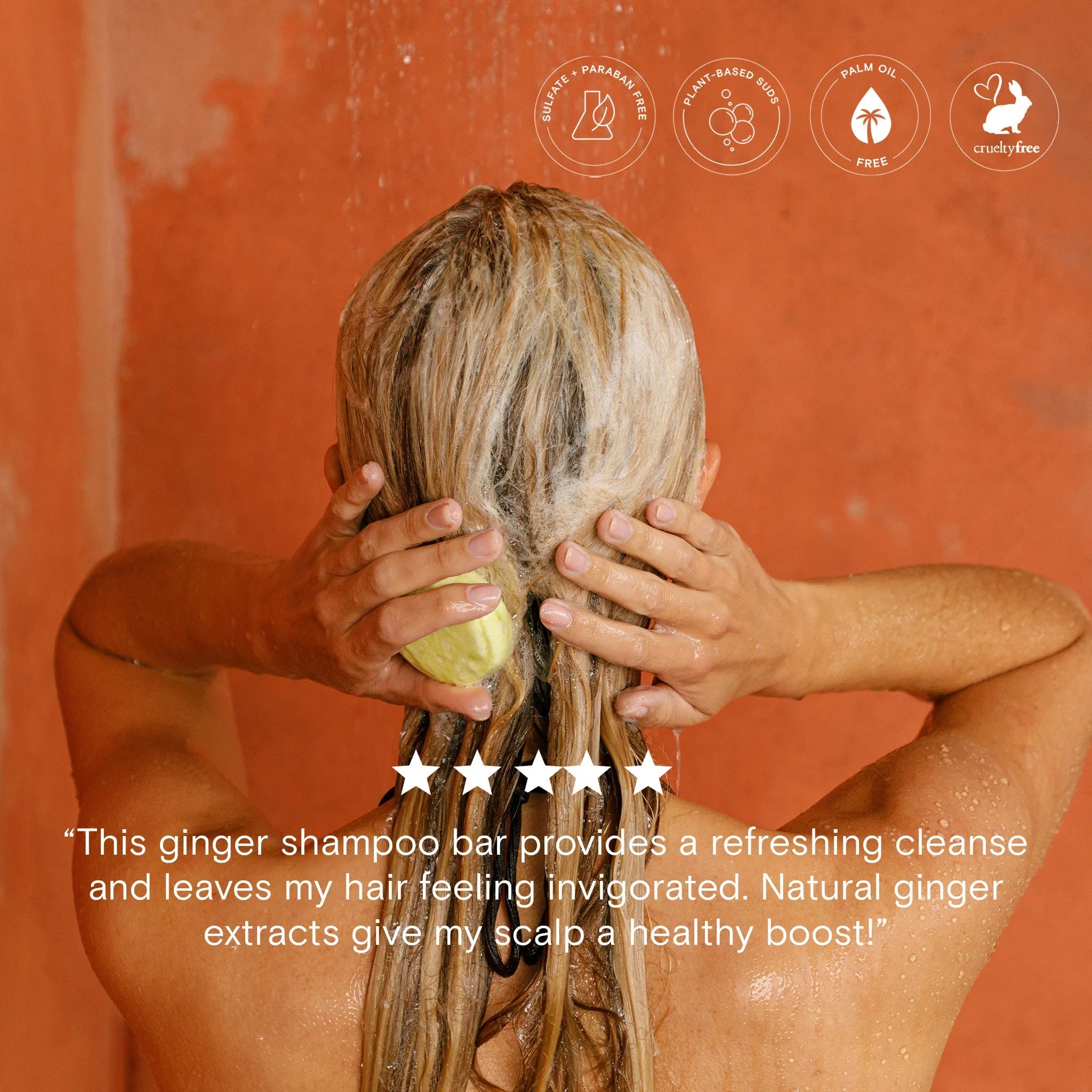

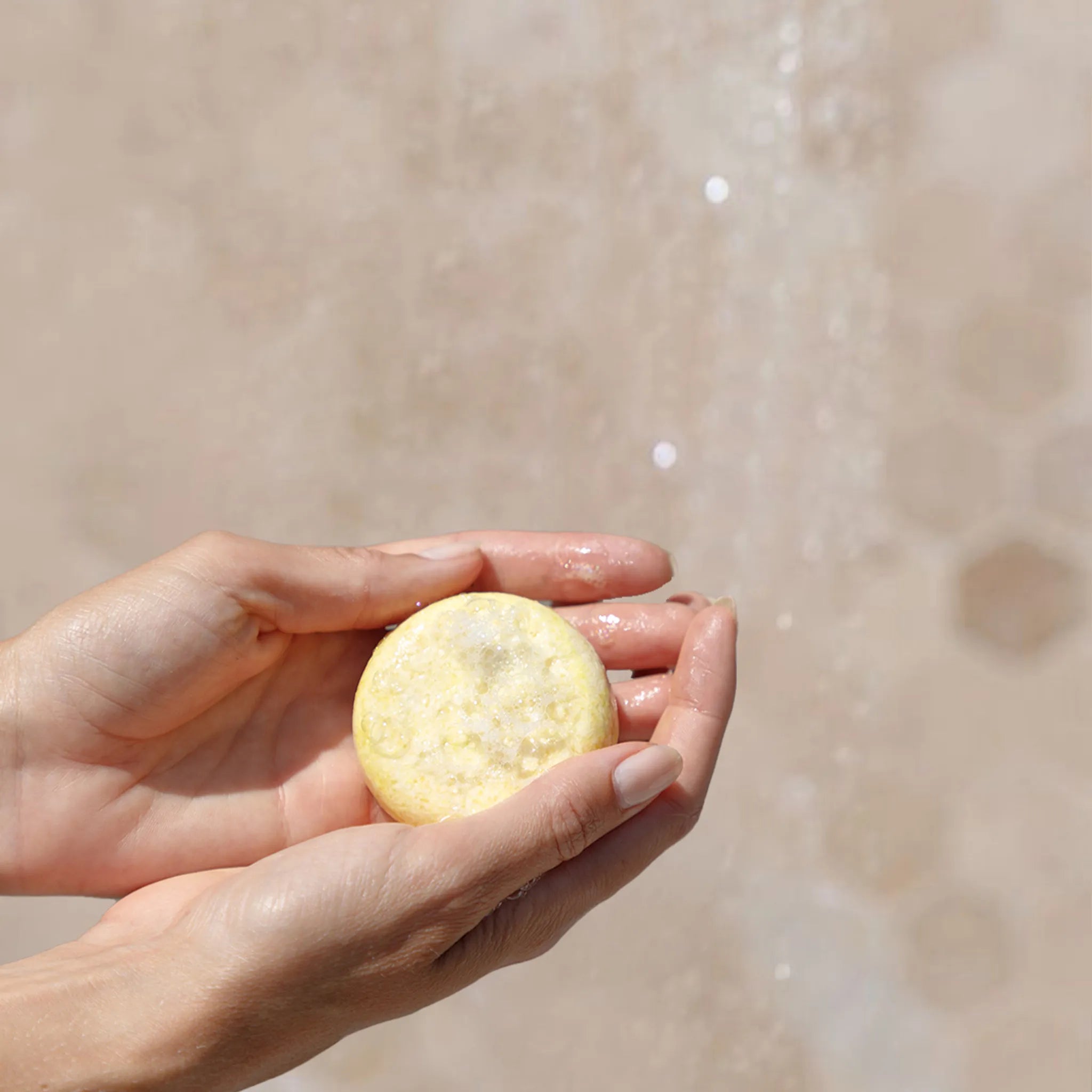
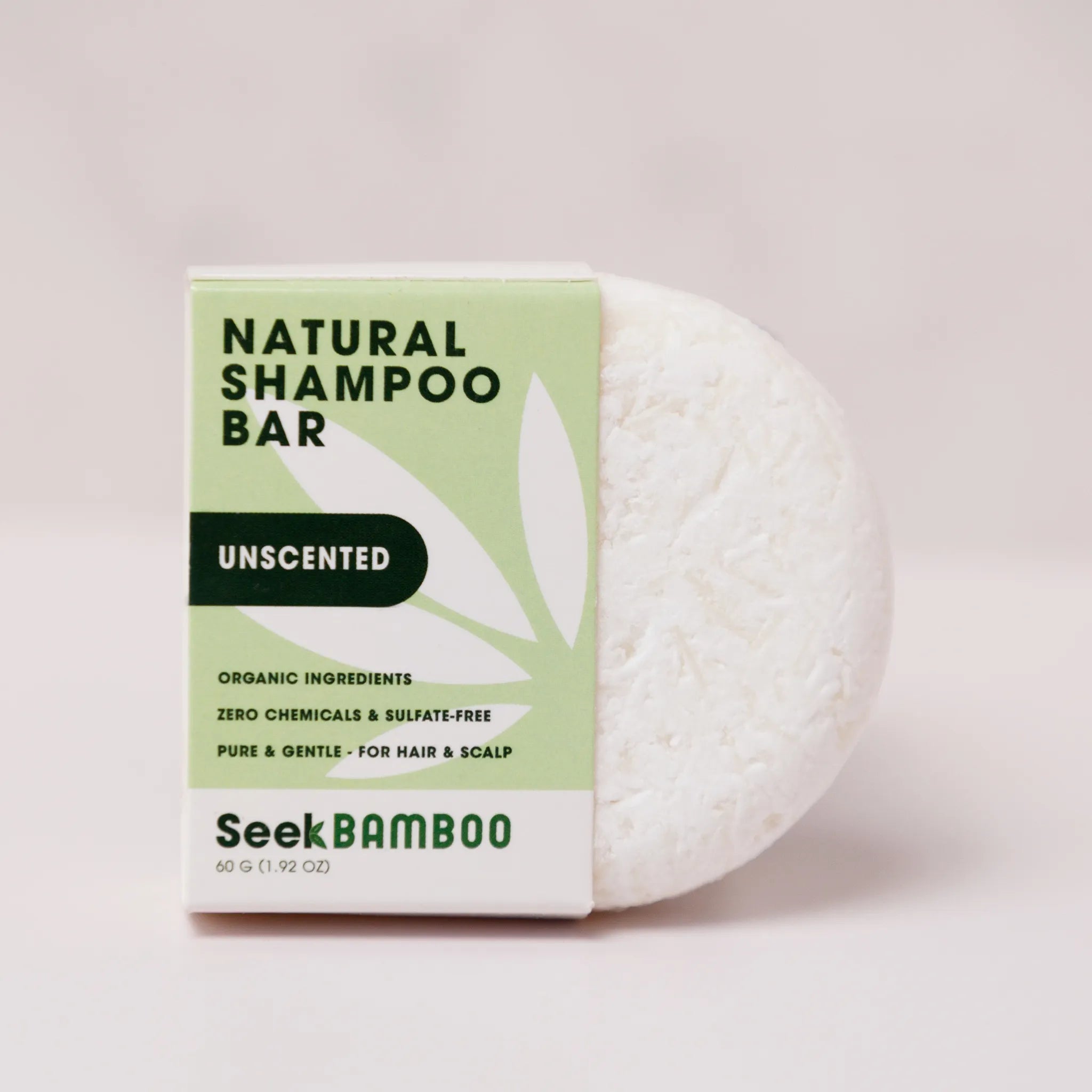
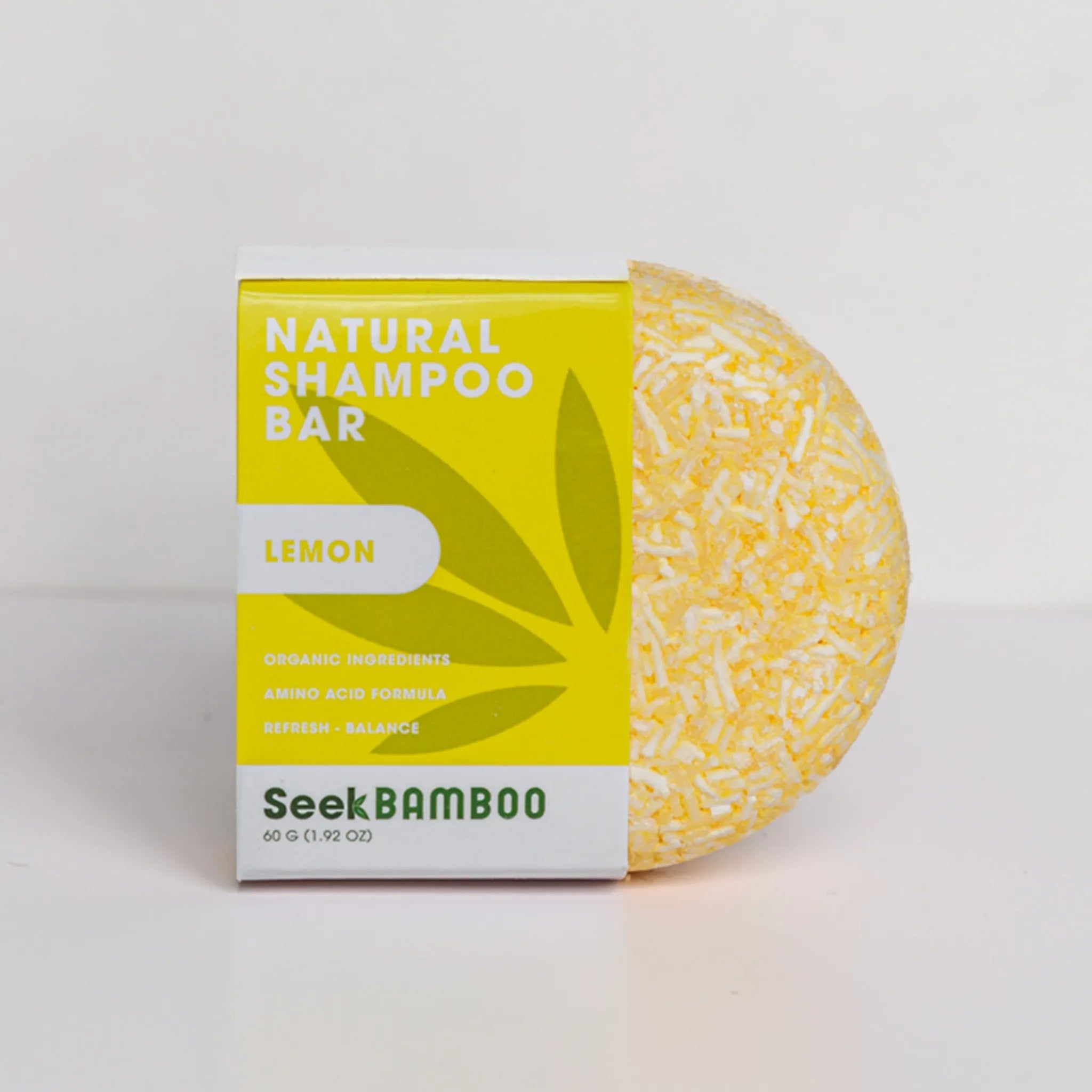
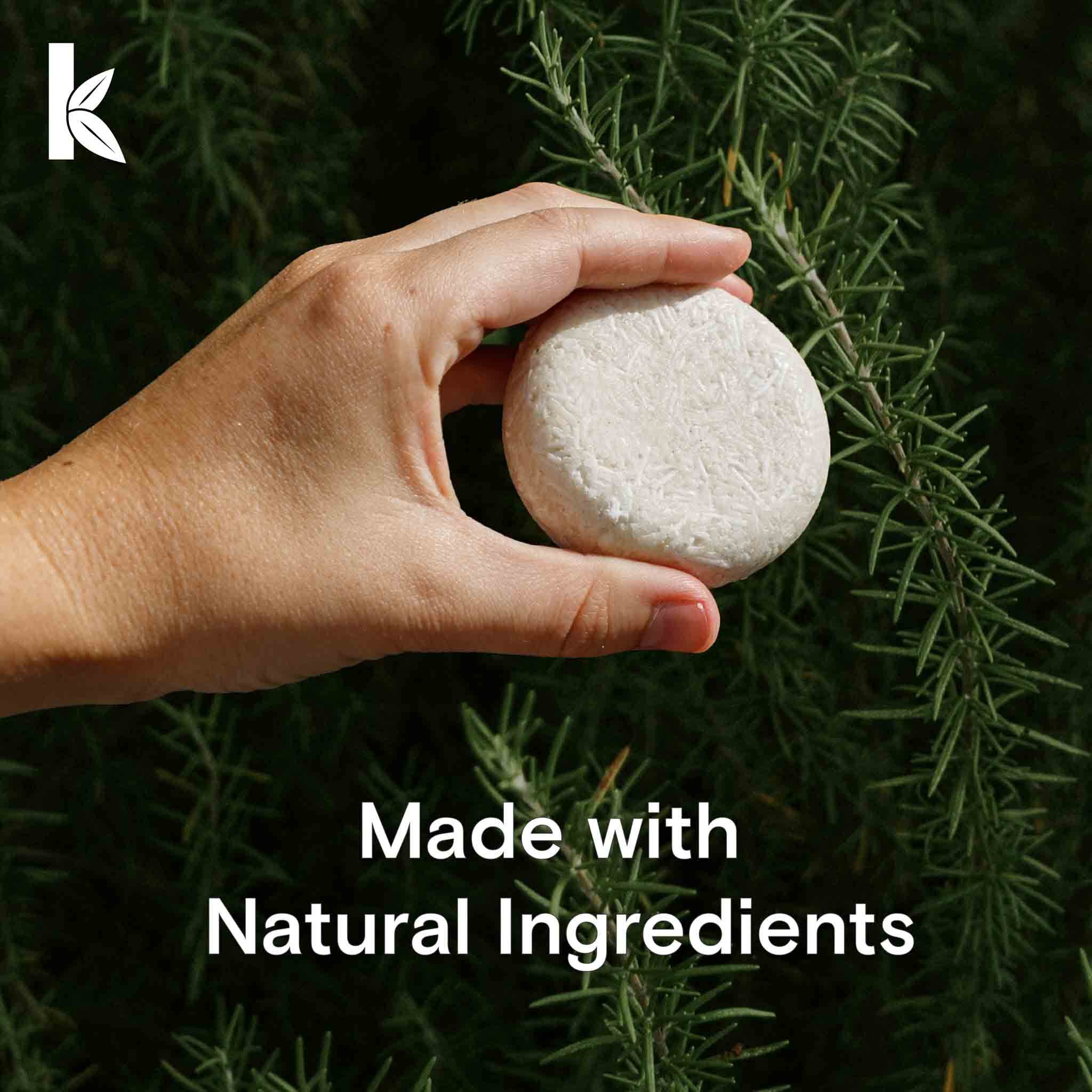
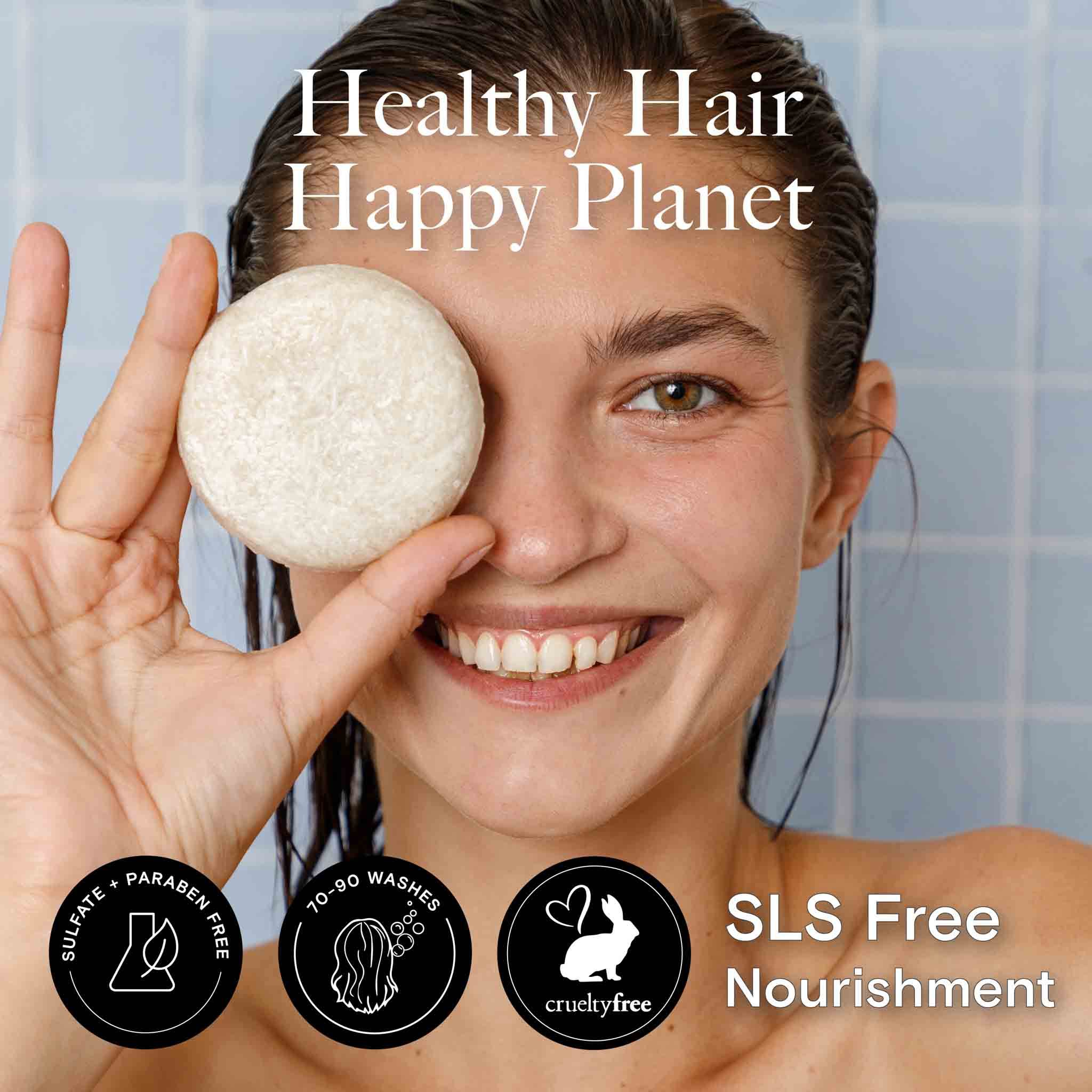
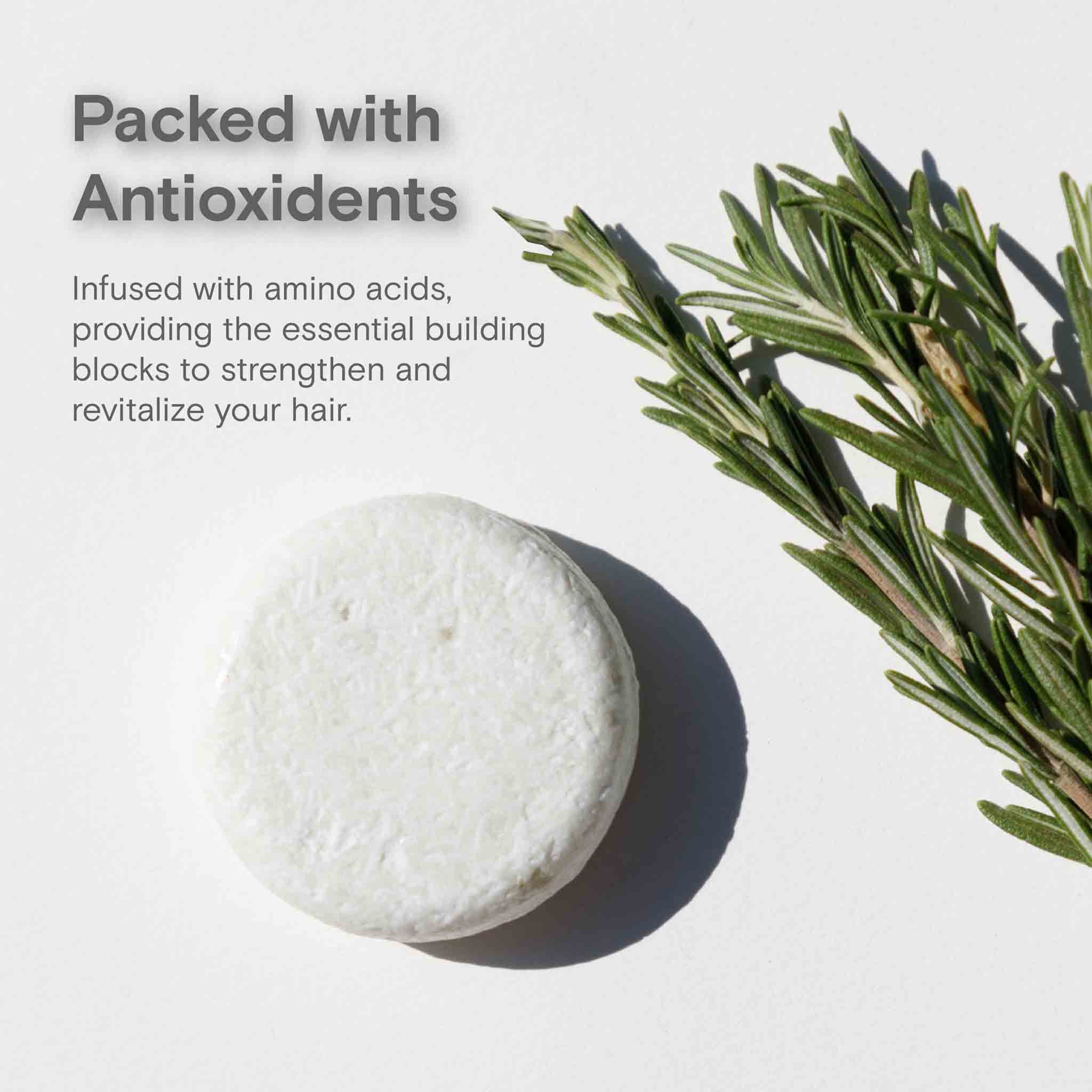
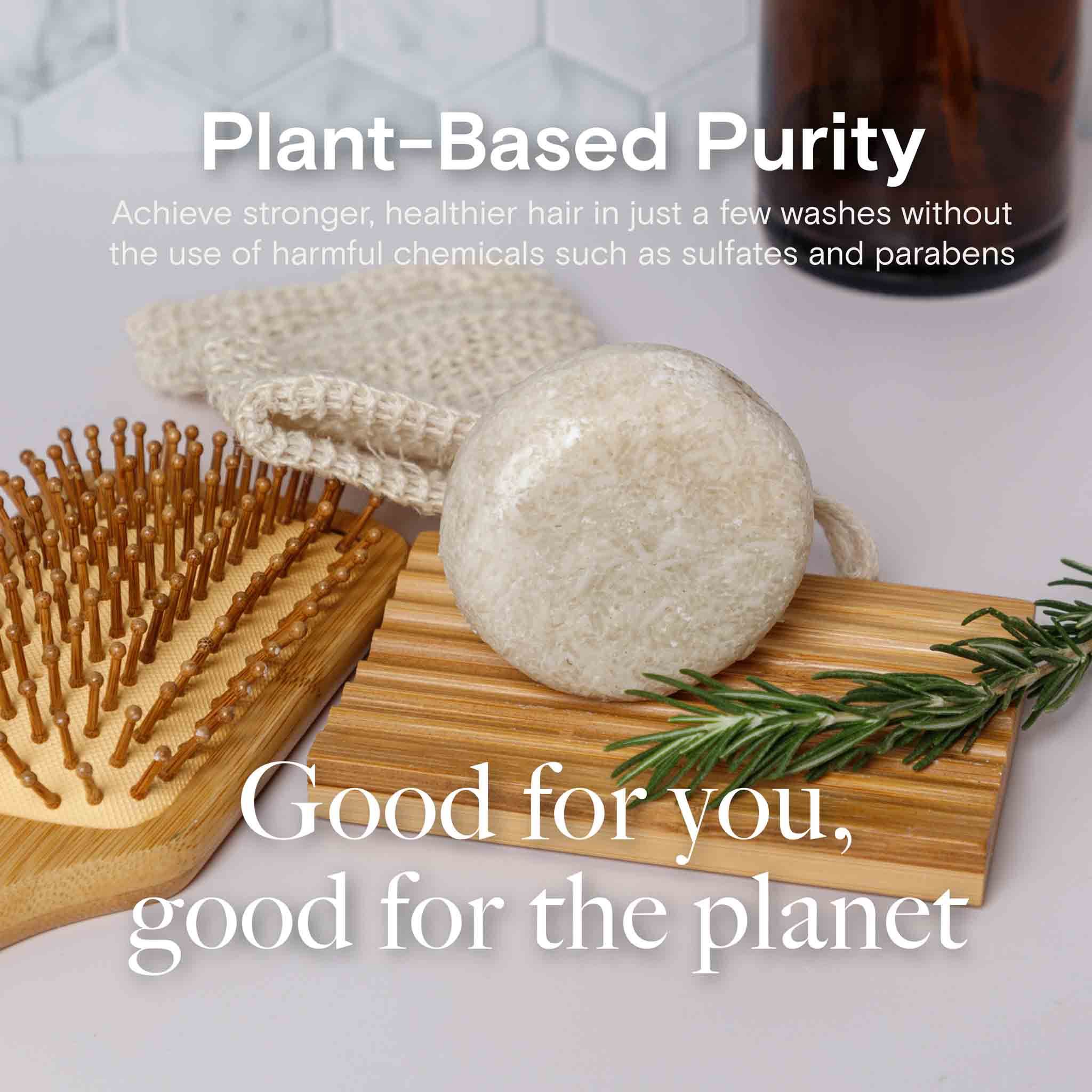
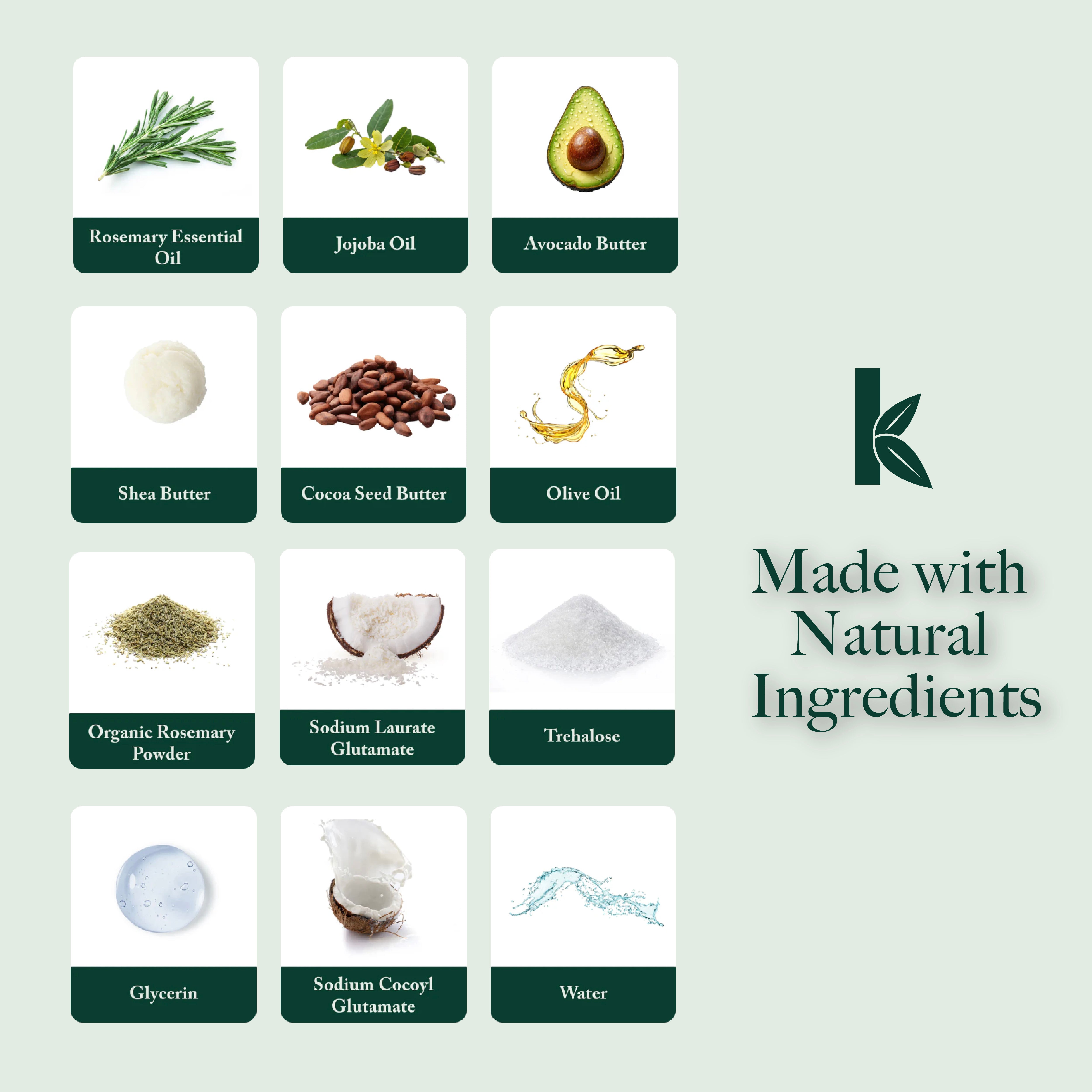
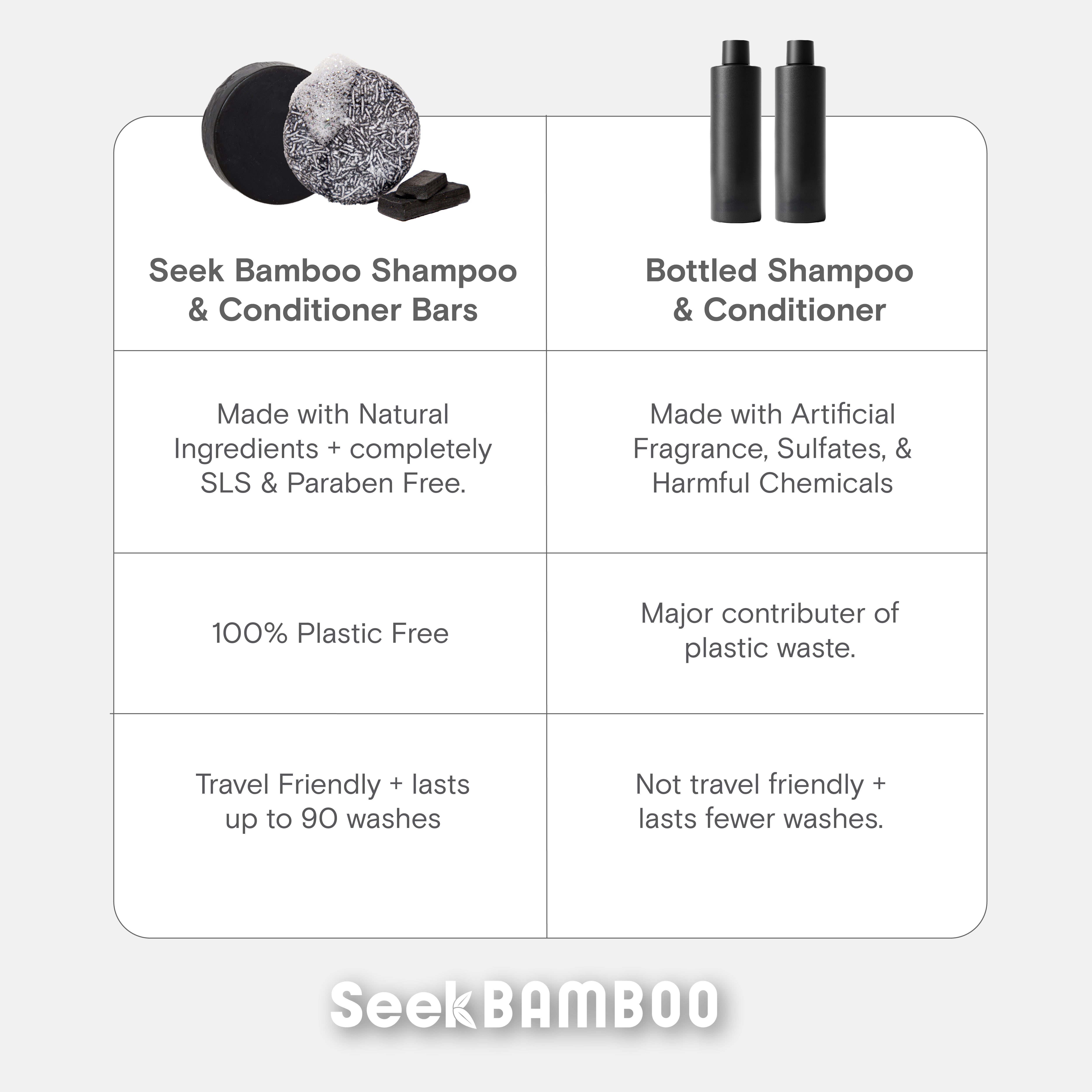
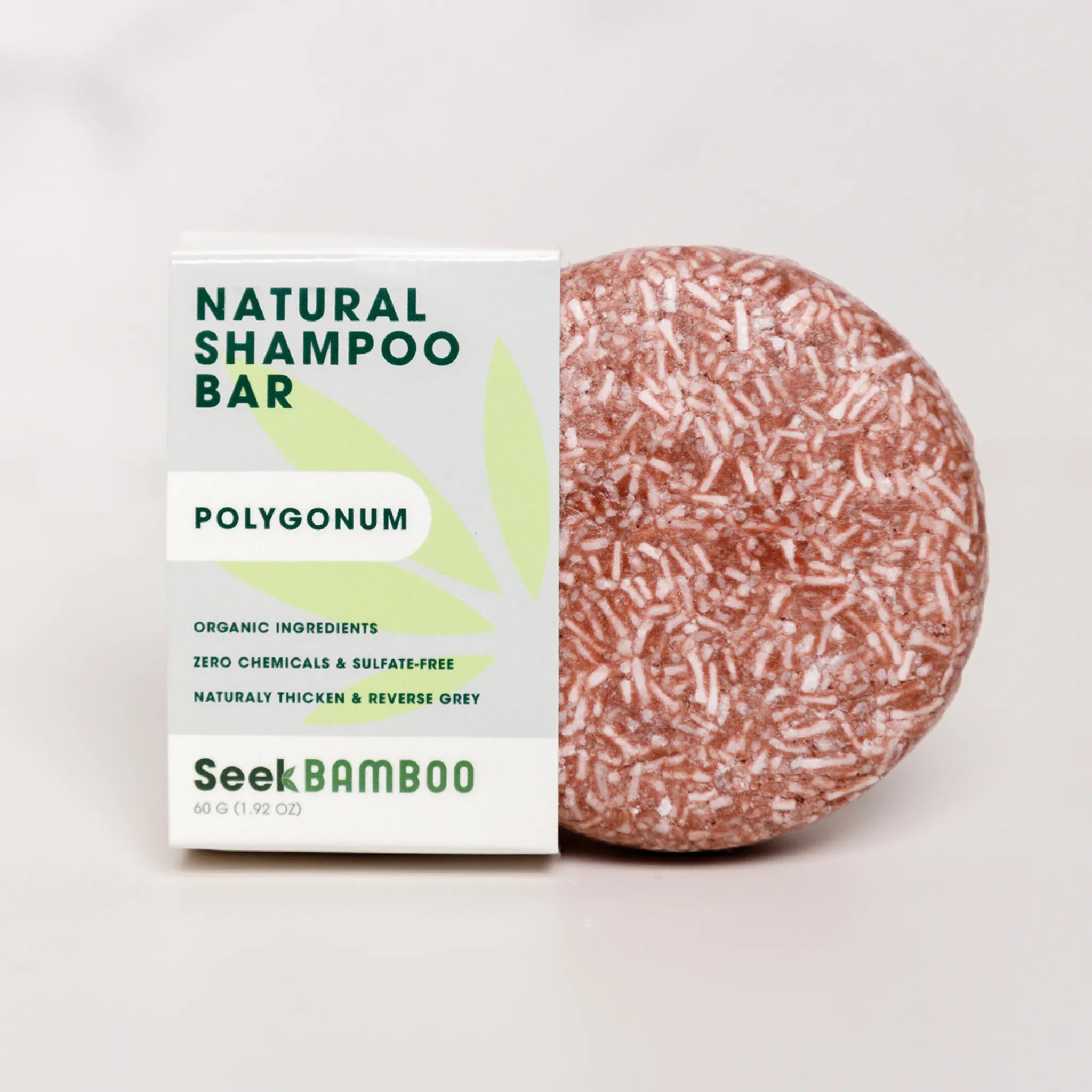
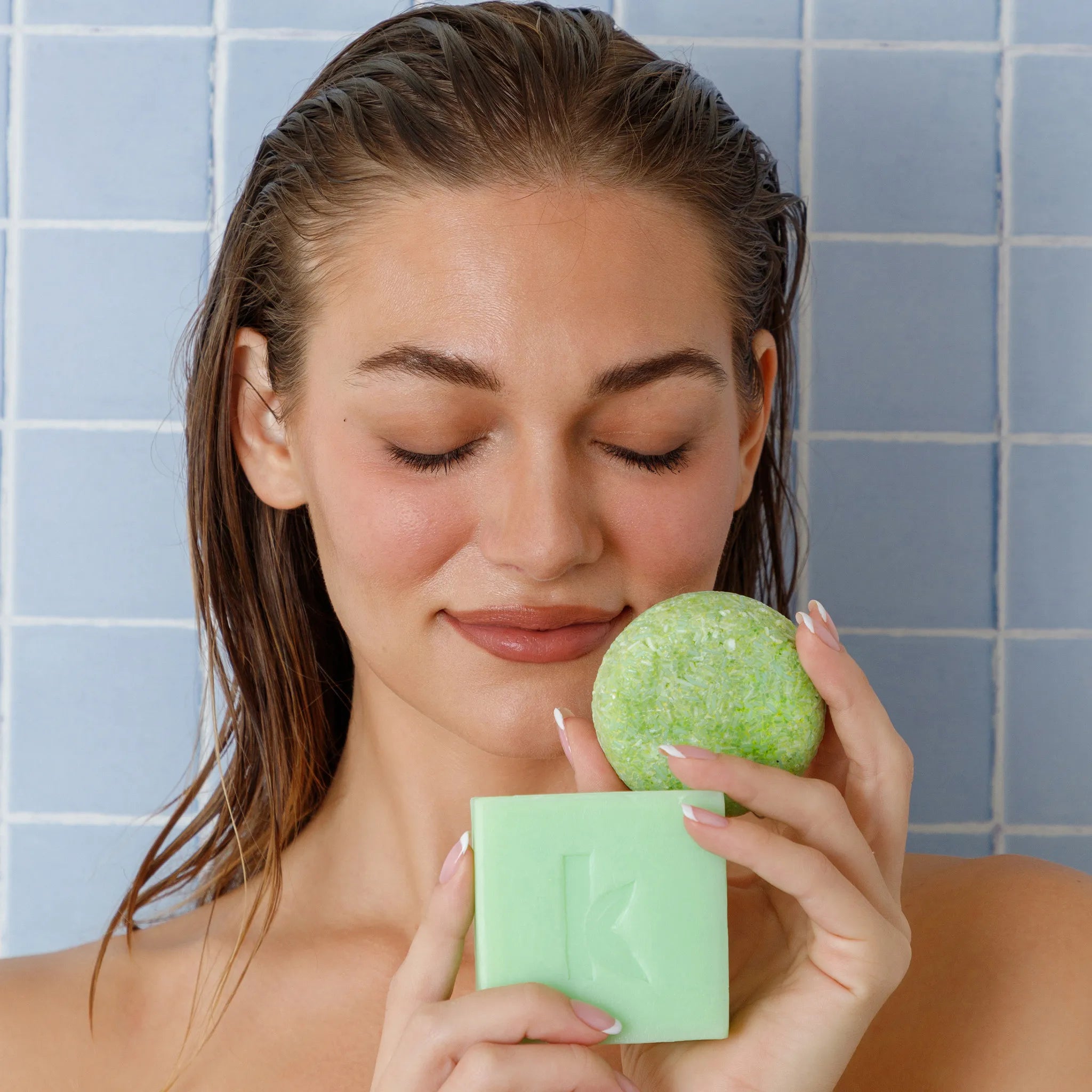
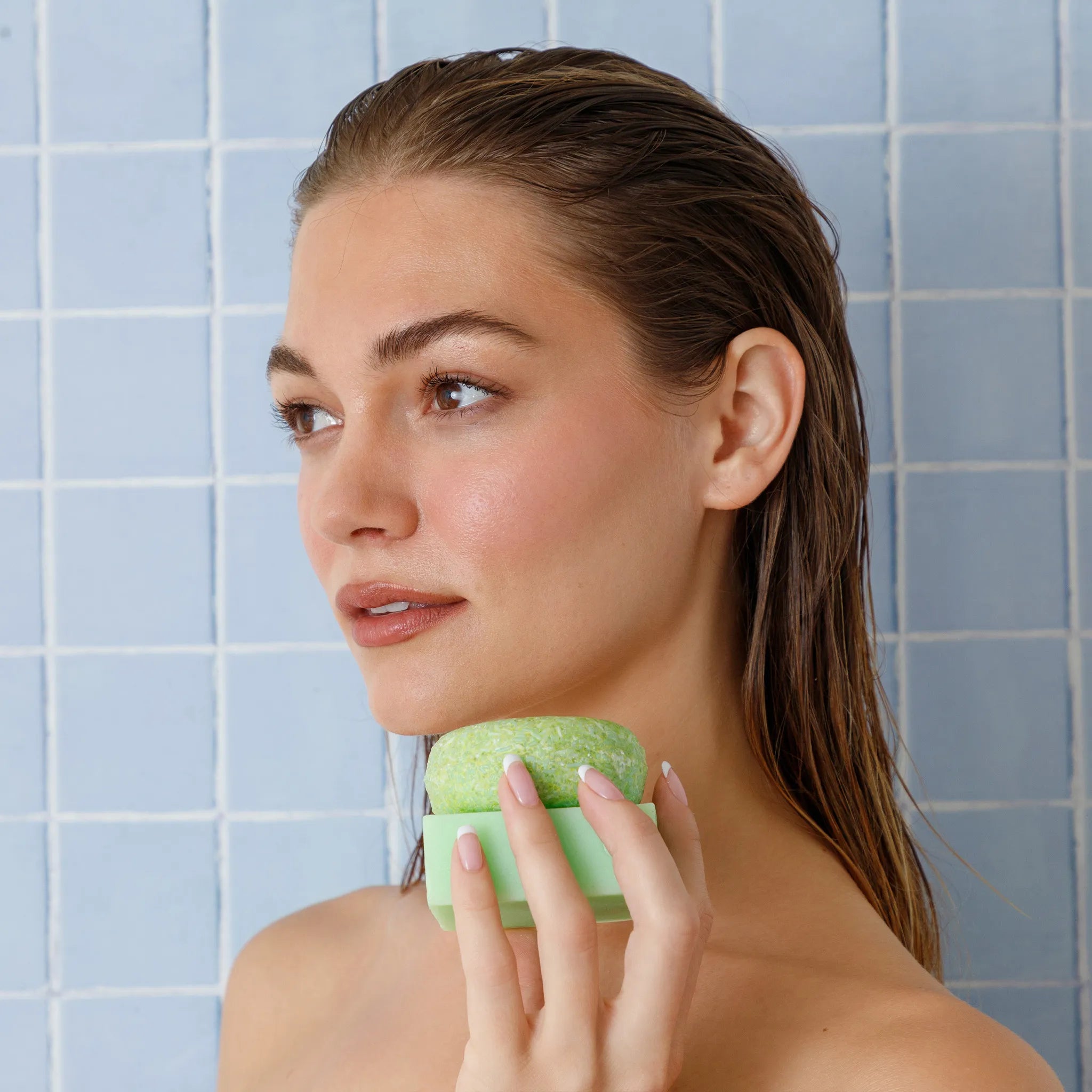
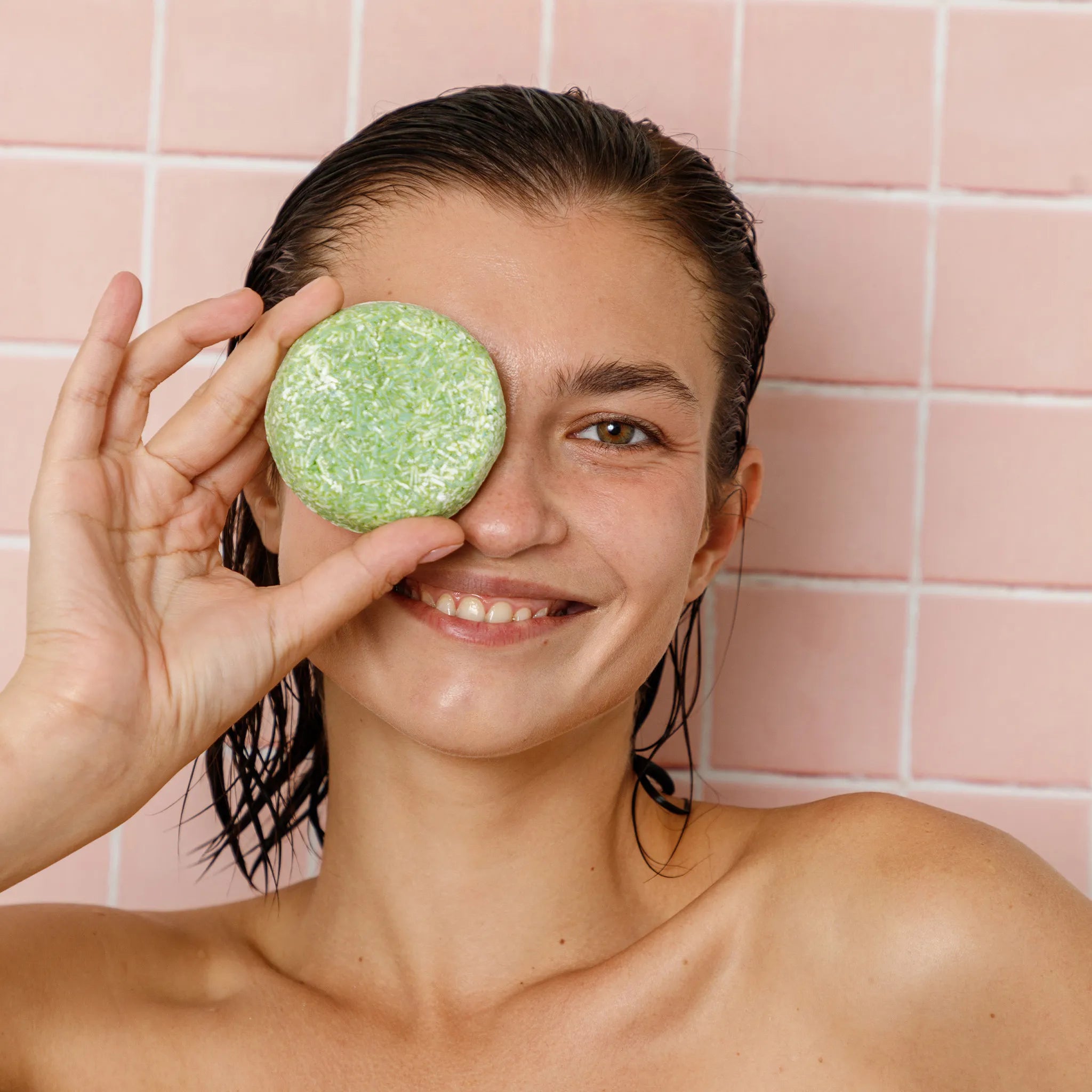

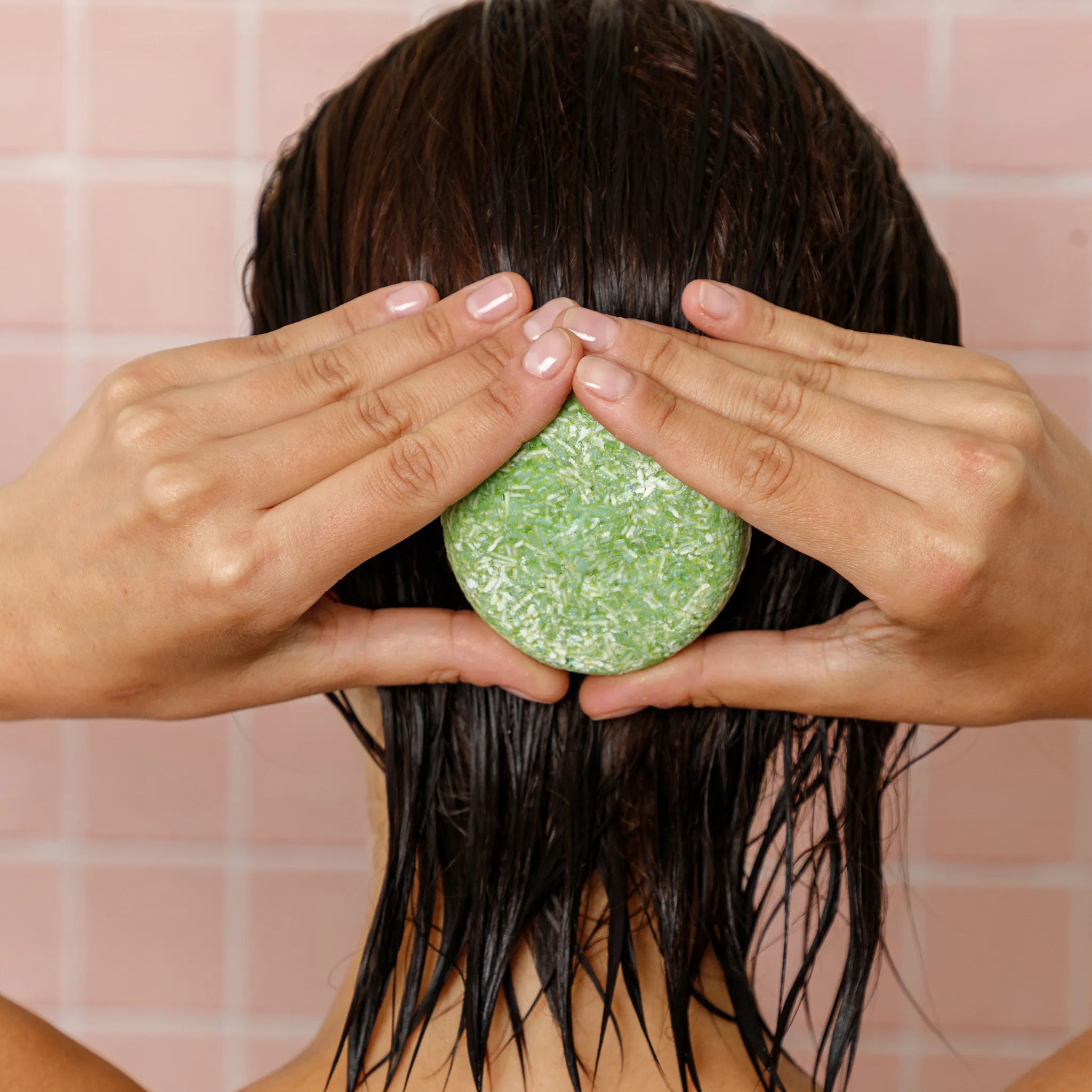
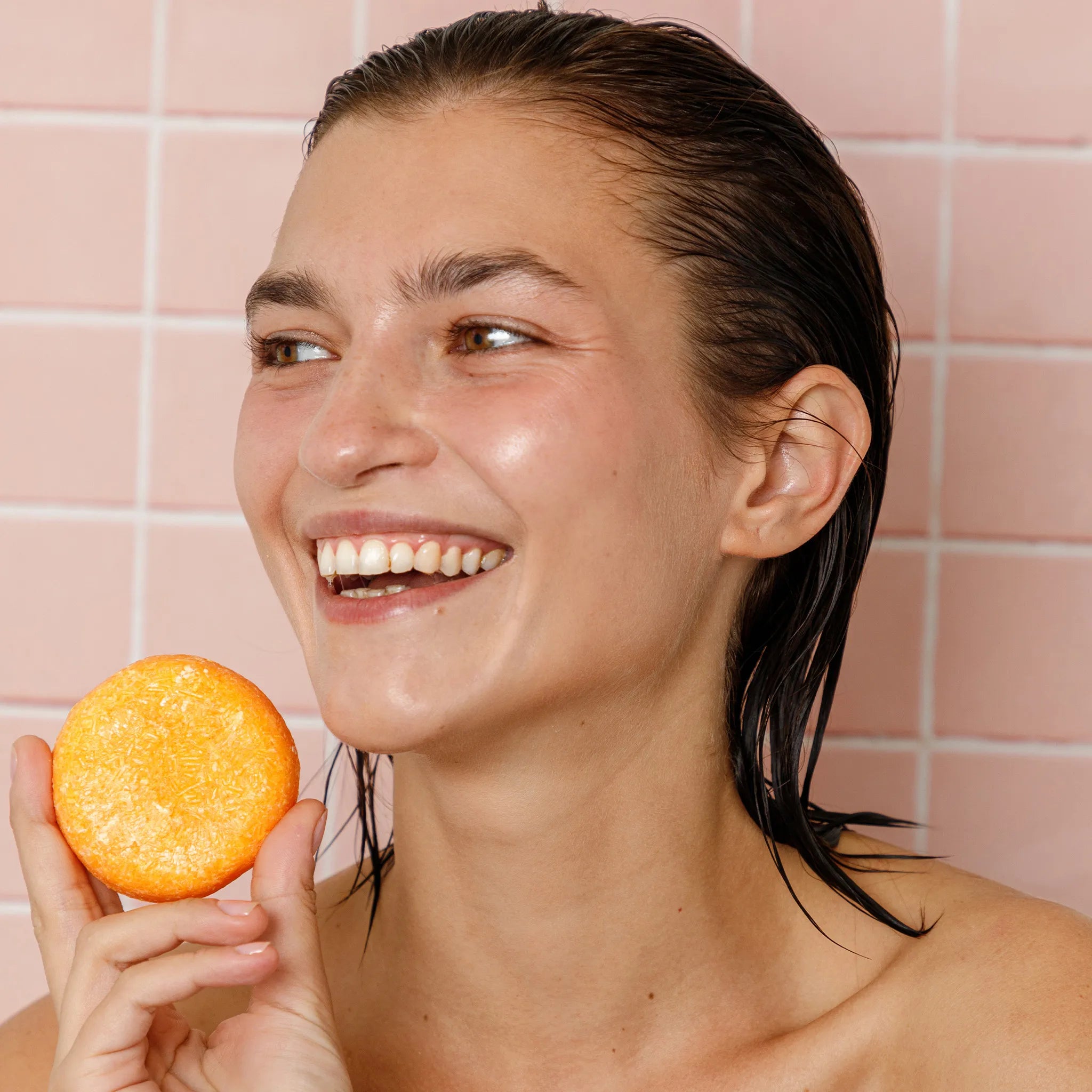
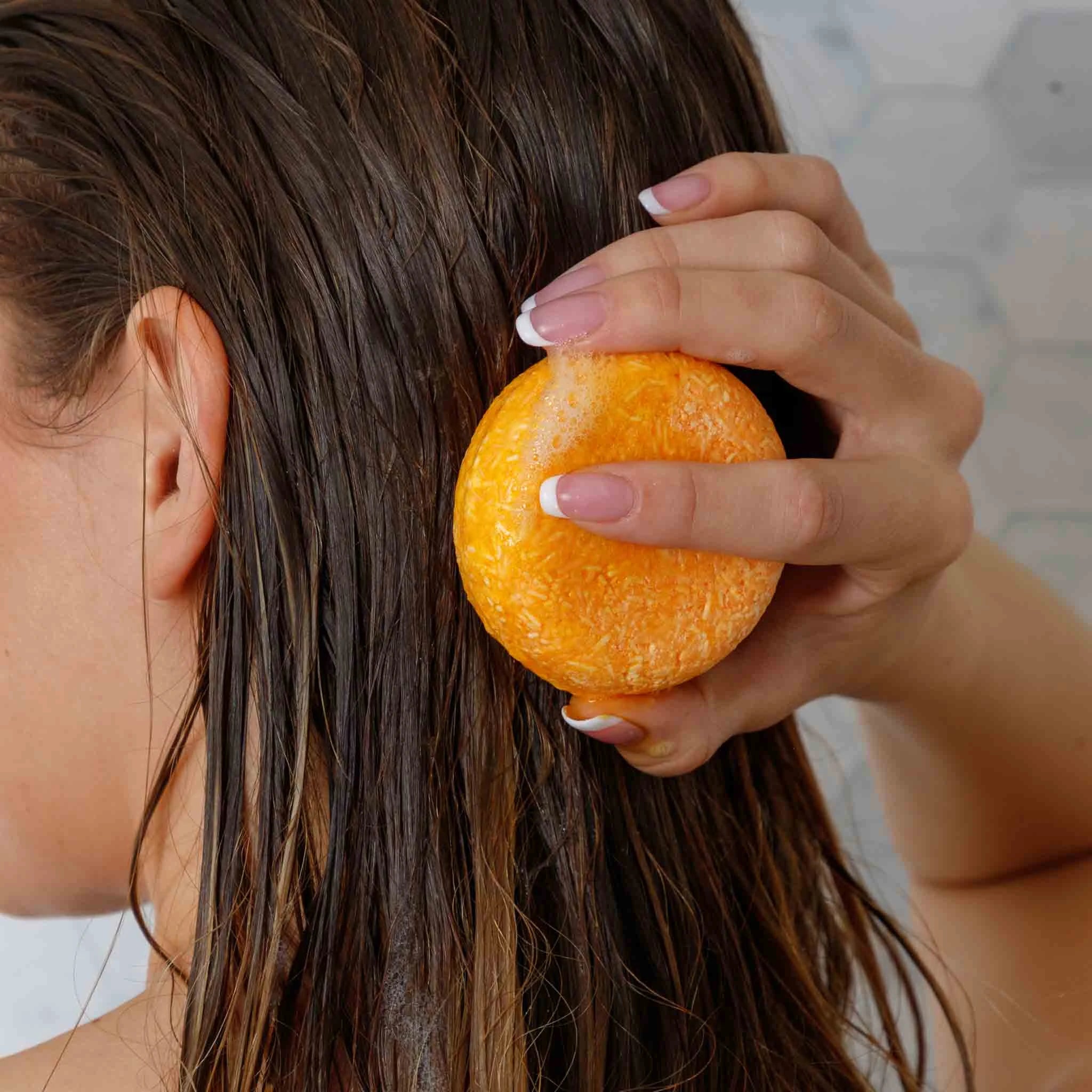
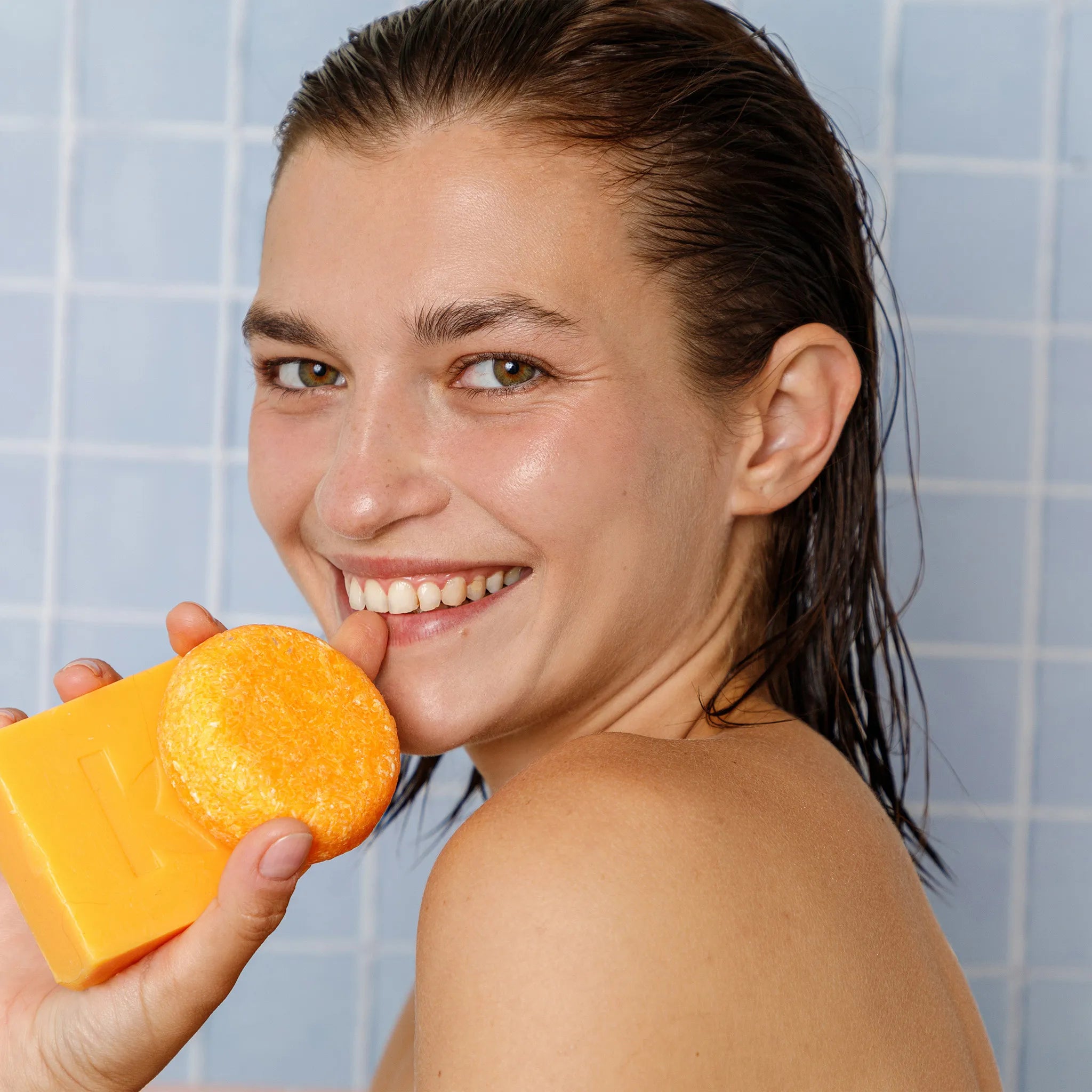
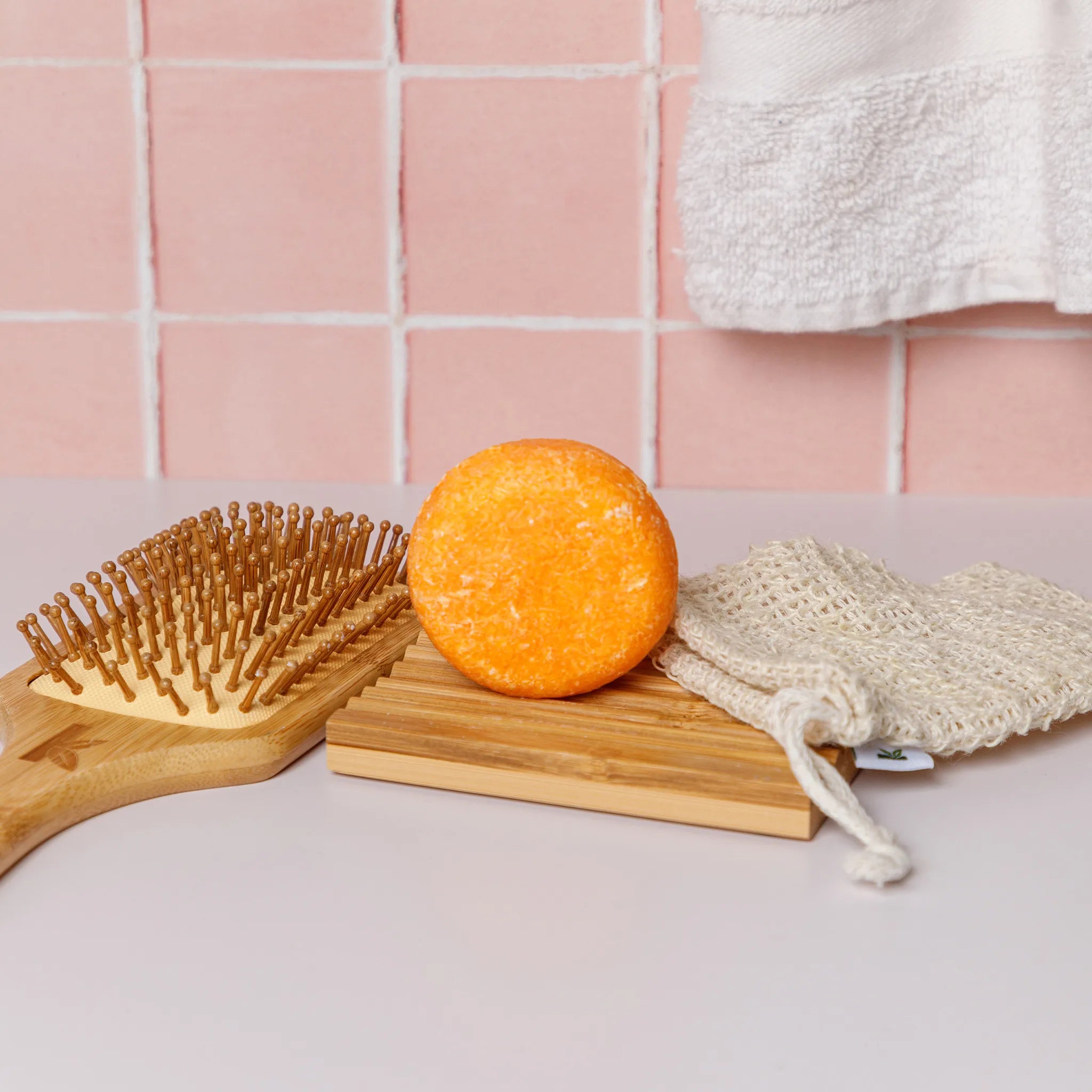
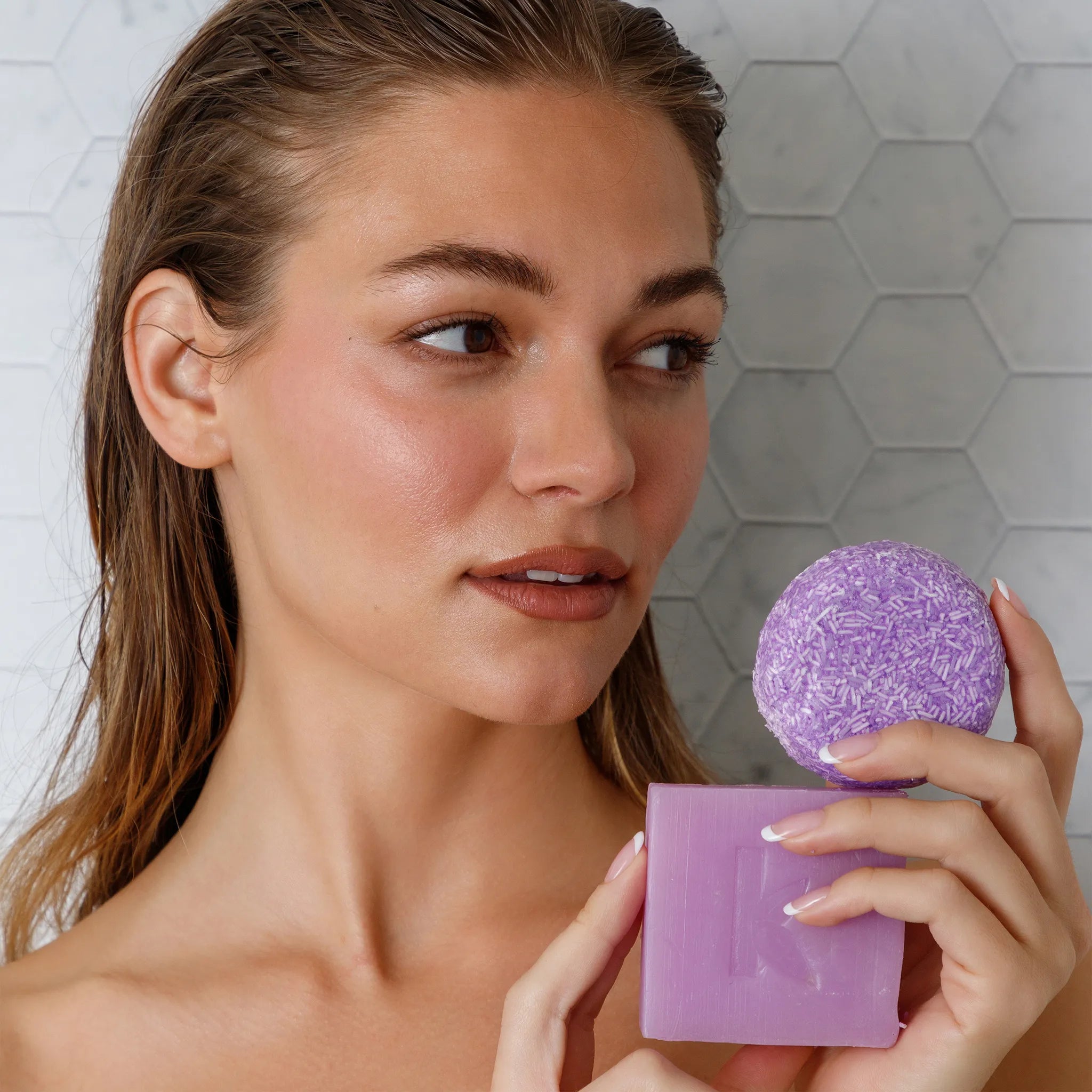
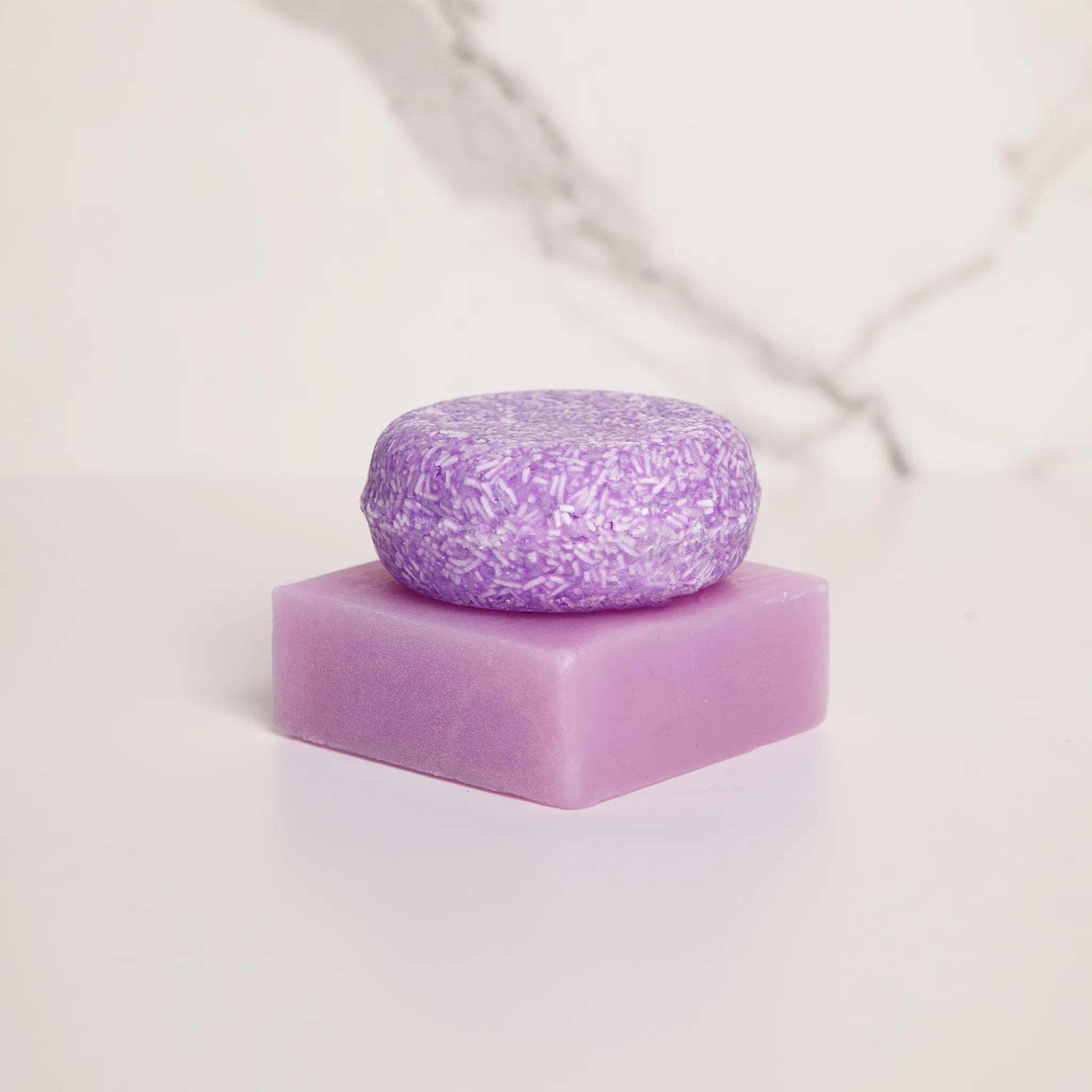
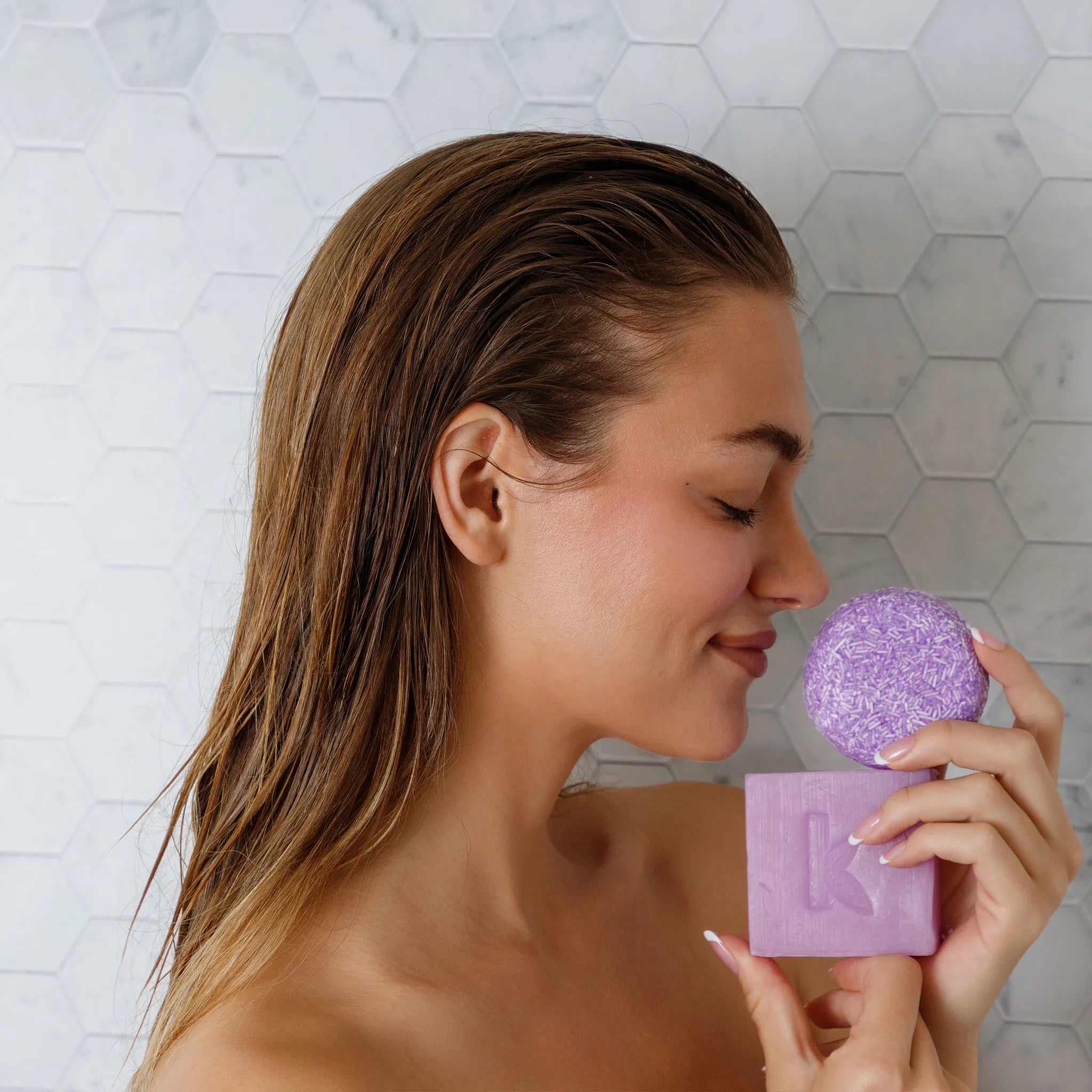
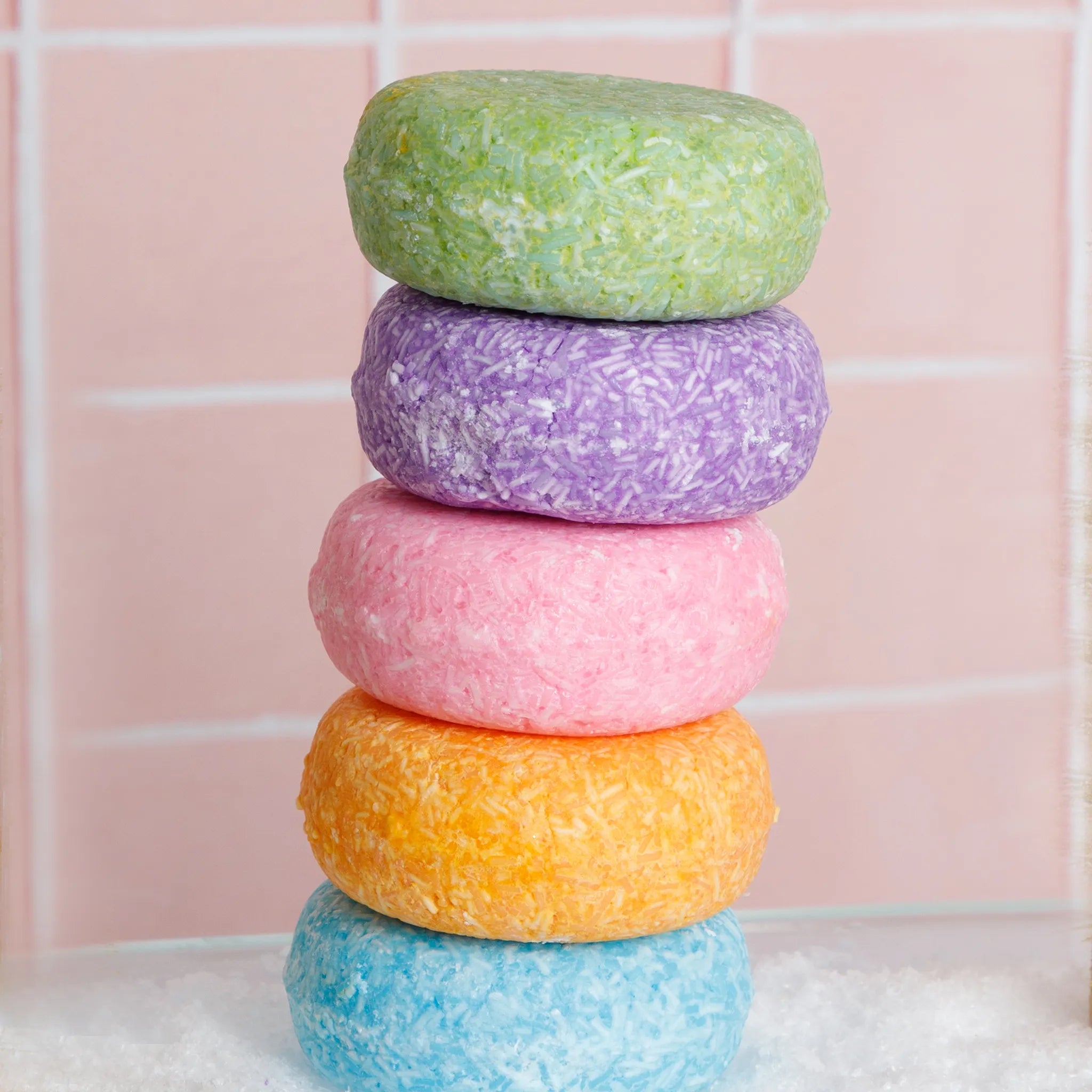
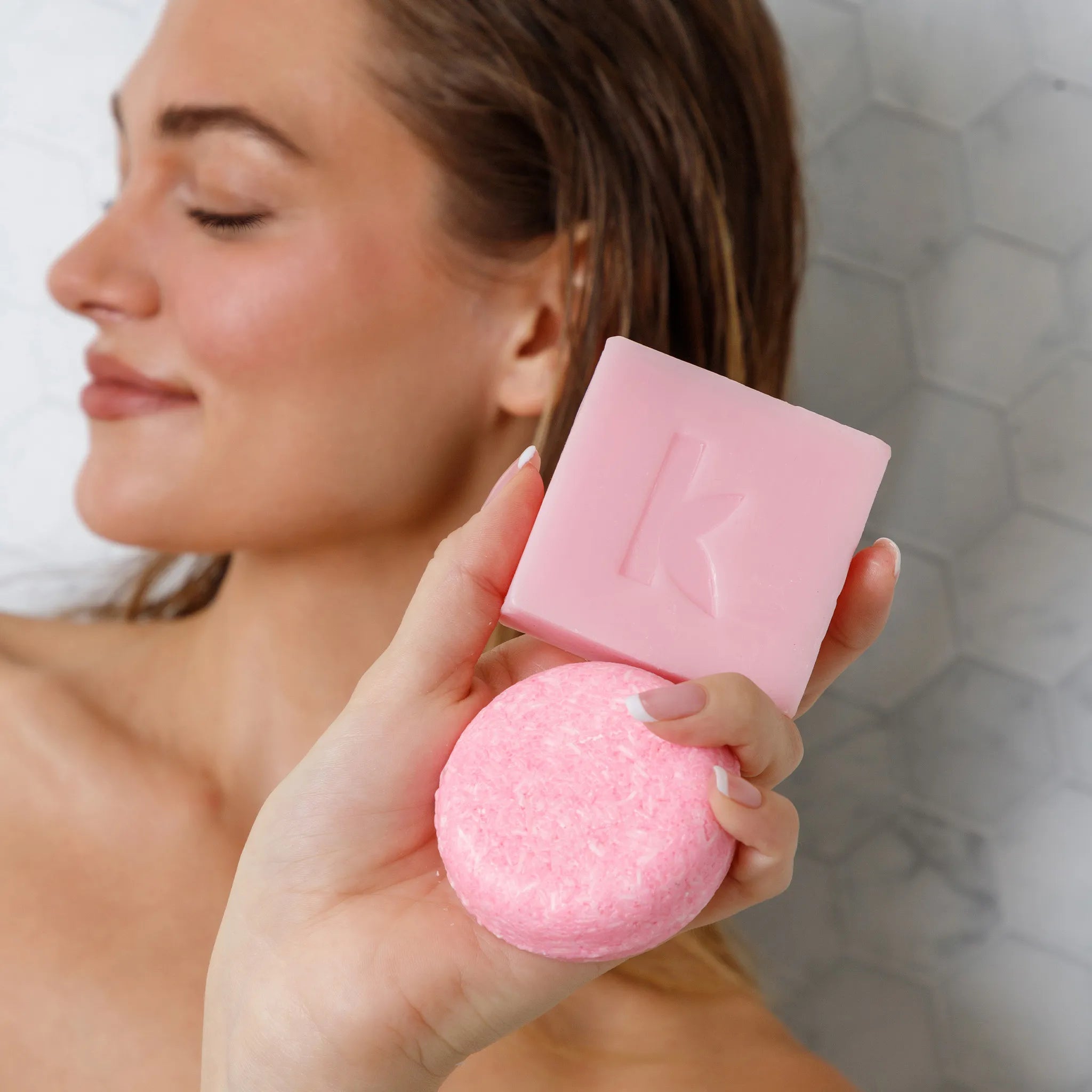
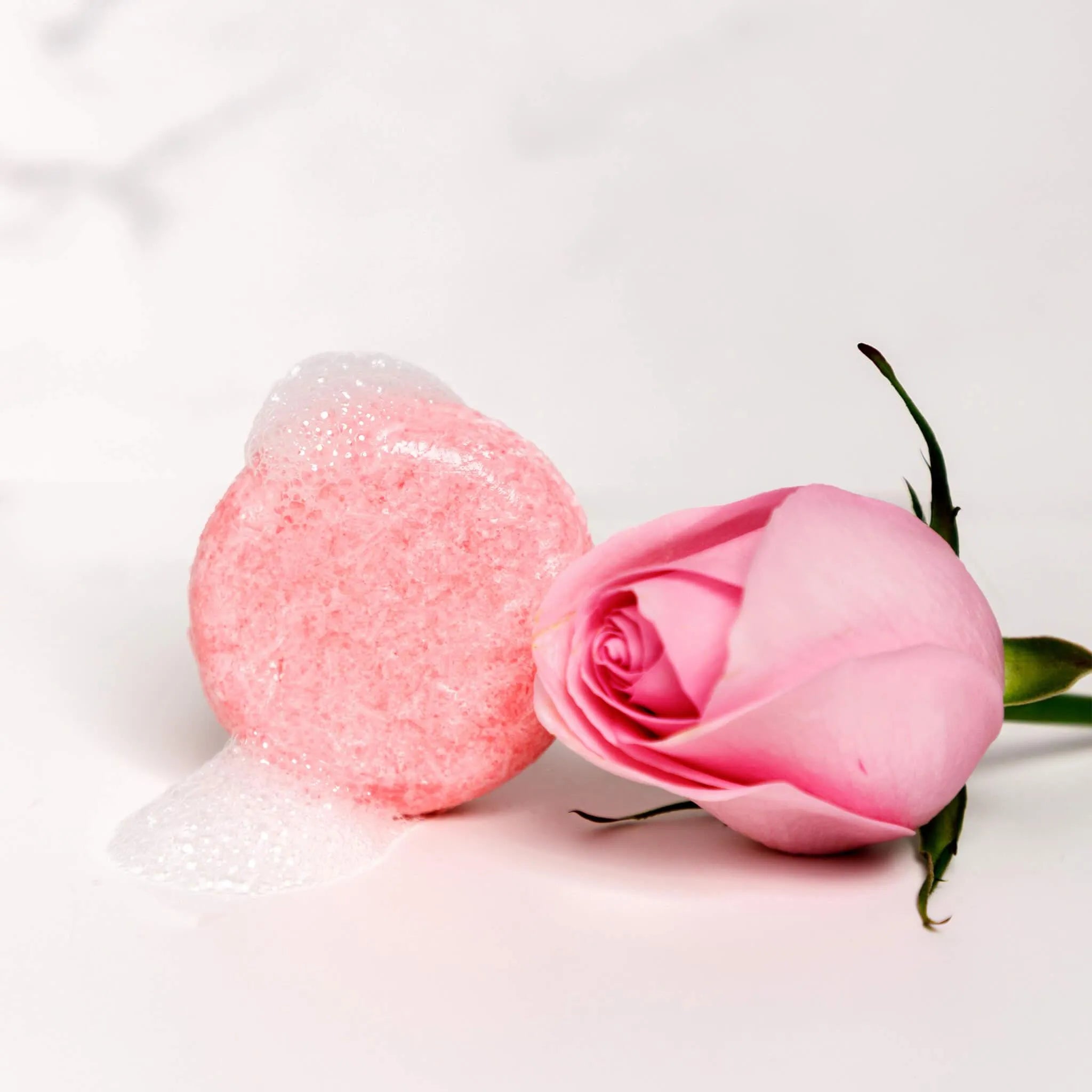
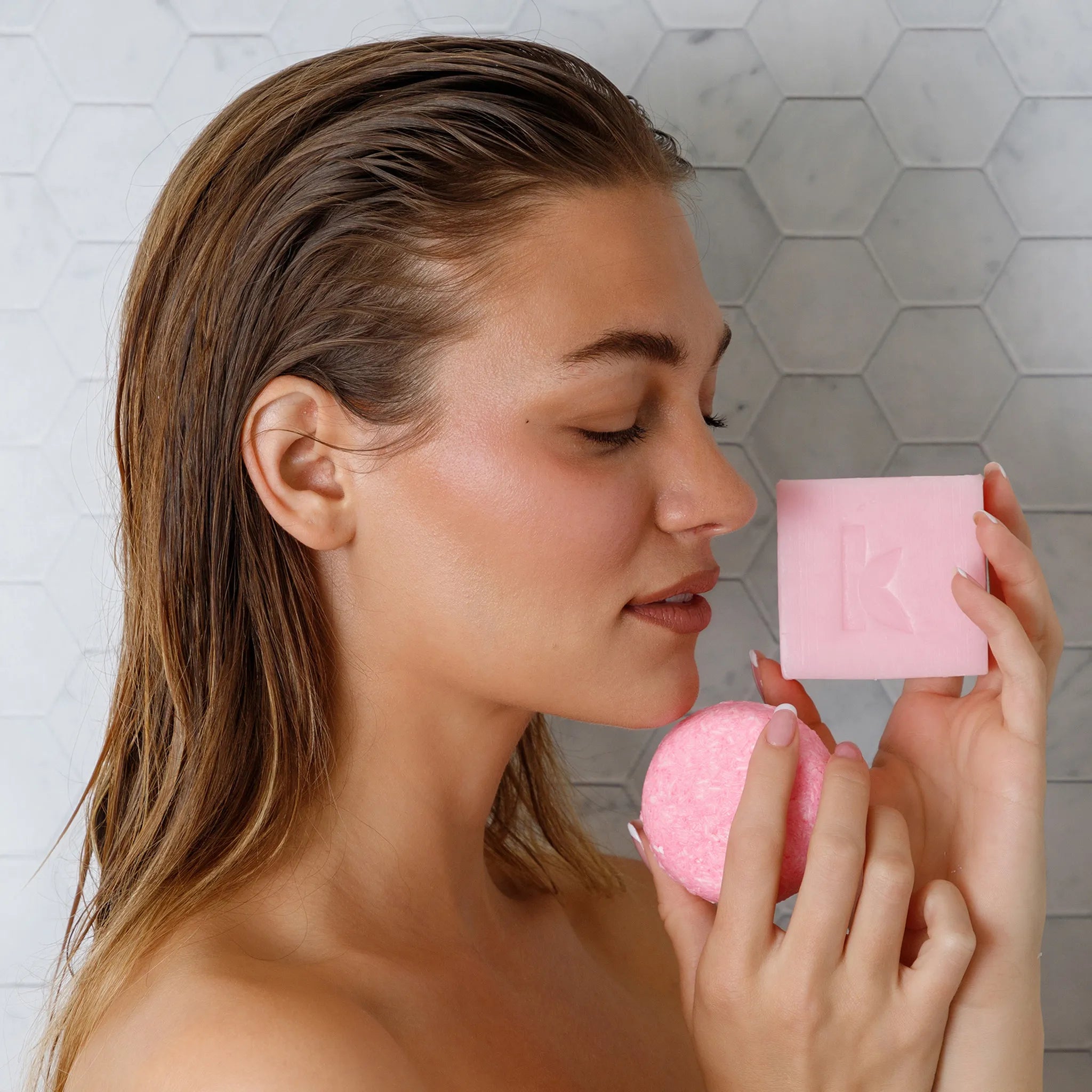

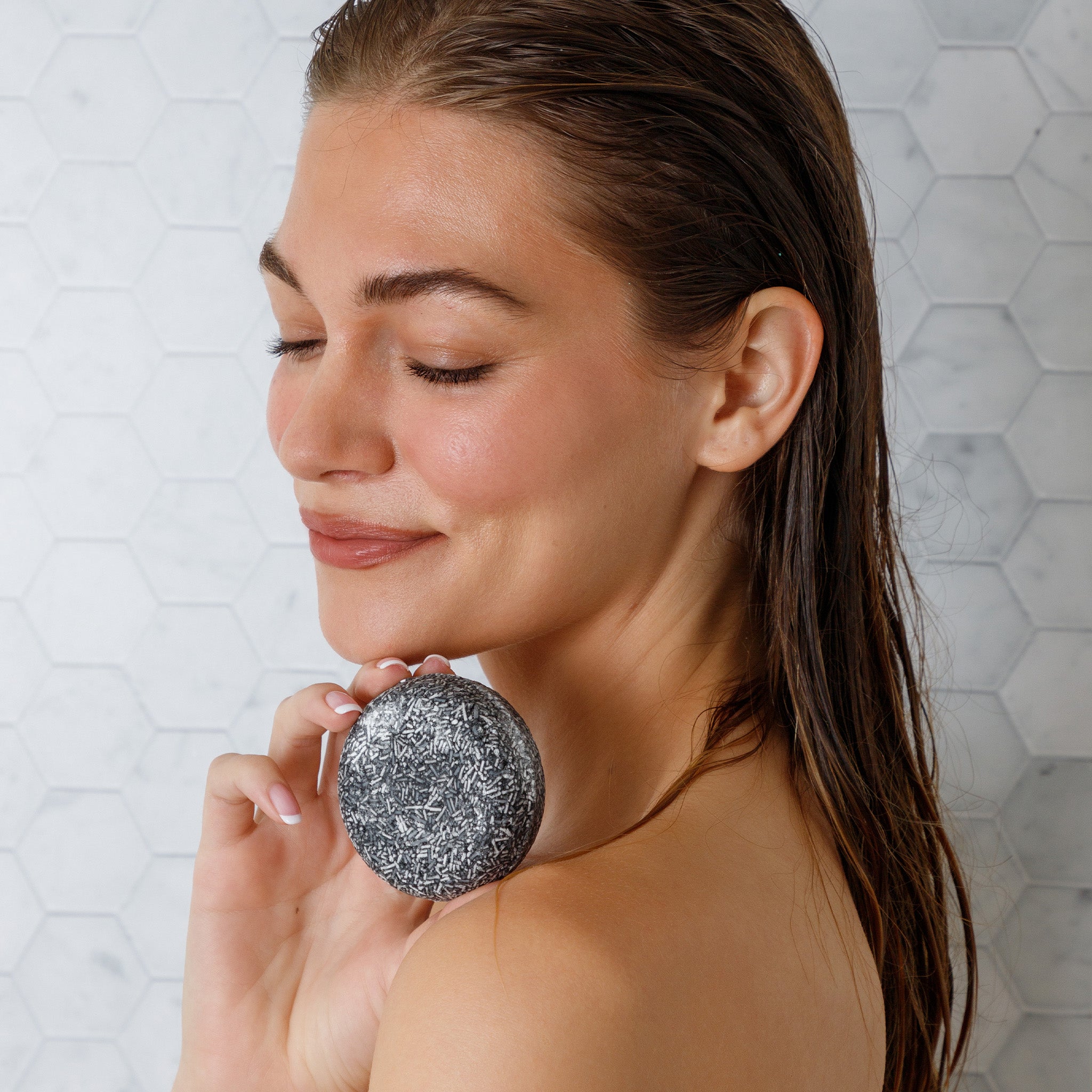
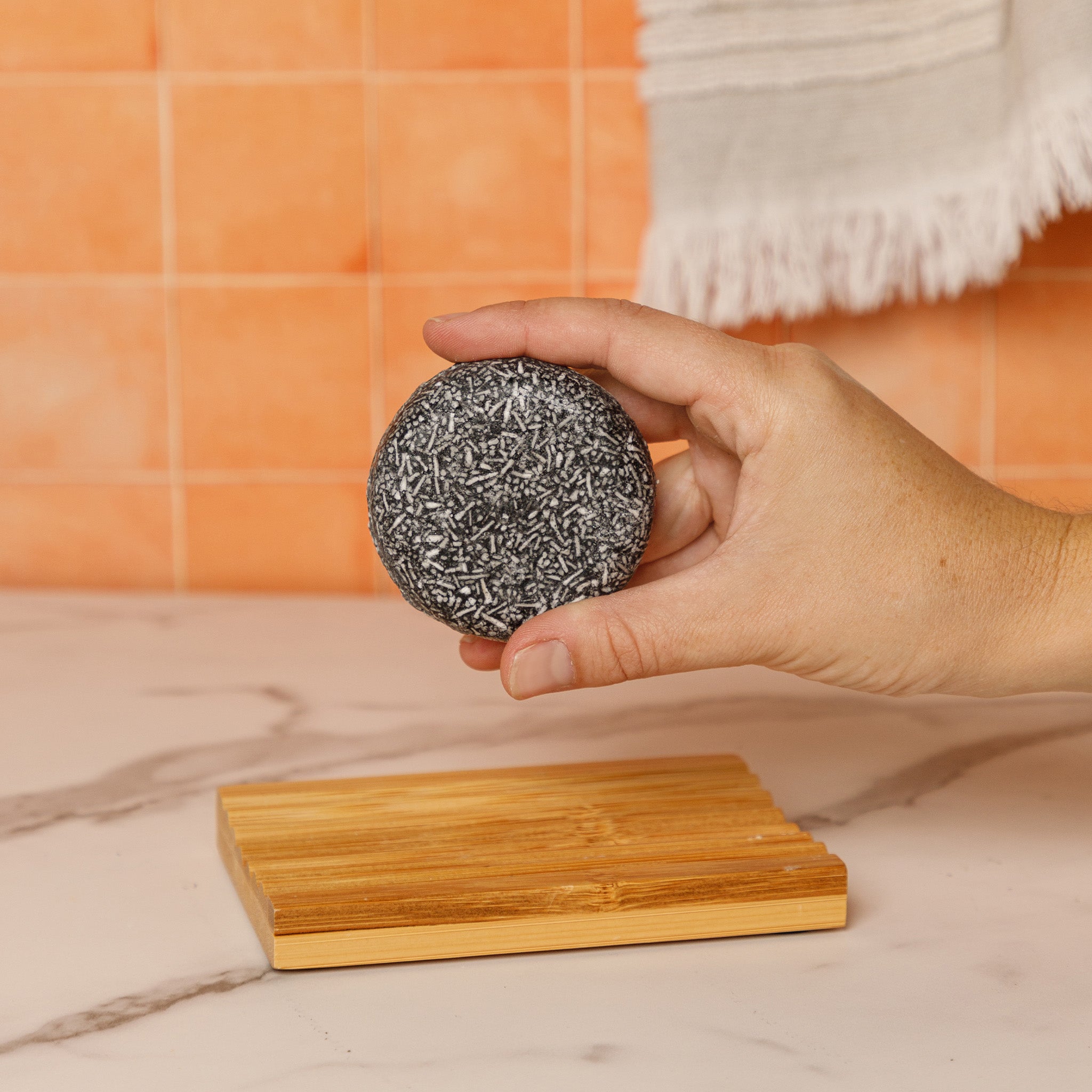
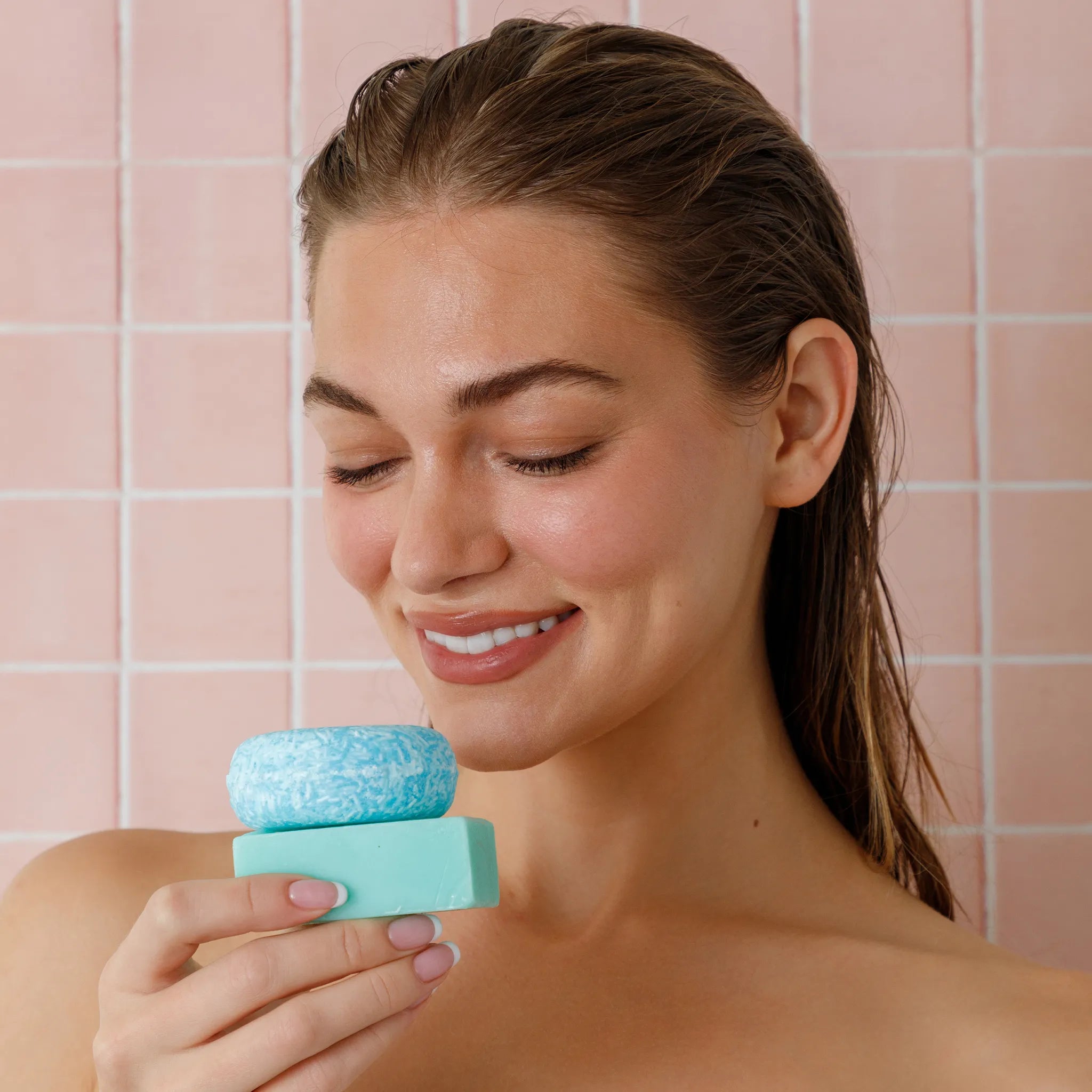
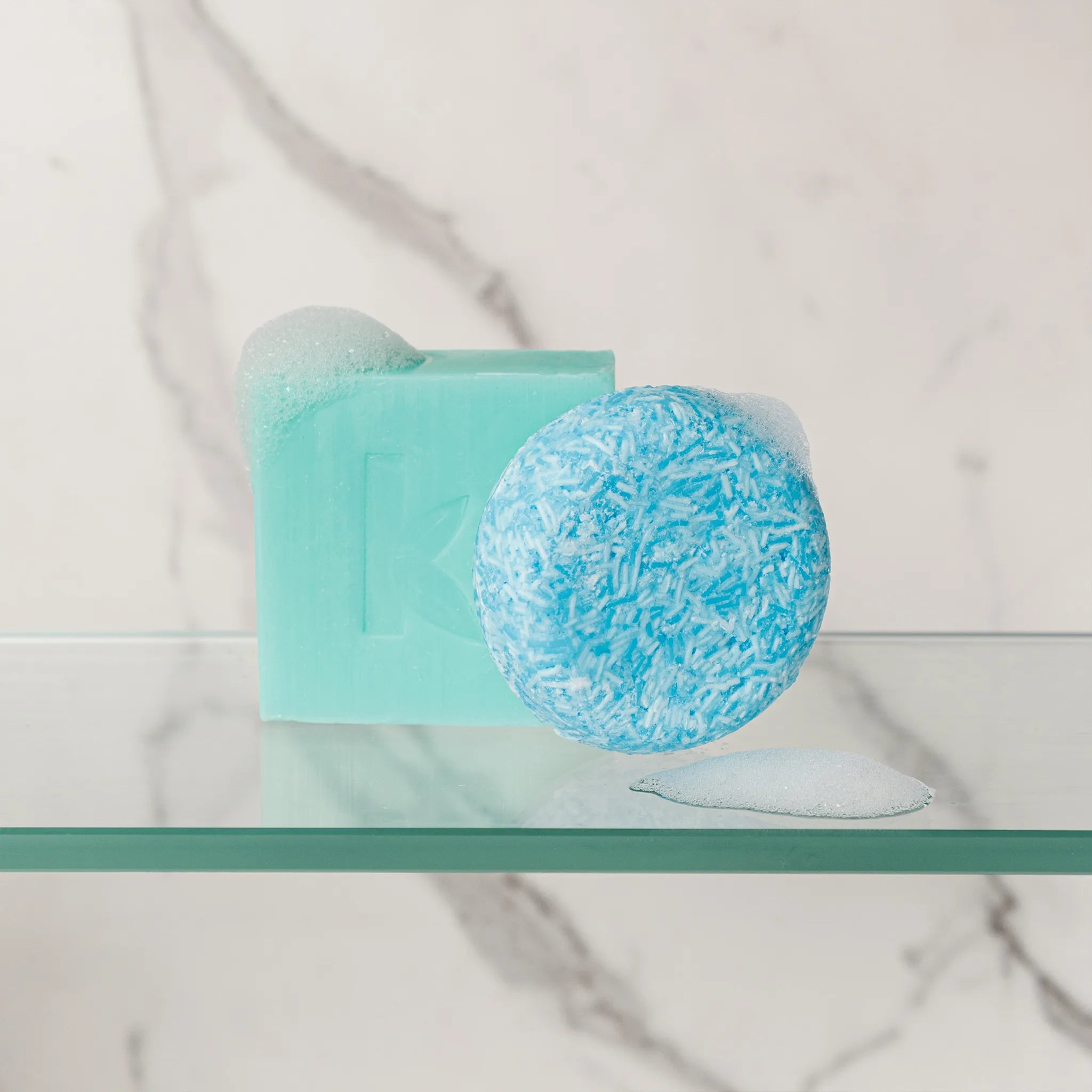
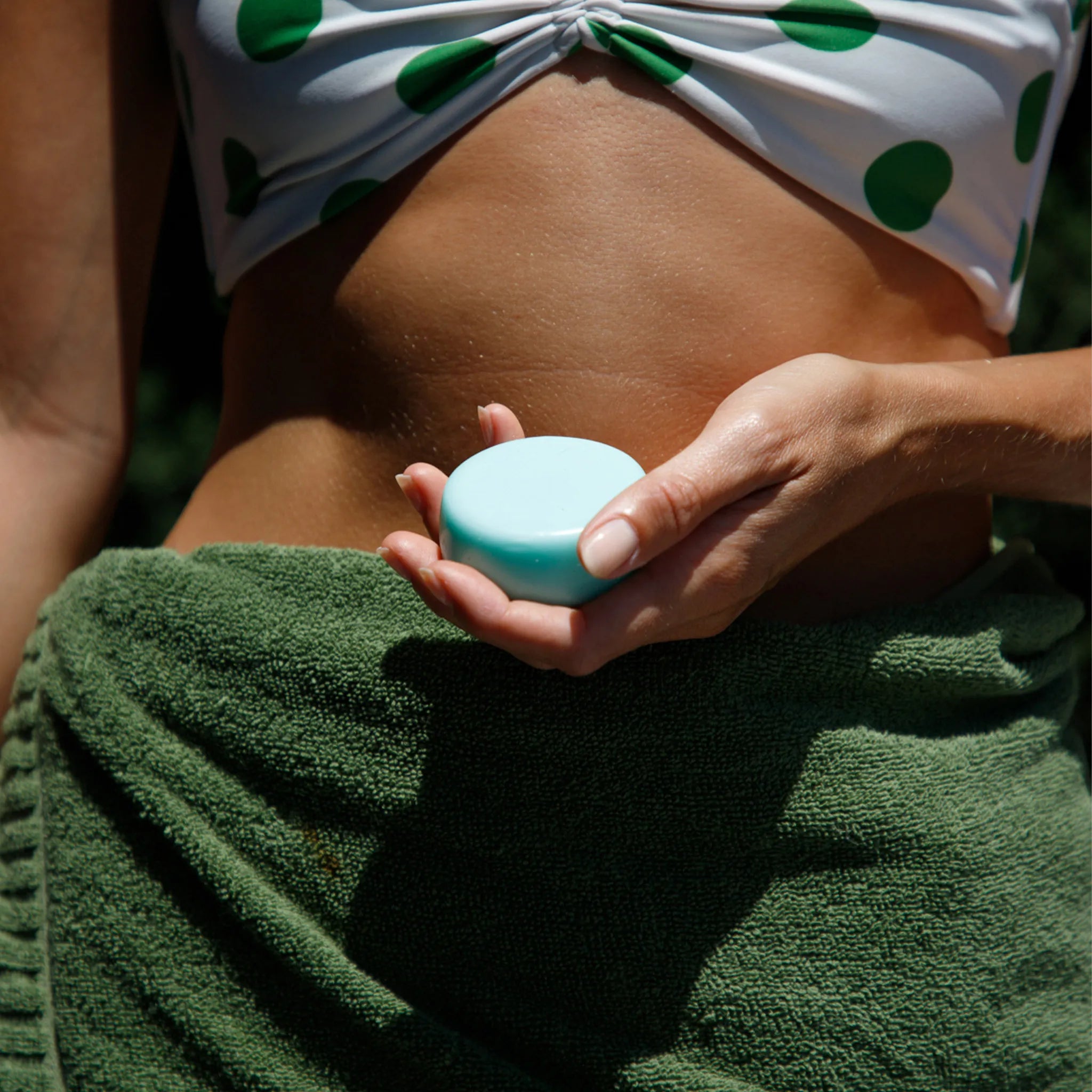

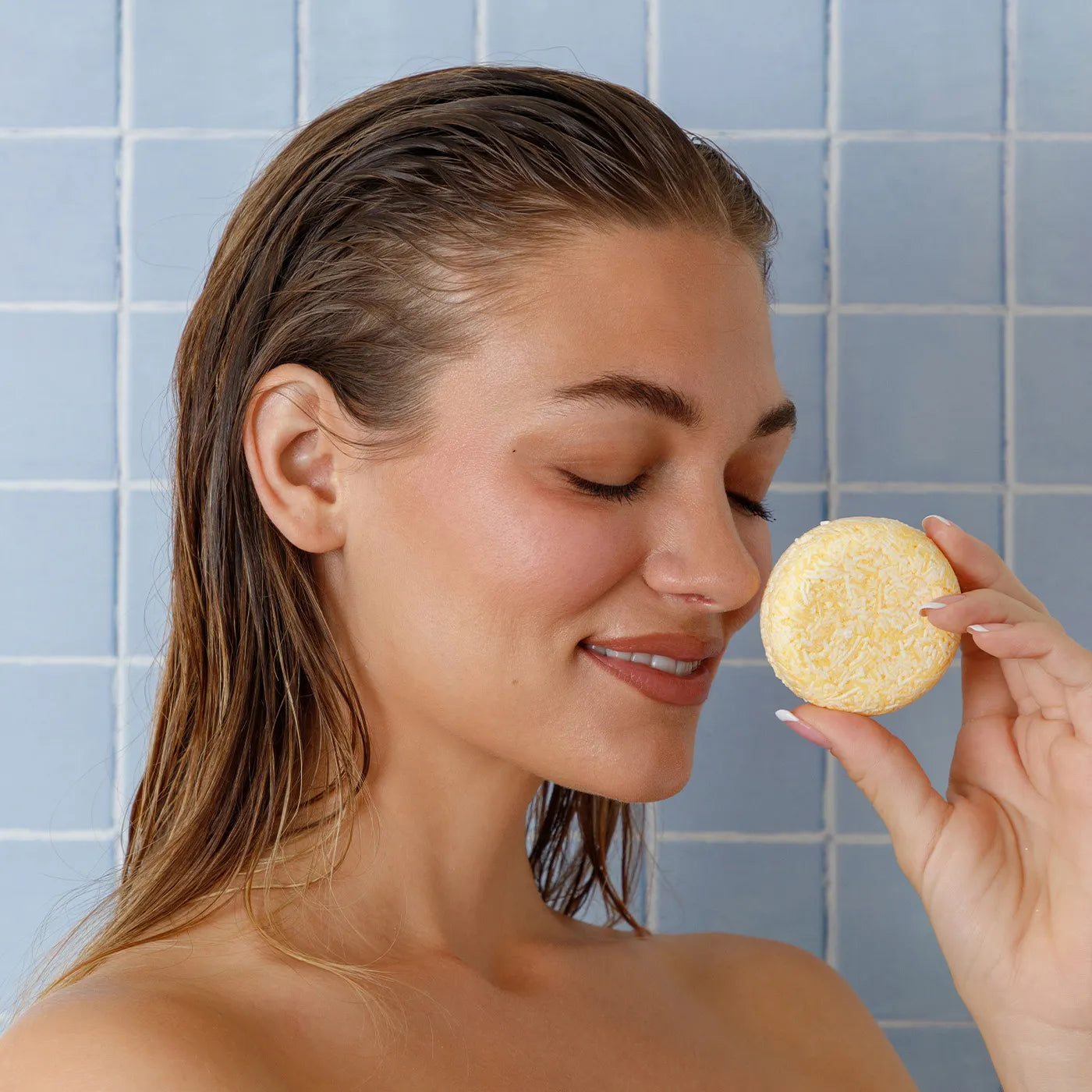
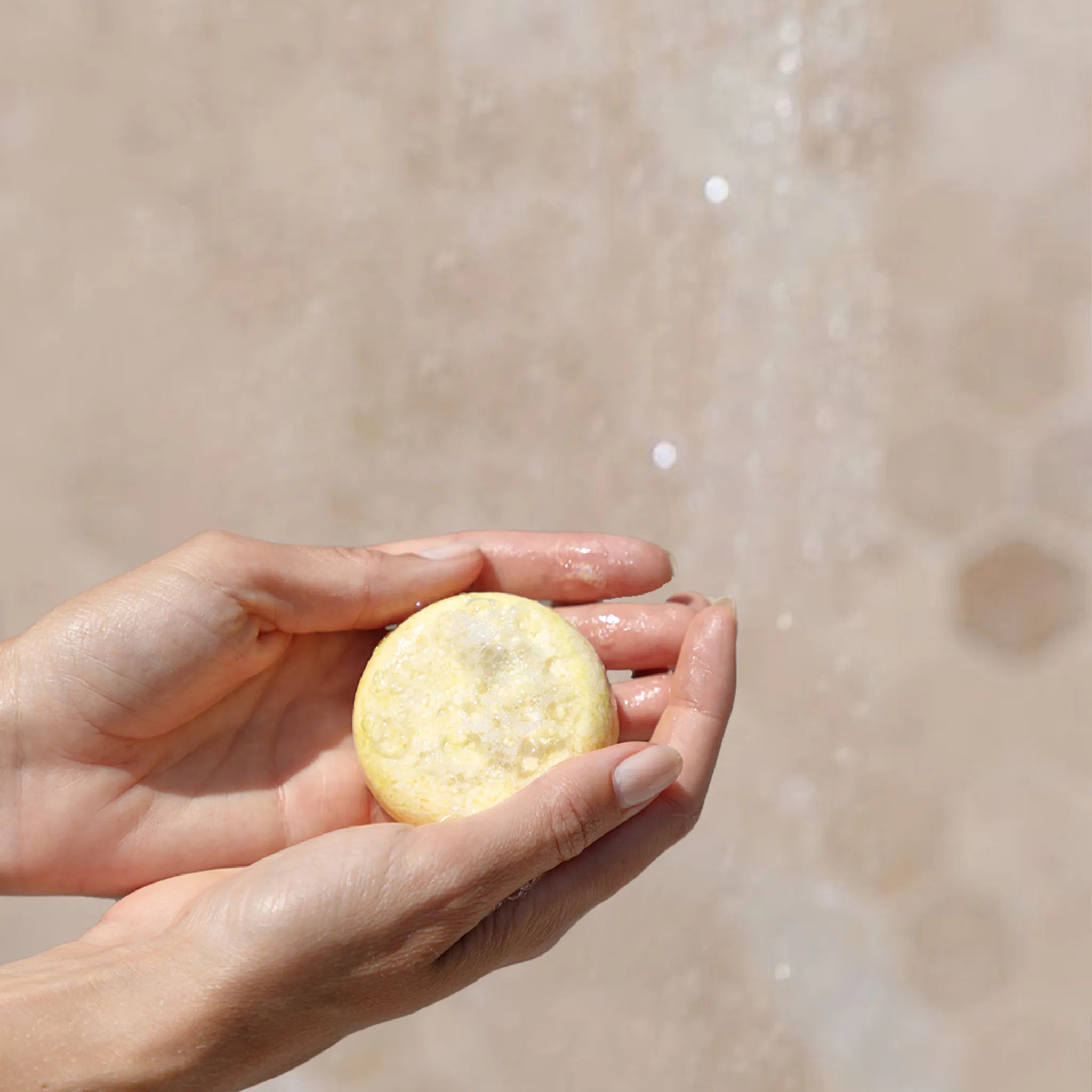
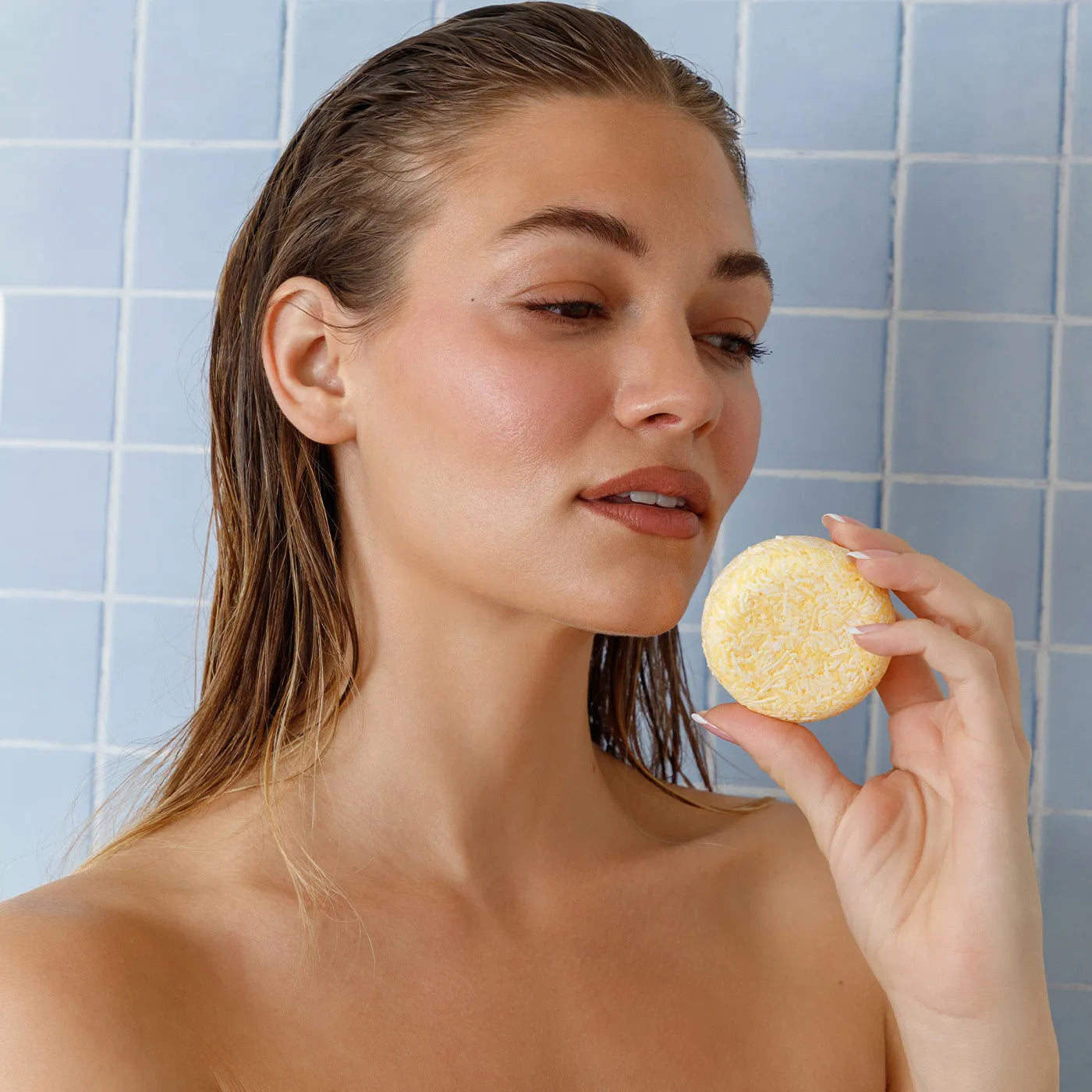
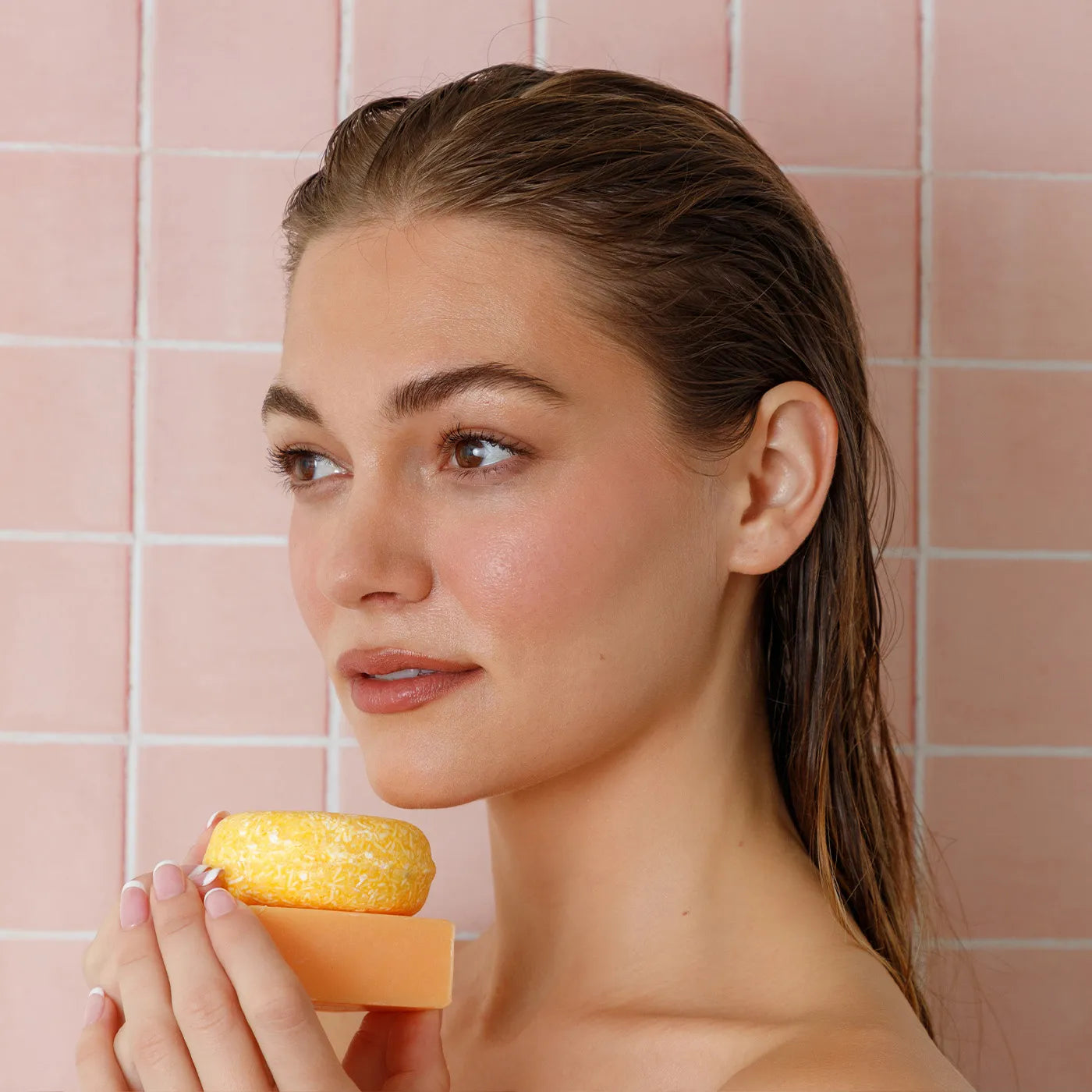
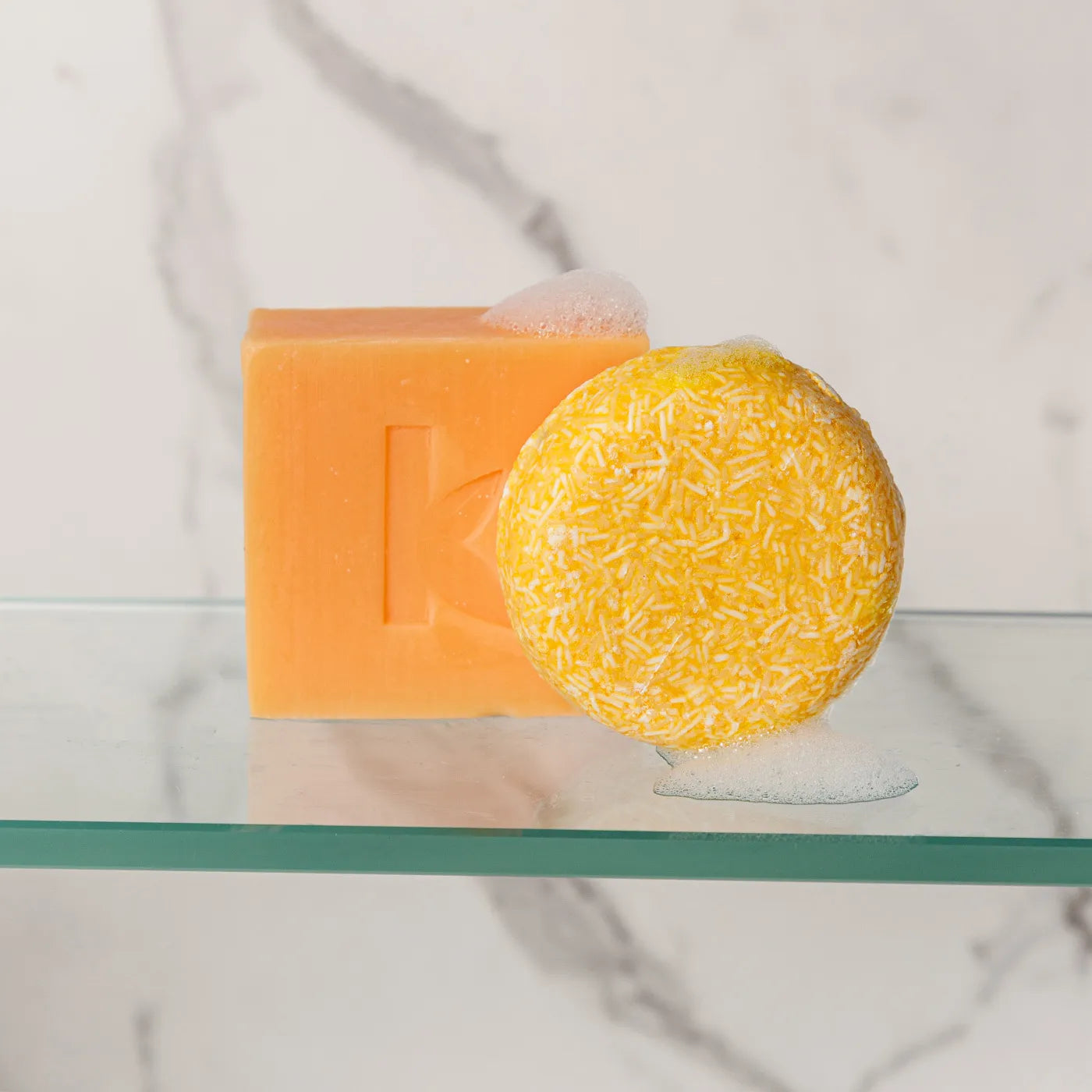
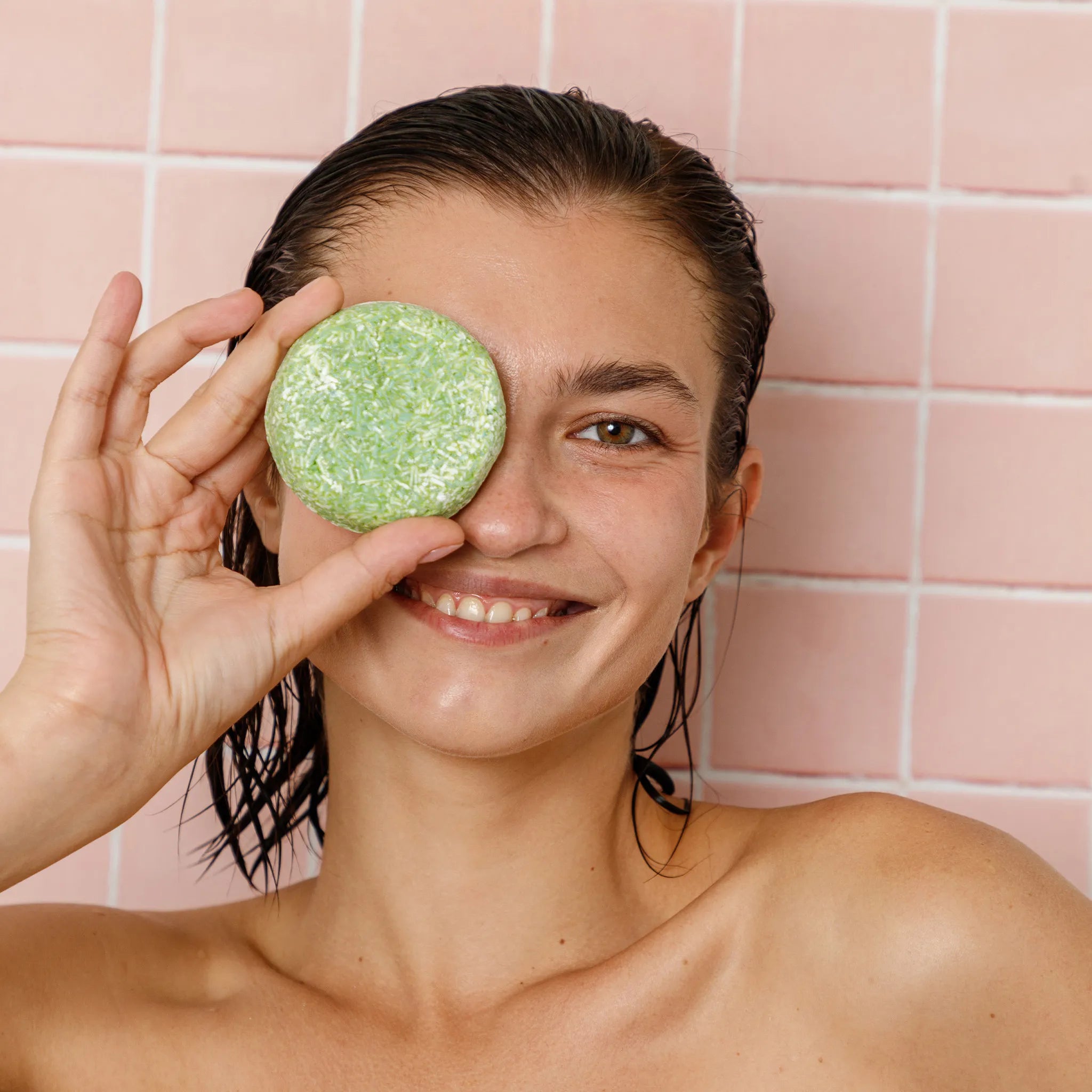
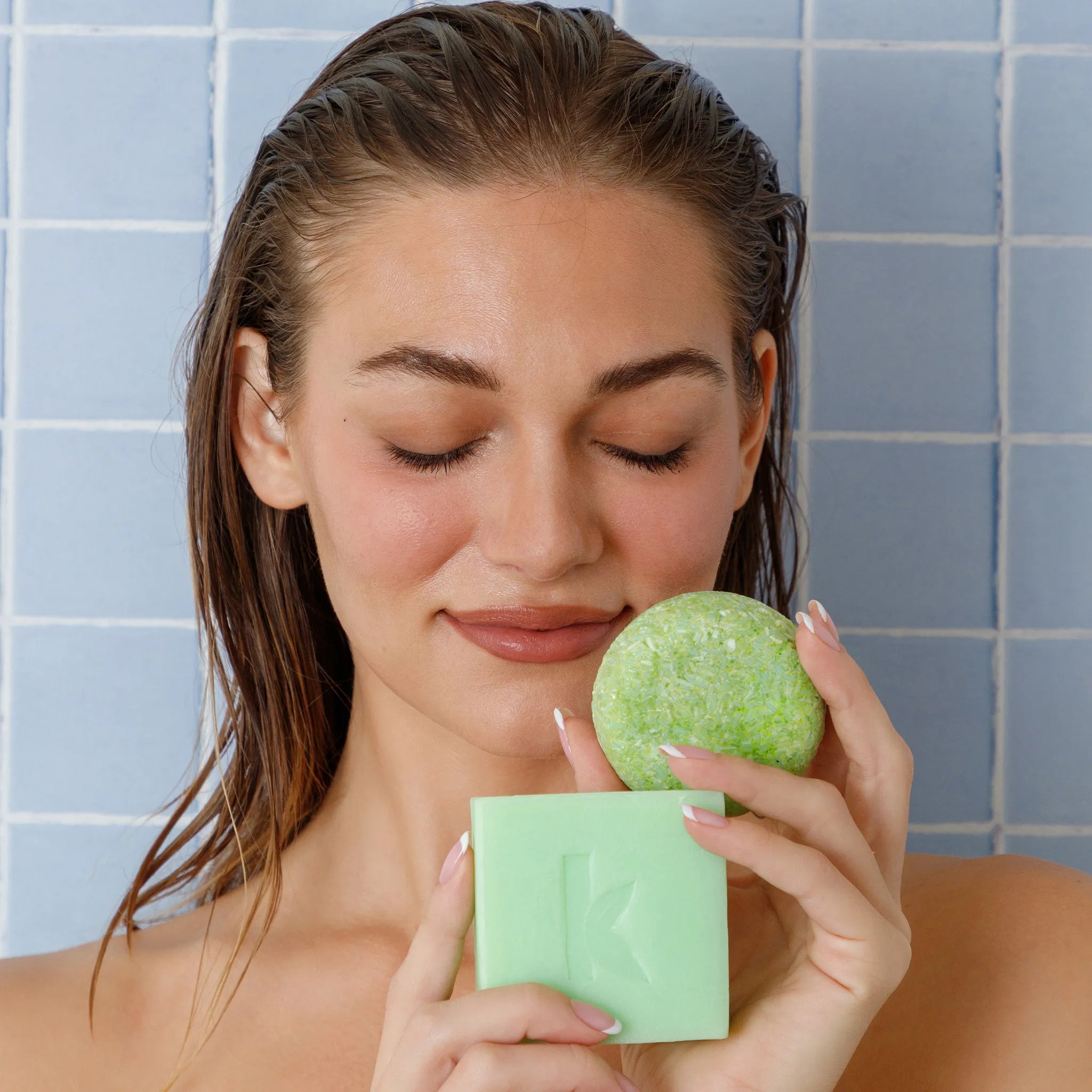
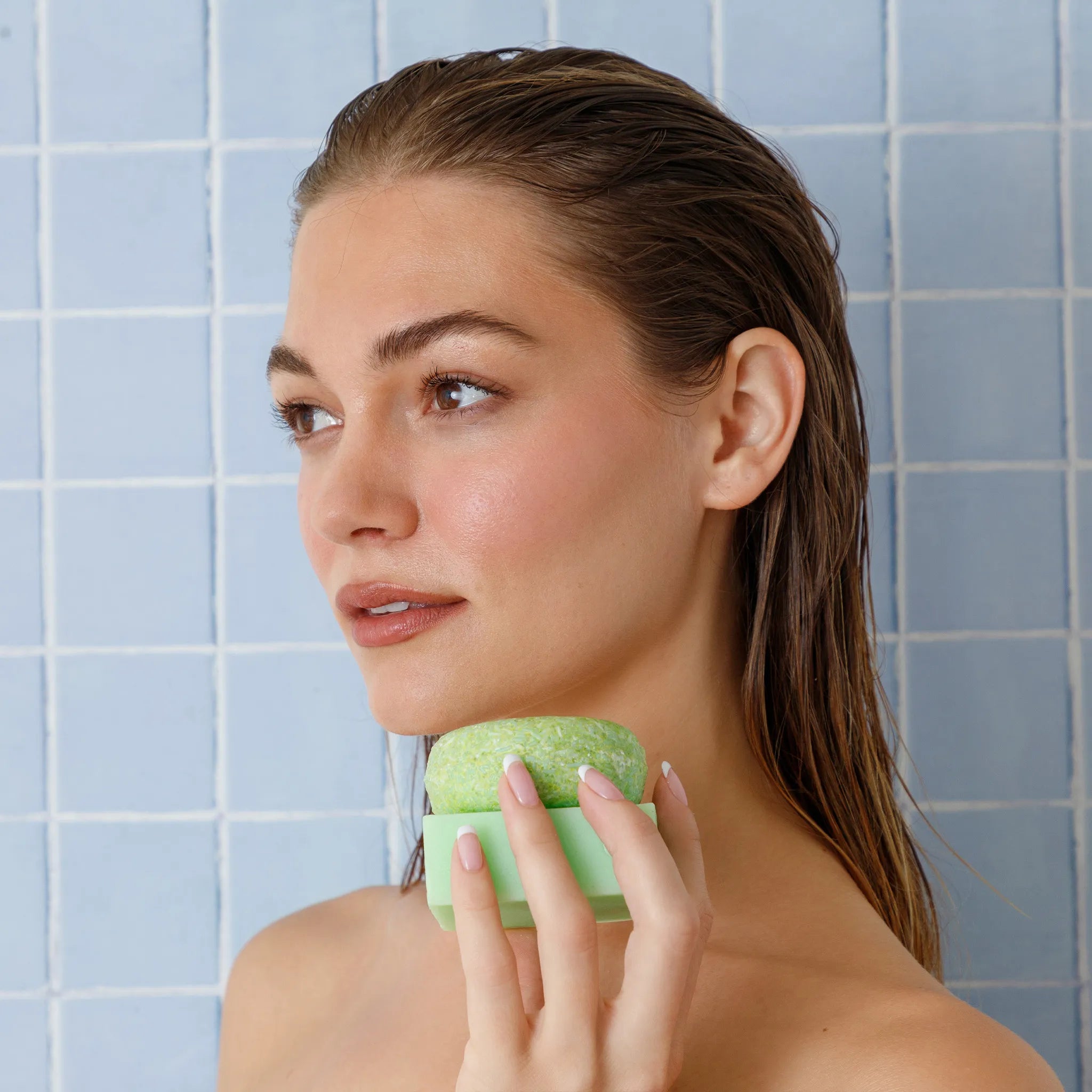
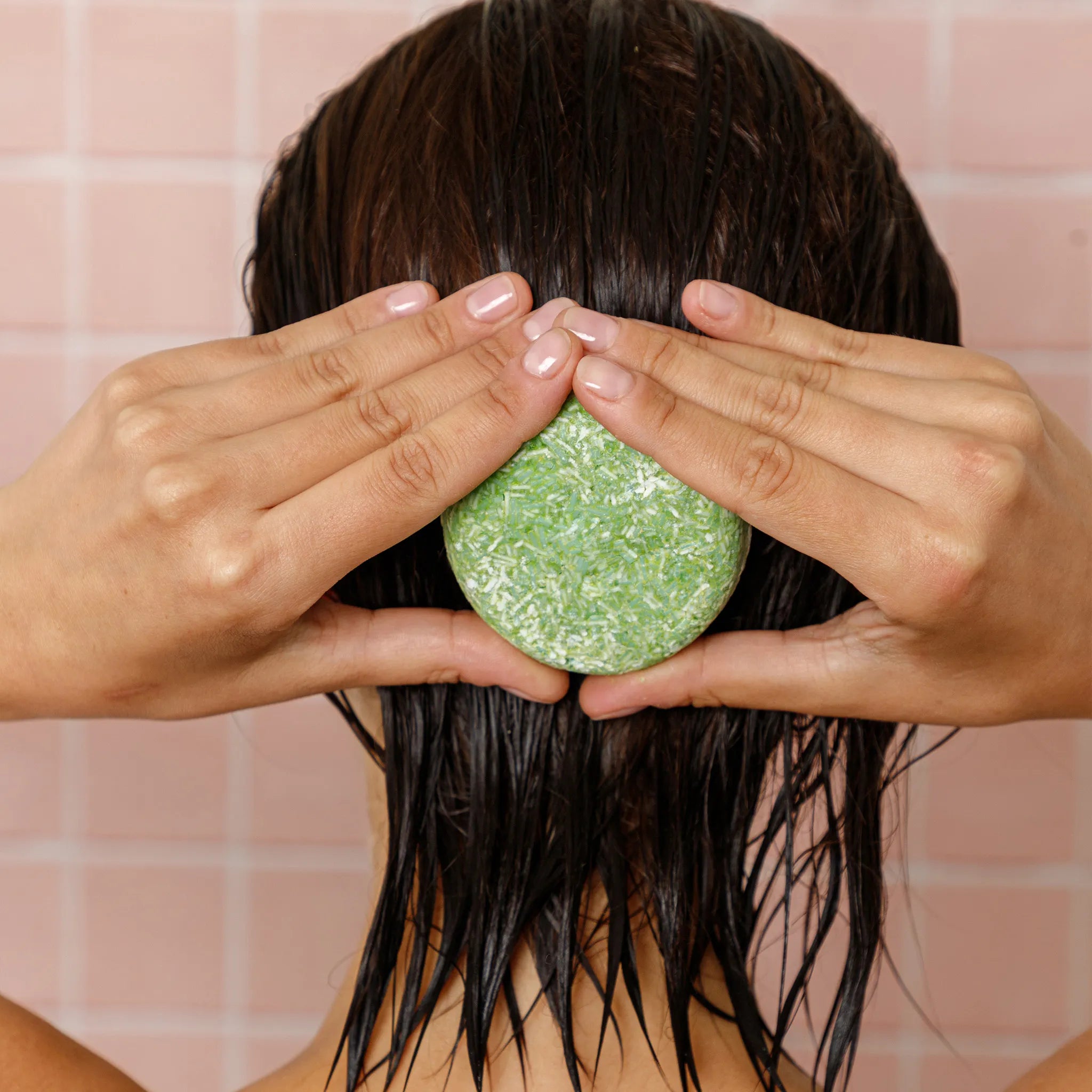
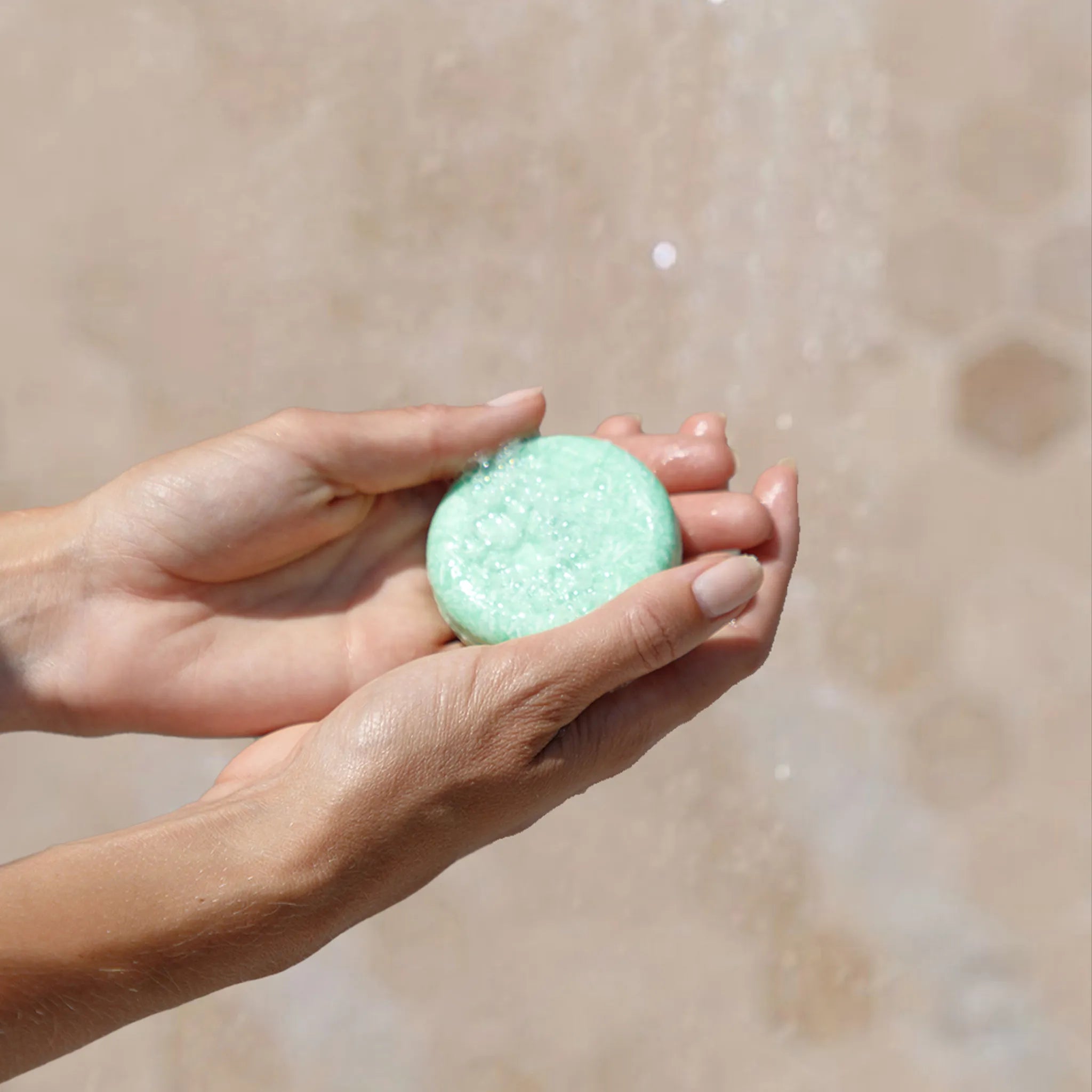
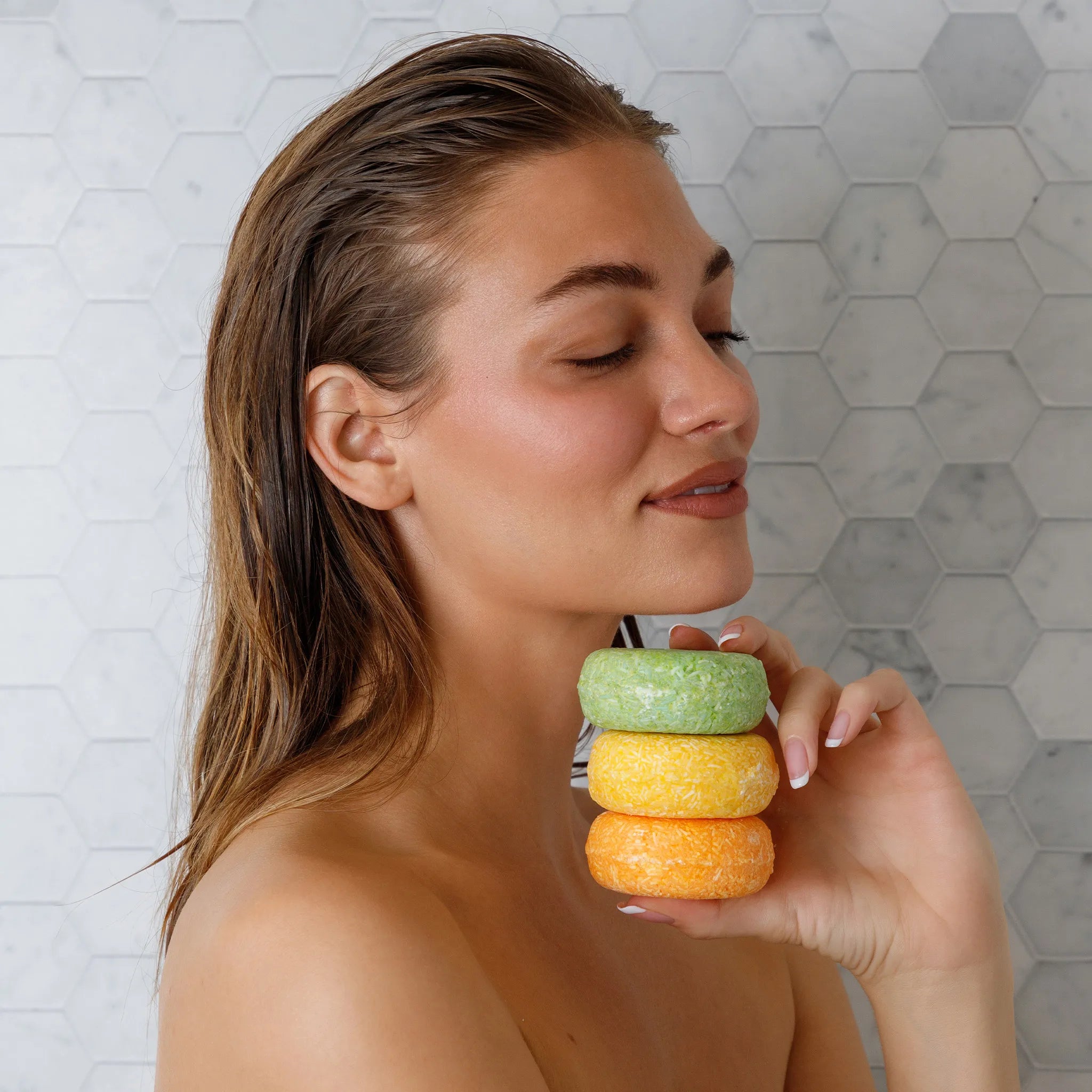

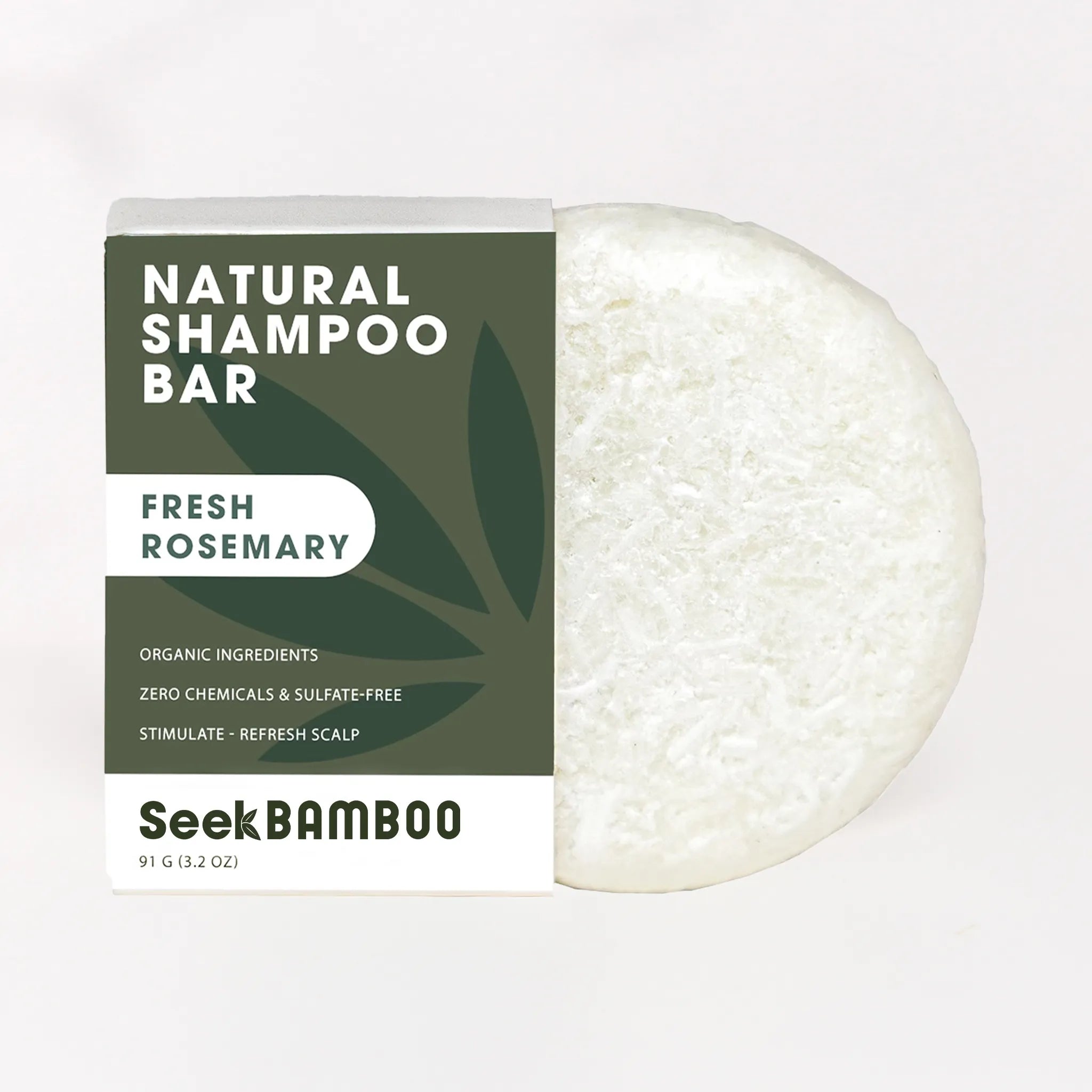
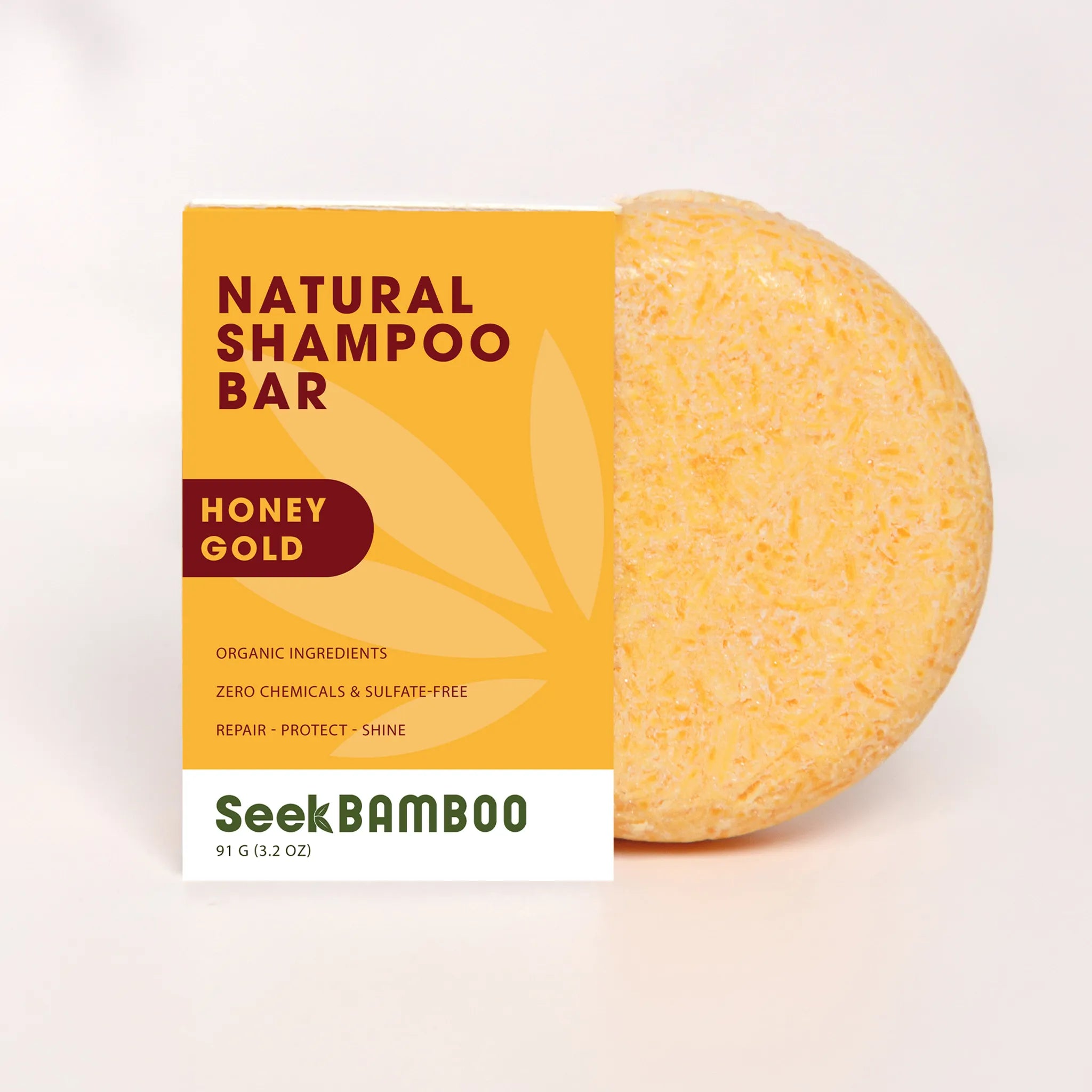

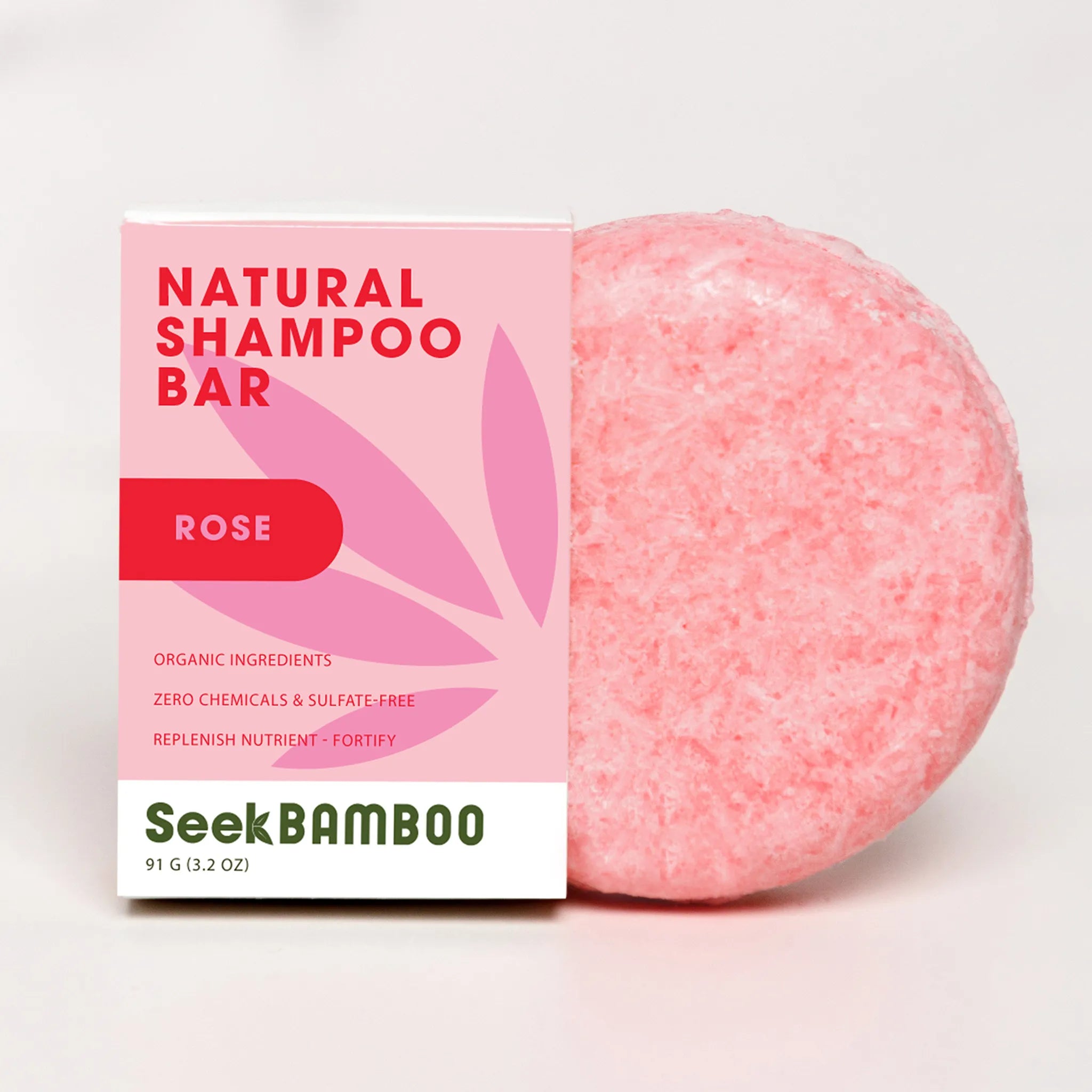
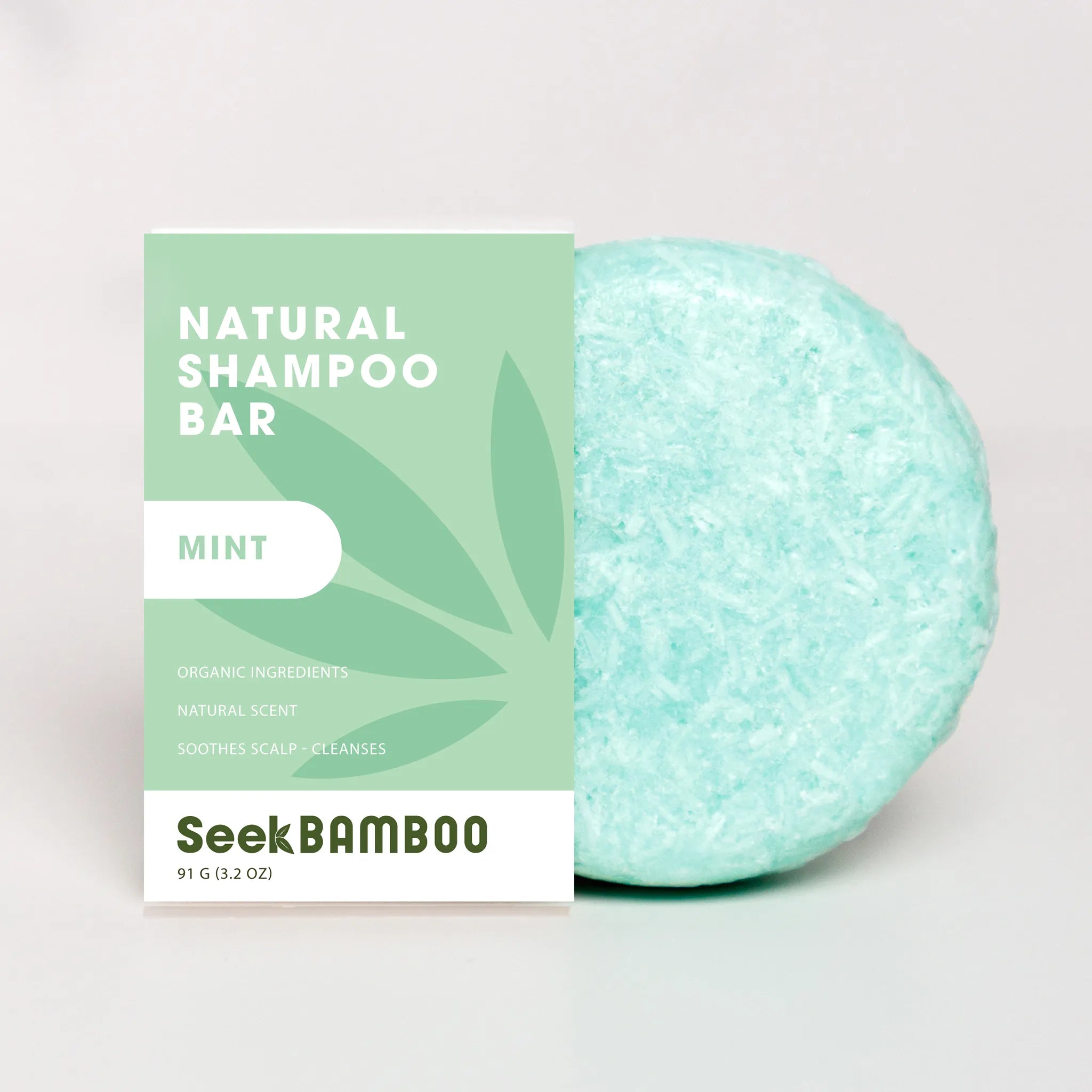
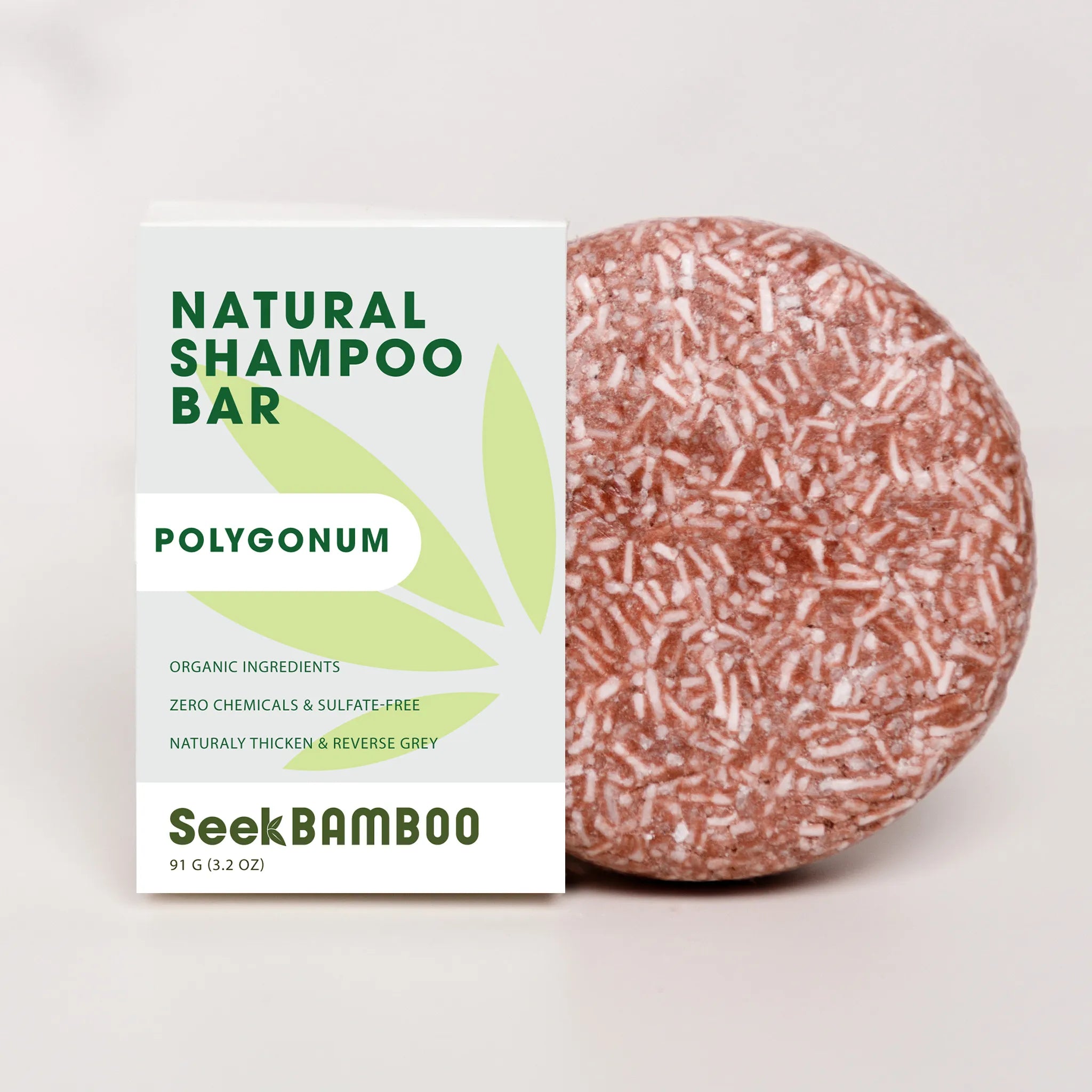
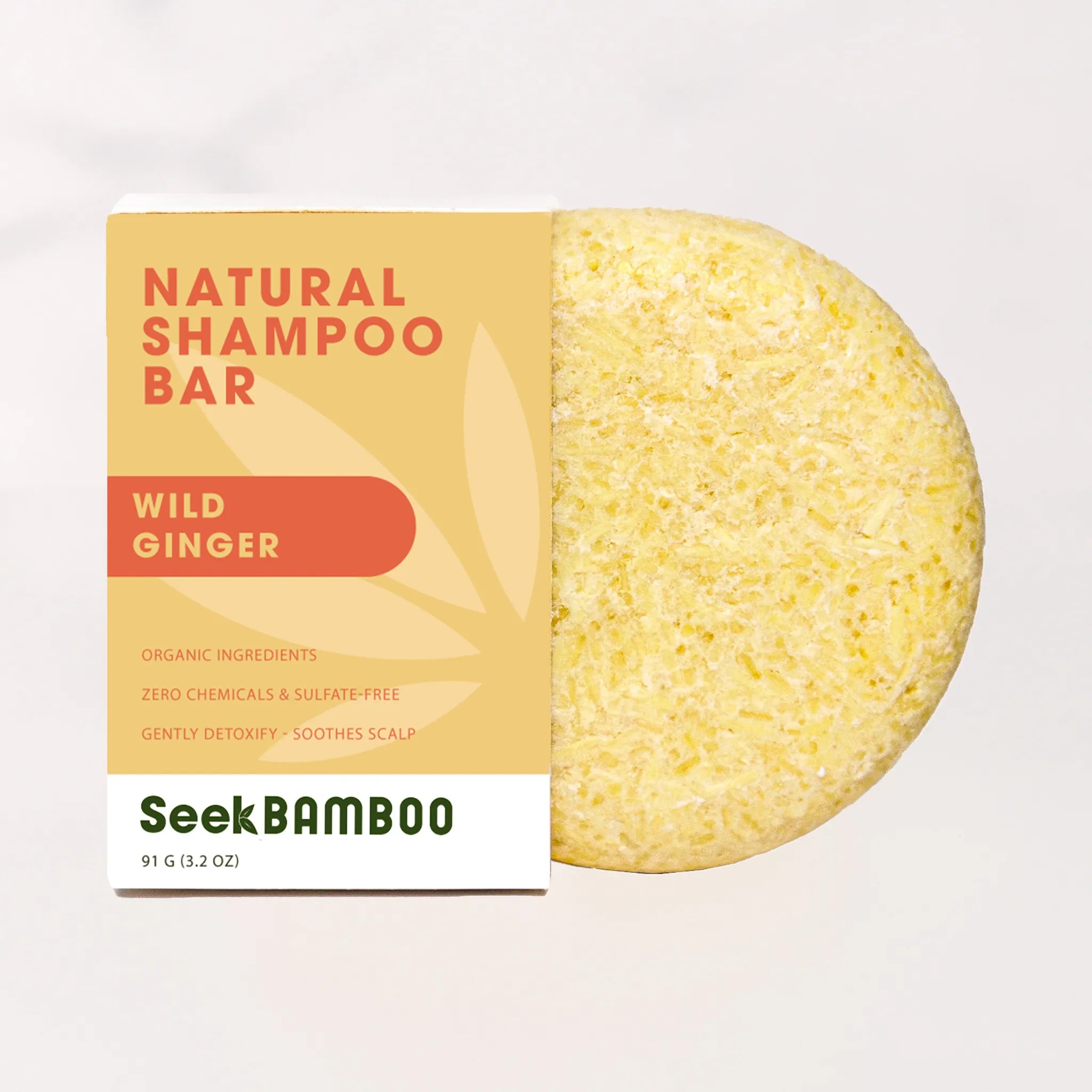
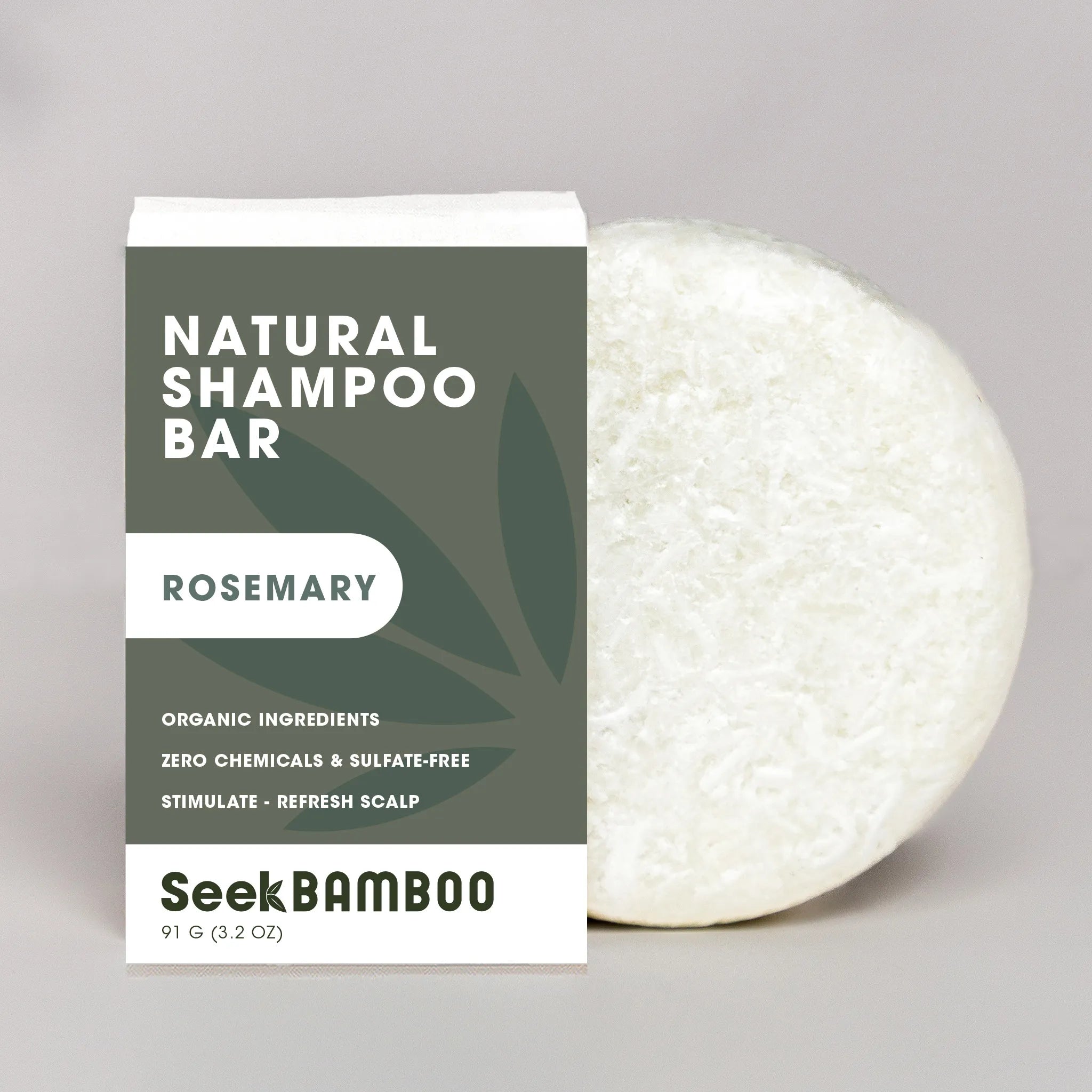
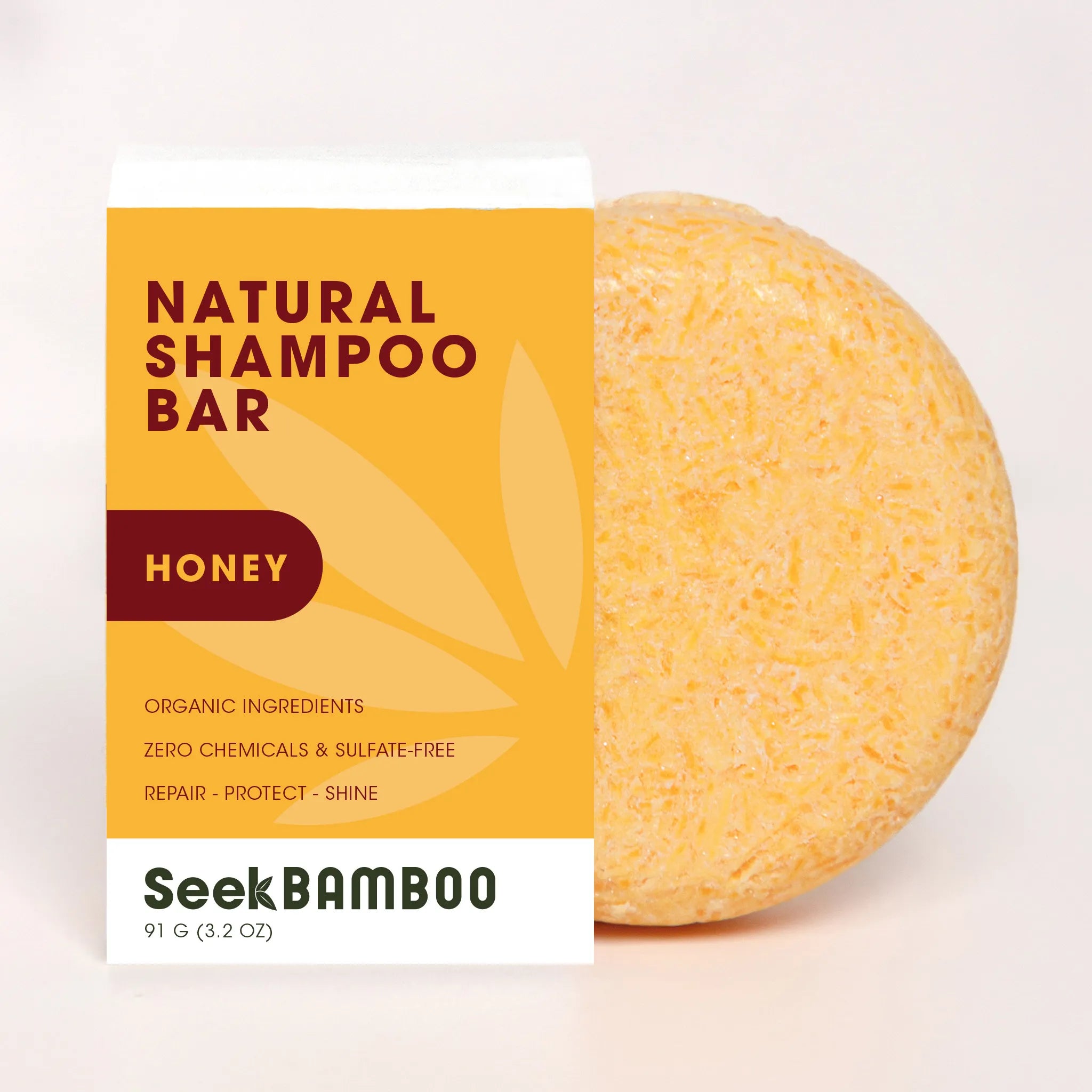
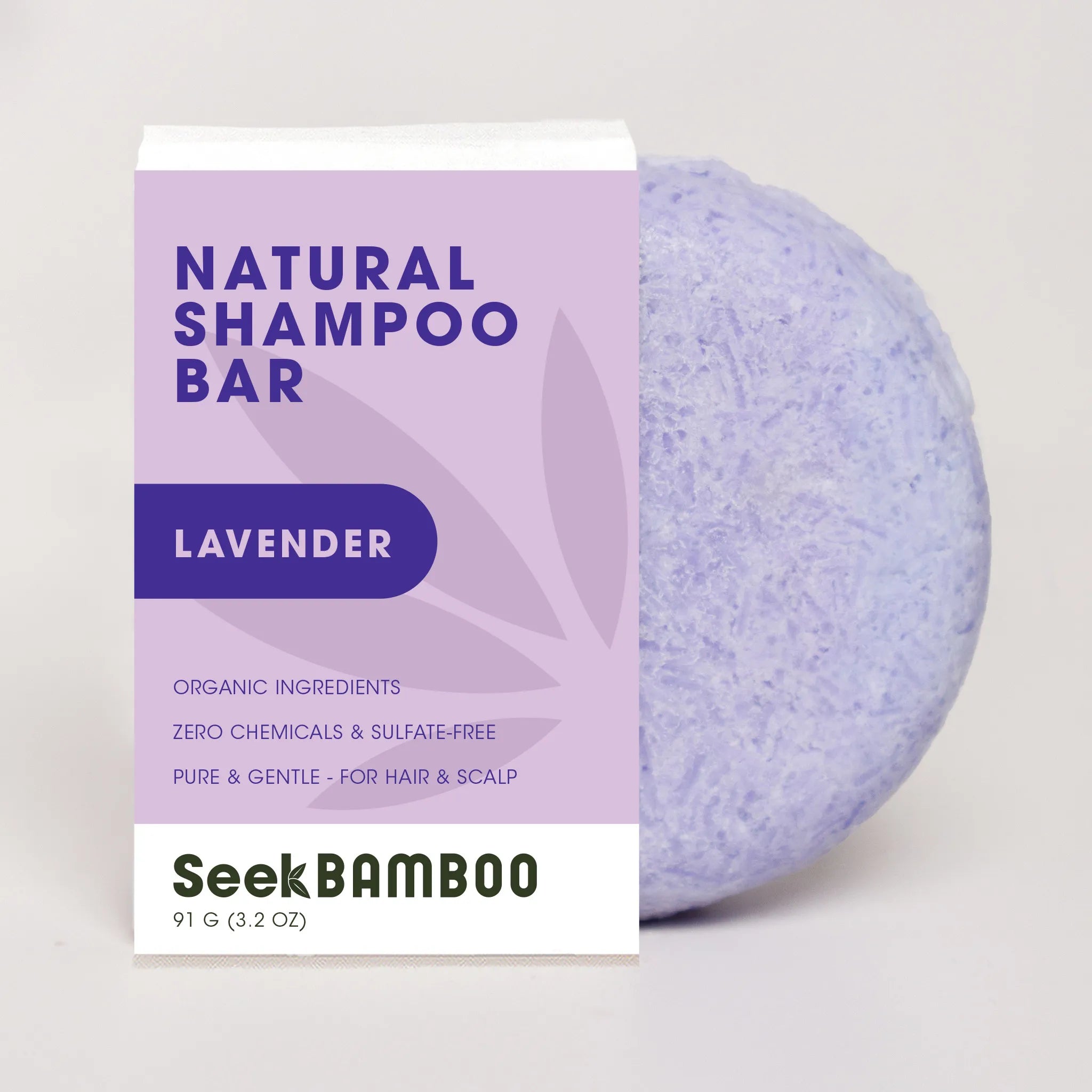
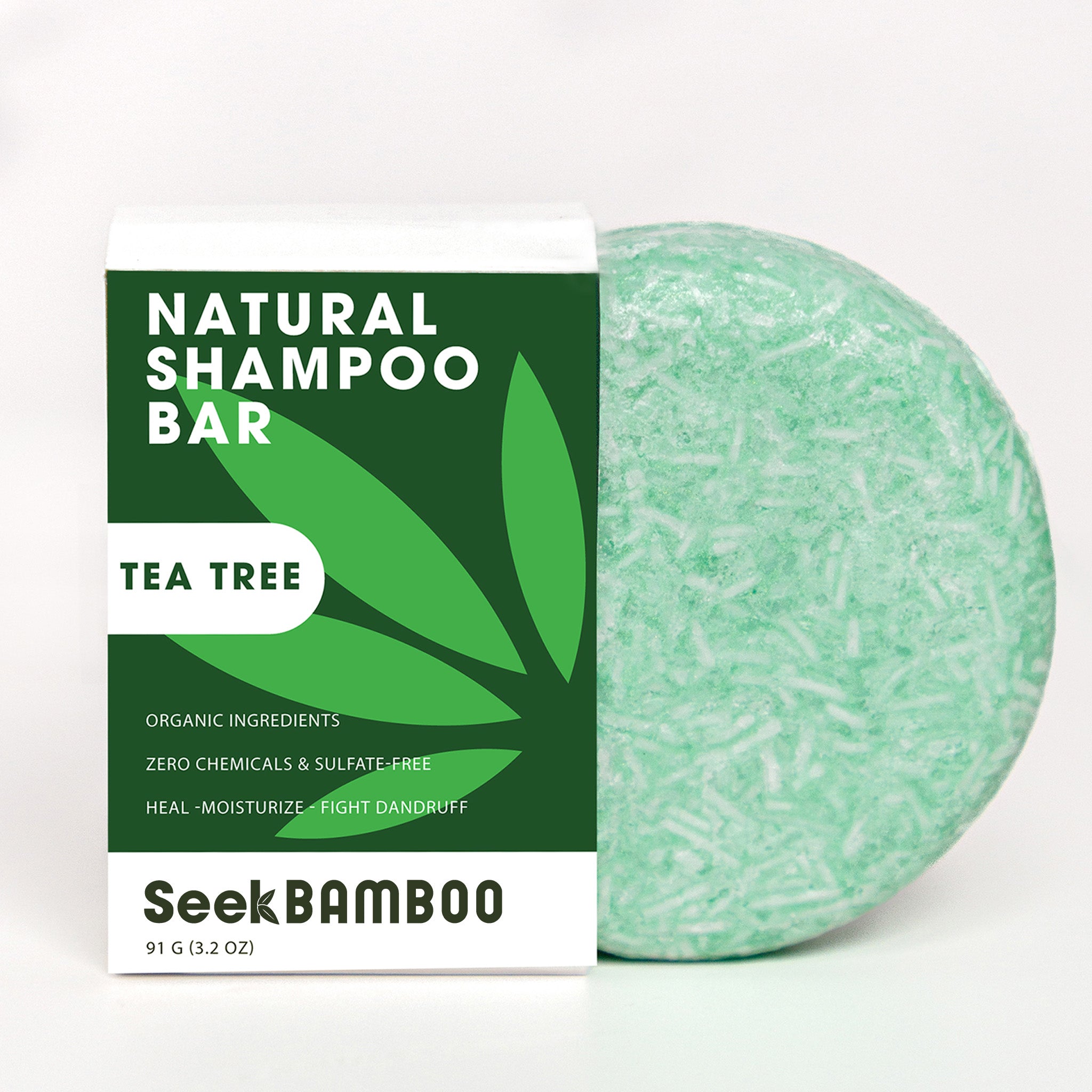
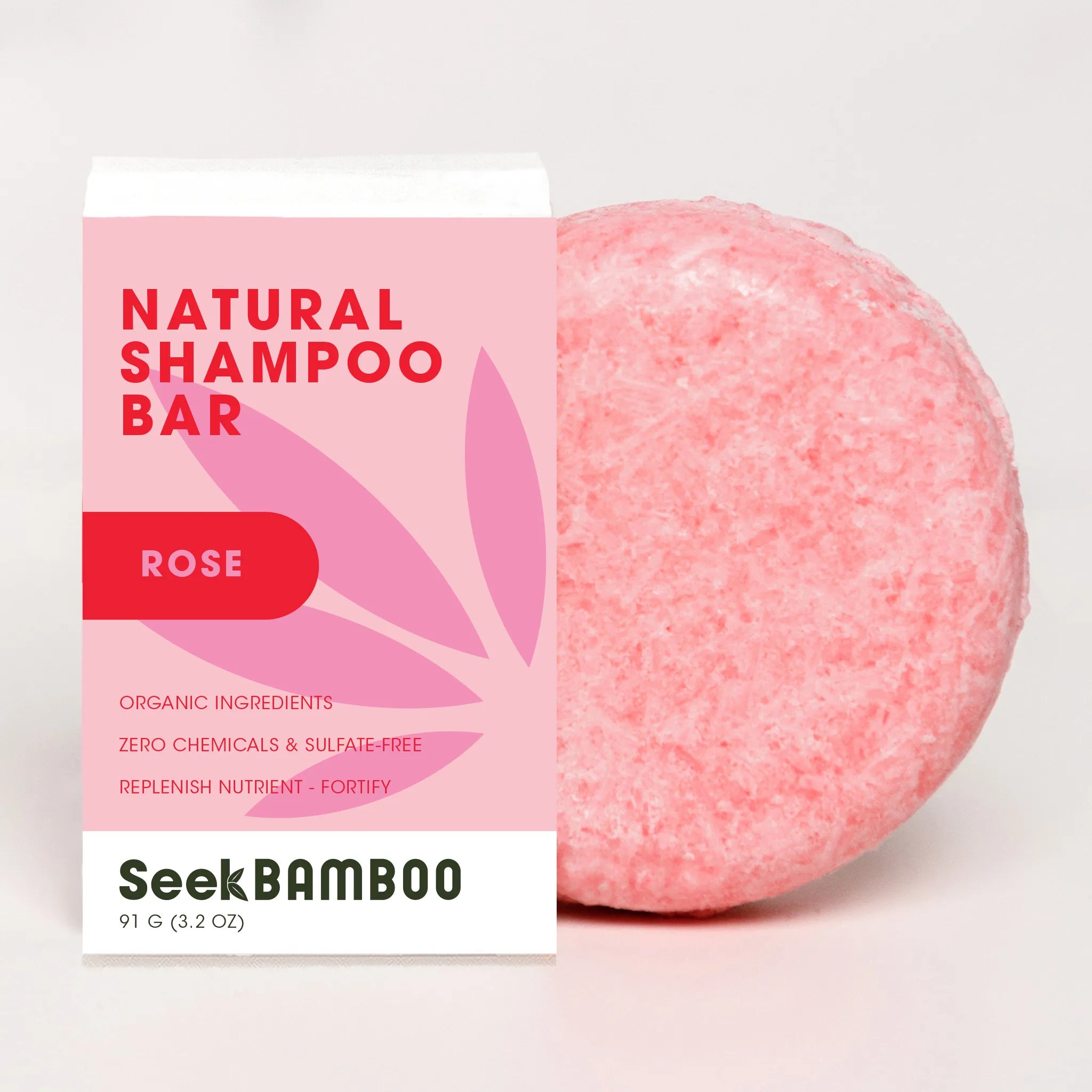
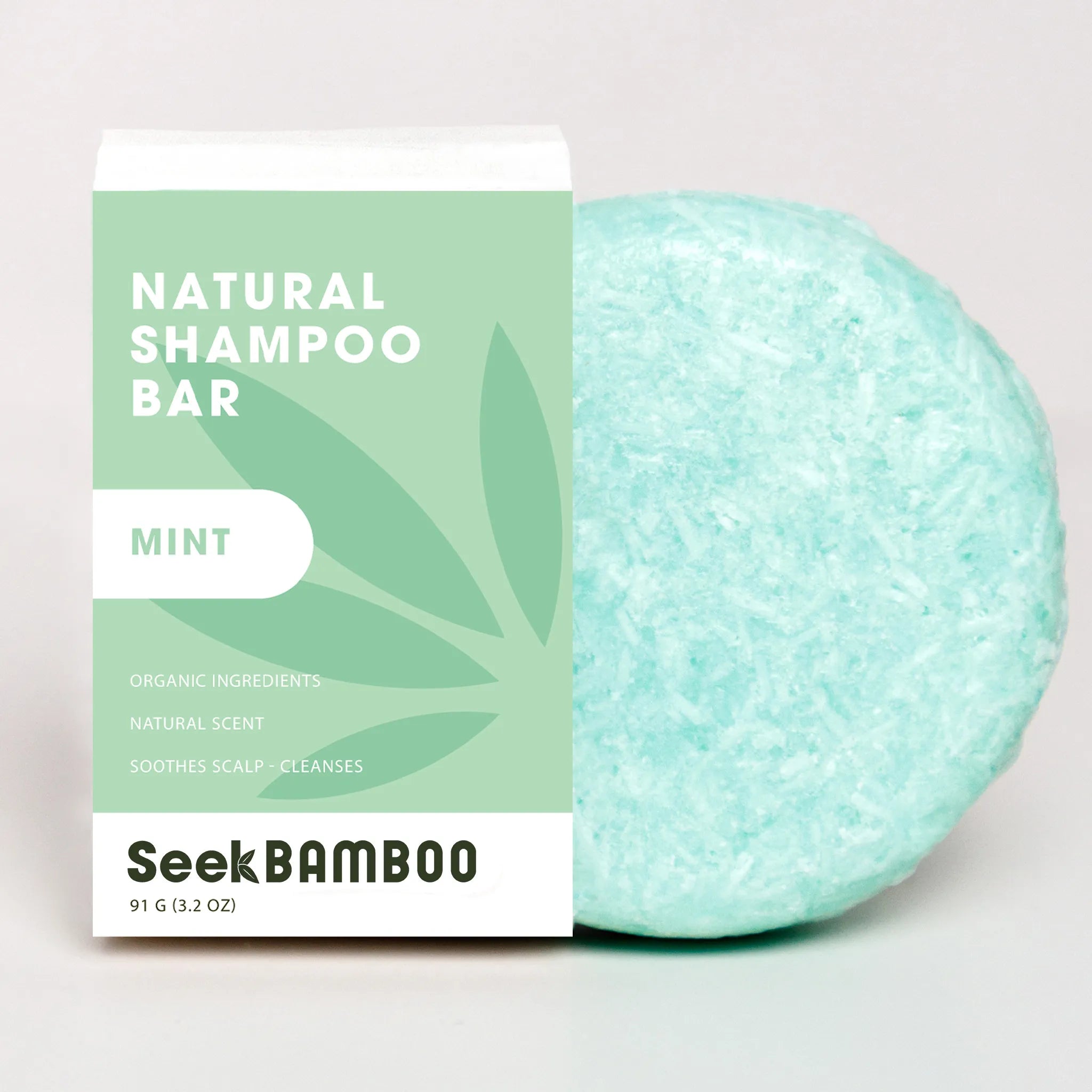
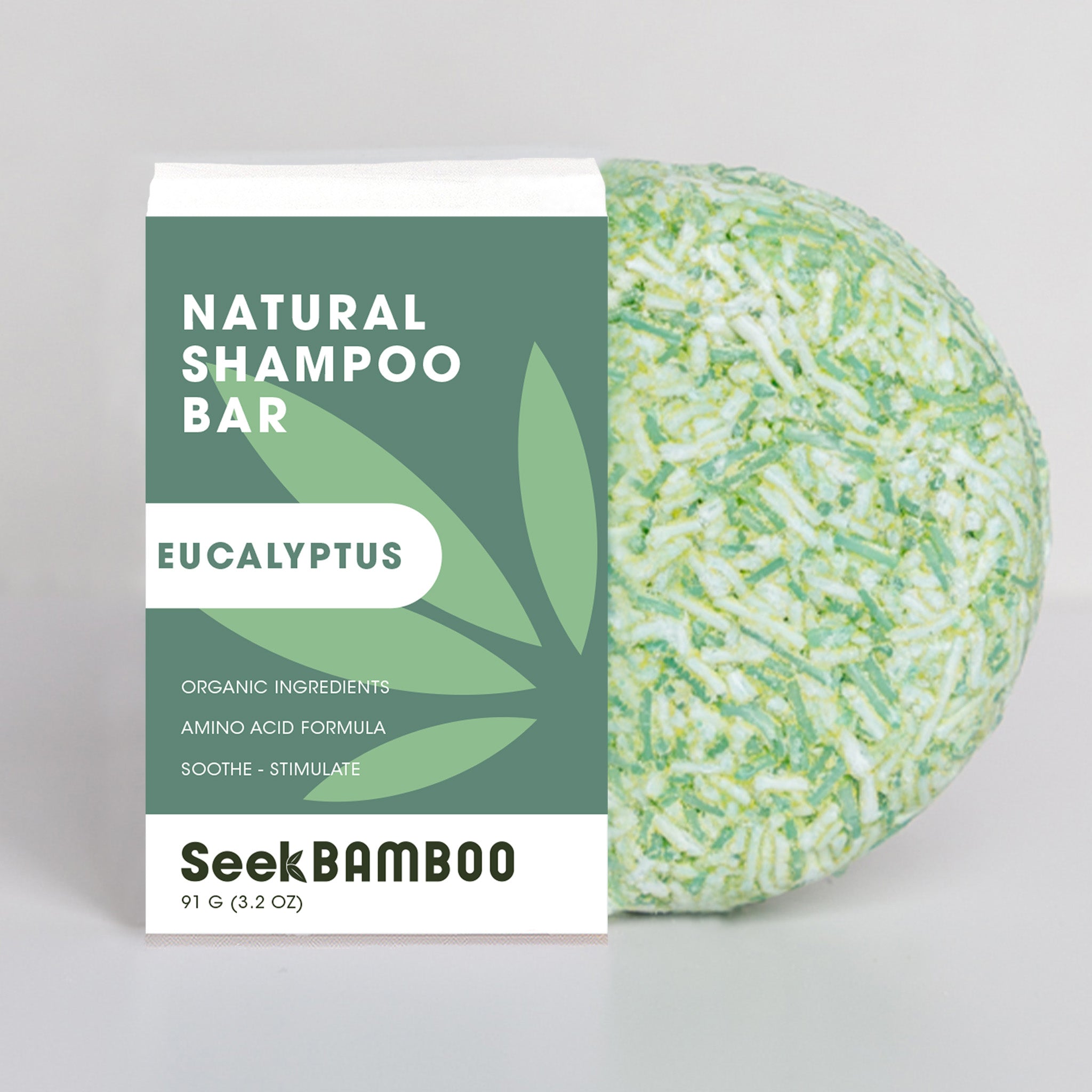
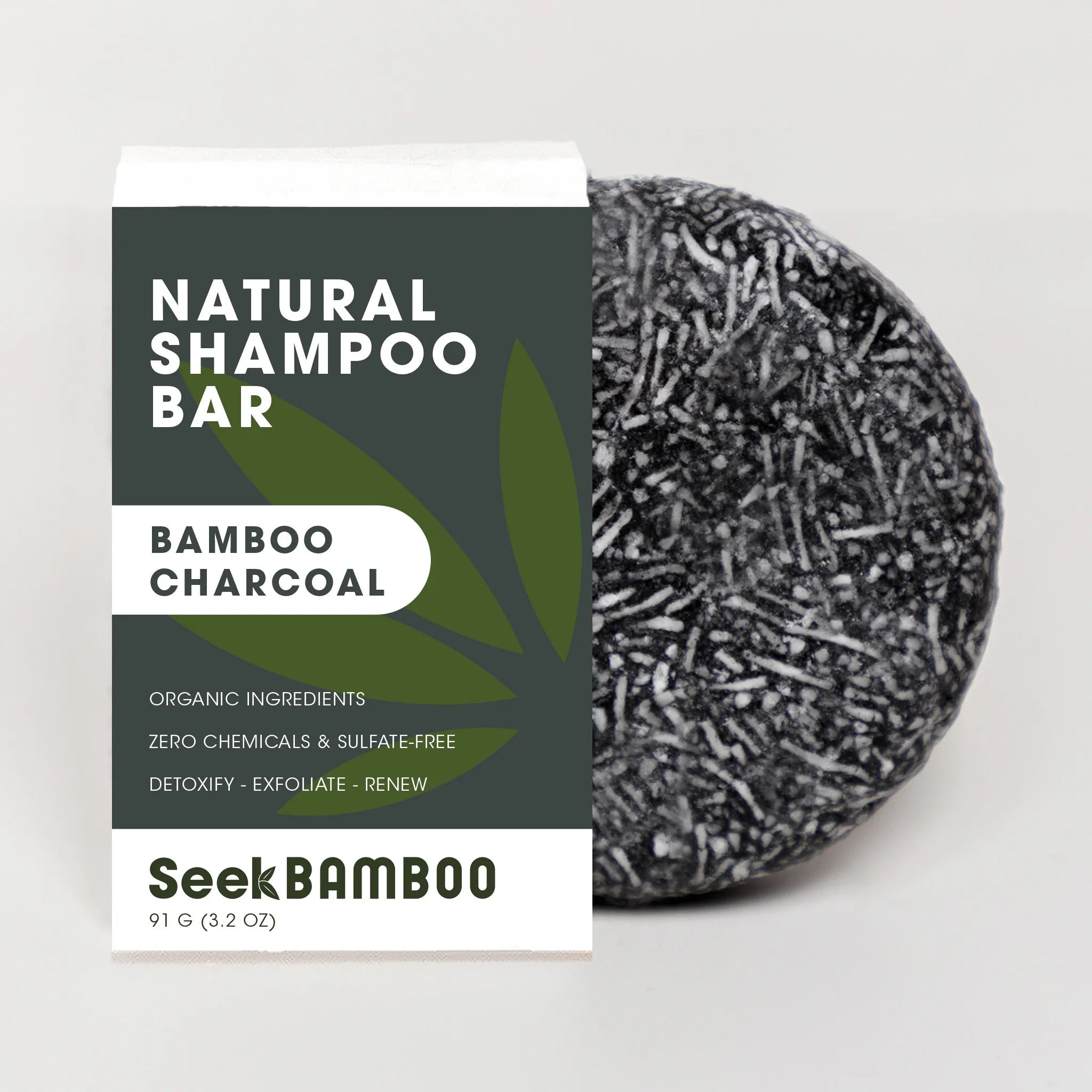
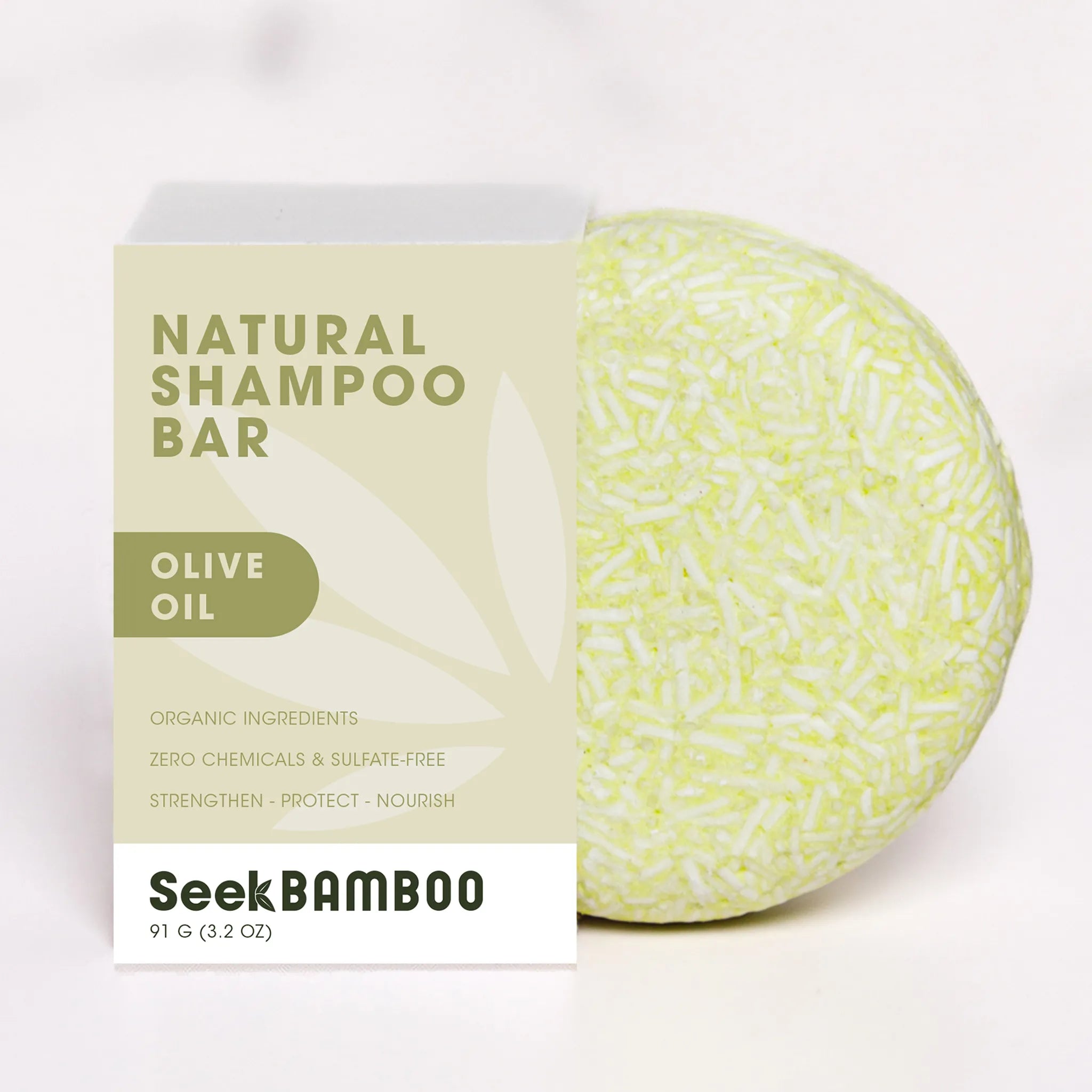
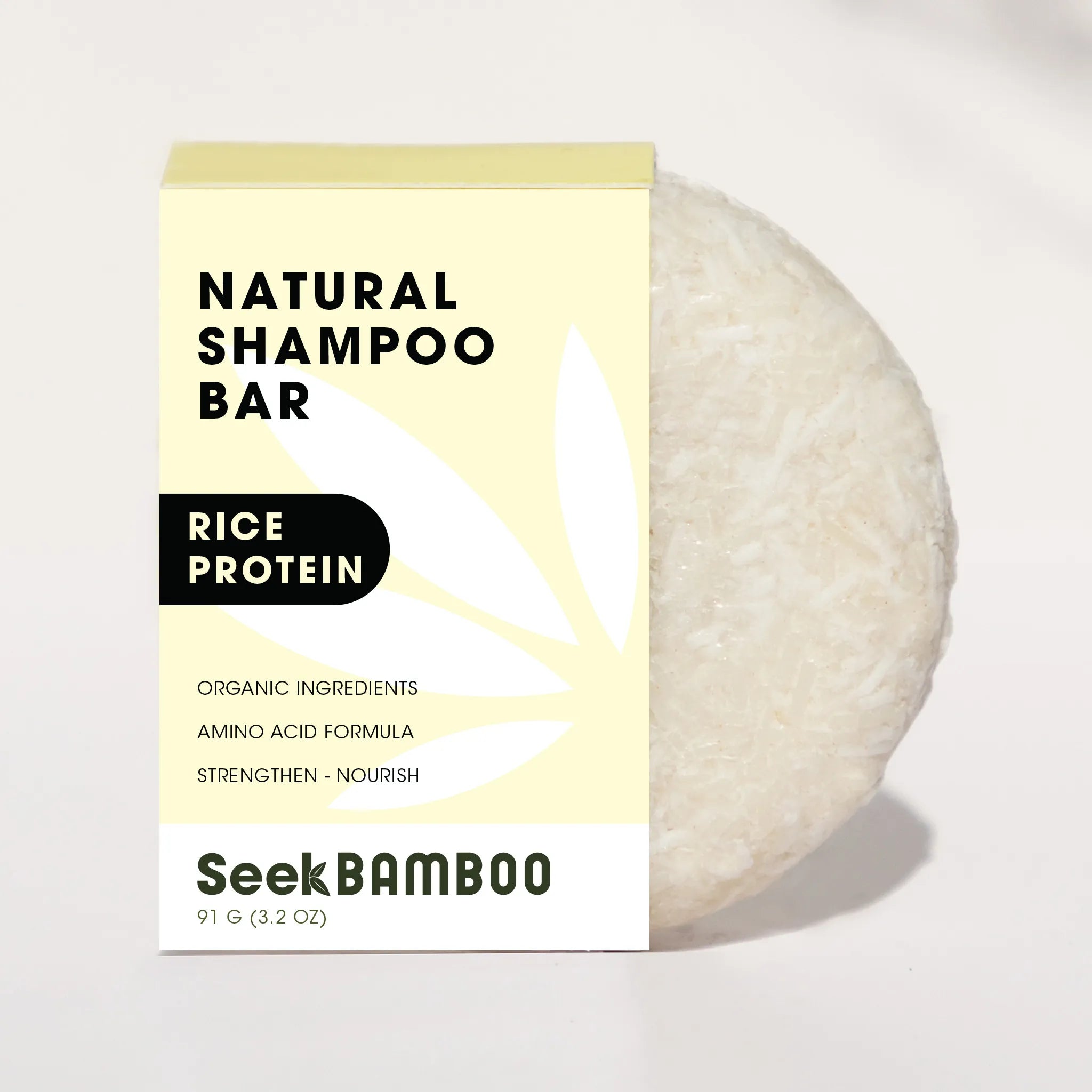
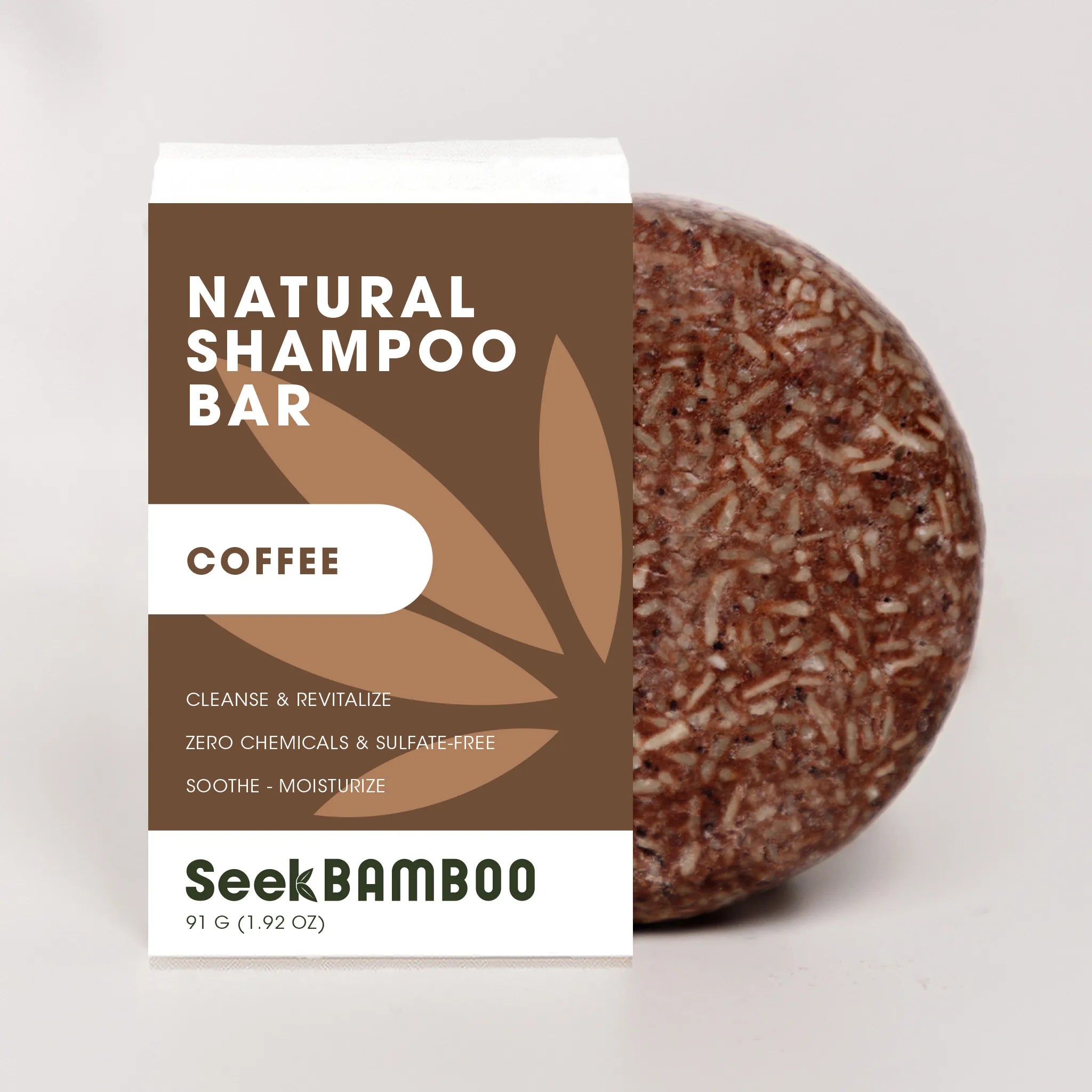
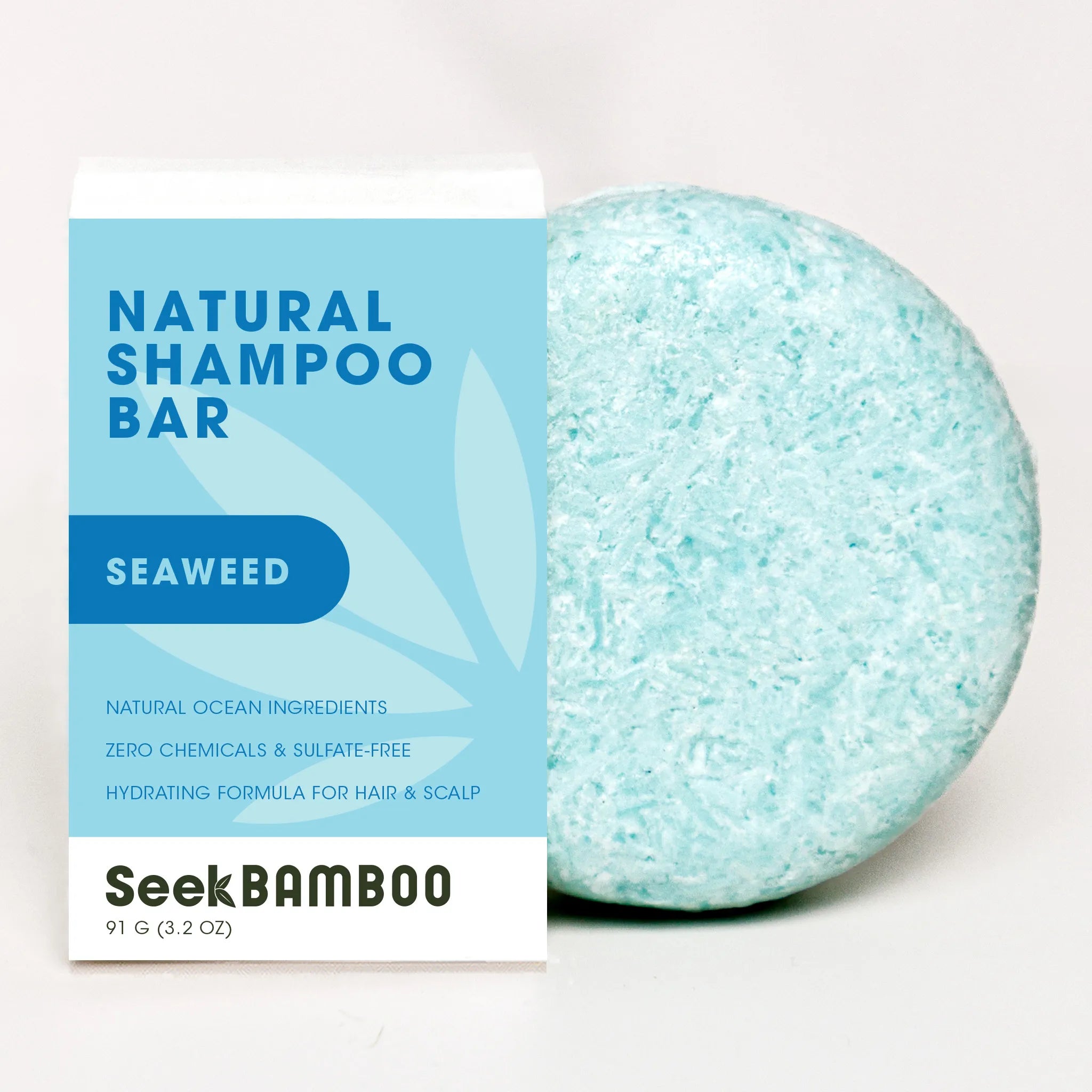
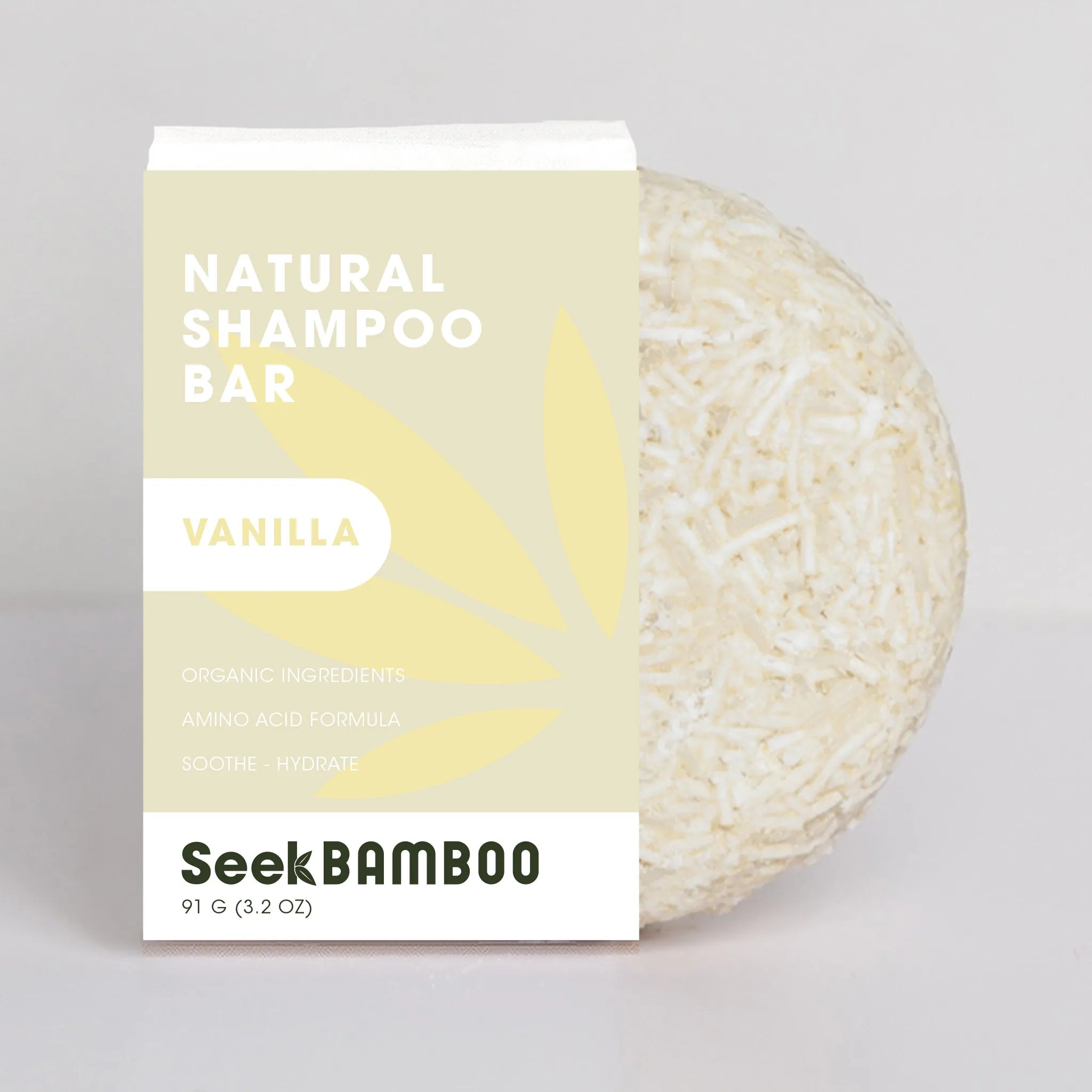
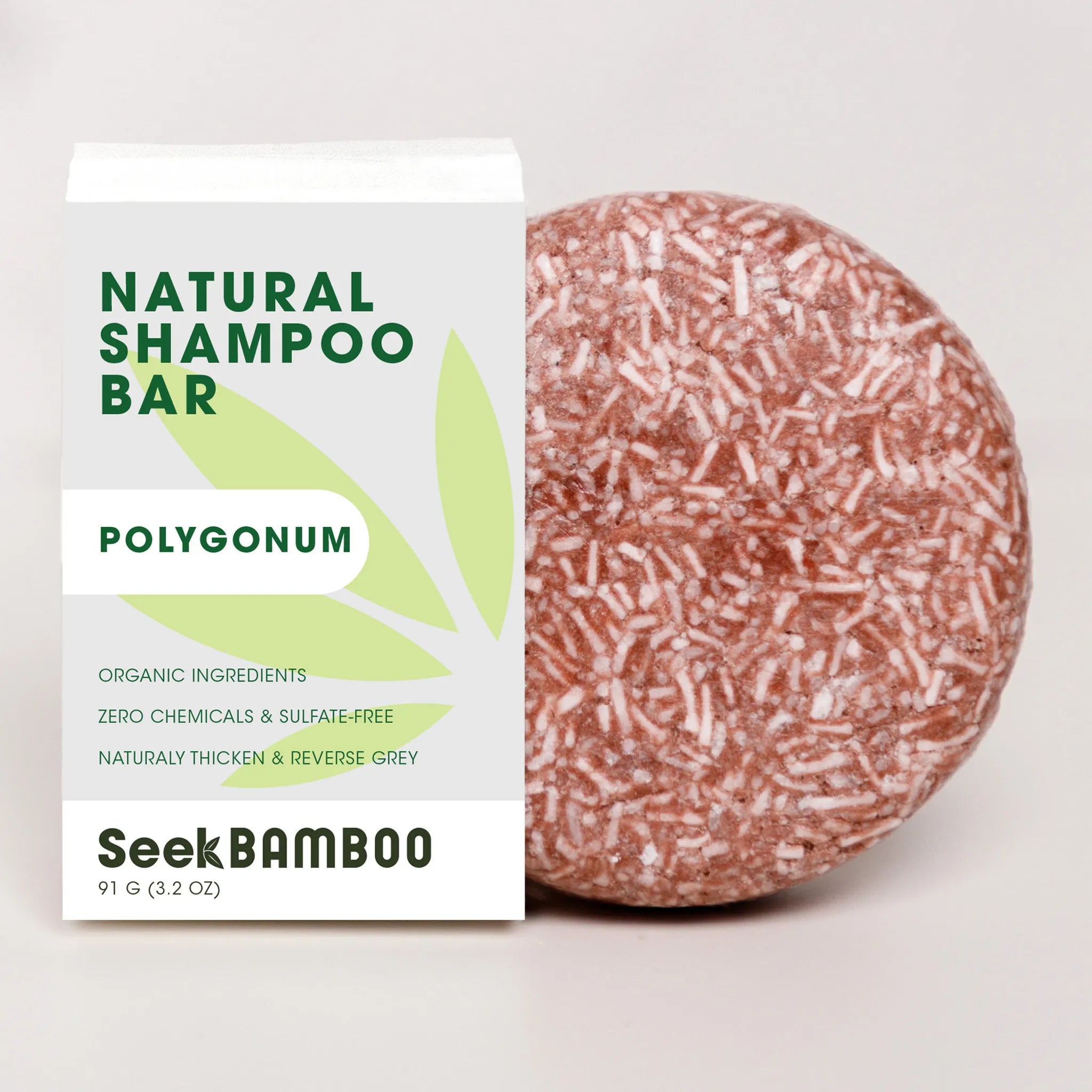
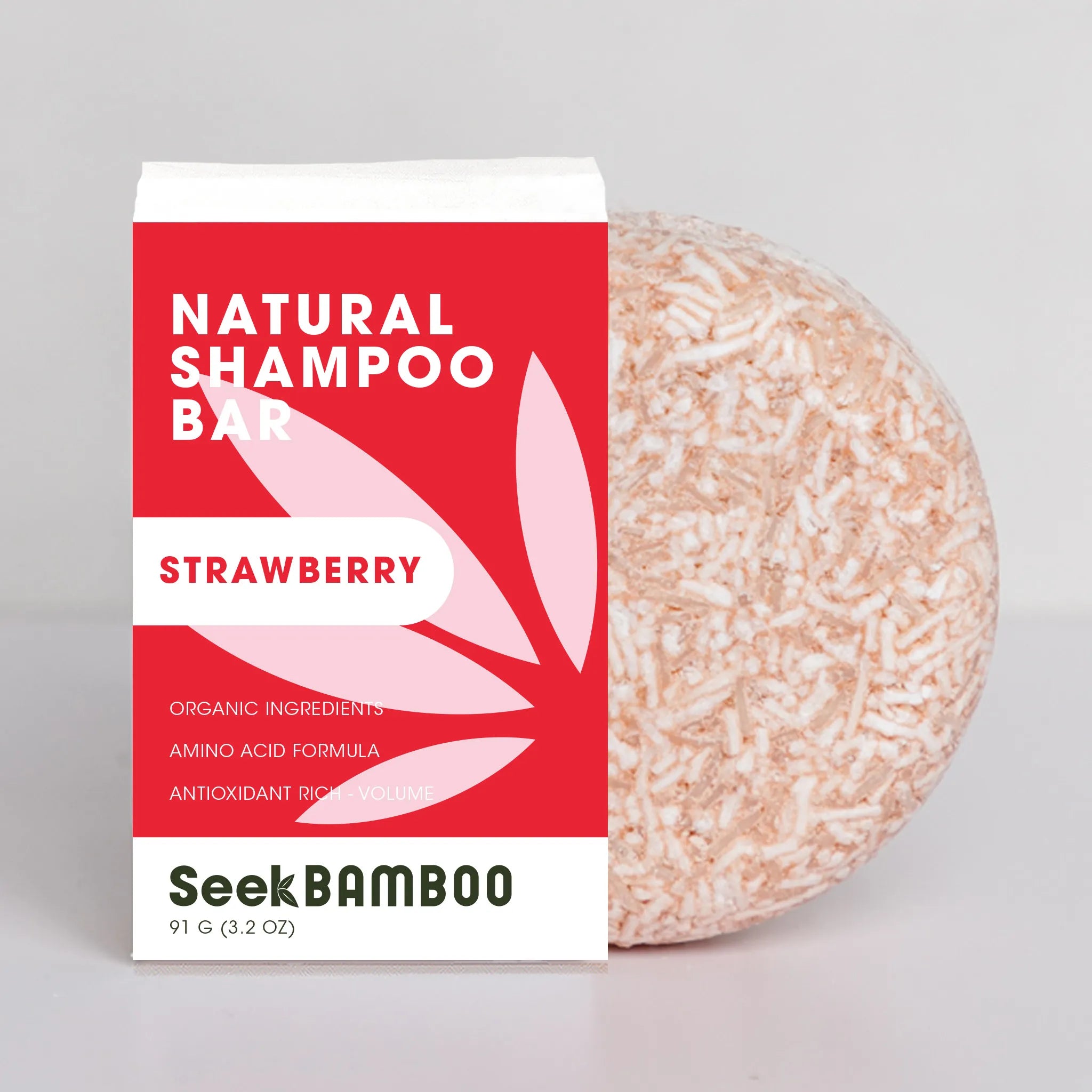
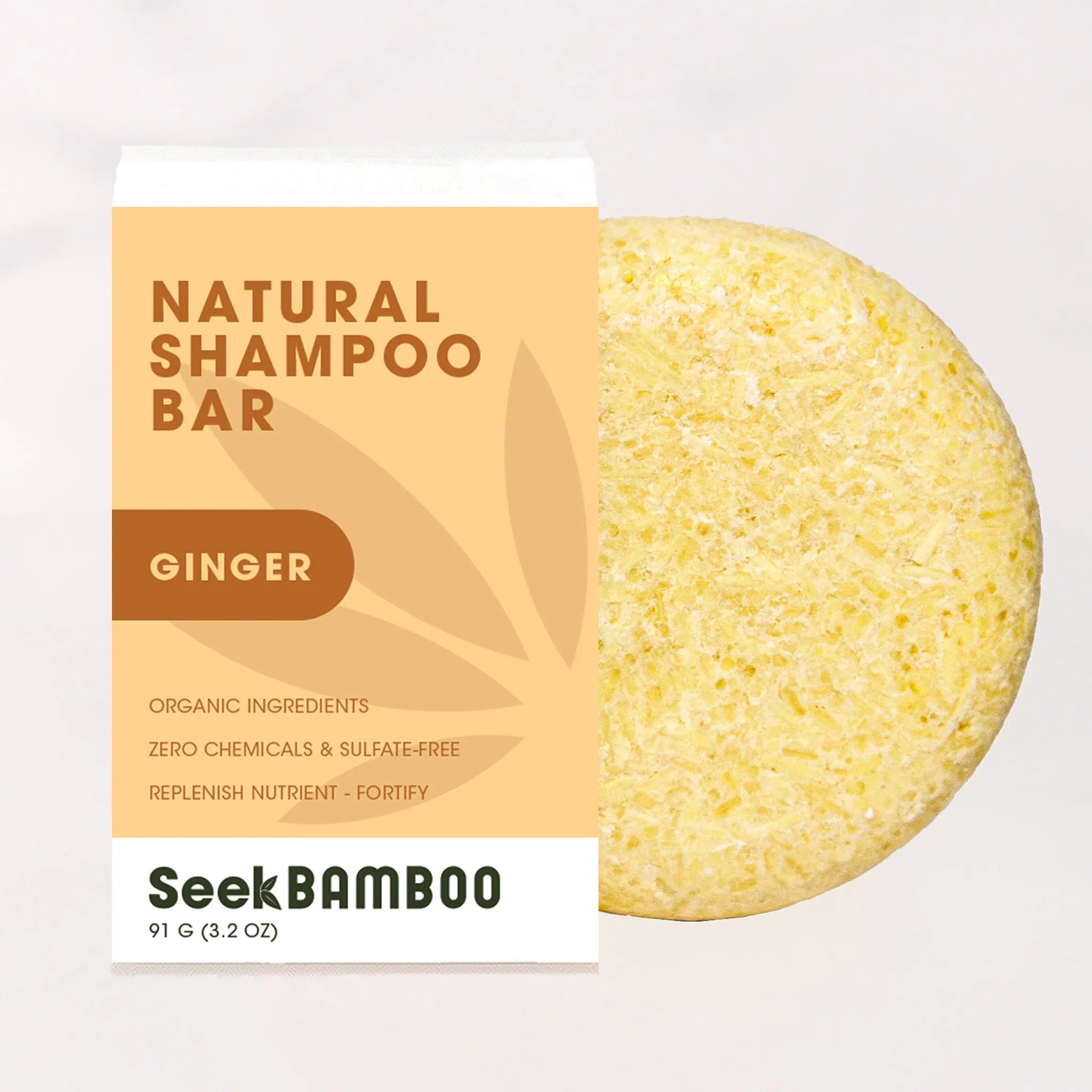
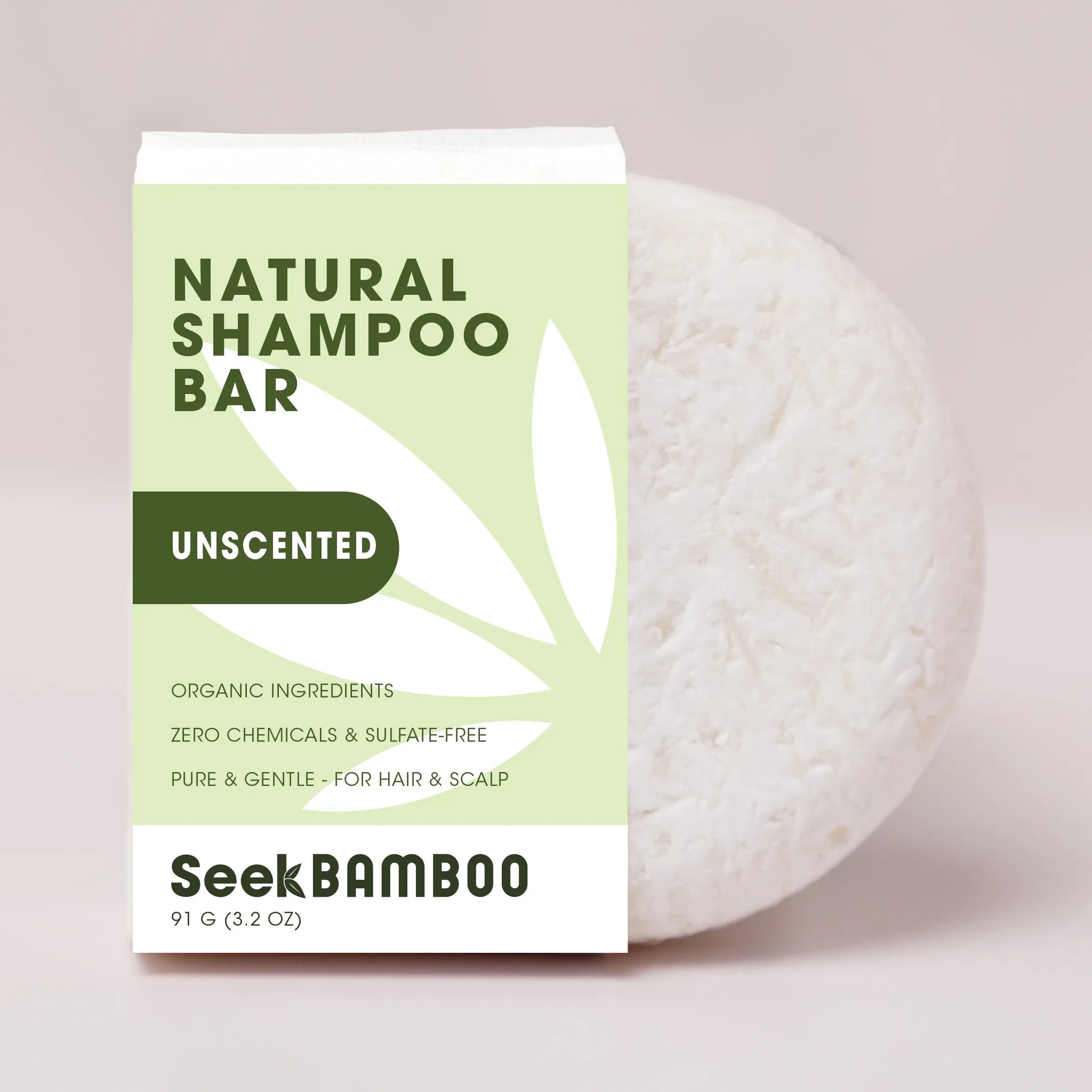
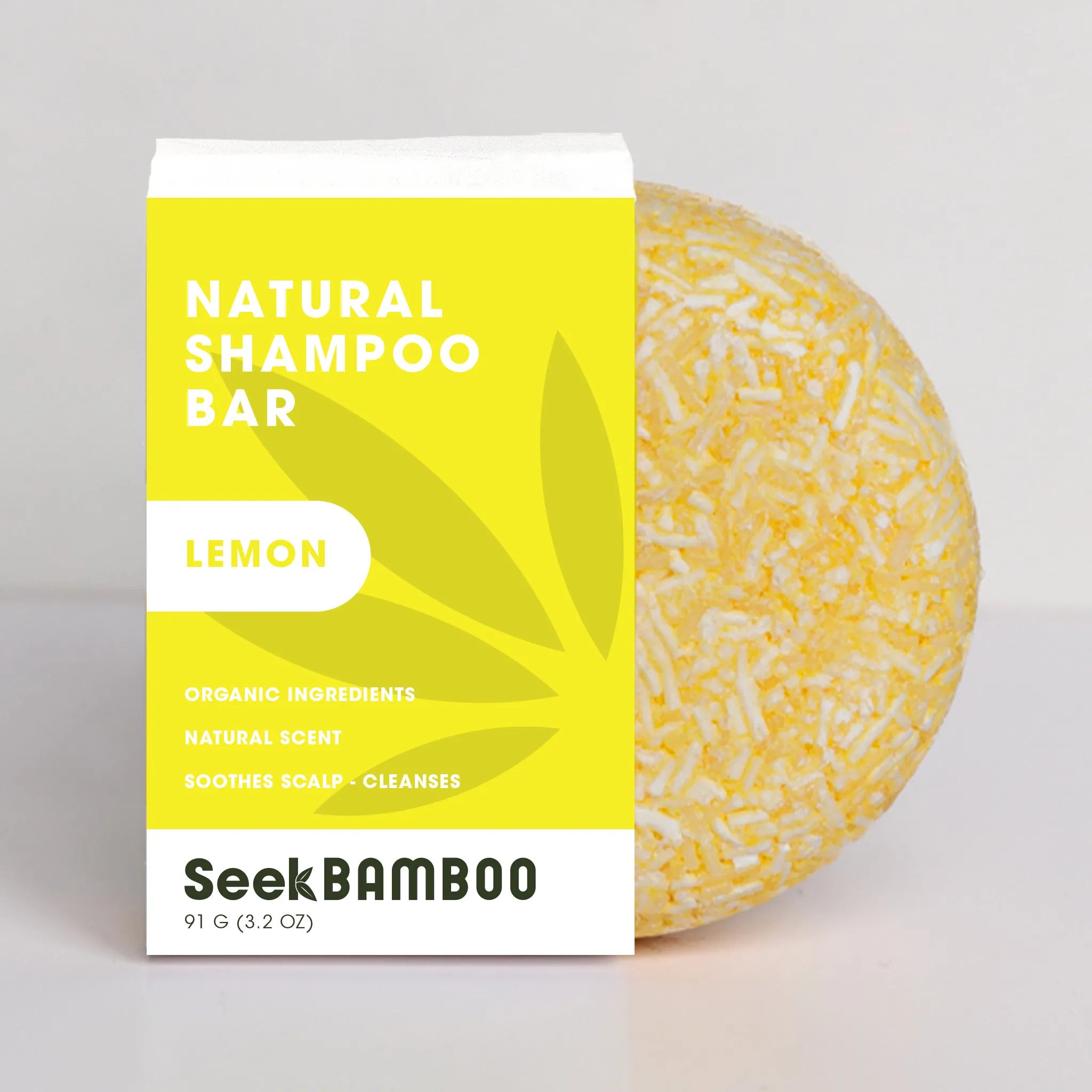
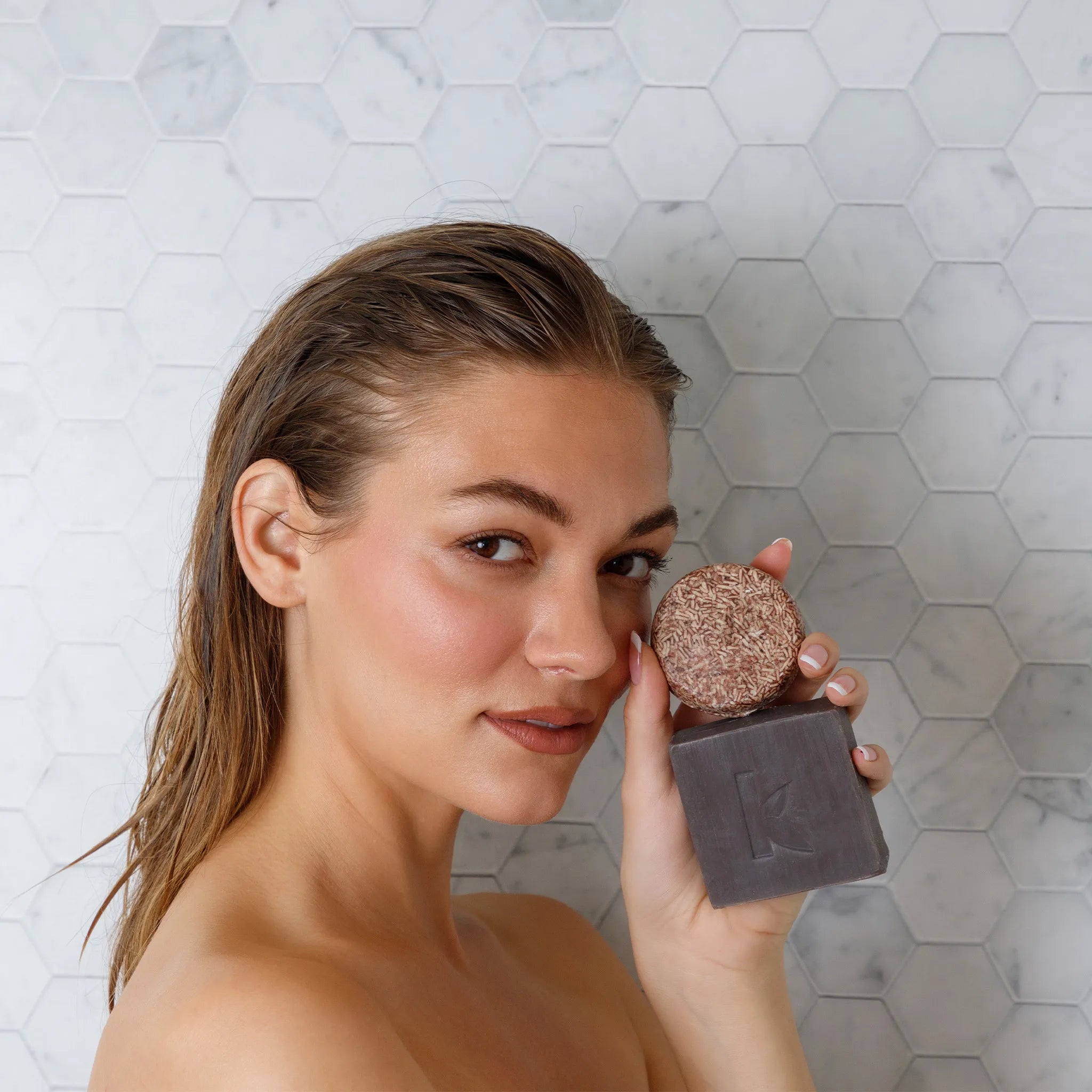
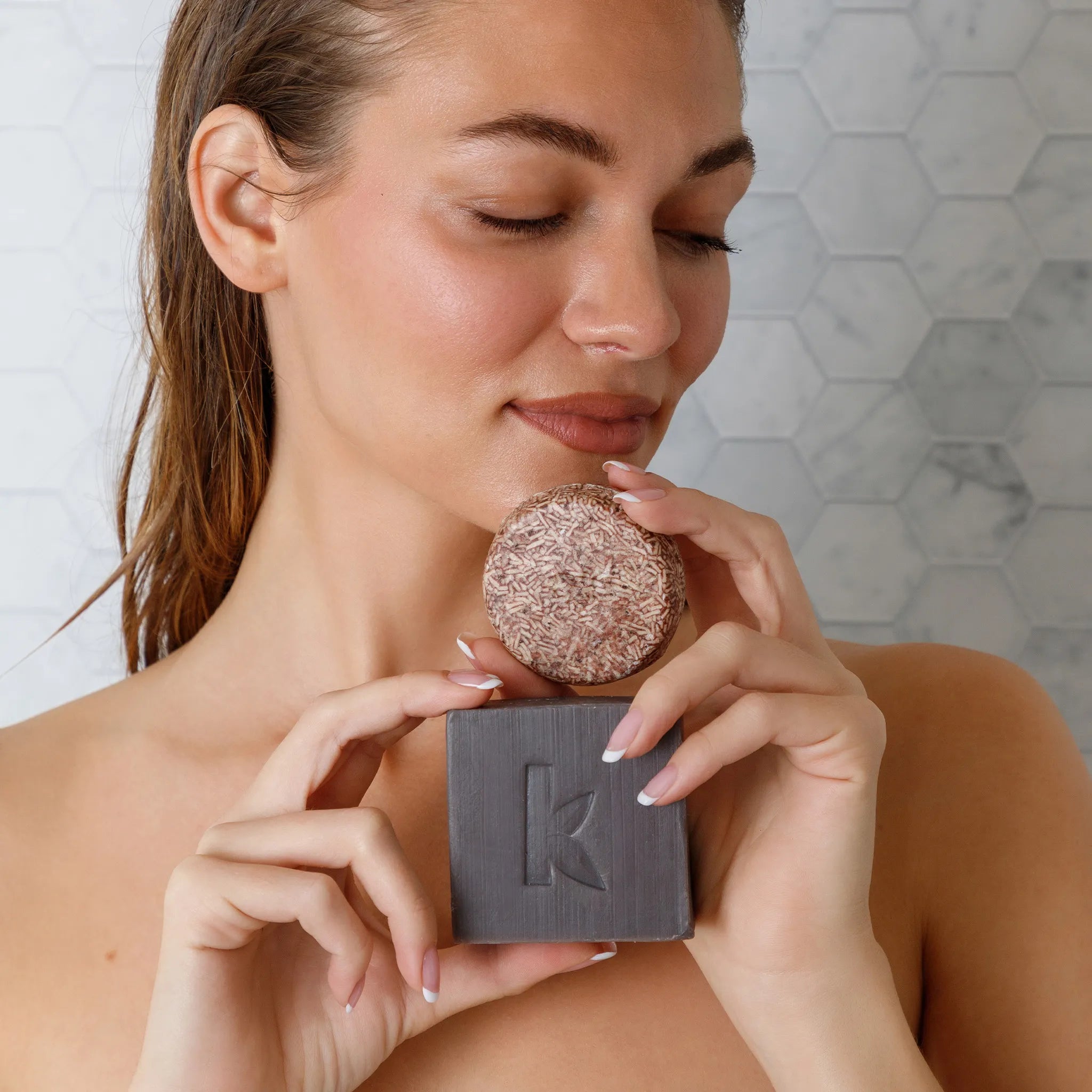
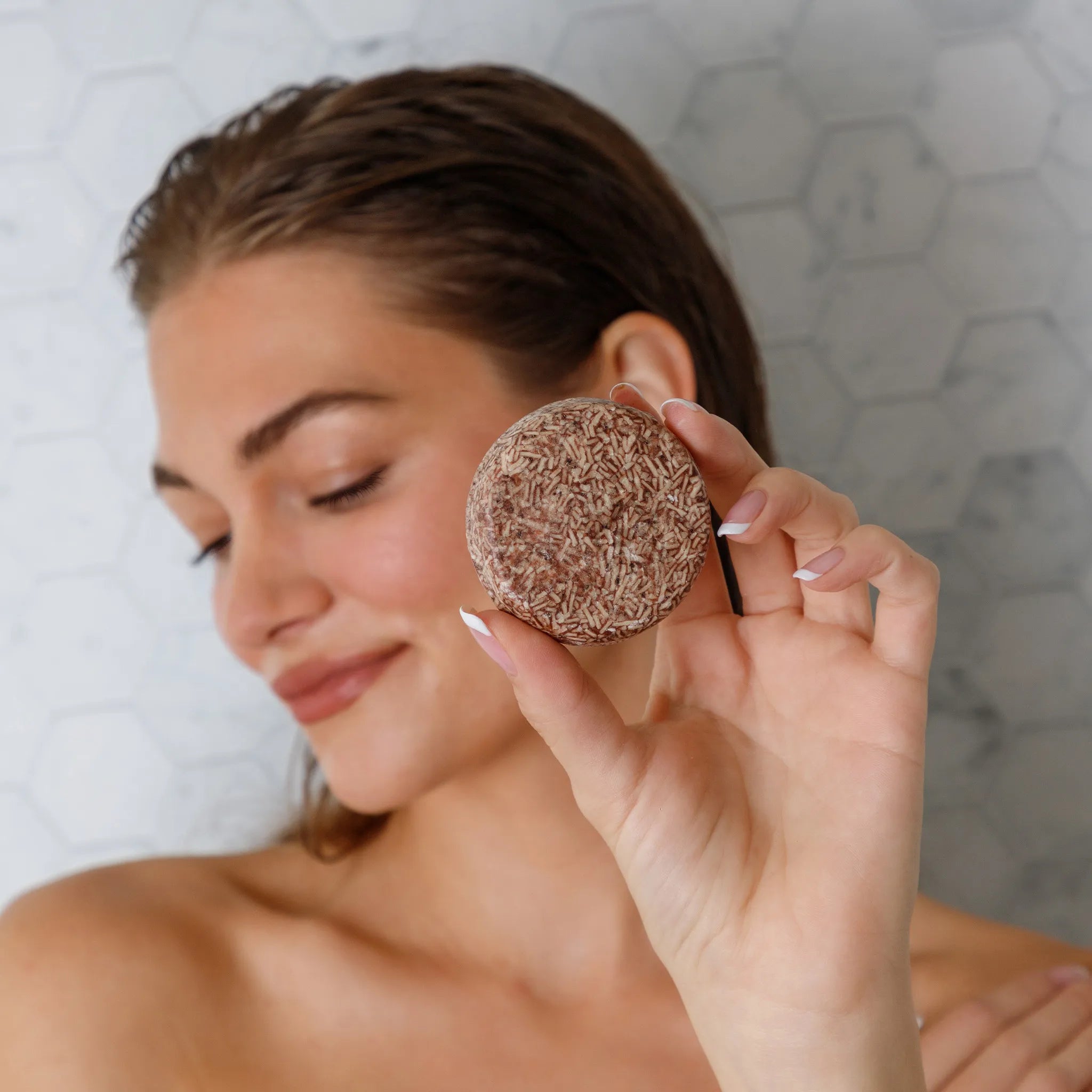
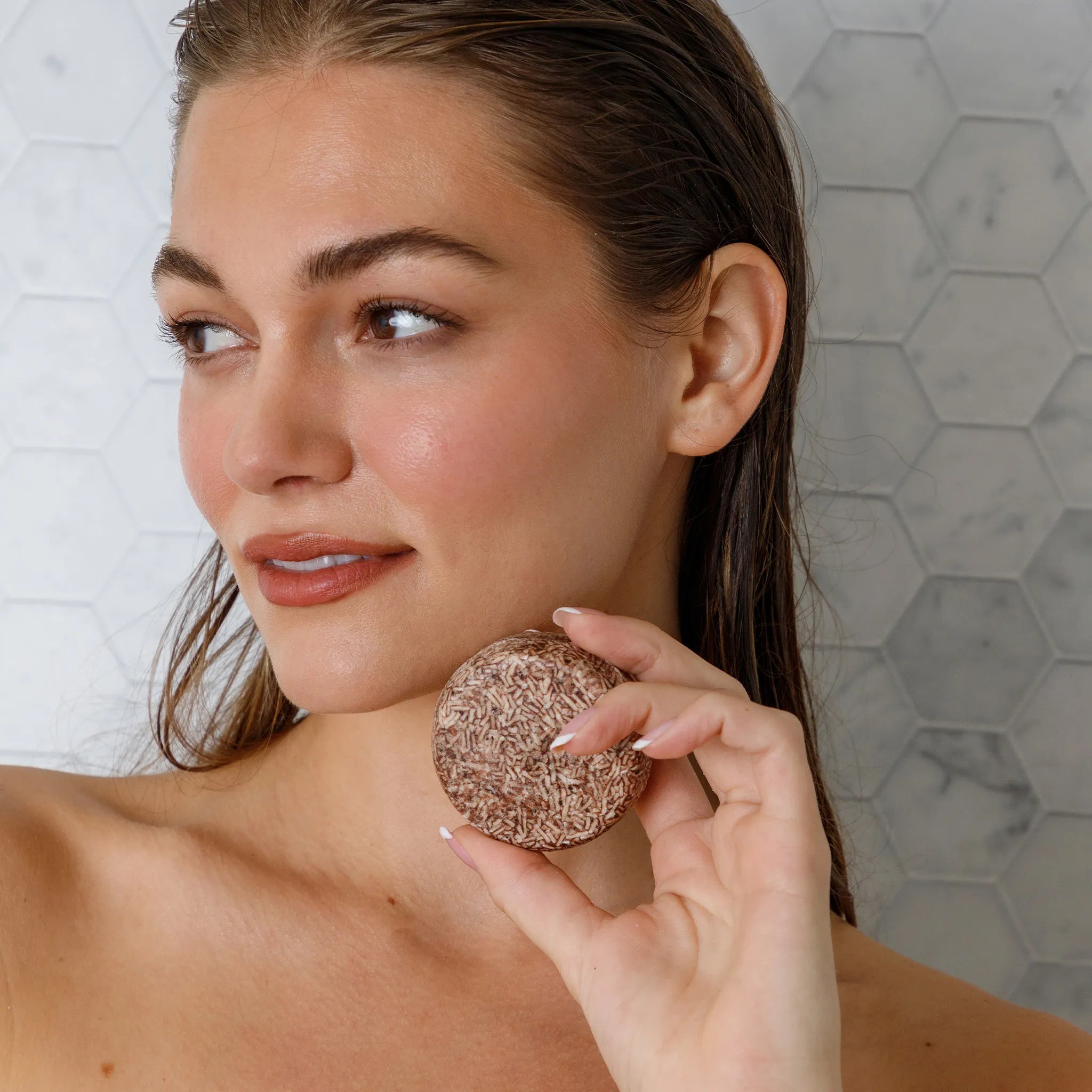
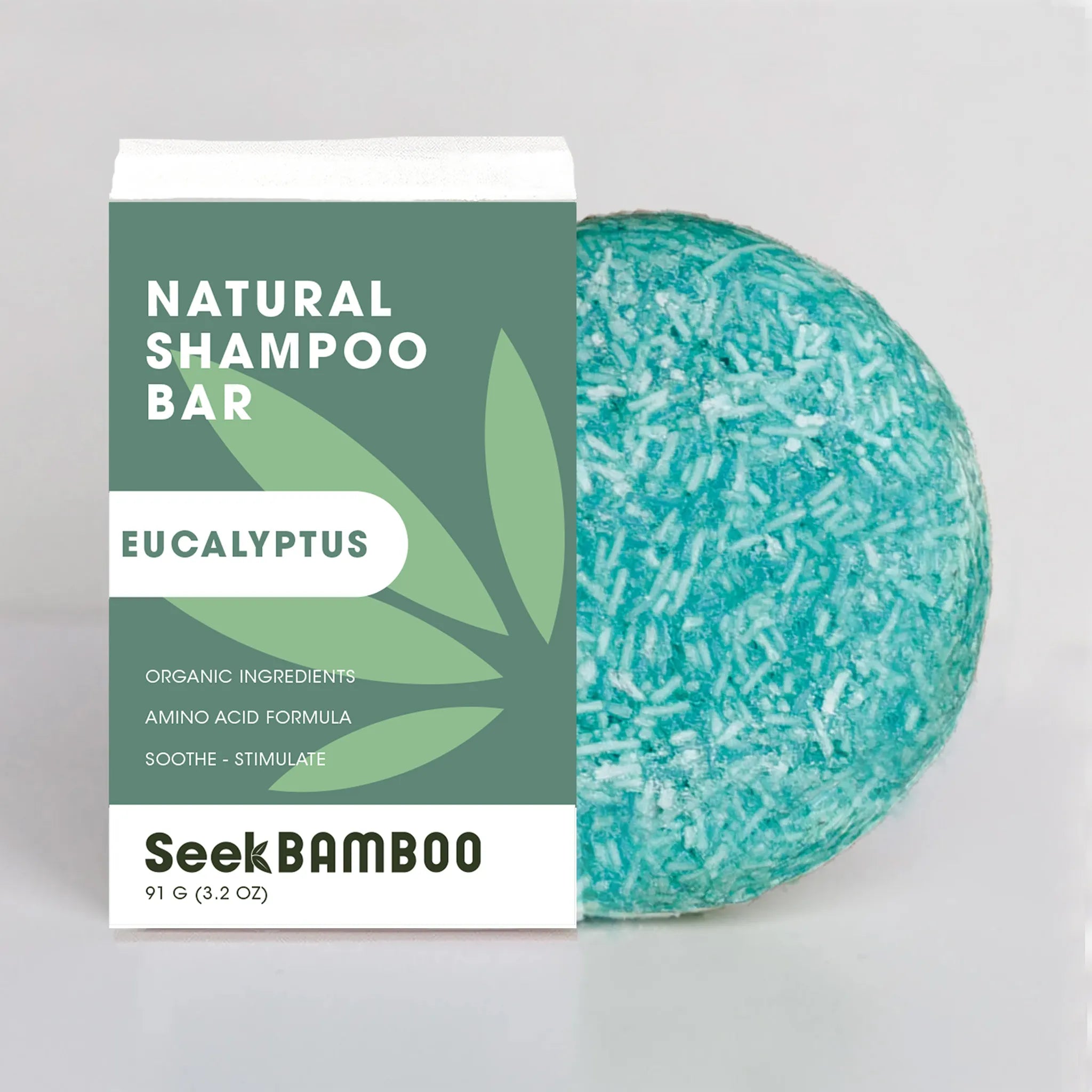
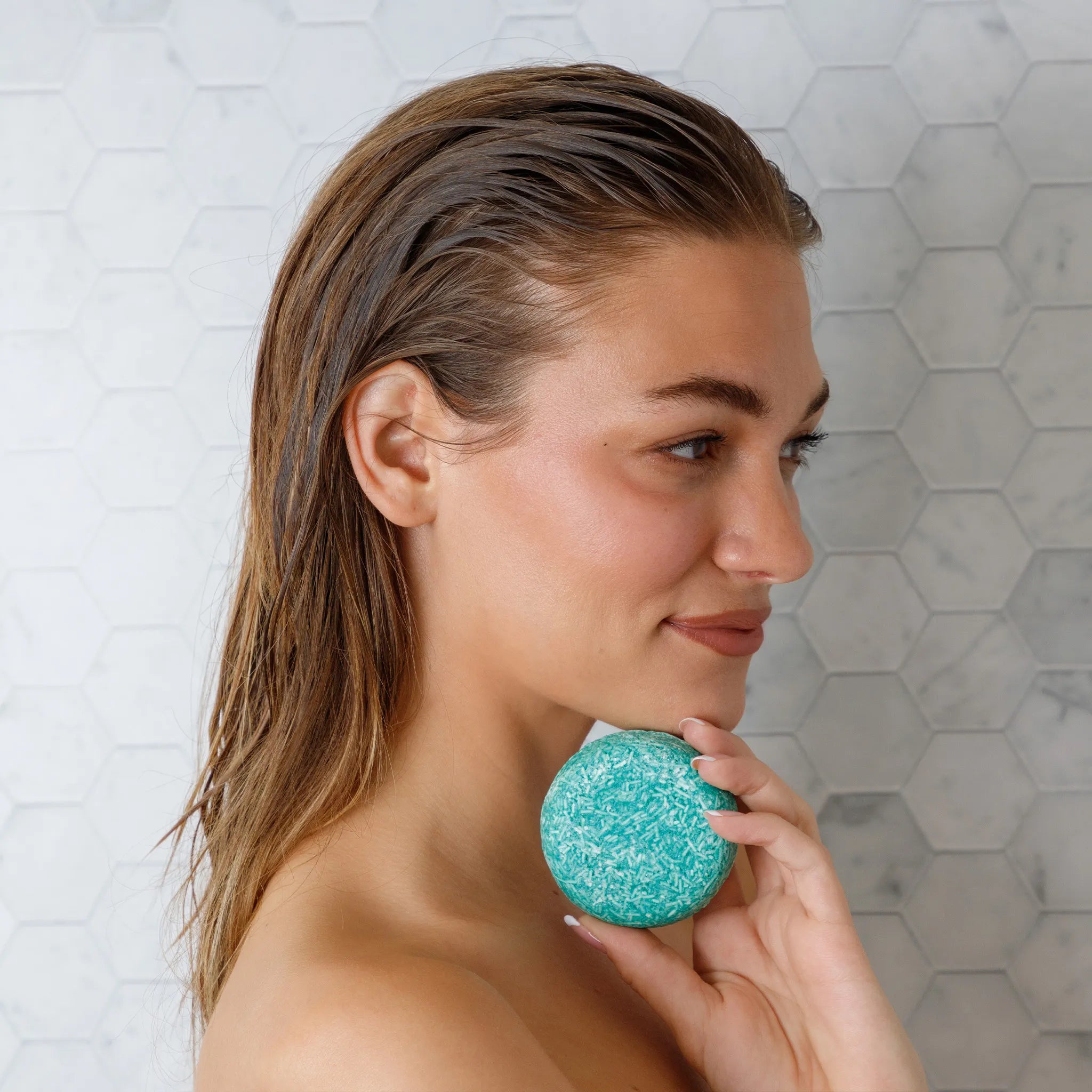
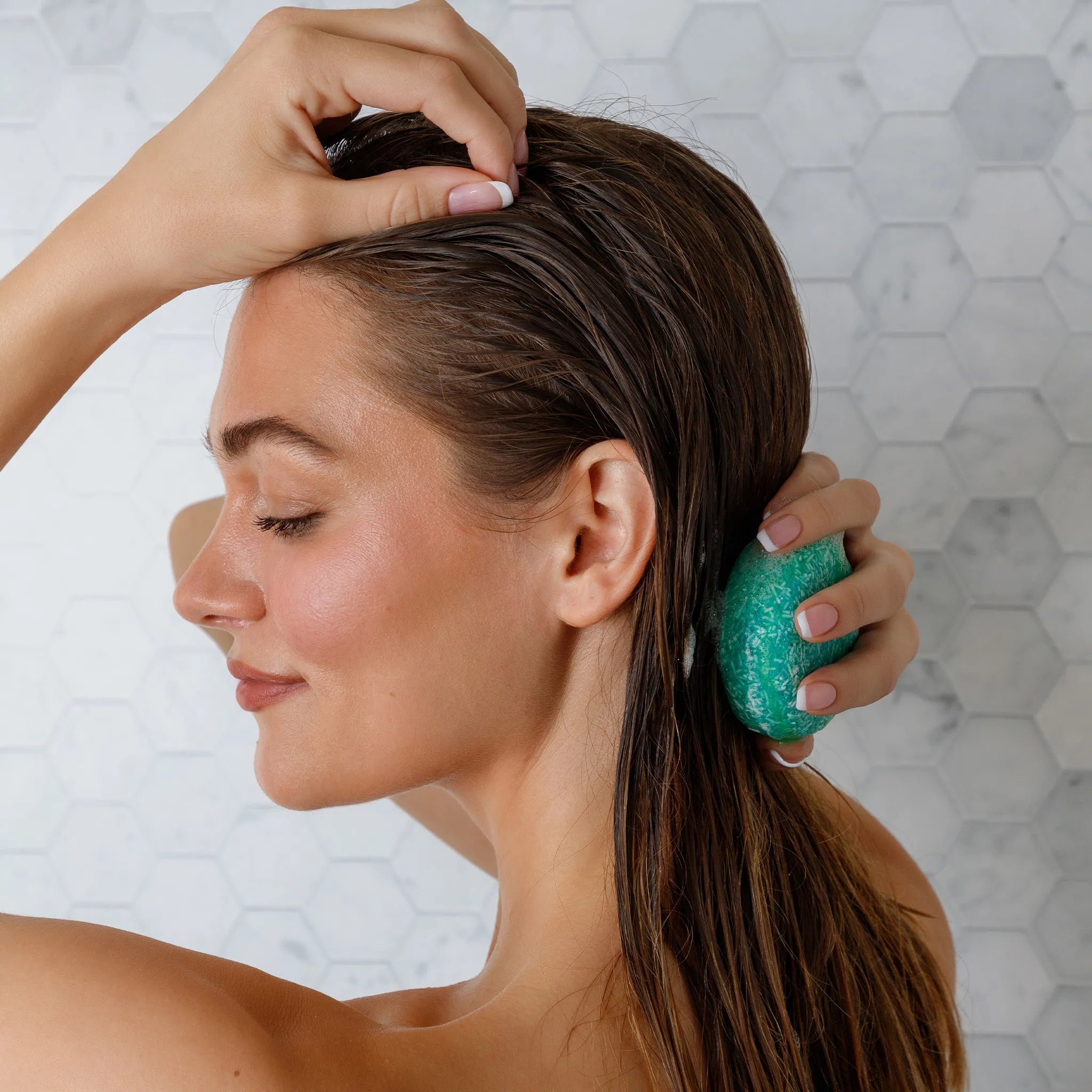
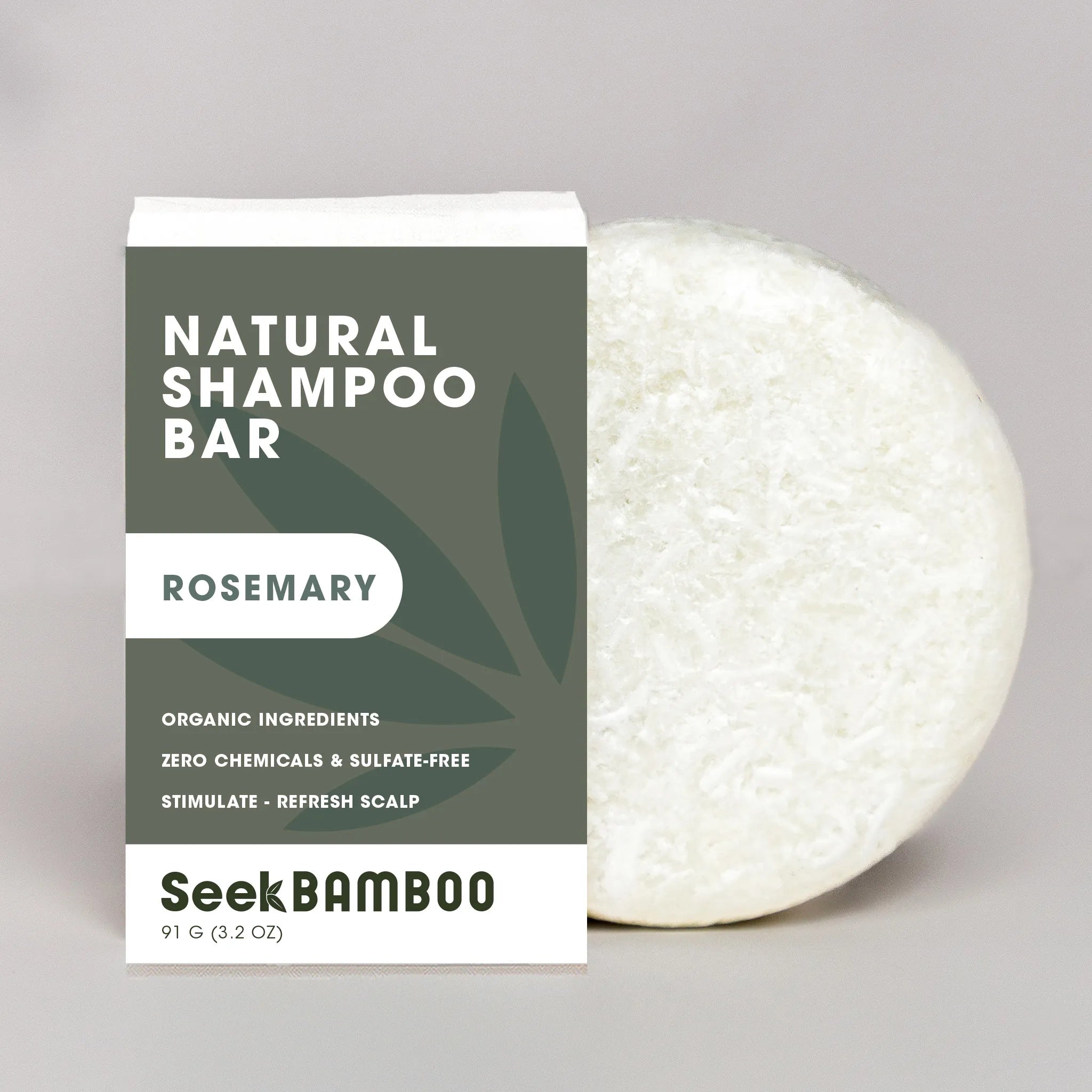
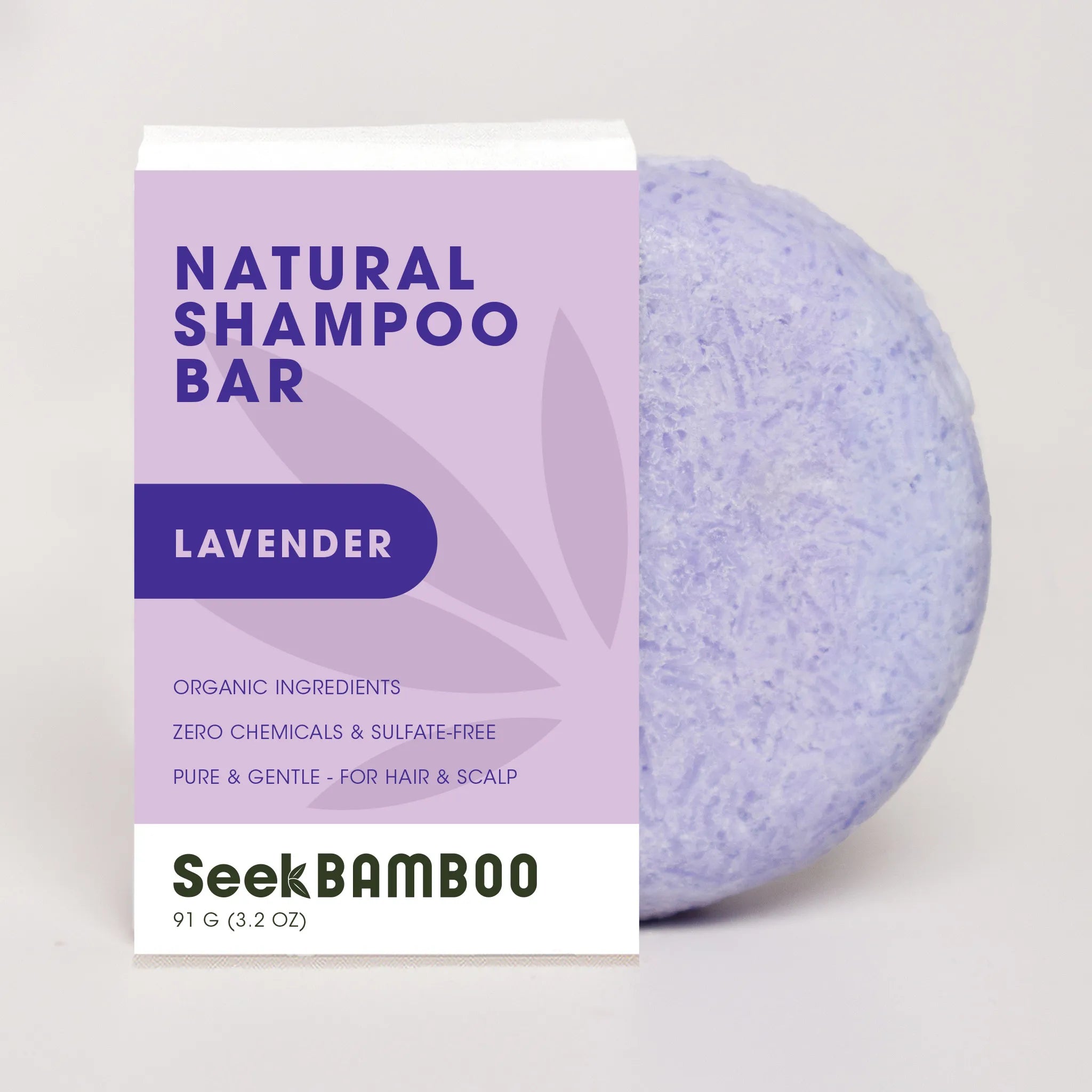
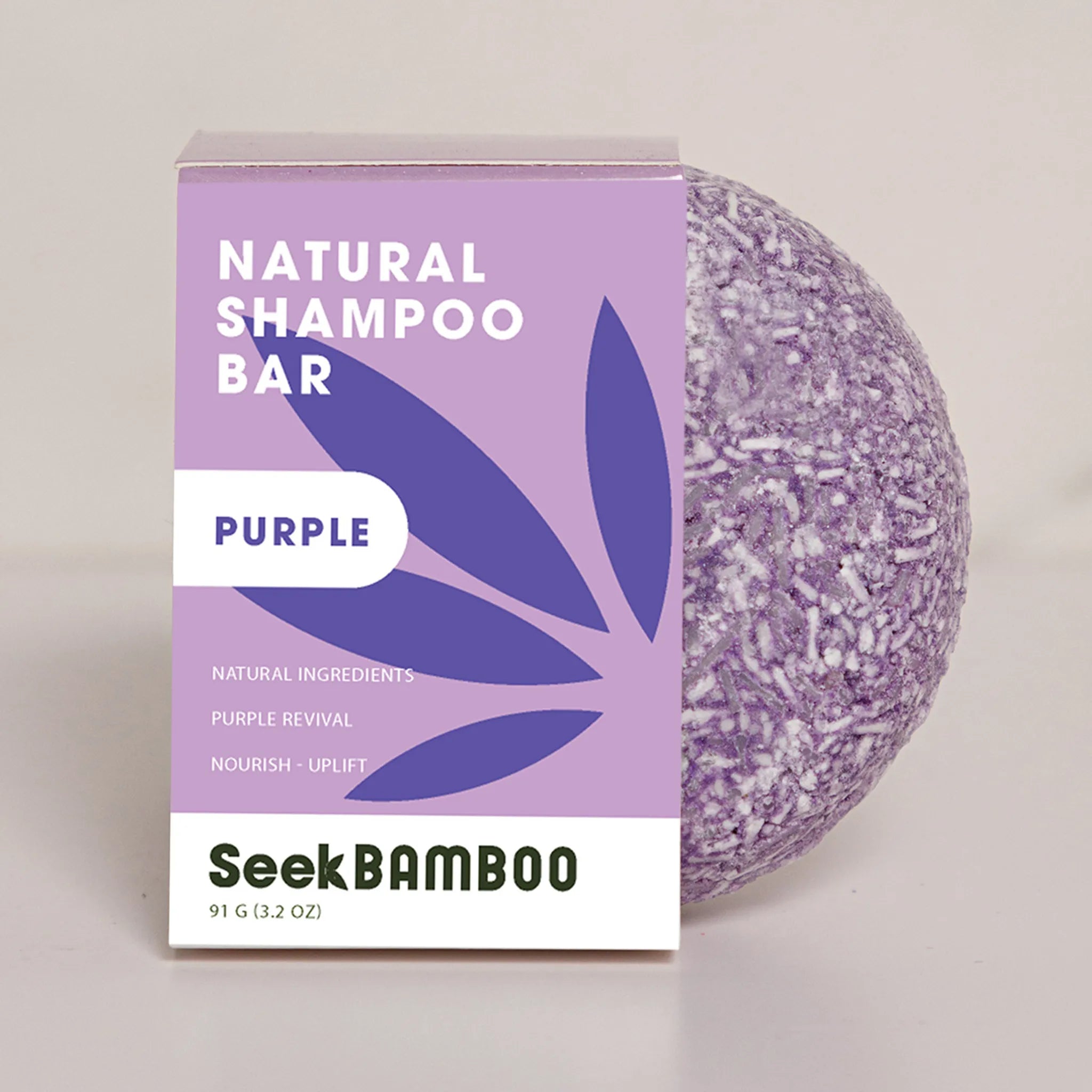
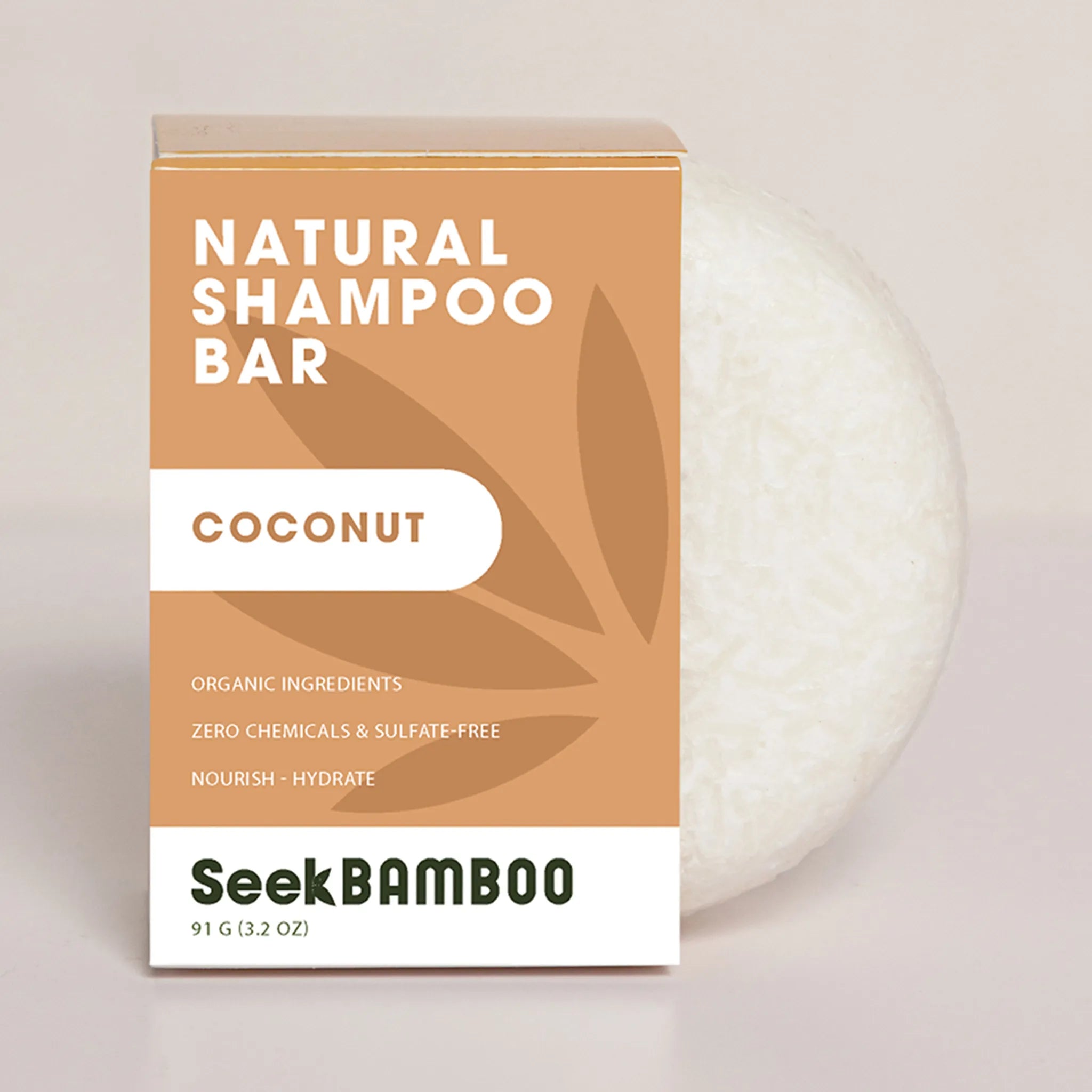
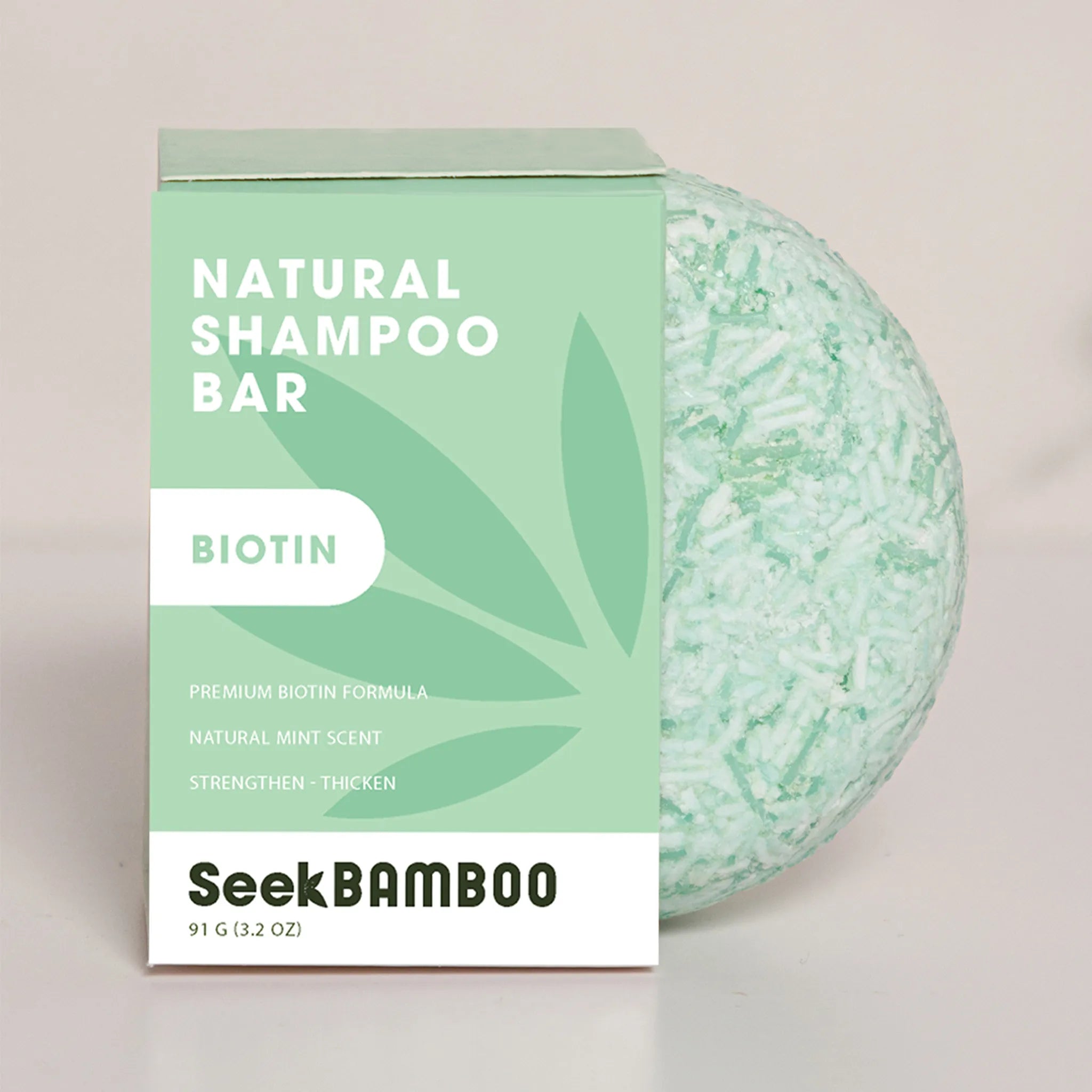
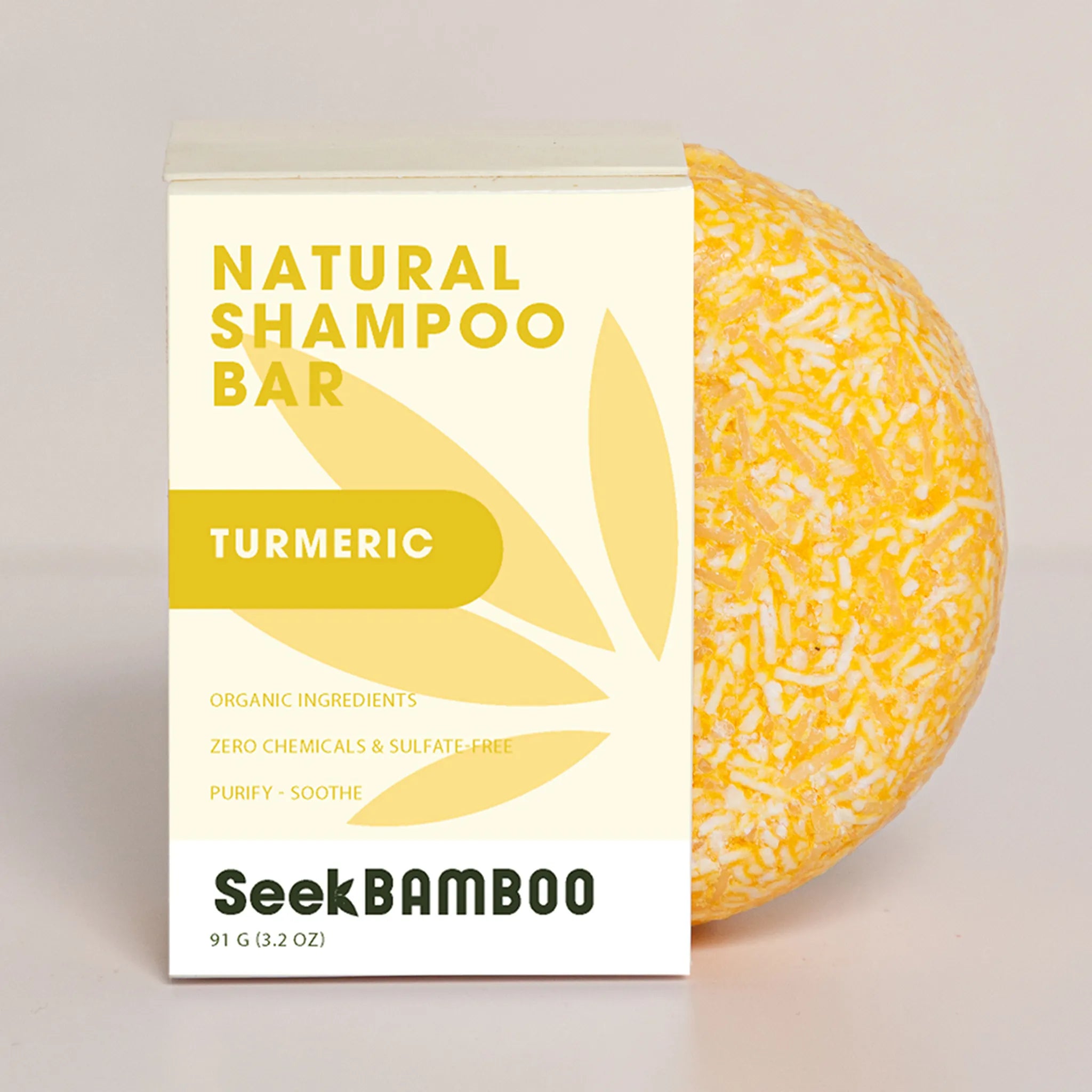
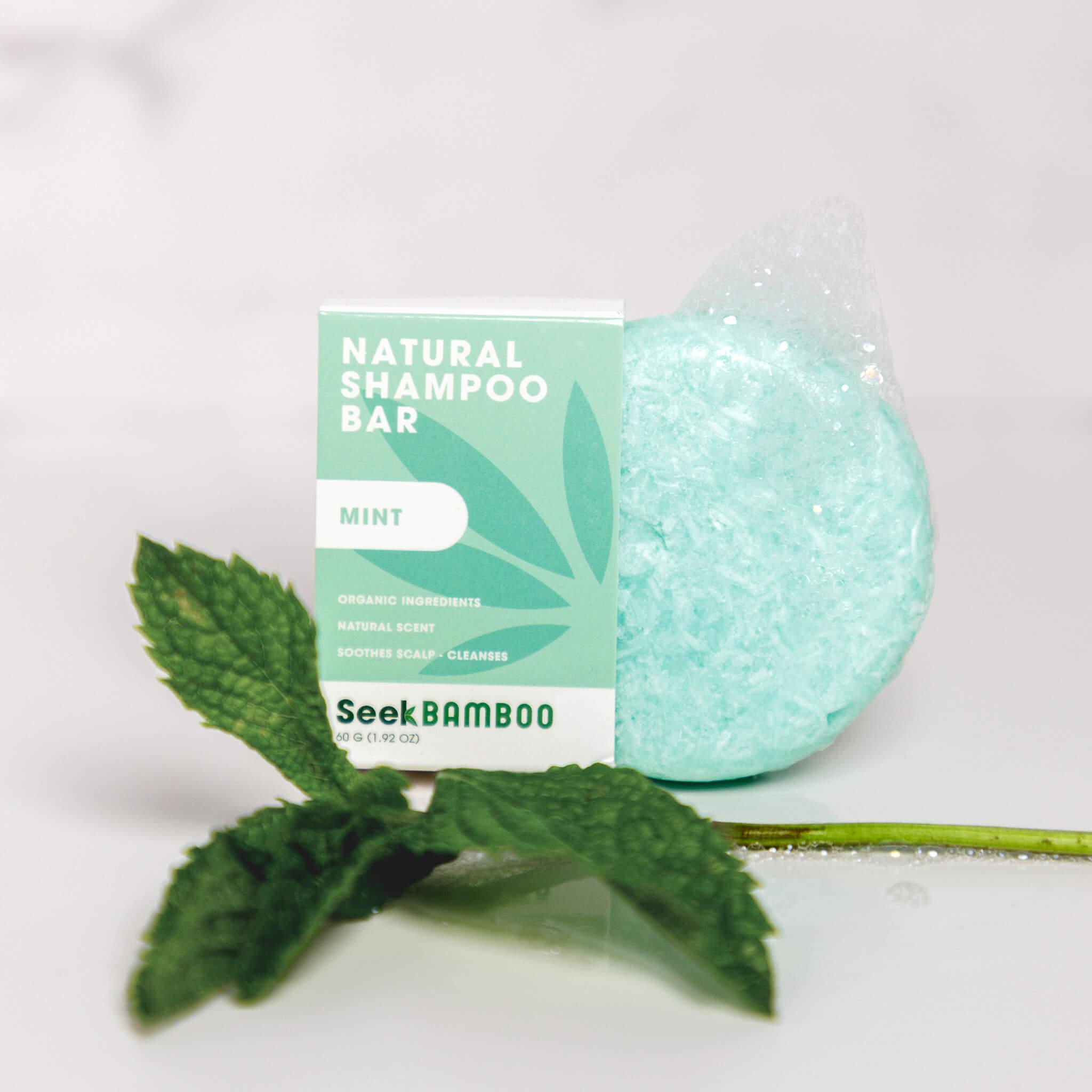
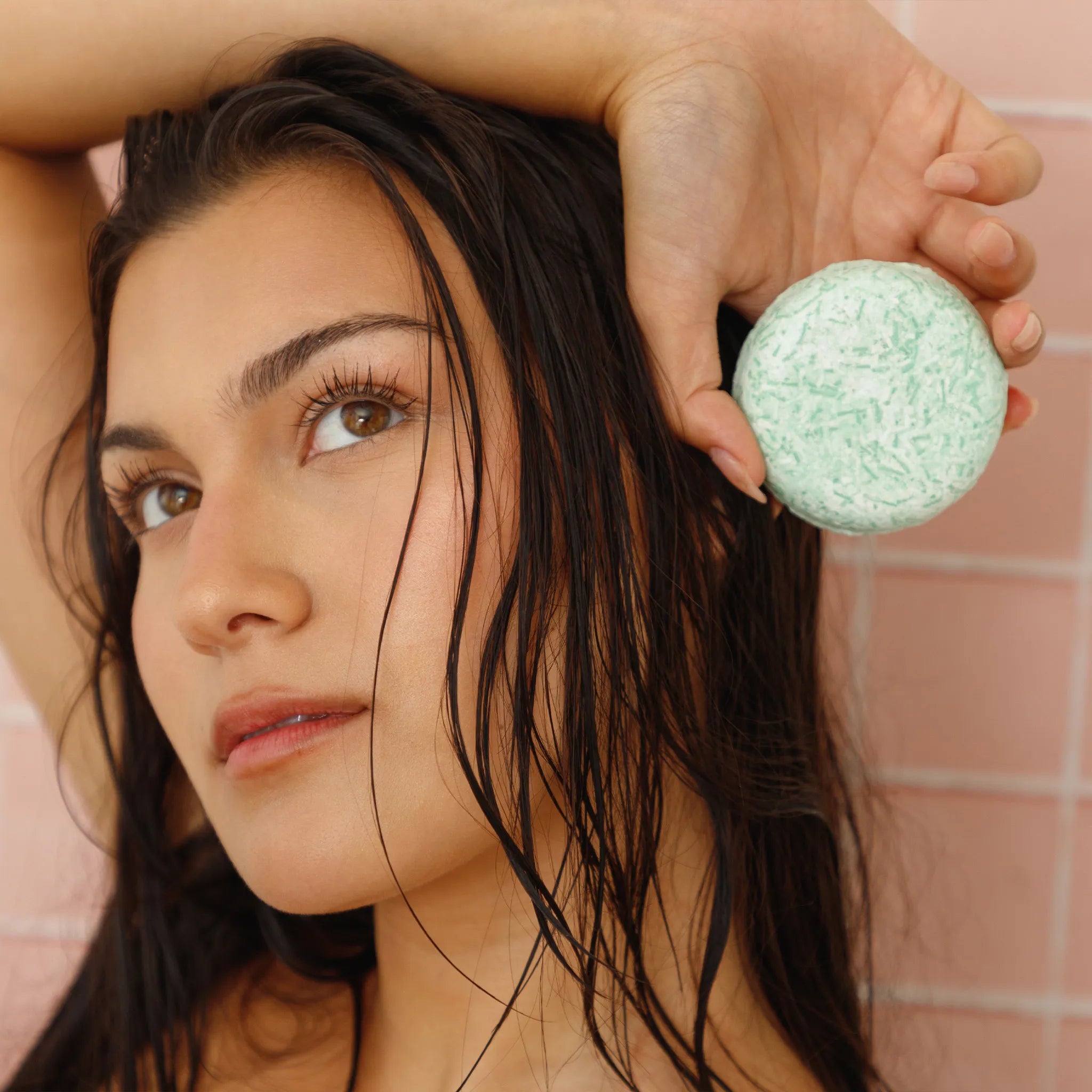
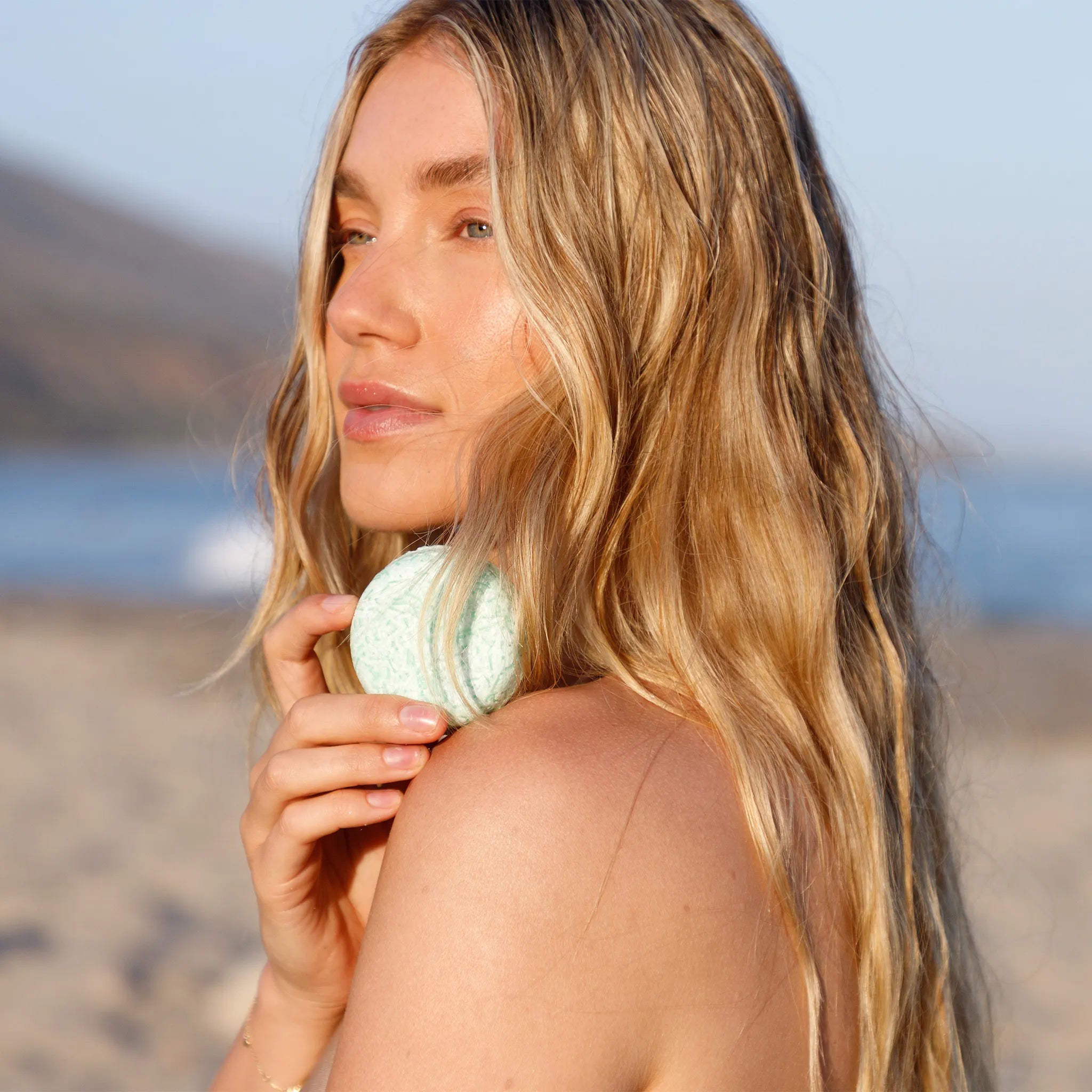
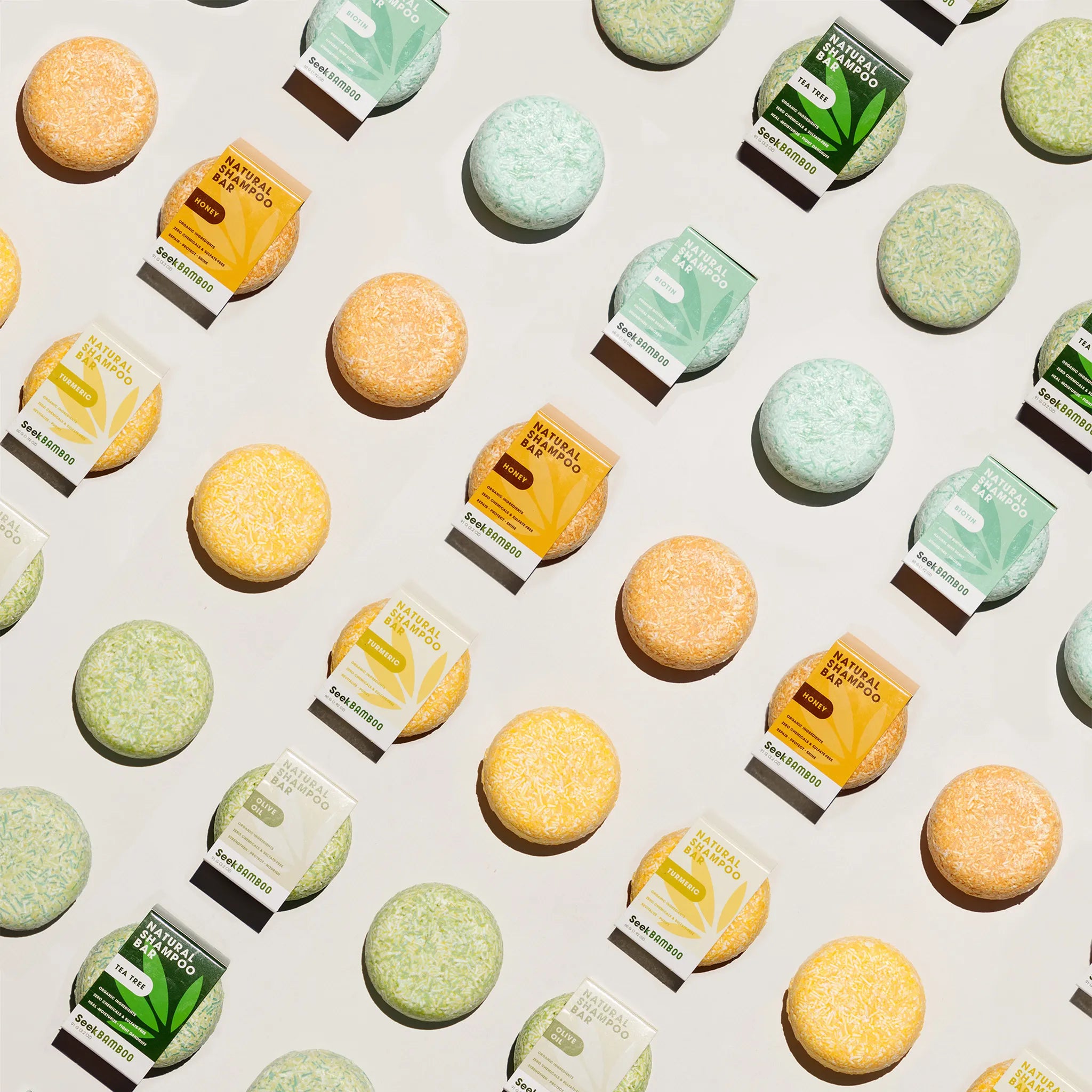
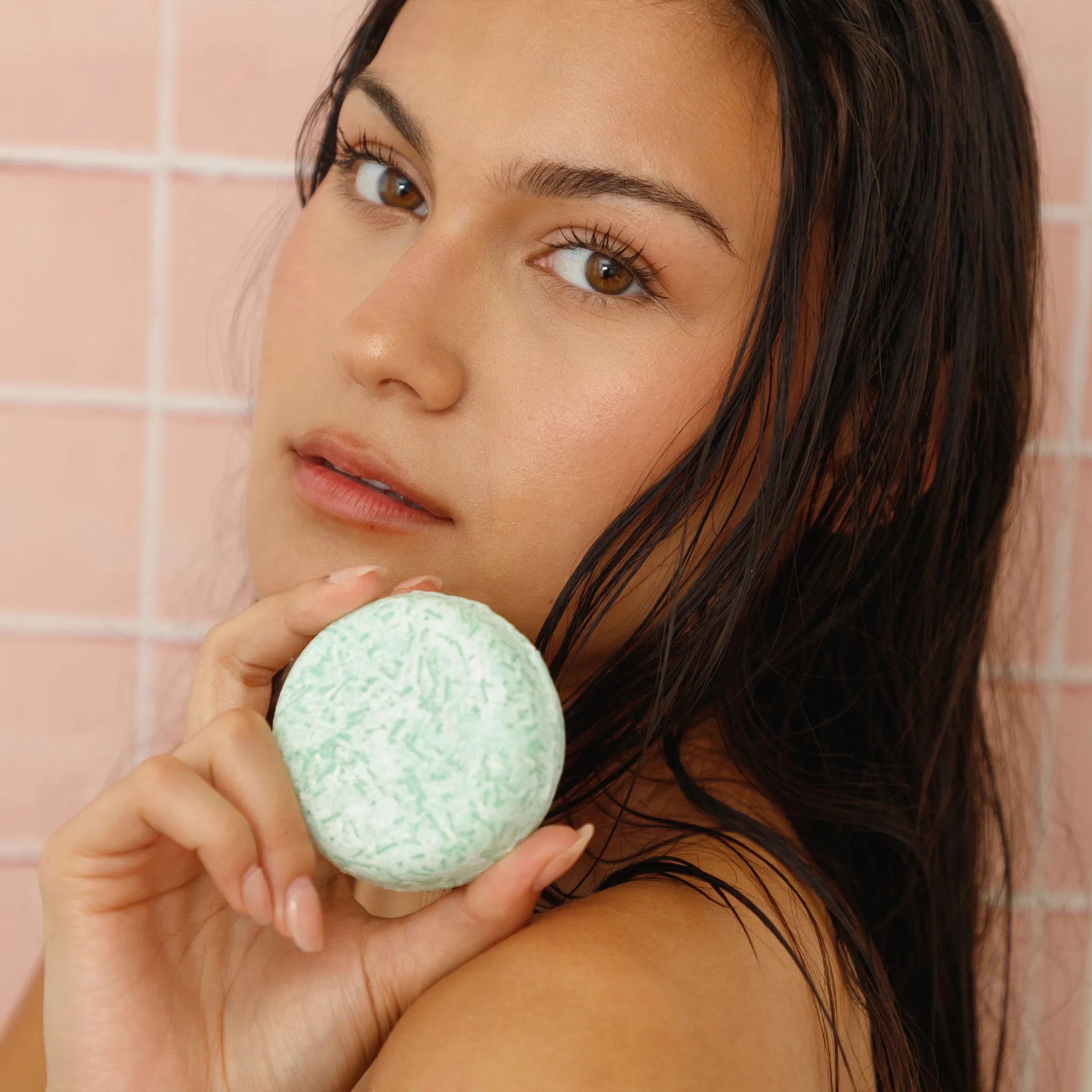
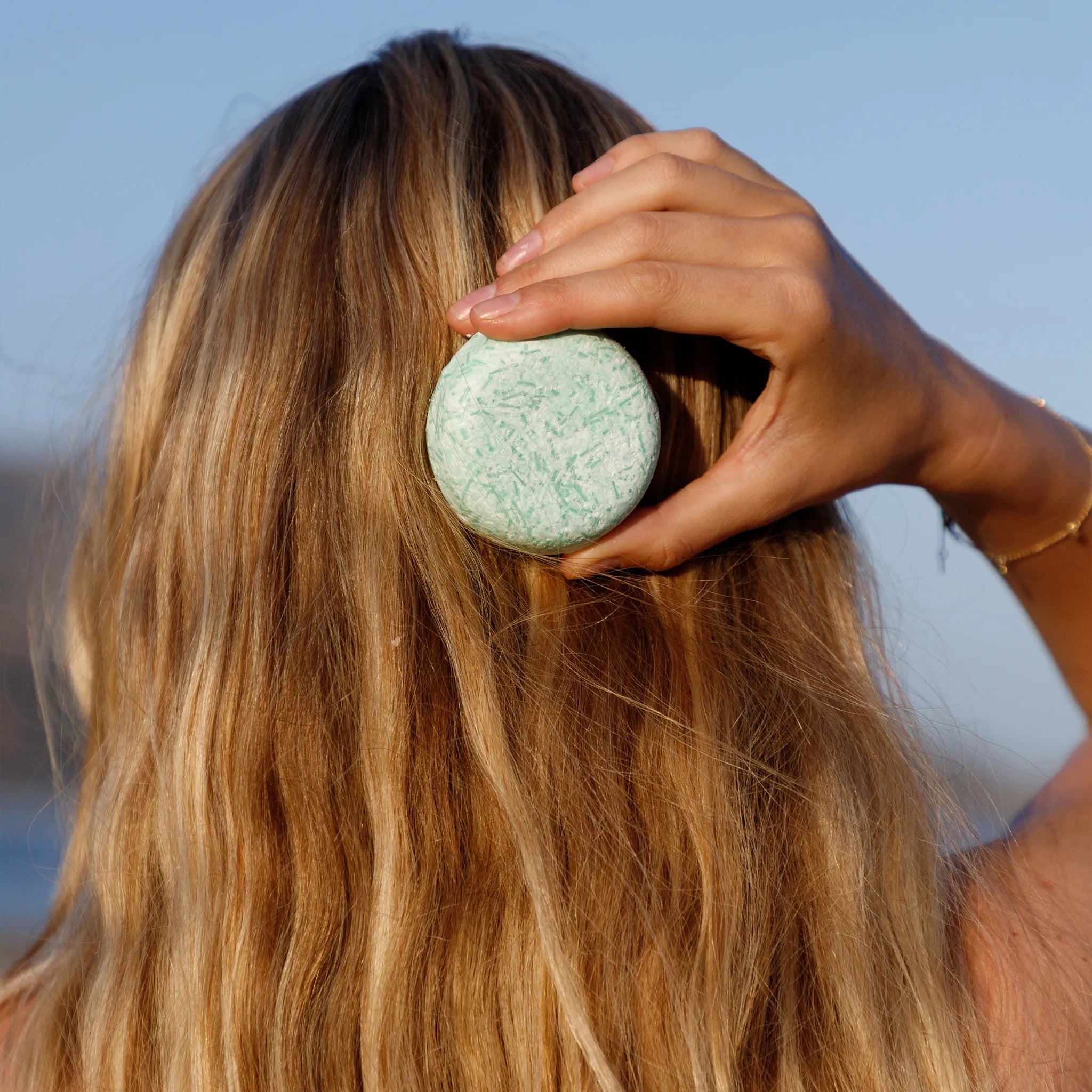

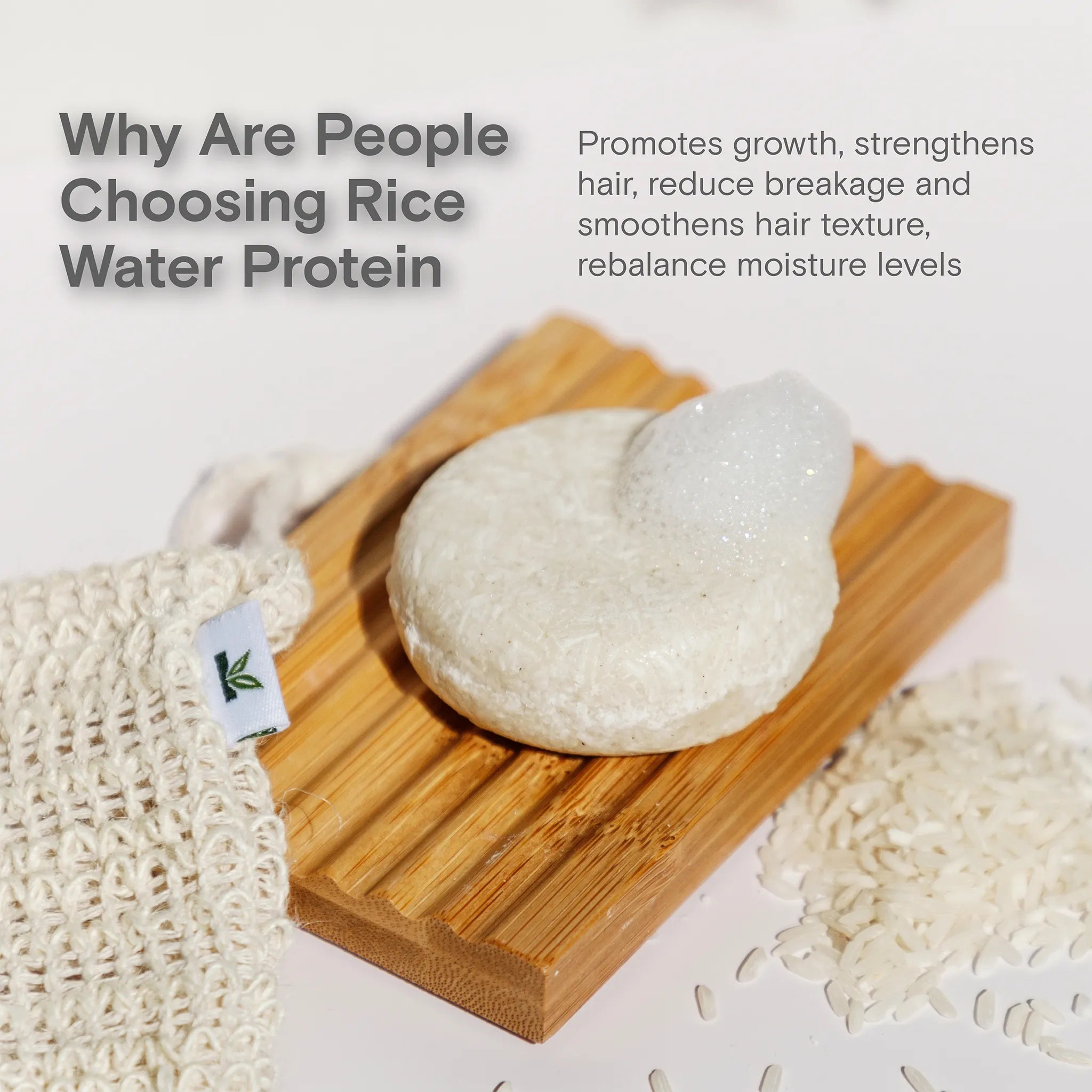
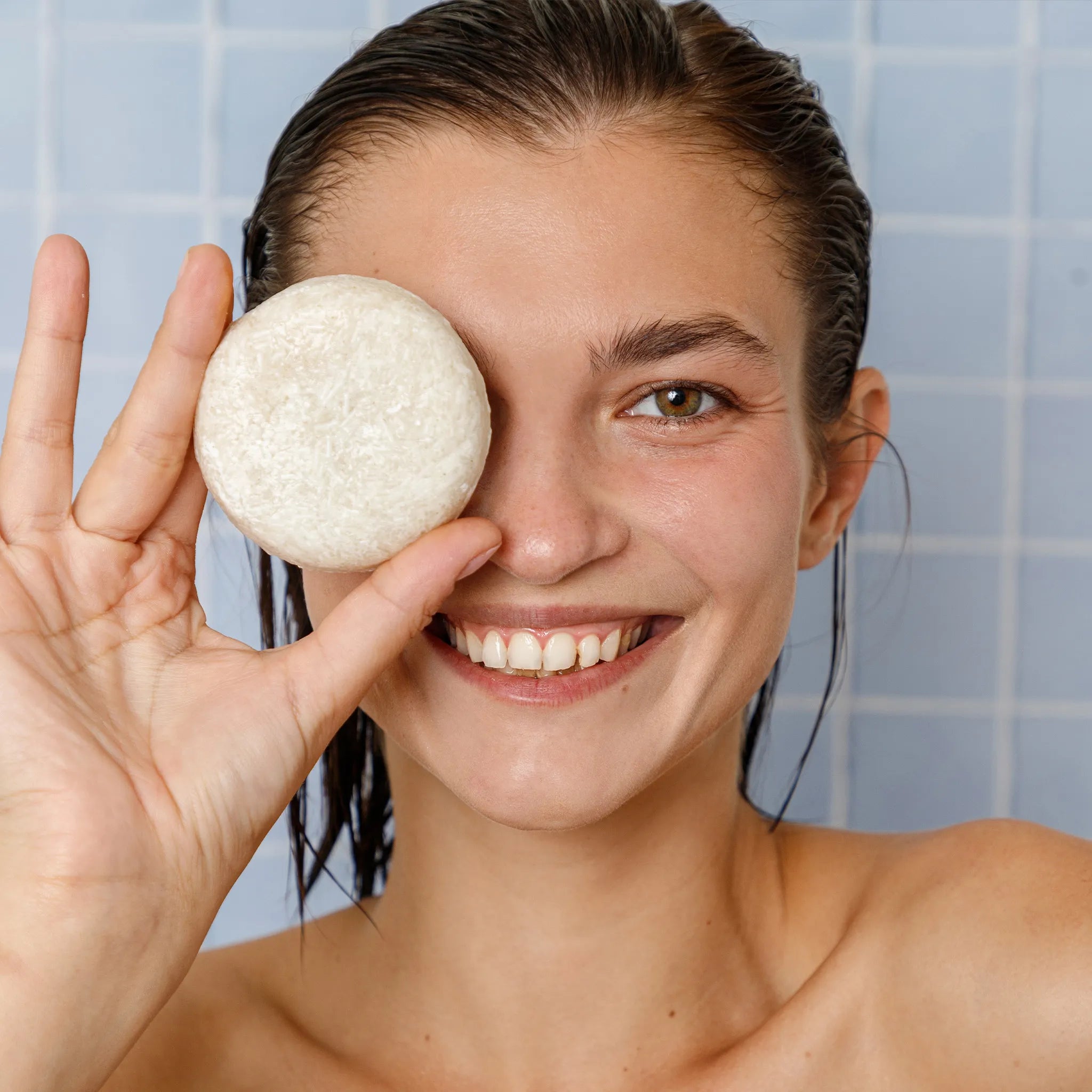

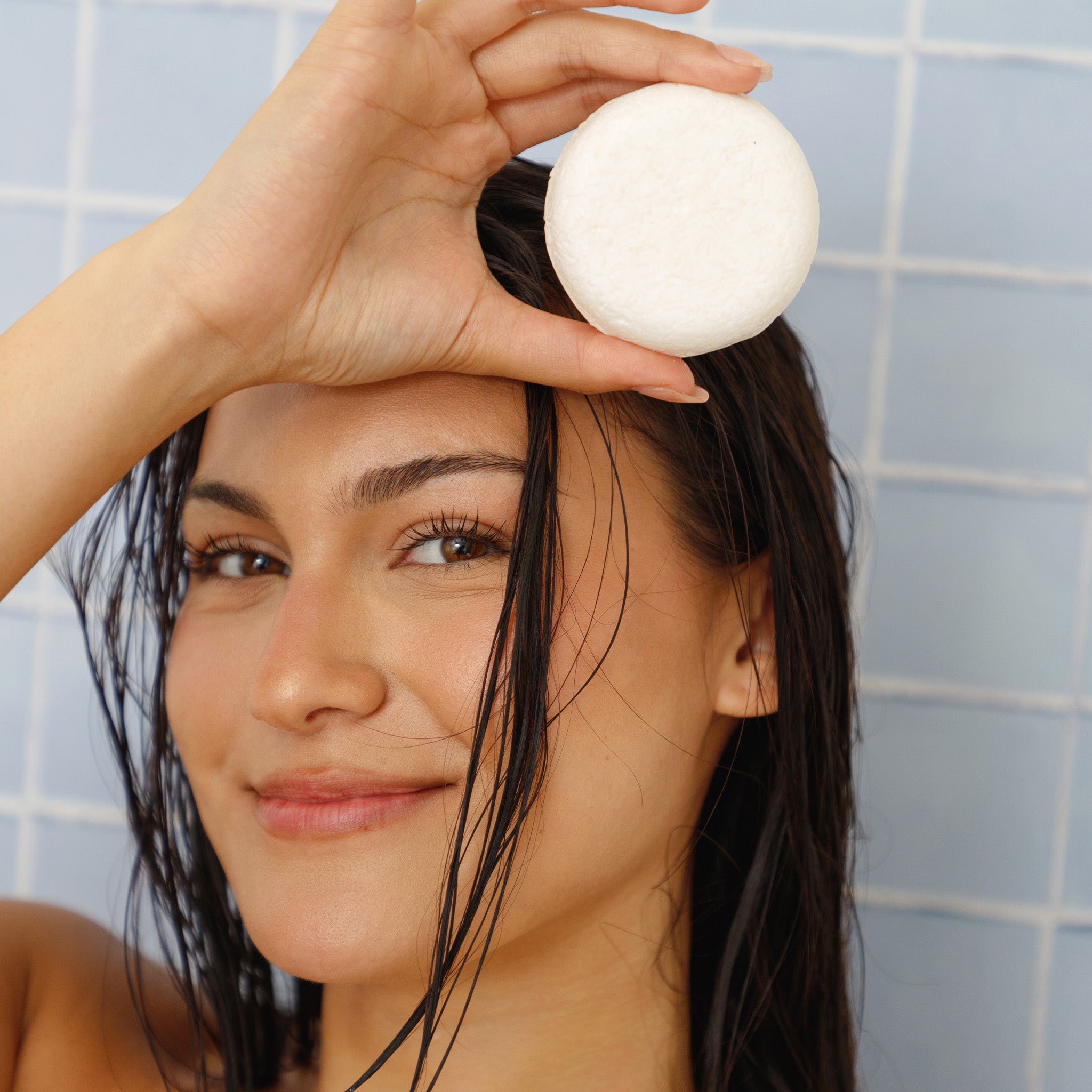
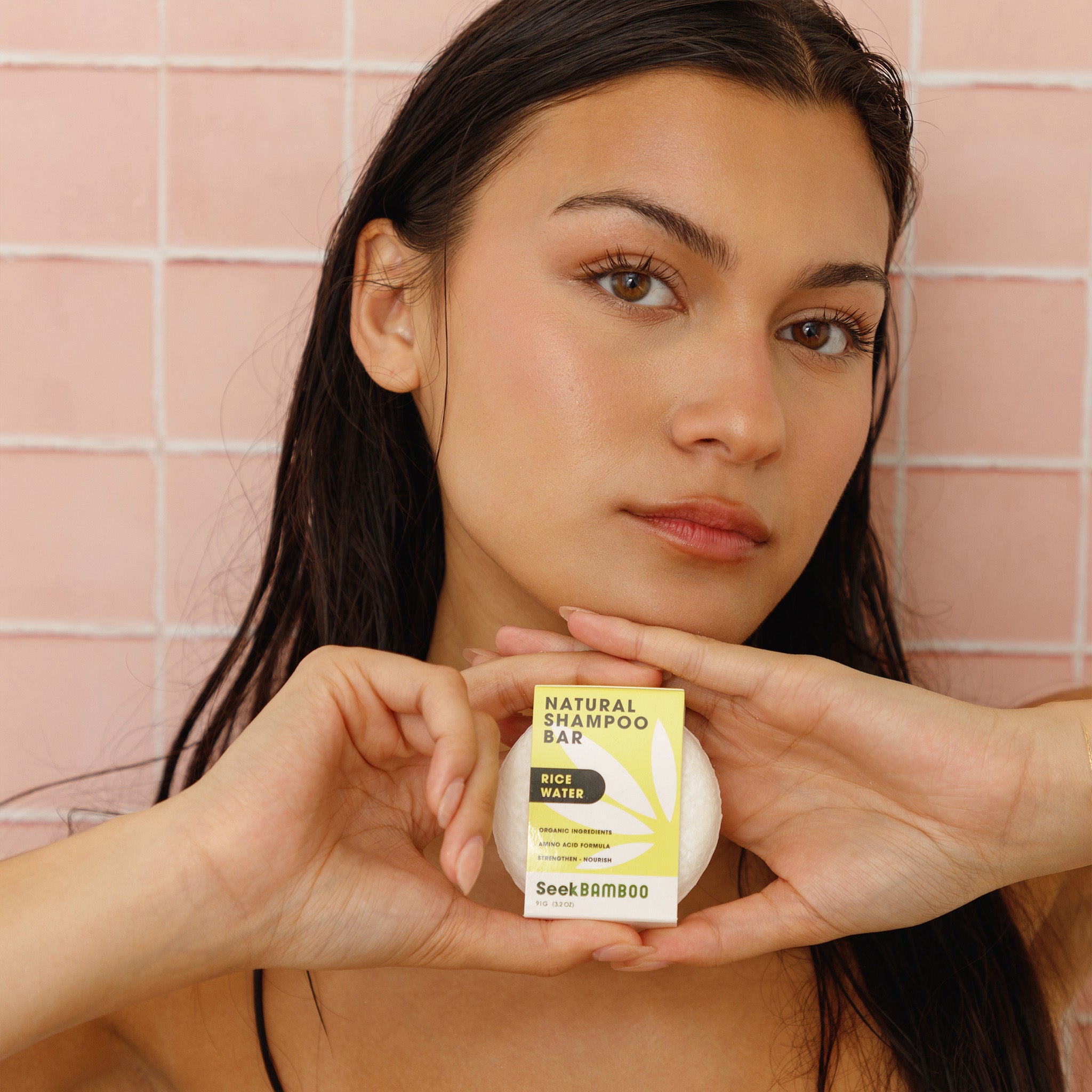
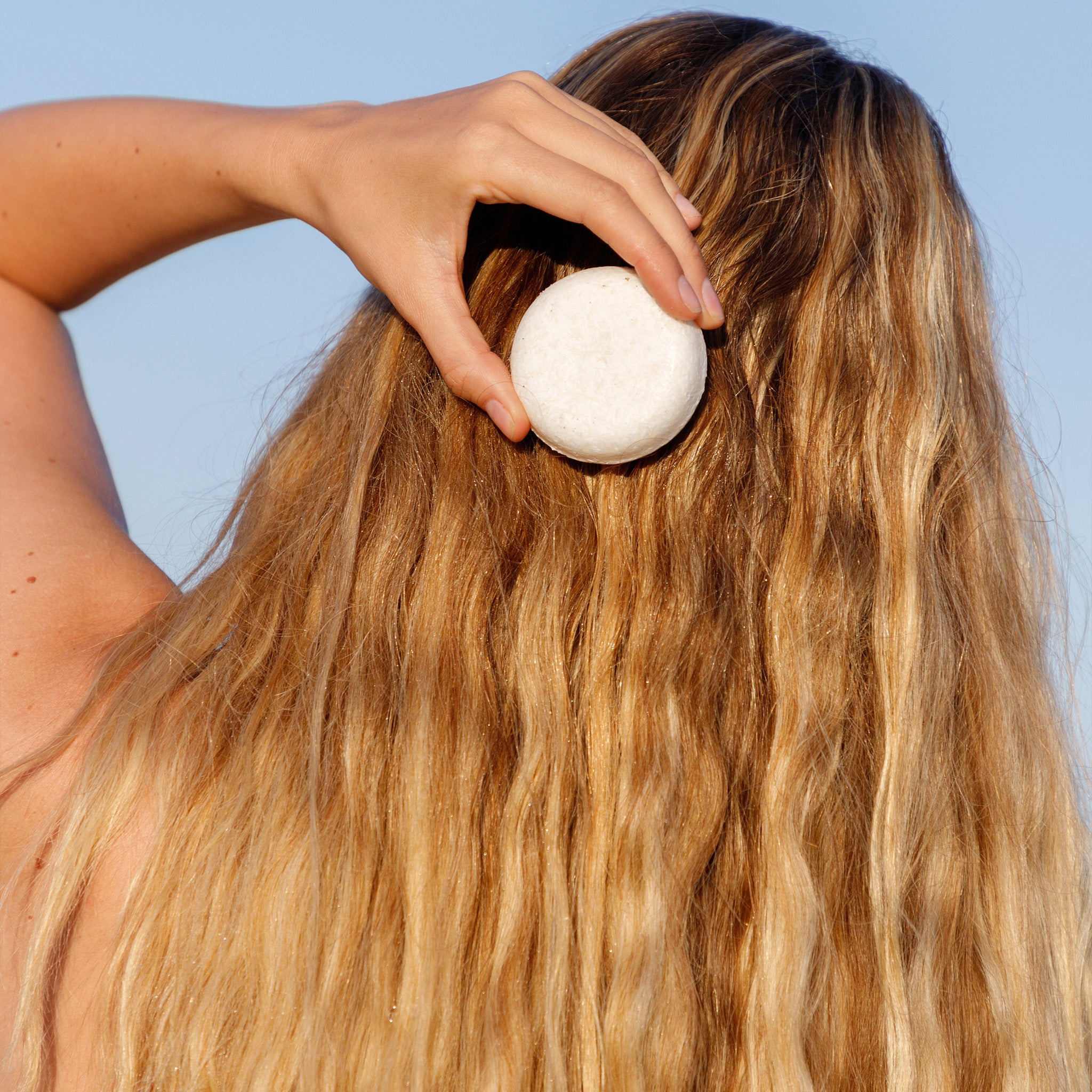
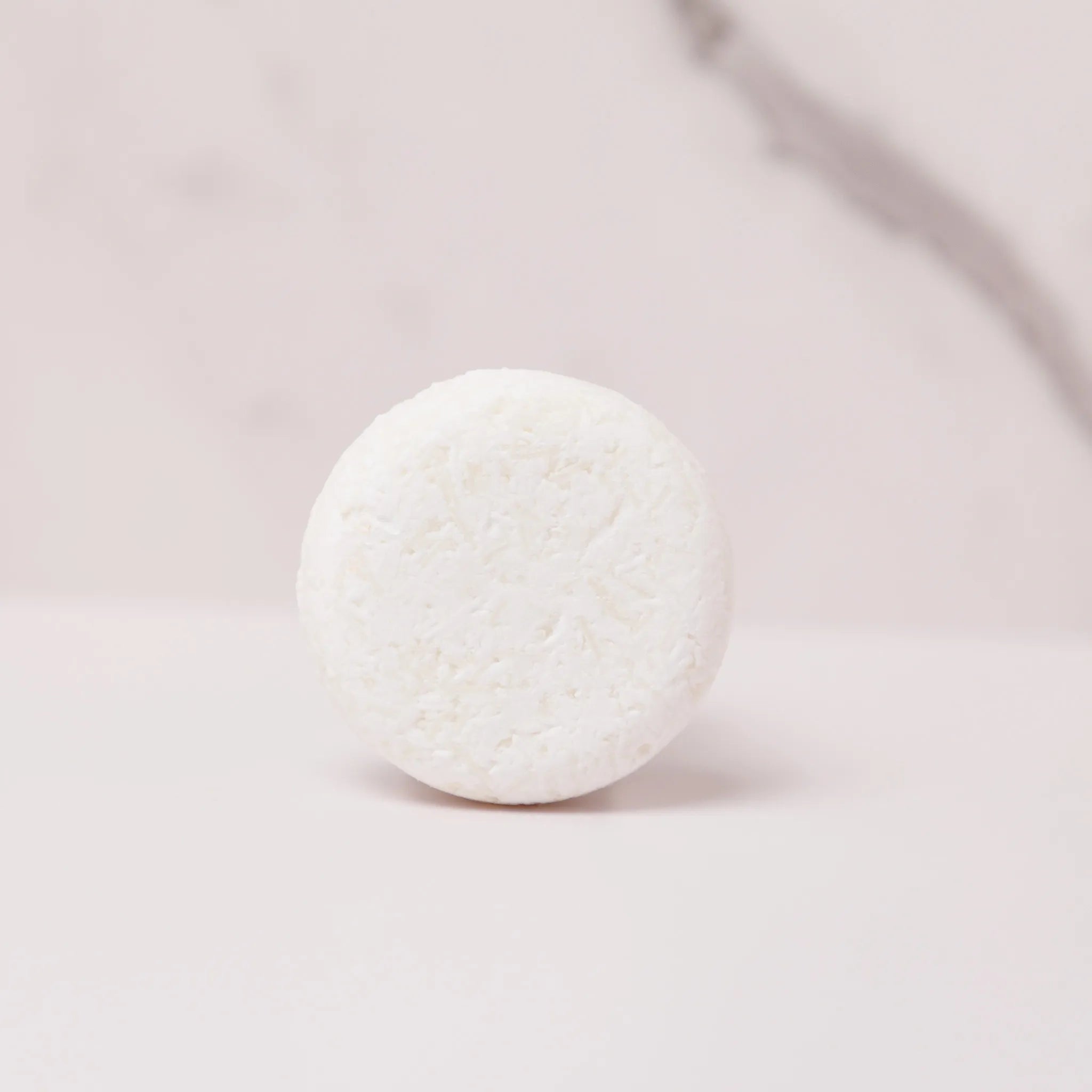
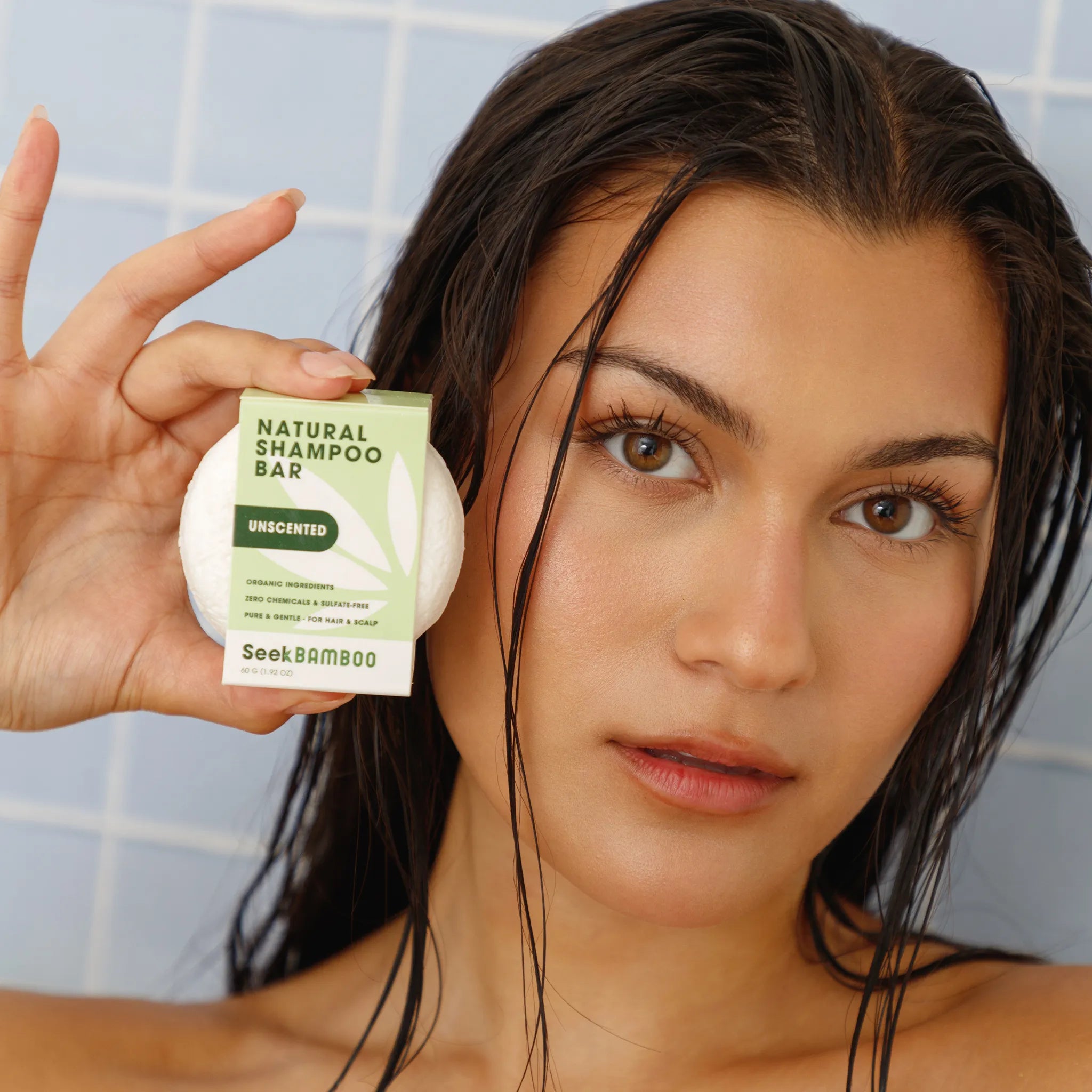
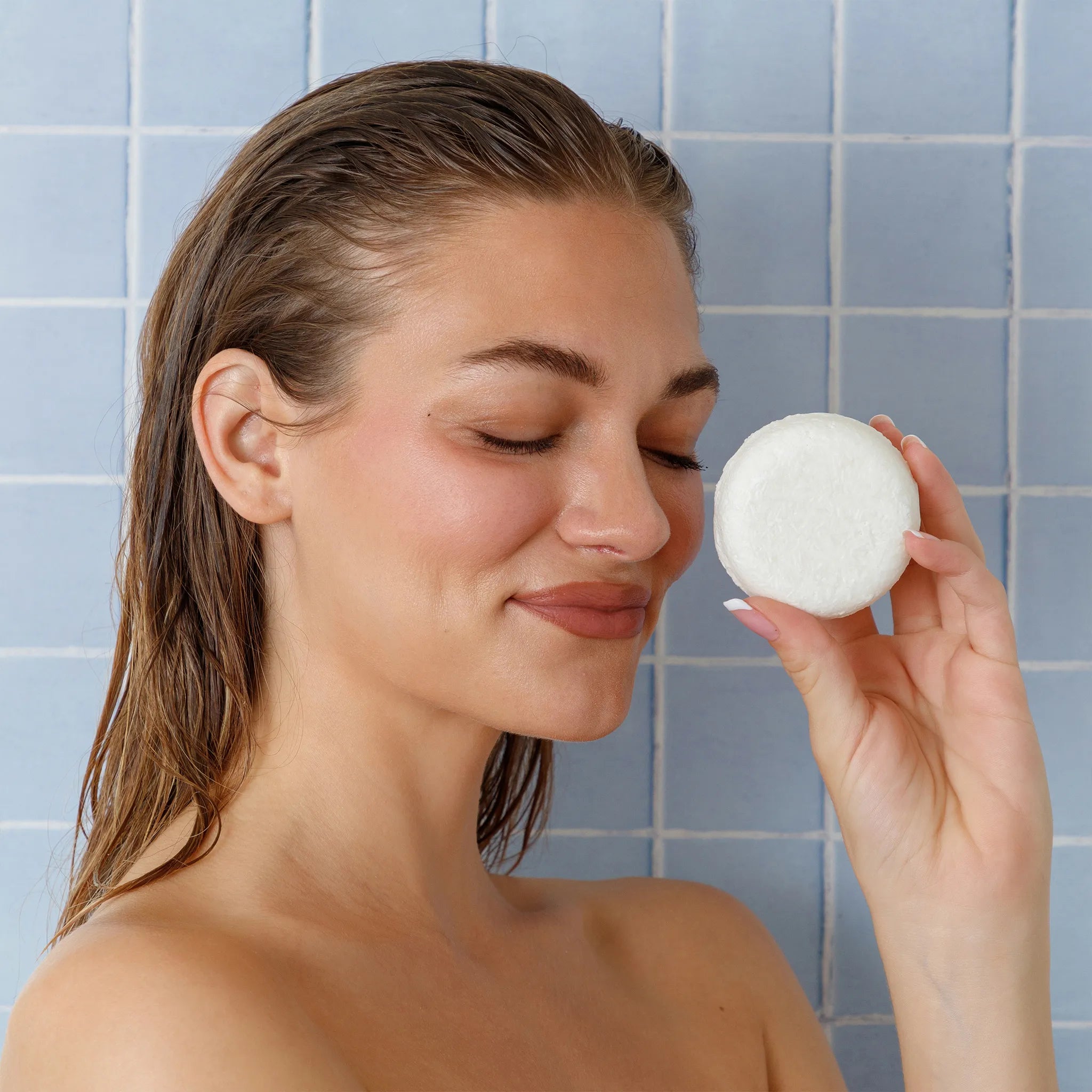
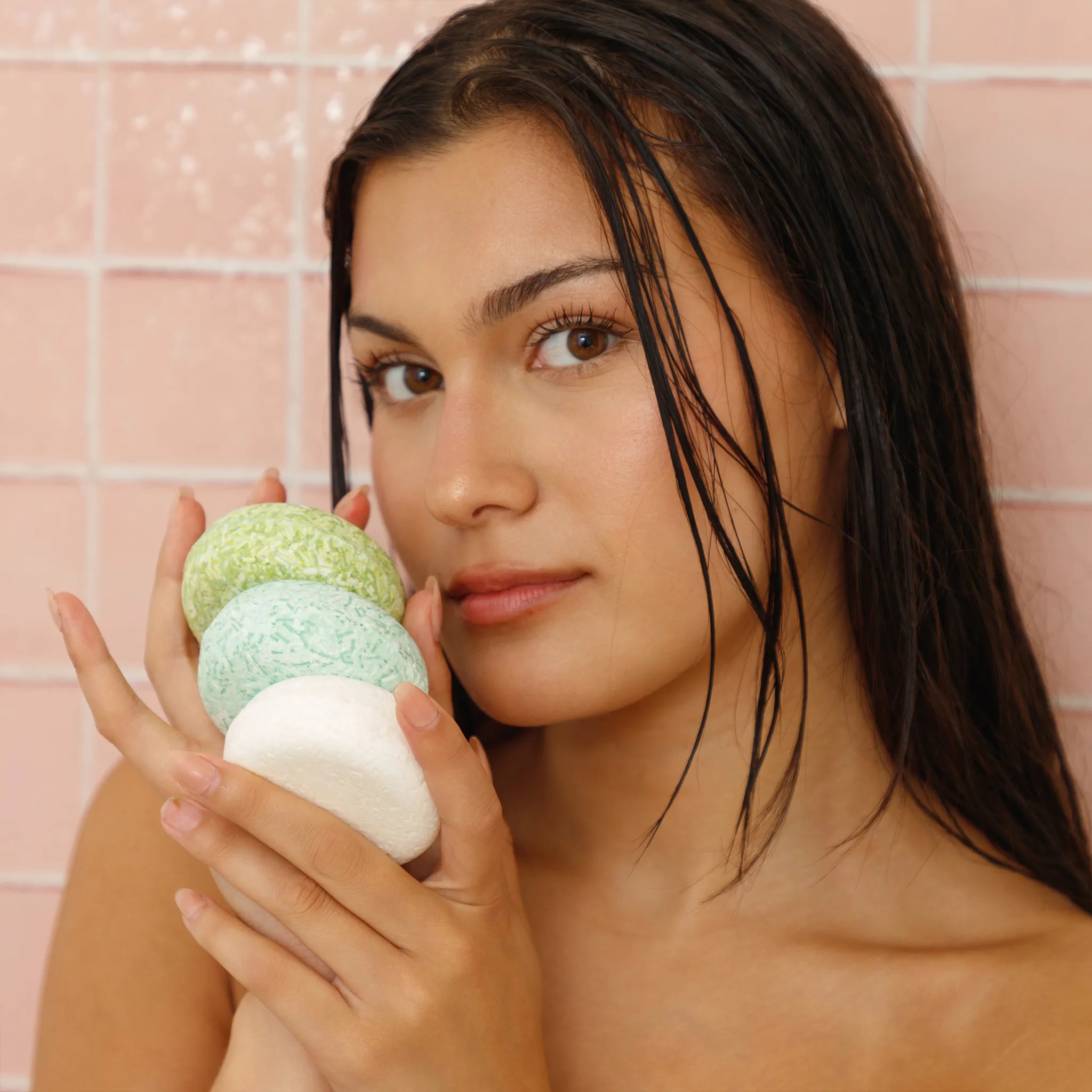
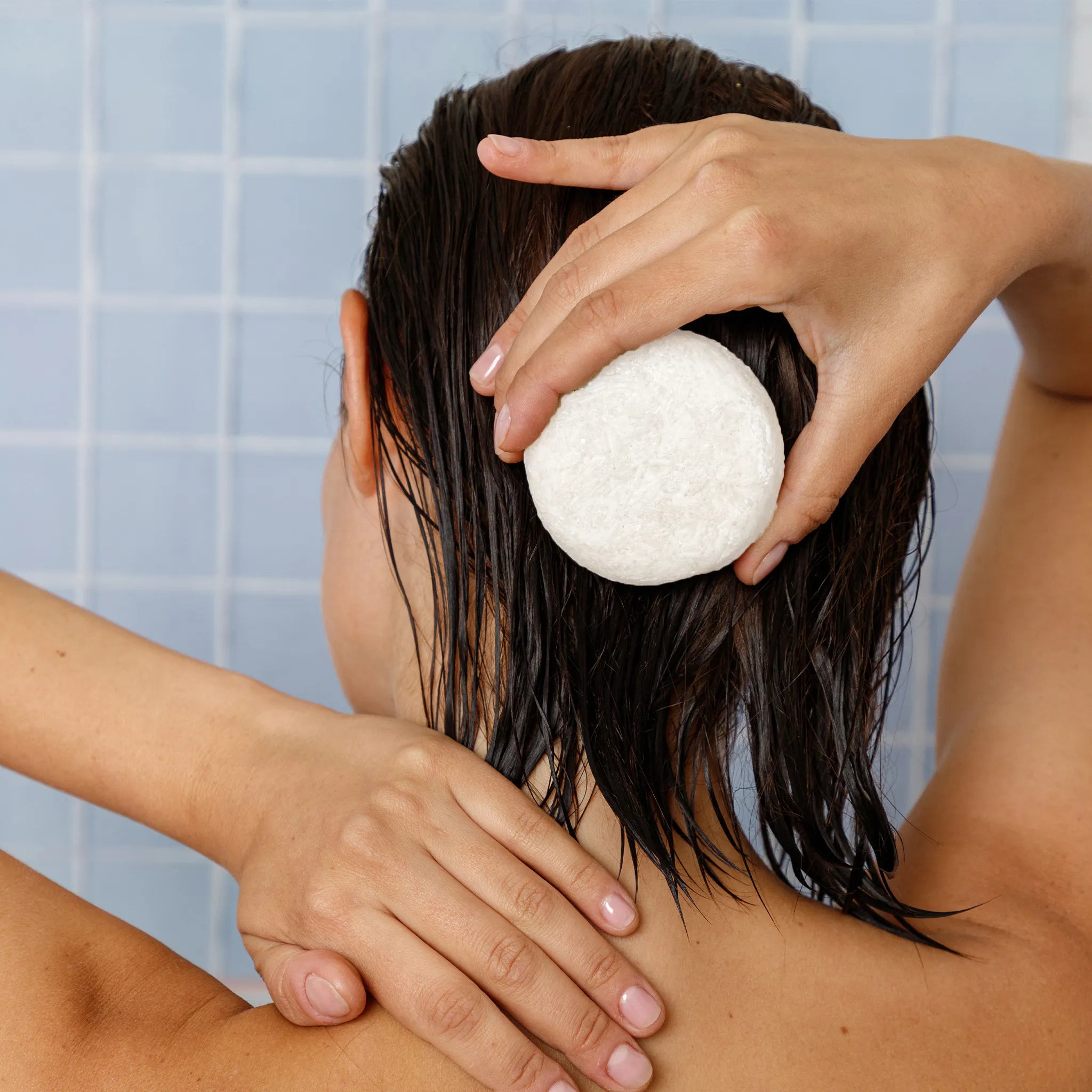
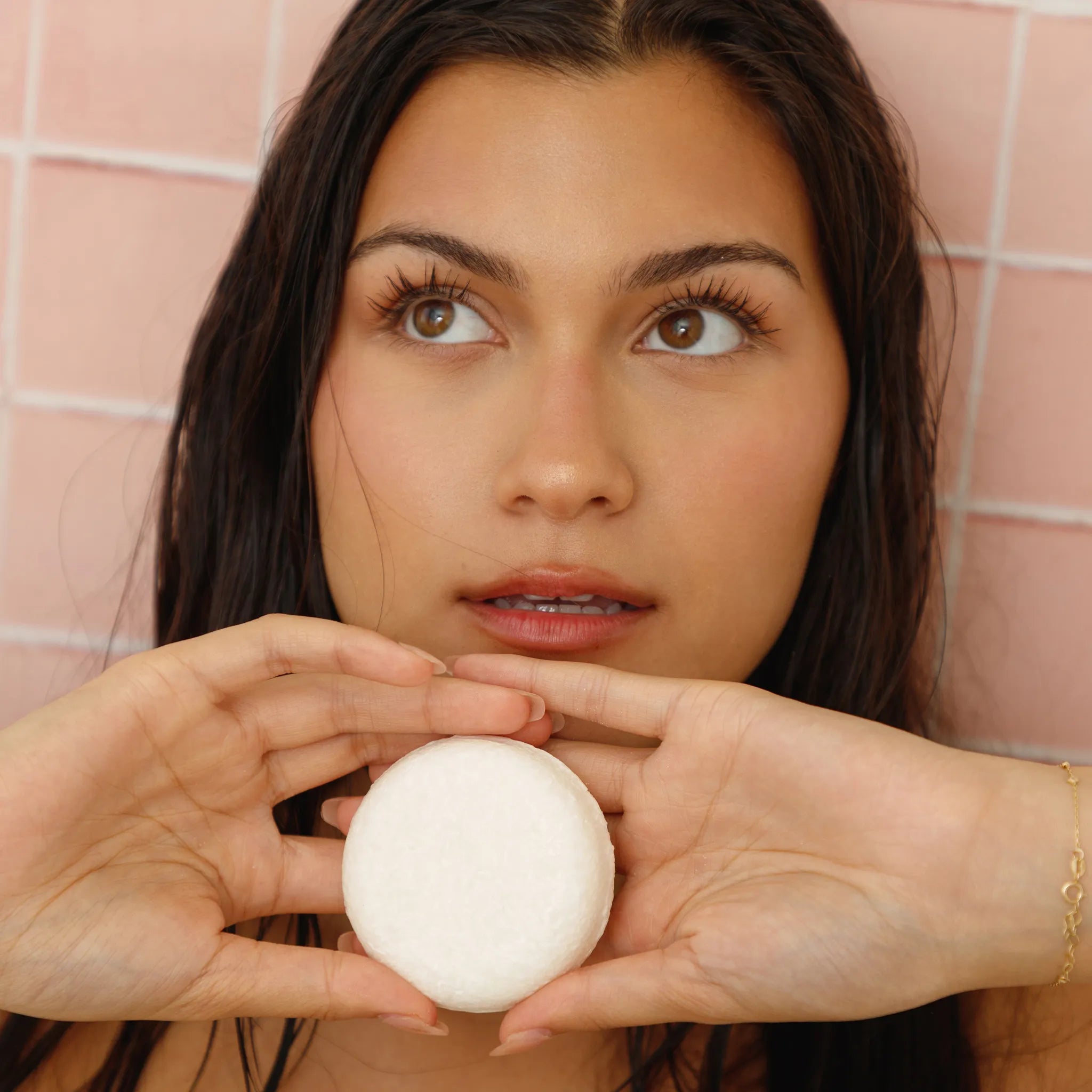
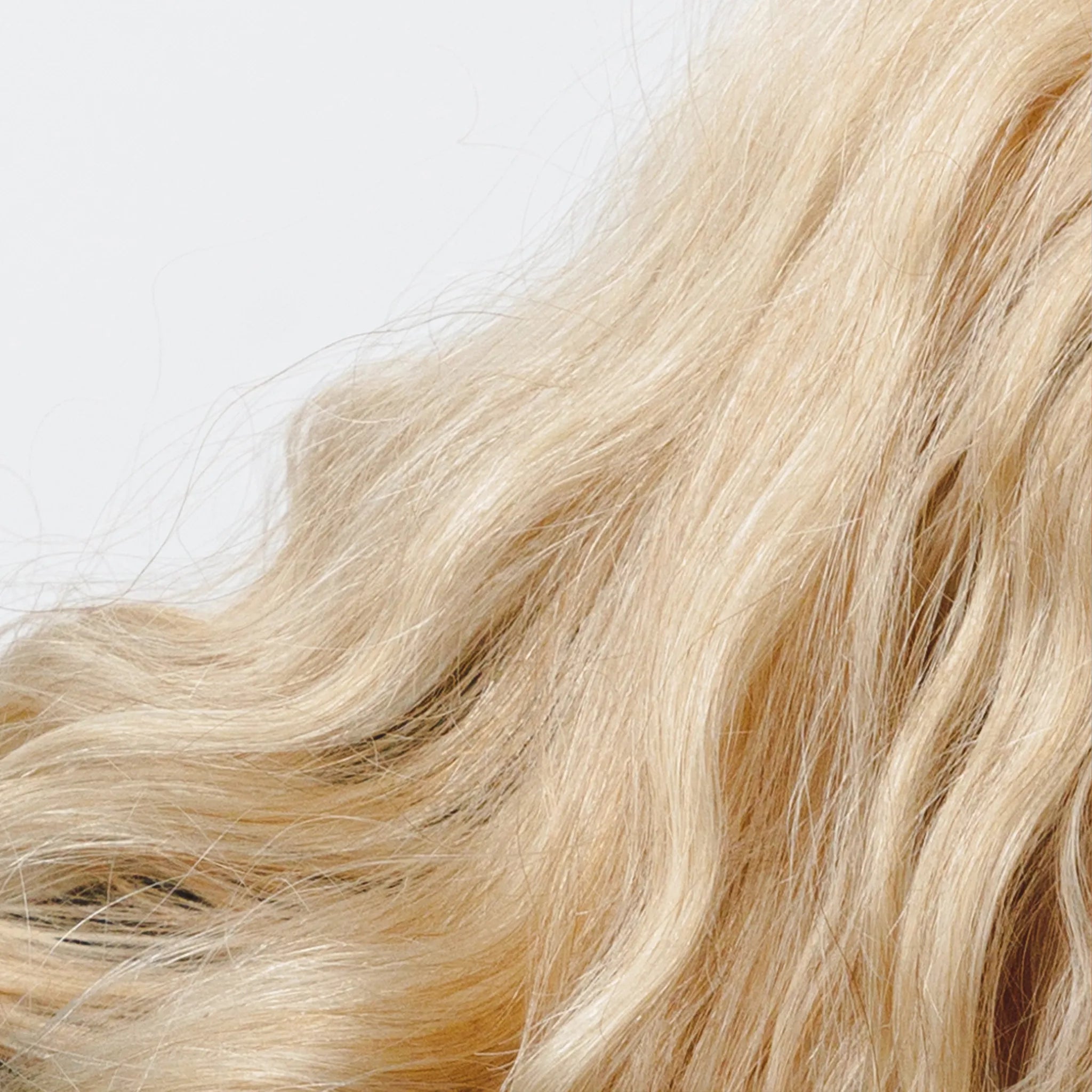
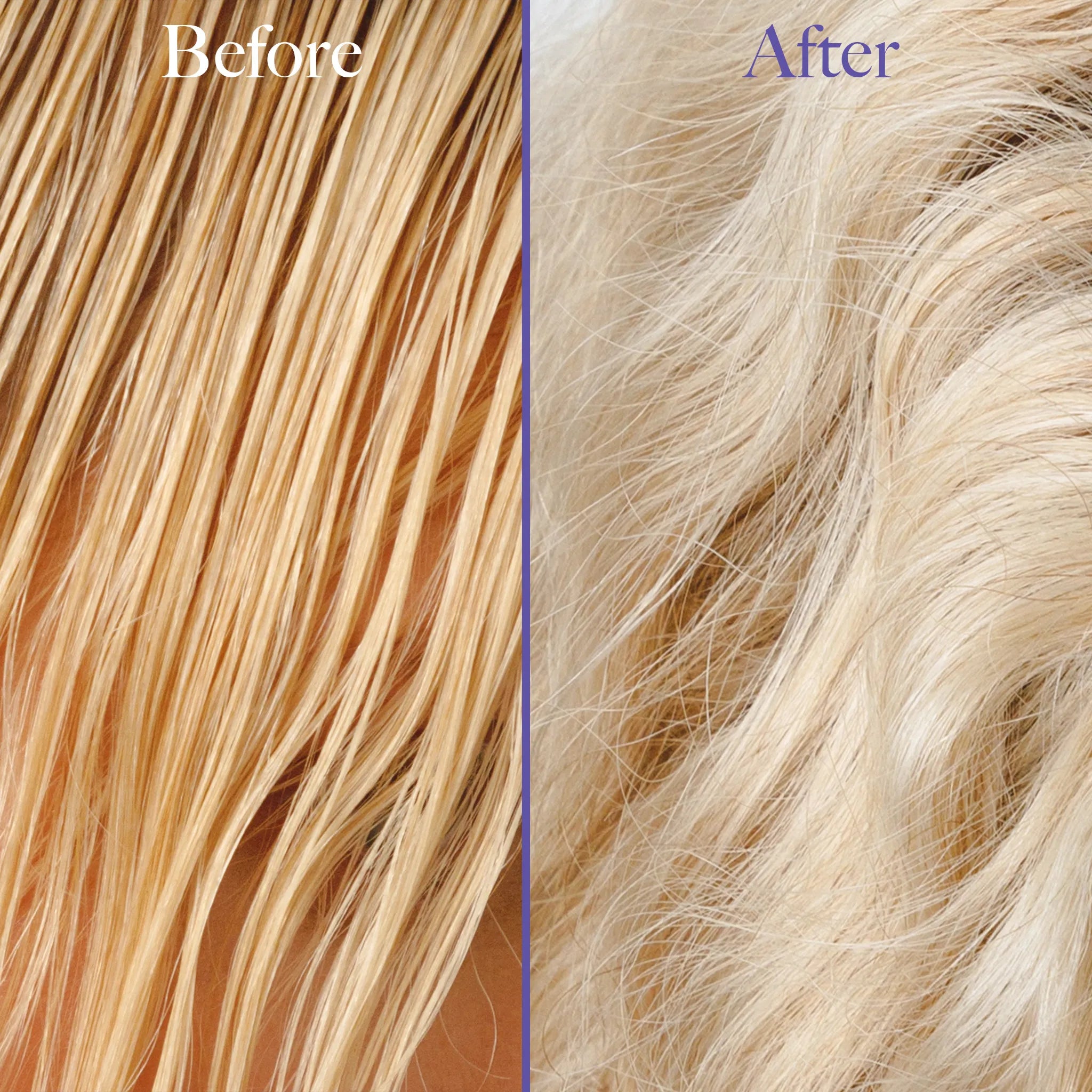
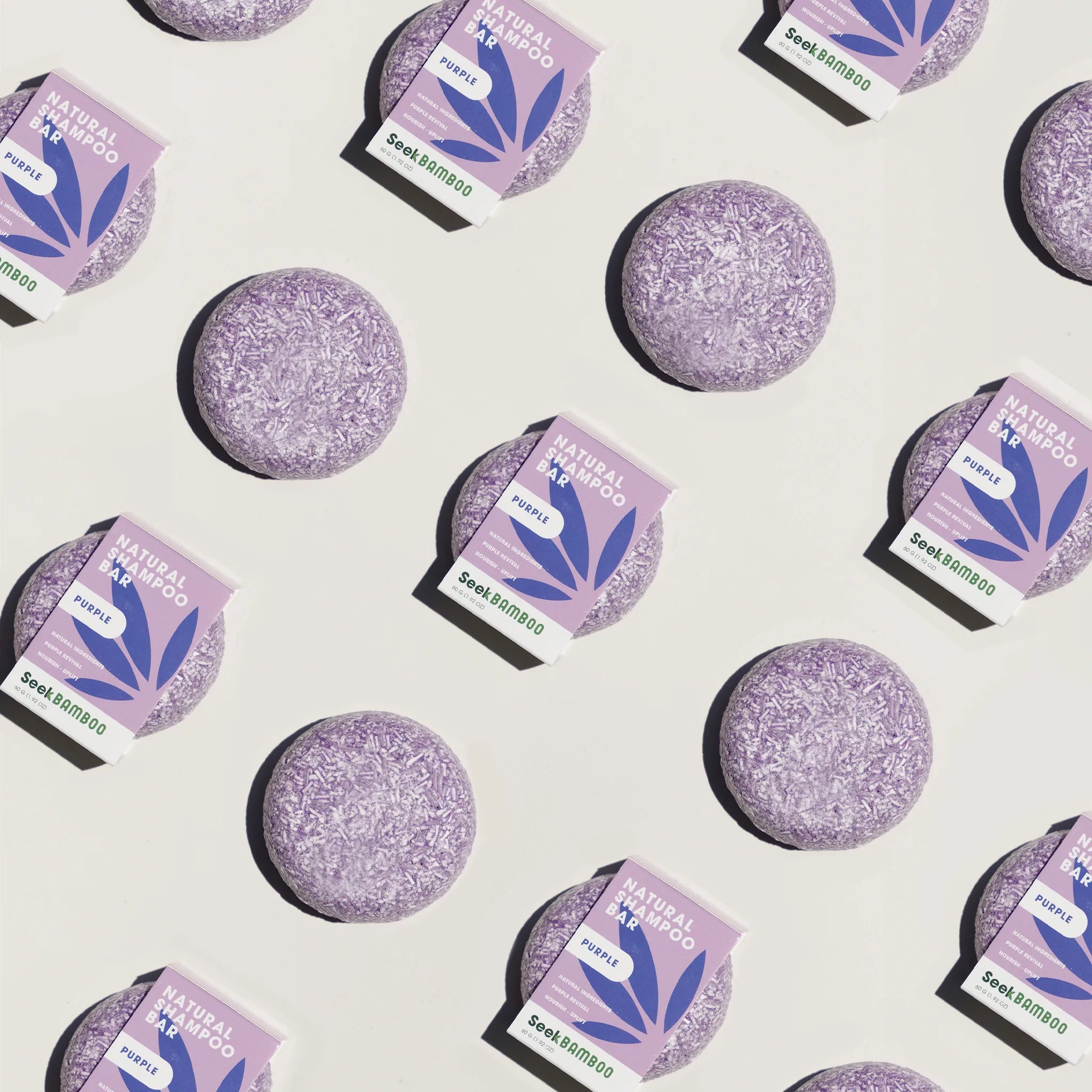

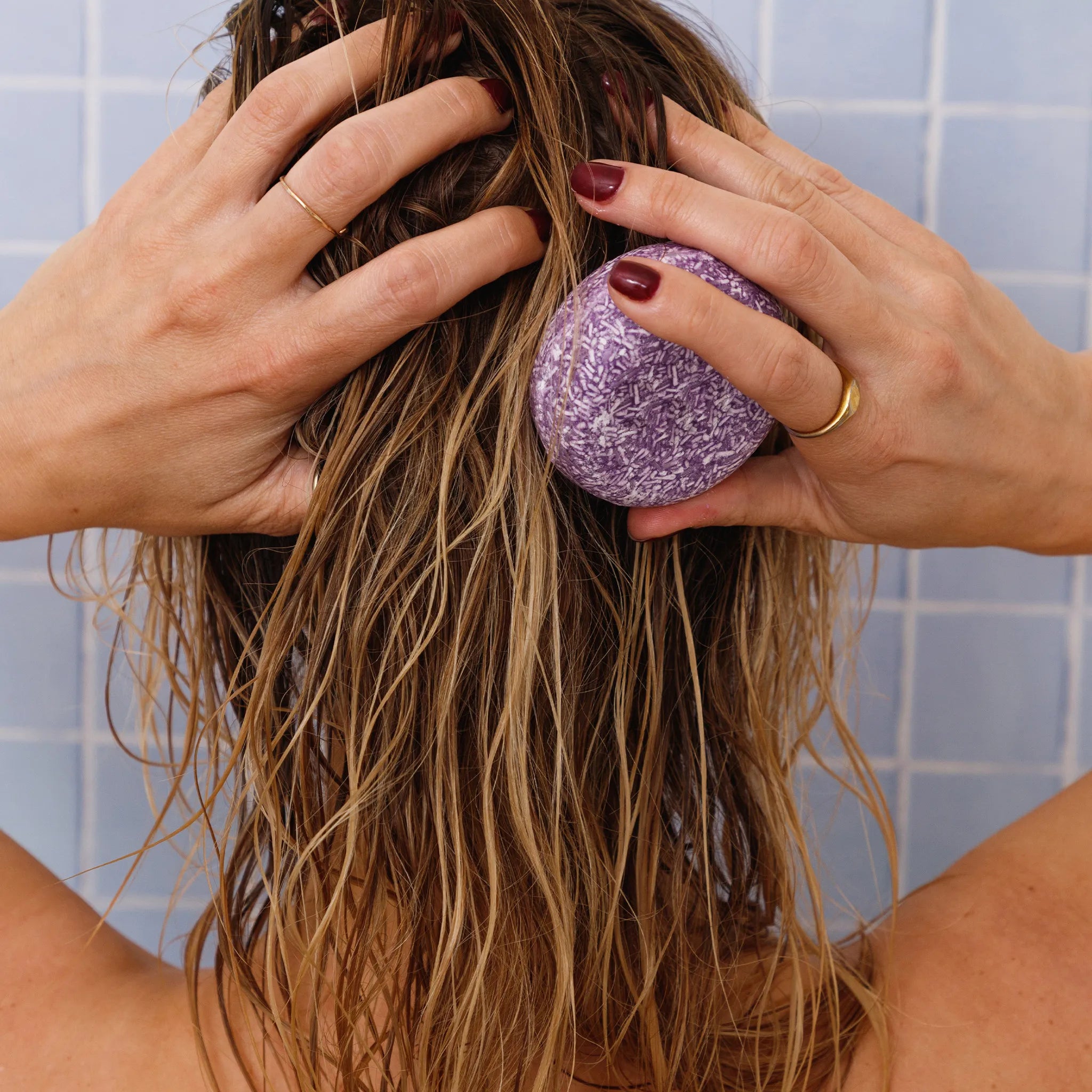
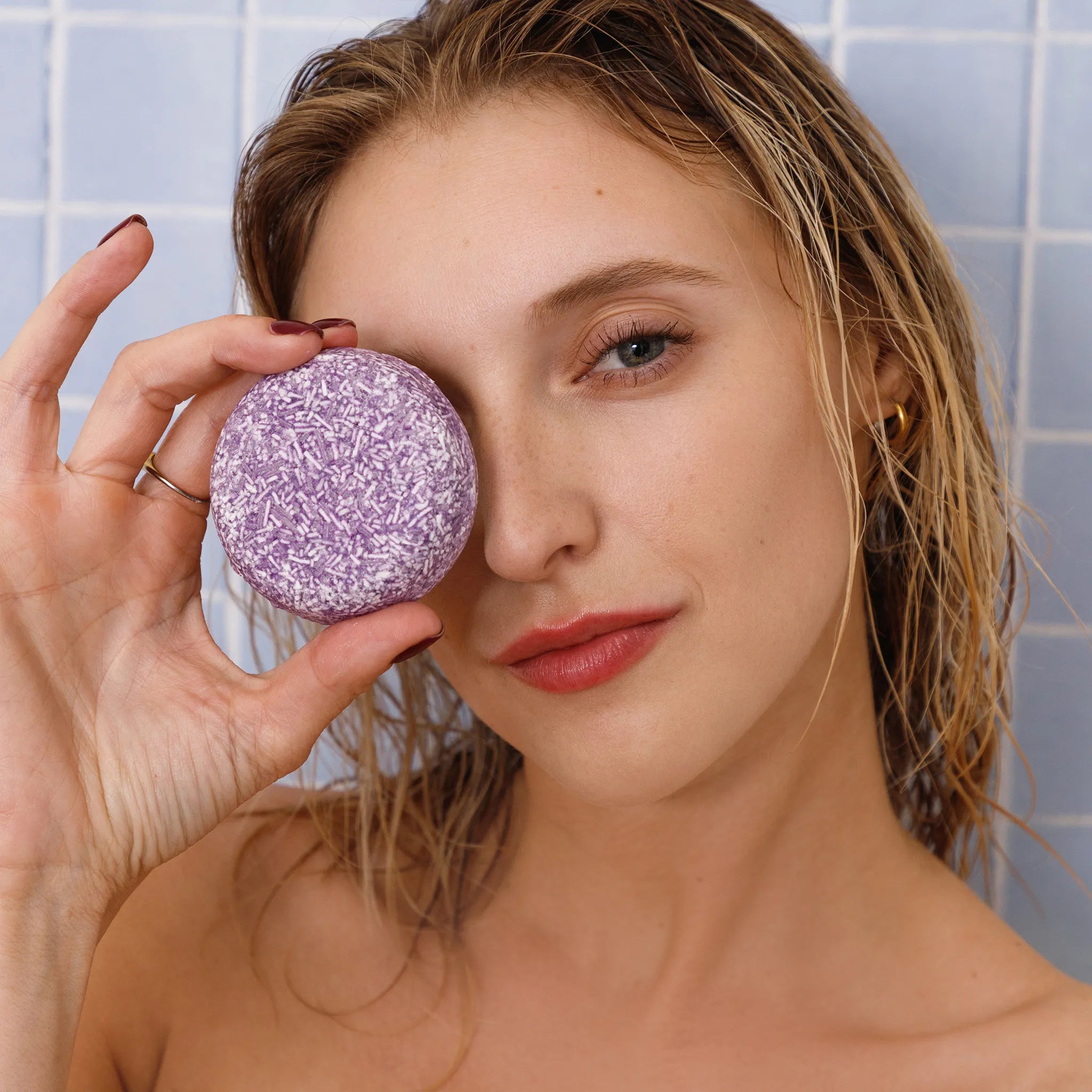
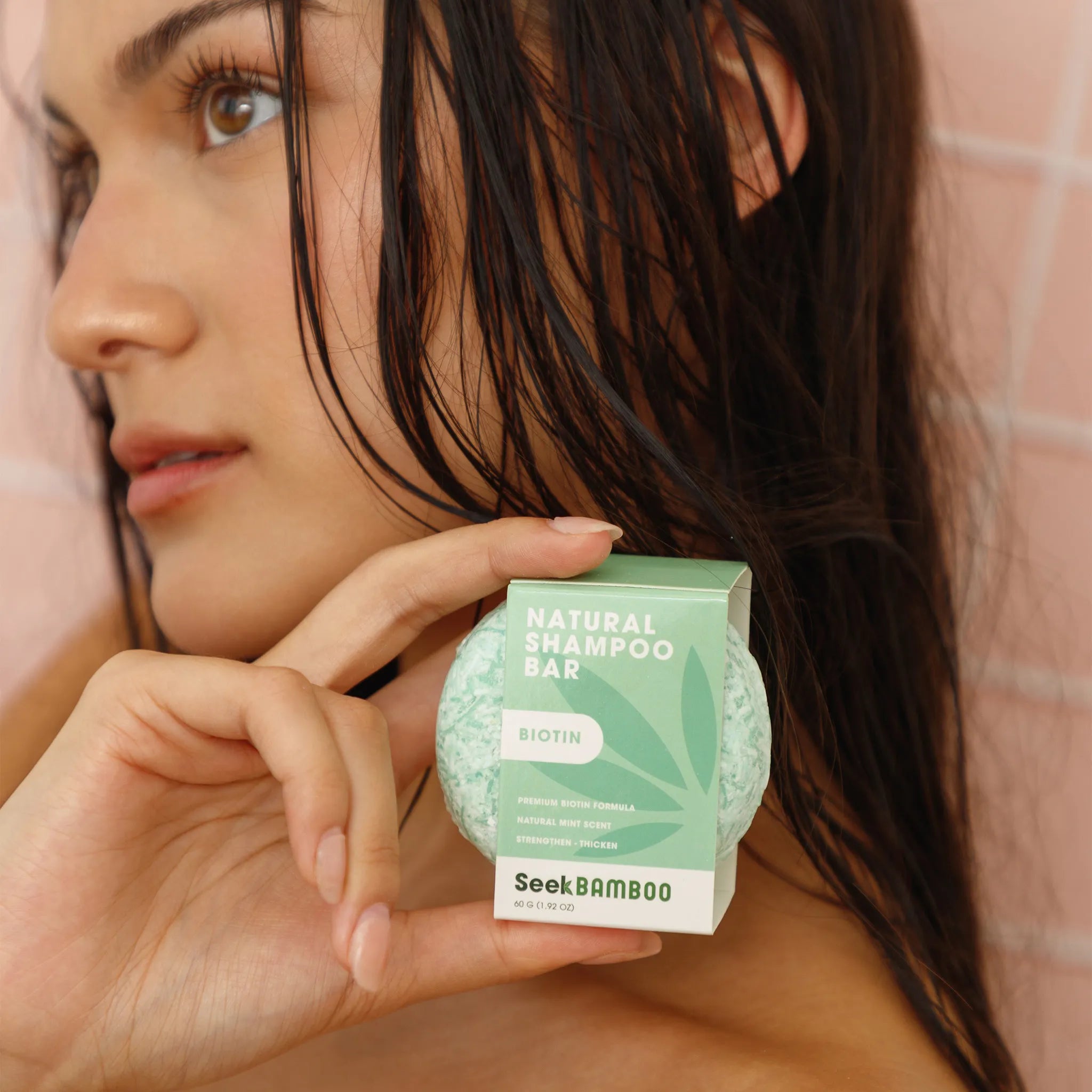
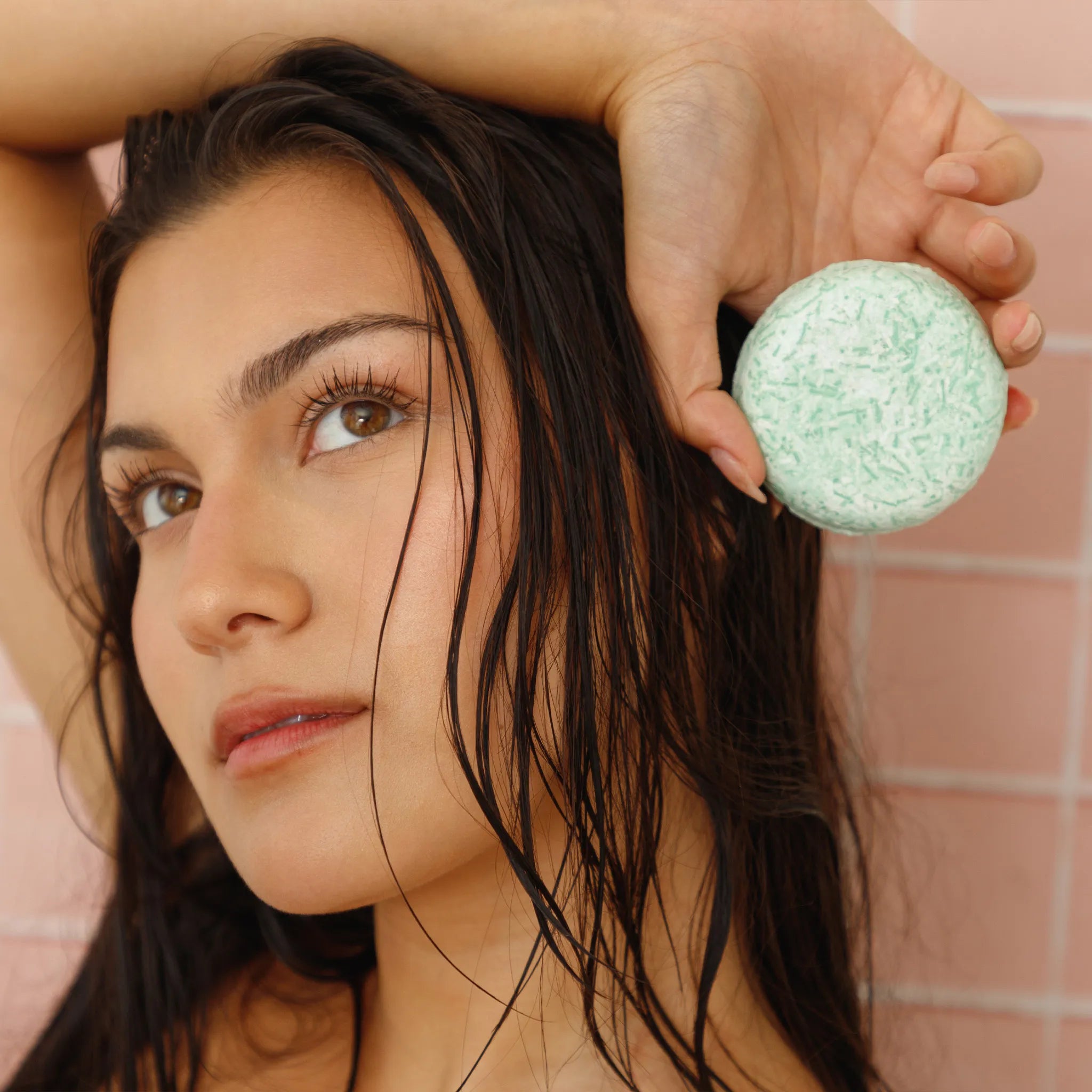
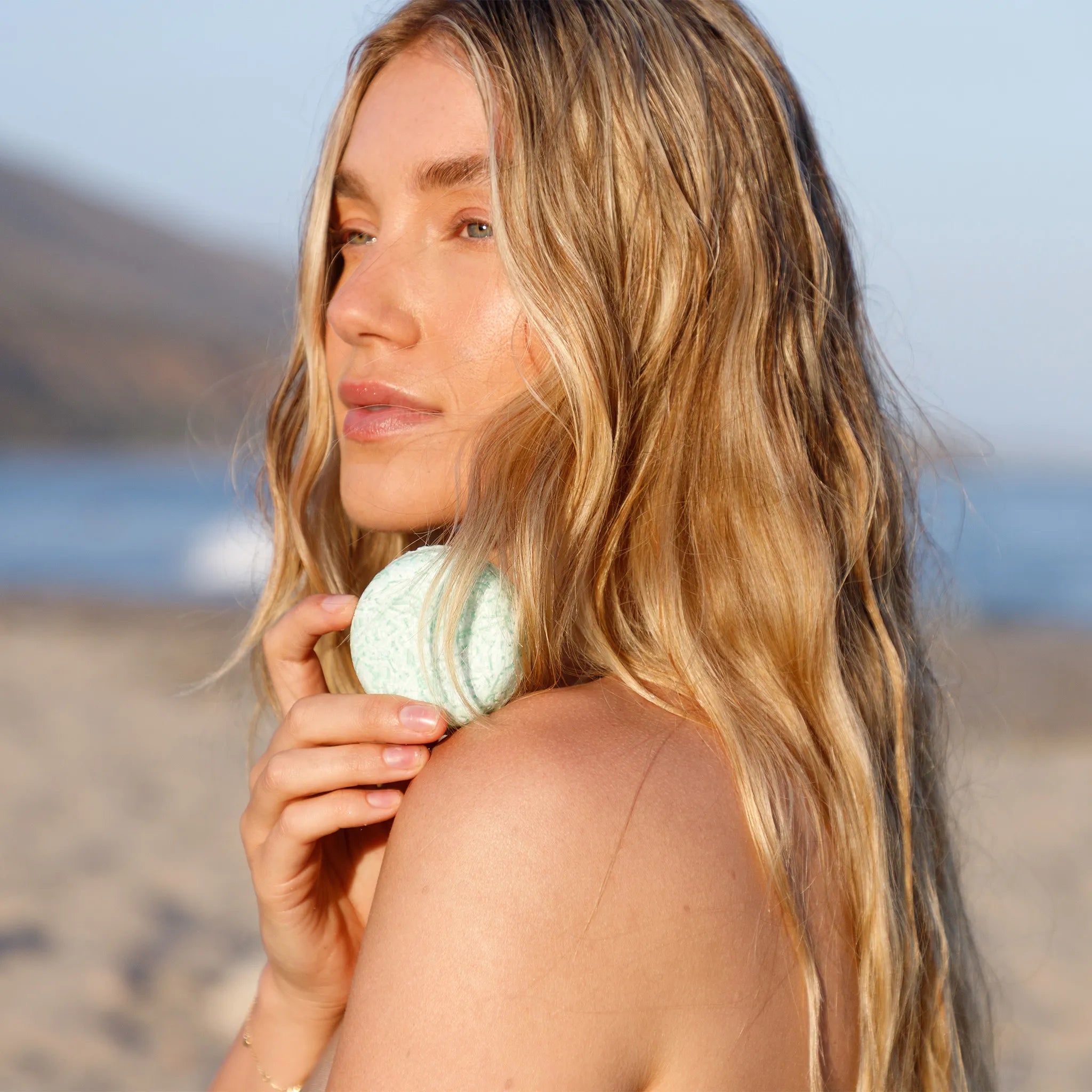

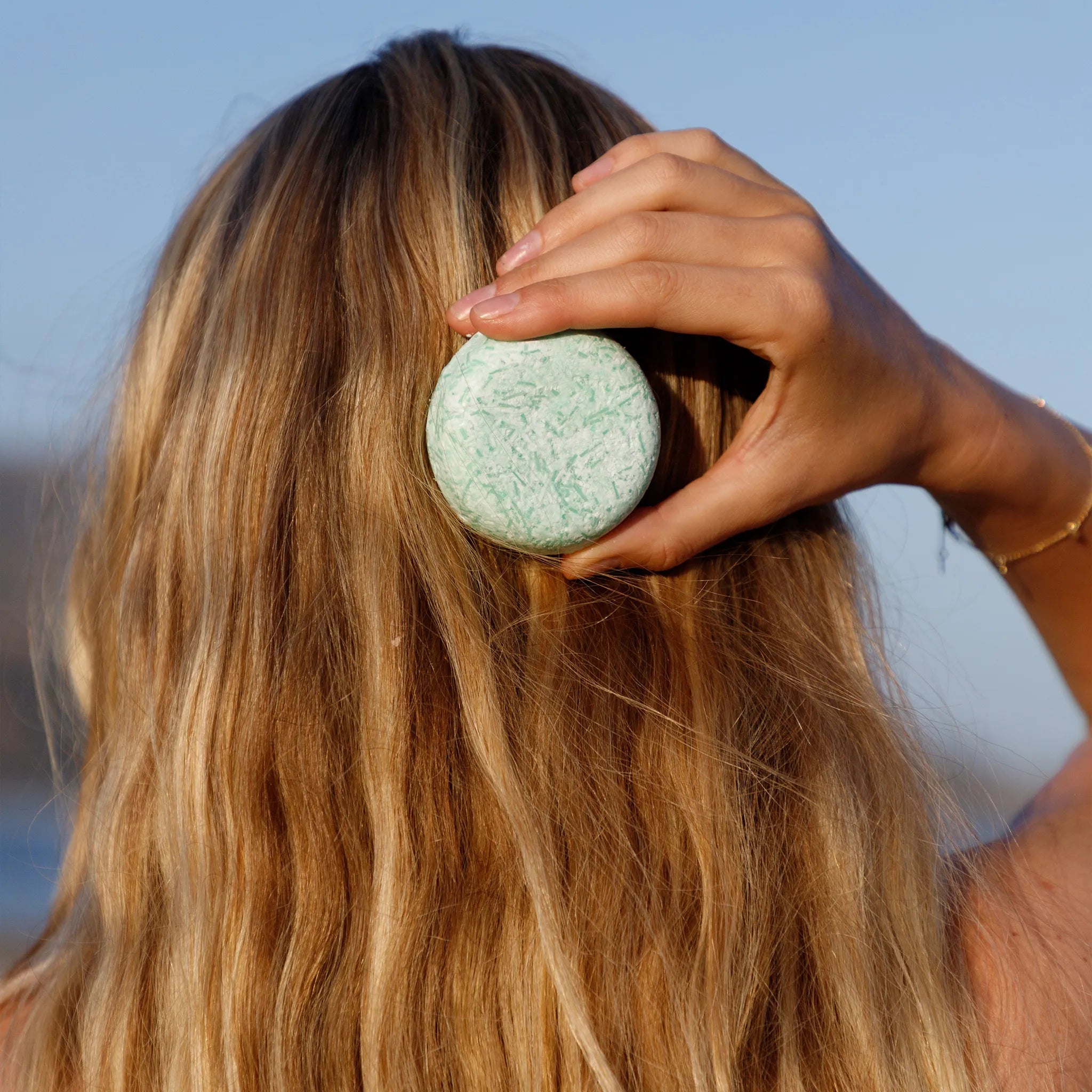

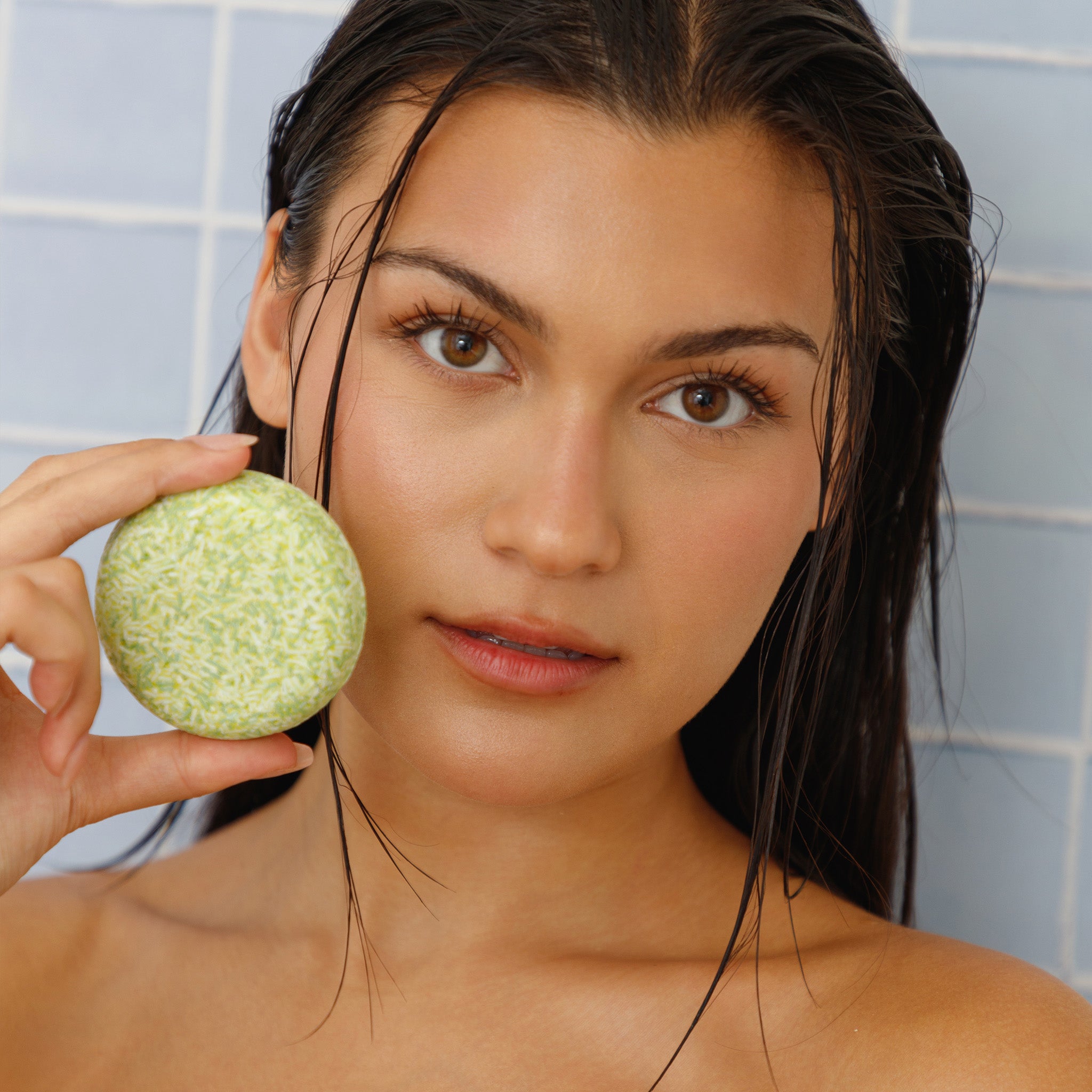
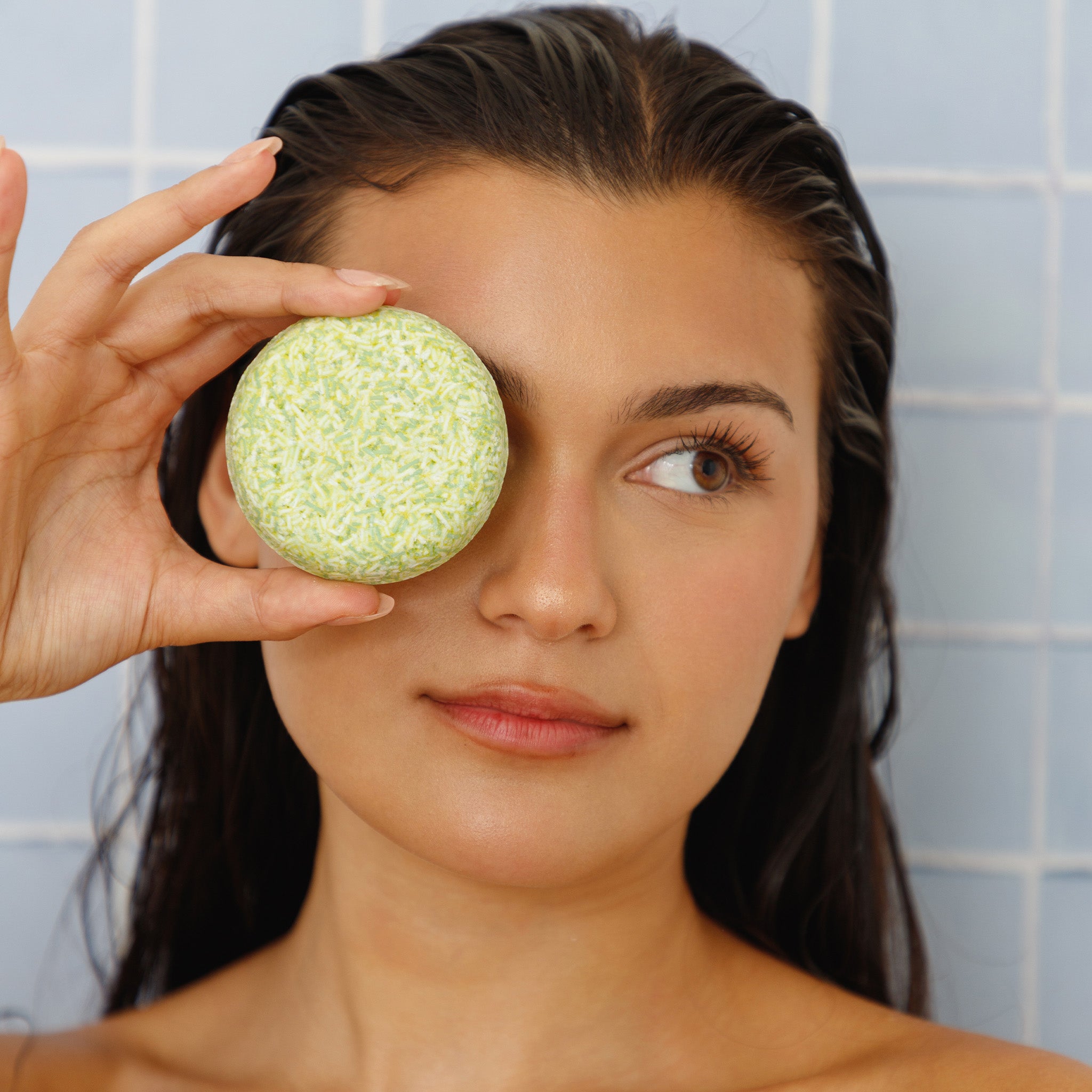
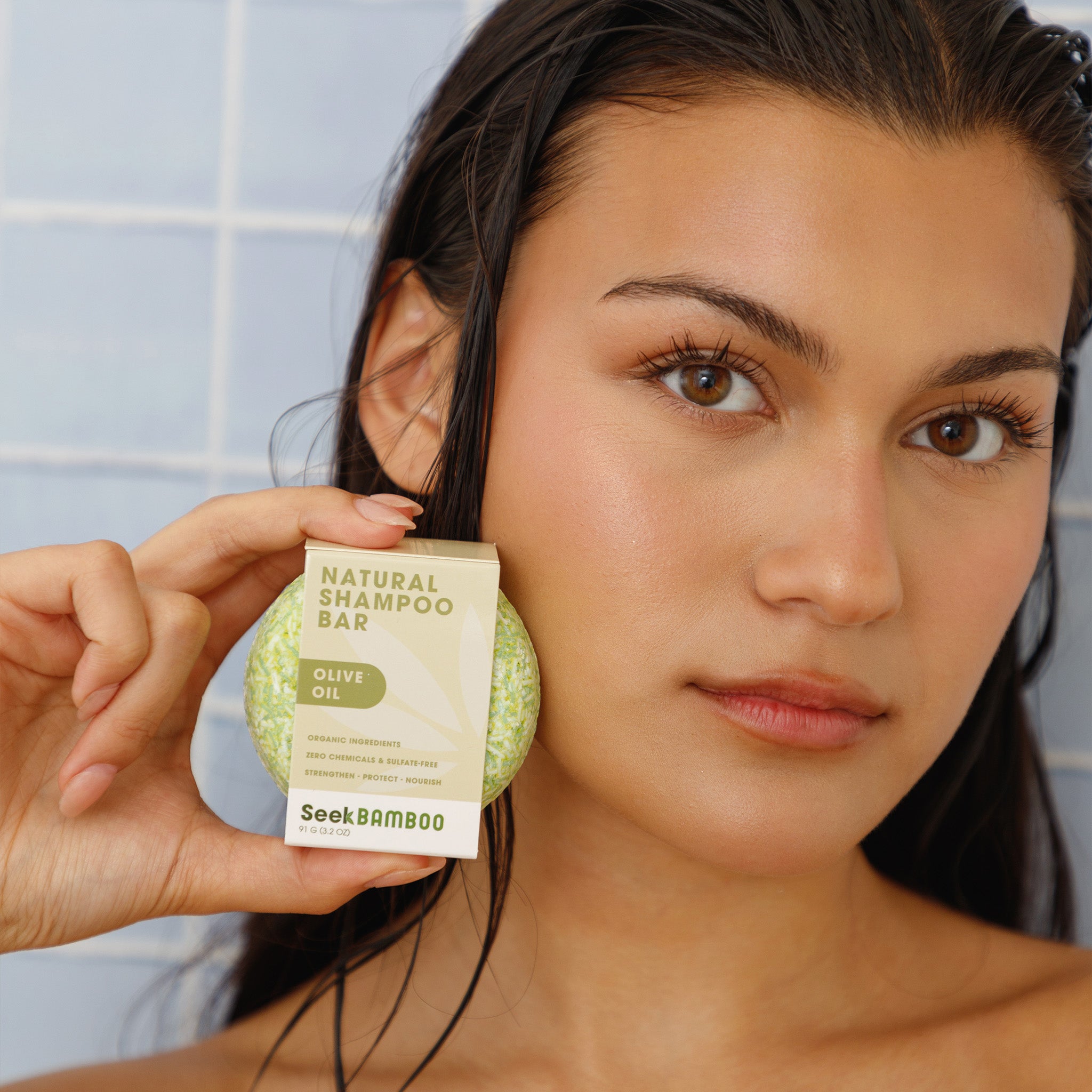
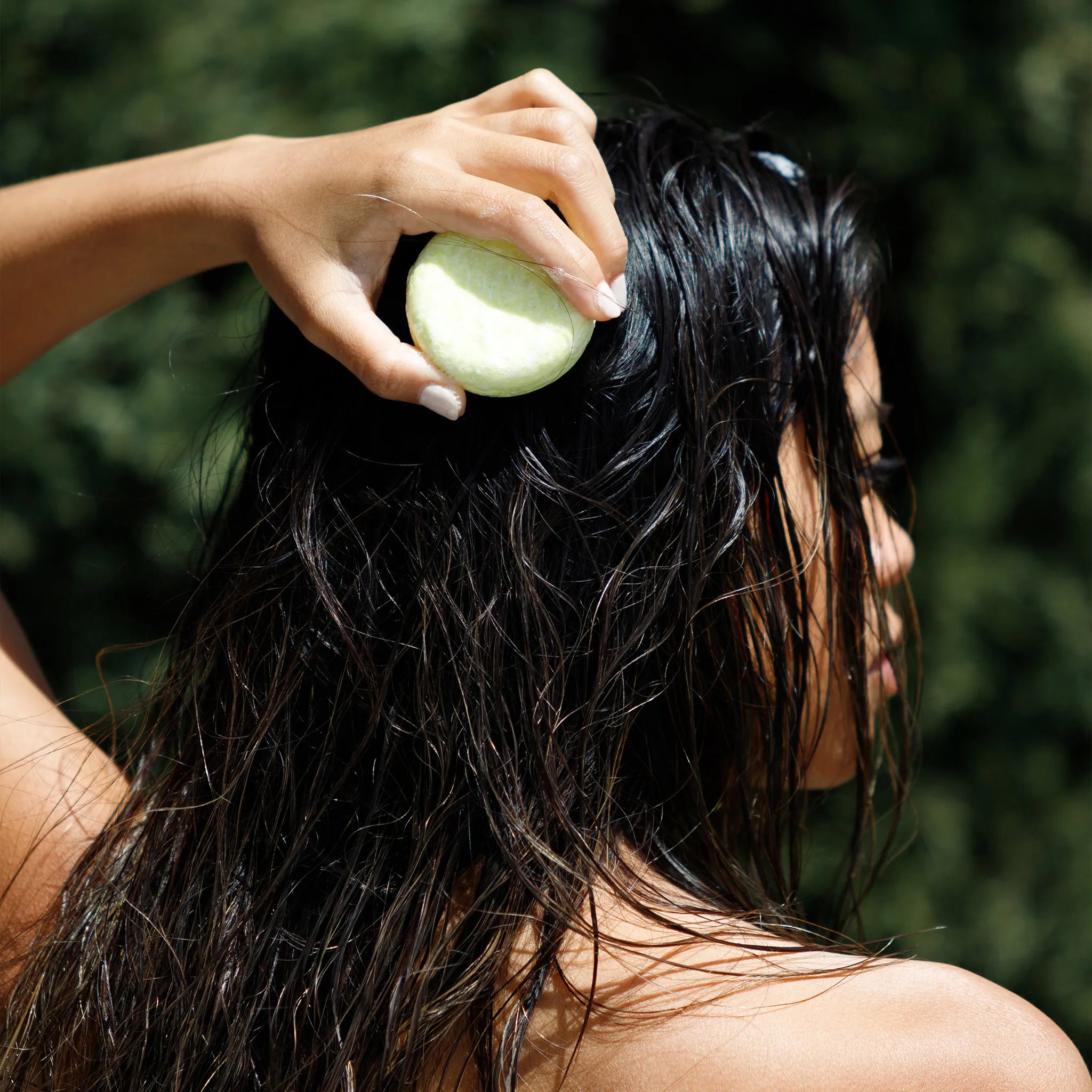
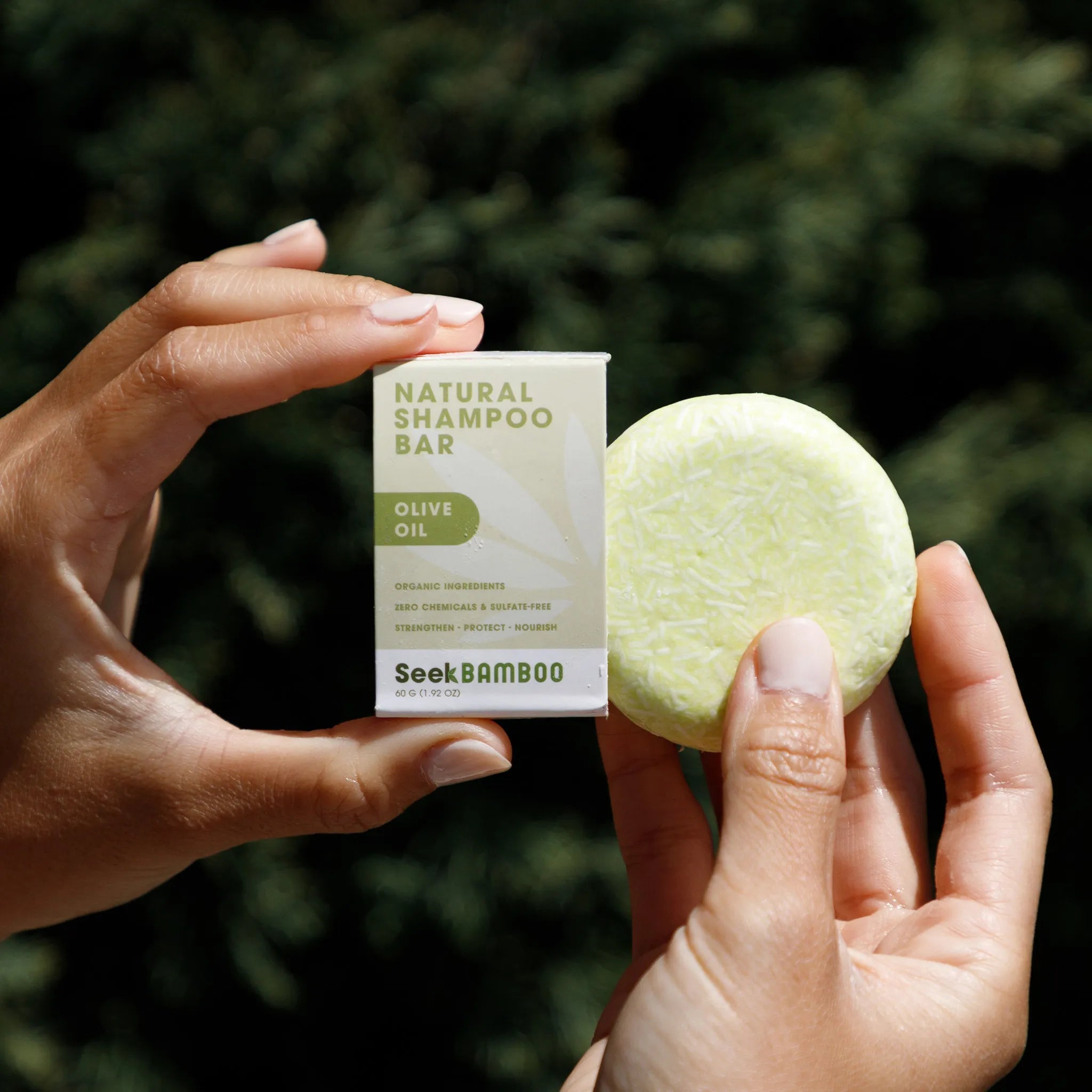
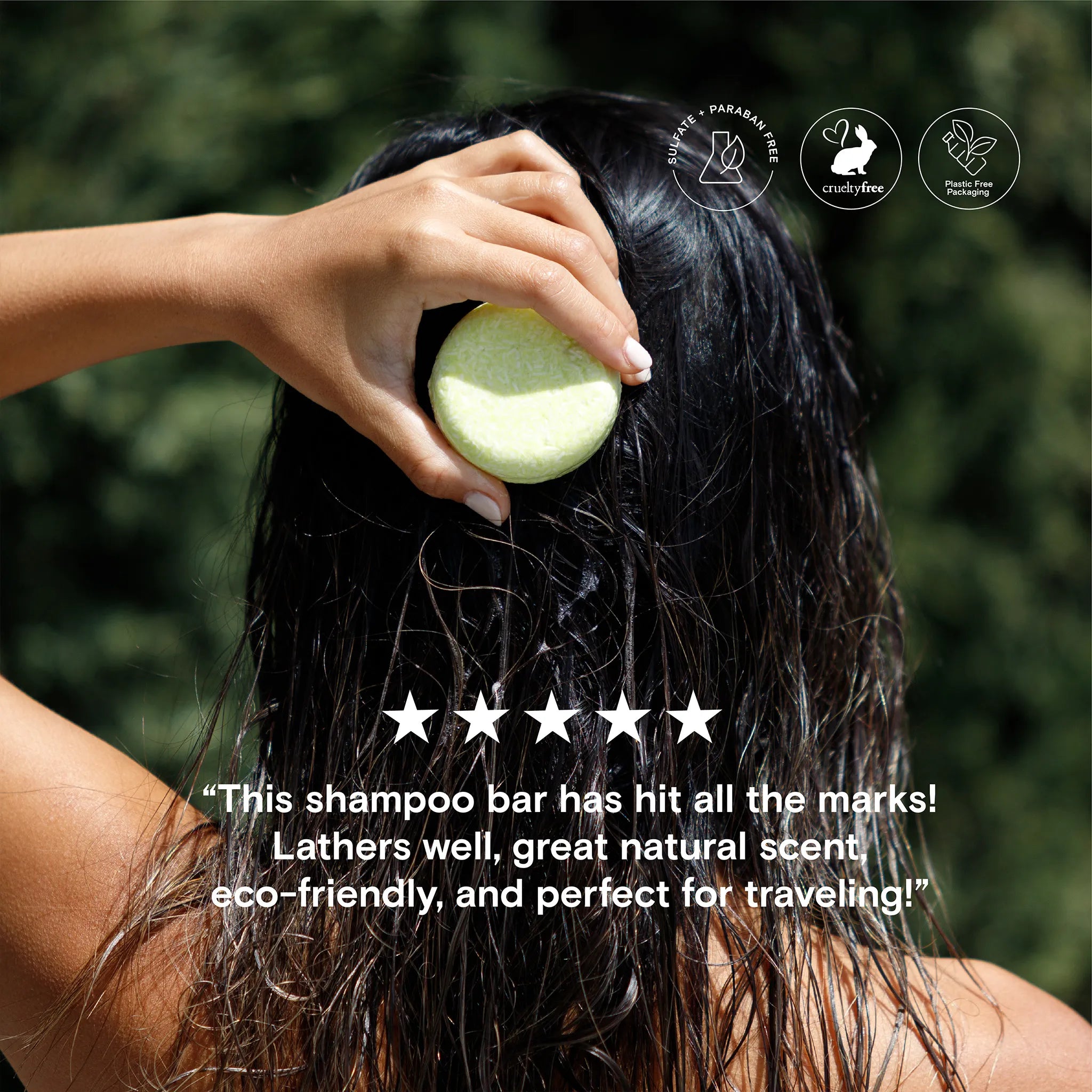
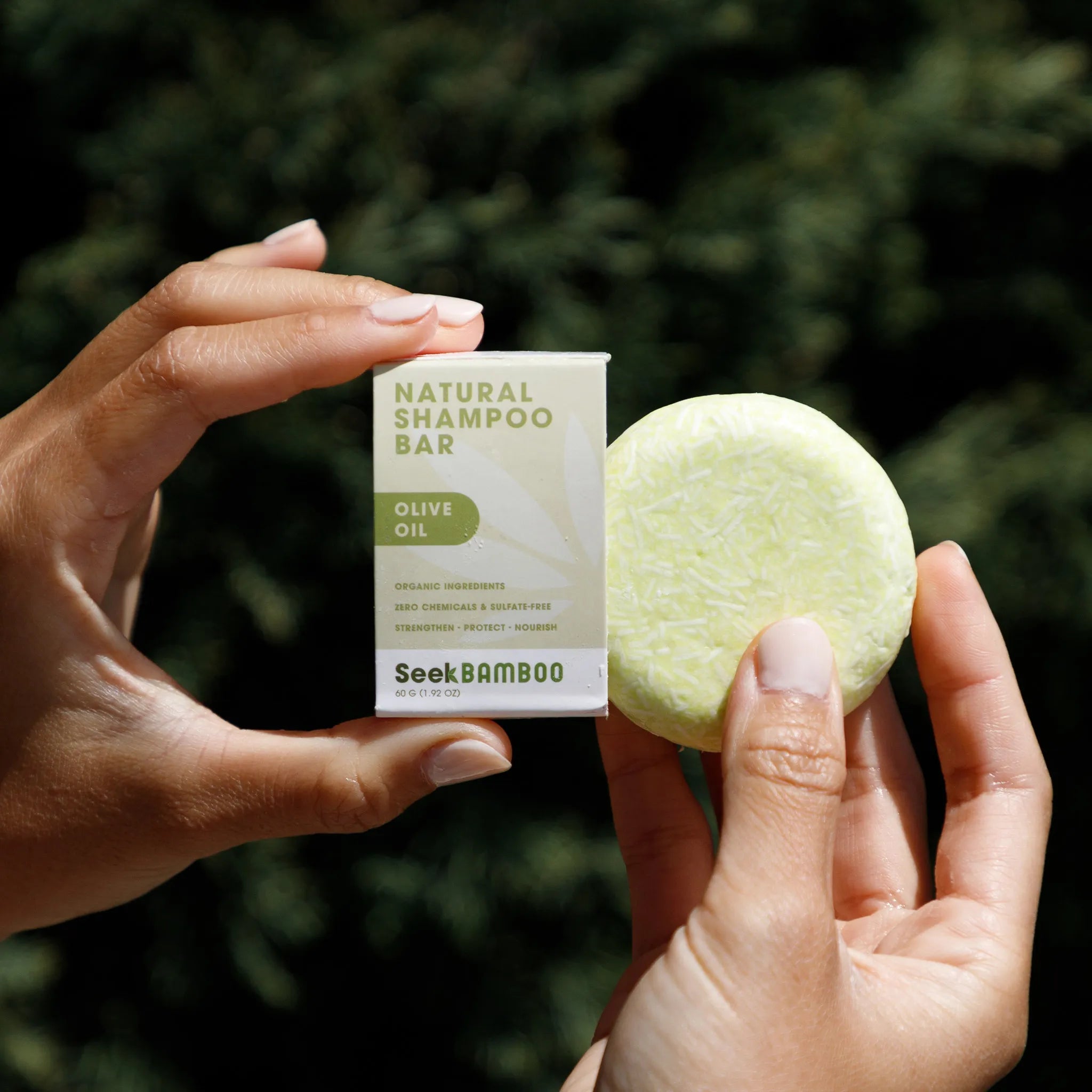
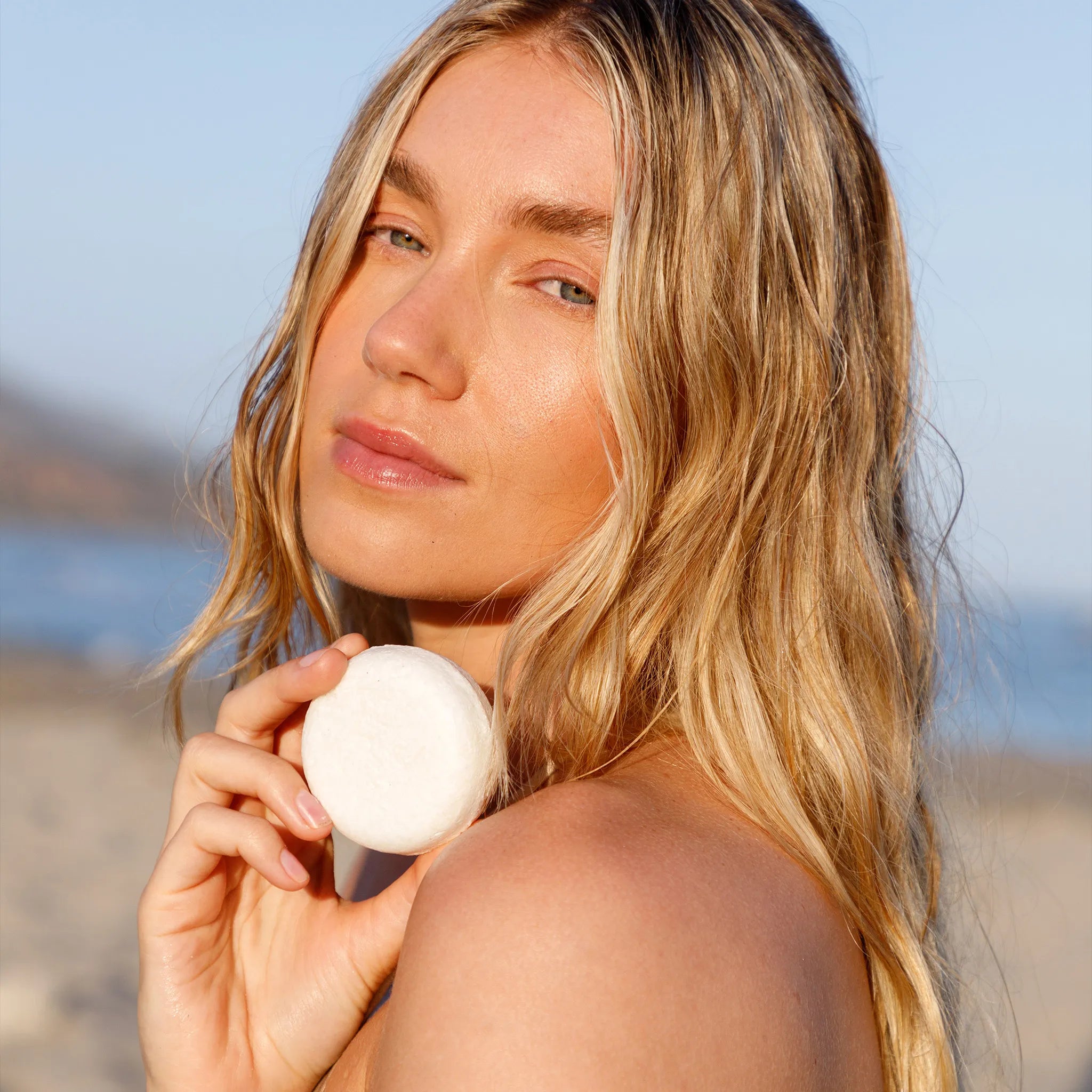
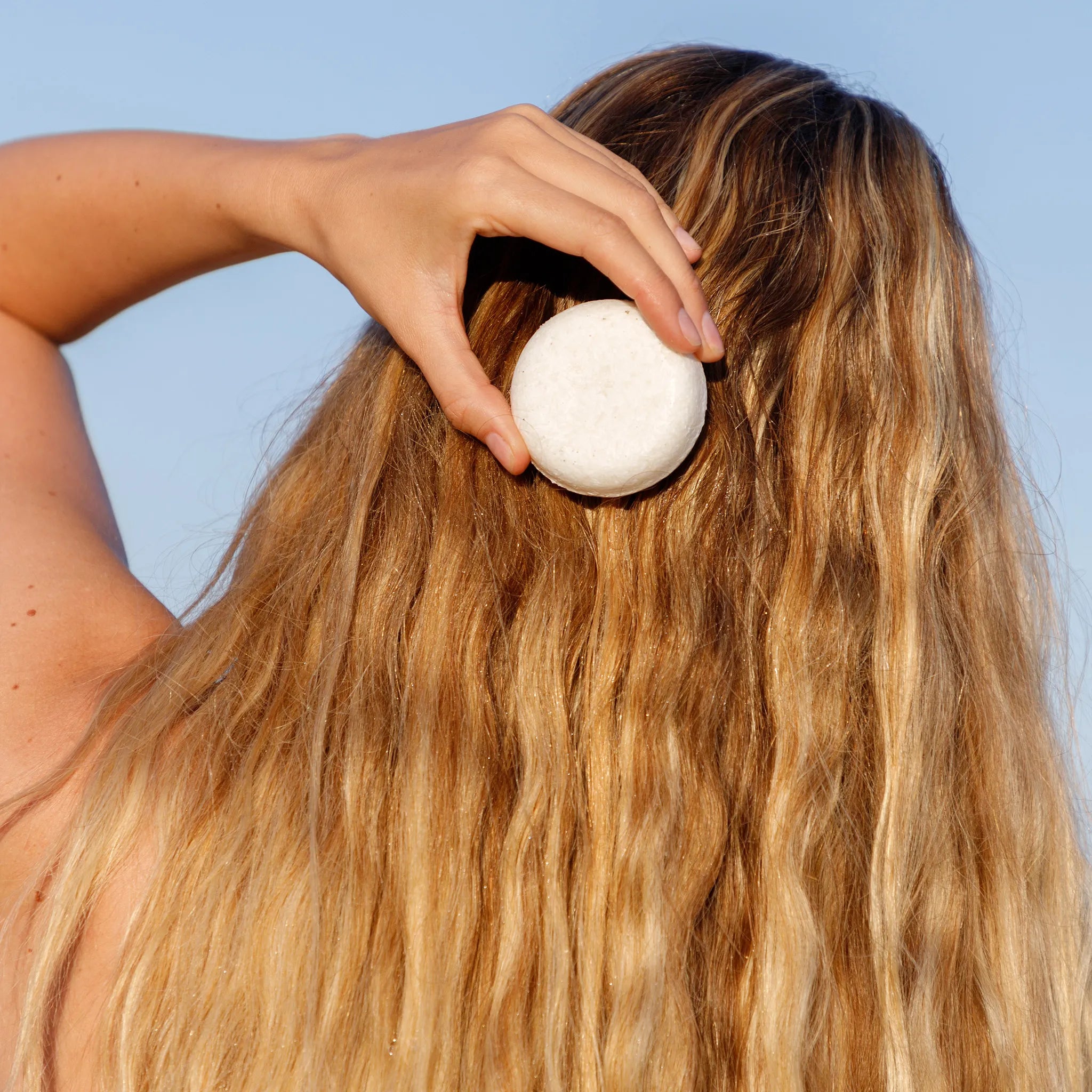
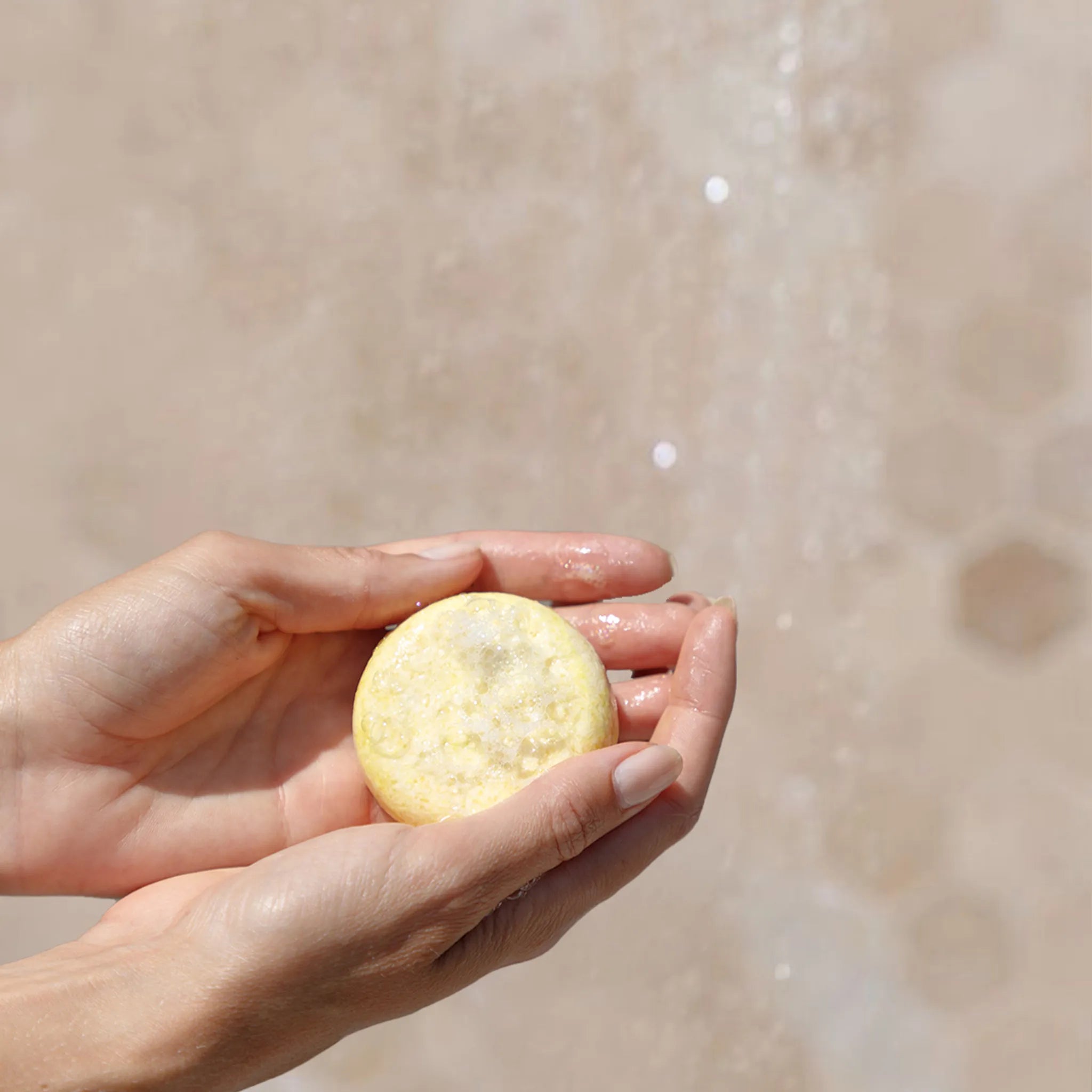
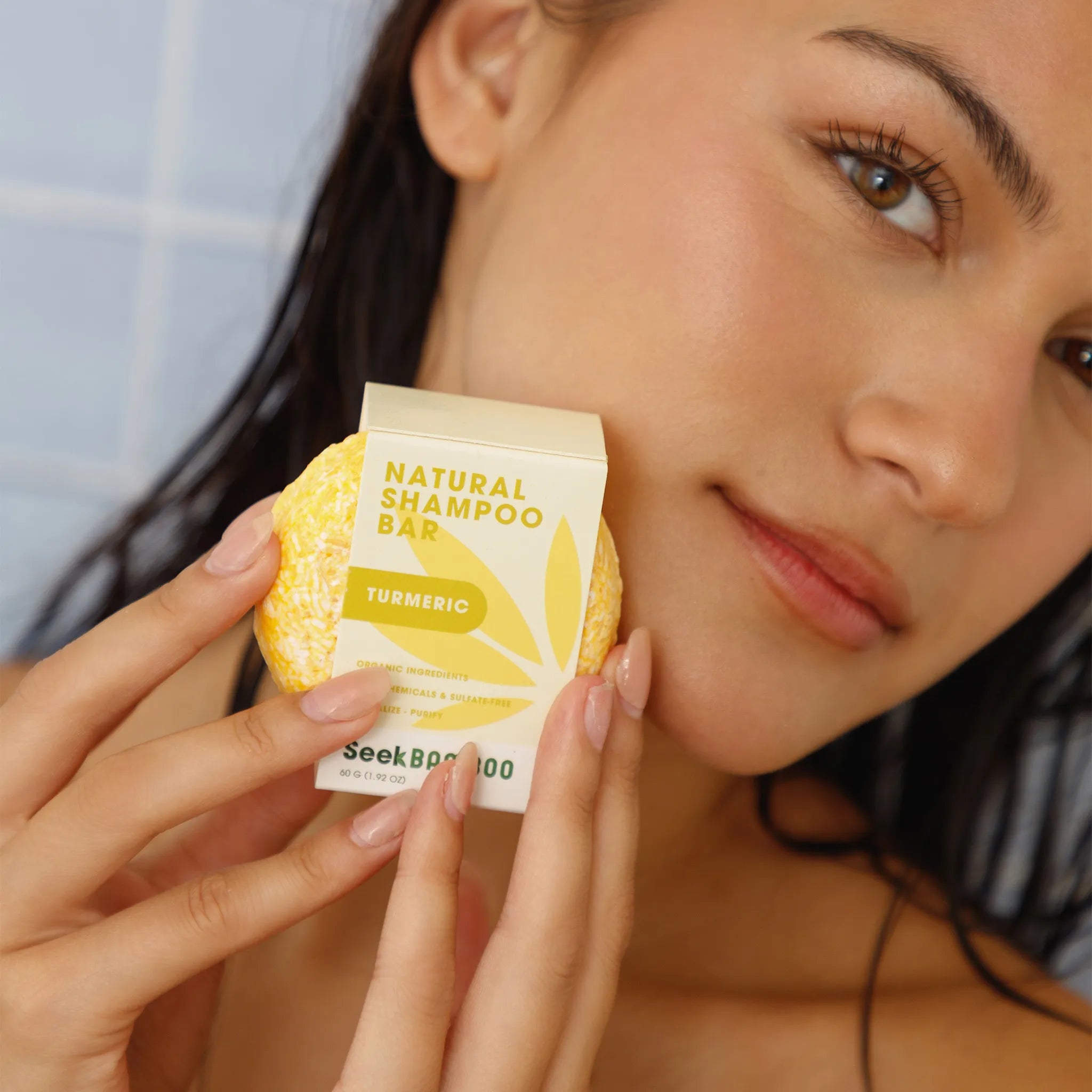
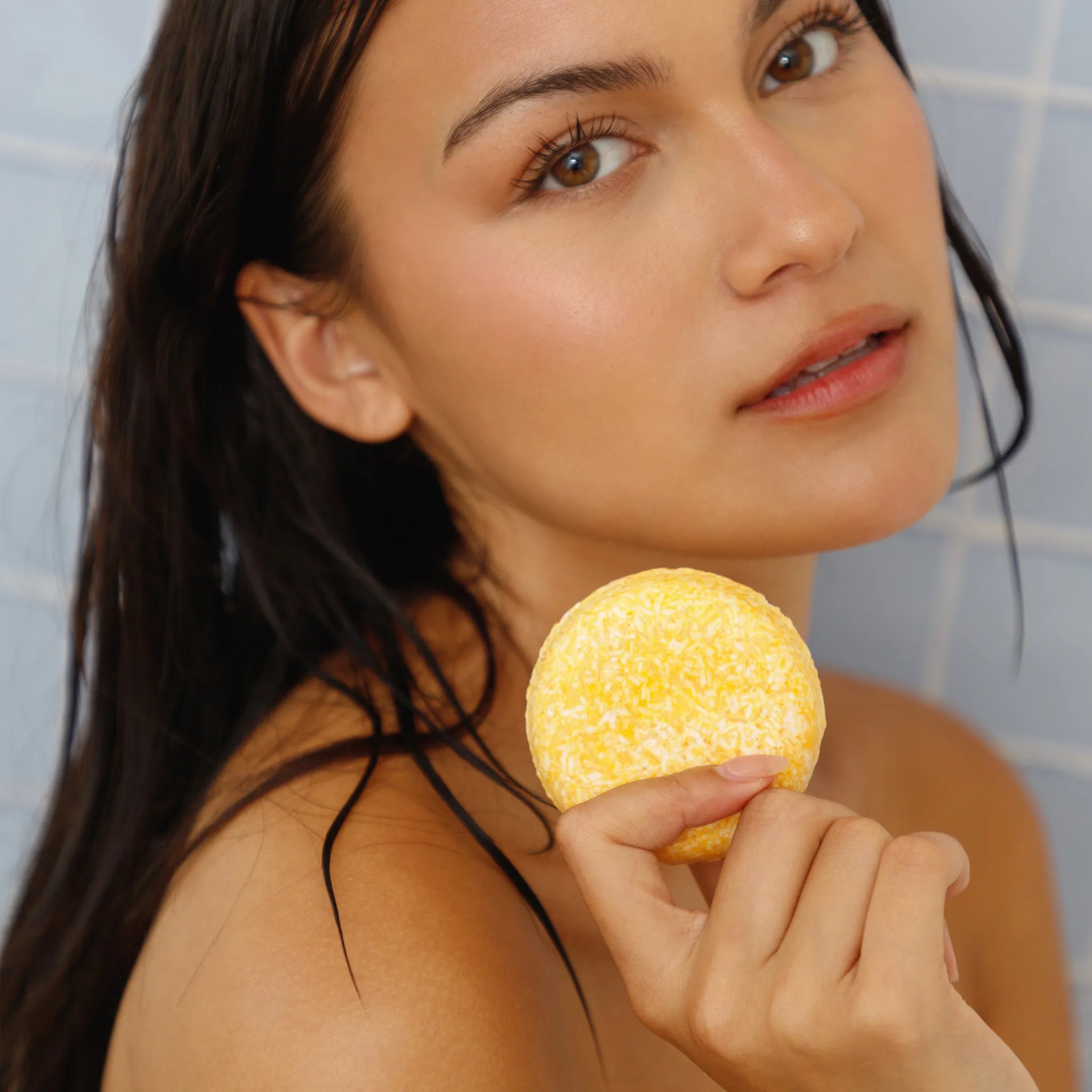
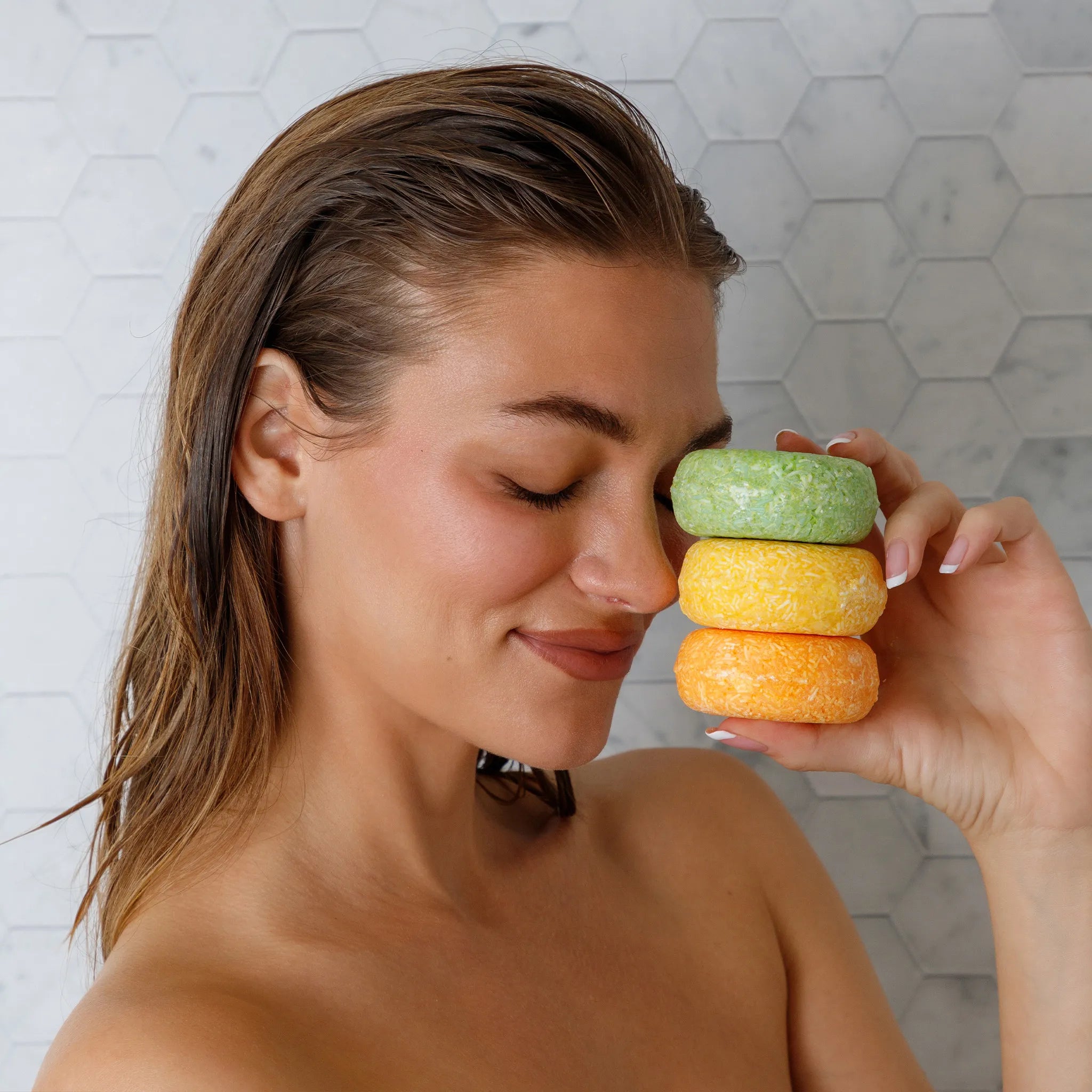
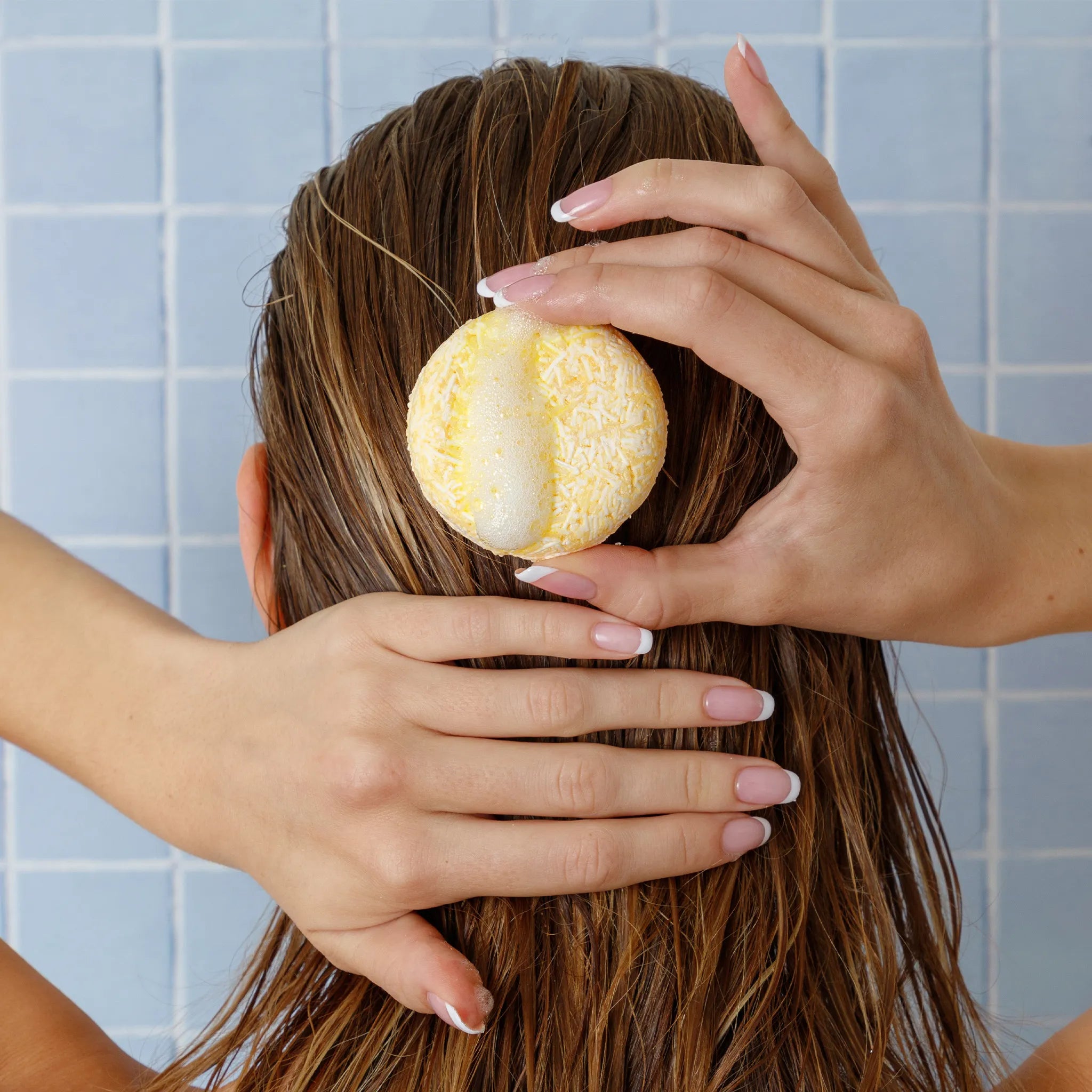

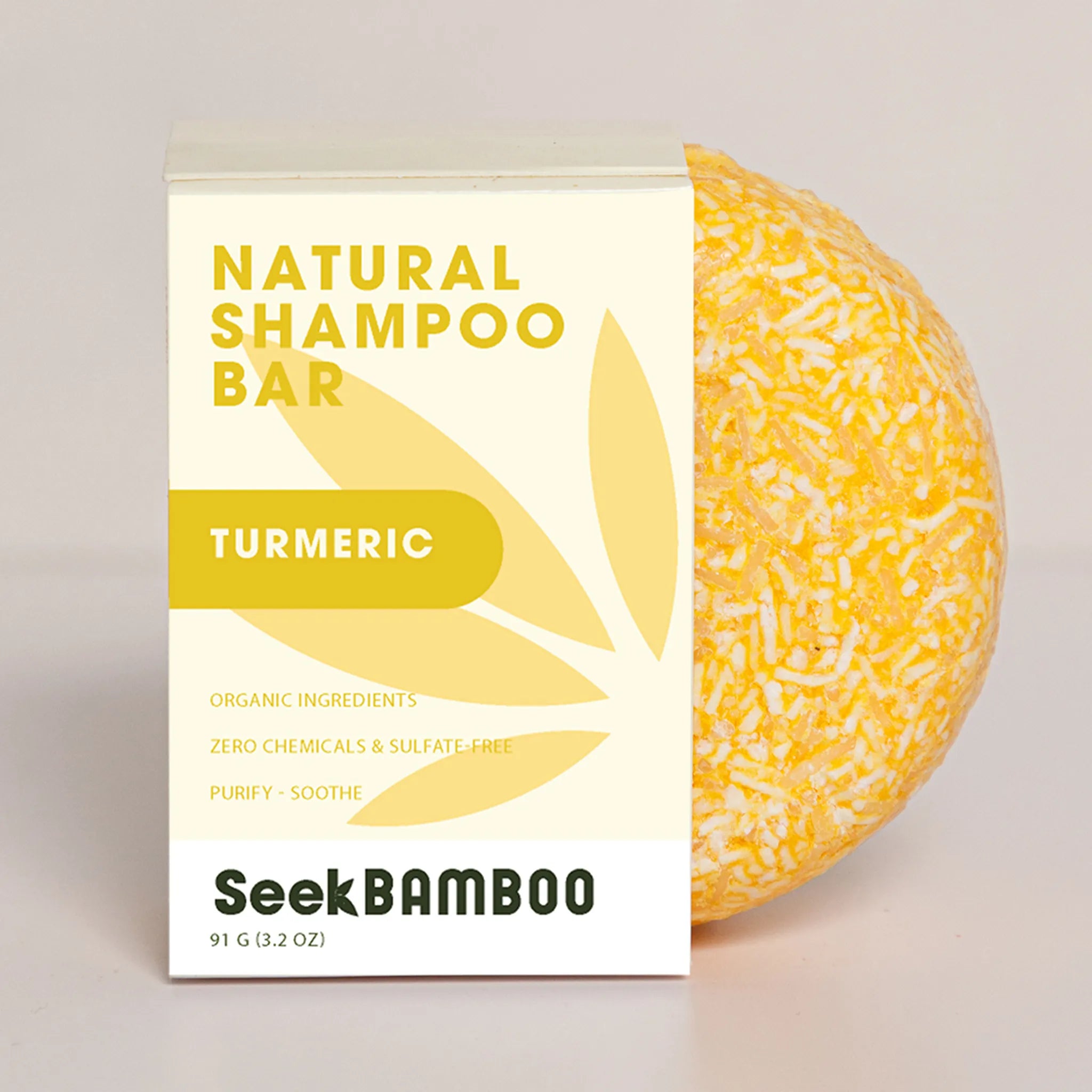

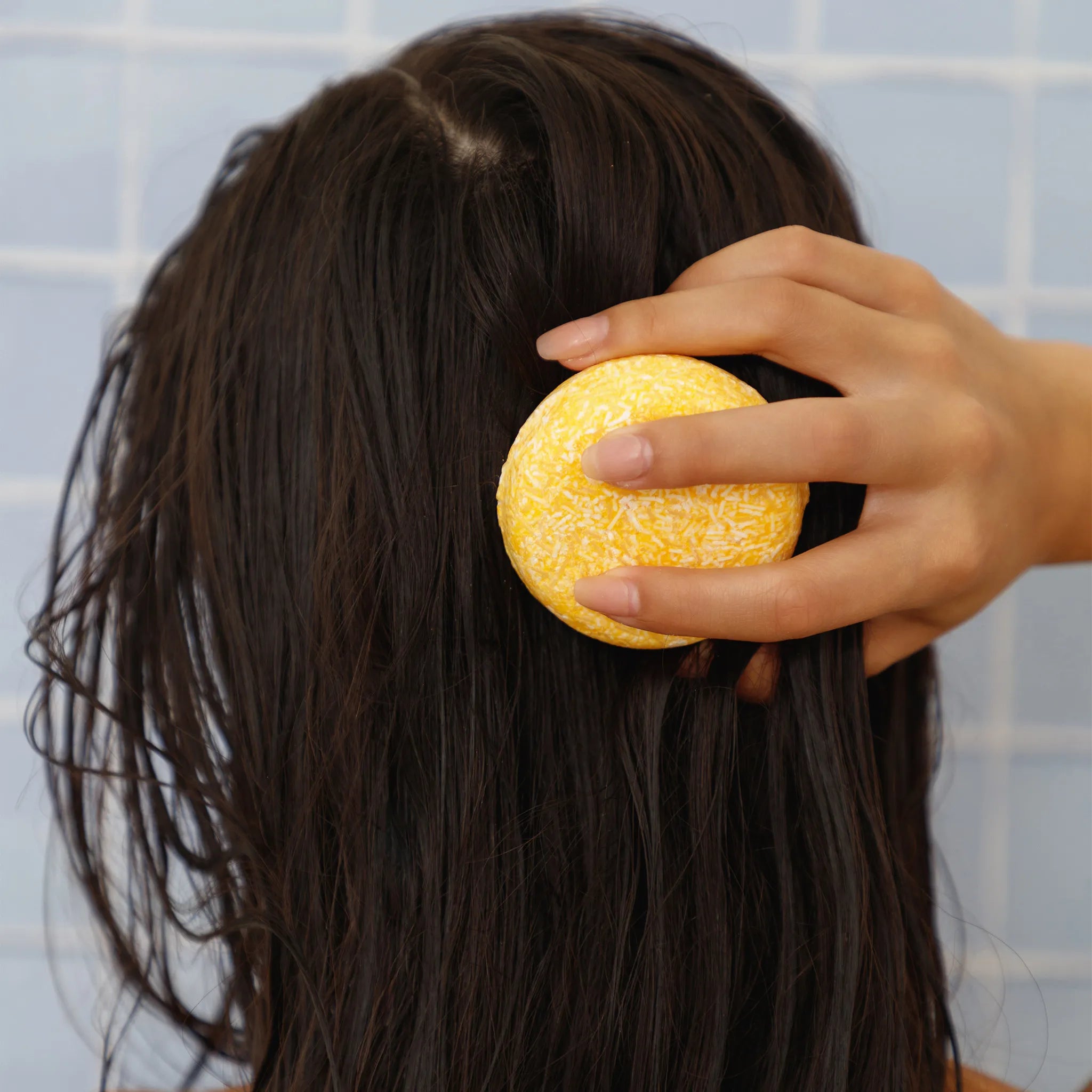
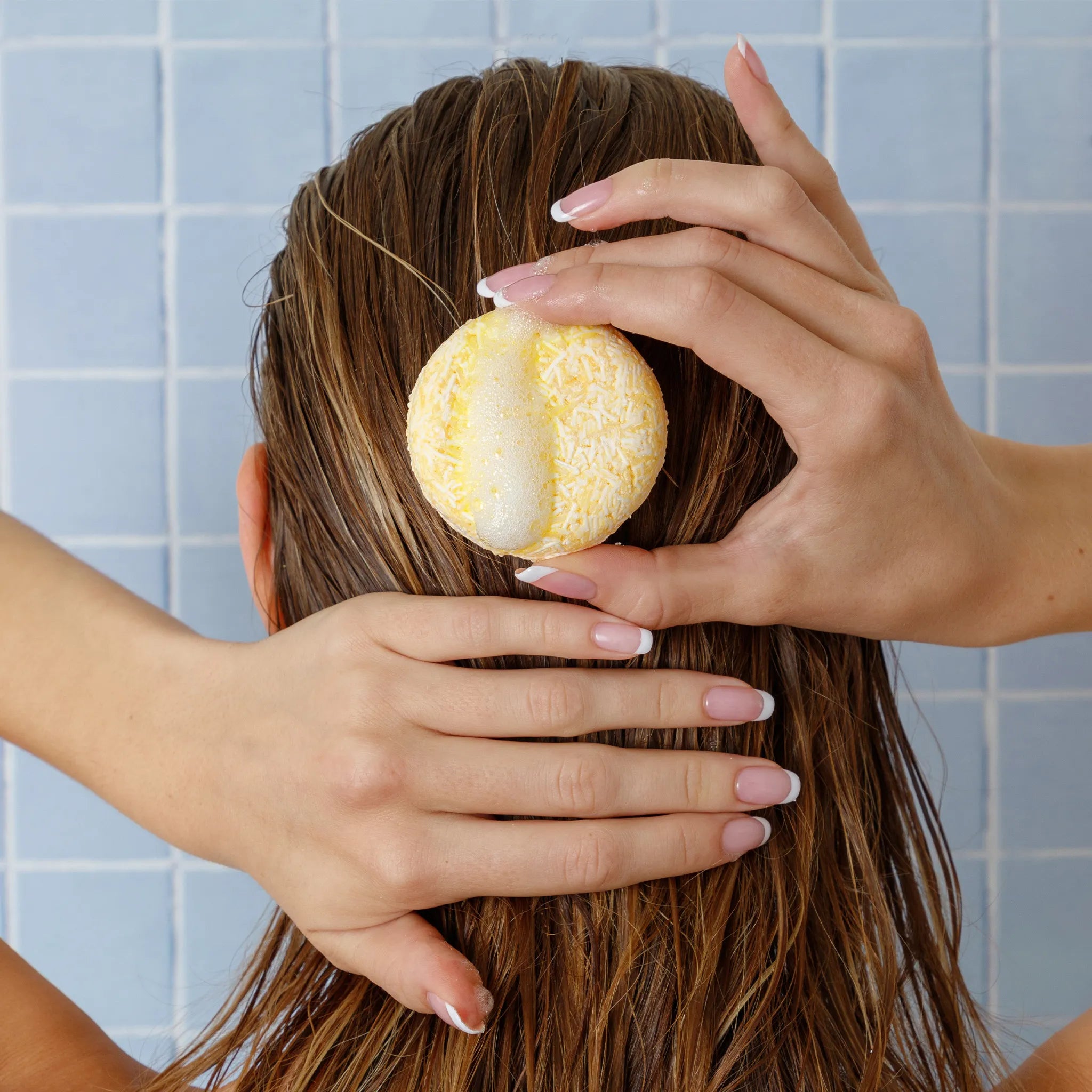
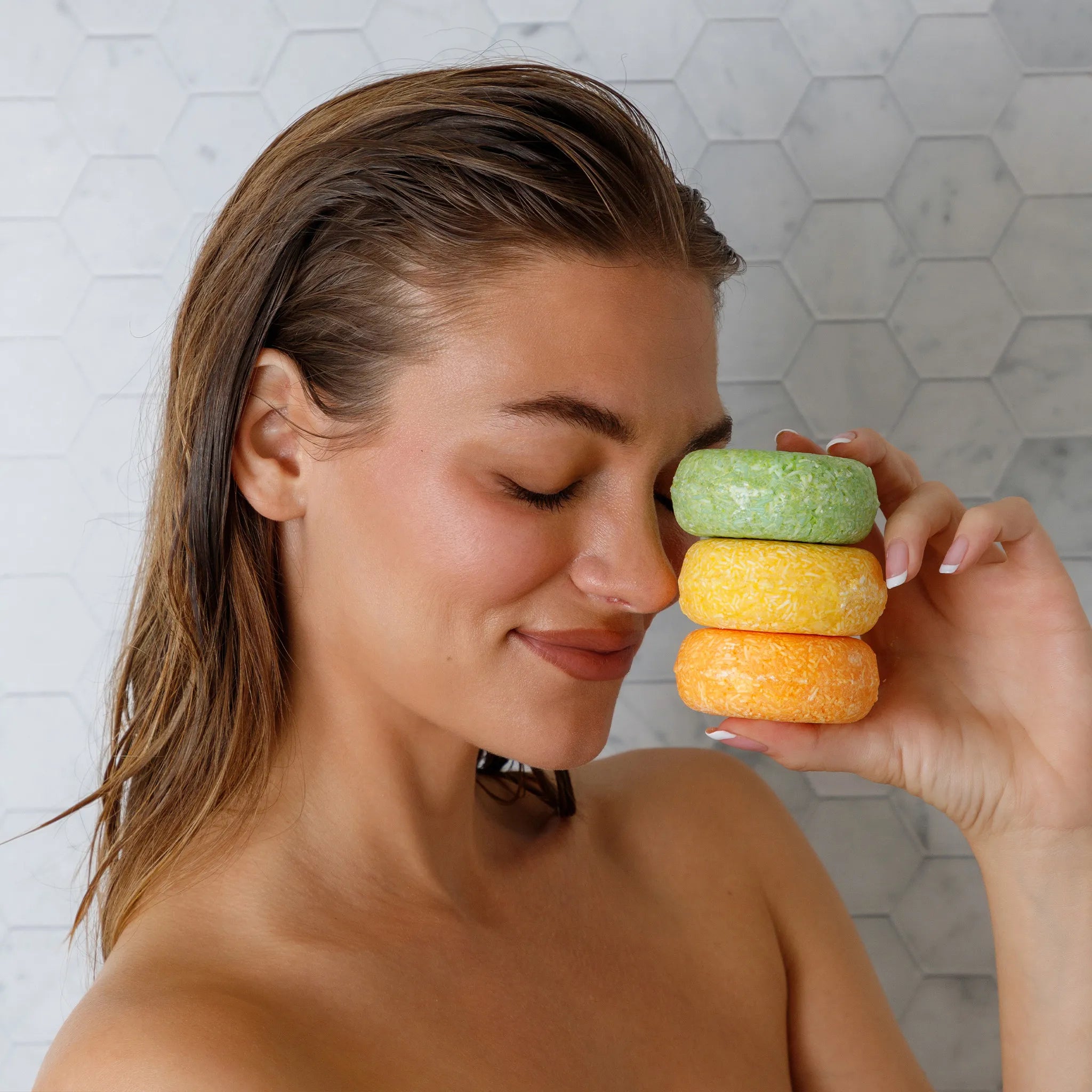

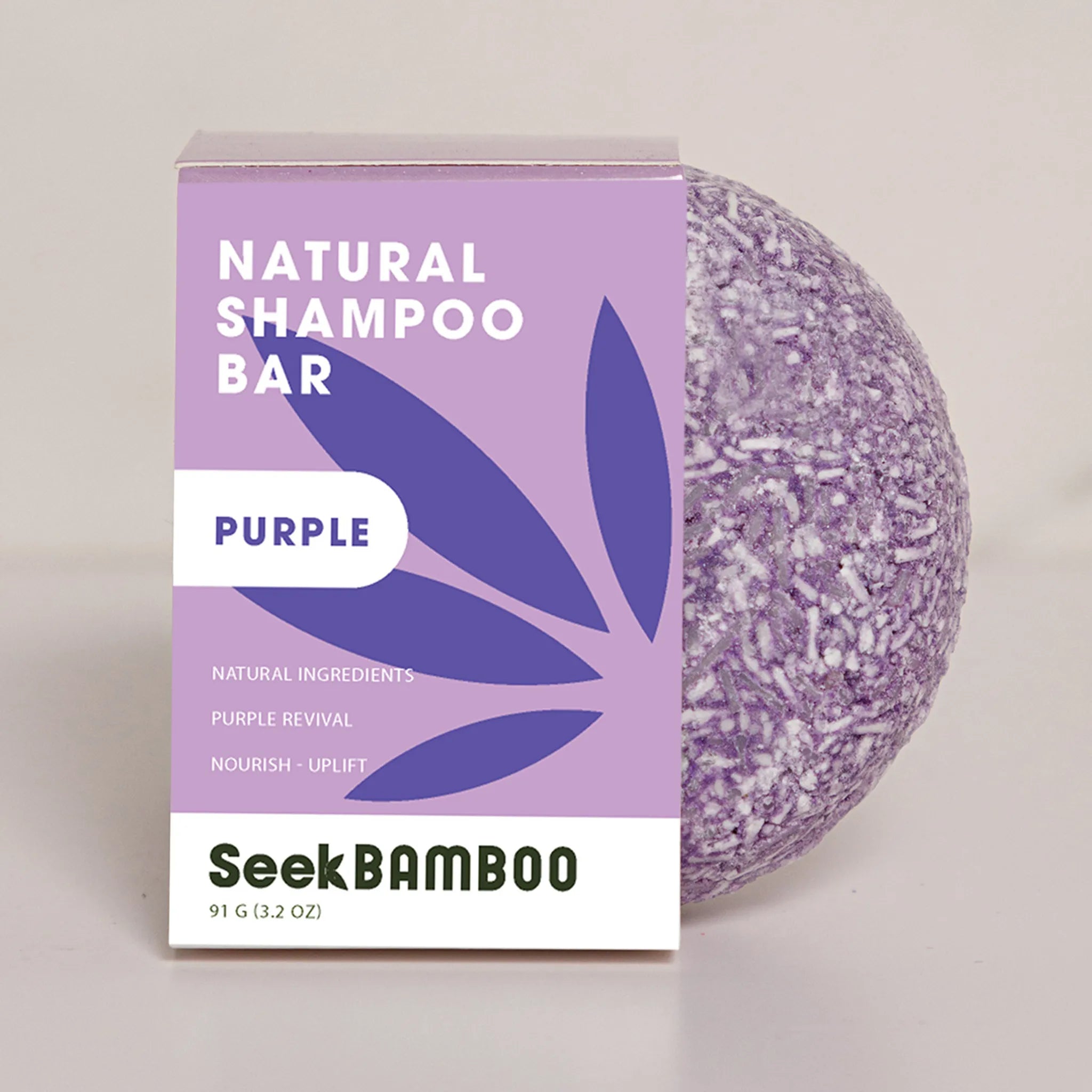
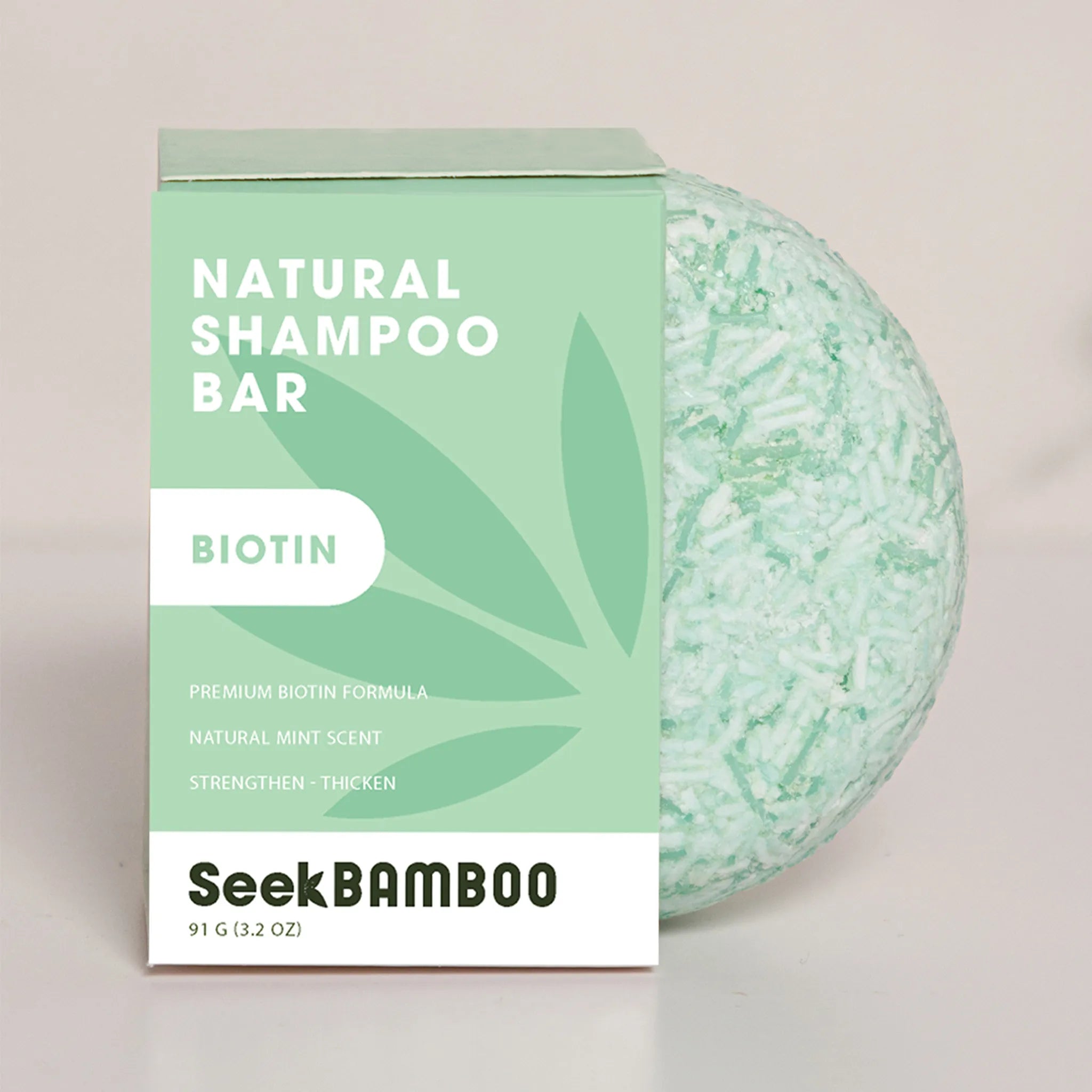
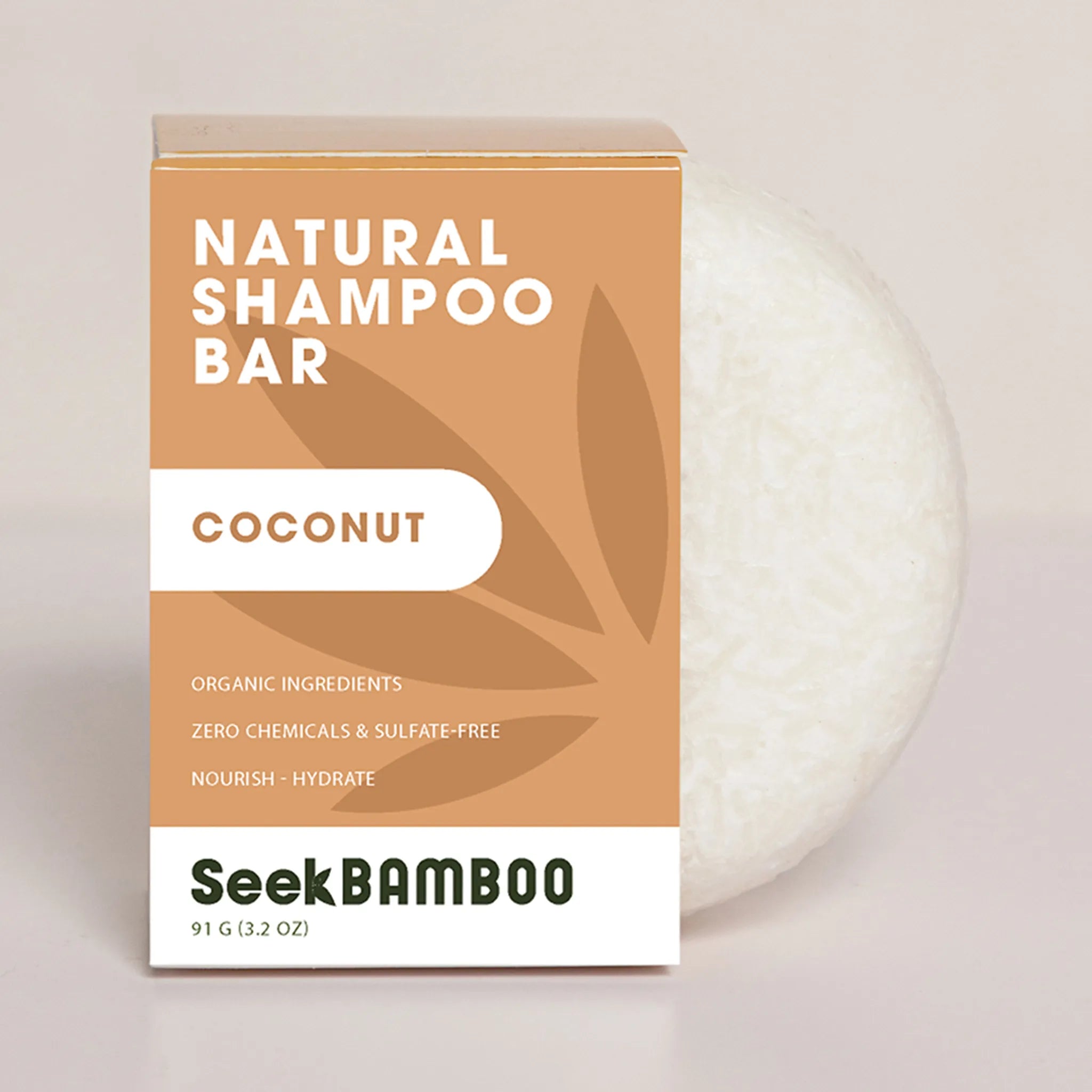
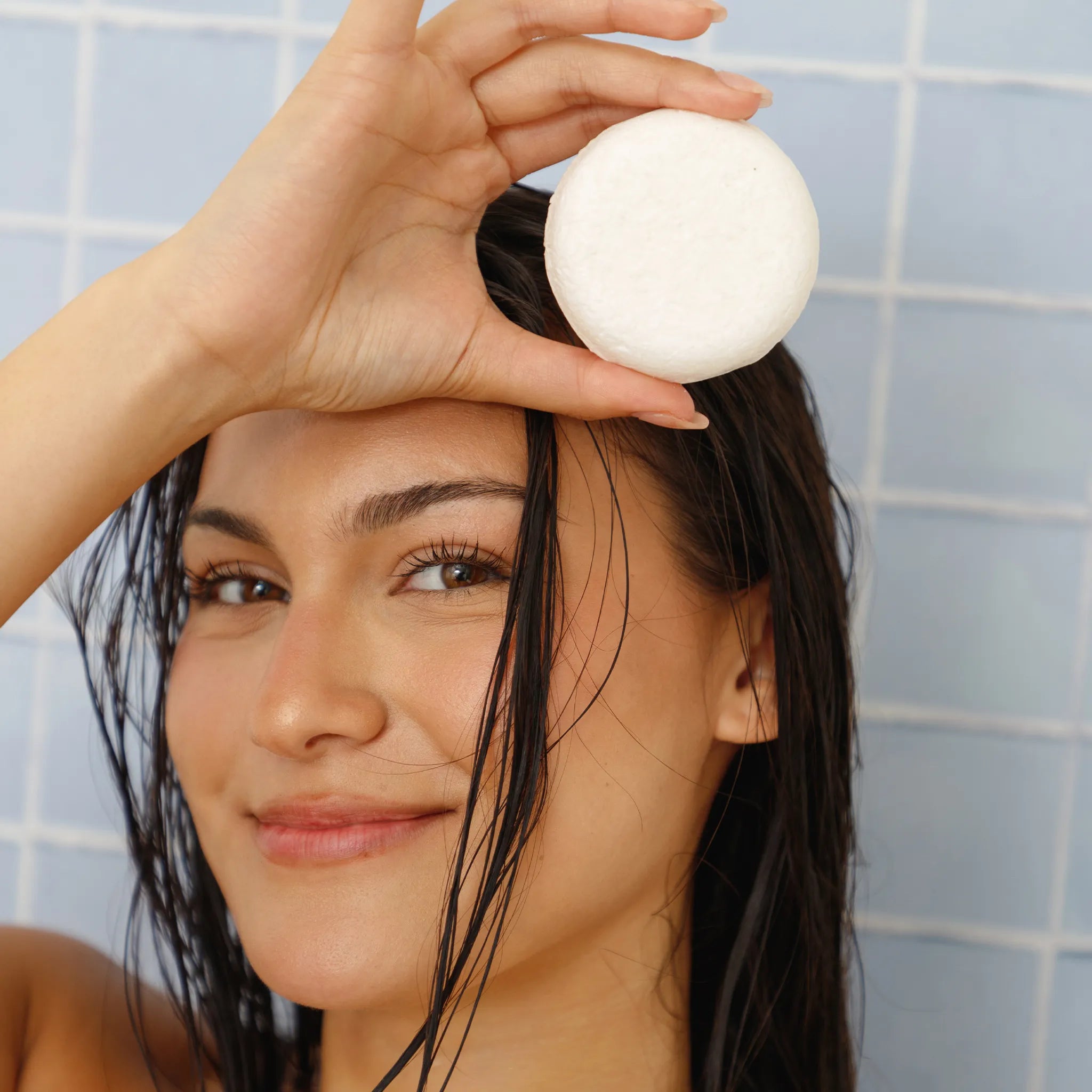
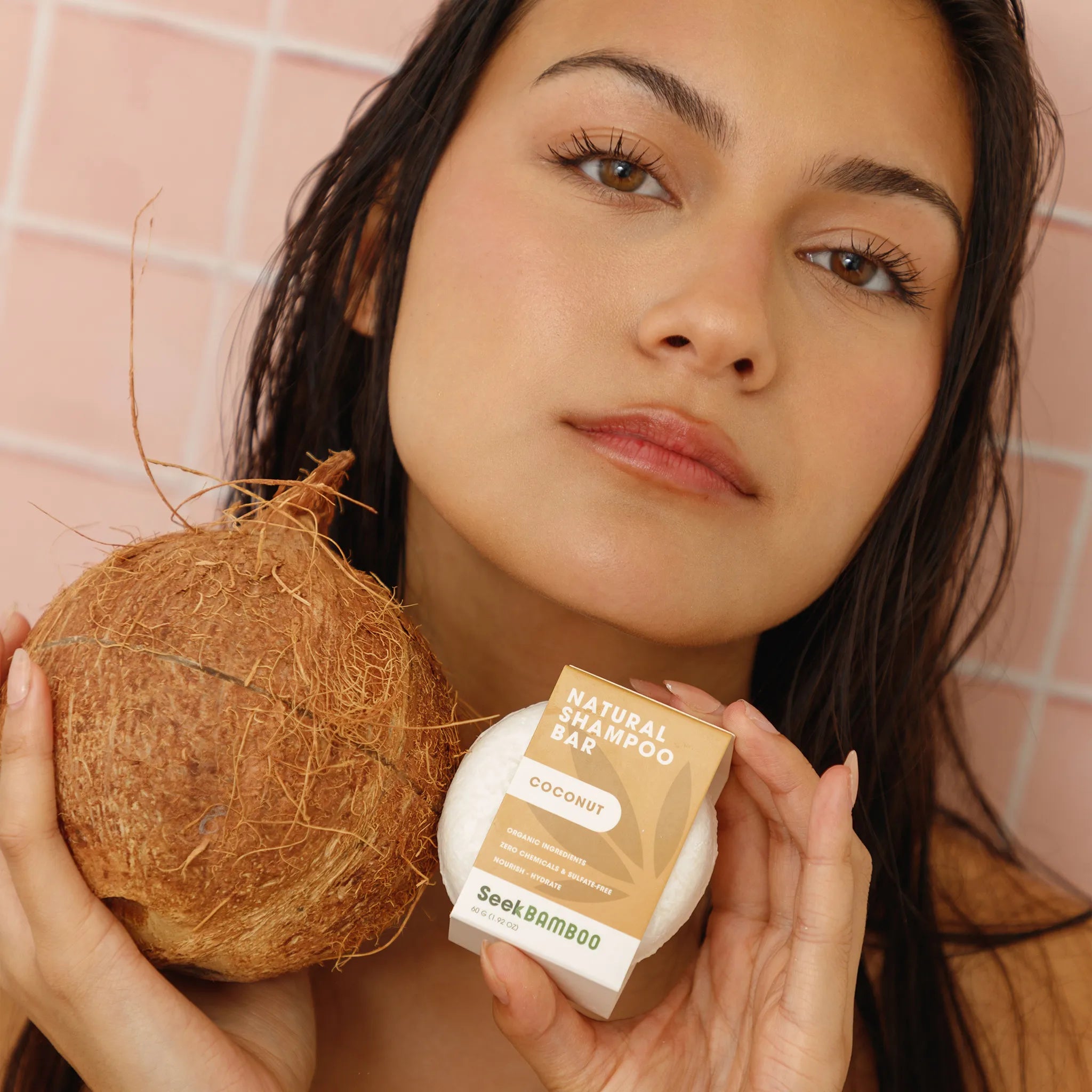
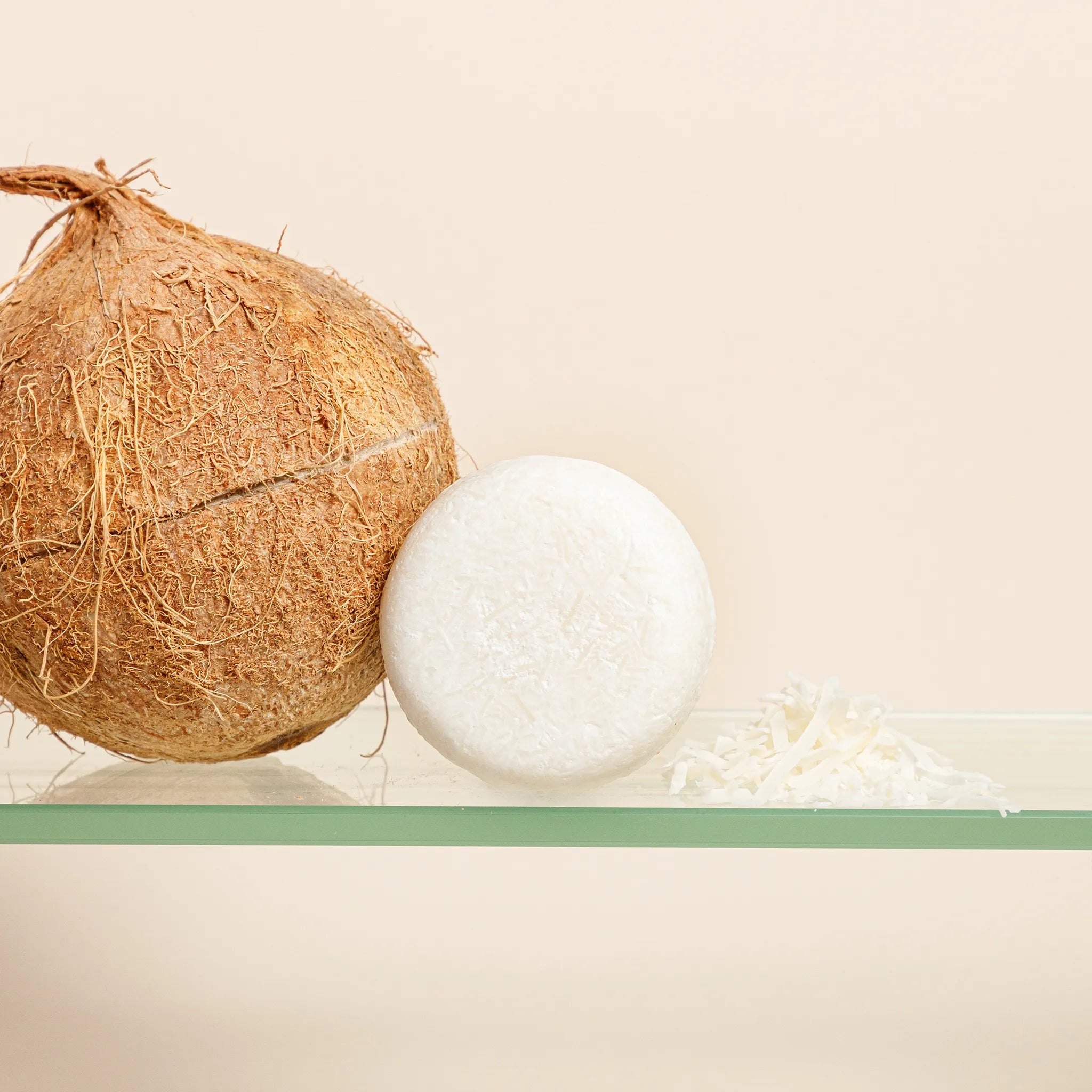
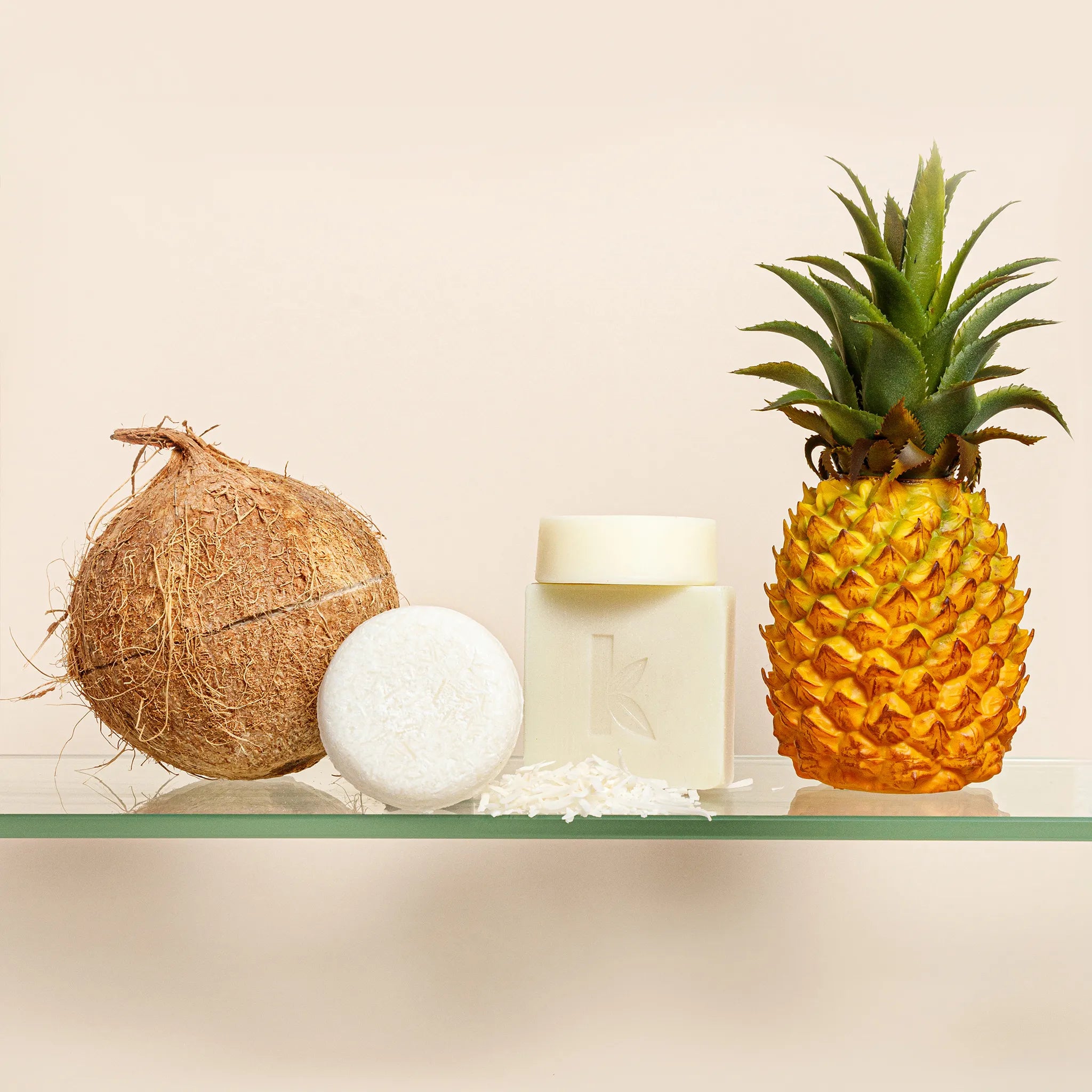
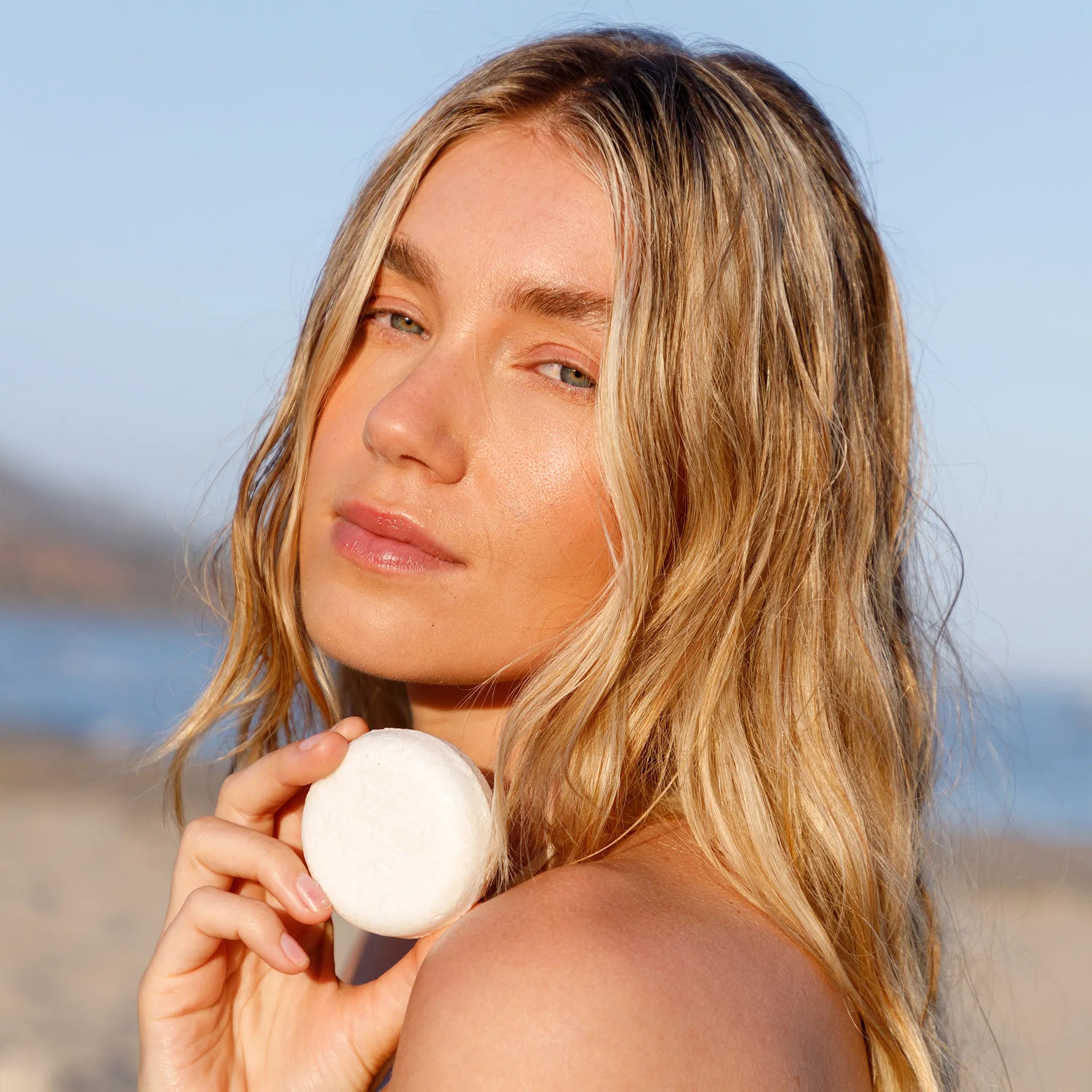
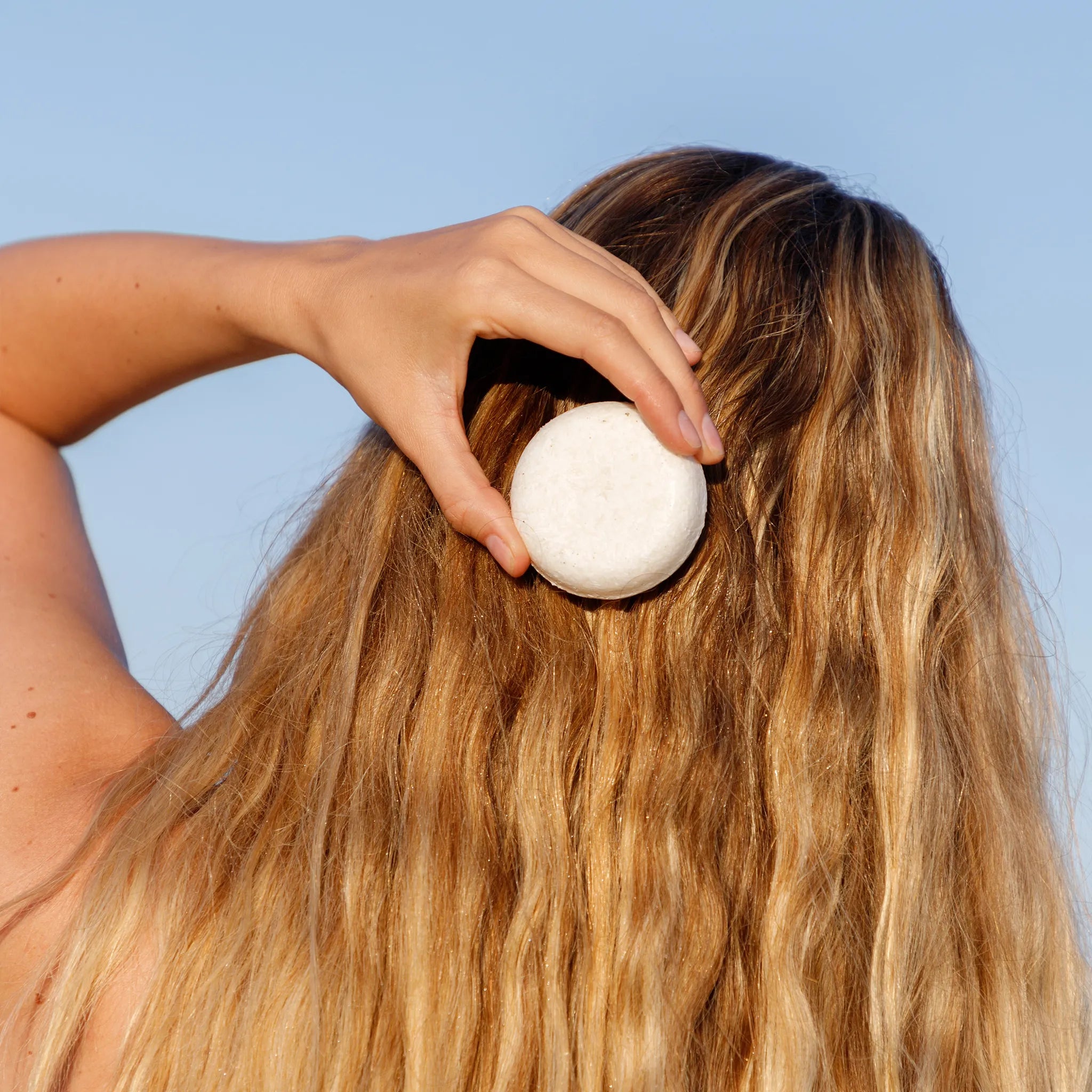
✓ Free of sulfates, palm oil, parabens, dyes, & synthetic fragrances
✓ Amino acid formula for all hair types, promoting strength, volume & vitality
✓ Packed with antioxidants & vitamins
✓ Larger 3.2 oz size lasts 70-90 washes, replacing up to 3 plastic bottles of shampoo
✓ Plastic-free & eco-friendly packaging, making it a sustainable choice for both your hair & the planet
Common Mistakes That Lead to Hair Frizz
Even with the best intentions, certain habits can make your hair more prone to frizz. Sometimes, it’s not just about what you do but how you do it. Let’s take a look at some of the most common mistakes that can lead to frizz, and how you can adjust your routine to keep your hair smooth and sleek.
Over-Washing Hair
Washing your hair too often is one of the main contributors to frizz. Every time you shampoo, it strips away not only dirt and buildup but also the natural oils that keep your hair moisturized and protected. Without these oils, hair becomes dry, which lifts the cuticle and creates frizz. This is especially true if you use shampoos that contain harsh surfactants like sulfates, which can be overly drying.
How to Fix It: Try to limit washing to 2-3 times a week, depending on your hair type. If your hair tends to get oily quickly, consider using a dry shampoo between washes to absorb excess oil without drying out your strands. Opt for sulfate-free shampoos that gently cleanse without stripping away essential moisture.
Incorrect Towel Drying
If you’re vigorously rubbing your hair with a towel after a shower, you’re setting yourself up for frizz. Rough towel drying creates friction, which can cause the hair cuticle to lift and lead to frizz. Additionally, it can make hair more tangled and prone to breakage, especially if your hair is already fine, curly, or damaged.
How to Fix It: Instead of rubbing, gently squeeze out excess water and then wrap your hair in a soft, microfiber towel or an old T-shirt. Microfiber is softer on the hair and reduces friction, making it a great choice for preventing frizz. This gentler approach will help smooth the cuticle, leaving your hair less frizzy and easier to manage.
Using the Wrong Products
The products you use can have a significant impact on whether your hair is sleek or frizzy. Many traditional shampoos, conditioners, and styling products contain ingredients like sulfates, alcohols, and silicones. While sulfates are great for lather, they’re also known to strip hair of its natural moisture, leading to dryness and frizz. Similarly, alcohols can dry out your hair, and while some silicones can temporarily smooth frizz, they can also build up over time, making hair dull and dry underneath.
How to Fix It: Choose products that are free from harsh sulfates, drying alcohols, and heavy silicones. Look for ingredients that add moisture and nourishment, like glycerin, coconut oil, shea butter, and aloe vera. Hydrating shampoos and conditioners, along with lightweight, silicone-free serums or creams, can help tame frizz without weighing your hair down. Reading labels and understanding what’s in your products will go a long way toward maintaining smooth, frizz-free hair.
Small changes to your routine — like washing less often, drying gently, and choosing the right products — will help you keep frizz under control and let your hair shine. Up next, we’ll dive into the best ways to prevent frizz with a solid haircare routine and expert tips on how to keep your hair looking its best.
How to Prevent Frizzy Hair
Preventing frizz starts with adopting the right haircare habits. From how you wash and condition your hair to the way you dry and style it, every step in your routine plays a role in maintaining smooth, frizz-free locks. Here are some essential tips to help you tame frizz and keep your hair looking sleek and hydrated.
Proper Washing Routine
The foundation of frizz-free hair is a gentle, moisturizing wash routine. Traditional shampoos with harsh surfactants like sulfates can strip hair of its natural oils, leading to dryness and frizz. Instead, opt for sulfate-free shampoos that cleanse without stripping. Hydrating shampoos and conditioners are key, as they replenish moisture and smooth the hair cuticle, helping to lock in hydration and reduce frizz.
Best Practices:
- Use Lukewarm Water: Hot water can open up the hair cuticle, causing it to become rough and frizzy. Wash your hair with lukewarm water to keep the cuticle smooth and finish with a cool rinse to seal in moisture.
- Focus on the Scalp: When shampooing, concentrate on massaging your scalp rather than scrubbing your hair strands. This helps to avoid tangling and breakage, which can lead to frizz.
- Condition Properly: Apply conditioner mainly to the mid-lengths and ends, where hair tends to be drier. Let it sit for a few minutes before rinsing, giving it time to nourish and hydrate.
Moisturizing Techniques
One of the best defenses against frizz is well-hydrated hair. When your hair is moisturized, the cuticle lays flat, making it smoother and shinier. Conditioning during your shower is just the beginning; incorporating leave-in conditioners, oils, and hair masks into your routine can make a huge difference in how your hair behaves throughout the day.
Best Practices:
- Use Leave-In Conditioners: After your shower, apply a leave-in conditioner to damp hair. It provides extra moisture and protection, helping to reduce frizz throughout the day. For fine hair, opt for lightweight formulas that won’t weigh your hair down.
- Deep Condition Weekly: Treat your hair to a deep conditioning mask once a week. Masks are packed with rich, nourishing ingredients that penetrate deeper into the hair shaft, repairing damage and replenishing lost moisture. This extra step is especially beneficial for curly, coily, and chemically-treated hair.
- Seal with Hair Oils: Hair oils, like argan, jojoba, and coconut oil, act as a sealant, locking in moisture and smoothing the hair cuticle. Apply a small amount to damp or dry hair, focusing on the ends, to keep your strands sleek and shiny.
Drying Methods
How you dry your hair can make all the difference when it comes to preventing frizz. Rough drying with a traditional towel can create friction and cause the hair cuticle to lift, leading to frizz. Instead, opt for gentler drying techniques that minimize damage and keep your hair smooth.
Best Practices:
- Gently Squeeze Excess Water: After washing, gently squeeze out excess water instead of rubbing your hair. This reduces friction and keeps the cuticle intact, helping to prevent frizz.
- Use a Microfiber Towel or T-Shirt: Microfiber towels or even a soft cotton T-shirt are gentler on your hair than regular towels. They absorb water without causing frizz and won’t rough up the cuticle.
- Air-Dry Whenever Possible: Allowing your hair to air-dry instead of using heat tools can help maintain its natural moisture balance. If you need to blow-dry, use a diffuser on a low heat setting and apply a heat protectant spray to shield your hair from damage.
Creating a Frizz-Free Routine
Building a routine that focuses on hydration, gentle handling, and smart product choices is the key to preventing frizzy hair. Start with a sulfate-free shampoo, follow with a nourishing conditioner, and keep your hair hydrated between washes with leave-ins, oils, and masks. Use gentle drying techniques, and you’ll notice smoother, shinier, and more manageable hair.
In the next section, we’ll look at the best ingredients to fight frizz, so you know exactly what to look for when choosing haircare products.
Frizz Free Shampoo
Best Ingredients for Fighting Frizz
When it comes to keeping frizz at bay, the right ingredients can make all the difference. The products you use should work to hydrate, smooth, and protect your hair, and that starts with understanding what’s inside the bottle. Here are some of the best ingredients to look for — and a few you might want to avoid — to help you achieve smooth, frizz-free hair.
Moisture-Rich Ingredients
Moisture is the key to managing frizz. When your hair is well-hydrated, the cuticle remains smooth and lays flat, preventing moisture from the environment from getting in and causing frizz. Look for these moisture-rich ingredients to keep your hair soft, sleek, and shiny:
Natural Oils:
- Argan Oil: Known as “liquid gold,” argan oil is lightweight, non-greasy, and deeply hydrating. It penetrates the hair shaft to lock in moisture, smooth frizz, and add shine without weighing hair down.
- Coconut Oil: A rich source of fatty acids, coconut oil nourishes and strengthens hair from within. It helps reduce protein loss, which can make hair stronger, less prone to frizz, and more resilient against humidity.
- Jojoba Oil: With properties similar to your scalp’s natural sebum, jojoba oil is excellent for hydrating and protecting hair without clogging pores or leaving a greasy residue.
Butters:
- Shea Butter: This creamy, moisturizing butter is perfect for sealing in moisture and smoothing frizz. Shea butter is particularly beneficial for curly, coily, and thick hair textures that need extra nourishment.
- Cocoa Butter: Known for its thick, rich consistency, cocoa butter helps soften and smooth hair, providing a protective barrier against humidity. It’s ideal for dry and damaged hair types that need intense hydration.
Humectants:
- Glycerin: Glycerin is a humectant, which means it draws moisture from the air and locks it into your hair. This keeps your hair hydrated throughout the day, reducing the chances of frizz, especially in dry climates.
- Aloe Vera: Aloe vera is naturally soothing and hydrating. It smooths the cuticle and prevents moisture loss, which can help keep your hair soft, shiny, and free from frizz. Its lightweight texture makes it suitable for all hair types.
Silicones vs. Silicone-Free Options
Silicones are a controversial topic in haircare. They can be highly effective at controlling frizz, but there are pros and cons to using them. Let’s break it down:
Silicones:
- Pros: Silicones like dimethicone and cyclopentasiloxane are often used in anti-frizz products because they create a protective coating on the hair. This coating smooths the cuticle, adds shine, and acts as a barrier against humidity. They also make hair feel silky and easier to detangle, which can be a lifesaver for frizzy hair.
- Cons: The downside to silicones is that they can build up over time, especially if not properly washed out. This buildup can lead to dull, heavy, and greasy-looking hair. Some silicones are also not water-soluble, making it difficult to rinse them out without a clarifying shampoo, which can strip hair of its natural moisture.
Silicone-Free Alternatives:
- Natural Oils & Plant-Based Silicones: Seek Bamboo offers silicone-free products that use natural oils and plant-based ingredients to achieve a similar smoothing effect. For instance jojoba, argan, or coconut oil can mimic the benefits of silicones without causing buildup.
- Hydrolyzed Proteins: Ingredients like hydrolyzed keratin and silk protein can help smooth the cuticle and strengthen the hair, offering a frizz-fighting effect without the need for synthetic silicones.
- Vegetable Glycerin: As a natural humectant, glycerin helps to draw moisture into the hair and lock it in, preventing dryness and frizz. It provides a smoothing effect without the heavy coating that silicones leave behind.
Choosing the Right Ingredients for Your Hair
Finding the right balance of moisturizing and smoothing ingredients is crucial for keeping your hair frizz-free. Those with fine hair might prefer lightweight oils and humectants, while those with thicker, coarser hair might benefit from richer butters and heavier oils. Consider experimenting with silicone-free options if you’ve noticed buildup or dullness, or keep using silicone products if they work well for you, but be sure to cleanse thoroughly to avoid long-term issues.
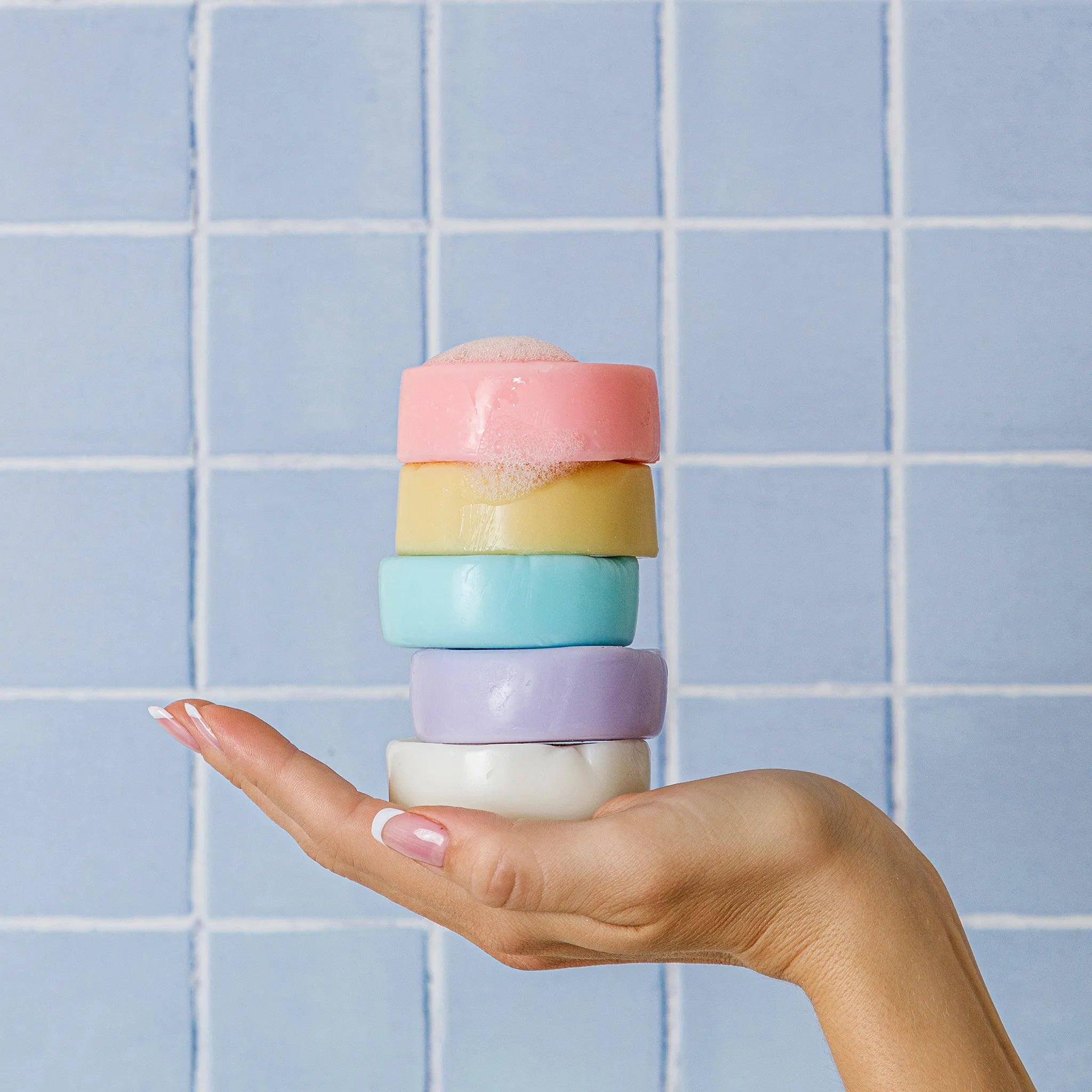
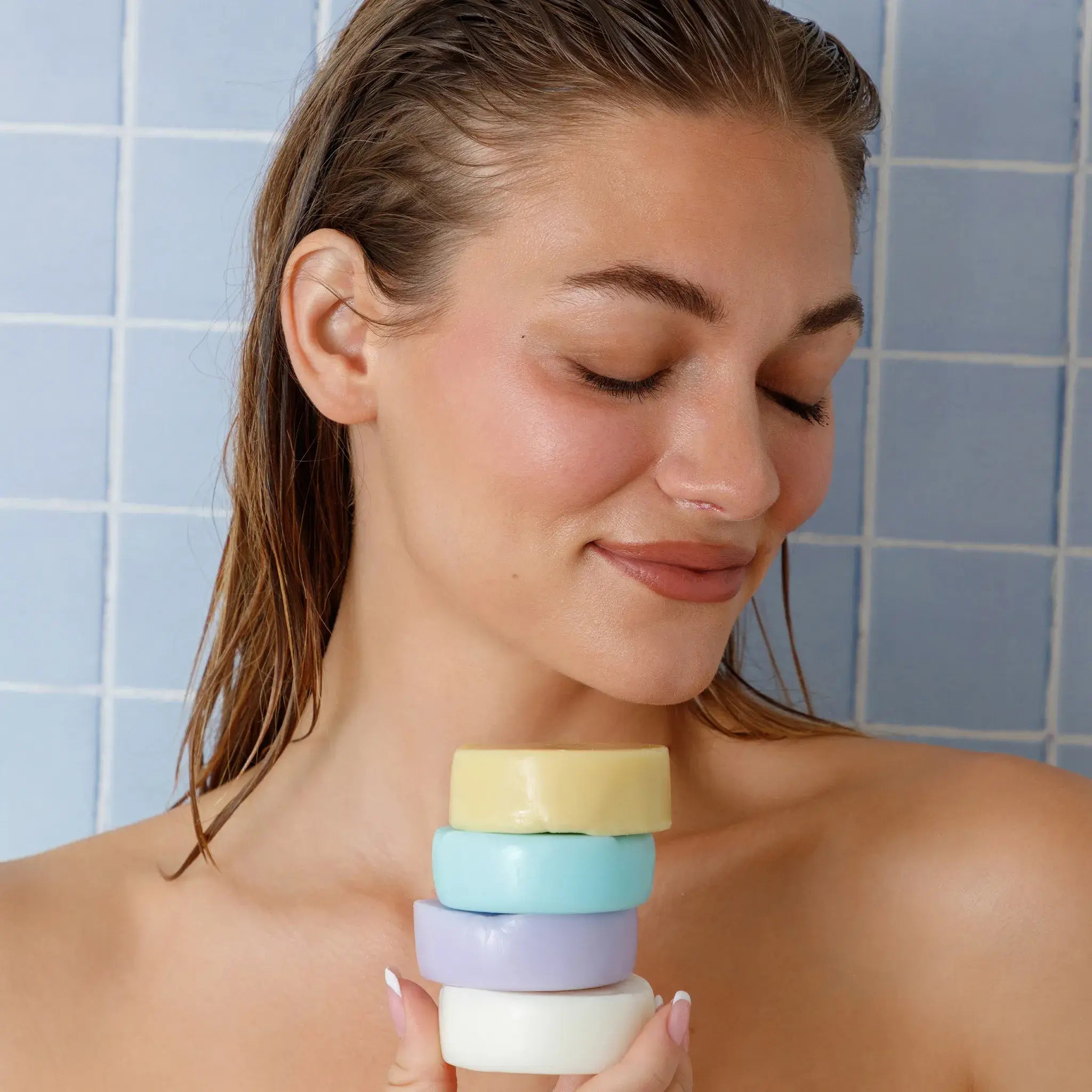
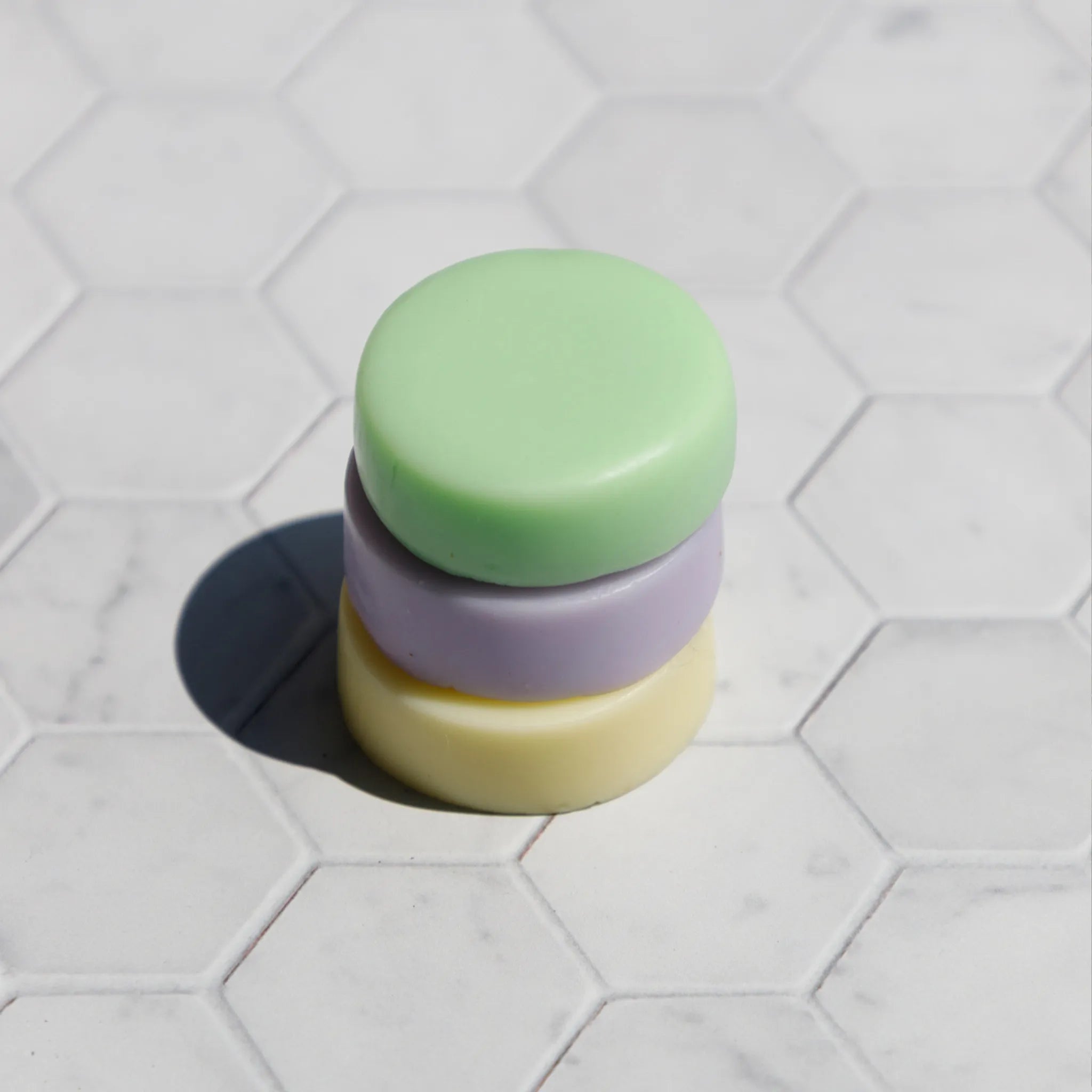
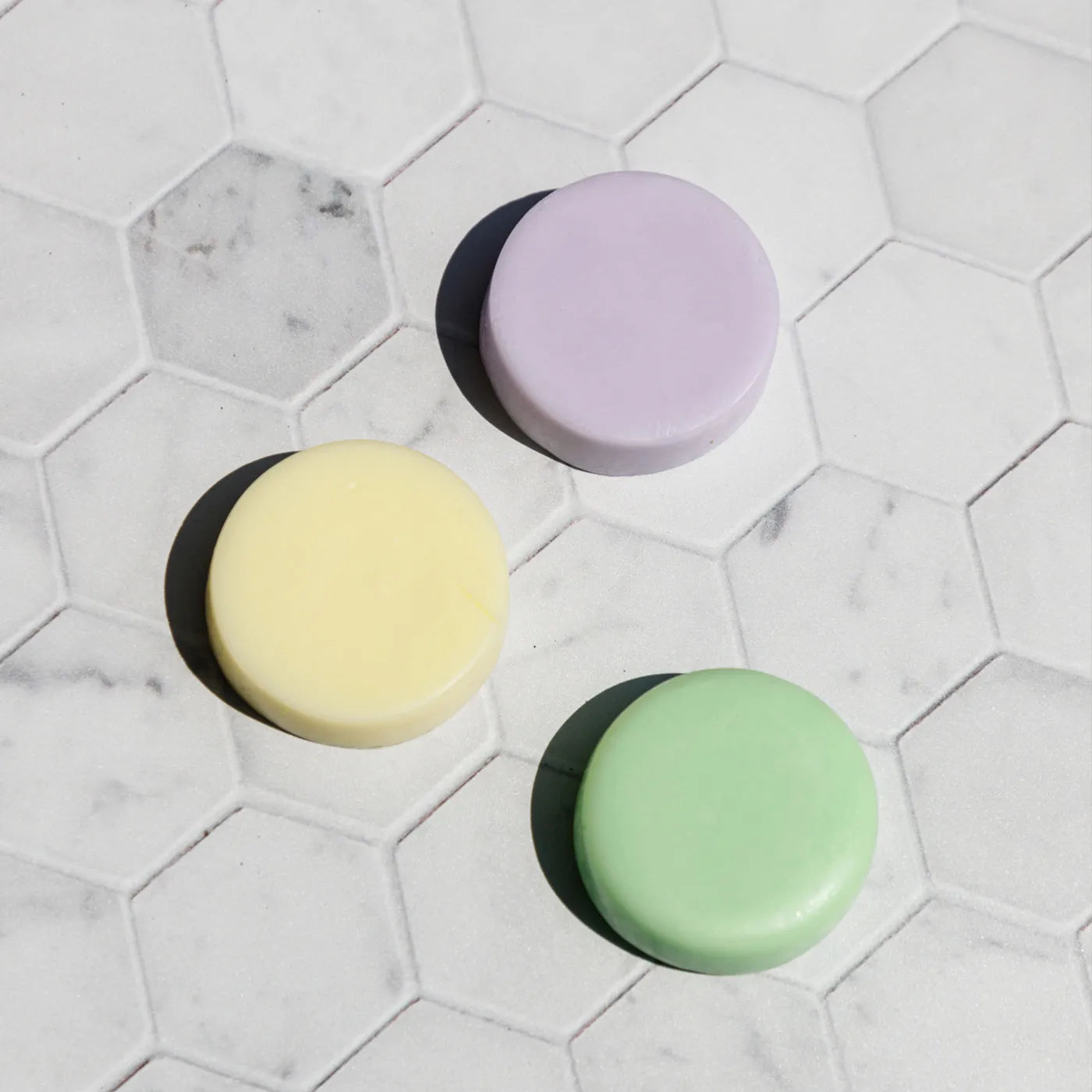
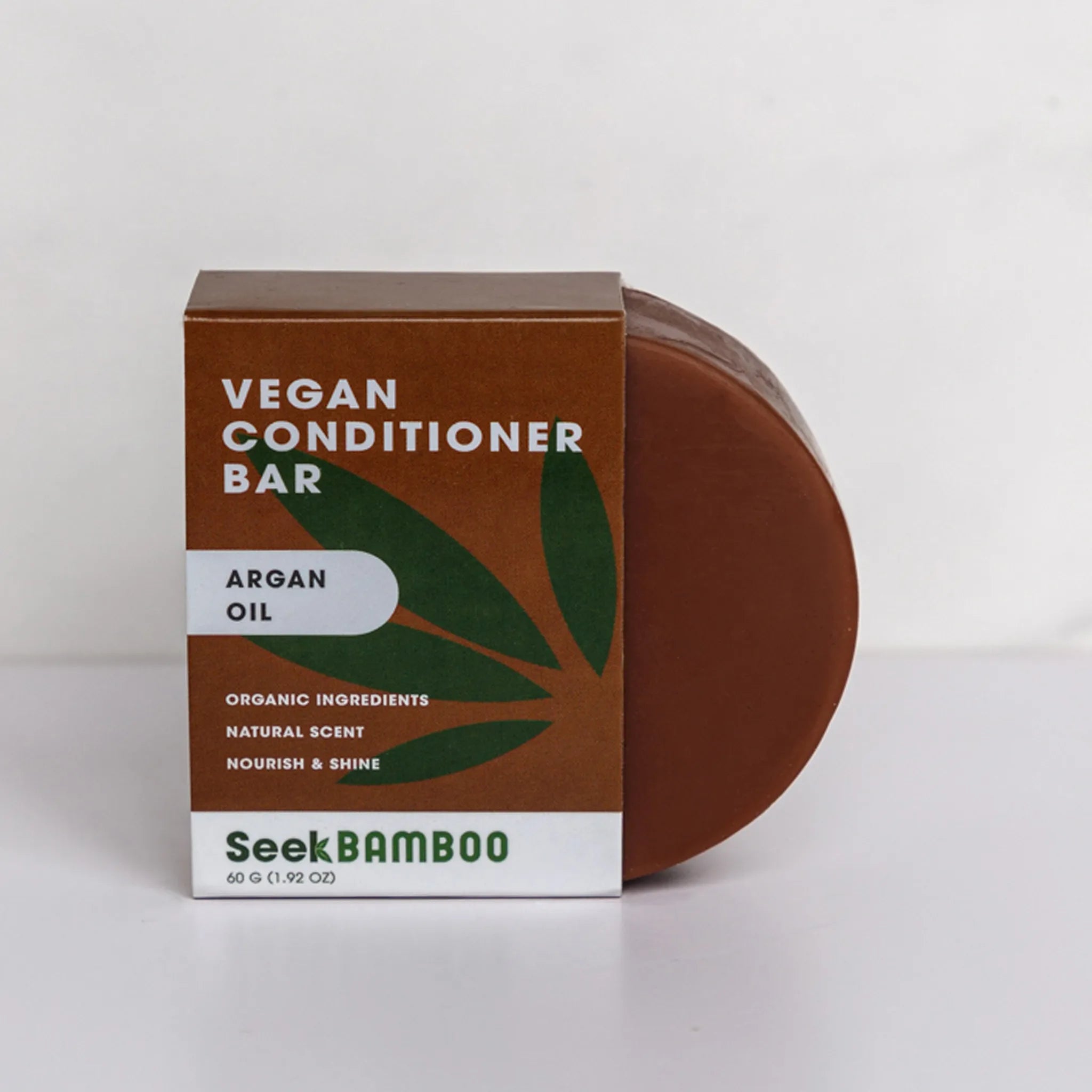
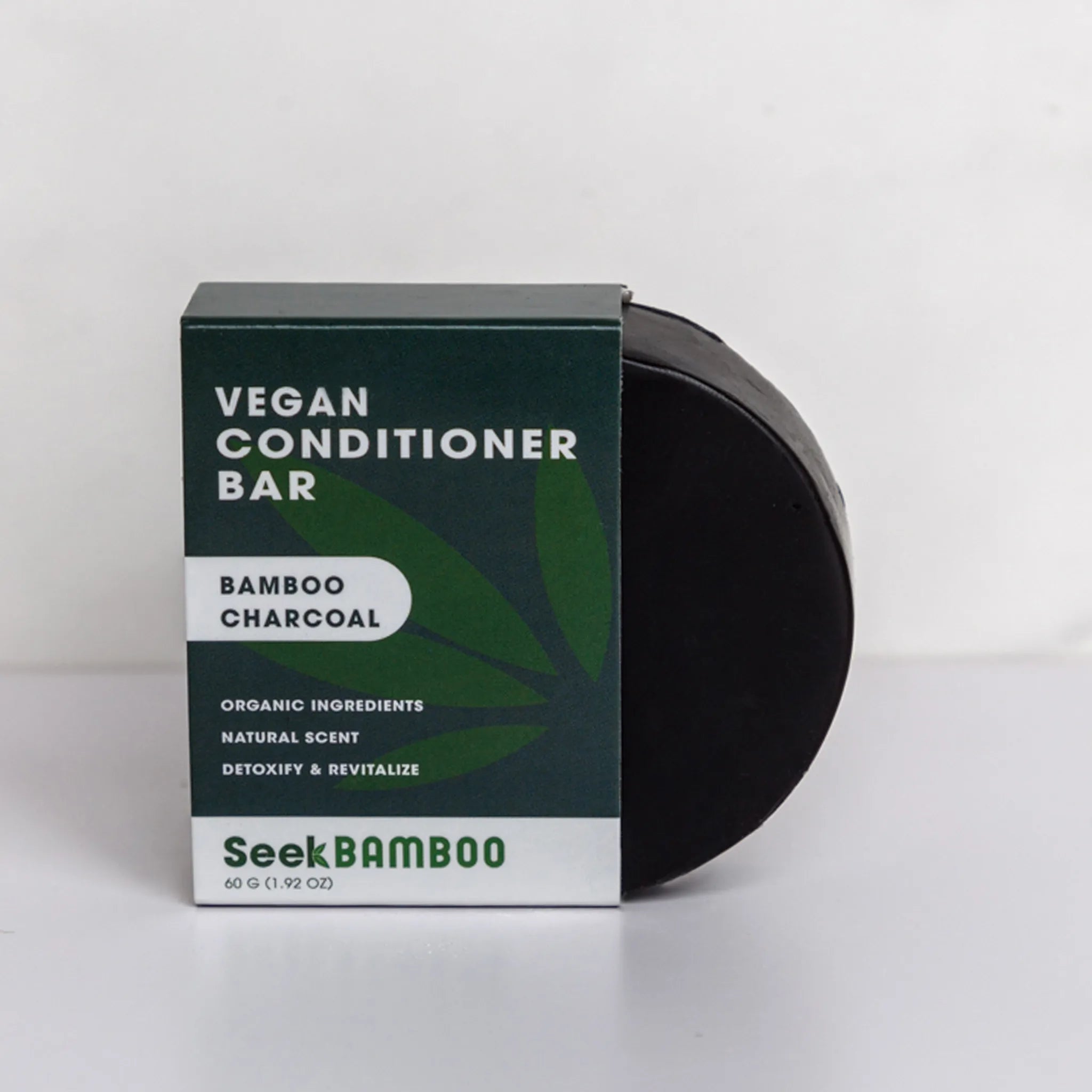
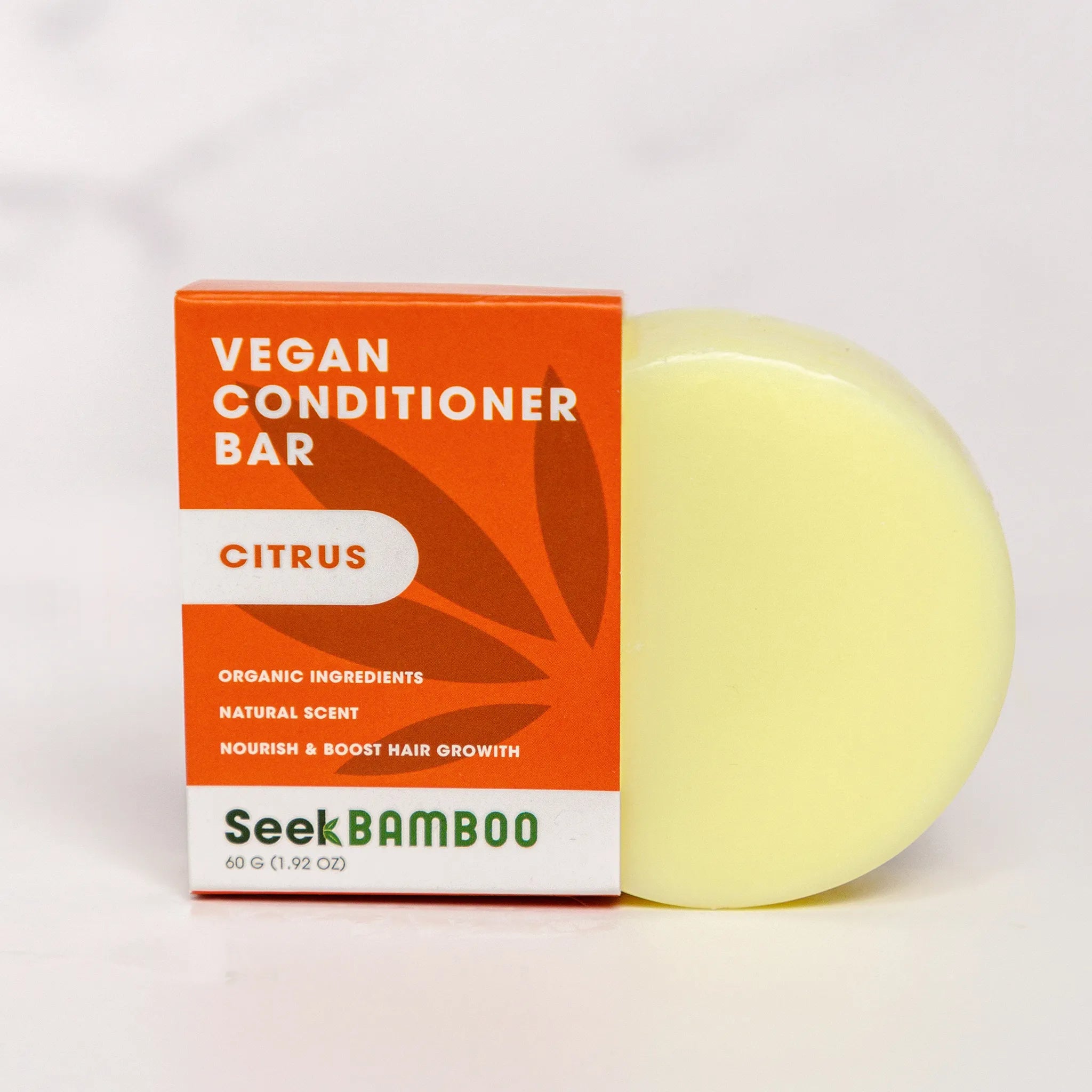
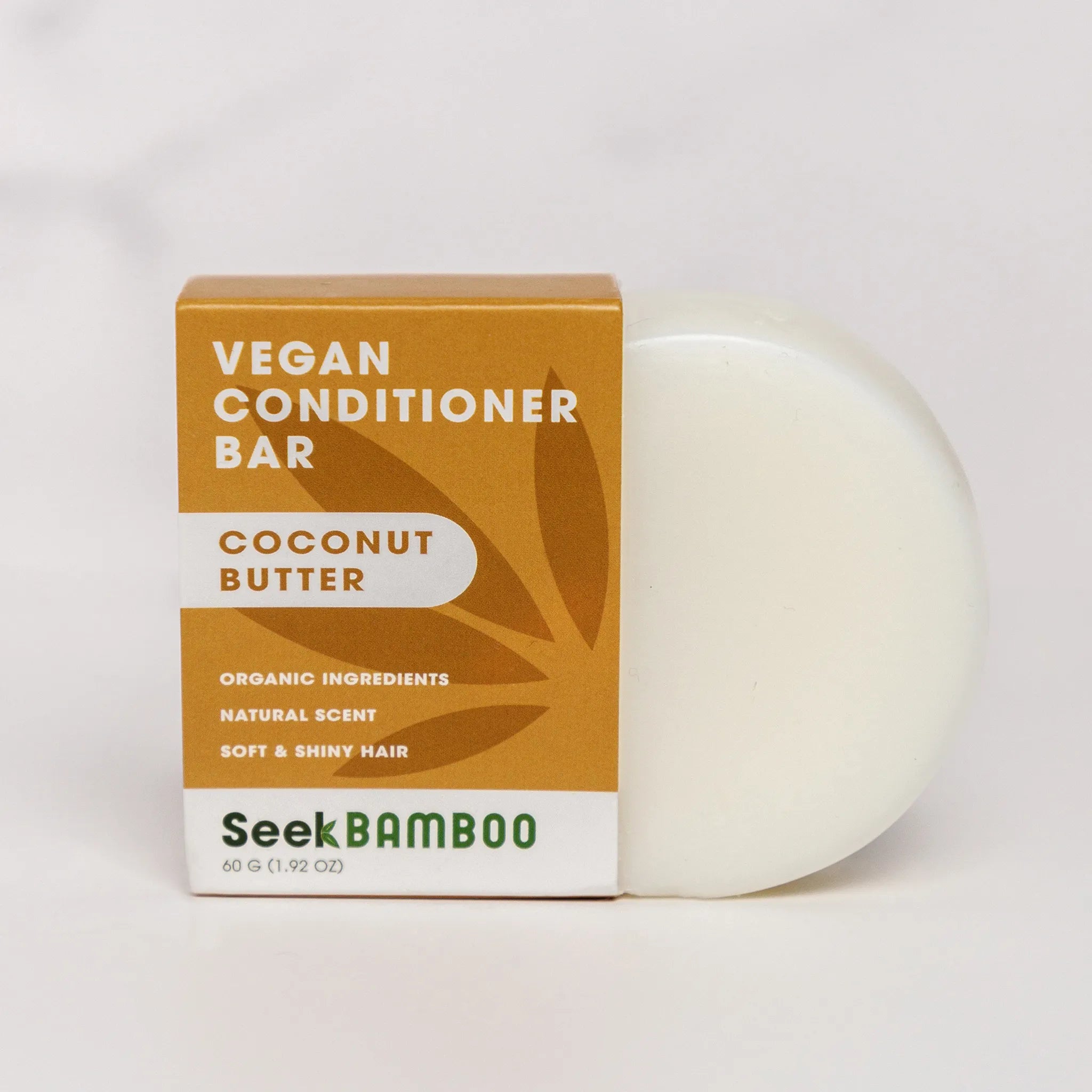
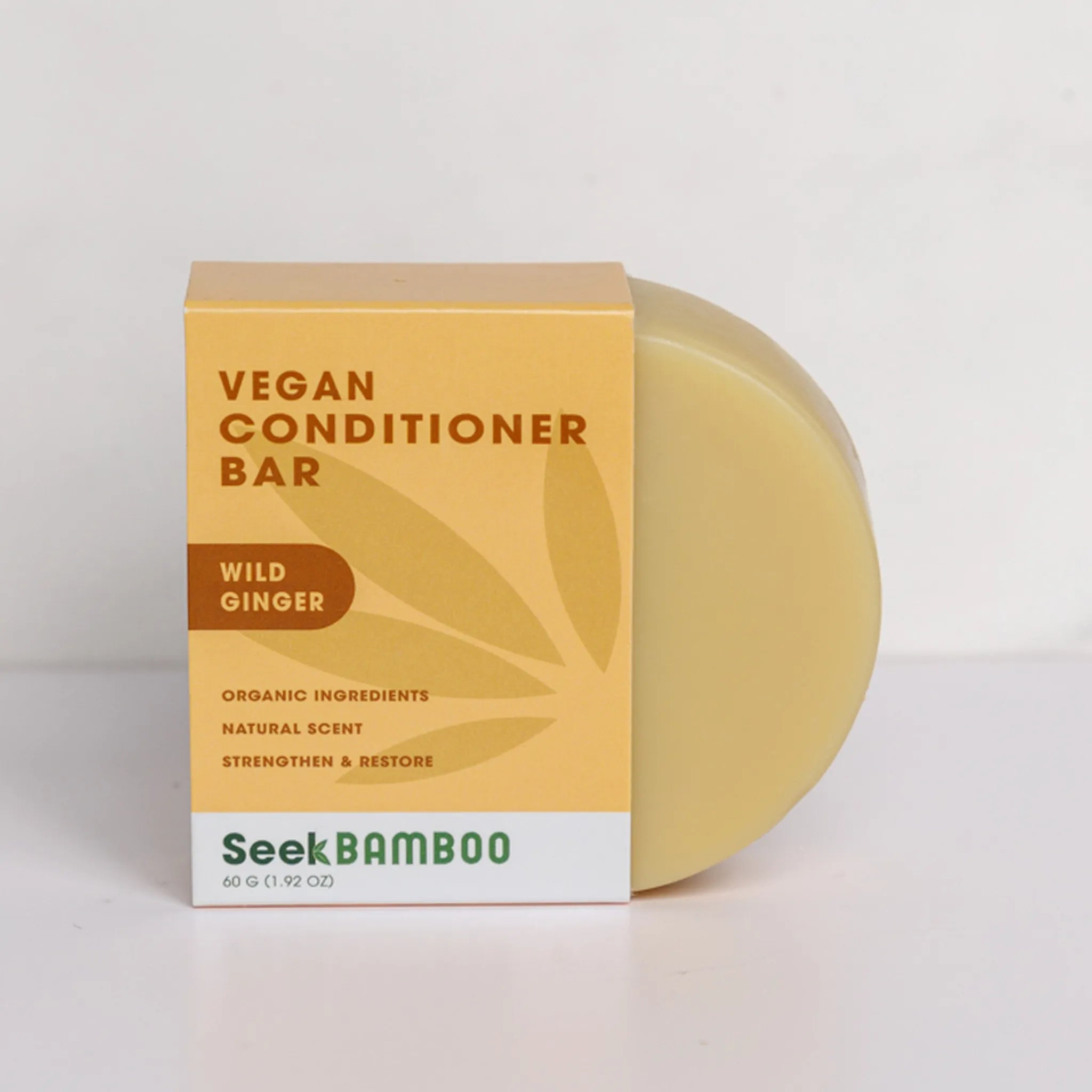
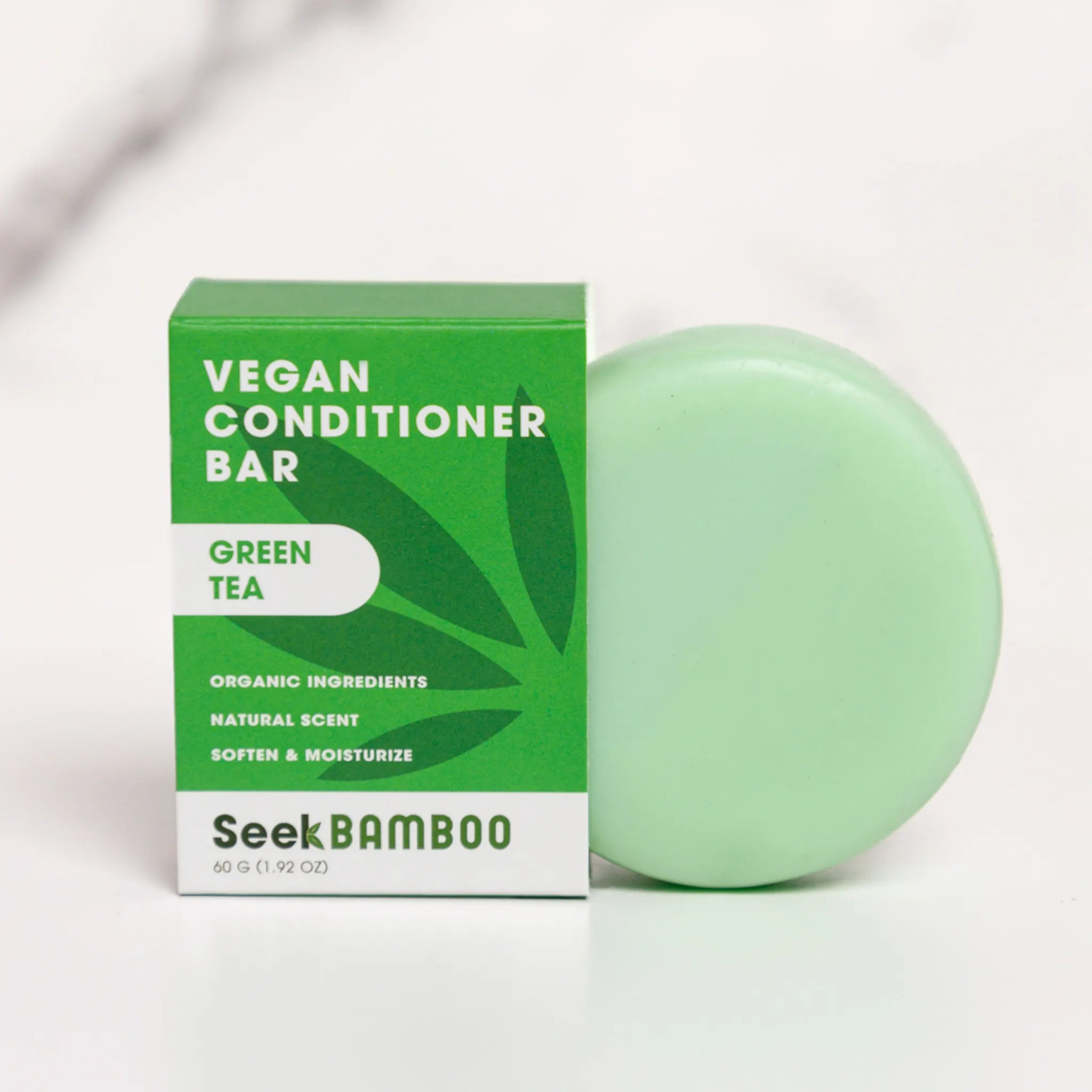
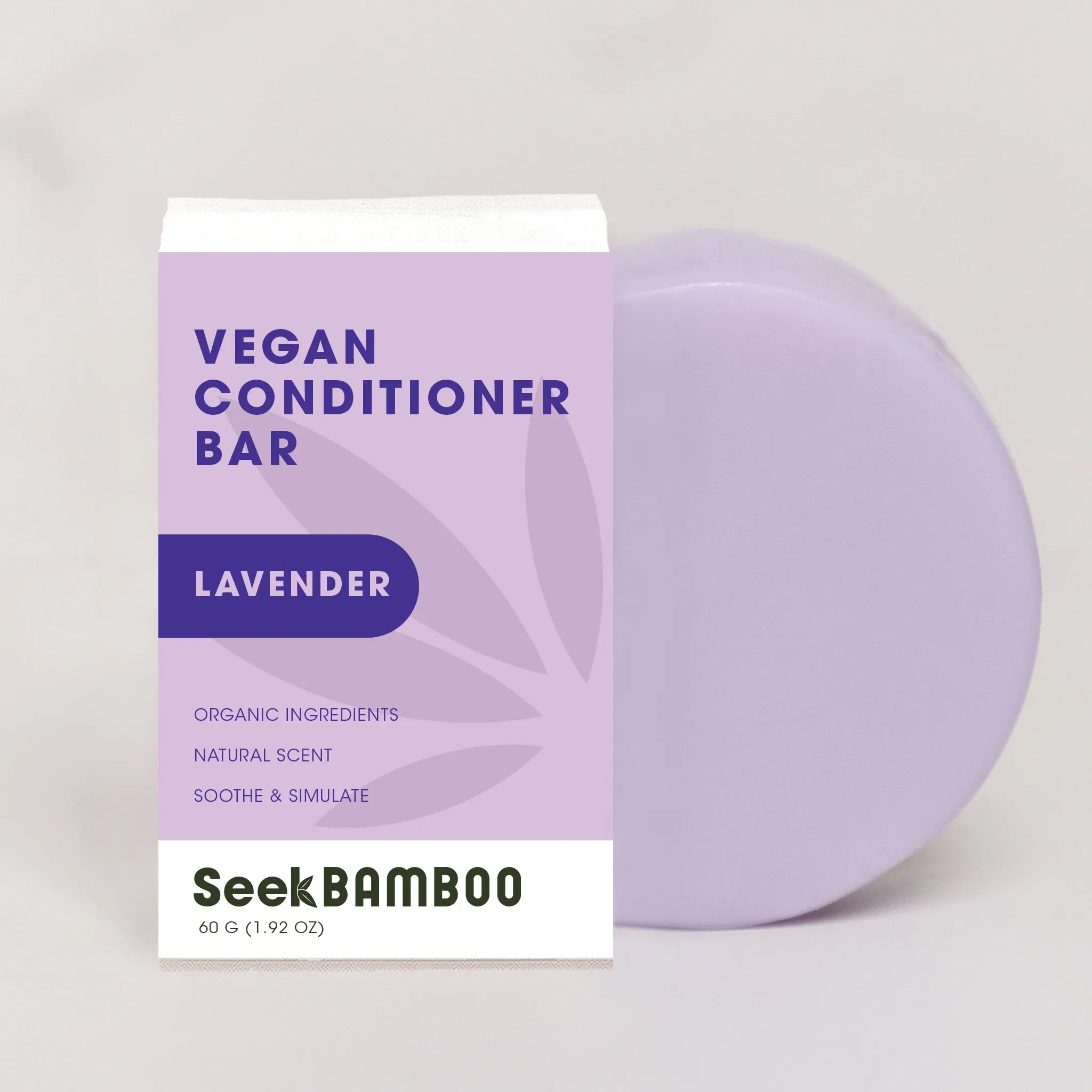
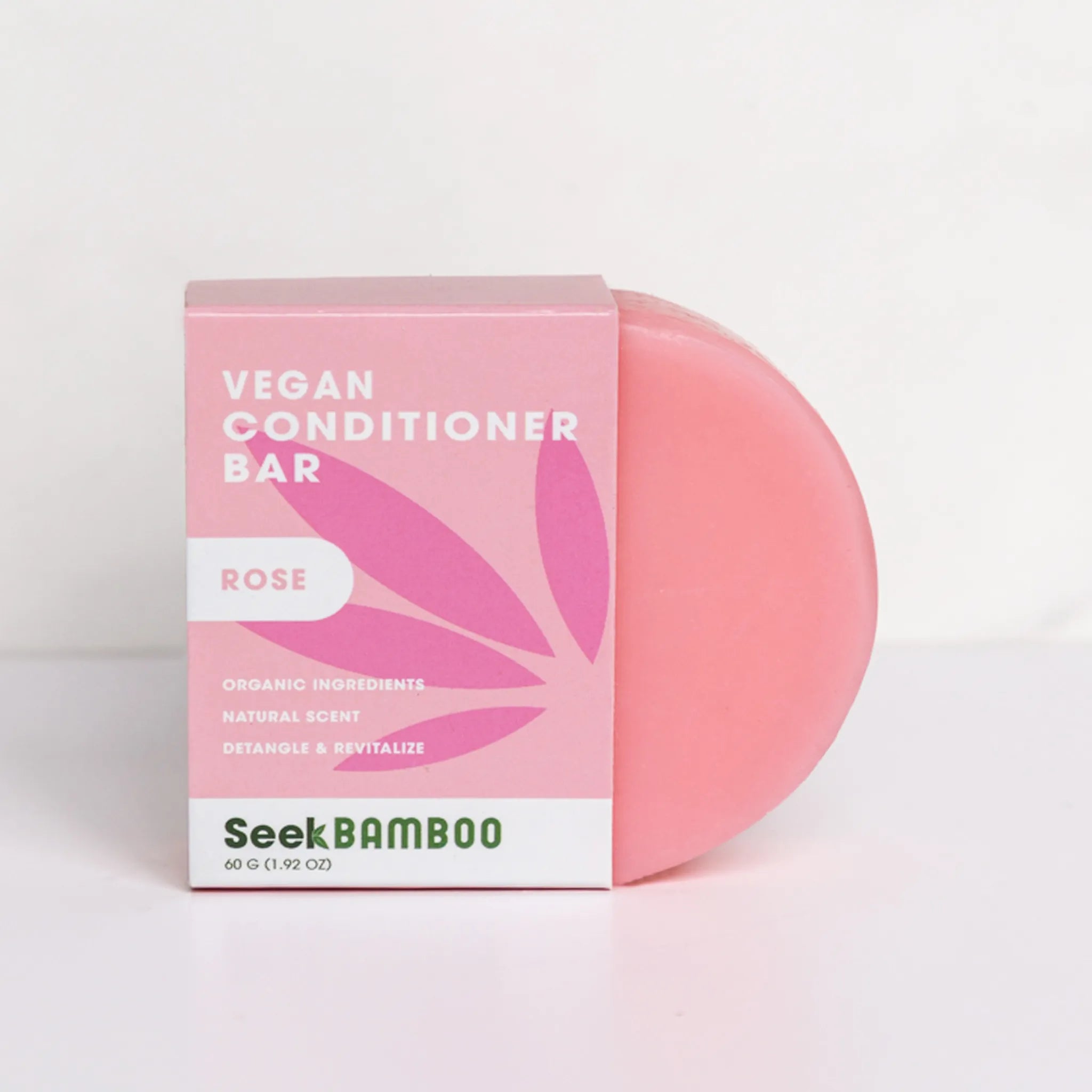
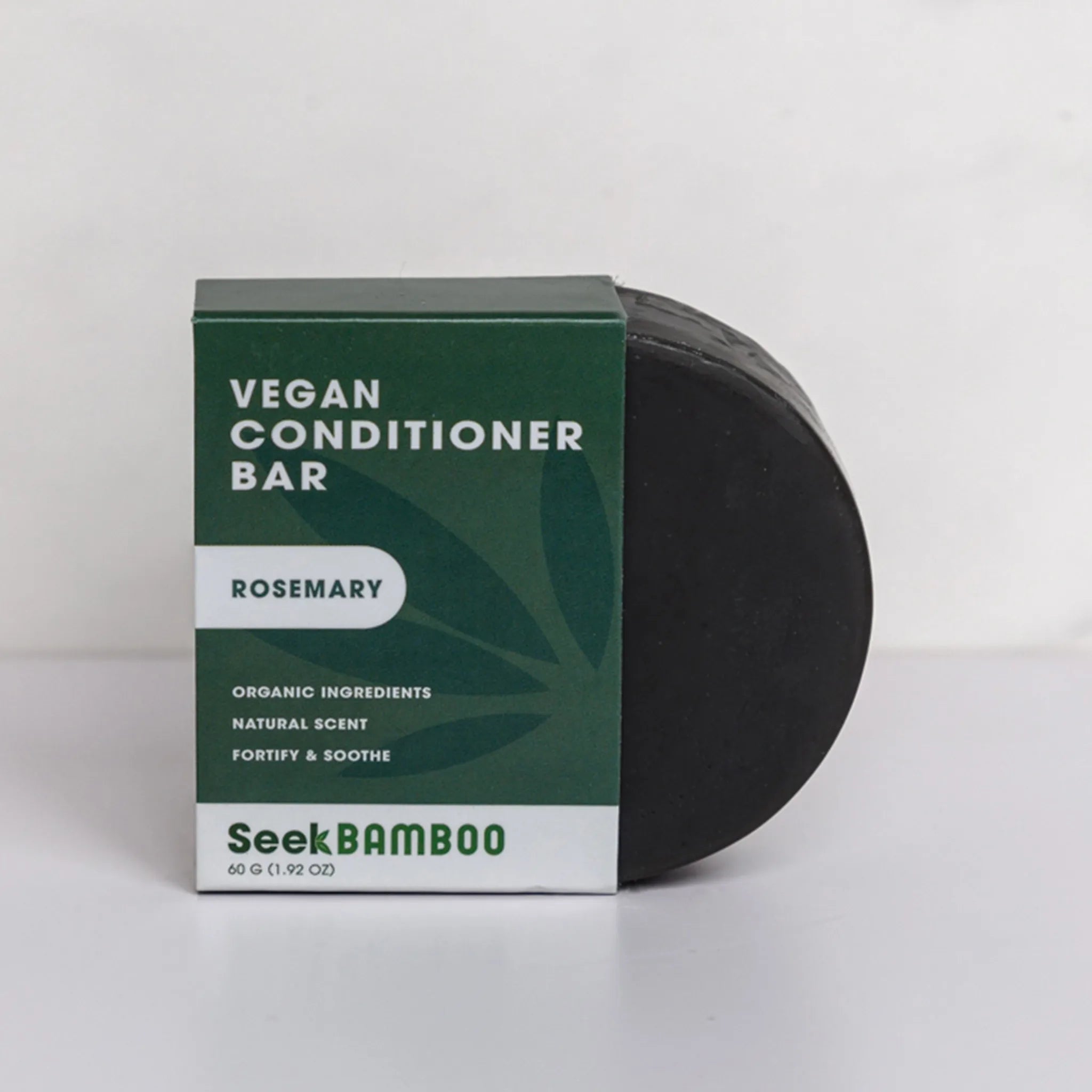
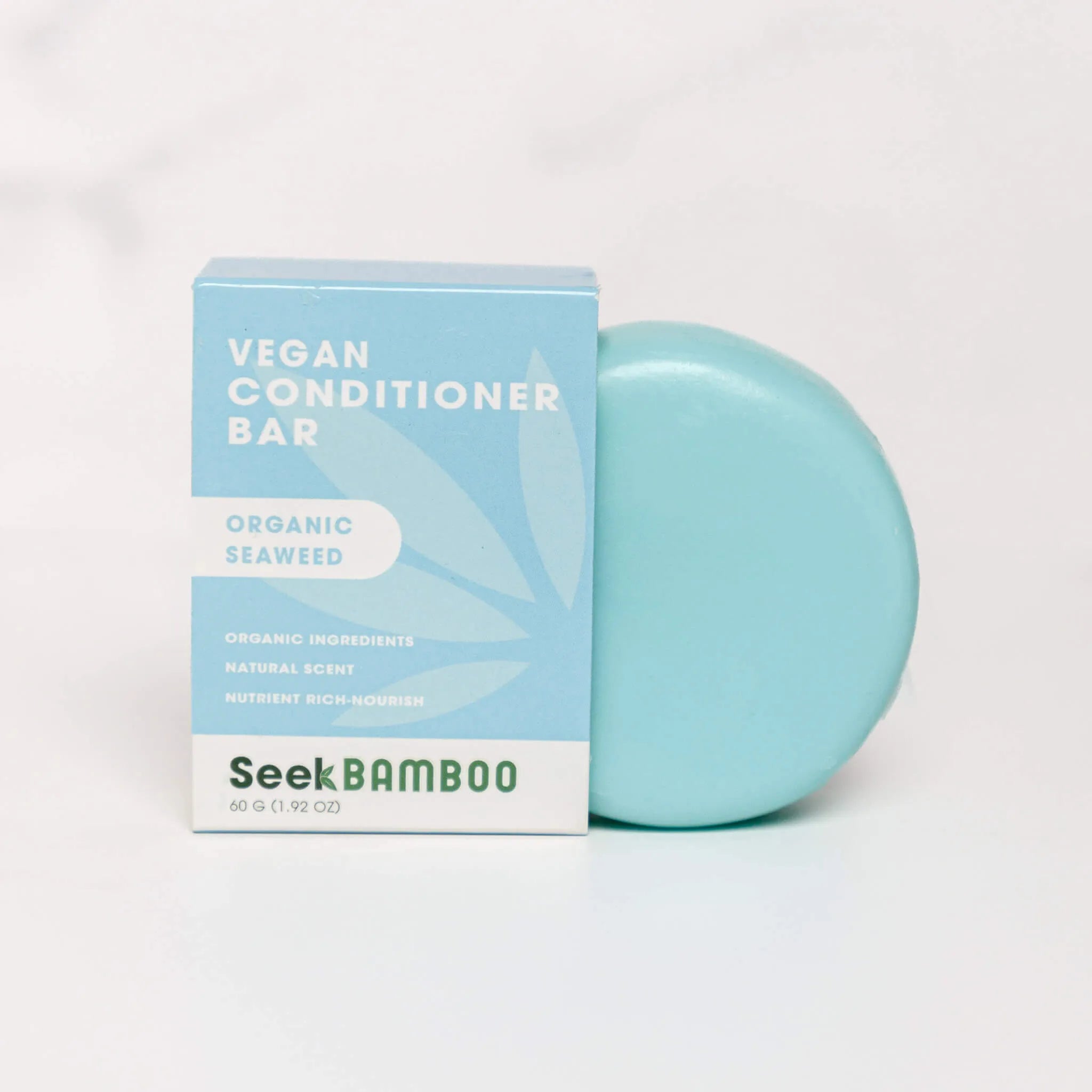
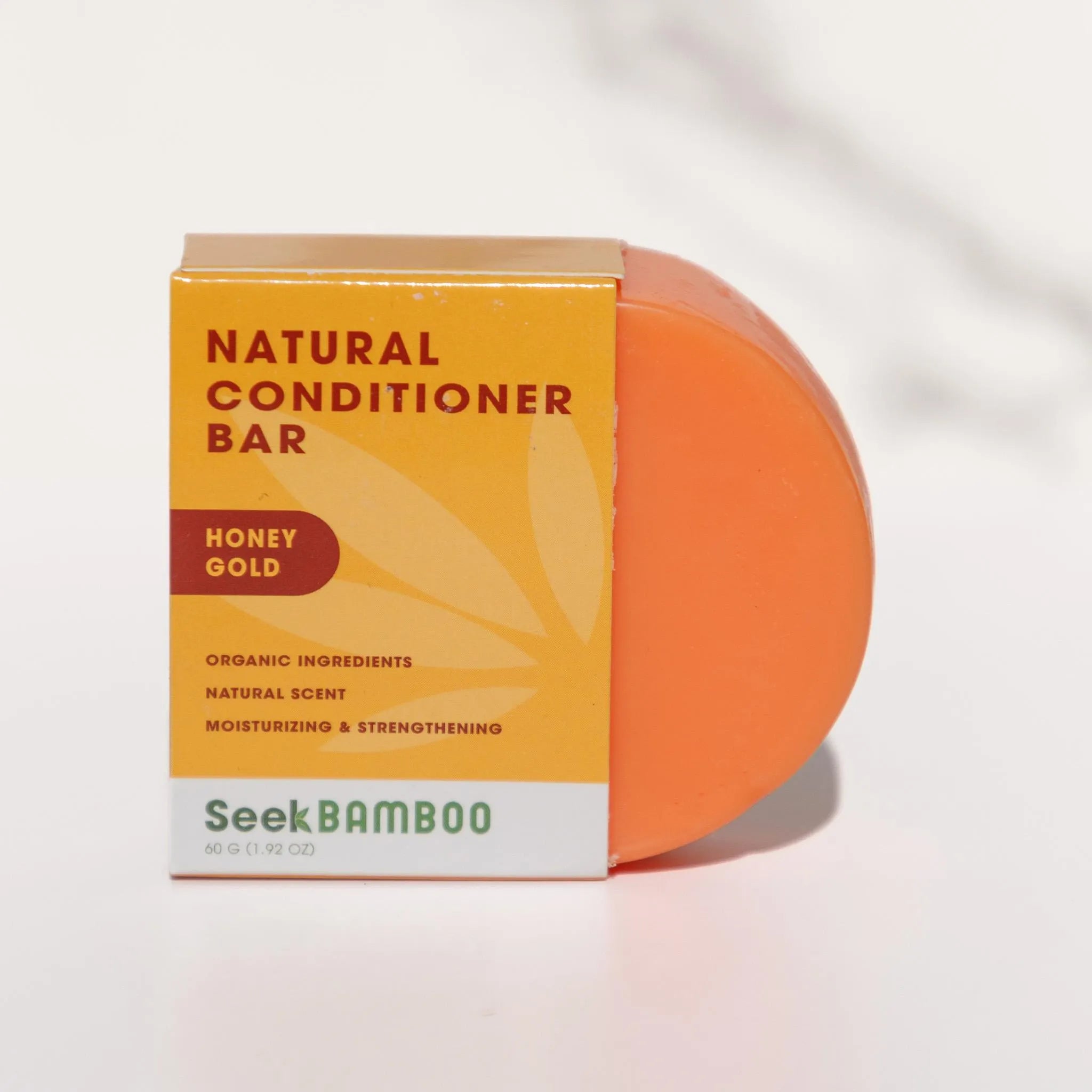
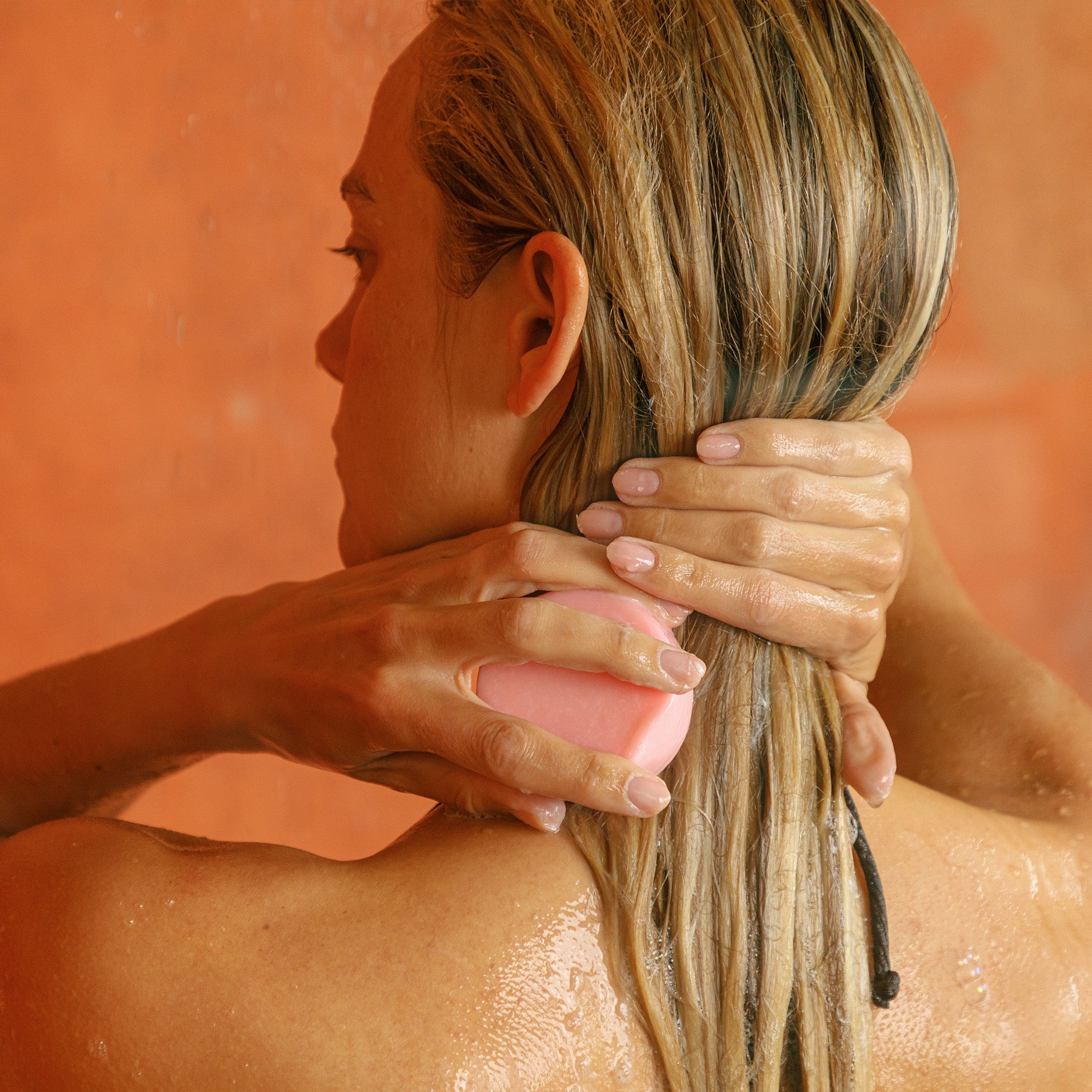
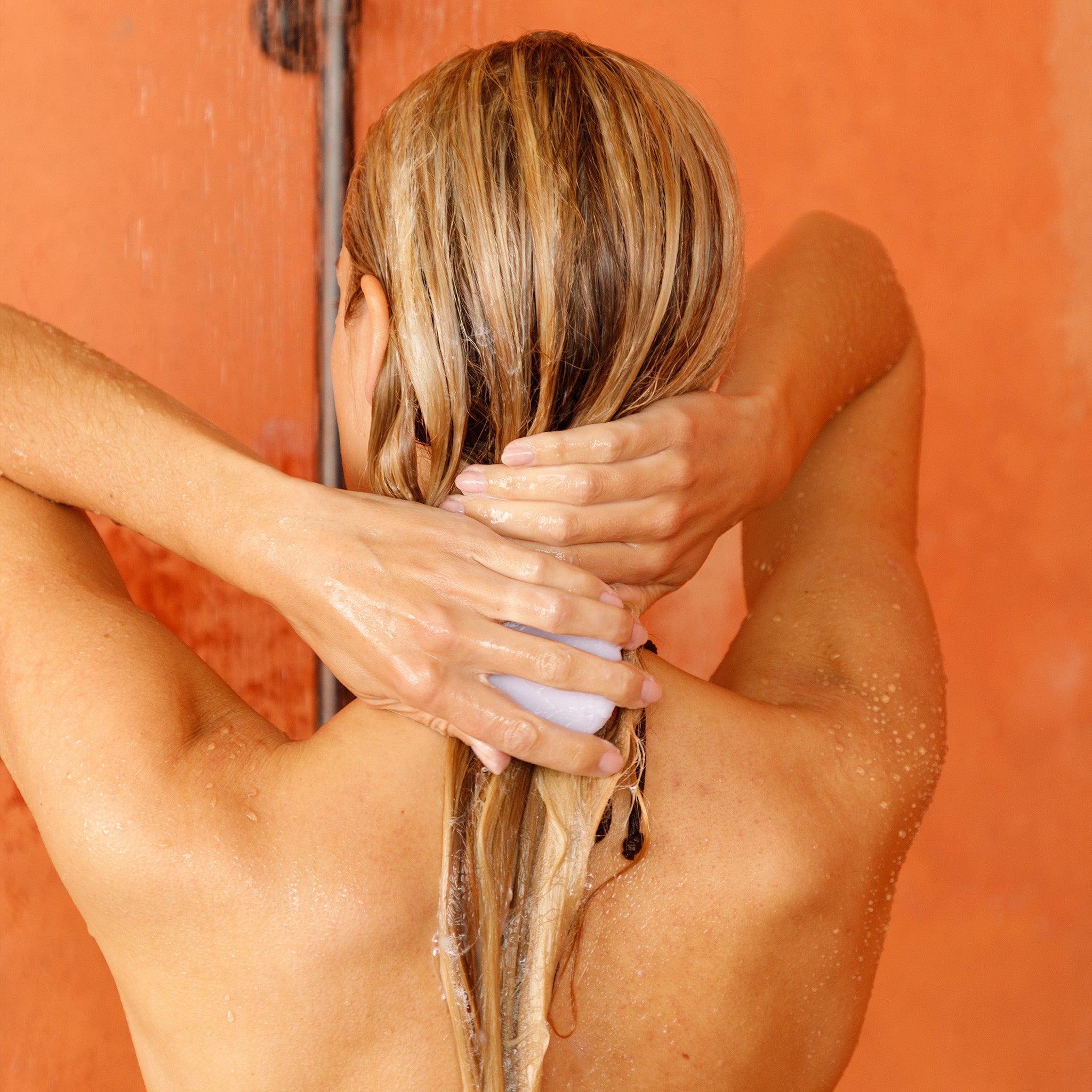
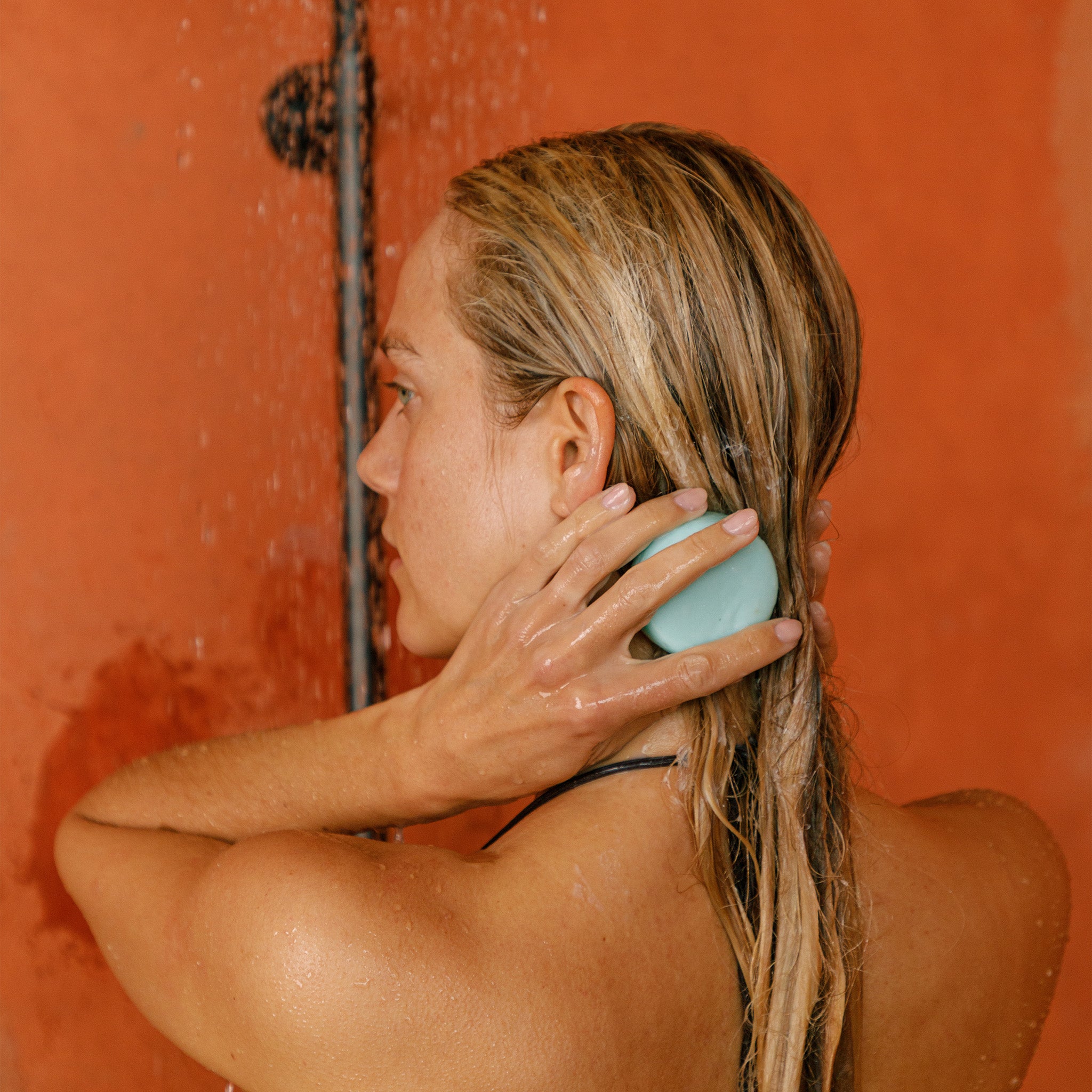
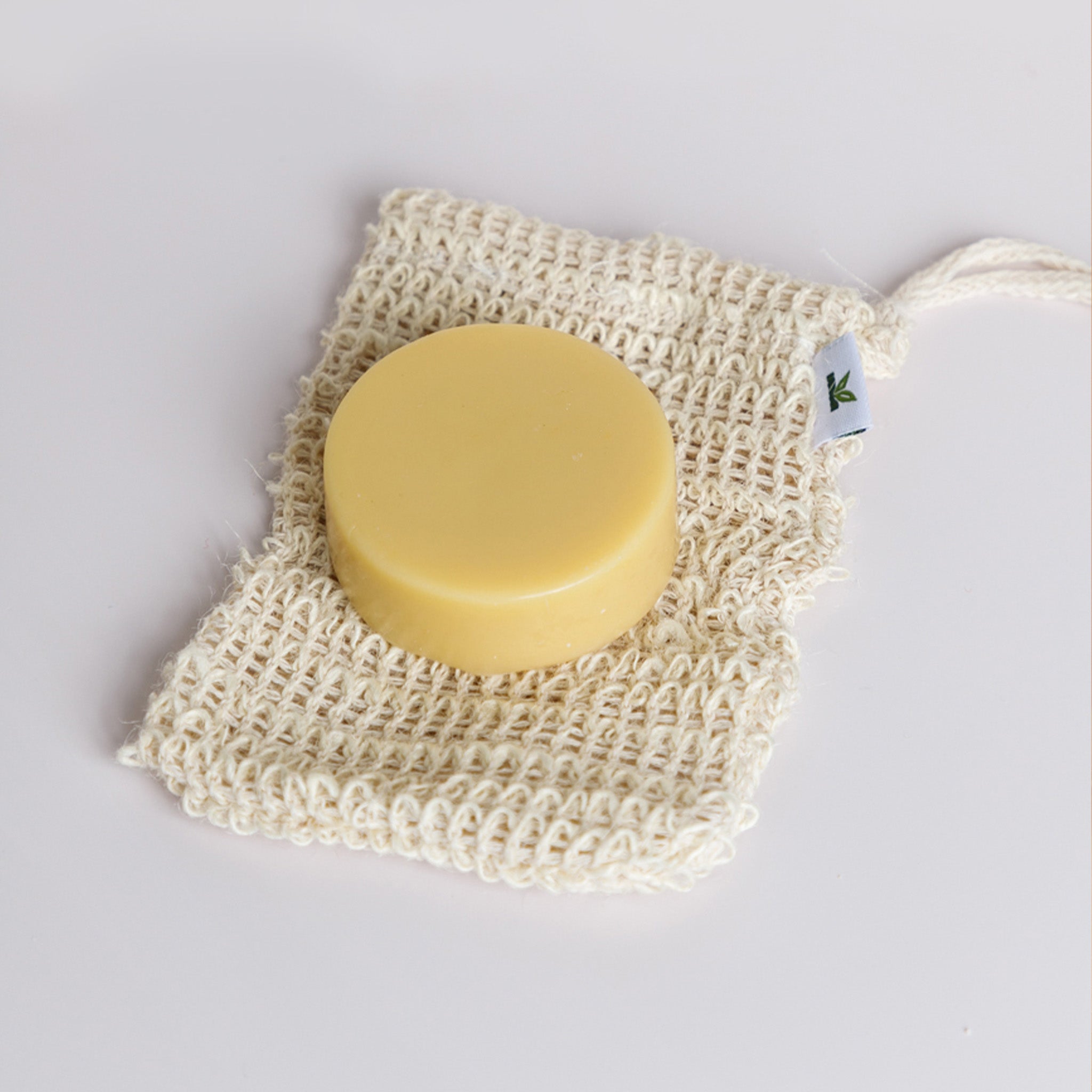
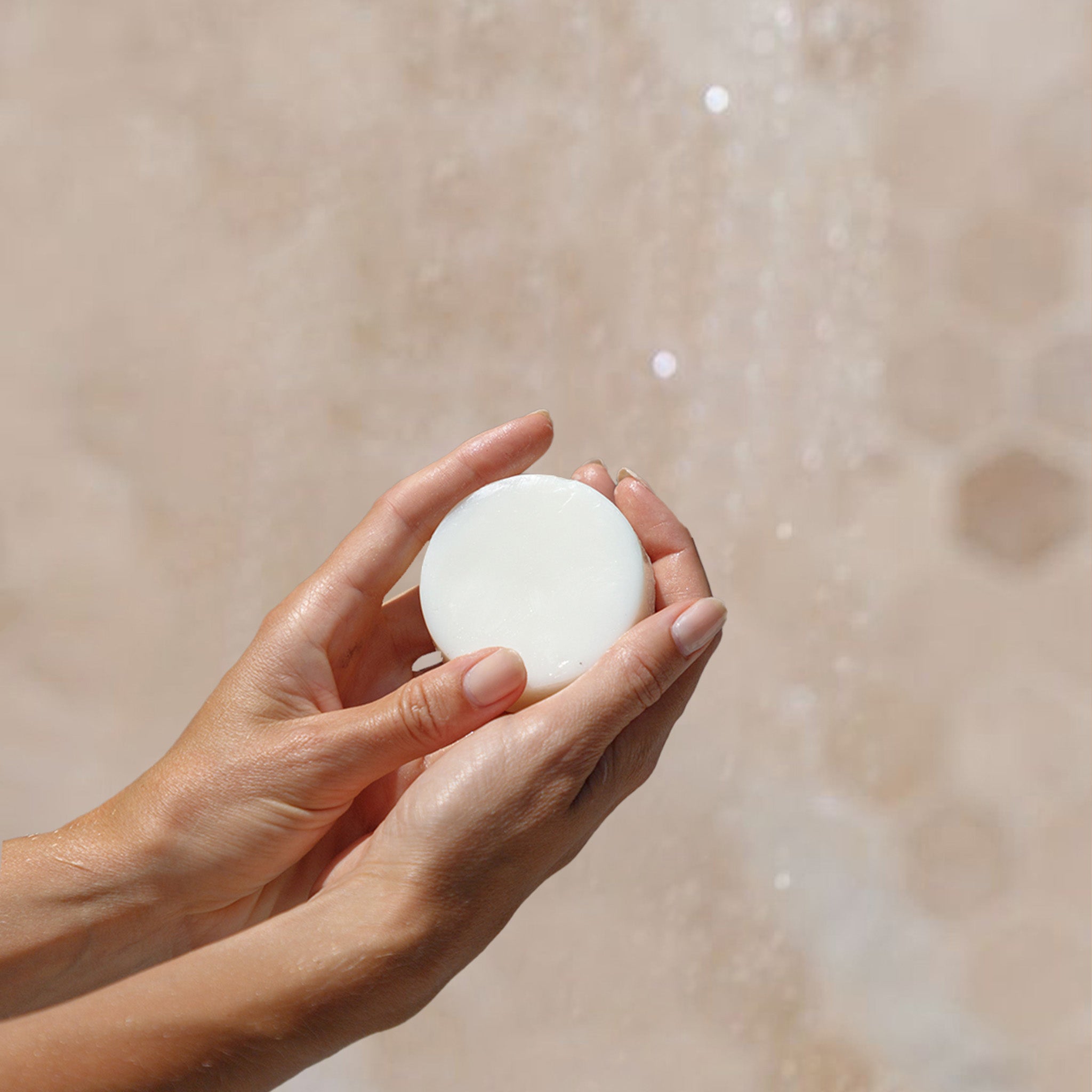

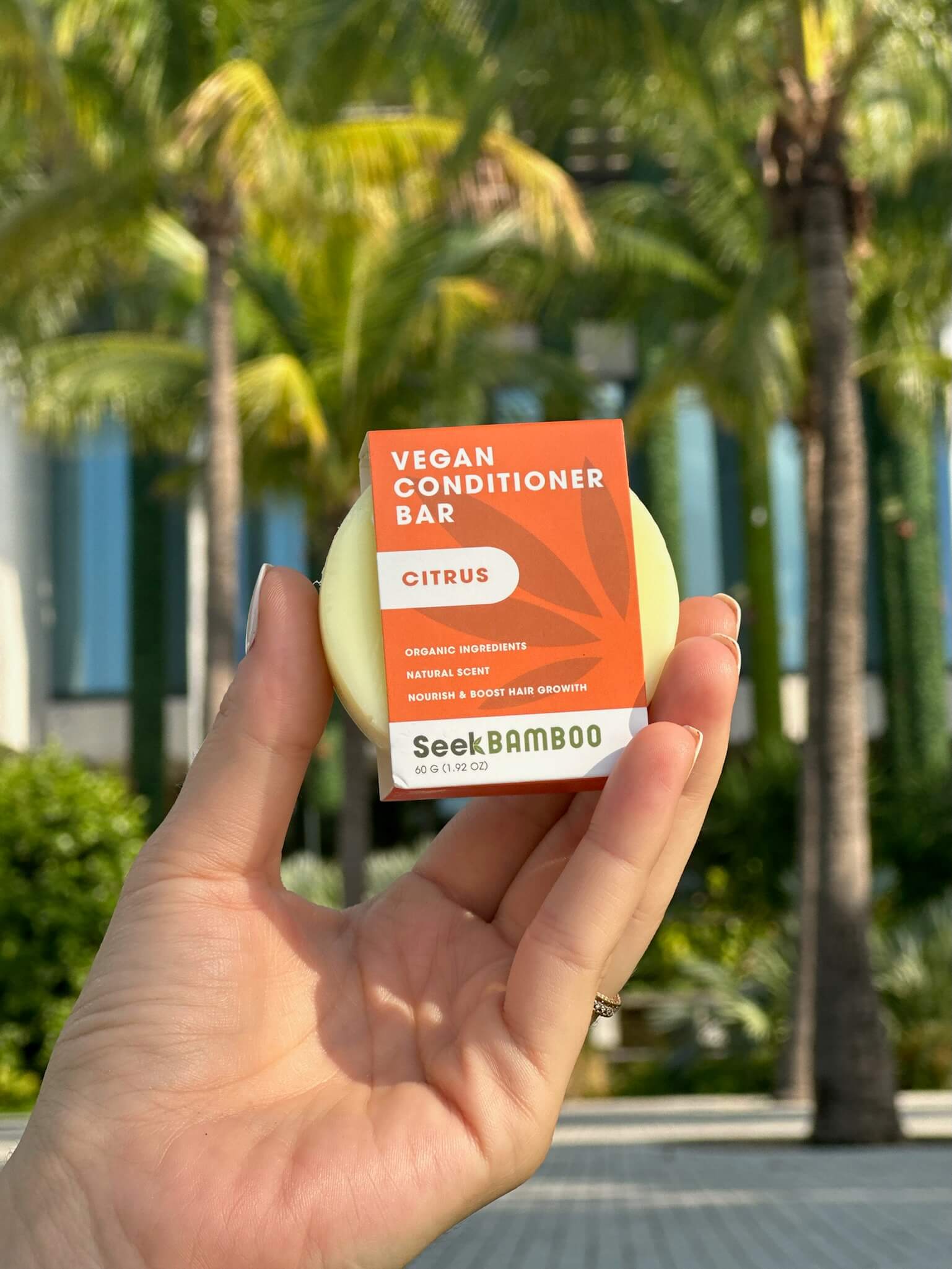
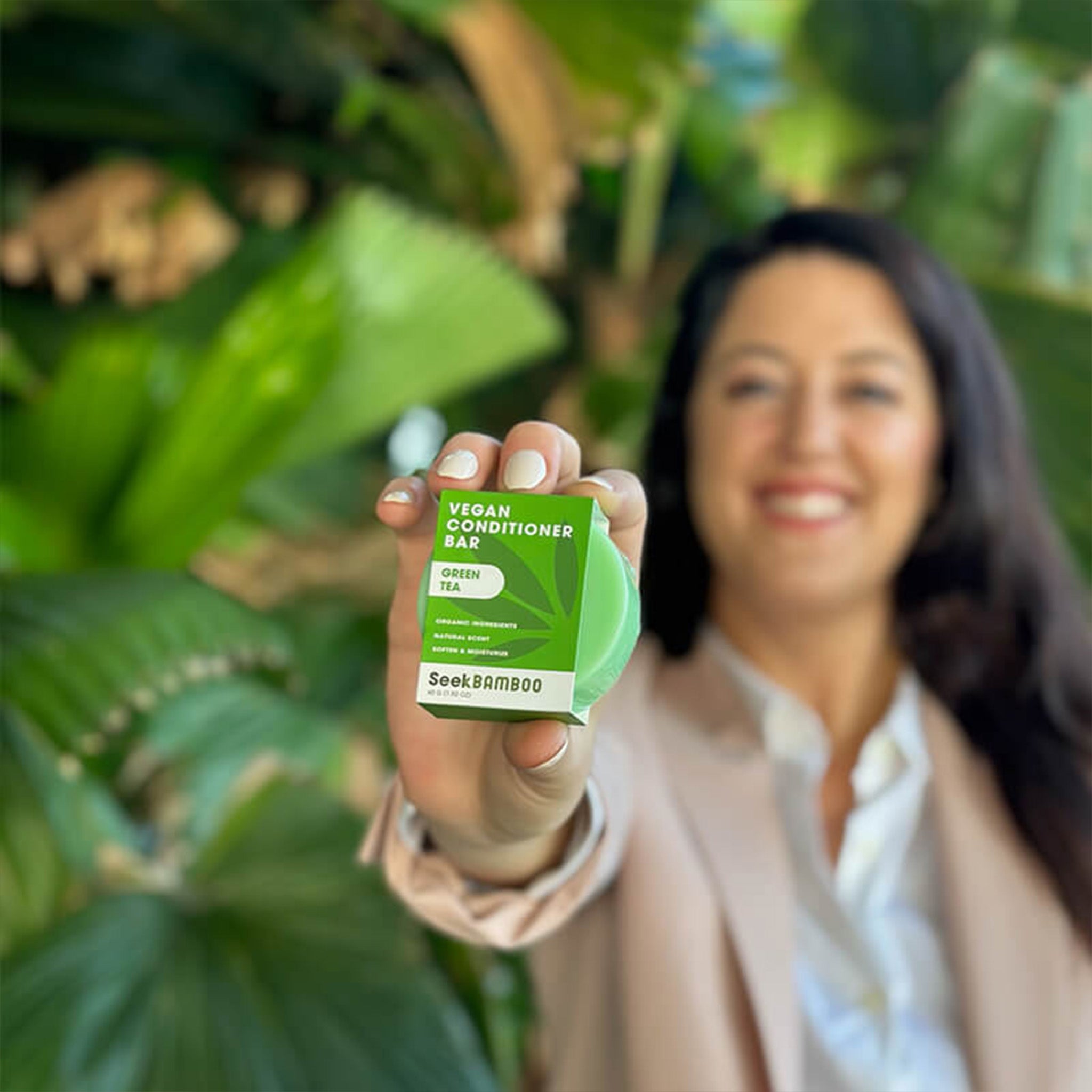
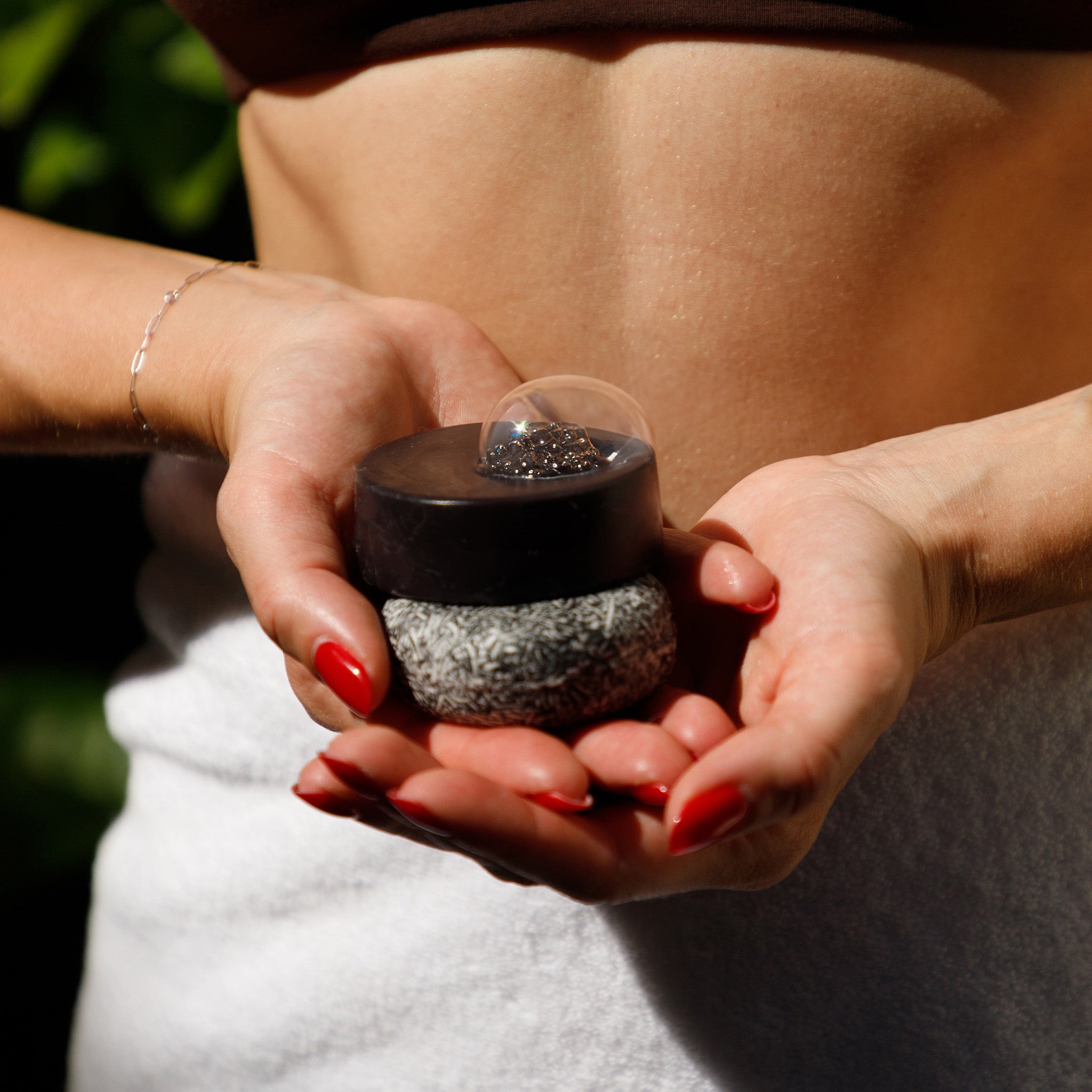
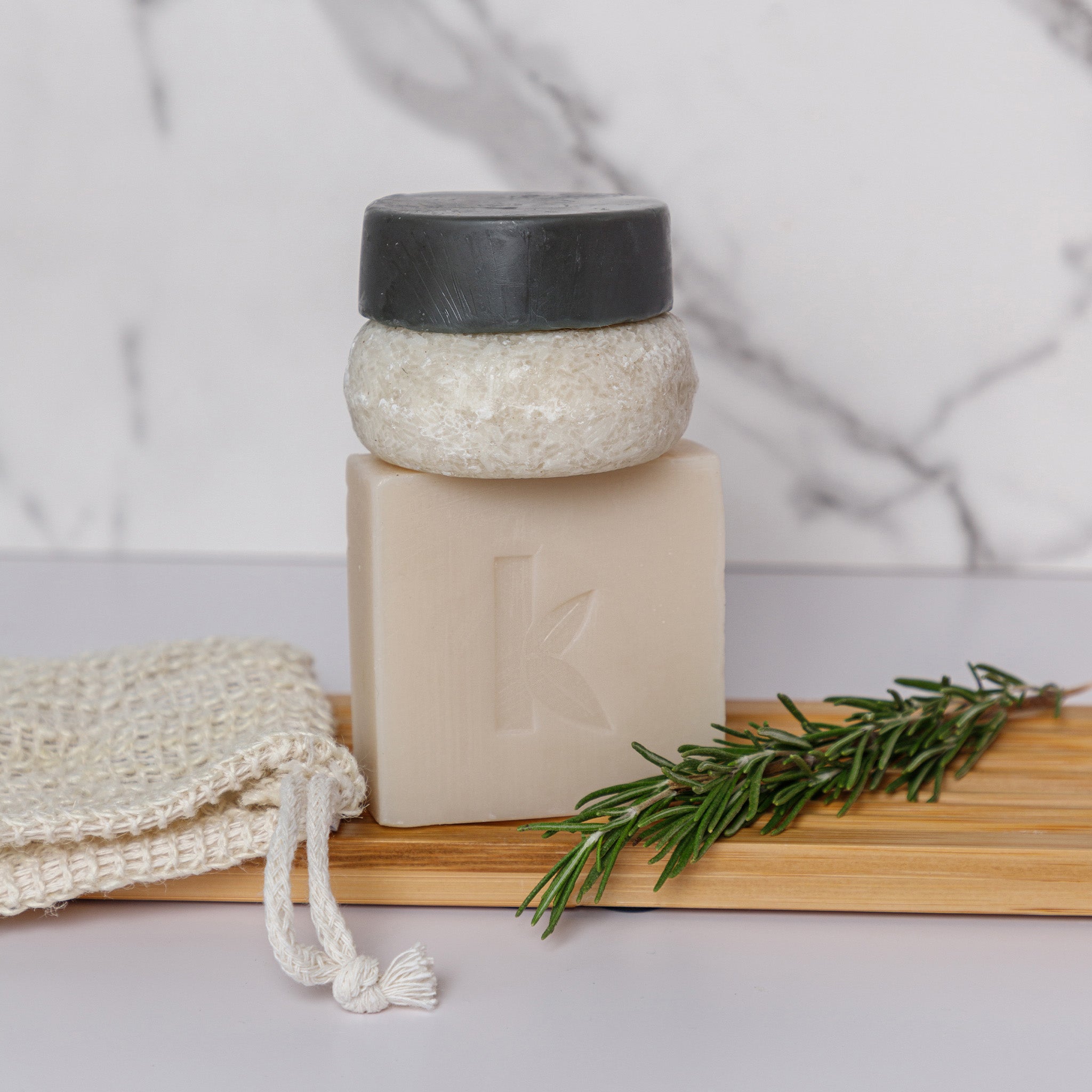
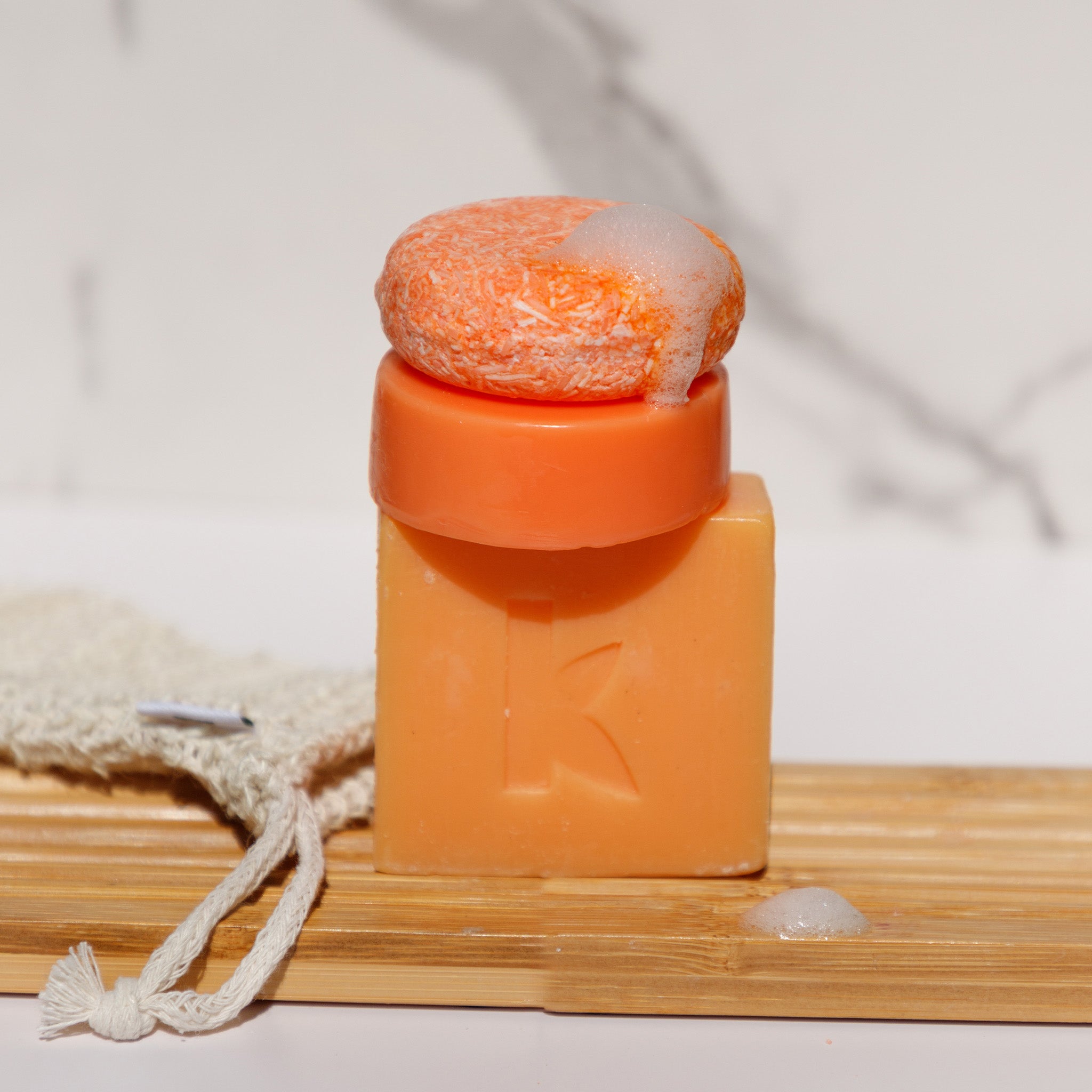
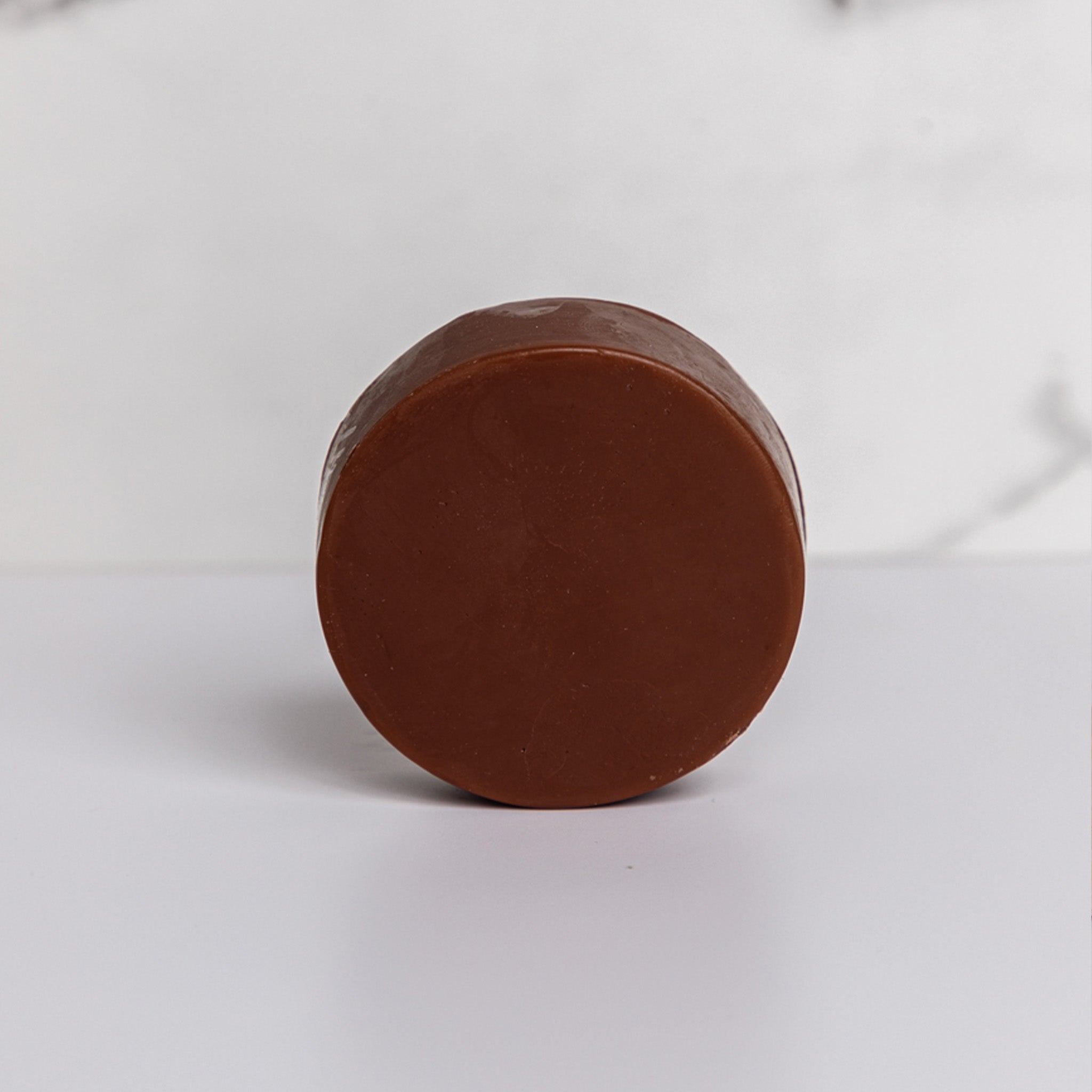
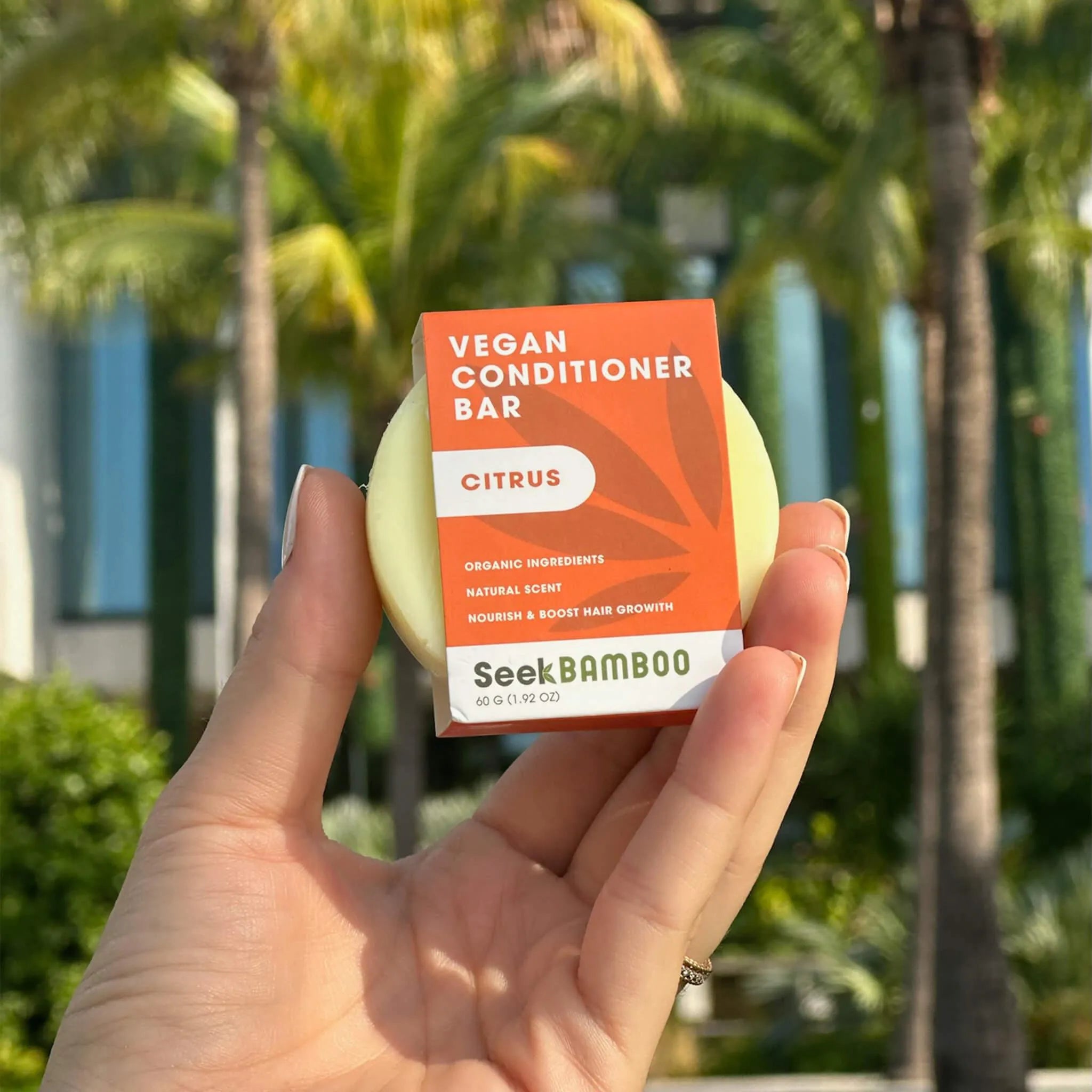
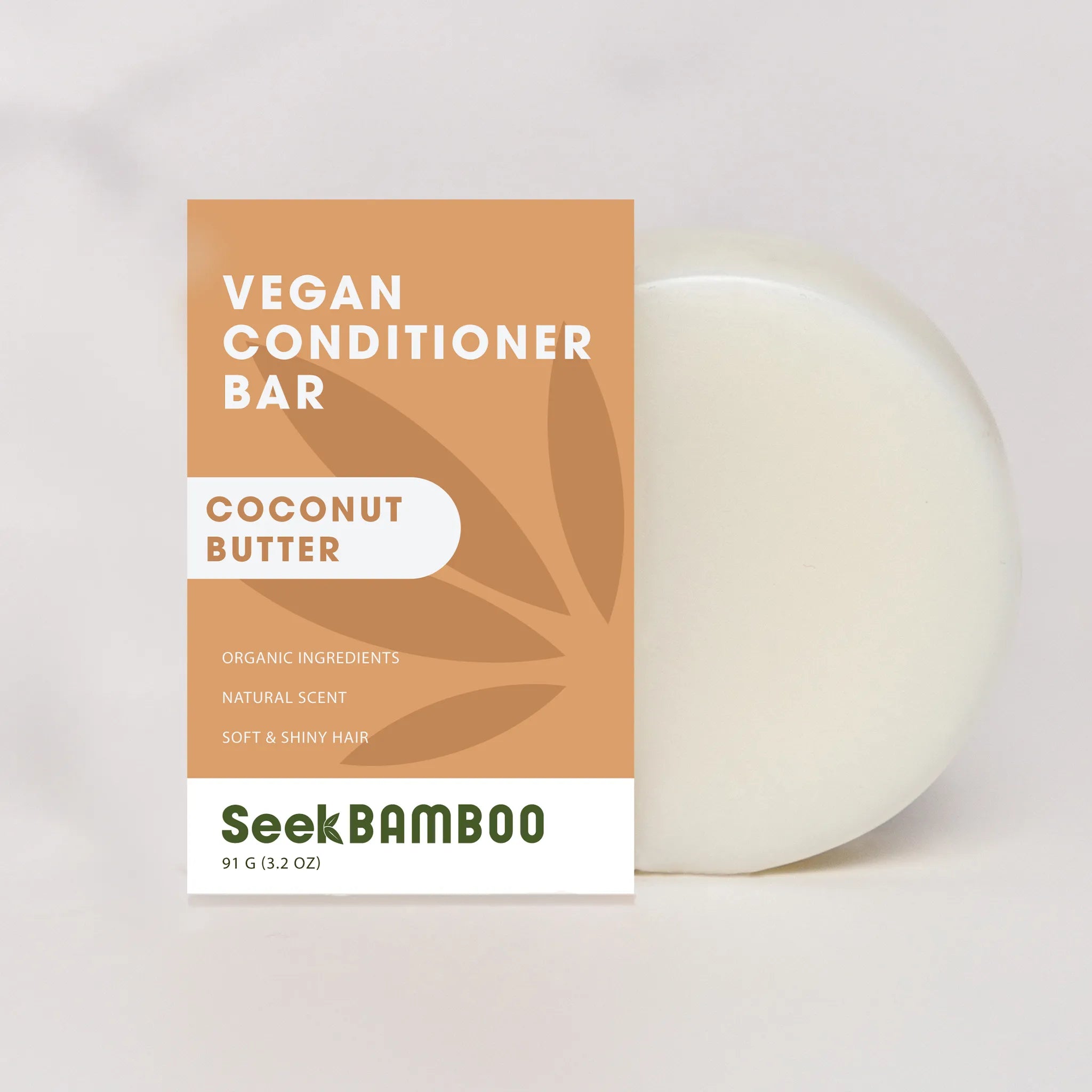
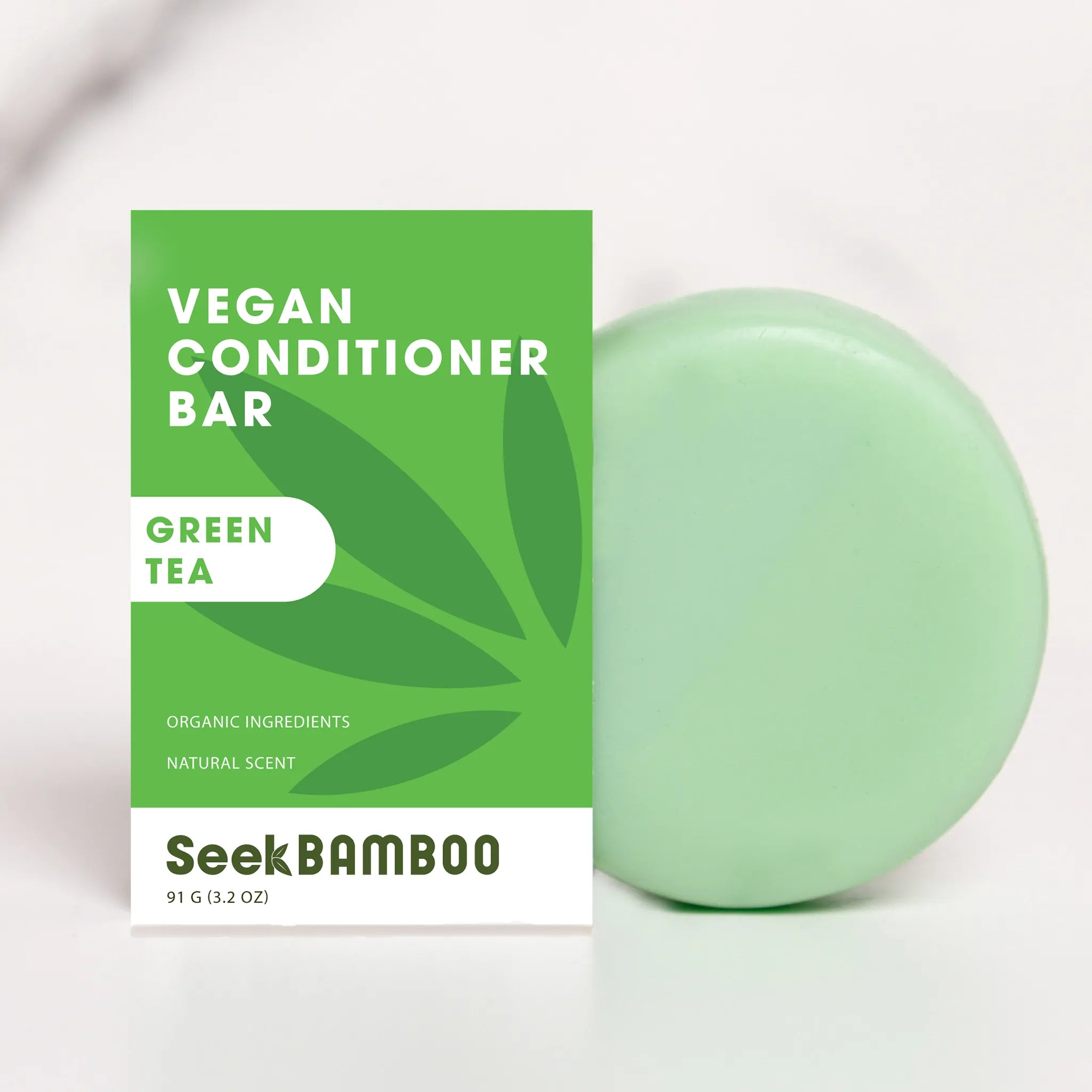
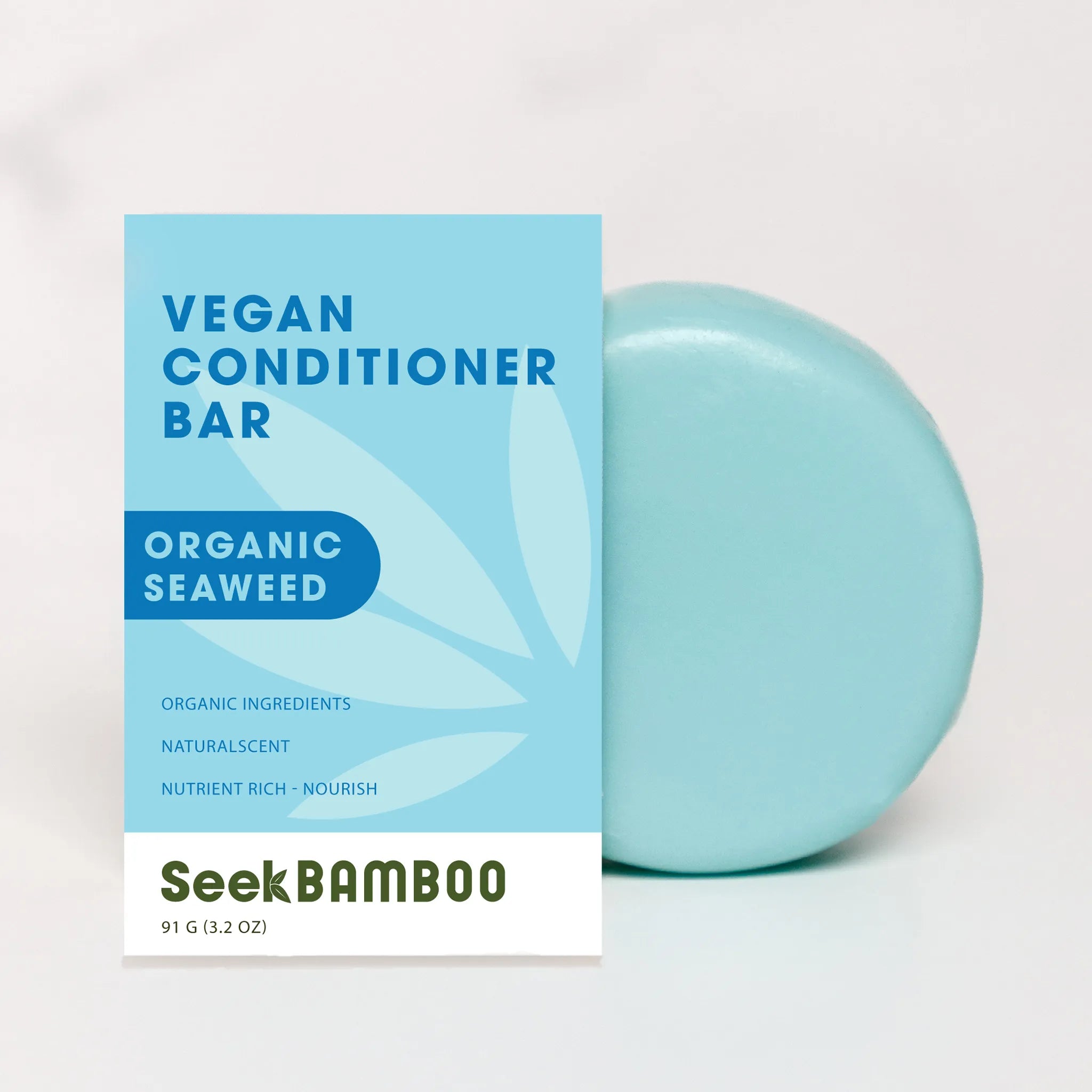
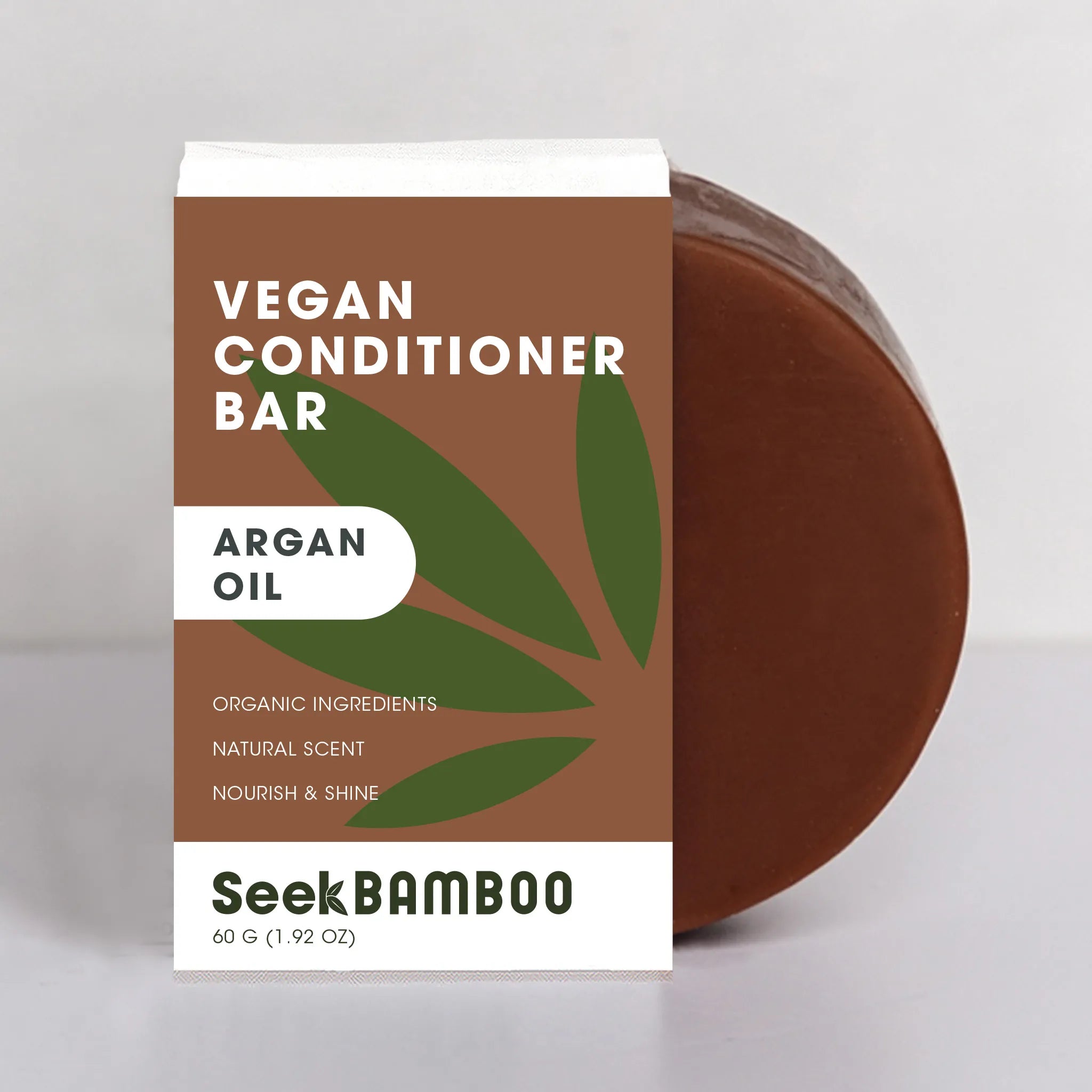
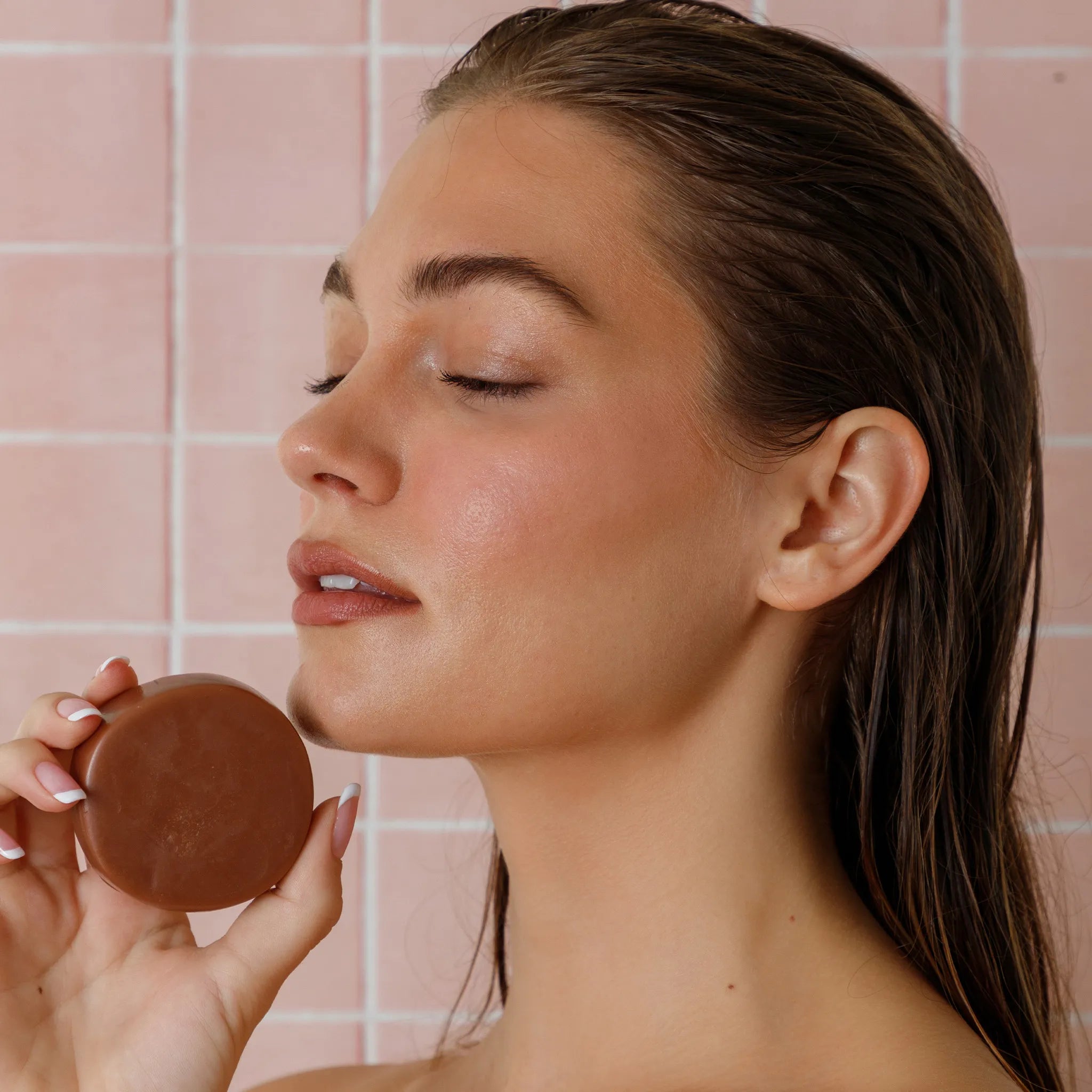
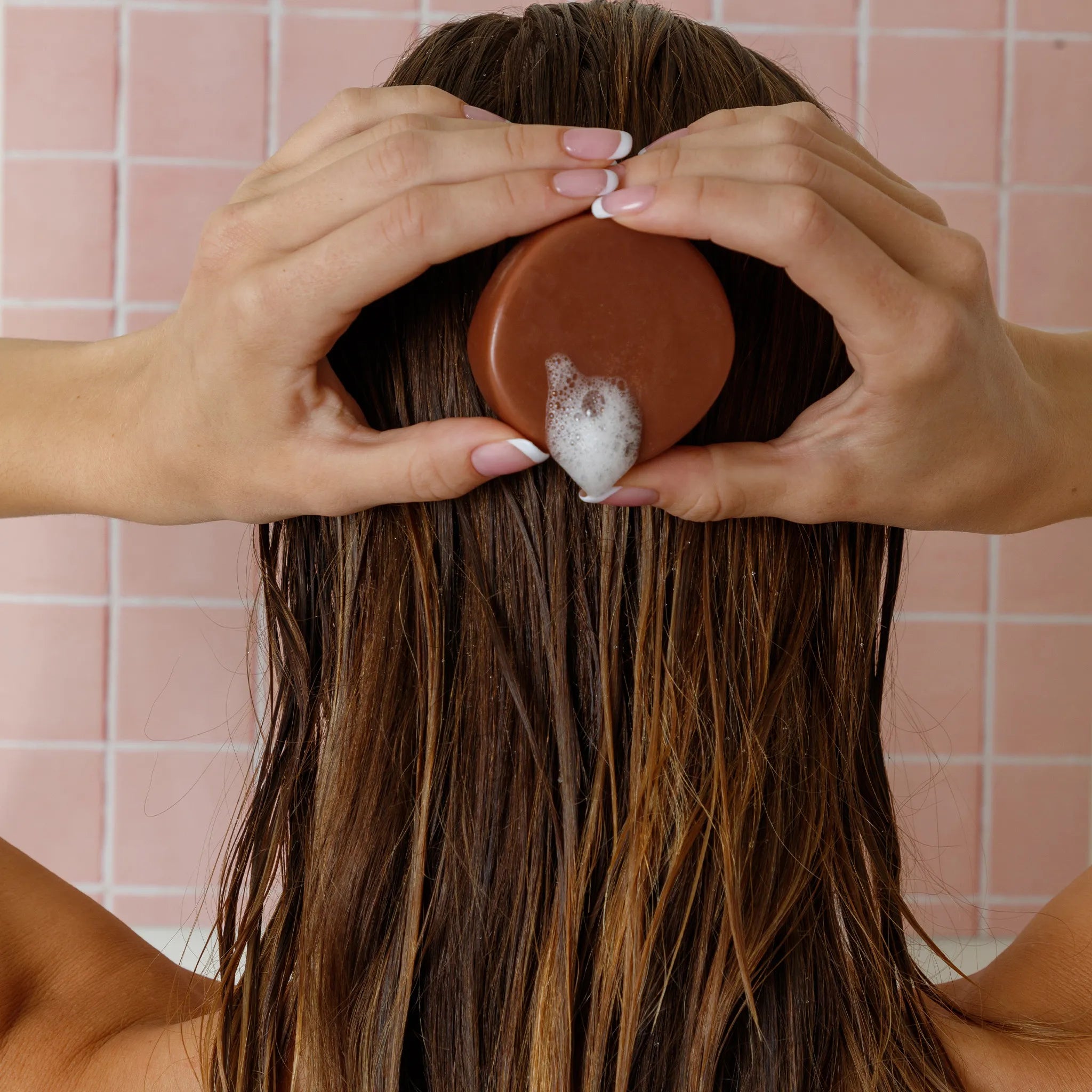
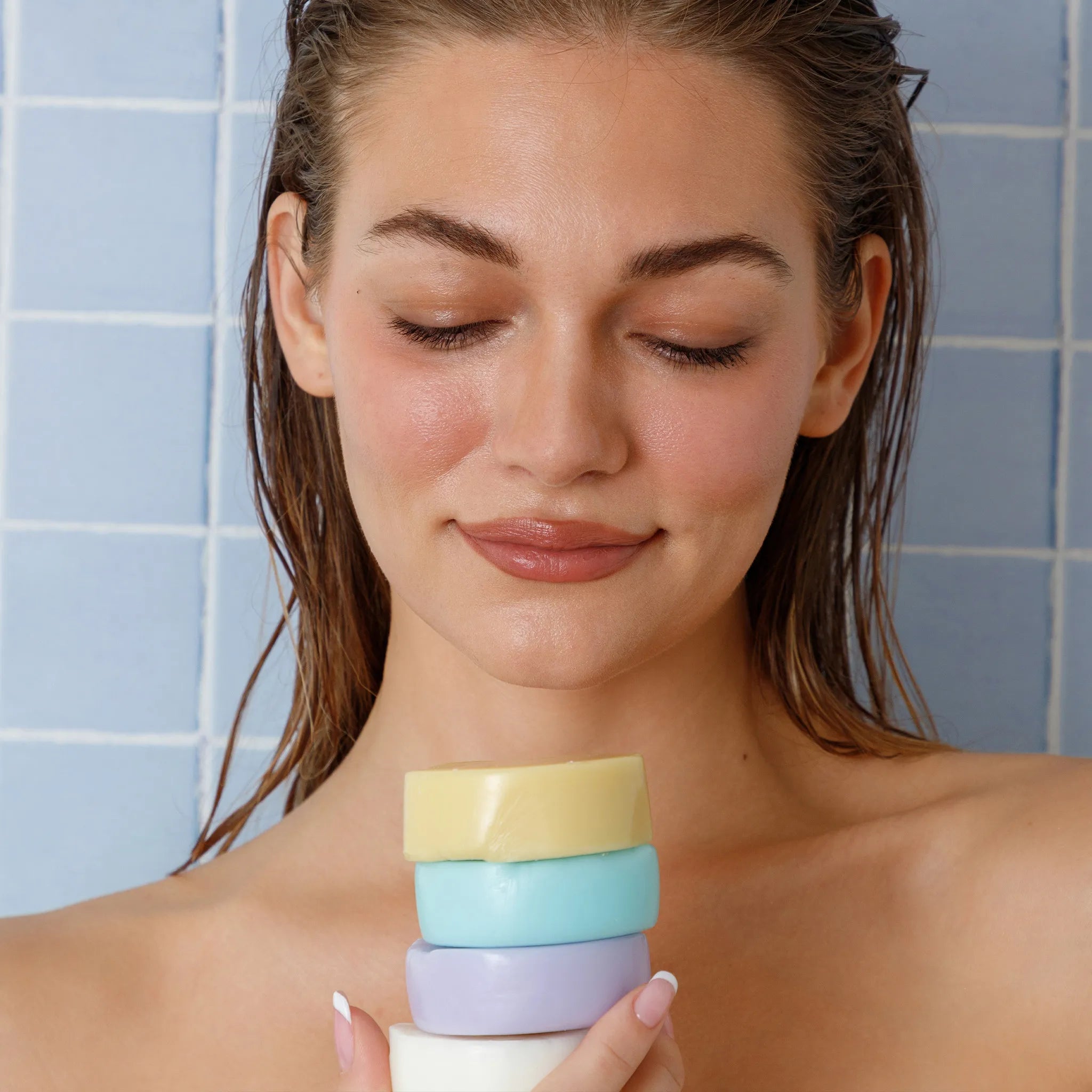
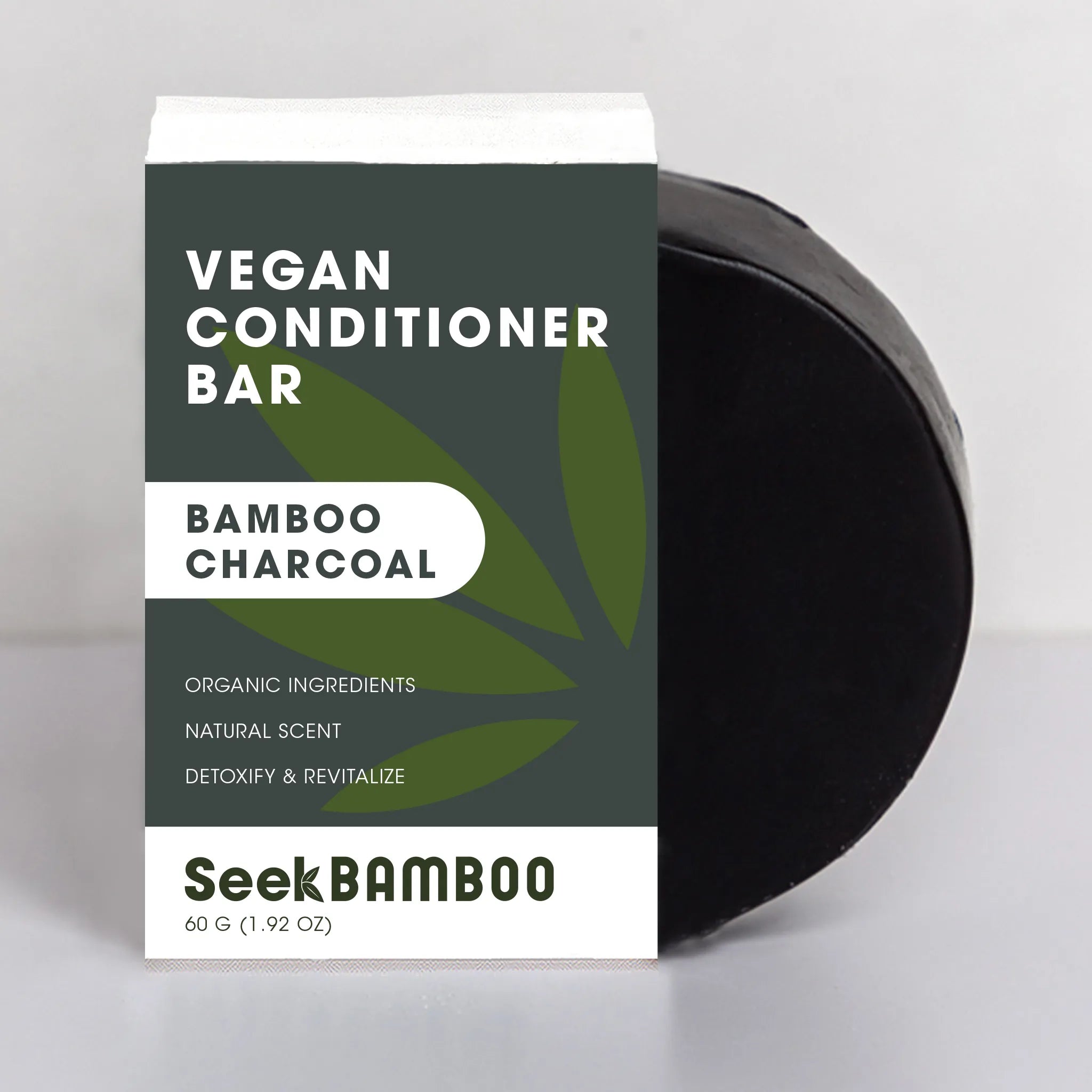
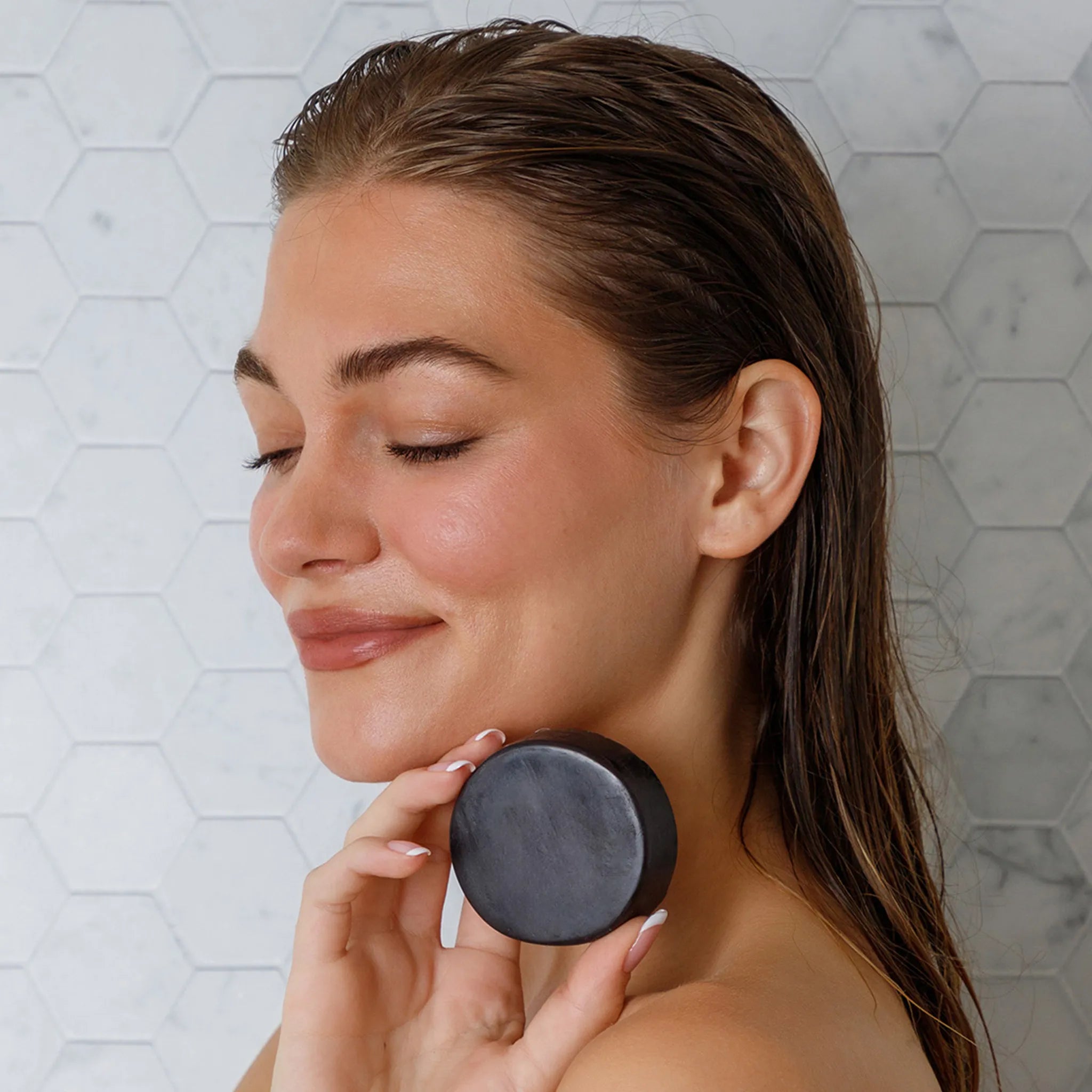
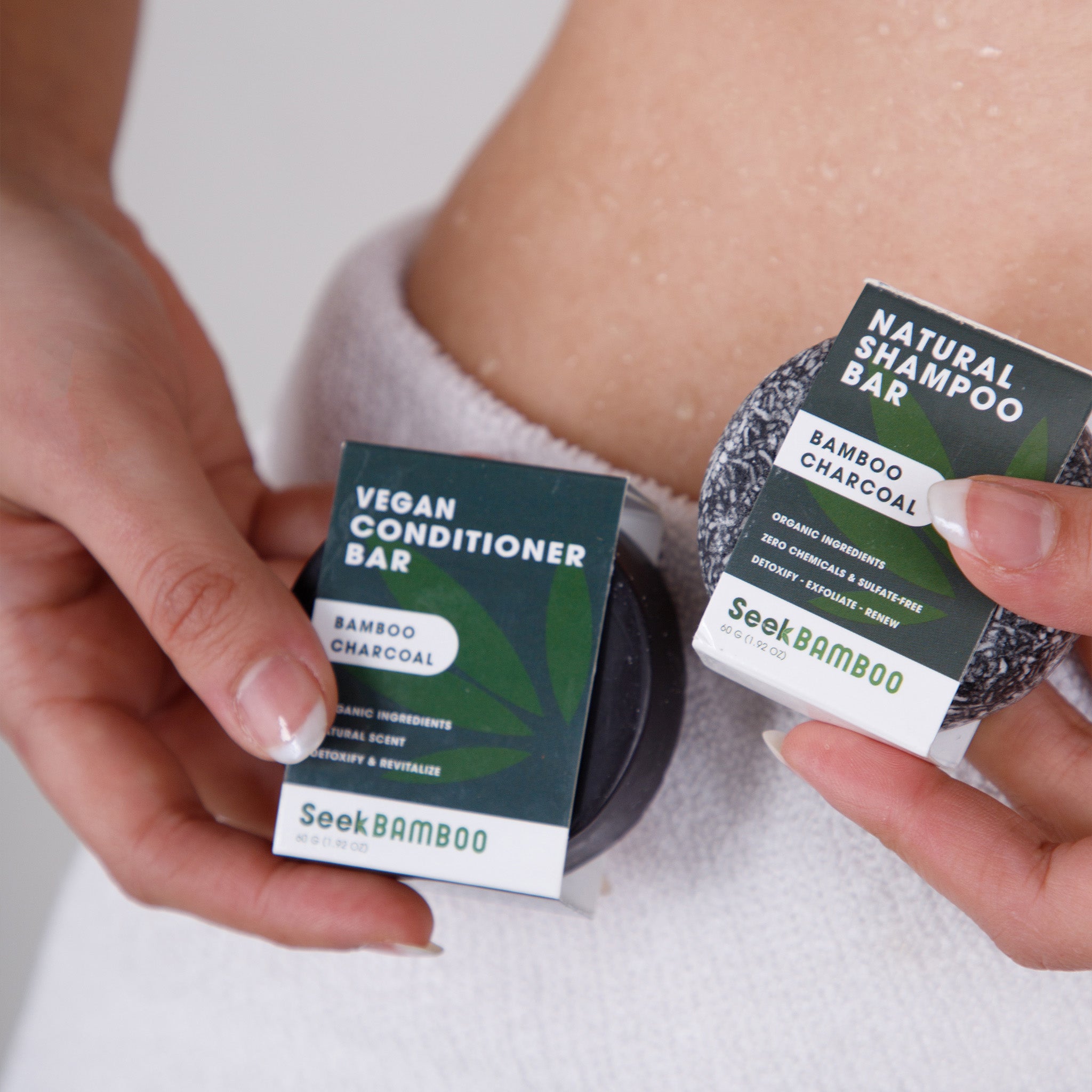
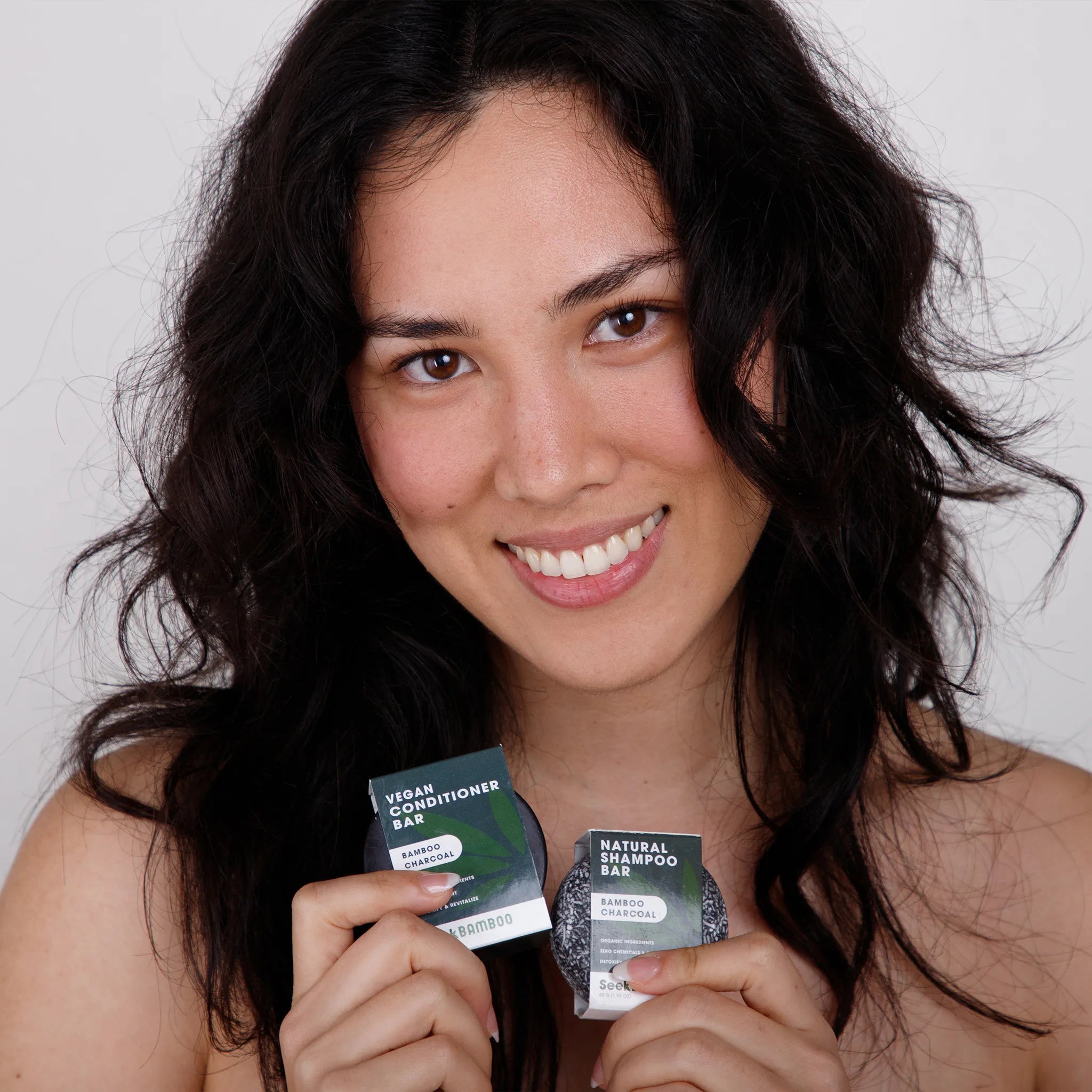
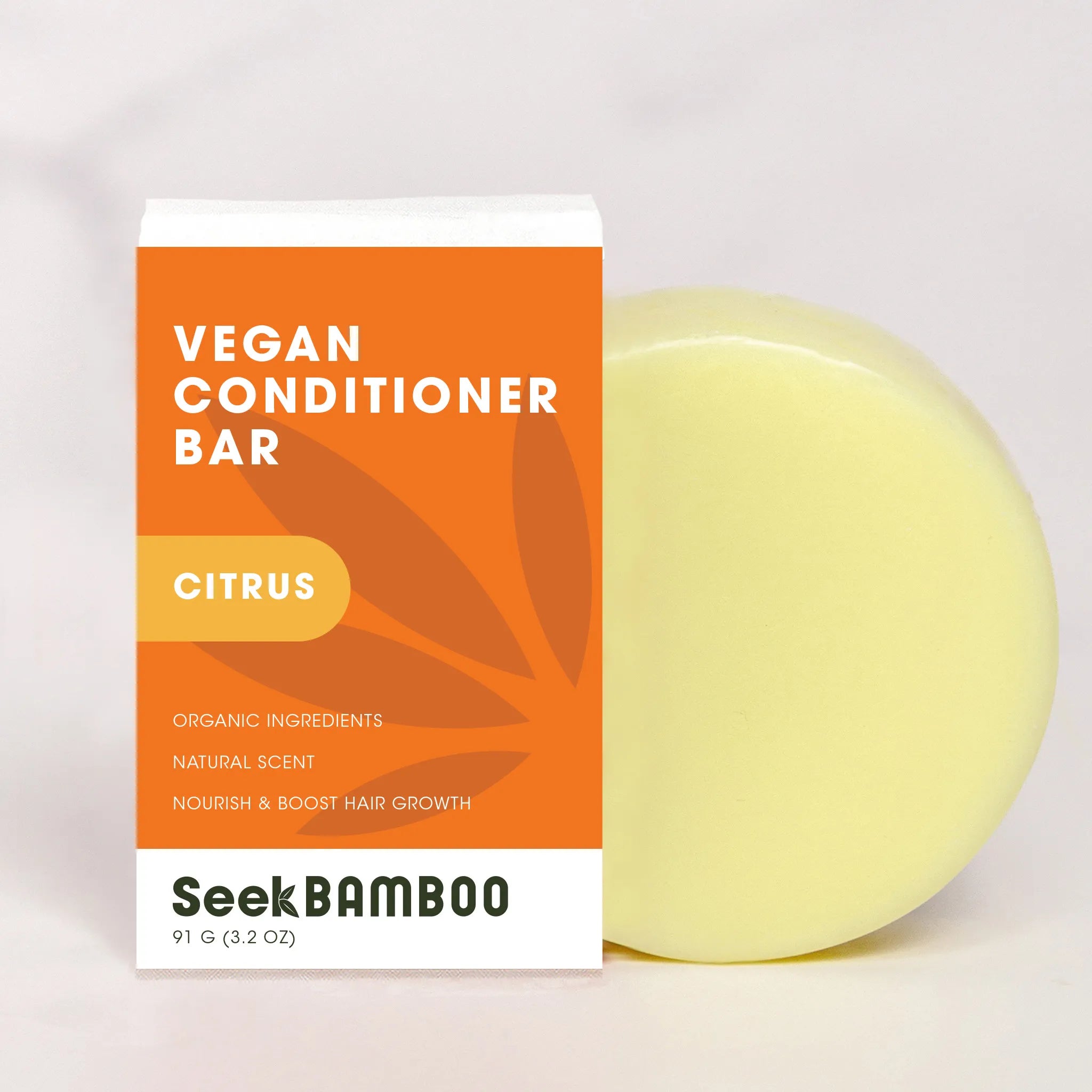
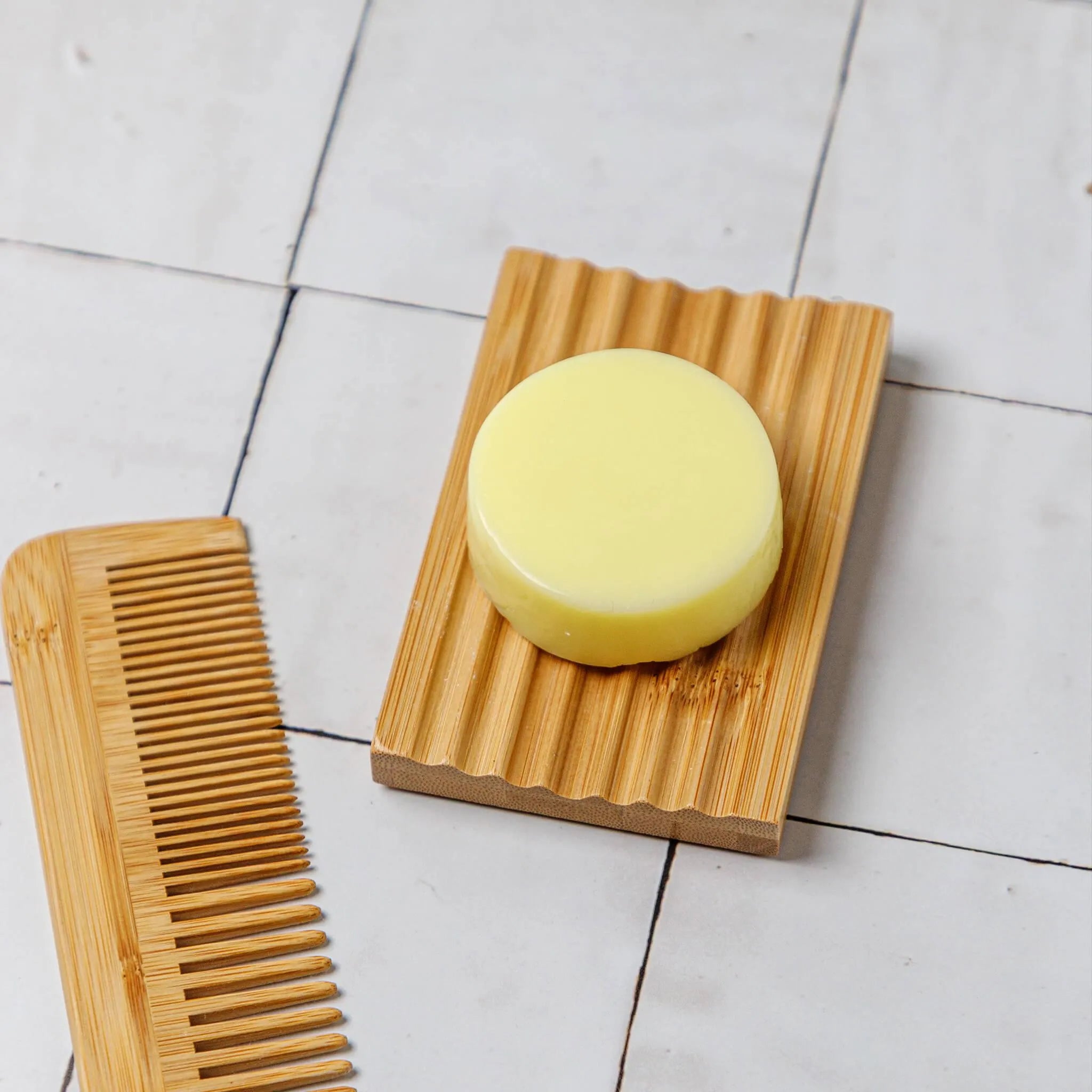
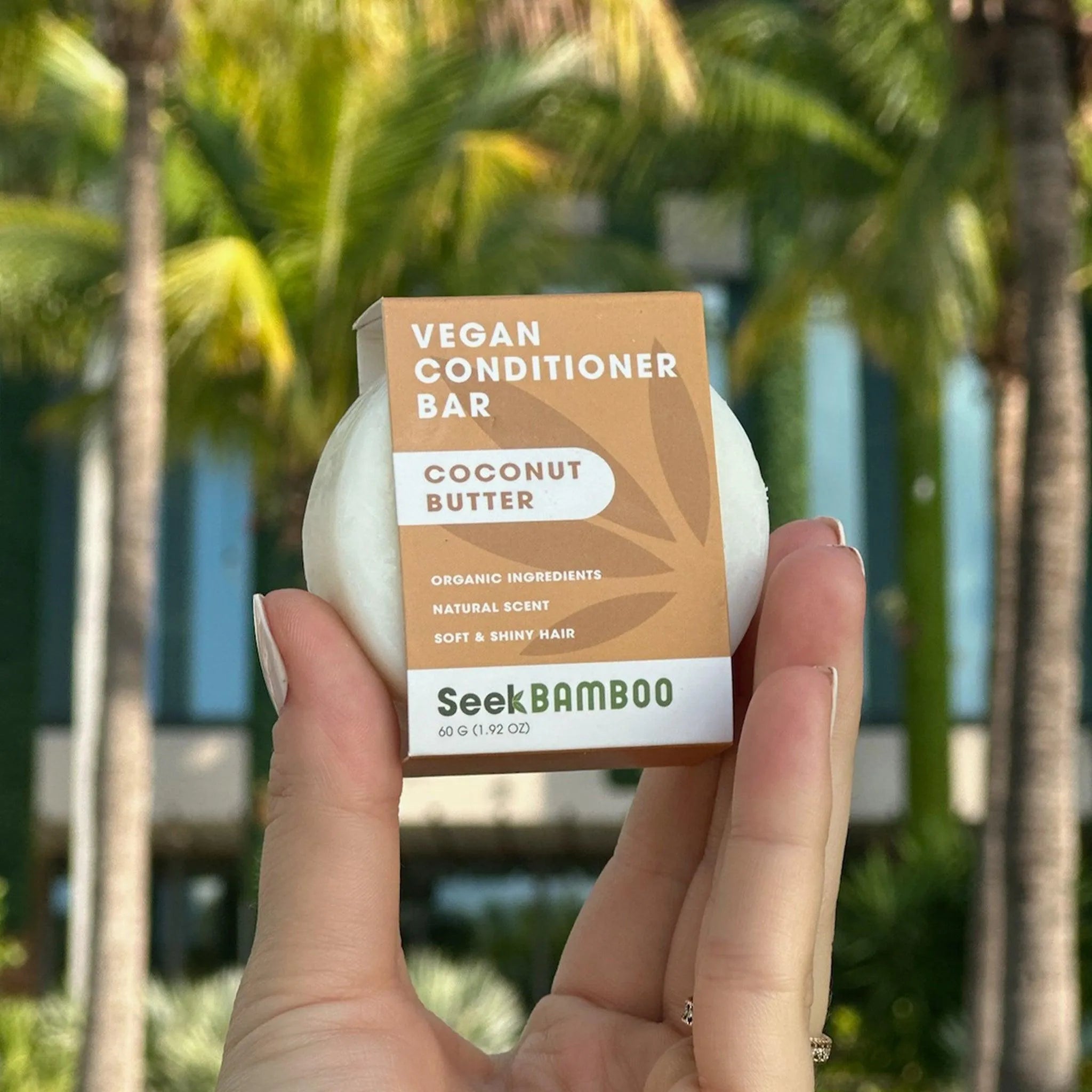
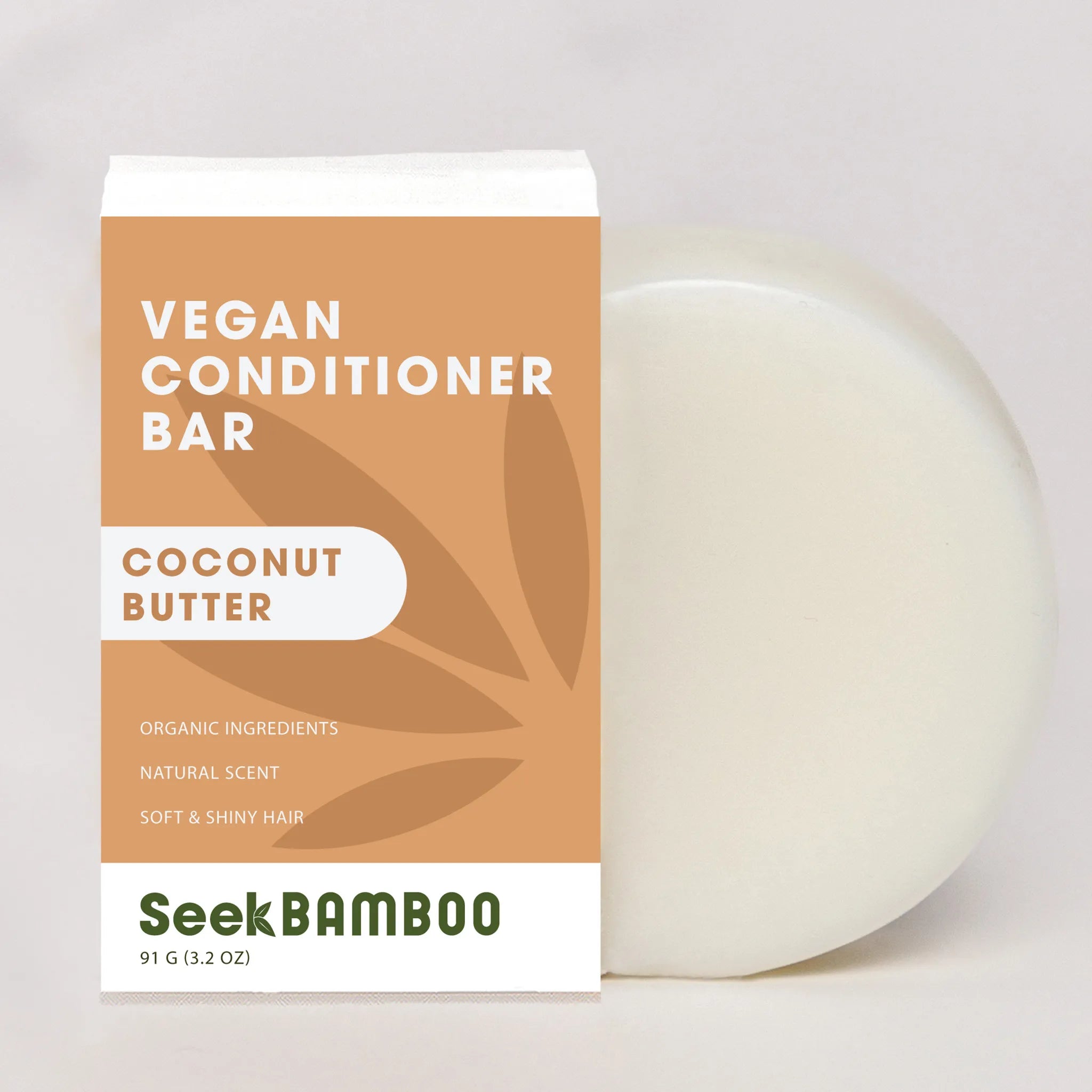
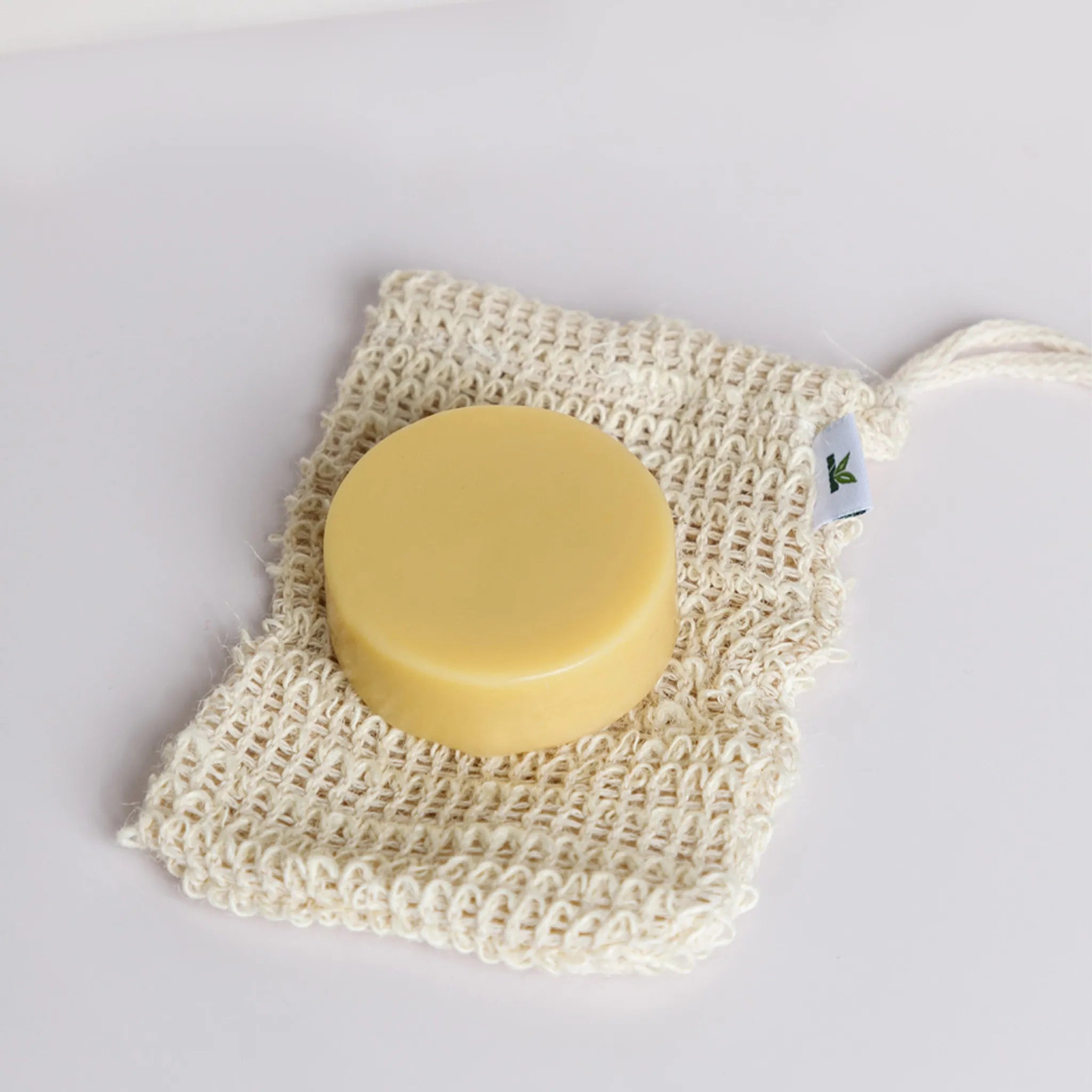
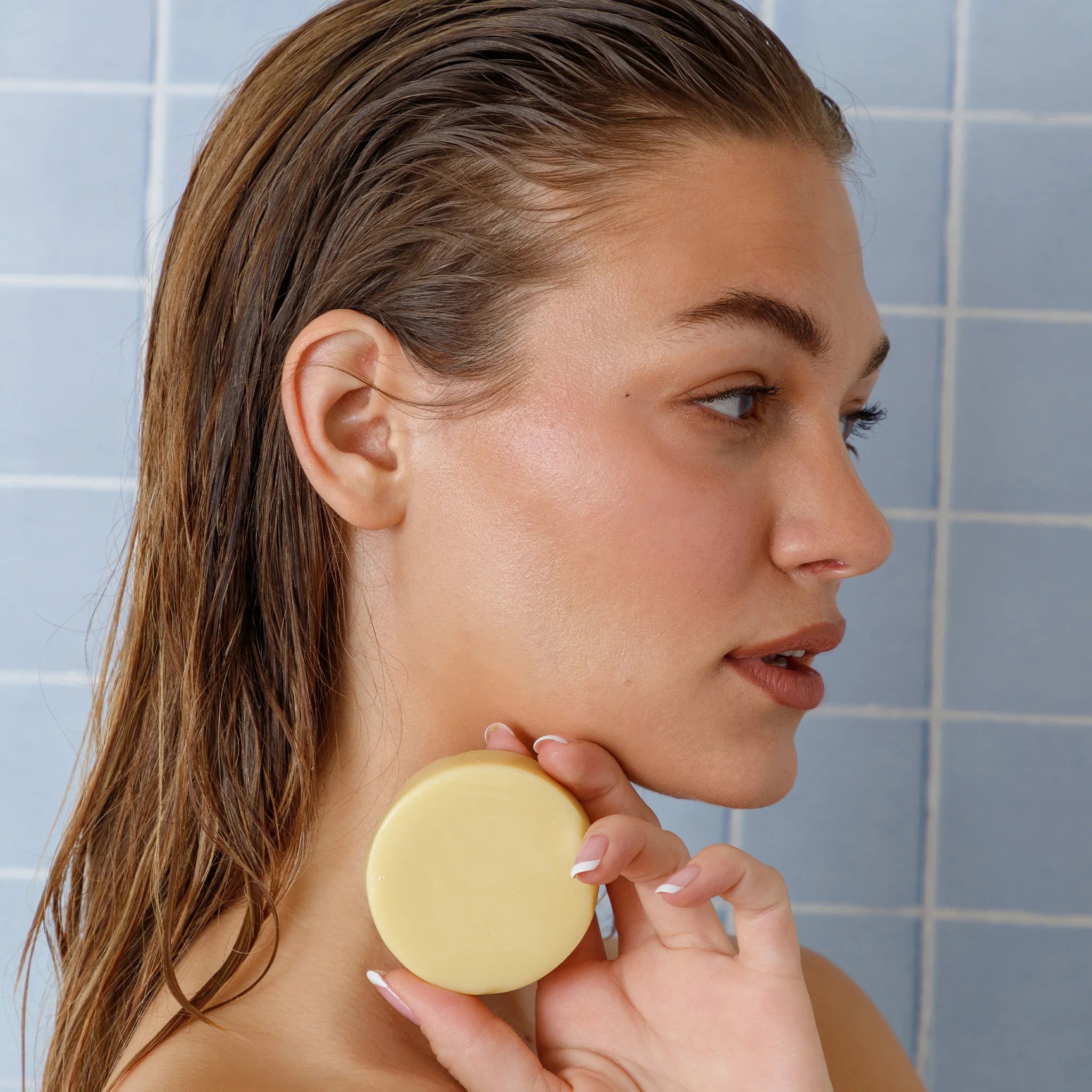
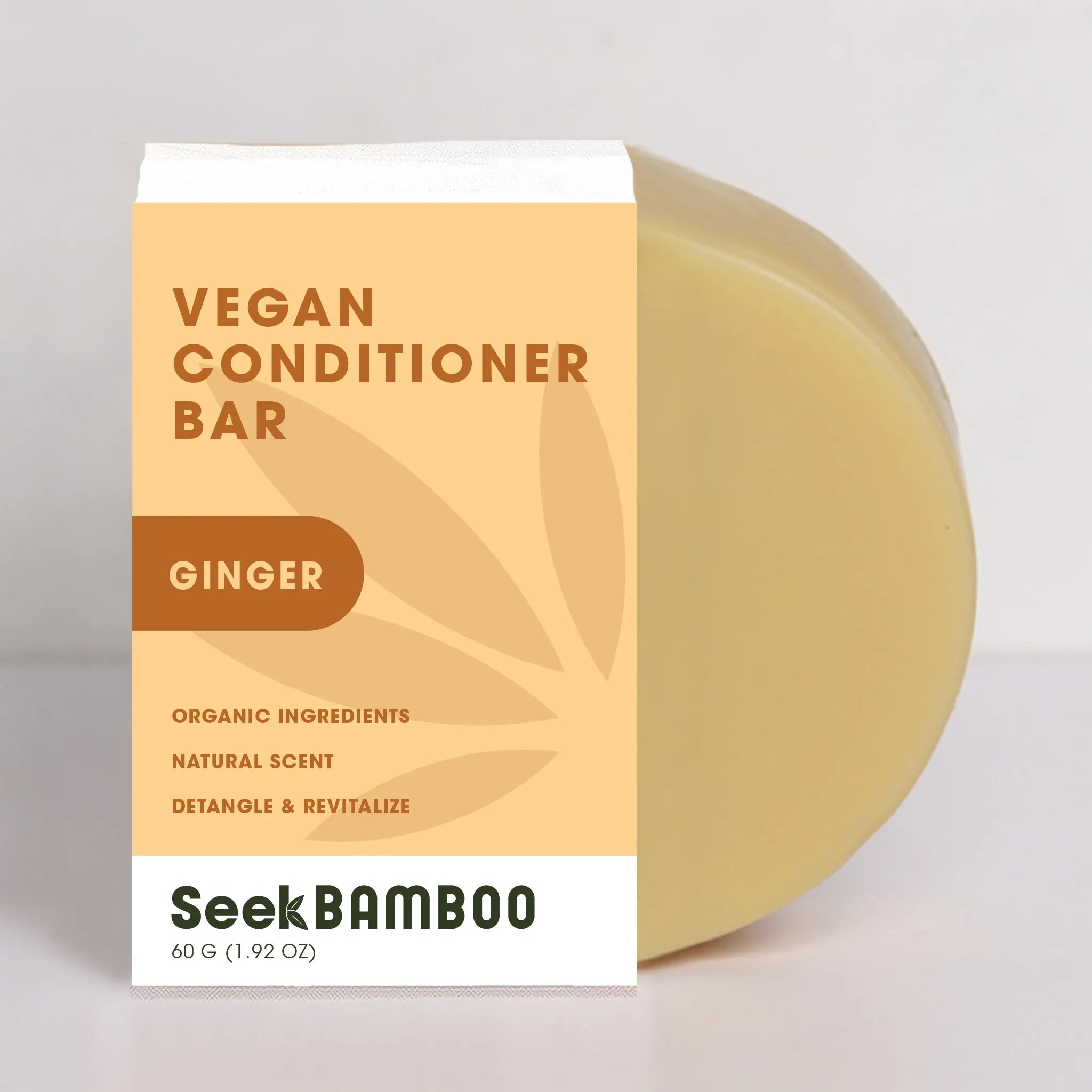
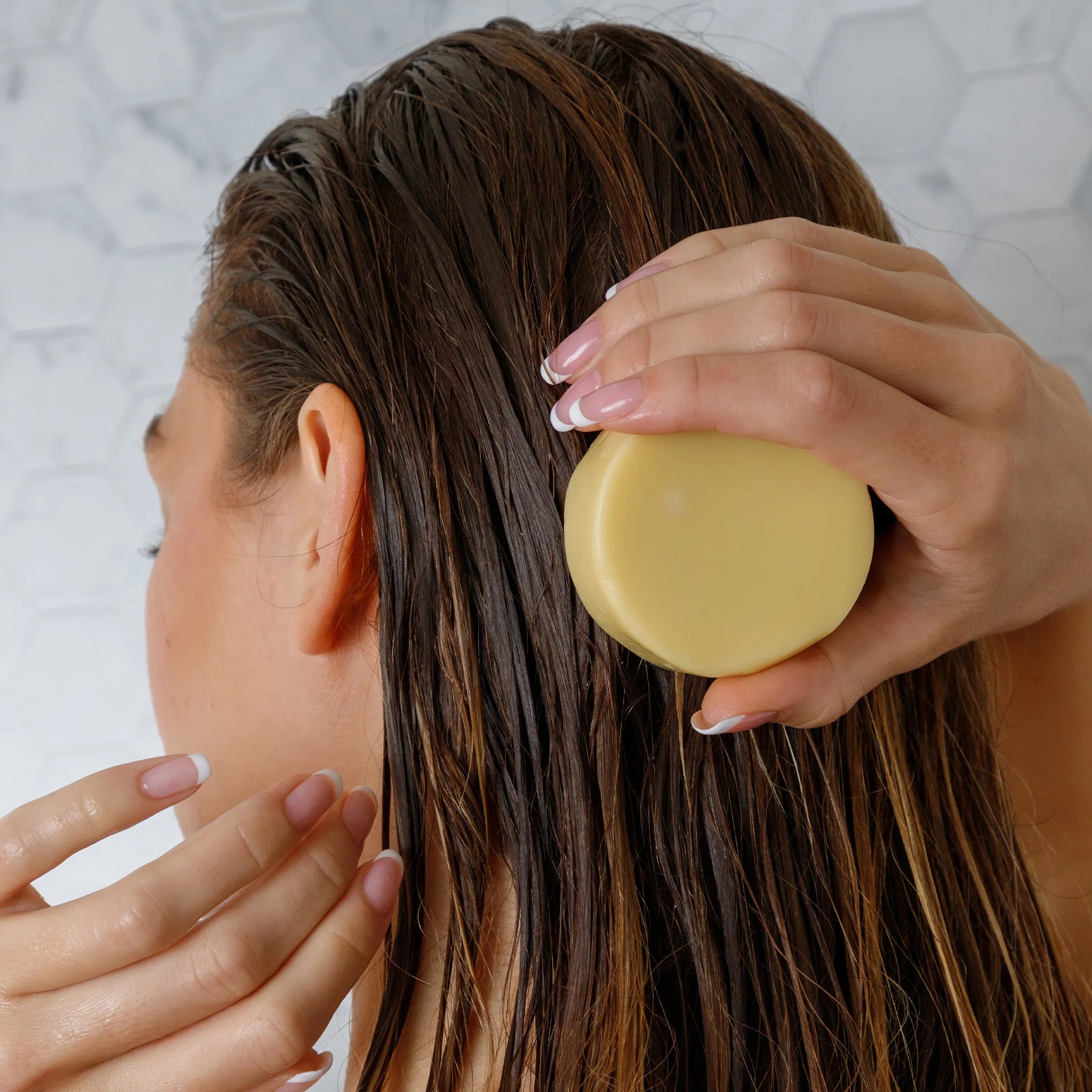
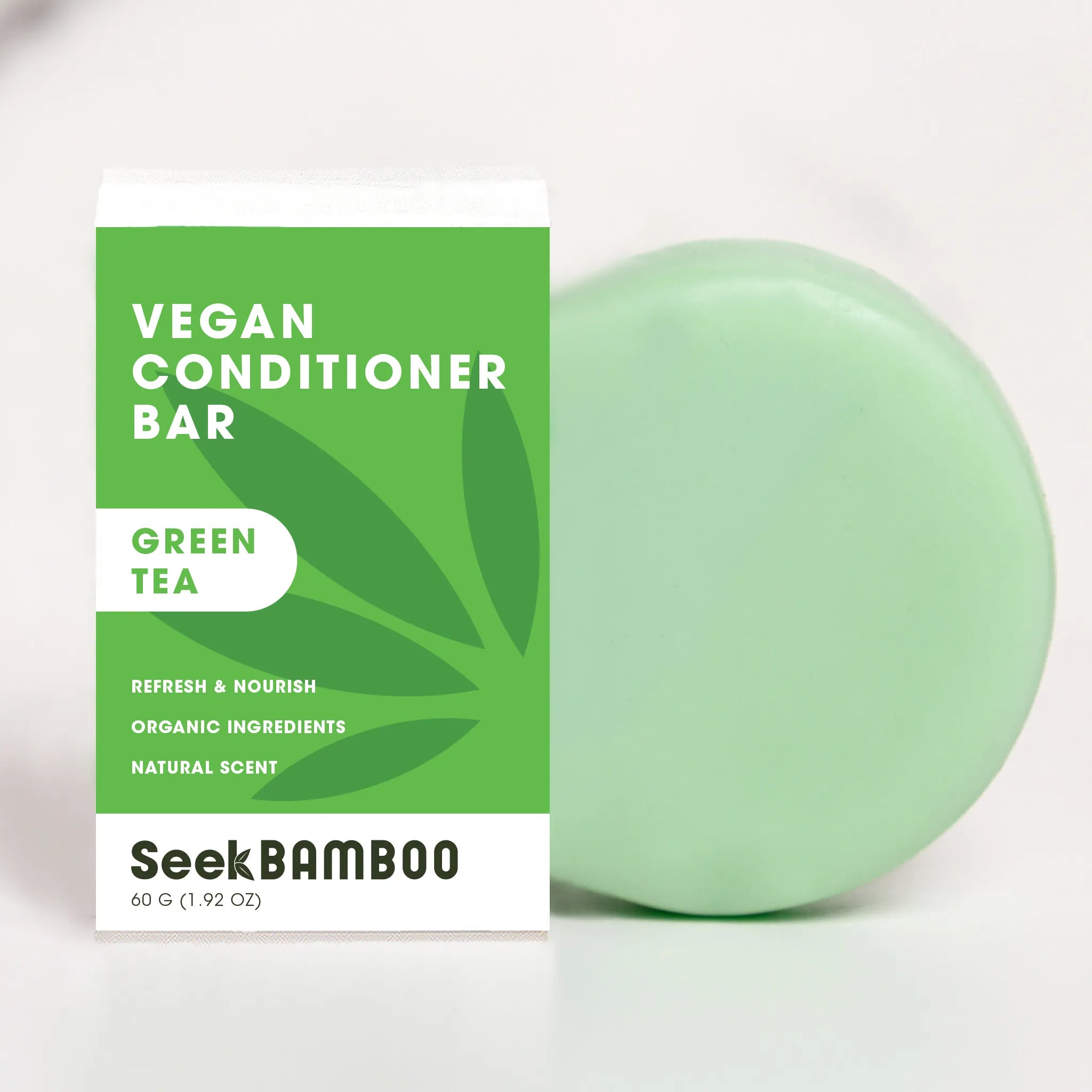
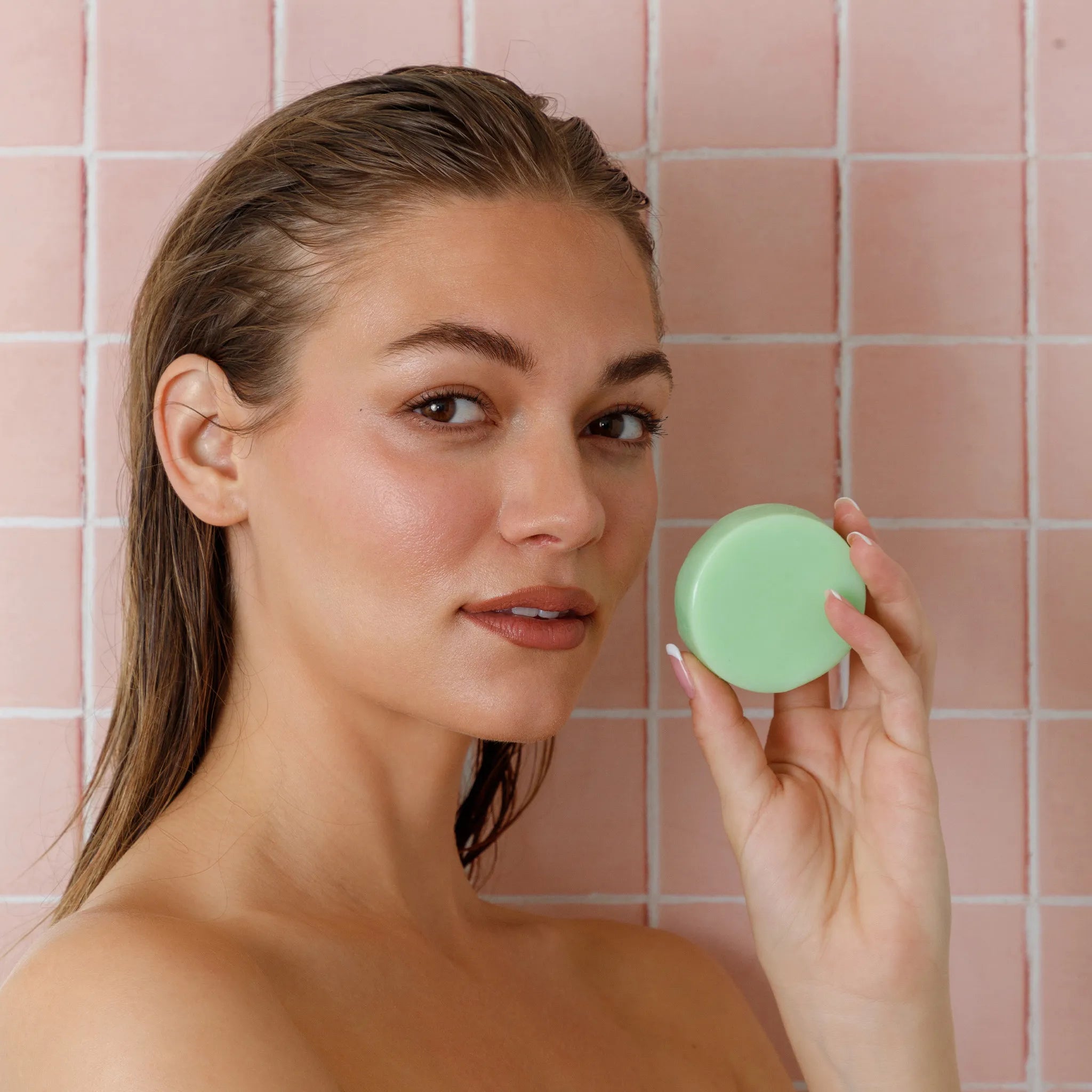
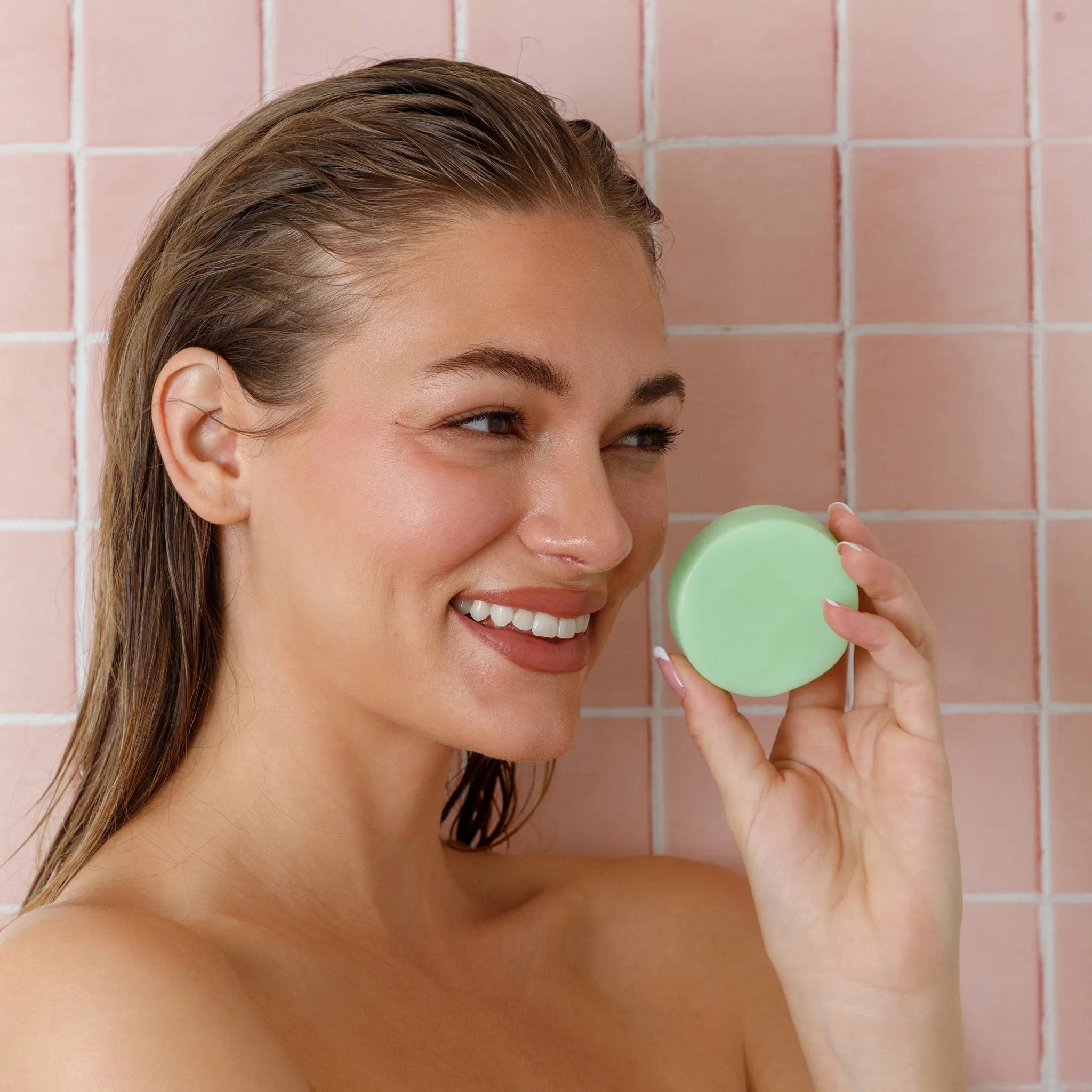
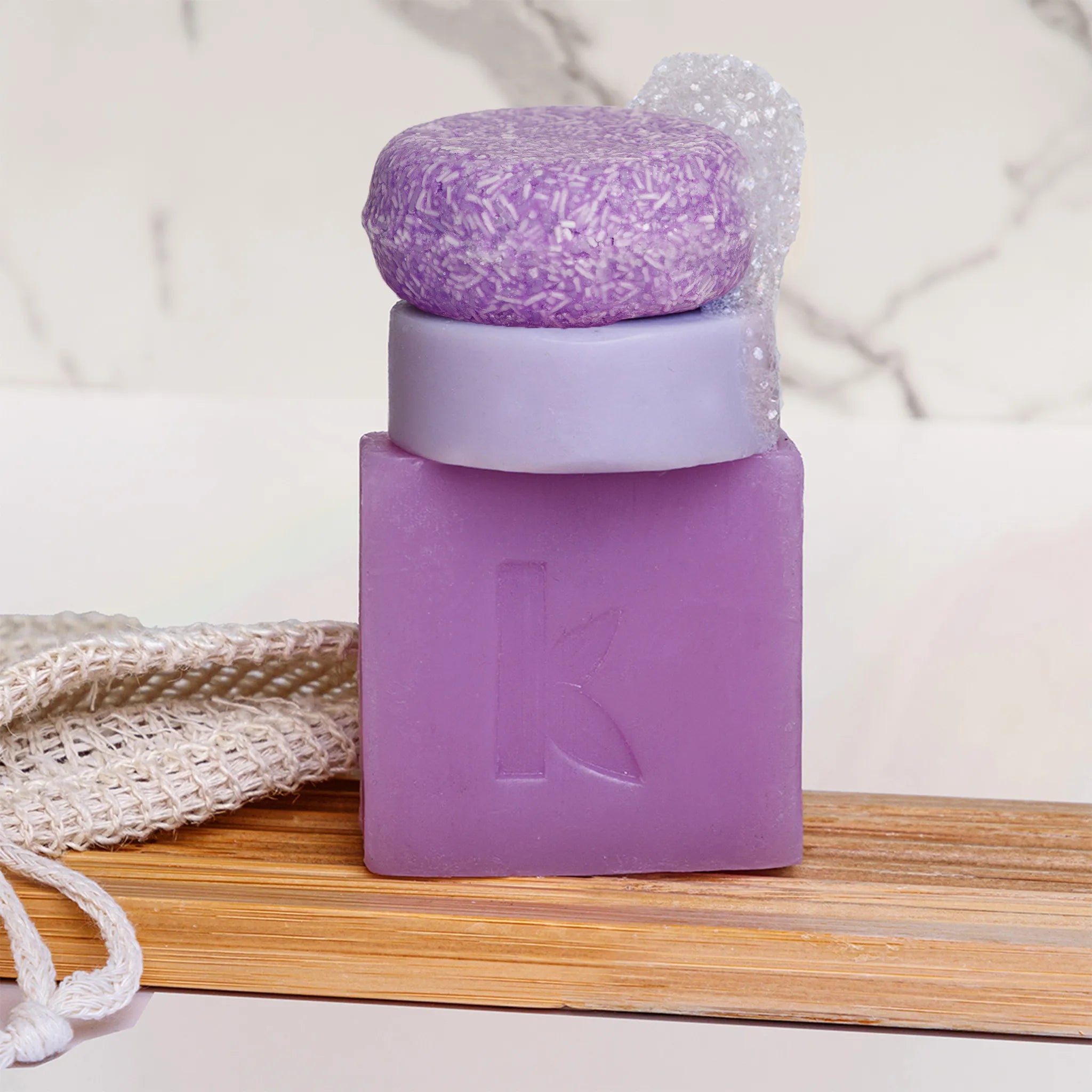
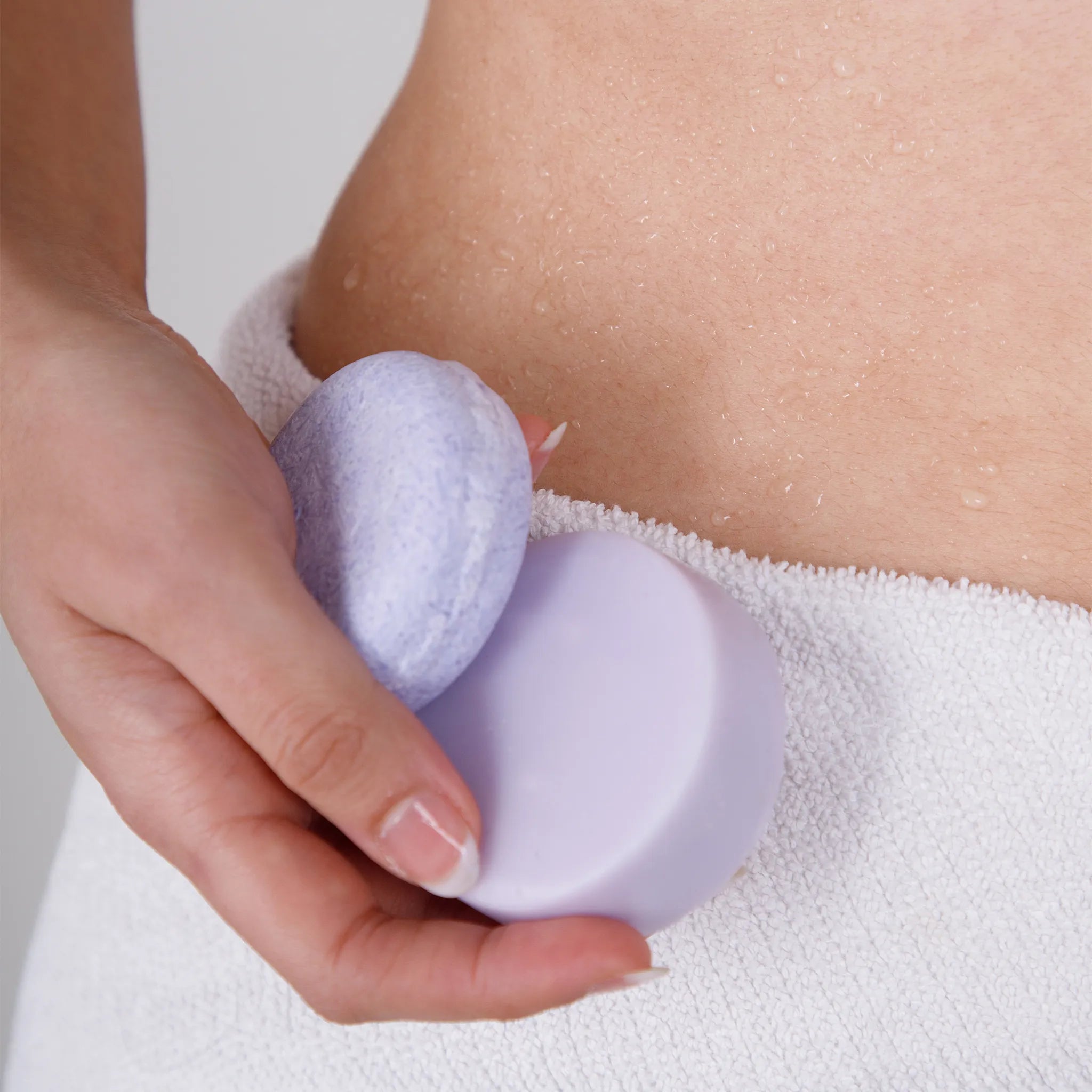
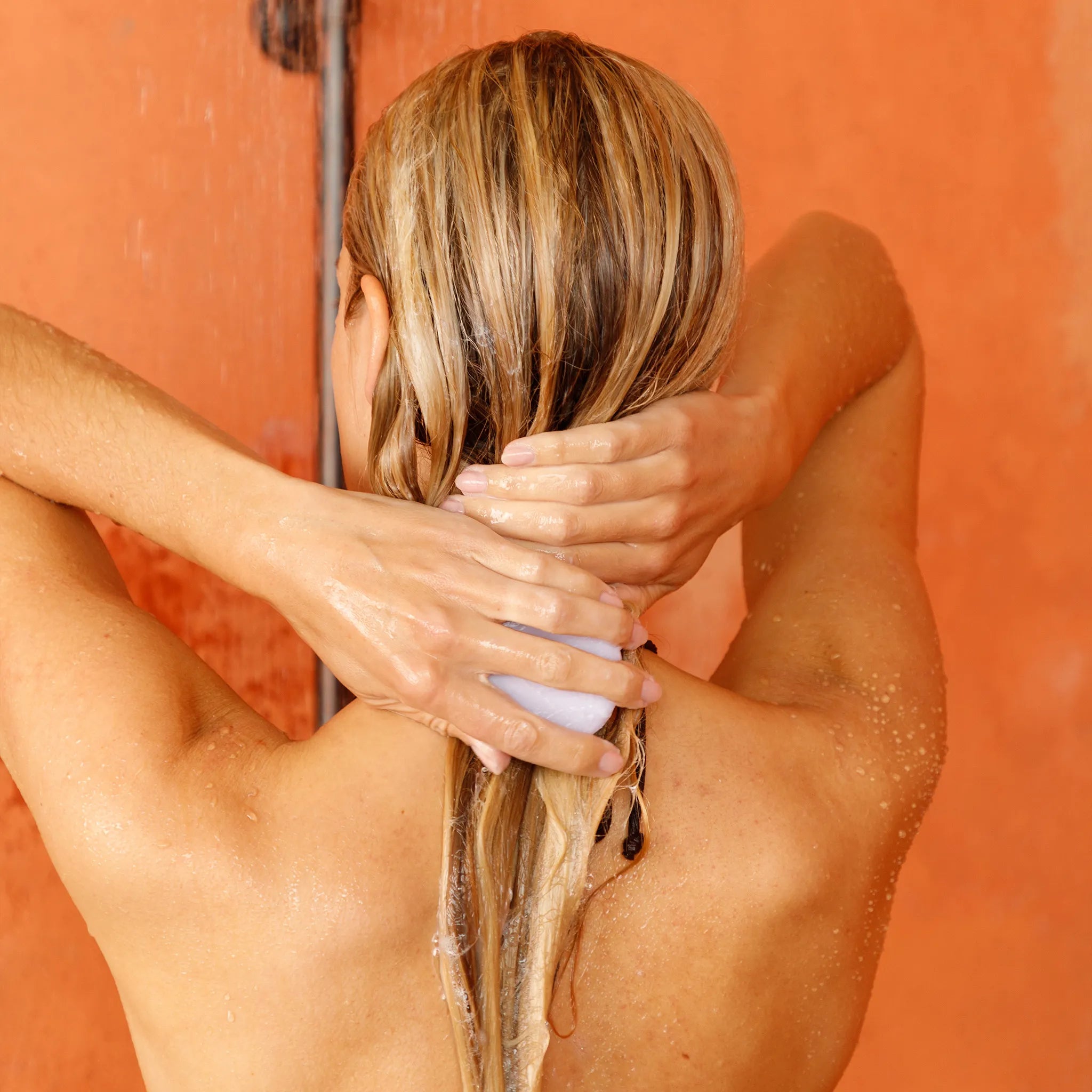
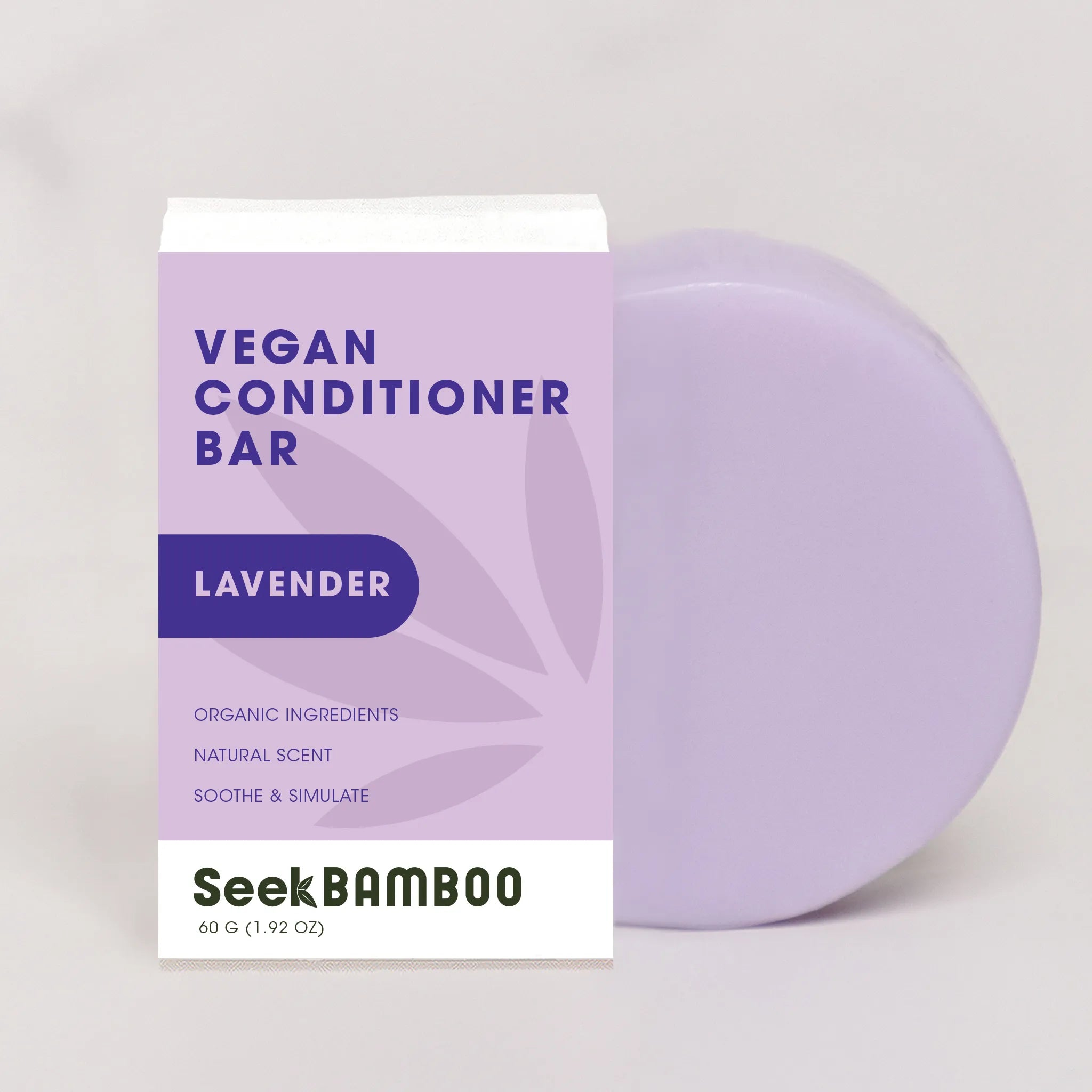
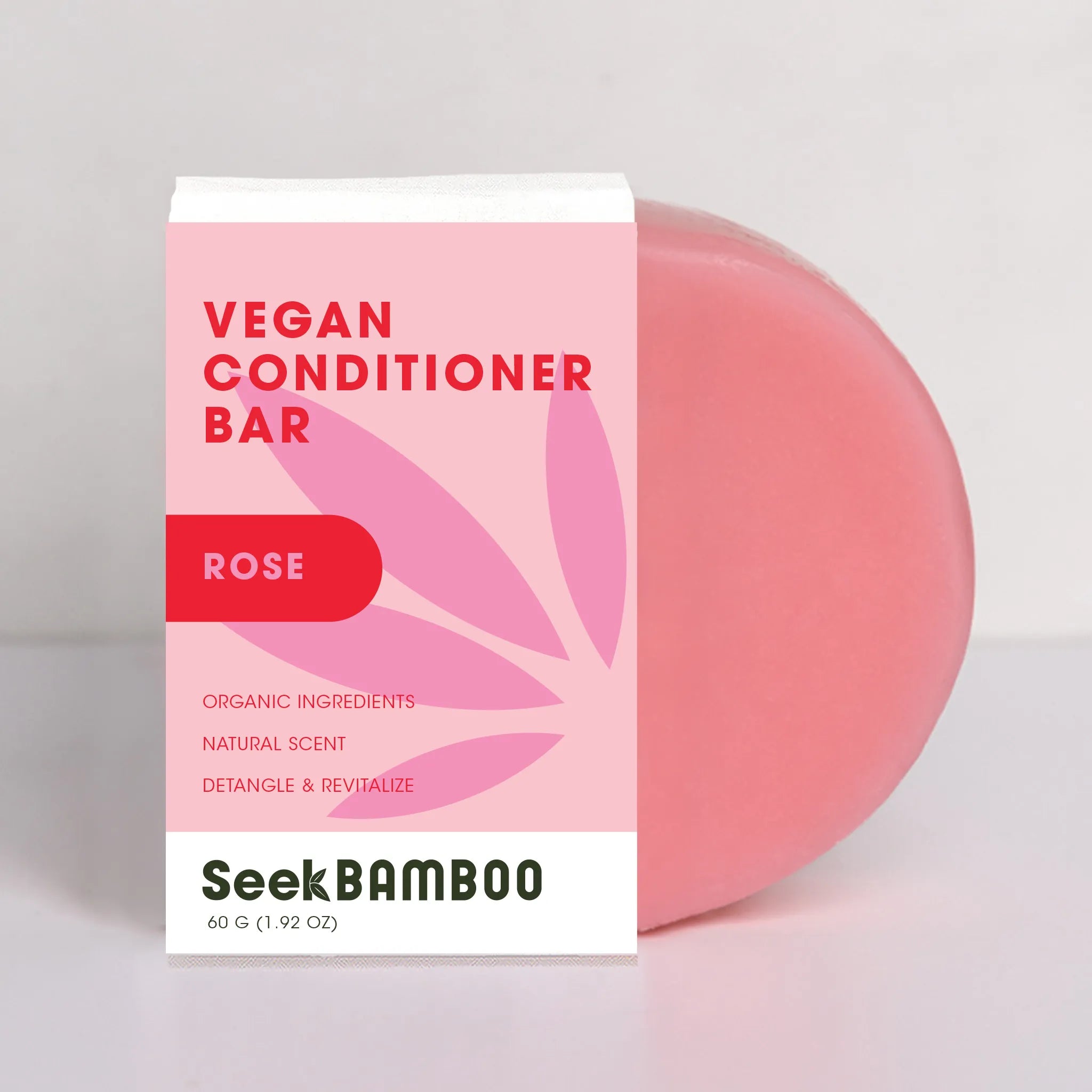
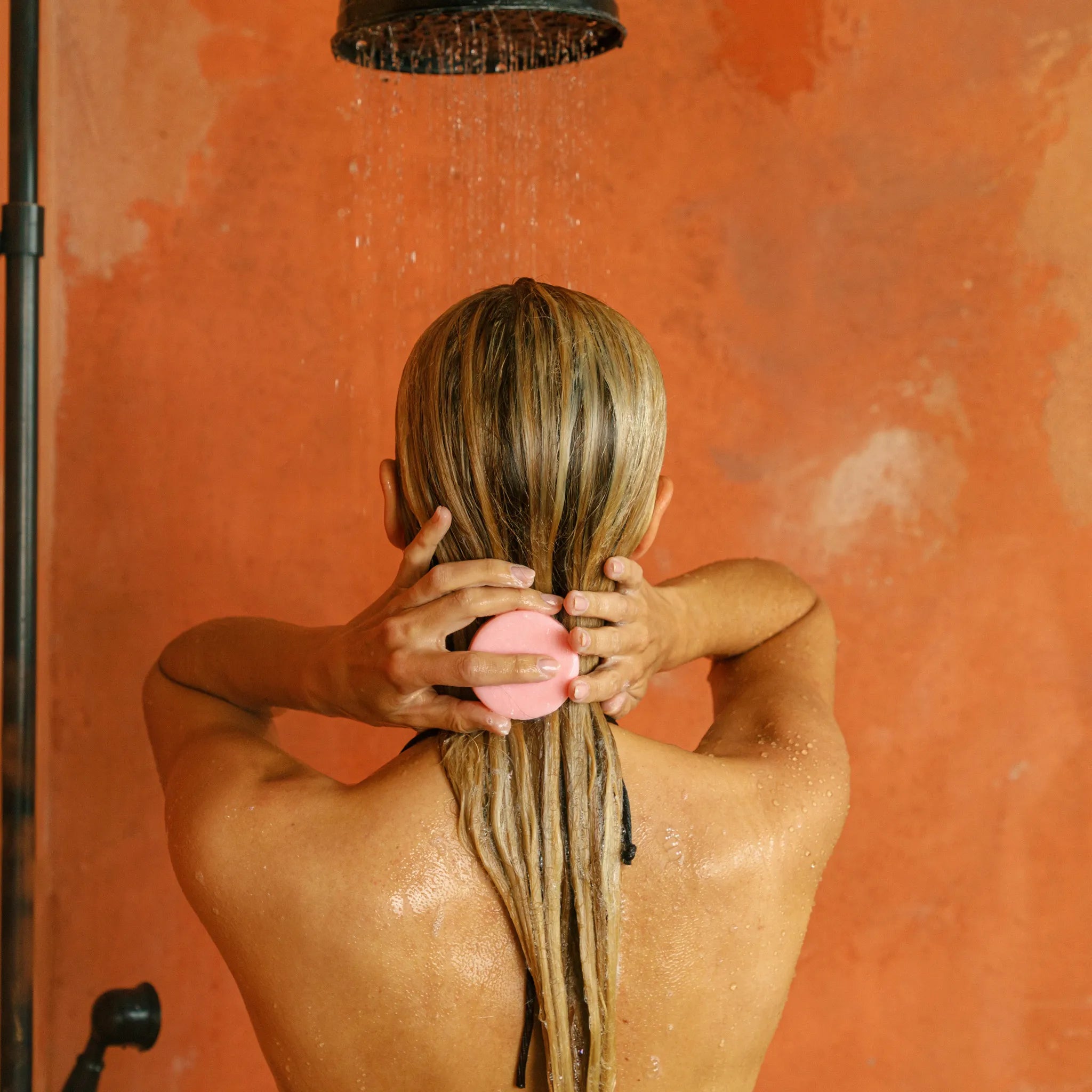
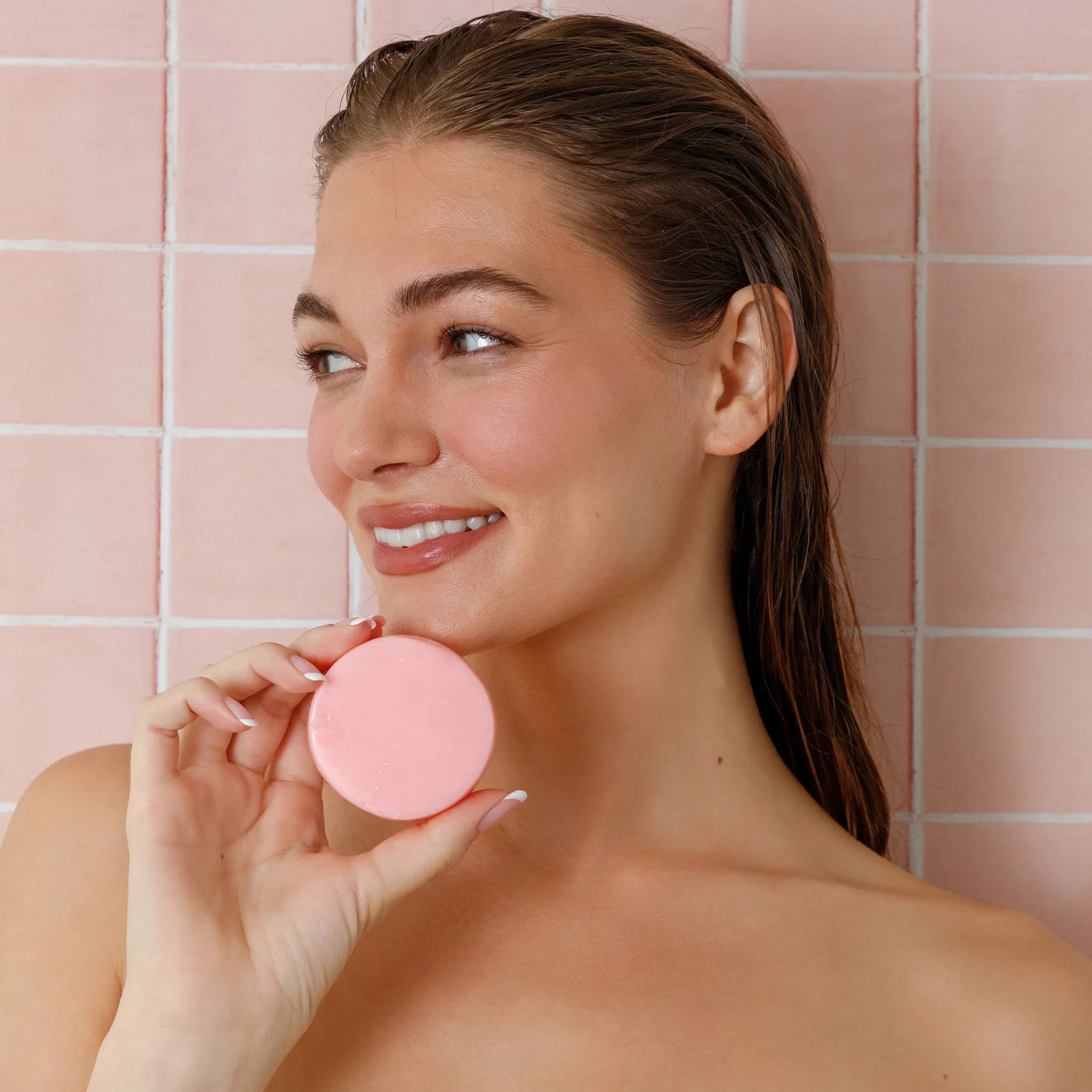
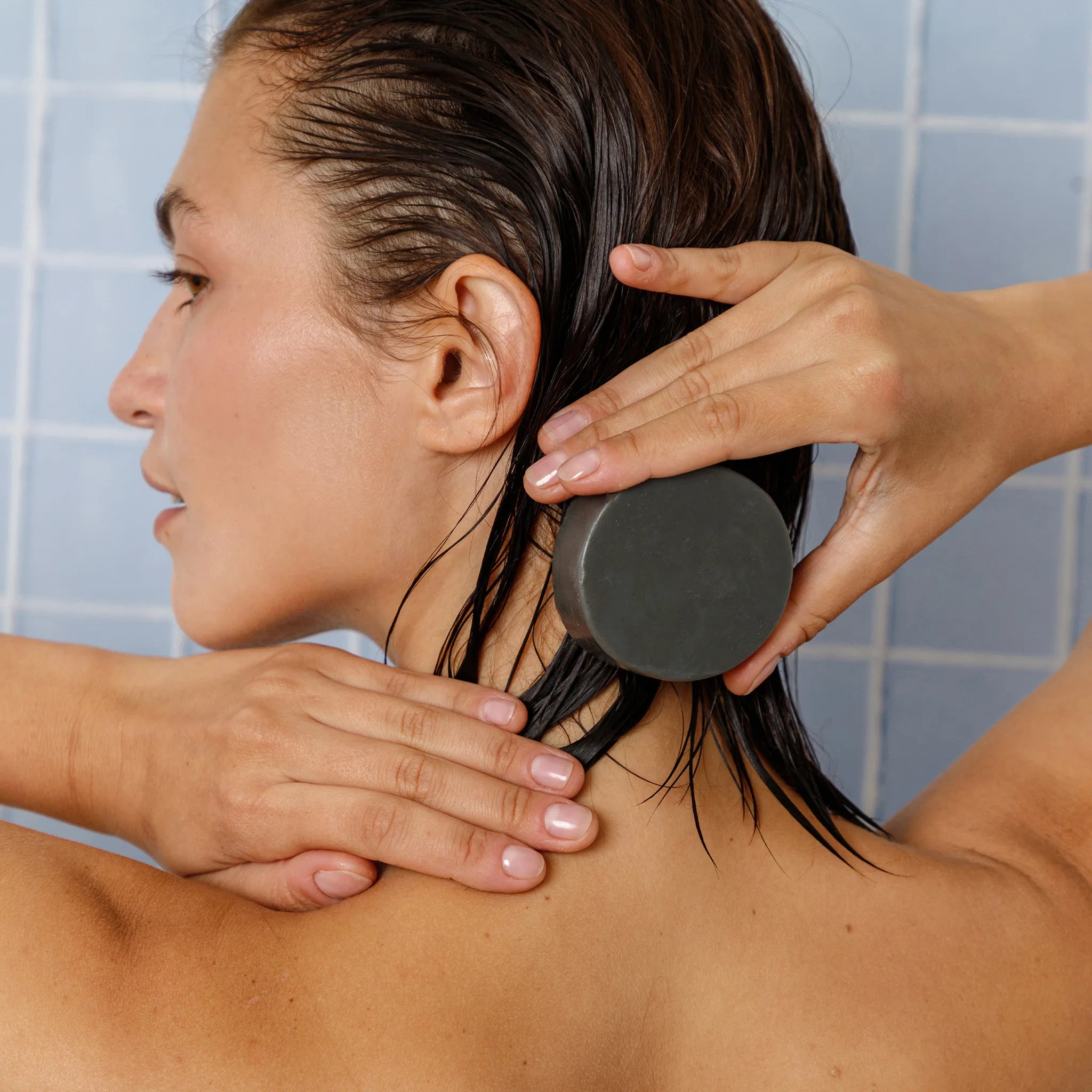
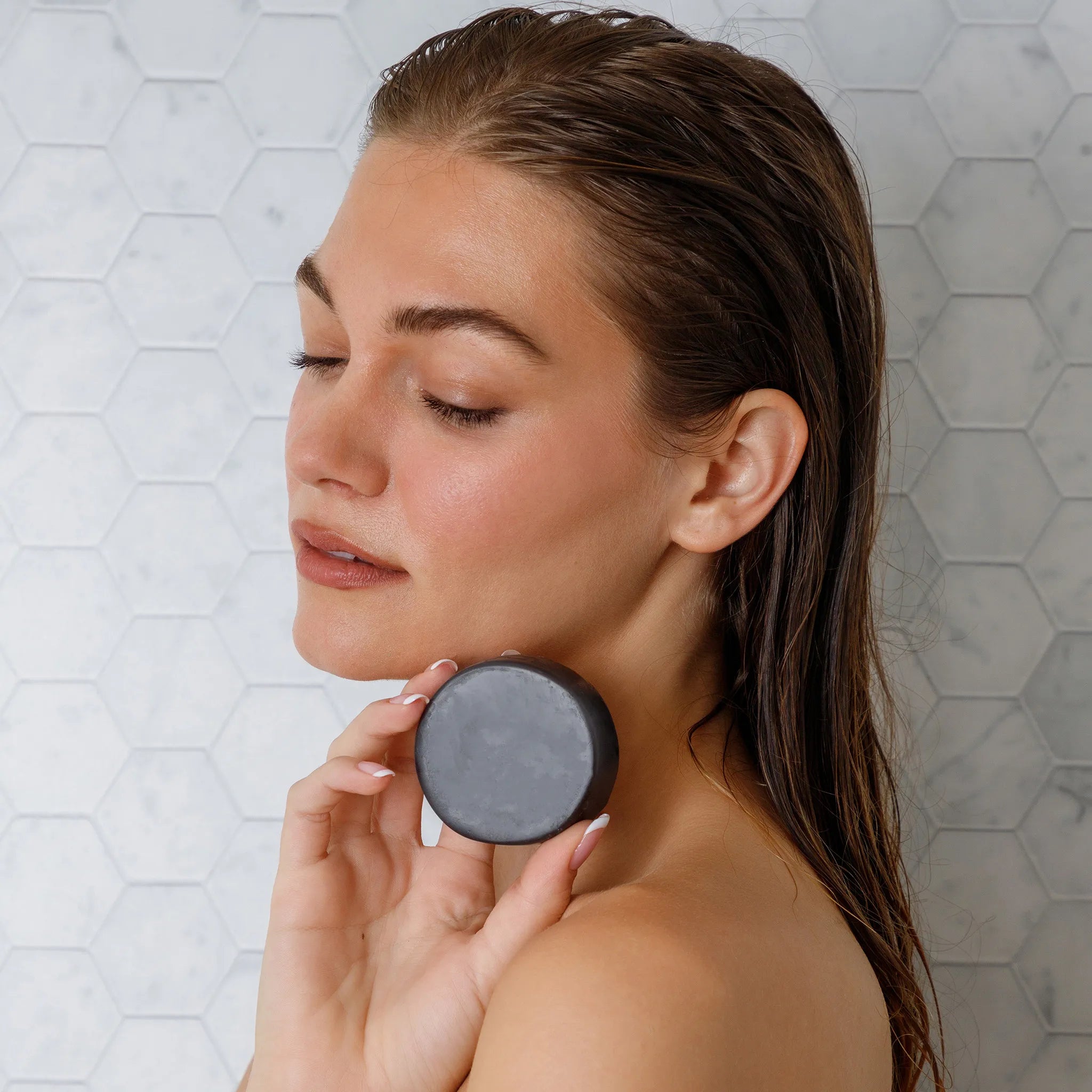
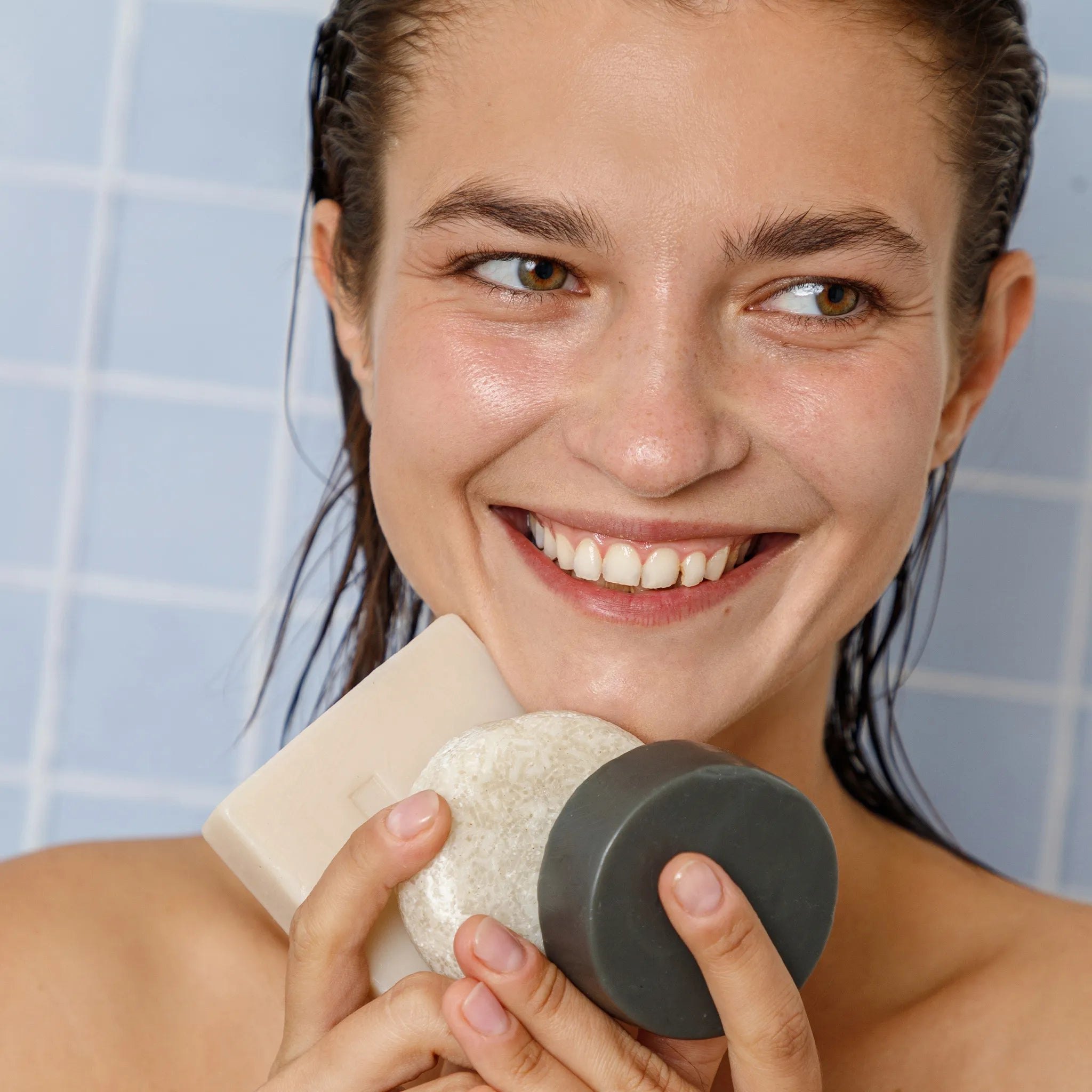
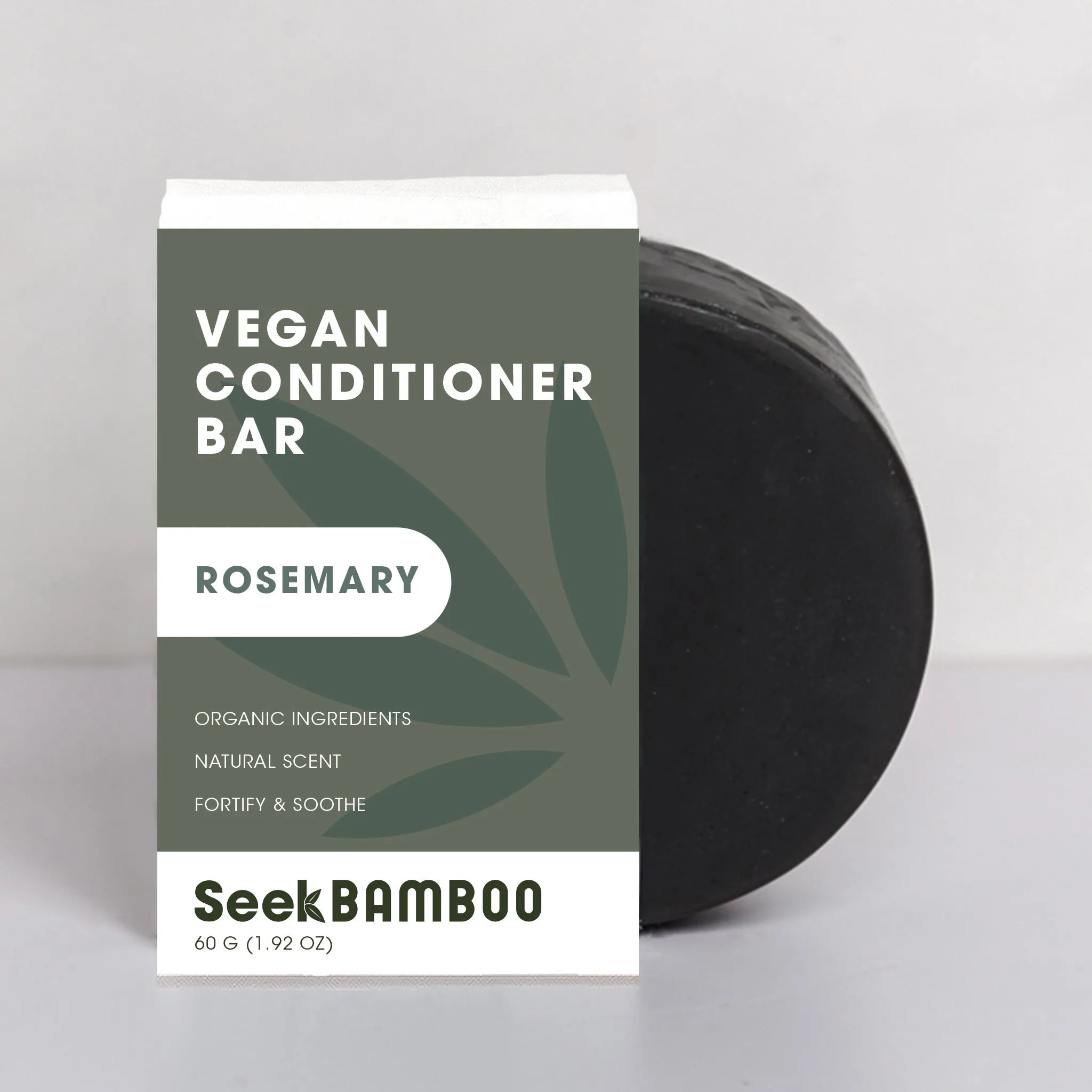
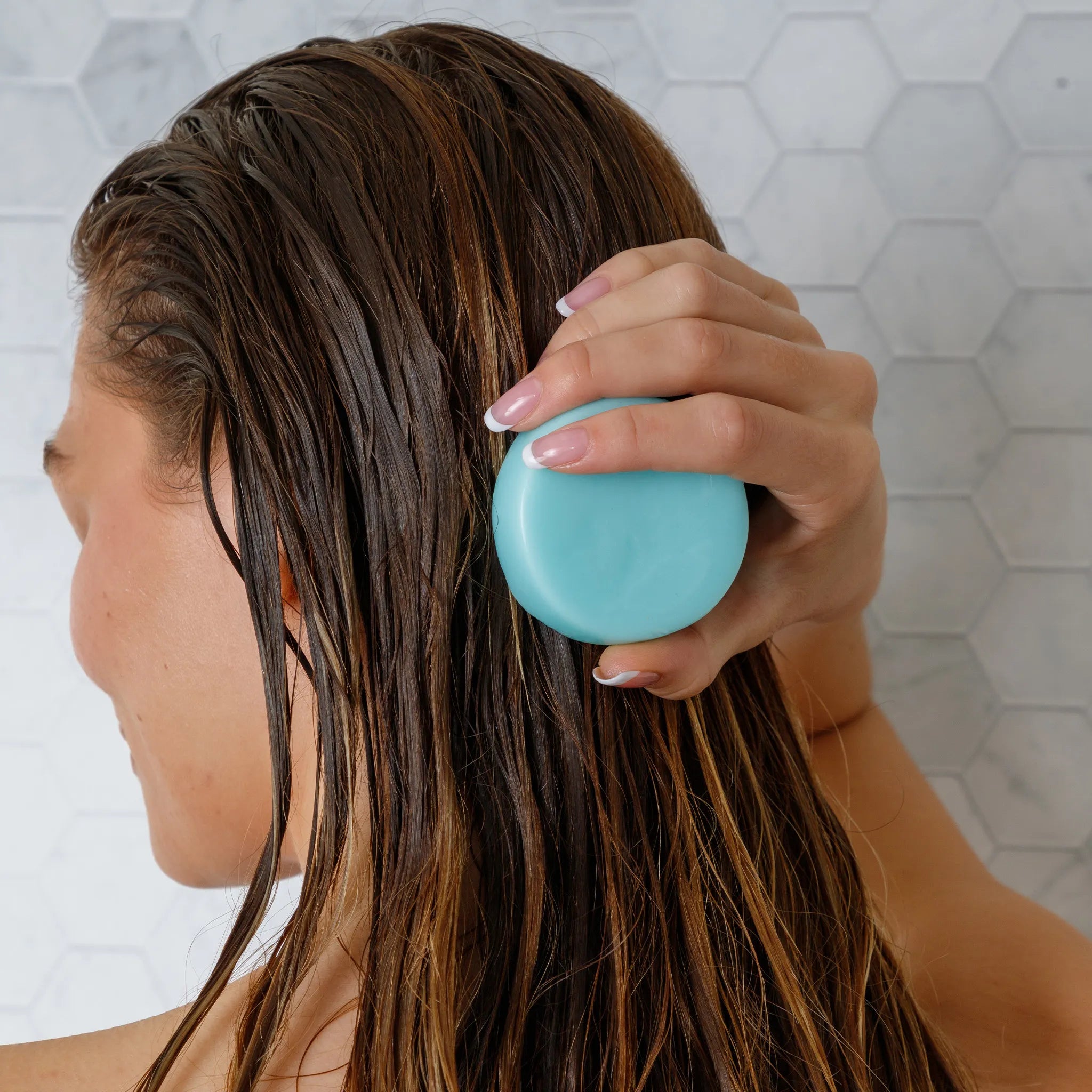

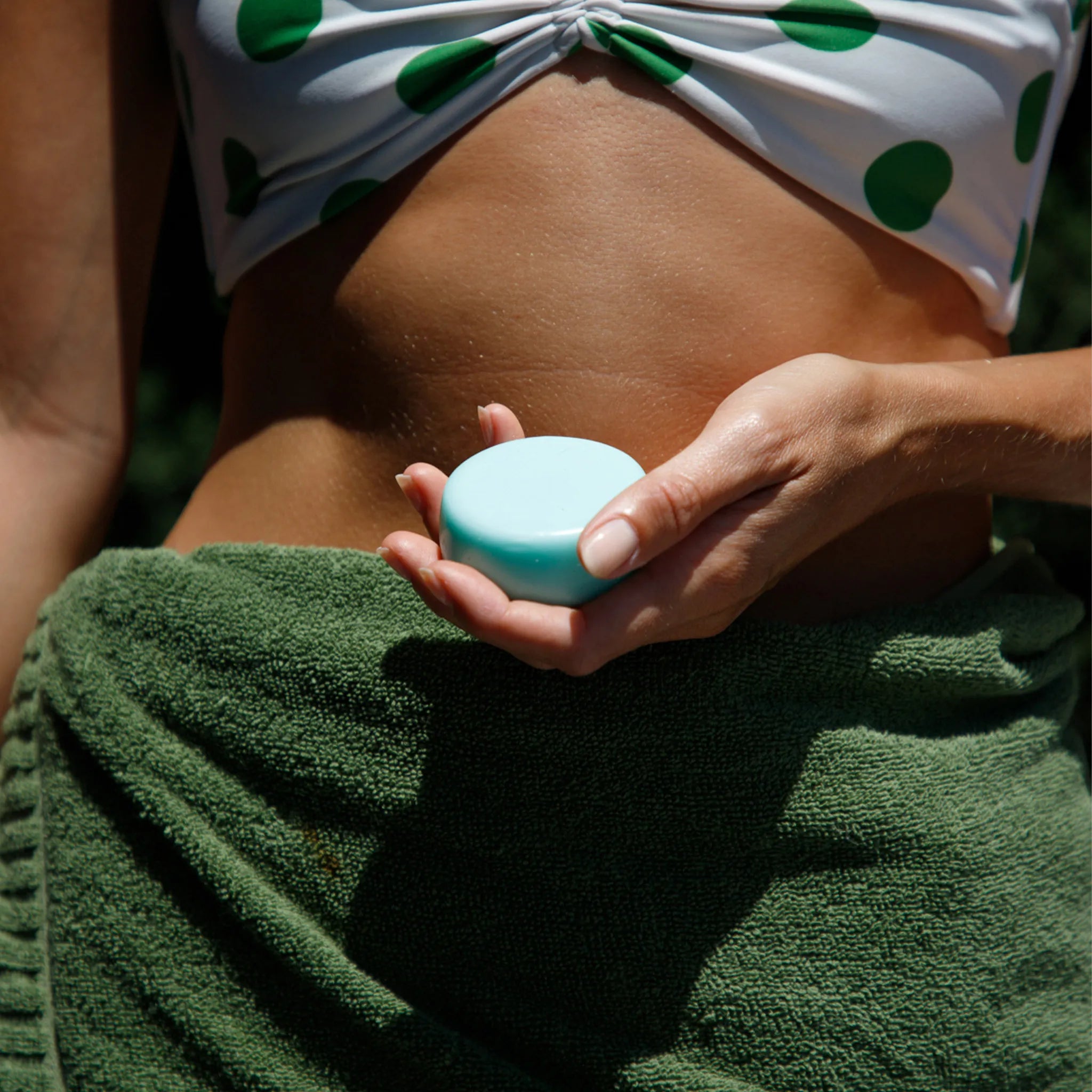
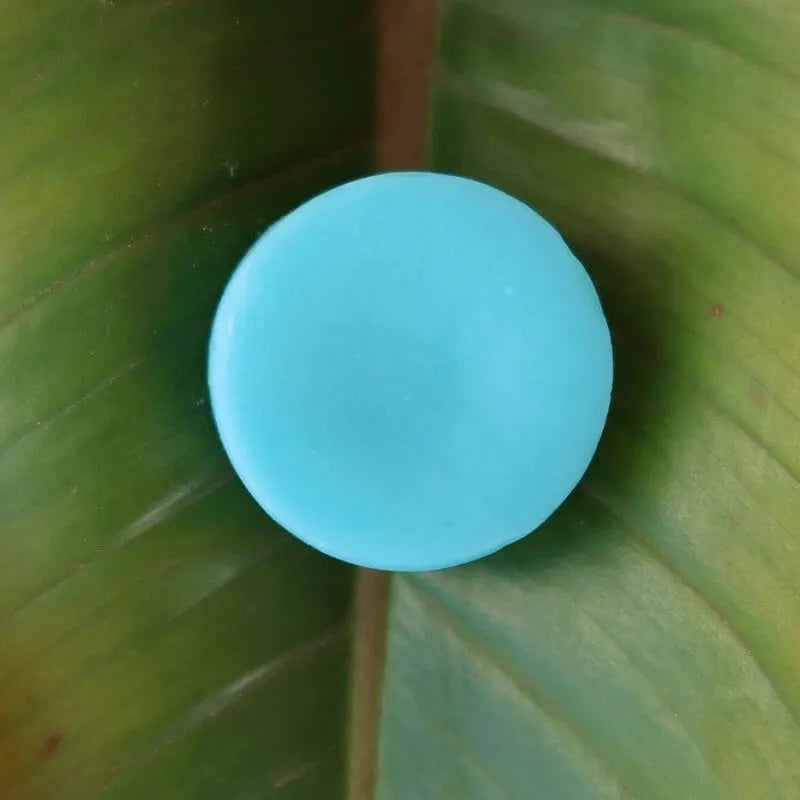
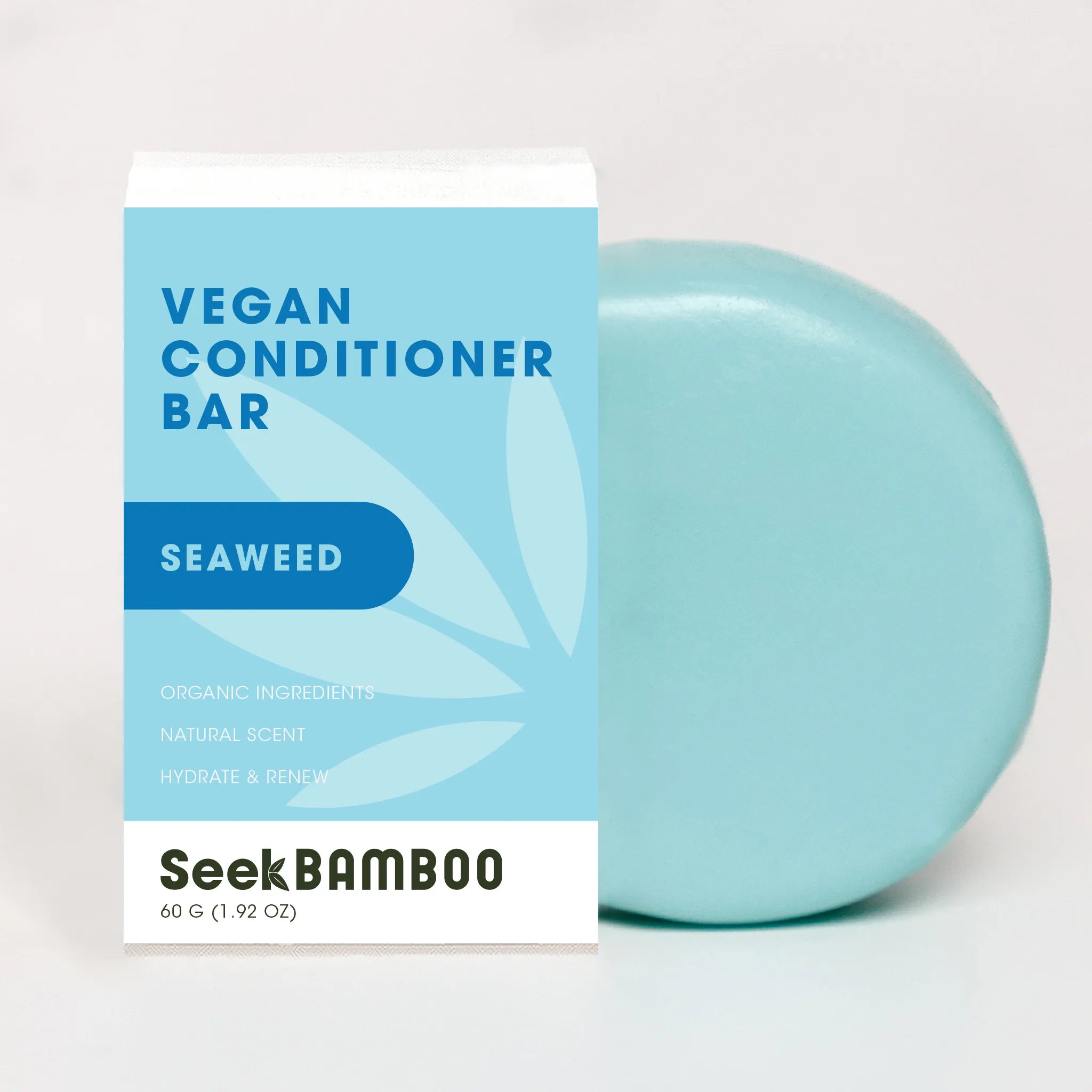
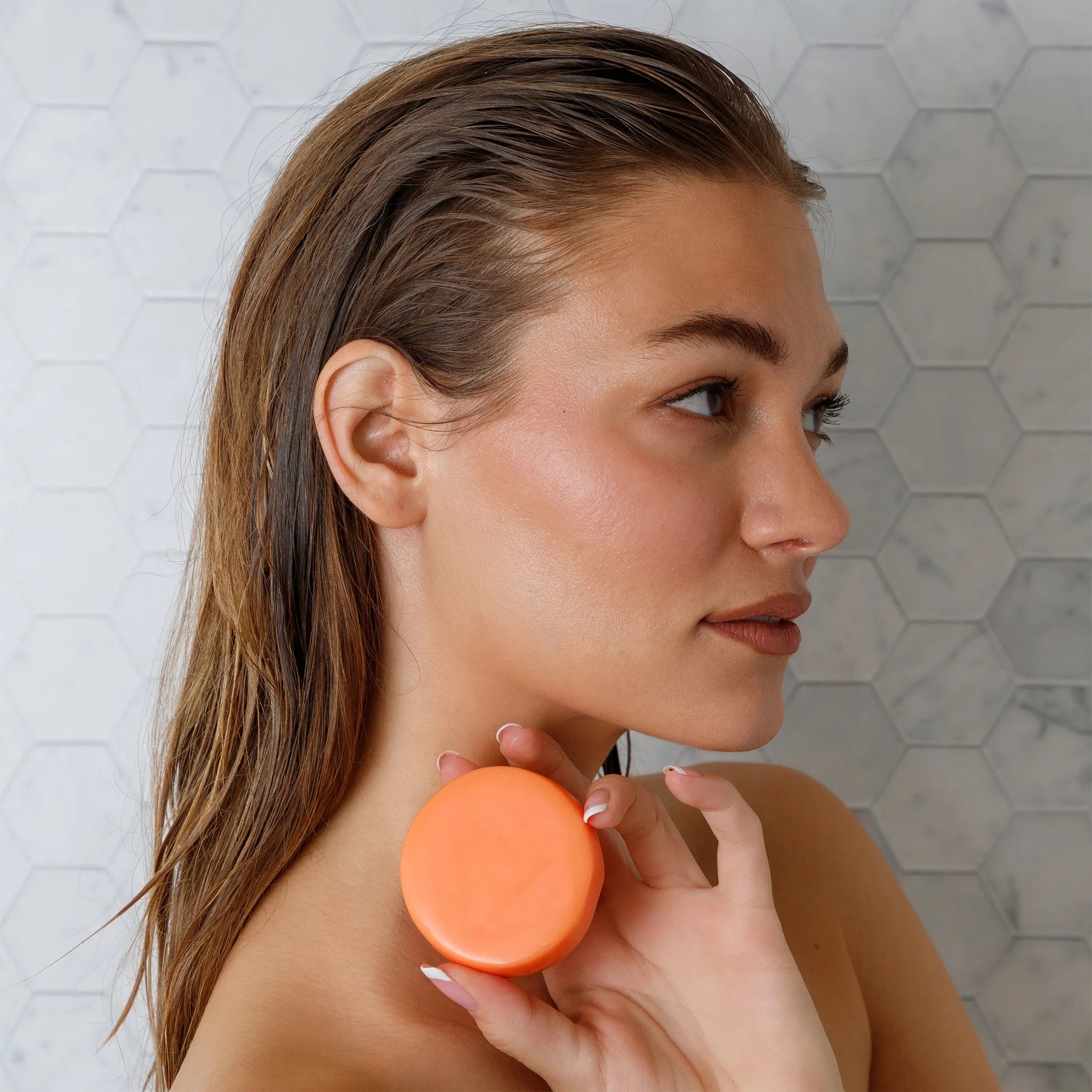


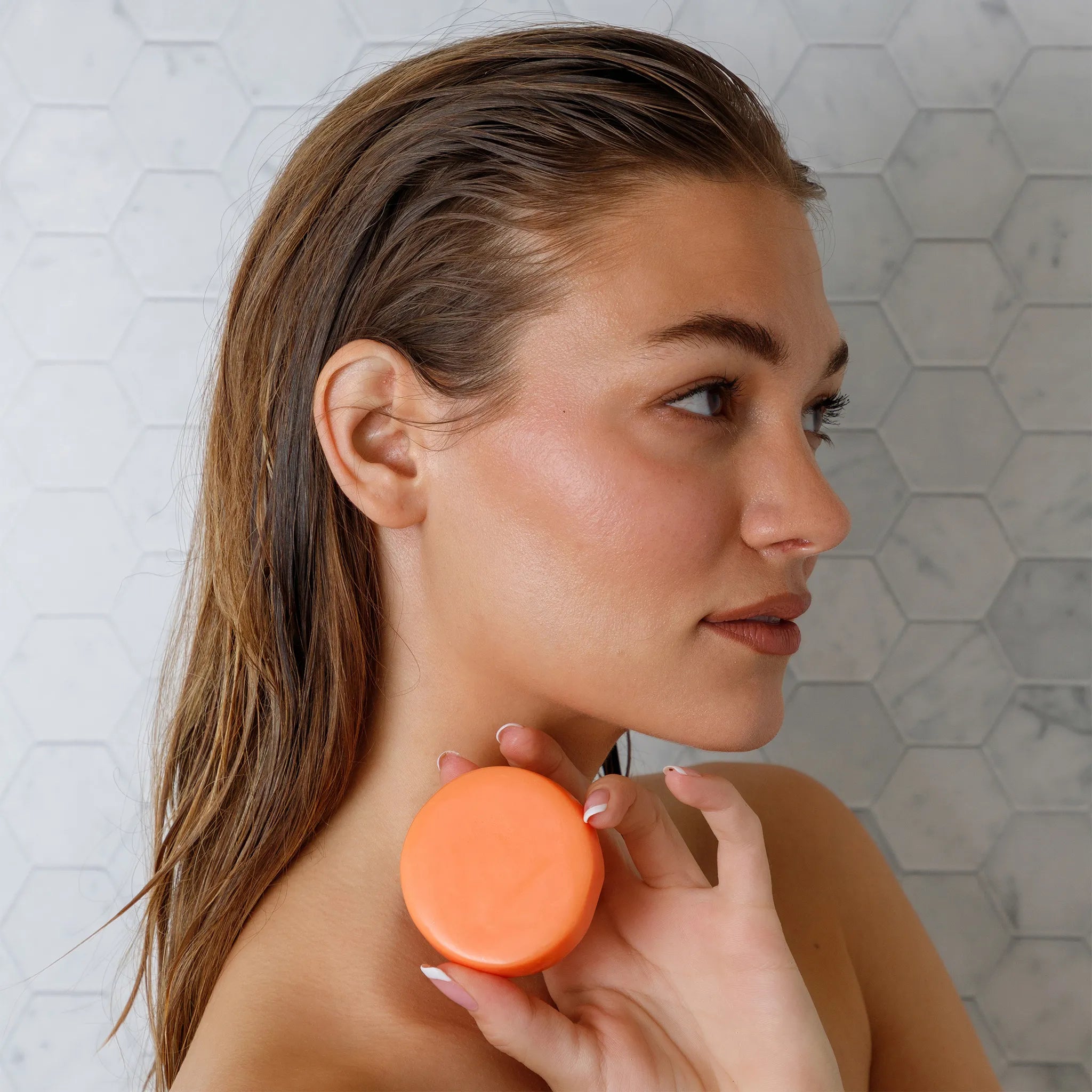



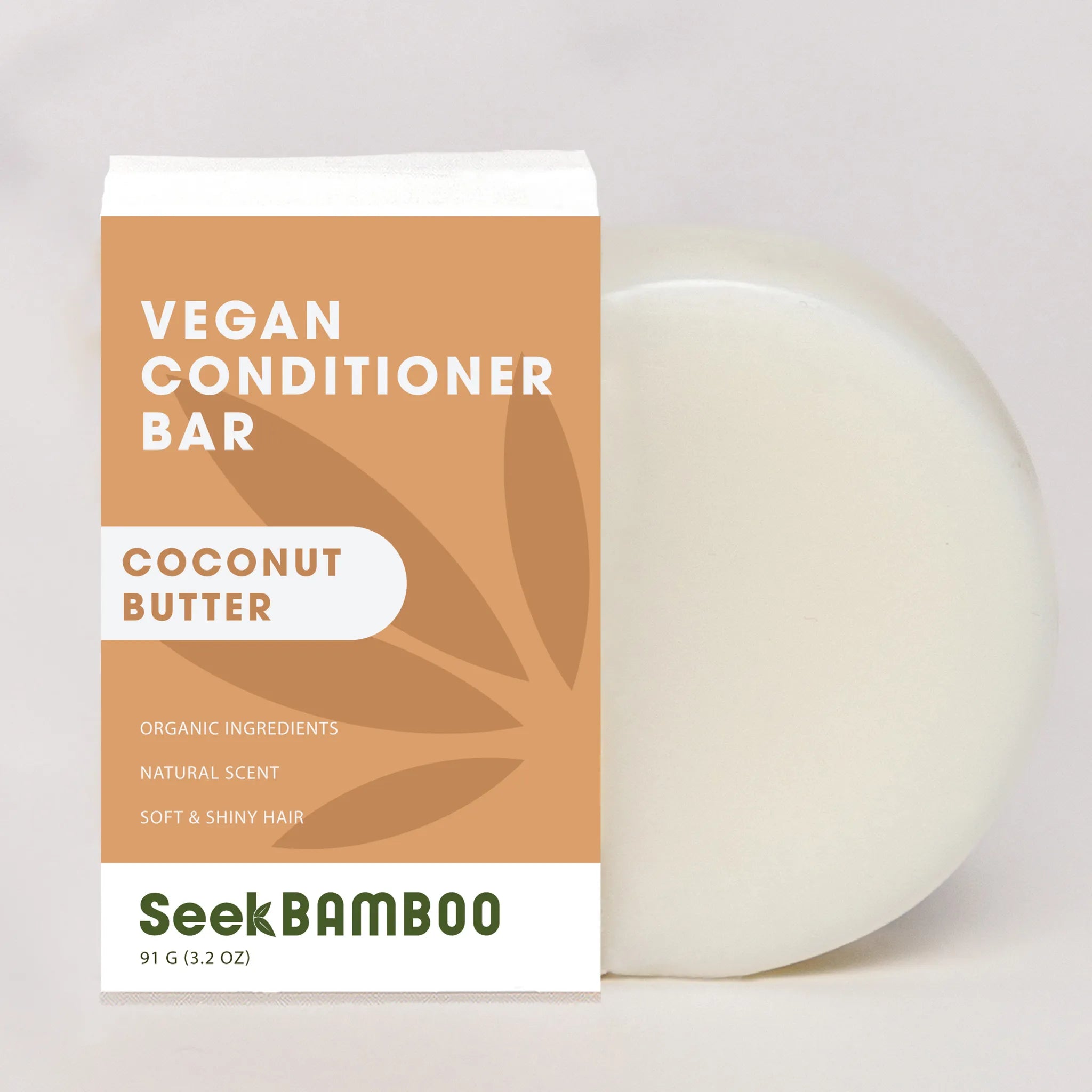
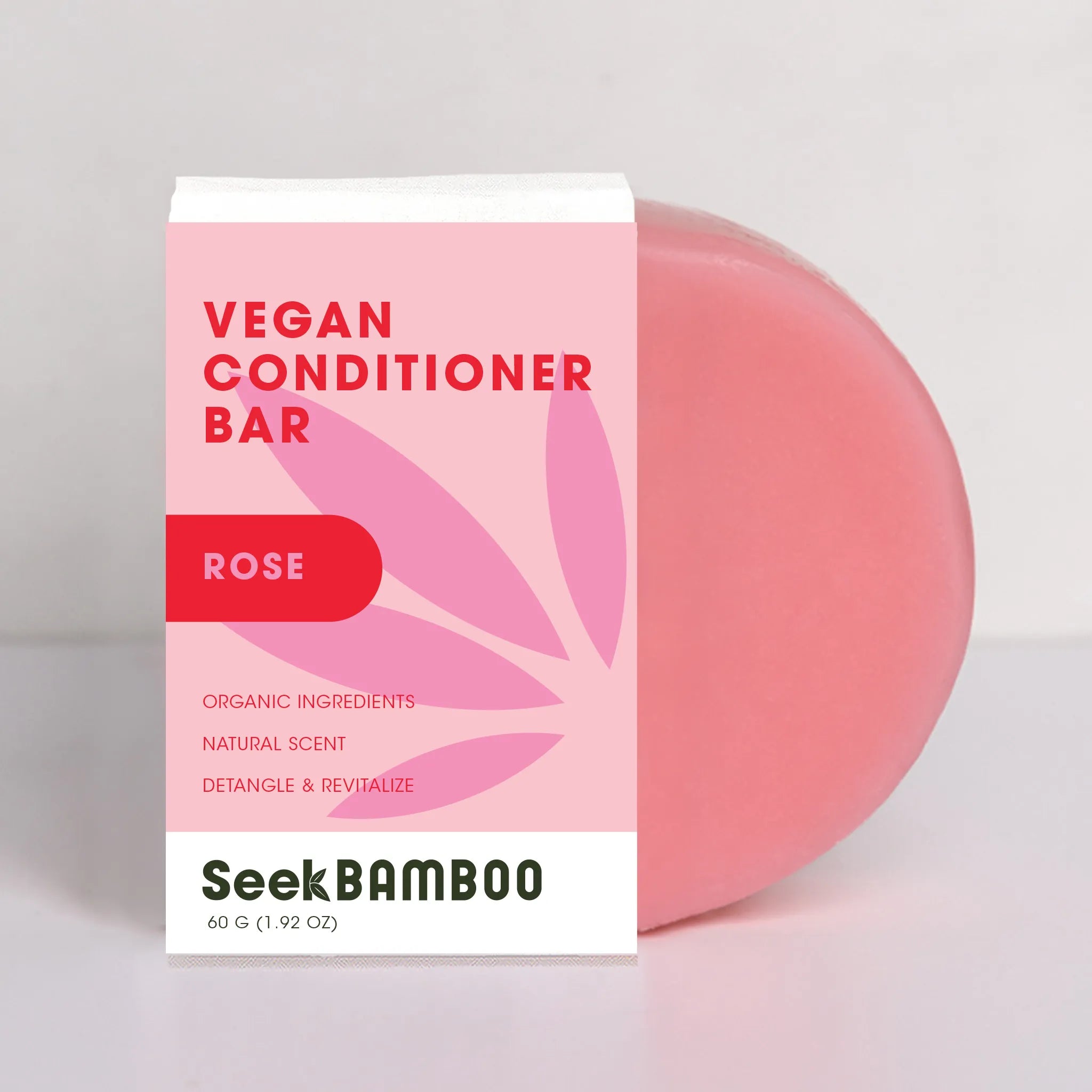

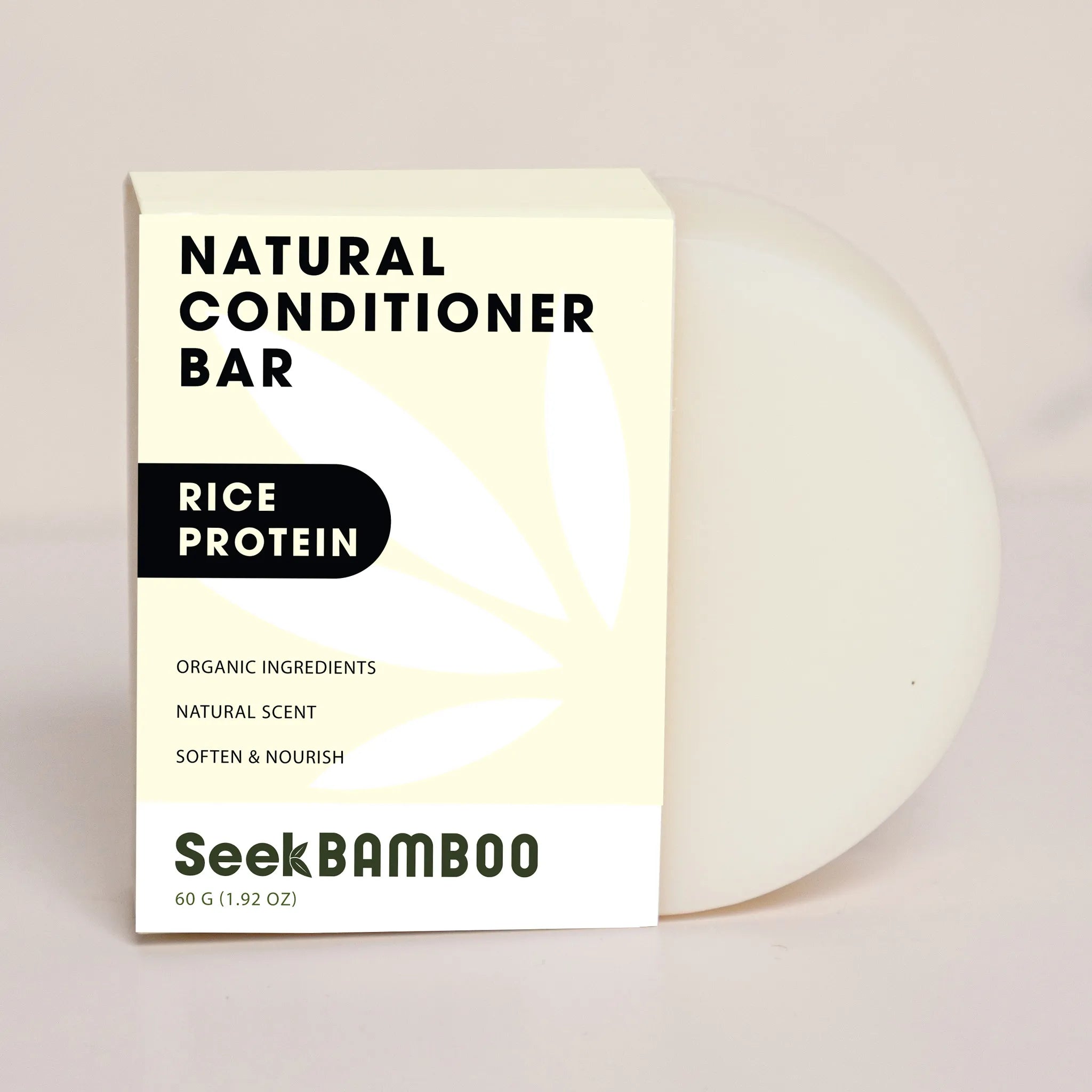
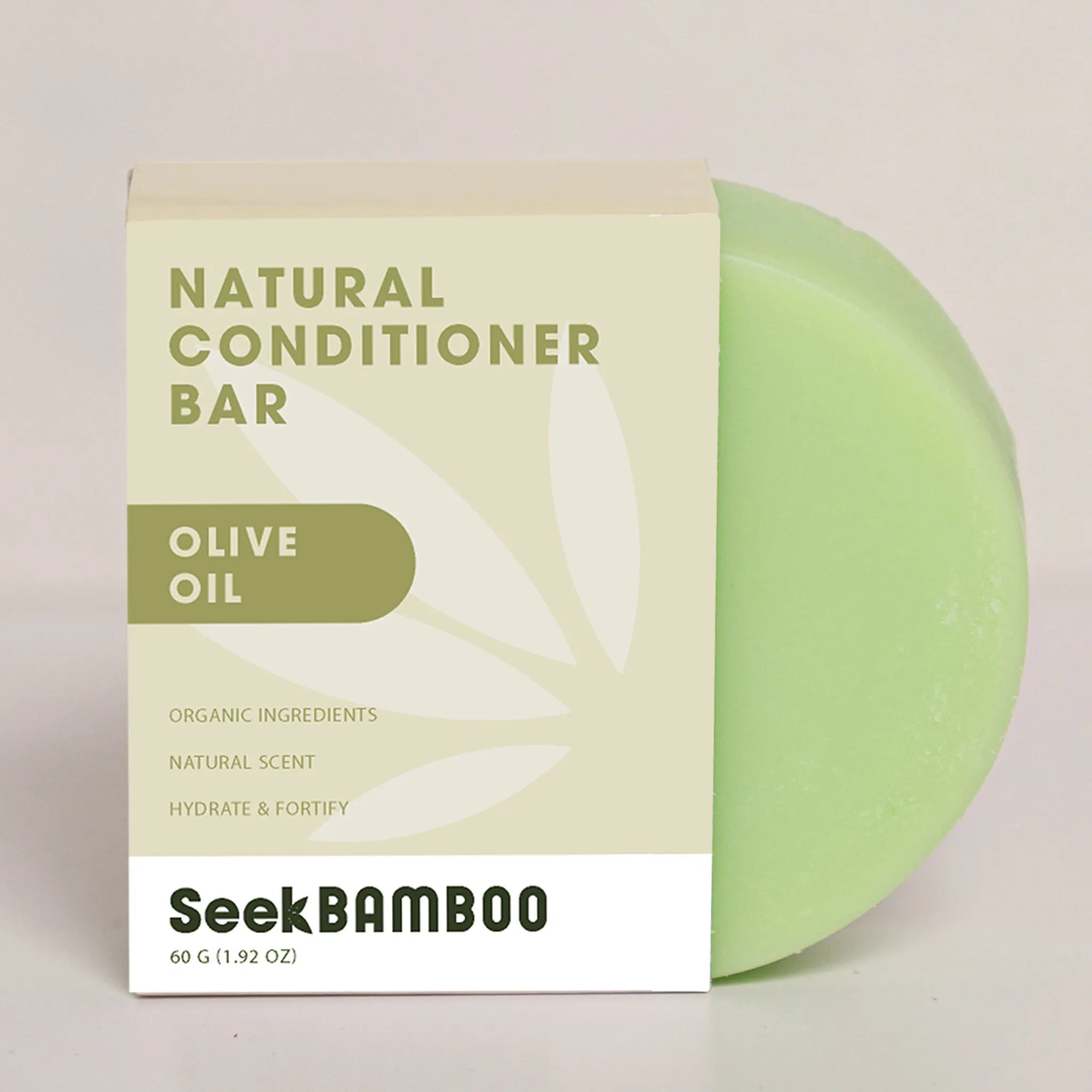
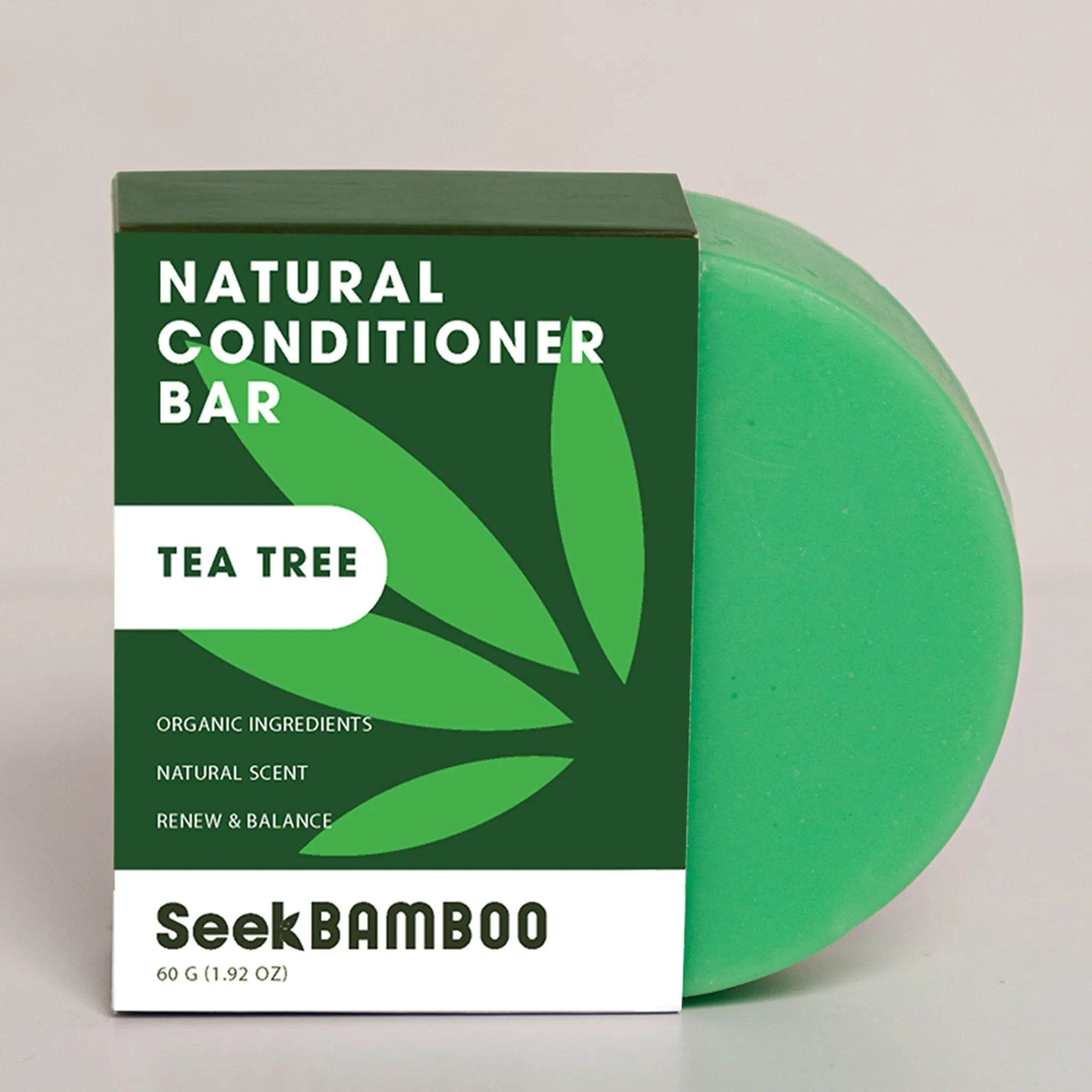
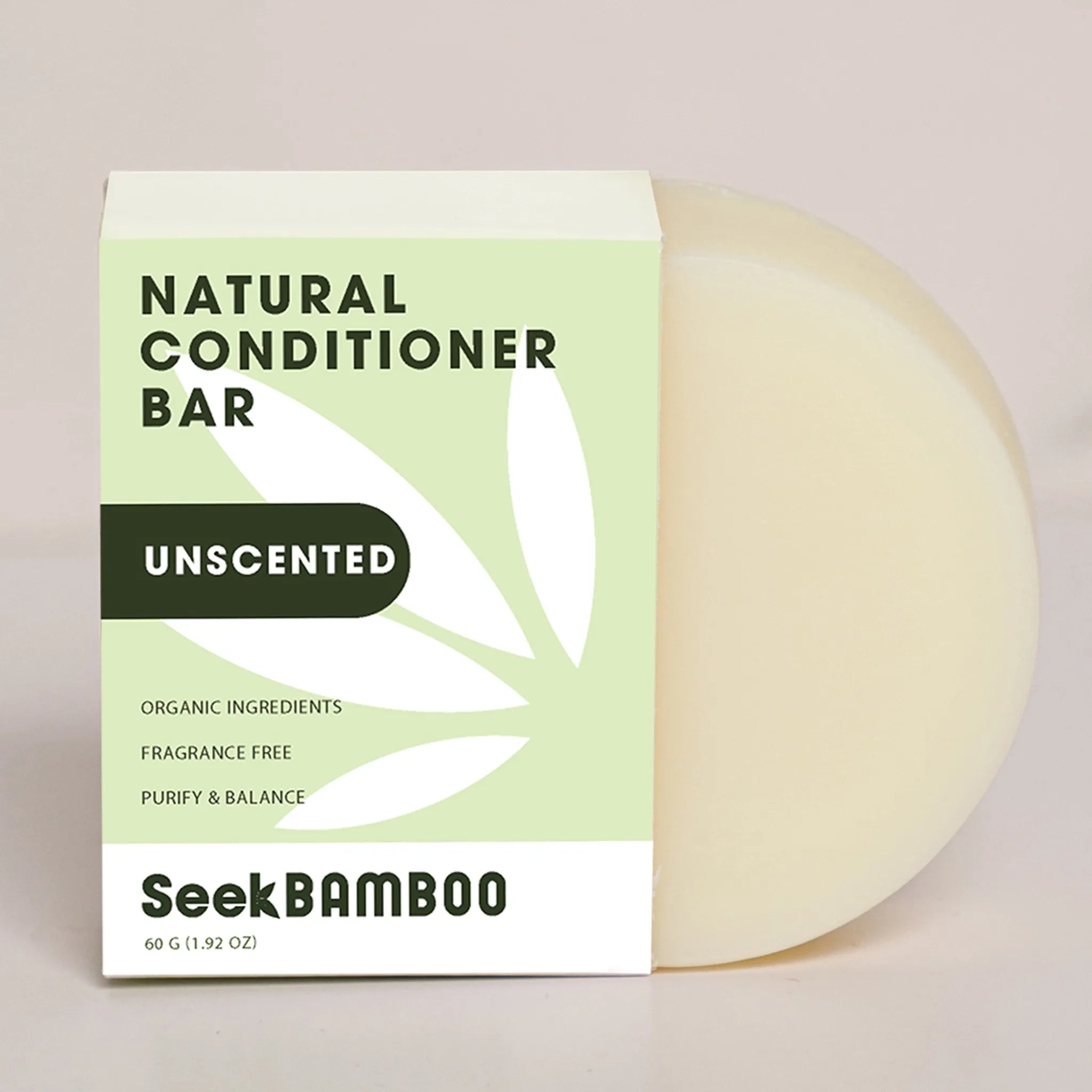
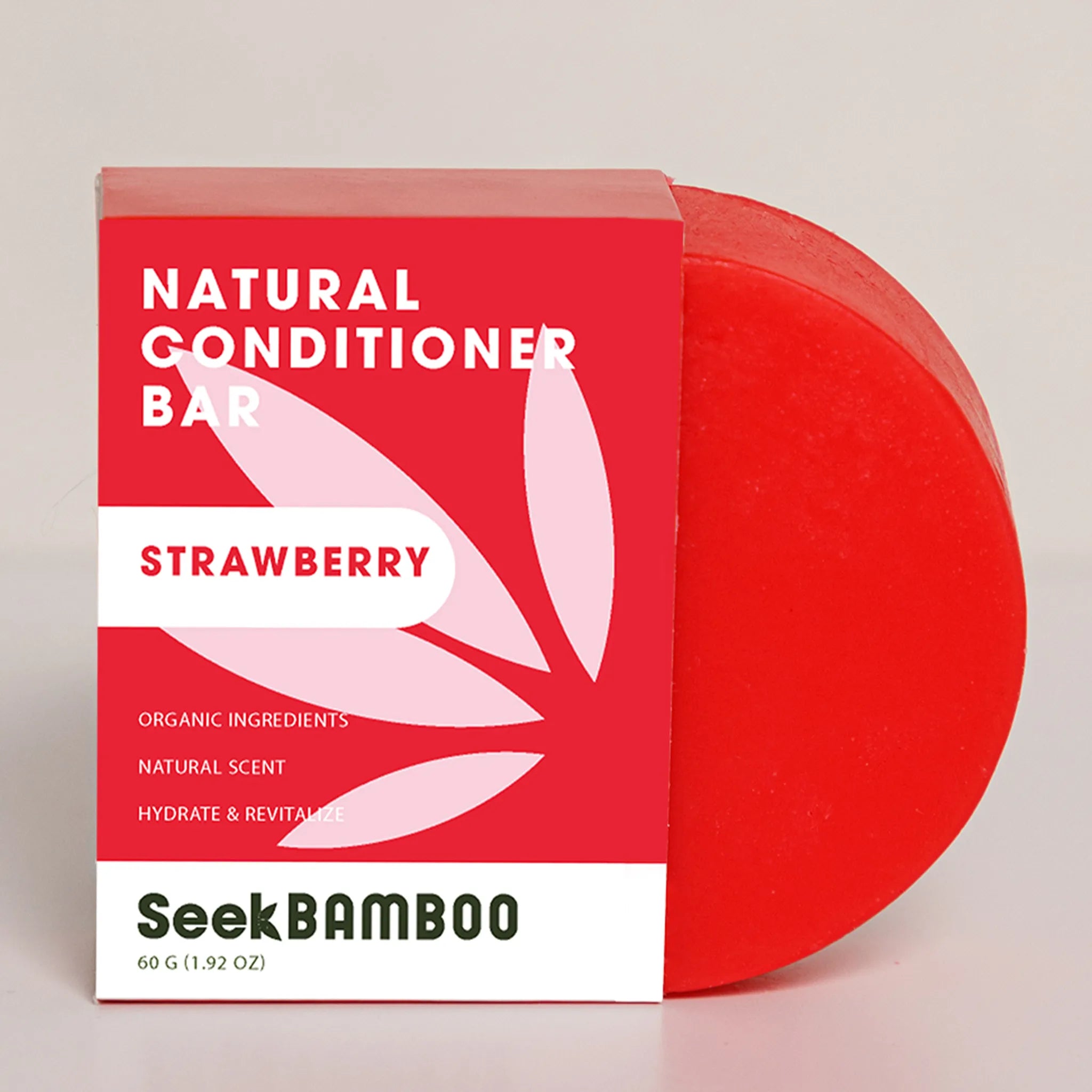
✓ Free of sulfates, palm oil, parabens, dyes, & synthetic fragrances
✓ Enriched with amino acids to nourish, detangle, and add lasting shine
✓ Infused with antioxidants & vitamins for healthier, smoother hair
✓ 70-90 uses, replacing up to 3 plastic bottles of conditioner
✓ Plastic-free & eco-friendly packaging, making it a sustainable choice for your hair & the planet
Frizz-Fighting Haircare Tips
Once you’ve got the right products and ingredients in your routine, it’s time to focus on how you style and handle your hair. The way you use heat tools, brush your hair, and style it can either help you fight frizz or make it worse. Here are some expert tips on how to keep your hair smooth, sleek, and frizz-free, no matter your hair type.
Heat Styling Tips
Heat tools like flat irons, curling wands, and blow dryers can be lifesavers when you want sleek, styled hair, but they can also be a major cause of frizz if used incorrectly. Excessive heat can strip moisture from your hair, leaving it dry and frizzy, so it’s important to take precautions.
How to Use Heat Tools Safely
Always Use a Heat Protectant: Before applying any heat to your hair, make sure you’re using a heat protectant spray or cream. Heat protectants create a barrier that reduces moisture loss and minimizes damage, helping to keep your hair smooth and healthy.
Lower the Temperature: Many heat tools can reach very high temperatures, but that doesn’t mean you need to max out the heat. Lower settings (below 350°F or 175°C) are usually enough to get the job done without causing excessive damage, especially for fine or color-treated hair.
Blow Dry with a Diffuser: If you’re blow-drying curly or wavy hair, use a diffuser attachment. It disperses the air more evenly and gently, reducing frizz while enhancing your natural curl pattern. For straight hair, blow-drying with a round brush can help create a sleek, smooth finish.
Brushing & Combing Techniques
Believe it or not, the way you brush or comb your hair can have a huge impact on frizz. Improper brushing can lift the cuticle and cause breakage, which leads to a frizzy appearance. The key is to be gentle and to know when and how to detangle.
Best Practices for Brushing and Combing:
Detangle When Hair Is Damp: Wet hair is more fragile and prone to breakage, so it’s best to detangle damp (not soaking wet) hair using a wide-tooth comb or detangling brush. Start at the ends and work your way up to the roots to avoid creating knots.
Avoid Brushing Dry Curly or Wavy Hair: For curly and wavy hair, brushing when dry can lead to frizz and disrupt the natural curl pattern. Instead, detangle when your hair is damp and use your fingers or a wide-tooth comb. If you need to touch up your curls during the day, use a little water or a curl-refreshing spray.
Use Boar Bristle Brushes for Smoothing: If you have straight or wavy hair, a boar bristle brush can help distribute natural oils from your scalp down to the ends, adding shine and reducing frizz. This is especially effective if your hair tends to be dry or has frizzy flyaways.
Protective Hairstyles
Protective hairstyles are not just for convenience — they’re also great for preventing frizz. These styles help to minimize exposure to environmental factors like wind and humidity, which can lead to frizz, while also reducing friction and breakage.
Recommended Styles to Prevent Frizz
Braids: Loose or tight, braids are a classic way to keep your hair tamed and protected. They prevent strands from rubbing against each other, which reduces friction and frizz. Plus, when you undo them, you’re left with gorgeous waves.
Buns: A low bun or top knot can keep your hair in place and frizz-free throughout the day. To avoid tension, opt for a loose bun secured with soft hair ties or scrunchies, which are less likely to cause breakage.
Twists & Pineapples for Curly Hair: Twists are an excellent protective style for curly hair, helping to lock in moisture and maintain the curl pattern without frizz. For overnight protection, consider a “pineapple,” where you loosely gather your curls on top of your head to preserve them while you sleep.
With the right techniques, you can style your hair in a way that minimizes frizz and keeps it looking polished all day long. From using heat tools wisely and gently detangling to embracing protective hairstyles, these simple adjustments can make a huge difference in how your hair looks and feels. In the next section, we’ll explore some DIY remedies you can try at home to naturally smooth frizz and boost your hair’s shine.
Conditioned Frizz
DIY Remedies for Frizzy Hair
If you prefer natural, at-home solutions, there are plenty of DIY remedies that can help combat frizz without relying on store-bought products. These treatments use simple, natural ingredients that hydrate, smooth, and nourish your hair, giving you softer, more manageable strands. Here are some of the best DIY remedies to try for frizzy hair:
Nourishing Hair Masks
Hair masks can deeply hydrate and repair your hair, making them one of the best treatments for frizz. These masks are easy to make at home with a few common ingredients, and they provide a boost of moisture and shine.
Popular DIY Hair Masks
Avocado & Olive Oil Mask: Mash half an avocado and mix it with 2 tablespoons of olive oil. Apply the mixture to damp hair, focusing on the mid-lengths and ends. Leave it on for 20-30 minutes before rinsing. Avocado is rich in vitamins and fatty acids that nourish hair, while olive oil smooths and locks in moisture.
Banana & Honey Mask: Blend one ripe banana with 1 tablespoon of honey. Apply to your hair and let it sit for about 30 minutes. Bananas are loaded with potassium, which strengthens hair and reduces frizz, while honey is a natural humectant that draws moisture into the hair.
Yogurt & Coconut Oil Mask: Combine 1/2 cup of plain yogurt with 2 tablespoons of coconut oil. Apply to hair, leave for 20-30 minutes, and then rinse thoroughly. Yogurt helps to soften and detangle hair, and coconut oil seals in moisture, reducing frizz and enhancing shine.
Natural Hair Rinses
Hair rinses are an easy and effective way to add shine, reduce frizz, and clarify your hair without weighing it down. These rinses can be used after shampooing and conditioning to seal the cuticle and smooth the hair.
Best DIY Hair Rinses
Apple Cider Vinegar (ACV) Rinse: Mix 2 tablespoons of apple cider vinegar with 1 cup of water. Pour it over your hair after conditioning and leave it for a few minutes before rinsing with cool water. ACV helps to balance your hair’s pH, smooth the cuticle, and remove any residue, leaving your hair shinier and less prone to frizz.
Aloe Vera & Rose Water Rinse: Combine 1/4 cup of aloe vera gel with 1/4 cup of rose water. Pour the mixture over damp hair and let it sit for 5-10 minutes before rinsing. Aloe vera hydrates and calms frizz, while rose water adds a delicate scent and shine.
Chamomile Tea Rinse: Brew a strong cup of chamomile tea, let it cool, and use it as a final rinse. Chamomile has natural soothing properties that calm frizz and add a soft, golden glow to light hair. For extra hydration, add a tablespoon of honey to the tea.
Essential Oils for Smoothing Frizz
Essential oils not only smell great, but they also have properties that can help smooth frizz and nourish the hair. They can be used on their own or added to your favorite DIY hair masks, rinses, or leave-in sprays.
Top Essential Oils for Frizzy Hair
Argan Oil: Known for its lightweight texture, argan oil is a go-to for taming frizz and adding shine. Apply a few drops to the ends of damp or dry hair to smooth flyaways and lock in moisture.
Lavender Oil: Lavender oil has soothing properties that calm frizz and add a subtle scent to your hair. Mix a few drops with a carrier oil, such as coconut or jojoba oil, and apply it to damp hair to control frizz and promote relaxation.
Rosemary Oil: Rosemary oil stimulates the scalp and improves circulation, which can lead to healthier, less frizzy hair. It also has anti-inflammatory properties that can help with dry, flaky scalps. Add a few drops to your regular conditioner or blend with olive oil for a pre-shampoo treatment.
Frizzy Hair and Seasonal Changes
The weather plays a big role in how your hair behaves, and it’s especially true when it comes to frizz. Changes in humidity, temperature, and even wind can have a direct impact on how smooth or frizzy your hair looks. By adjusting your haircare routine with each season, you can better manage frizz and keep your hair looking its best year-round. Here’s how to tackle frizz in both summer’s high humidity and winter’s dryness.
Managing Summer Frizz
Summer can be one of the toughest seasons for frizzy hair, thanks to high humidity levels and heat that can leave hair feeling dry, poofy, and unmanageable. Humidity causes hair to absorb moisture from the air, making the cuticle swell and leading to frizz. Here’s how to manage summer frizz with a few smart tips:
Tips for Summer Haircare
Hydrate Regularly: Make sure your hair stays well-hydrated by using a weekly deep conditioning treatment. Look for hydrating ingredients like aloe vera, glycerin, and coconut oil to keep your hair moisturized and less likely to absorb excess moisture from humid air.
Use Anti-Humidity Products: Anti-humidity serums or sprays create a protective barrier on your hair, keeping moisture out. Look for lightweight, silicone-free options that don’t weigh your hair down but still keep frizz at bay.
Rinse with Cool Water: After washing, rinse your hair with cool water to seal the cuticle, which can help prevent humidity-induced frizz. This simple step helps smooth the hair’s surface, reducing puffiness and adding shine.
Opt for Protective Styles: Try wearing braids, buns, or ponytails to keep your hair secure and minimize exposure to humid air. These styles reduce friction and help prevent frizz throughout the day.
Avoid Excessive Heat Styling: High summer temperatures can make heat styling even more damaging, leading to dry and frizzy hair. Embrace your natural texture with air-drying techniques or use a diffuser with your blow dryer on a low setting to maintain a smoother look without added heat damage.
Winter Frizz Tips
Winter frizz is a different challenge altogether. Cold air, indoor heating, and low humidity can dry out hair, leaving it brittle and prone to static. The lack of moisture in the air causes hair to lose hydration, making the cuticle rough and frizzy. Here’s how to keep your hair hydrated and frizz-free during winter’s dry months:
Tips for Winter Haircare
Switch to a Moisturizing Shampoo & Conditioner: Winter calls for extra hydration, so switch to a moisturizing shampoo and conditioner that will add much-needed moisture to your hair. Look for ingredients like shea butter, argan oil, and hyaluronic acid, which attract and retain moisture.
Apply Leave-In Conditioners and Hair Oils: After washing, use a leave-in conditioner or a lightweight hair oil to lock in moisture. These products help to smooth the cuticle, reduce static, and protect hair from the dry indoor air. Apply a small amount to the ends and work your way up.
Use a Humidifier Indoors: Central heating dries out the air in your home, which can make your hair more prone to dryness and frizz. Adding a humidifier helps keep moisture in the air, benefiting both your skin and hair by preventing them from becoming overly dry.
Avoid Static with Anti-Static Sprays: If static is a big issue for you in winter, anti-static sprays or a light mist of water can help tame flyaways. Spritz a little on a brush or comb and gently run it through your hair to manage static without overloading your hair with product.
Try Silk or Satin Accessories: Winter hats, scarves, and sweaters made of wool or synthetic fabrics can cause friction, leading to frizz and static. Opt for silk or satin-lined hats, scarves, or pillowcases to reduce friction, protecting your hair’s smooth texture and preventing breakage.
Adjusting Your Routine for Each Season
Each season comes with its own challenges, so don’t hesitate to adjust your routine as needed. In summer, focus on blocking out humidity and maintaining lightweight moisture. In winter, ramp up the hydration and protect against dryness. With these tips, you’ll be able to manage frizz effectively, no matter the season, and enjoy smoother, healthier hair all year long.
In the next section, we’ll wrap up with a guide to building a personalized, frizz-free haircare routine that incorporates everything you’ve learned from causes and mistakes to seasonal strategies and DIY remedies.
Featured collection
Creating a Frizz-Free Hair Care Routine
A consistent routine can make all the difference in keeping your hair smooth, healthy, and frizz-free. By focusing on both morning and night practices, you’ll maintain optimal hydration, protect against environmental factors, and ensure your hair looks its best every day. Here’s a step-by-step guide for a comprehensive frizz-fighting routine.
Morning Routine: Prepping for a Frizz-Free Day
Hydrating Mist or Leave-In Conditioner: Start by spritzing a lightweight, hydrating mist or leave-in conditioner on your damp or dry hair. This preps your hair with essential moisture, making it less prone to absorbing humidity throughout the day. Look for leave-ins with anti-frizz properties, like glycerin or argan oil, to maintain smoothness.
Apply a Lightweight Serum or Oil: For added protection, apply a few drops of a lightweight hair serum or oil. Focus on the mid-lengths and ends, avoiding the roots to prevent greasiness. Serums or oils act as a barrier against humidity and keep your hair looking shiny and sleek.
Brush with a Boar Bristle or Wide-Tooth Comb: Use a boar bristle brush for straight or wavy hair to evenly distribute natural oils from the scalp, which can help tame frizz. For curly or coily hair, use a wide-tooth comb or your fingers to prevent disrupting your natural curl pattern.
Protective Styling or Loose Hairstyles: Choose a style that reduces exposure to humidity and prevents friction, like a braid, bun, or ponytail. If you prefer to leave your hair down, avoid over-touching it during the day, as this can lead to frizz. For extra protection, consider a silk or satin scrunchie, which minimizes tension and breakage.
Finish with an Anti-Humidity Spray (Optional): If you’re headed into a humid environment, a light mist of anti-humidity spray can help shield your hair from moisture. These sprays form a protective layer around each strand, helping to lock out frizz without weighing your hair down.
Night Routine: Locking in Moisture and Protecting Your Hair Overnight
Apply a Lightweight Hair Oil or Serum: Before bed, apply a small amount of hair oil or serum to the ends of your hair. This step nourishes dry ends and keeps your hair hydrated overnight, reducing the likelihood of frizz by morning. Choose a lightweight oil like argan, jojoba, or rosehip oil for a non-greasy finish.
Use a Silk or Satin Pillowcase: Swap your cotton pillowcase for a silk or satin one. These fabrics cause less friction than cotton, helping to keep your hair smooth and frizz-free. Silk and satin also help retain moisture, which is essential for keeping your hair hydrated and manageable.
Protective Overnight Hairstyle: Consider loosely tying your hair in a low bun, braid, or “pineapple” if you have curly or wavy hair. This helps prevent tangling and frizz while you sleep. For added protection, wrap your hair in a silk or satin scarf to lock in moisture and maintain your hair’s texture.
Avoid Brushing or Overhandling Hair: Resist the temptation to brush your hair before bed, especially if you have curly or wavy hair, as this can cause frizz. Instead, gently detangle with your fingers or a wide-tooth comb if needed.
Moisturizing Hair Mask Once a Week: To maintain smooth, frizz-free hair, incorporate a moisturizing hair mask into your night routine once a week. Apply the mask after washing your hair, leave it in overnight (if suitable for your hair type), and rinse out in the morning. This will give your hair a deeper hydration boost and help combat frizz long-term.
Your Path to Frizz-Free Hair
By following this morning and night routine, you’ll create a strong foundation for frizz-free hair every day. These practices will keep your hair hydrated, shield it from environmental factors, and preserve its smoothness. Remember, consistency is key, and with a little daily care, you can say goodbye to frizz and enjoy softer, sleeker, and more manageable hair all year round.
Wrapping Up: Your Guide to Frizz-Free Hair
Frizz may feel like a constant battle, but with the right understanding, techniques, and routine, you can turn the tide and enjoy smooth, manageable hair every day. We’ve covered everything you need to know, from the root causes of frizz and common mistakes to the best ingredients, seasonal adjustments, and DIY remedies. By putting these insights into action, you’ll not only tame frizz but also boost your hair’s health and shine.
Start by identifying your unique hair needs and building a routine that emphasizes hydration and gentle care. Avoiding frizz-causing habits and using frizz-fighting ingredients will make a noticeable difference, as will adjusting your routine to match the season. Whether you’re incorporating nourishing hair masks, applying protective oils, or making the most of anti-humidity products, each step works together to create a frizz-free foundation.
Frizz-free hair isn’t just about products — it’s about embracing habits that keep your hair healthy, resilient, and beautifully smooth. With consistency and care, you’ll be well on your way to achieving the sleek, shiny hair you’ve always wanted. So, take these tips, start experimenting, and enjoy the journey to a frizz-free, fabulous hair day — every day!
Frizzy Hair FAQs
Tips and Tricks For Managing Hair Frizz
Why does my hair get frizzy when it’s humid?
Frizz is largely caused by humidity because hair is porous and tends to absorb moisture from the air. When the humidity rises, your hair shaft expands as it absorbs this moisture, which lifts the cuticle (the outer layer of the hair) and results in a frizzy, swollen look. This is especially true if your hair is dry or damaged since these hair types have more porous cuticles that easily allow humidity to penetrate. Maintaining a balanced level of moisture in your hair can help prevent frizz, as it minimizes your hair’s tendency to absorb excess moisture from the environment.
How can I prevent frizz without using heat tools?
You can effectively prevent frizz without heat tools by focusing on hydration and protective styling. Start with a sulfate-free, moisturizing shampoo and conditioner, and add a leave-in conditioner or lightweight hair oil to seal in moisture. Opt for air-drying techniques to preserve natural texture, and consider styling your hair in braids, buns, or twists, which help keep frizz at bay. Additionally, using anti-humidity products or a silk or satin hair wrap overnight can help reduce friction and keep hair smooth.
Are there specific ingredients I should avoid if I have frizzy hair?
Yes, certain ingredients can exacerbate frizz, especially if you have naturally dry or textured hair. Avoid sulfates (such as sodium lauryl sulfate) as they can strip natural oils, leaving hair dry and frizz-prone. Alcohols like ethanol and isopropyl alcohol can also be drying, so look for “fatty alcohols” like cetyl alcohol or stearyl alcohol instead, which are hydrating. Heavy, non-water-soluble silicones can lead to buildup and dullness over time, which may worsen frizz, so opt for silicone-free or lightweight, water-soluble silicone options.
How often should I deep condition my hair to reduce frizz?
For most hair types, deep conditioning once a week is beneficial to restore moisture and prevent frizz. Curly, coily, and chemically treated hair may benefit from more frequent deep conditioning (every 4-5 days), as these types are naturally drier and more prone to frizz. Look for deep conditioners with hydrating ingredients like shea butter, glycerin, and aloe vera, which help retain moisture and smooth the cuticle.
Does frizzy hair mean my hair is damaged?
Frizz doesn’t always mean your hair is damaged, but dryness and a raised cuticle can make it appear frizzy. Damage from heat styling, chemical treatments, and environmental exposure can make hair more porous, which leads to frizz. However, some hair types, such as curly or textured hair, are naturally more prone to frizz because of their unique cuticle structure. To determine if your hair is damaged, look for signs like split ends, rough texture, and lack of elasticity. Regular conditioning and gentle care can improve frizz without causing further damage.
Can using a microfiber towel really reduce frizz?
Yes, using a microfiber towel can help reduce frizz significantly. Unlike regular towels, microfiber towels have finer, softer fibers that create less friction when drying your hair. This helps to smooth the cuticle and prevents the roughing-up effect that causes frizz. Instead of rubbing your hair dry, gently squeeze out excess water with a microfiber towel or wrap your hair in it for a few minutes to absorb moisture.
Are silicones bad for frizzy hair?
Silicones can be beneficial for managing frizz, but they have pros and cons. Lightweight, water-soluble silicones can help smooth the cuticle, add shine, and protect hair from humidity. However, heavy, non-water-soluble silicones can lead to buildup if not washed out regularly, which may eventually weigh hair down and make it dull. If you prefer to avoid silicones, try products with natural oils like argan or jojoba oil, which provide similar smoothing benefits without the risk of buildup.
How can I keep my hair frizz-free overnight?
To keep hair frizz-free overnight, consider using a silk or satin pillowcase, which reduces friction and keeps the cuticle smooth. Alternatively, wrap your hair in a silk or satin scarf or use a silk bonnet to protect it from friction and help retain moisture. Applying a small amount of leave-in conditioner or a lightweight hair oil before bed can also help keep hair hydrated and reduce morning frizz. For curly or textured hair, try the “pineapple” method, where you gather your curls loosely on top of your head to preserve curl shape and prevent frizz.
Why does my hair get frizzy even after I straighten it?
Frizz after straightening can occur if your hair lacks moisture or if you’re using too much heat. When hair is dry, the cuticle doesn’t lay flat, making it more prone to frizz even after styling. Make sure to use a hydrating heat protectant before straightening, and avoid over-straightening, as this can cause heat damage that worsens frizz over time. To finish, use a lightweight serum or anti-humidity spray to seal the cuticle and block out moisture.
What are the best types of hairstyles to prevent frizz?
Protective hairstyles are excellent for reducing frizz as they minimize friction and exposure to environmental factors. Braids, buns, and twists help keep hair smooth and prevent humidity from disrupting your style. For curly or wavy hair, styles like loose buns or “pineapples” work well to protect your natural texture overnight. If you want to wear your hair down, opt for soft scrunchies or hair clips instead of tight elastics, which can cause breakage and frizz.



